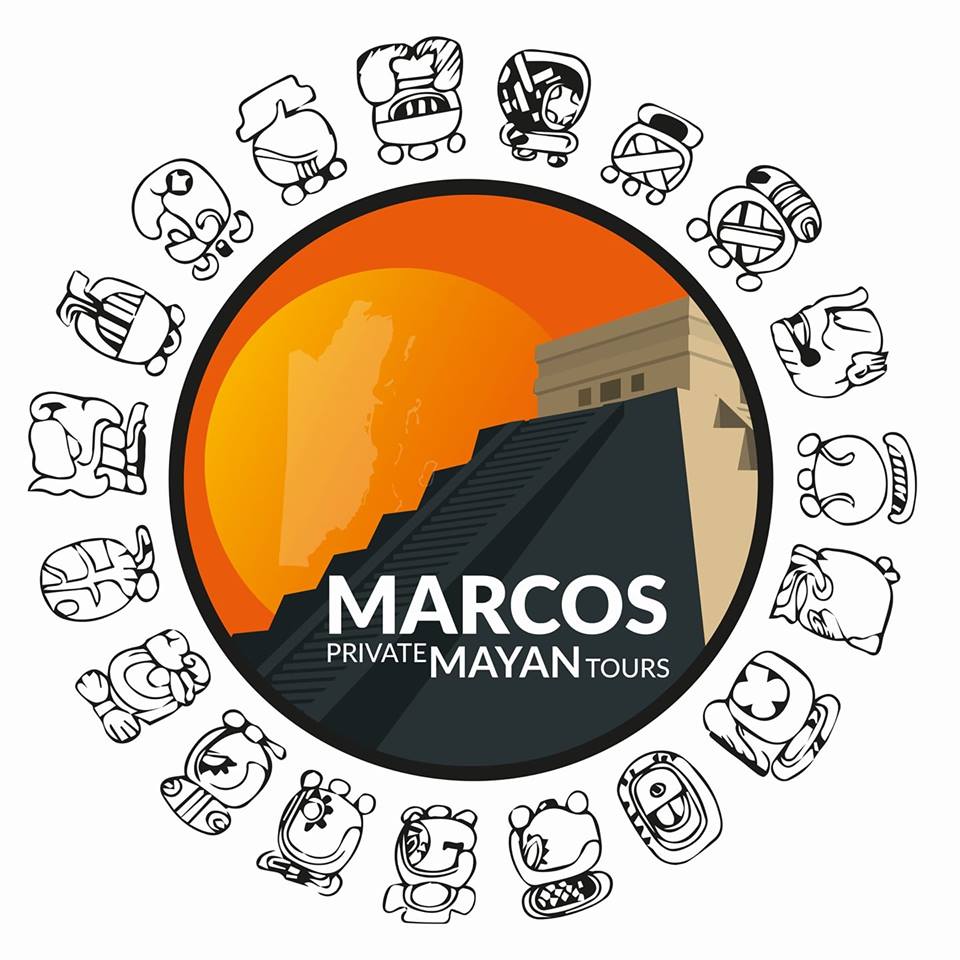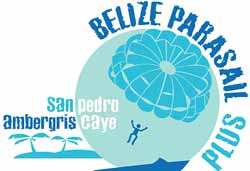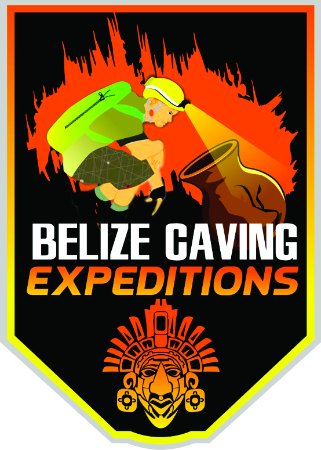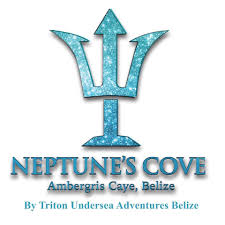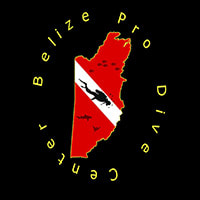|
The Yucatán woodpecker is a species of bird in the family Picidae. It is sometimes referred to as the Red-Vented Woodpecker. The Yucatán woodpecker can be found in Belize, Honduras, and Mexico, and ranges over the entire Yucatán Peninsula. This woodpecker, is a smaller version of the Golden-fronted Woodpecker. The Yucatan Woodpecker can be found in woodland, beach scrub, semi-open wooded habitats; usually less numerous than Golden-Fronted. Yucatan Woodpecker are very similar in plumage (as compared to the Golden-Fronted Woodpecker), but Yucatan Woodpecker has a much shorter bill, ‘egg-yolk’ yellow feathering around the bill base. Their voice is quite different from Golden-Fronted Woodpecker. Description This woodpecker measures about 6.7 inches long. Adults are mainly light gray on the face and underparts; they have black and white barred patterns on their back, wings and tail. Adult males have a red cap going from the eye to the nape; females lack a red cap. There is yellow and/or red around the base of the bill. There may be a yellowish tinge to the belly and a red wash to the vent area. It might be confused with the golden-fronted woodpecker which shares part of its range, but that species is larger, has a bigger beak, and the female has more red on the nape of the neck. Another similar species is the red-crowned woodpecker but the range of the two species do not overlap. Distribution The Yucatán woodpecker is endemic to Central America. Its range includes the Yucatan Peninsula and adjoining offshore islands, Cozumel Island, Belize, northeastern Guatemala and Guanaja Island off the coast of Honduras. It is mostly found in clearings and near the edges of dry woodland and in coastal scrub, but also sometimes inhabits damper woodland and degraded habitats. This species covers a very large range, and the population size is large enough, that it does not come under the thresholds for being vulnerable under the range size criterion. Despite the fact that the population appears to be decreasing, the decline is not believed to be sufficiently rapid enough to place them on the red list. For these reasons the species is evaluated as Least Concern. Habitat Woodlands, groves, orchards, towns. Most common in deciduous forest, especially along rivers and in swamps. Also in mixed coniferous and deciduous forest, less often in pure stands of pine. May be found in rather open areas, such as forest edges and clearings, groves of trees in farm country, shade trees in suburbs. Diet Like most woodpeckers, they eat many insects. Their diet may be more than 50% plant material in some seasons, including acorns, other nuts, seeds, wild & cultivated fruits. Occasional items in diet include tree frogs, eggs of small birds, oozing sap, and even small fish. Feeding Behavior Forages by searching for insects on tree trunks and major limbs. Climbs and perches among branches to pick berries and nuts, and sometimes catches flying insects in the air. Nuts and seeds taken in fall may be stored in bark crevices, eaten during winter. Eggs Yucatan Woodpeckers have 4-5 (sometimes 3-8), white eggs. Incubation is by both sexes (with male incubating at night and part of day), for 12-14 days. They have about 2 to 3 broods a year.
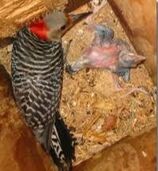 Young Young hacklings are fed by both parents, and leave the nest about 22-27 days after hatching. Parents may continue to feed young for 6 weeks or more after they leave nest. WOODPECKERS IN GENERAL Key Facts & Information
Physical Characteristics
Ecology and Behavior
Mating & Reproduction
Woodpecker Species
Woodpecker Trivia
1 Comment
THREE (3) BASIC STEPS & (7) QUESTIONS FOR BEGINNERS, TO HELP YOU IDENTIFY YOUR BIRD CORRECTLY. When you see unfamiliar birds in your yard how do you go about identifying them?
STEP #1) Use Your Binoculars Correctly Using binoculars and using them correctly is essential. Even within 10 yards birds may be difficult to identify. Key I.D. features may be missed with the naked eye. Binoculars are a tool (of your trade), so the more you practice with them the better you will be. Immediately bringing the binoculars to your eyes, then looking for the bird is a common mistake. The magnification and field of view can easily disorient you to your surroundings. While your eyes are locked on the bird raise the binoculars to your eyes and then focus on the bird. This method will immediately improve your binocular skills. Also, check to make sure the binoculars are fitted to the distance between your eyes to avoid the dark areas that may appear. All too often, people will not get the most out of their binoculars because they haven’t adjusted the diopter, making the image always a little blurry. Every decent binocular, will have a diopter which can be found, typically, on the right ocular, or eyepiece. By following these two steps you can successfully “balance” the binoculars to your eyes.
STEP #2) SPEND TIME WATCHING YOUR BIRD Don't be quick to take your eyes off your bird, to look at your field guide. Instead of looking at the bird briefly then quickly opening your field guide, spend more time observing your bird. While staring at your bird, ask yourself a series of questions. After you feel confident that you have successfully answered these questions, refer to your field book for help in identifying your bird. When you first get started watching birds at home, keep your binoculars next to a pad of paper and a pen. You'll want to jot down the answers to a few questions, to help you remember a few identifying characteristics of your bird. After the bird has moved on is when you will want to open your field guide and look at your notes. Try to narrow down your search by answering the following questions.
QUESTION #1) WHAT IS THE SIZE OF MY BIRD? Ask yourself what size is your bird? Is my bird small, medium or large? If I were to look at a silhouette of my bird, what features stand out? Is it small & tiny? Is it large and bulky? Is there a crest? How long is the tail? Are the legs long or short? QUESTION #2) WHAT MAIN COLORS ARE IN MY BIRD? Try to identify (3) main colors that your bird has in it. Note primary colors and their respective location. Patterns might include vertical or horizontal stripes, streaks, or a patch. Some birds will have specific colors in certain areas of their body. QUESTION #3) WHAT COLOR IS MY BIRDS EYES? Different species of birds, will have different colors for the eyes. This is a useful notation, when trying to identify your bird. QUESTION #4) WHAT KIND OF FEET DOES MY BIRD HAVE? Different species of birds, will have different types of feet. This is a useful notation, when trying to identify your bird. QUESTION #5) WHAT KIND OF BEAK DOES MY BIRD HAVE? Different species of birds, will have different kinds of beaks. You can often tell what a bird eats, by looking at the beak. This is a useful notation, when trying to identify your bird. QUESTION #6) WHAT IS MY BIRD'S BEHAVIOR? Behavior is often overlooked but it's also very important. Ask yourself what is my bird doing? Is my bird eating at a feeder, hopping along the ground, perched on telephone wires, flying in the open, or trying to conceal itself in a hedge? Is my bird flying in a group or is my bird flying alone? What is my bird trying to eat? Berries from a tree, insects from a bush, bugs off the ground, worms from plants, seeds from a feeder, or fruit from a tree? QUESTION #7) WHAT IS MY BIRD'S HABITAT? You should already know your habitat (it's your backyard and/or neighborhood). But it's important to note, because habitat will help you identify your bird. So ask yourself, is my yard wooded, is it coastal, does it border along broadleaf forested areas, is it located along side a busy road with ditches, are their parks nearby, swamps, marshes or shrimp farms? Does your yard have alot of diciduous trees, mangroves, lakes, ponds or streams? Is your yard located in a suburban area or the city? Keying in on the habitat of your yard, can possibly verify or deny certain species. For example, you’re not likely going to see a Great Blue Heron or a Pelican in a densely wooded area. After you have firmly answered all these questions in your mind, go to your field book. By now your bird may have probably flown away, look for birds in your book that match the answers to your questions. There are many points to consider, when properly identifying a bird. As your experience and knowledge grow, this process will become second nature to you. Experienced birdwatchers can identify many species from just a quick look, by using these basic steps to visual identification. STEP #3) CHECK YOUR FIELD GUIDE FOR HELP
It's important to get a good field guide for your area. This will help you identify the birds found in your immediate vicinity. A good field guide, will typically have pictures and information about birds broken down by habitats or species. Spend some time getting acquainted with your book, so that you know where to go for information quickly. Antheraea Polyphemus Moth A member of the Saturniidae family, the giant silk moths. It is a tan-colored moth, with an average wingspan of 6 inches. The most notable feature of the moth is its large, purplish eyespots on its two hindwings. The caterpillar can eat 86,000 times its weight at emergence in a little less than two months. Moths are closely related to butterflies. Most species of moths are active only at night. They can be told apart from butterflies in several ways. Moth antenna look like little feathers, and their wings are held flat on their backs when they are not flying. There are thought to be about 160,000 species of moths (nearly ten times the number of species of butterflies). Most species of moths are nocturnal, but not all, some are diurnal. JAYMIN'S BACKYARD HABITAT Behavior Adult polyphemus moths are nocturnal. Adult males can only fly at temperatures above 7˚C. Larvae are solitary and, in captivity, crowding of Saturniids leads to decreased growth and increase likelihood of disease transmittance. Physical Description Polythemus moths, as caterpillars, are bright green with a reddish brown head. They have 6 orange tubercles and bristles on each segment of their body. Each abdomen segment has a slanted yellow line that is purple-brown in color. Caterpillars can grow to about 7 cm in length. Polythemus moths have a hairy body, and adults can vary from red-brown to dark brown in color. Each hind wing has a large yellow “eyespot” lined with blue and black. The center of this eyespot is uniquely transparent. The front wings have a smaller yellow spot. The margin of both the front and hind wings has a black and white stripe. Wingspan ranges from 10 to 15 cm. Whereas adult males have bushy antennae for detecting pheromones, females have slender antennae. LIFE CYCLE
Lifespan/Longevity As adults (moths), polyphemus moths live a maximum of only 4 days. Their entire life cycle averages about 3 months in length. This includes about 10 days as eggs, 5 to 6 weeks as larvae, 2 weeks as pupa, and about 4 days as adults. If they overwinter as pupa, this life cycle increases in length. 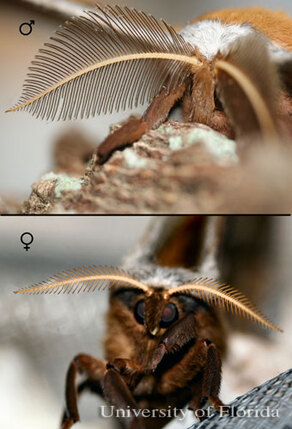 Sexual Dimorphism Differentiating between sexes of this species is very easy. The most obvious difference is the plumose antennae. MALES-Have very bushy antennae. Male's antennae are used to detect pheromones released by ummated females. FEMALES-Have moderately less bushy antennae. Female's are slightly larger in the abdonmen due to carrying eggs. A surprising amount of variation occurs within this species. Color patterns can range from a reddish cinnamon to a dark brown, but are almost always a shade of brown. Communication & Perception Polyphemus moths, use their antenaes to communicate. When ready to mate, female polyphemus moths emit pheromones that attract males. One of the reasons why the antenaes are so large on males, is so they can detect this pheromone being emitted by females. Males also use their sense of smell & touch to locate females. Although larvae (caterpillars) have eyes, they are small and primitive, resulting in poor vision. 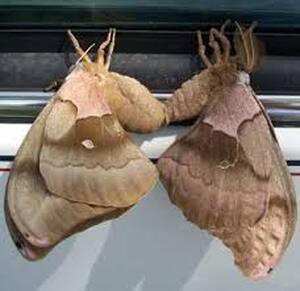 Mating & Reproduction Popyphemus moths mate the same day that they emerge from their cocoons, and mating usually occurs during late afternoon. Females emit pheromones, which can be detected up to a mile away, to attract mates. Mating can last from less than an hour to many hours. Females lay their eggs shortly after mating. If unsuccessful in recruiting a male after 2 or 3 days, females stop calling and release their unfertilized eggs. Female polyphemus moths begin to emerge and mate during early spring. Females lay up to 5 eggs singly or in groups of 2 or 3 on the underside of tree leaves. Eggs are flat and round, cream to light tan in color on top with a brown outline, and are about 1.25 mm thick and 3 mm in diameter. In most regions, 2 broods of polyphemus moths hatch per year; one hatches in early spring and the other in late summer. However, in the northernmost part of their range, only one brood hatches per year. In the southern part of their range, many broods may hatch each year. Female polyphemus moths usually lay their eggs on leaves that are a good food source for the caterpillars. They are not otherwise involved in the rearing of their offspring. Food Habits Caterpillars feed on leaves of broad-leaved trees and shrubs. Larvae also eat their egg shells after hatching and their freshly molted skin. A caterpillar eats 86,000 times its body weight. Adult moths have a reduced mouth and do not eat. Development After about 10 days, tiny polyphemus moth caterpillars hatch from eggs. Larvae (caterpillars) molt 5 times and grow to their full size in 5 to 6 weeks. When caterpillars are fully grown, they wrap themselves in a leaf and build a cocoon out of silk. Cocoons are oval in shape, 40 mm in length and 22 to 24 mm in diameter. While in a cocoon, a caterpillar develops into a pupa and then emerges as an adult moth in about 2 weeks. Polyphemus moths can also overwinter in their cocoons, which increases time as pupae. 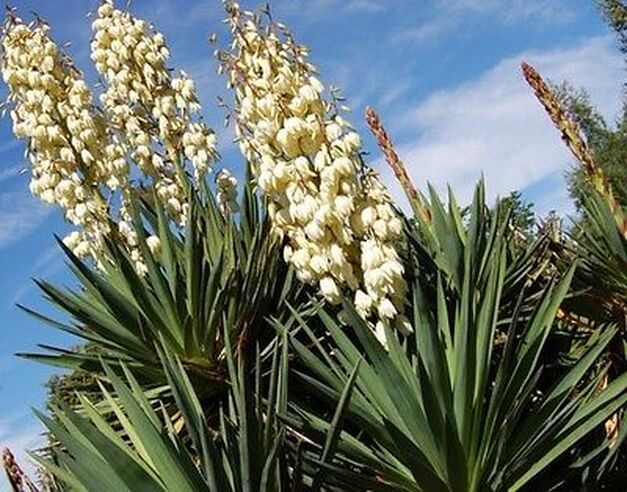 Silk production Some moths are farmed. The most important of these is the silkworm. It is farmed for the silk with which it builds its cocoon. The silk industry produces over 130 million kilograms of raw silk, worth about 250 million U.S. dollars, each year. Pollination Yucca flowers are good for moth pollination because they hang upside down. Moths usually pollinate night-blooming flowers because they are nocturnal (they rest during the day and come out at night). However, moths do not always need to land on the flower to get the nectar: they often hover (near the flower), flapping their wings as they sip the nectar. Conservation Parasitic insects (such as the parasitoid wasp), like to lay their eggs in or on the young caterpillars. When these eggs hatch, they actually consume the insides of the caterpillar (killing the polyphemus pupa). Another preditor is also the compsilura concinnata tachinid fly. Squirrels have also been known to consume the pupae of Polyphemus moths, decreasing their population greatly. Pruning of trees and leaving outdoor lights on at night can also be detrimental to the moths. Predators & Parasites
Nocturnal insectivores often feed on moths. Many bats, and some species of owls and some other birds eat moths. They can also be preyed upon by yellowjackets and ants. Moths are also a minor part of the diet of some lizards, cats, dogs, rodents, and some bears. Moth larvae are eaten by many birds, wasps, raccoons and squirrels. There is evidence that ultrasound in the range emitted by bats causes flying moths to make evasive manoeuvers because bats eat moths. Ultrasonic frequencies triggered (by the bat), cause a reflex reaction in moths, this causes them to drop a few inches in flight, thus avoiding an attack by a bat. Generally speaking, suet is not suitable for climates warmer than 50-degrees (but since we love birds), we have included several "NO MELT Suet Recipes" for bird lovers in Belize. We have also included some recipes for our Northern friends, recipes which are suitable for winter climates. What Is Suet? Suet is basically solidified animal fat, mixed with other ingredients that birds enjoy eating. For a fancier suet, add natural peanut butter, cornmeal, oatmeal, dried fruits (like raisins, currants, apricots, or citron). Suet can be in any form, hard cakes, balls, or other shapes. Not all birds care for suet, but certain birds do. Suet is a great food to offer birds when they need more calories to maintain high energy levels. While there are many commercial suet blocks, cakes, and plugs available, making your own suet bird food is easy and affordable. What Types of Birds Eat Suet Suet is especially loved by nuthatches, woodpeckers, wrens, chickadees, cardinals, jays, starlings, titmice and most insect-eating birds. Some Wrens, creepers, kinglets, cardinals and some warblers have been known to enjoy a nice Suet meal occasionally as well.  IN HOT WEATHER (like Belize), bird suet softens & melts quickly which is dangerous for the birds. Making your own NO-MELT SUET will save you the trouble of making or buying several new ones, and birds tend to prefer homemade suet compared to the commercial varieties. Make the suet dough first by rendering the suet and peanut butter, and then combining all of the ingredients. Refrigerate the suet until it has set and then freeze any leftovers until you are ready to use them. Belize has a sub-tropical climate (which means), temperatures can get brutal at times. The heat itself presents tons of problems for birds, including a lack of water, but one problem people with suet feeders will have is melting suet. When temperatures exceed 90 degrees, suet quickly becomes a mess. Here’s how to stop that from happening. Why melted suet is bad for birds To start, the heat causes suet to spoil much quicker than it normally would. That results in bacteria growth, which could cause birds to get sick. Not only that but the stench of spoiled suet becomes overwhelming—upsetting neighbors and attracting pests. Melted suet is also wasted suet. Feeding birds is a great hobby, but it can be expensive. When suet melts or is no longer edible, that’s money and time down the drain. On top of that, suet that drips on the ground has the potential to cause damage to plants, concrete, and even the birds themselves. For suet feeders in Belize, DO NOT use your typical Northern climate suet recipes. You'll want to use a "NO MELT" suet recipe. Keeping suet from melting If you buy your suet from a store, many places offer no-melt suet options. They do this by using suet dough with a much higher melting point than average suet. Alternatively, you can make your own suet using a no-melt recipe. TIP #1 - Keep Suet Out of the Sun The difference between the direct sunlight and the shade can be anywhere from 10 to 15 degrees. By choosing to put your suet feeder in the shade instead of the direct sunlight, you can limit its susceptibility to melting. TIP #2 - Make Serving Sizes Manageable The more suet you put out, the longer it’ll take for birds to eat it. That leaves more exposure to the heat and increases the likelihood that the suet will melt. Only put out enough suet for one day. Working With Suet Making homemade suet is just as easy as making hummingbird nectar or creating a custom birdseed mix for your backyard chicken flock. It is also more affordable than purchasing commercial cakes, bells, plugs, or blocks. Making your own suet allows you to customize the ingredients to appeal to the types of birds in your yard or those you specifically wish to attract. A homemade suet mixture is also free from preservatives, dyes, and additives that might be found in purchased suet products. While there is no thoroughly studied evidence showing that these items are harmful to birds, it's always preferable to feed birds natural, organic food sources. How To Make Bird Suet Begin by melting your lard, shortening or animal fat and peanut butter together in a large pot (like a Dutch oven pot or soup pot). Once this has melted together, remove the pot from the heat before adding remaining ingredients. The melted shortening and peanut butter will be soupy. Stir in the oatmeal and then the bird seed followed by the cornmeal. If you use a large pot when melting the lard & peanut butter (you can mix all of the ingredients in this pot), without needing another container. This makes for a much easier clean up. Mix all the ingredients together in the order stated above. This is an easy recipe for children to make, with adult supervision. HOW TO PREPARE YOUR ANIMAL SUET Homemade suet recipes do not need to be complicated in order to attract a range of hungry birds. Before offering the suet to birds, however, it should be rendered to help it maintain its shape more easily. When you purchase suet in cakes from a bird supply store, this step should already be complete. What You'll Need
6 BASIC INGREDIENTS - For Making "NO MELT" Bird Suet Six simple ingredients is all you need to make bird suet. Most likely, you'll have most of this in your kitchen right now.
RECIPE - BELIZE "No Melt" Suet Recipe for Birds RECIPE - BELIZE "No Melt" Suet Recipe for Birds 1 c. of suet 1 c. crunchy peanut butter 2 c. quick-cooking oats 2 c. yellow cornmeal 1 c. all-purpose flour 1/3 c. sugar 1/2 c. bird or sunflower seeds Makes 4-6 suet cakes STEP #1 - Heat the suet and peanut butter for 20 minutes until it's melted. Slice 1 cup of suet into small pieces and place this into a saucepan. Add 1 cup of crunchy peanut butter to the saucepan and adjust the stove-top to a medium heat. Stir the ingredients occasionally until they have melted.
STEP #2 - Combine all of the ingredients in a large bowl. Pour the melted suet and crunchy peanut butter mixture into a large mixing bowl. Use a wooden spoon to stir in 2 cups of quick-cooking oats, 2 cups of yellow cornmeal, 1 cup of all-purpose flour, 1/3 cup of sugar, and 1/2 cup of sunflower seeds. Aim for a consistency that is similar to cookie dough.
STEP #3 - Transfer the mixture to a large baking dish. Use a baking dish that is approximately 2 inches deep. Line the baking dish with parchment paper and then use a spoon to transfer the mixture from the bowl into the dish.
STEP #4 - Press the dough down firmly in the baking dish or suet trays. Spread the mixture out so that it evenly covers the dish. Use a fork to press the suet dough down firmly and to remove any air gaps. This creates a solid suet cake that won’t crumble.
STEP #5 - Refrigerate the suet dough for 24 hours until it has set. Place the baking dish or the individual suet trays into the refrigerator. Check the dough after 24 hours to ensure that it feels solid and set. If the dough doesn’t feel solid, keep it refrigerated for 2-3 hours longer and then check it again.
STEP #6 - Cut the suet into pieces if you made it in a baking dish. Remove the suet from the baking dish and use a sharp knife to slice it into cakes that are the right size for your bird suet feeder. If you are unsure about the size, cakes that are approximately (2 inch x 4 inch) usually work well.
STEP #7 - Store suet cakes (not using) immediately in the freezer. Suet keeps best when it is frozen until it is used. Place parchment paper in between each cake and place the cakes in either a sealed container or a freezer bag. Then, remove each suet cake as it’s required.
Let’s Talk About the Peanut Butter Found In Bird Suet Recipes Is peanut butter safe for birds? In short reply, yes. Peanut butter is a good source of protein for birds. Try to only use the crunchy kind with lots of nuts and if possible you may even prefer organic. Don’t use low fat. The birds want and need that fat for their nutrition. MAKE YOUR OWN SUET FEEDERS How To Make A Suet Cake Using Ribbon or Rope If you don’t own a bird feeder with the suet slot, you can add rope or a ribbon into your bird suet to hang from a tree. To make a ribbon or rope suet you will need three things:
SUET FOR COLD WINTER CLIMATES WINTER RECIPE #1 - 5 Ingredients Suet 1 c. shortening (such as Crisco) 1 c. crunchy peanut butter 2 c. oatmeal 1 c. cornmeal 2 c. birdseed Melt the shortening and peanut butter together in a heavy saucepan over medium heat. Do not boil. Remove from heat. Stir in the oatmeal. Stir in the birdseed and cornmeal. Pack down tight into your containers for shaping the 'bricks' of suet. Wrap in aluminum foil. Place containers into the freezer overnight. Carefully remove the solid suet from the containers and feed the birds. WINTER RECIPE #2 - Basic Suet 1 c. rendered suet 1 c. chunky peanut butter 3 c. ground cornmeal 1/2 c. white or wheat flour ADDITIONAL ITEMS YOU CAN ADD
Mold the Suet Allow the pure suet or mixture to cool slightly to thicken, then pour it into molds or containers to use. Allow it to cool completely until it forms solid blocks. Refrigerate or freeze suet until it is firm and you are ready to use it. Extra suet may be kept frozen for several months until needed. The cakes can be chopped or cut to be fed to the birds, or you may use containers that are the appropriate size to fit your suet feeders. WINTER RECIPE #3 - Vegetarian Version Traditionally suet is made from rendered animal fat you can provide the perfect winter substitute for birds that normally feast on insects. This lipid-rich treat can help prepare year-round residents for the long winter and is quite the draw for birds such as woodpeckers, wrens, chickadees, nuthatches, and titmice. 1-1/2 c. shortening (look for palm oil free options) 3/4 c. nut butter (any kind) 3-1/2 c. wild bird seed 1 c. quick oats 1/2 c. corn meal Ice cube tray Mix the dry ingredients of bird seed, oats, and corn meal together and set aside. Combine the shortening and nut butter in a separate bowl and melt. Stir until completely combined. Pour the melted mixture into the dry ingredients and stir until combined. Spoon mixture into the ice cube tray. Freeze for one to two hours and place in your suet feeder! Note: Not recommended for outdoor temperatures above 50 degrees . WINTER RECIPE #4 - Suet Cake #1 2 parts melted fat (beef fat, lard or shortening) 1 part natural peanut butter 2 parts yellow cornmeal WINTER RECIPE #5 - Suet Cake #2 1 lb. melted fat (beef fat, lard or shortening) 1 c. millet 1 c. sunflower seeds 1 c. raisins Instructions for Both Recipes Melt the fat in a saucepan until completely liquid. Next, remove from heat and let sit for several minutes. Stir in the remaining ingredients and cook for a few minutes. Pour into small containers (tuna fish cans are good), and refrigerate until they start to harden and then store them in the freezer until ready for use. Mixture can also be stuffed into 1-inch holes drilled in small logs to hang from trees. The recipe can be made all year long as long as you accumulate fat. Fasten containers securely to trees or feeders. When Should Suet Be Put Outdoors? Homemade suet should be used only in very cold weather so that it does not melt and become rancid. If you live in a warm climate, we do not recommend using homemade suet because it will spoil too quickly. In this case, it is safer to purchase commercial suet cakes (which are treated and won’t spoil). It’s also a good idea to hold off until at least December, as suet (and other bird food) can attract bears and other critters if put out too early. See more wintertime bird food recipes and enjoy watching your feathered friends warm up by your window! Suet-making Tips
There are several ways to acquire different types of animal fat for making your own cakes, and many birders have one method that is easiest or preferred for them. You can try different methods to find the type of fat that is most popular with your backyard birds as well as best for your budget.
Looking for the perfect gift to bring back home? Here are 14 unique gift ideas. 1. Belizean Souvenir Cookbooks Looking for some authentic recipes to take back home? Belizean souvenir cookbooks can be purchased at Belize Budget Suites, located on Ambergris Caye in Belize. 1. Trent's Belizean BBQ - Is full of authentic local Belizean BBQ recipes. 2. Belizean Jungle Sunrise - Is everything you want for breakfast, and then some. 3. The Belizean Cupcake Queen - Takes you from being a "mom" to a "kids party" baker. These make excellent gifts, they travel very well if you pack them between the clothing in your suitcase. 2. Belizean Chocolate Who doesn't love chocolate. This is a unique gift, because the chocolate is made right here in Belize. It is available in many flavors, at almost any local gift shop. In some cases, you can even see the production process, before you buy a few delectable bars of chocolate. 3. Mayan Baskets Basket weaving is a longtime tradition of the Mayans, who have lived in the area for over 3,000 years. A handwoven basket is a great way to support local artisans and take home a piece of authentic Belize. Give your home a special touch with one of the many unique basket patterns you can find in local markets. 4. Mayan Textiles The Mayan people, make some of the most beautiful crafts that you will find in Belize. Anything from handwoven table runners, dolls, purses, back-packs, jewerly, headbands, blankets and belts. Everything is handmade, right here in Belize. 5. Belizean Rums Rum is very popular & plentiful commodity in Belize. Why not sample of few flavors, to see which one you like? If you’re not a big rum drinker (no problem), take home a delicious rum cake. 6. Hot Sauce If you're like most people, food isn't food until you spice it up. Belize makes some of the best hot sauces in the world. Take home a bottle for yourself as well as a few for your spice-loving friends. Hot sauce made from habanero is the most well-known variety, but you’ll find other types as well. 7. Locally Grown Coffee Whether you enjoy a cup every day or just now and then, you're in for a treat. Belize has it's very own coffee, which is grown, processed and roasted right here in Belize. If you have someone back home who loves coffee, this might be the perfect gift for them. 8. Conch Jewelry Conch shell jewelry is not only unique, but it's beautiful. This is a favorite gift for the ladies and a variety of items are available at most gift shops and street side vendors. 9. Wooden Kitchenware In Belize you’ll find lots of bowls, spoons, cutting boards and other kitchen accessories are carved from ziricote wood. This is a rare but hardy (tree species), growing in a small portion of Central America. This is the wood of choice by many wood carvers, as it has marbled patches of light and dark grains that you can't find in other woods. Thus, it’s a truly special souvenir to bring home from a trip to Belize. 10. Wood Carvings Ziricote is the wood that many local carvers use. They produce anything from marine life, birds, mammals, ceremonial masks, or other symbols of nature. These make a great keepsake (for any bookshelf) back home, as a unique gift from Belize. 11. Local Music The music of Belize is a rich mixture of Creole, Mestizo, Mayan and African influences. Whether your preference is traditional or modern, there is plenty of music right here at your fingertips, from Garifuna to Mayan, to Punta & Reggae. By purchasing a CD from local artists, you are helping to support the local economy. 12. Hand-Crafted Hammocks Hammocks are a great way to relax on a breezy day, and they come in a variety of colors. Enjoy a tropical rum cocktail swinging in your hammock back home, it may even bring back some fond memories of Belize. 13. Beer & Beer Souvenirs Belikin Beer is popular with many of the tourists. If you've got that special drinking buddy back home, maybe a beer souvenir is just the ticket. Anything from branded T-shirts, drinking glasses, koozie or tote bags. A branded souvenir becomes a portable and useful memory of your awesome journey — not to mention a great conversation starter. 14. Belizean T-Shirt (You Better Belize It!)
Who doesn't love T-Shirts. T-Shirts express who we are and where we've been. They make great gifts for just about any age. Belizean T-shirts can be found in most gift shops, with a variety of Belizean sayings. Find the one that expresses who you are and pop it into your suitcase. For you birdwatchers, who enjoy getting a glimpse of a new bird. Here are a few of the birds, which have been spotted in and around Belize Budget Suites. Great Kiskadee Aztec Parakeet Cinnamon Hummingbirds Magnificent Frigate Bird - Seen Overhead Great Tailed Grackle White Winged Dove Rufous-Tailed Hummingbird Black Catbird Golden-Fronted Woodpecker Lineated Woodpecker Ground Doves Tropical Mockingbird Caribbean Dove Caribbean Elaenia Great Horned Owl Green Breasted Mango Hummingbird Brown Jay Mourning Doves Great Black Backed Gull - Seen Overhead Black-Throated Green Warbler Slate-Headed Tody-Flycatcher Prothonotary Warbler Baltimore Oriole Orange Oriole
Royal Flycatcher Scissor-tailed flycatcher is a type of kingbird that belongs to the tyrant flycatcher family. It can be found in North, Central & South America. Scissor-tailed flycatcher inhabits savannas with scattered trees, fields, pastures, areas near the towns, golf courses and scrublands. Unlike for many other birds, deforestation is beneficial for scissor-tailed flycatchers because they prefer open areas. Climate changes, severe storms and tornadoes are the greatest threats for the survival of nearly hatched birds. Scissor-tailed flycatchers are numerous and widespread in the wild. They are not on the list of endangered species. Royal Flycatcher Facts Scissor-tailed flycatcher can reach 8.7 to 14.6 inches in length and 1.3 to 2 ounces of weight. Scissor-tailed flycatcher has grey head and back, white throat and belly, dark brown wings with white edges and salmon-pink flanks, lateral sides of the body and bottom parts of wings. Scissor-tailed flycatcher has medium-sized body, short, black bill and very long, forked tail. Males have much longer tail than females and juvenile birds. Long tail facilitates acrobatics in the air. Scissor-tailed flycatcher performs sharp twists and turns while it catches insects in the midair. Royal Flycatcher - Diet Diet of scissor-tailed flycatcher is based on insects such as crickets, grasshoppers, beetles and fruit (red mulberry and hackberry). Scissor-tailed flycatchers are welcome in the fields and gardens because of their ability to eliminate pest. Scissor-tailed flycatcher carries large insects to the fence wires and tree branches and beats them against the perch to make sure they are dead and "safe" for consumption. Royal Flycatcher - Mating & Reproduction
Royal Flycatcher - Natural Enemies
There is all kinds of reasons to visit Belize. There is an abundant supply of natural beauty, from stunning beaches, islands (or Cayes), Mayan ruins, snorkeling, diving, a barrier reef, rainforest, rivers, rolling mountains, national parks, and birds. Belize has some of the most exotic birds in the world. There are more than 590 species of birds living witin the Belize borders. Here is (14) birds, worthy of a closer view. 1. SCARLET MACAW Scarlet Macaw - One of 17 species of macaws, the scarlet macaw is one of the most beautiful members of the parrot family and one of the largest Neotropical parrots. Scarlet macaws prefer life in the rainforest. With wide strong wings and hollow bones that aid flight, they can reach speeds of 56 kilometers (35 miles) per hour. There are two subspecies of scarlet macaw that can be found in Mexico and Central and South America. Scarlet macaw inhabits rainforests, woodlands and forested areas near the rivers. Deforestation and illegal collecting from the wild (due to pet trade), are responsible for the sharp decline in the number of scarlet macaws in some parts of their range. Luckily, global population of scarlet macaws are still large and stable and these birds (presently), are not on the list of endangered species. 2. Kelled-Billed Toucan Keel-Billed Toucan - Is large South American bird that belongs to the family of toucans. It can be found from southern Mexico to northern Columbia. Keel-billed toucan inhabits tropical and subtropical rainforests (from the lowlands to the altitude of 6.200 feet). Major threats for the survival of keel-billed toucan are habitat destruction and uncontrolled hunting (because of the meat & beak). Despite these factors, keel-billed toucan is still widespread and numerous in the wild. 3. ROYAL FLYCATCHER Royal Flycather - This is a type of kingbird that belongs to the tyrant flycatcher family. It can be found in North & South America. It inhabits savannas with scattered trees, fields, pastures, areas near the towns, golf courses and scrublands. Unlike for many other birds, deforestation is beneficial for scissor-tailed flycatchers because they prefer open areas. Climate changes, severe storms and tornados are the greatest threats for the survival of nearly hatched birds. Flycatchers are numerous and widespread in the wild. Presently these birds are not on the endangered species list. 4. OCELLATED TURKEY Ocellated Turkey - This is a large, distinct & spectacular gamebird found on the tropical rainforest floor, near brushy fields, and adjacent clearings. Rarely seen away from protected areas, where it can be fairly common and tame. Note the orange head ‘warts,’ copper-colored wing panel, and iridescent blue-and-gold eyespots. It feeds in groups on the ground, and roosts in the trees. 5. MAGNIFICENT FRIGATE Magnificent Frigatebird - The magnificent frigatebird is a large (lightly built sea bird), with brownish-black plumage, long narrow wings and a deeply forked tail. The male has a striking red gular sac, which he inflates to attract a female. The female is slightly larger than the male and has a white breast and belly. Frigatebirds feed on fish taken in flight from (other birds), and sometimes indulge in harassing other birds to force them to regurgitate their food. 6. JABIRU STORK Jabiru Stork - The Jabiru stands five (5) feet tall with wings spanning nine (9) feet, and is considered one of the larger birds found in Belize. The Jabiru Stork is a very rare bird and is endangered throughout it's range. It's habitat range, extends from southeastern Mexico to northern Argentina. Its heavy bill is about 12-inches long and is perfectly designed for catching fish, frogs and snakes. It is the tallest flying bird found in South America. They arrive in Belize from Mexico in November and nest in the tall pines of the savannas and marshes of the Belizean lowlands. They remain in Belize until June or July, flying north with the first rains. 7. HARPY EAGLE Harpy Eagle - This is a massive bird of prey, restricted to mature forest and very rare. They have enormous talons. Adult birds are dark gray (as seen above), paler below, with obvious dark breast band. Note more obvious black-and-white barring on wings in flight to help separate it from Crested Eagle. They feed on monkeys & sloths. Usually seen perched in the canopy or flying across a road or river. These birds can weigh up to 20 pounds and have a 7-foot wingspan making them a formidable predator. In Belize the population is declining due to deforestation, shooting, and nest destruction, resulting in near extinction of this species. However projects like the "Belize Harpy Eagle Restoration Project", in collaboration with Sharon Matola (Founder & Director of The Belize Zoo & The Peregrine Fund) both strive to re-establishment the harpy eagle within Belize. 8. RED-FOOTED BOOBY Red Footed Booby - The red-footed booby is a large sea bird of the booby family. As suggested by the name, adults always have red feet, but the colour of the plumage varies. They are powerful and agile fliers, but they are clumsy in take offs and landings. These birds are famous inhabitants of Half Moon Caye, a natural monument found here in Belize. Nesting starts around mid-December and the young hatch around March. Chicks are full grown in a matter of months and then its off to the open sea. Flying fish are their favourite food, caught at night when the fish are nearer the surface. 9. KING VULTURE King Vulture - The King Vulture, known as "King Jan Kro", and is the largest and most colorful of the four species of vultures found in Belize. The extremely thick and strong bill is well adapted for tearing, and the long, thick claws for holding the meat. The King Vulture inhabit the forested lowlands of Belize. They will sometimes fly over savannas searching for dead meat. Their extremely keen eyesight and sense of smell, allows them to locate potential food sources easily. They will often locate food by the presence of the other vulture species. Once the King Vulture lands, other birds scatter. 10. COLLARD TOUCAN Collard Toucans - The Collared Aracari Toucan is brightly marked and has a large bill. The adult is typically 15.5–16 inches long and weighs 6.7–9.7 ounces. Both sexes are alike in appearance, with a black head and chest, with yellow and red underparts. The Collared Aracari Toucan, is a near-passerine bird which breeds from southern Mexico to Panama. 11. BLUE CROWNED MOT-MOT Blue Crowned Mot-Mot - The Blue Crowned Mot-Mot can be seen throughout Belize. Its habitat is mainly just below the canopy (or top), of the rainforest. The length of the Blue-Crowned Mot-Mot is between 11 & 18 inches (to include the tail). The one feature that most distinguishes almost all motmots is their long tails. Close to the tip of the tail, the barbs are missing for about one inch or more. This gives the appearance not unlike that of a tennis racket. 12. LINEATED WOODPECKER Lineated Woodpecker - They are identified by their flaming red heads, protrouding beaks, and black & white wing feathers. One species of this group lives on Ambergris. Males have a red moustache (as seen in the picture above), this adds to their dramatic, somewhat comical appearance. These are large ‘woody woodpeckers’ of tropical littoral forest in lowlands and foothills. Also ranges into semi-open areas with tall trees, mangroves, and other lightly wooded habitats. 13. GREAT CURASSOW Great Curassow - Very large game bird of tropical forested areas, eliminated mainly from hunting. It can now only be rarely found in protected parks or very remote areas. It is usually seen on the forest floor, singularly or in small groups, feeding among trees. Males often try to impress females by sining high in the canopy, with a very low-pitched, subliminal, booming sound. Both sexes have distinctive curly crest and plumage which varies from colorful to black. 14. YELLOW-HEADED PARROT 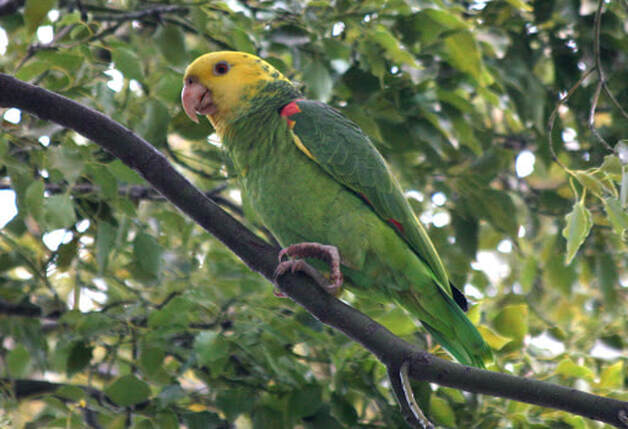 Yellow-Headed Parrot Yellow-Headed Parrot Yellow-Head Parrot - The Yellow-head parrot is a subspecies unique to Belize. The most distinctive features of this primarily green parrot, it it's yellow head and the red & yellow patch on each wing (prominent with adult birds). There is also dark blue tips to the flight feathers and yellow tips to the tail feathers. It has a hooked beak, which is used for cracking nuts & seeds, as well as grasping & climbing. It feet are very adapted at grasping, with two toes pointing forward and two toes pointing backward. Their ability to mimic, is what has made them the victims of the illegal pet trade. The Cinnamon Hummingbird is primarily a bird found in Mexico & Central America. The Cinnamon Hummingbird is unique throughout its range as the only hummingbird with completely cinnamon underparts. It is fiercely territorial. DESCRIPTION A Cinnamon Hummingbird can be identified by having a bronze green with some green iridescence feathers - just below and over the eye, across the crown and down the back, where the green blends into a rufous/reddish-brown tail. The underbelly is cinnamon-colored, from below the eye, down the throat & chest, to the tail. Their long slender curved bill, has a black tip. NESTING & BREEDING Depending on the geographical region, their breeding season varies. Some cinnamon hummingbirds, breed throughout the year. Hummingbirds are solitary in all aspects of life other than breeding. The male's only involvement in the reproductive process is the actual mating with the female. Hummingbirds do not live or migrate in flocks, and there is no pairing or bonding of this species. Male Cinnamon Hummingbirds like to court females, by flying in a U-shaped pattern in front of them. After copulation, the male will then separate from the female. It is likely, that males will mate with several females and females will mate with several males. Only females, choose where the nest location will be, for raising baby chicks. The female will build a cup-shaped nest, made from plant fibers woven together and green moss on the outside for camouflage. These nests will be well protected located often in shrubs, bushes or trees. A female hummingbird will line the nest with soft plant fibers, animal hair and feather down, which strengthens the structure of the nest. This spider like webbing, coupled with other sticky material, gives the nest an elastic quality, so it can stretch in size as the baby chicks begin to grow. The nest is typically found on a low, thin horizontal branch. The average egg clutch for one female hummingbird to watch over, typically consists of two white eggs. She will incubates these eggs alone, as the male defends his territory and the flowers he feeds on. Baby Cinnamon Hummingbirds are born blind, immobile and without any down. The female alone (without her male counterpart), will protect and feed the chicks by regurgitated food, this consists of mostly partially digested insects. A female hummingbird will push the food down the baby chicks throat (into the stomach) with their long bill. As is the case with other hummingbird species, the chicks are brooded only the first week or two, and left alone even on cooler nights after about 12 days - probably due to the small nest size. The chicks leave the nest when they are about 20 days old. DIET & FEEDING Cinnamon Hummingbirds primarily feed on nectar taken from a variety of brightly colored, scented small flowers of trees, herbs, shrubs and epiphytes. They favor flowers with the highest sugar content (often red-colored and tubular-shaped), this is why they make excellent birds for feeders. They aggressively protect, flowers which contain their high energy nectar. They will use their long (straw-like) tongue to to lick up the nectar (13 times per second), now that's fast. Many local flowers and plants, relay on these birds for their pollination. Tubular-shaped flowers (exclude most bees and butterflies), from feeding on them so they rely on the hummingbird for pollination. From time to time, you may see these little birds in your hummingbird feeders. They like to feed on the sugar water (or) drink from bird baths. They may perch themselves on the edge - just for a moment, and then off they go. During breeding season, hummingbirds will take small spiders and insects (important protein sources), to feed their young chicks. Insects are often caught in flight, snatched off leaves or branches or are taken from spider webs. Cinnamon Hummingbird males are very territorial. They want to only feed on flowers and plants in their territory. They will fiercely and aggressively chase away other hummingbirds and insects (often larger), such as bumblebees, butterflies and hawk moths. They may use aerial flights and intimidating displays to defend their territories. HABITAT
Cinnamon Hummingbirds can be found from northwestern Mexico to Costa Rica. They are typically found in semi-open subtropical or tropical dry forest, subtropical or tropical moist lowland forest, subtropical or tropical dry shrubland, often around deciduous or semi-deciduous forests. They can also be found in habitats which have been rather extensively modified by man, such as plantation lands and grassy or brushy agricultural areas. Tortillas 2 c. masa harina ½ tsp. salt 1 tsp. achiote paste or recado rojo (dissolved in 2 Tbsp. water) 3/4 c. water 1 litre cooking oil for frying To Make Your Tortillas - Place the masa harina and salt into a mixing bowl. Using your hands, rub the achiote water through the masa until it's no longer lumpy. Gradually add the water, mixing with your hand until a dough forms. Divide the dough into either 12 or 24 pieces, then roll these into perfect balls. I've used the smaller size, as pictured. Flatten each ball between two pieces of plastic, using a tortilla press. I don't have a press so I used two plastic bags and a flat-bottomed saucepan, pressing down evenly to form 10 cm disc with a 3 mm thickness. Heat the oil in a large skillet over a medium flame. When hot enough, drop 2 to 3 pastry discs into the oil and let it cook for about 2 minutes before flipping over. Drain well on kitchen towels as you cook the rest. Topping Stew Chicken, shredded (recipe below) Picado Red or green cabbage, finely shredded Red onion, very finely chopped Tomato, finely chopped Cilantro leaves, chopped Fresh lime juice Salt to taste Red chili & jalapeno, to taste To Make Your Picado - Measurements aren't all that necessary with the picado, as you can regulate the ratios as you please; depending on your tastes. Simply toss all the pieced ingredients together and make sure the lime and salt flavour is well balanced. How To Assemble - Simply lay the fried tortillas on a plate or board, top with some of the shredded chicken, and make sure it's moistened well with the gravy. Top this with with the picado, then eat! STEWED CHICKEN 1 whole chicken 1/4 c. lime juice 2 Tbsp. achiote paste 1/4 c. water 4 cloves garlic, finely sliced ¼ tsp. salt 1 Tbsp. black pepper 1/4 c. flour 1/4 c. olive oil 1 large onion, chopped 1 small green capsicum, chopped 4 coriander roots, finely chopped 1 tsp. cumin 1 bay leaf 3 sprigs fresh thyme 3 c. water 2 tsp. chicken bouillon Stew chicken - Place the chicken pieces into a bowl and pour over the lime juice. Dissolve the achiote in the water, pour over the chicken, add the garlic, salt and pepper and toss well to coat. Cover and refrigerate overnight. The following day, take the chicken out of the fridge and dust each piece with the flour, reserving the marinade. Heat a large saucepan over medium-high heat and pour in the oil. Brown the chicken on both sides in the oil, a few pieces at a time, then set the chicken aside. It the pan you've just used, toss in the chopped onion, capsicum and chopped coriander roots. Stir it around frequently for 5 minutes, scraping off any browned bits on the bottom of the pan from the chicken. Stir through the cumin and bay leaf. Return the browned chicken to the saucepan, add the salsa, water and chicken bouillons. Bring to the boil, then reduce to a simmer, covering the pot almost completely with a lid. Cook for 45 minutes, check for seasoning, then turn off and set aside. Allow it to cool, and then shred your meat. BEANS & RICE 1 c. dried black beans (or kidney)
1/2 c. pancetta, cut into thick slices 2 cloves garlic, roughly chopped 1 large onion, chopped 1 green sweet pepper, chopped 4 c. water 2/3 c. coconut milk 1 tsp. black pepper 1 tsp. salt ½ tsp. thyme 2 c. long grain rice Rice and beans - Soak the beans in water overnight. Drain the beans and put them into a large saucepan with the pancetta, garlic, onion and water. Bring to the boil and reduce to a simmer. Cover with a lid and cook for 18-20 minutes until tender. Add the coconut milk, sweet pepper, pepper, salt and thyme and allow to simmer for 5 minutes. Add the rice, stir well, cover and simmer very gently on low heat until the water is absorbed (about 25 minutes). Give the rice a stir from time to time to stop it sticking to the bottom. Add a little water, if needed. But Didn't Know Where To Go (or) What To Do? BELIZE Let's talk about that! It's About the Location Belize is a small country located in Central America (just below the Mexico Yucatan), on the eastern coast of the Gulf of Mexico. Geographically, it borders (to the northwest) Mexico, (to the east) the Caribbean Sea, and (to the south & west) Guatemala. Its mainland is about 180 miles long and 68 miles wide and is roughly the size of the USA state of Rhode Island. In other words, the mainland isn’t huge. To the east you have the Caribbean Sea and the Meso-American Belize Barrier Reef, the second-longest barrier reef in the world. Off the mainland coast of Belize, are located three of the five Atolls located in the Western Hemisphere. With the Blue Hole being located in one of the three atolls (Lighthouse Reef Atoll). To the north (of the country), you have flat and forested areas. To the south (of the country), you have the Maya Mountain range. Let's not forget, that the entire country is located along the second largest barrier reef in the world, with one of the largest cave systems (running through it), in all of Central America. So what does this mean for your vacation? It means Belize has the best to offer for most vacationers (with the official language being English, and United States dollars being widely accepted). There is a wide variety of activities to choose from, anything from diving, to snorkeling, sailing, fishing, hiking, zip lining, cave tubing, horseback riding, blue holes, beaches, cenotes, caves-taverns, waterfalls, mountainous terrain, ancient ruins, marine reserves, national parks, and a local zoo, all just waiting for you. It's an ecological "theme park", right here at your fingertips. IT'S ABOUT THE PEOPLE It's About the People Belize is home to at least 5 distinct ethnic groups – all of whom are very proud of their heritage. The official language is English, but many Belizeans who feel tied to their heritage, also speak a language typical for that heritage. Thus, many Belizeans are fluent in at least two or more languages. Ethnic groups include: 3 Mayan groups (Yucatec, Mopan, and Q’egchi), Creoles (descendants of English/Sottish settlers), Garifuna (descendants of Island Carib & West/Central African's), Mestizos (mixer of Spanish & Mexican descent), Mennonites, Chinese, Eastern Indians, American, Canadian and Western European's. Belize is often called a “melting pot” of cultures (for this reason). Belize culture is often described as an elegant latticework of different people weaving around and in between each other. Each ethnic group stands out separately and distinct, sharing their culture with one another. IT'S ABOUT THE FOOD It's About the Food Food is one of the more fun aspects of travel. To understand Belize’s food scene, it helps to first understand the people. Knowing that much of Belize is occupied by distinct ethnic groups, explains the diverse ranges in cuisines found in Belize. Local street vendors will often carry Belizean BBQ chicken, cole slaw, rice & beans, and tortillas. Women with plastic tubs, often roam the streets selling meat pies and coconut tarts. Mayan buffets include dishes which specialized in spiced pork, corn, and chocolate. Then you have the master chefs (who grace many of the upper class restaurants), filling their menus with Caribbean-Mexican entrees, to tantalize anyone's pallet. You can find an assortment of fresh fruit and vegetables, at local markets which dot the road sides. IT'S ABOUT THE ADVENTURE It's About the Adventure A vacation isn't a vacation until you add the adventure. Belize is literally an ecological "theme park" for guests to enjoy. If you're coming to Belize to dive the Blue Hole, descend the shelf walls at the Turneffe Atoll, snorkel the Barrier Reef, swim with sharks, go deep sea fishing and catch fish the size of your small son, sail around an island, explore Mayan ruins, rappel into a cave, kayak along the river through caves, zip line through jungle tree tops, hike through a cave to see an ancient human skeleton, listen to Howler Monkey's, hold a boa constrictor, feed a jaguar, horseback ride through the jungle, canoe through a cave, rappel down a waterfall, enjoy cocktails & dinner on a catamaran to a sunset, climb 130' feet to the top of a Mayan ruin, rip up the jungle trails on an ATV, float through a series of caves on an inner tube, push your toes in the sand and sip on a rum punch....then this is the place for you. Belize offers you some of the adventures you no doubt have written down on your "Bucket List". IT'S ABOUT WHERE TO STAY It's About Where to Stay You have a variety of choices. Anything from a beach front (5 star) luxury resort, to the small bunk-bed hostel. Many people are opting for something in between, that's where we come in. Belize Budget Suites caters to the budget traveler, by offering great prices, rooms & amenities. Each suite offers a private bedroom, bathroom, kitchenette, and a separate living area. It's like having your own mini apartment, to stay in while on vacation. Air conditioning helps you to sleep comfortably at night, daily housekeeping keeps your room nice and tidy, fresh towels & linens, cable television, internet, and an endless supply of fresh ground coffee in each room. Belize Budget Suites is conveniently located 1.5 miles from downtown San Pedro, the island airstrip and the water taxi terminals. You can access the beach, by taking a 1-2 minute walk. You can contact us by going to the website: belizebudgetsuites.com IT'S ABOUT THE MEMORIES It's About the Memories Memories are things we treasure forever, you can share them with other people, they can change who you are as a person, and it can help bond you to another. Experiences can change how you look at the world, perceive others and they can help you grow as a human being. The memories you acquire while on vacation, can last a lifetime. It's not just about the money, it's about the memories you create. BELIZE BUDGET SUITES 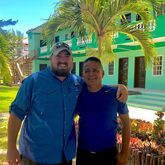 Let us help plan your next vacation. Website: belizebudgetsuites.com Facebook: Belize Budget Suites Reservations: caribbeanislandgirl@gmail.com Belize is home to about 398,000 people, and has been compared to the state of Rhode Island in the USA (when it comes to size). Belize has a diverse group of people, from all ethnic backgrounds, and has often been described as a “melting pot.” Melting pot is a term used to describe a unique blend of different cultures, ethnic groups and communities, which have come together to co-exist in Belize. Each ethnic group, celebrates their own culture amidst one another. The majority of Belize’s population are Mestizo, which is a mixture of Spanish and Maya. This is then followed by Maya, Creole, and Garifuna, Chinese, and Mennonites, contributing to majority of population. There is also a small percentages of Jamaicans, Lebanese, American and European expats. Cultural Groups - The major cultural groups include:
Here are some interesting facts about the languages of Belize according to the Statistical Institute of Belize:
THE MAYAN PEOPLE There are presently (3) three groups of Maya living in Belize.
The Mayan people in Belize represent about (11%) eleven percent of Belize's population. They live in spaciously laid-out villages, some near to the ceremonial sites of the earliest Maya settlements (such as Altun Ha, Xunantunich, Cuello, Lubaantun, Caracol and Lamanai), whcih are sites maintained as tourist attractions, and serve as reminders of their magnificient past. The Maya People of Belize The heart of the ancient Maya empire is in modern-day Belize, and three distinct groups of Maya continue to call the small Central American country home. The Maya of Belize are grouped by their dialect, known as the Yucatec, Kekchi, and Mopan Maya people. While many of their customs and traditions are similar, each sub-group speaks their own uniquely distinct dialect. Although the Maya clashed repeatedly with Spanish forces in other parts of Central America, the heavily rural areas of Belize were largely untouched. Half-hearted attempts by the Spanish to convert the Maya to Catholicism and submit to the yoke were largely ineffectual in Belize, clearing the way for isolated bands of Maya living in the jungle to preserve their language, beliefs, music, and traditional ways. In later centuries, the arrival of the British along with large numbers of enslaved Africans radically changed the make-up of the country. Historical records in the British archives repeatedly refer to hostile “Indians” who would raid towns and villages before disappearing into the forest. Of the surviving Maya population in Belize, the Mopan and Kekchi are the most numerous. The Yucatec Maya in Belize arrived in northern districts of the country such as Corozal and Orange Walk during the 19th century to escape the violence of the Caste Way in neighboring Mexico. Their descendants quickly intermarried and were absorbed by the larger culture, and few Maya today are able to trace their ancestry to Yucatac emigrants. Despite the fact that the Maya compose only a small portion of modern Belize’s population, their status as the original inhabitants of the region is respected and recognized. The legacy of the ancient Maya continues to contribute to the overall cultural richness and diversity of the country, and the Maya remain one of the most significant components of the melting pot that forms the modern nation of Belize. MAYAN FOOD MAYA FOOD The whole life of the Maya centers around agriculture, and their most common food is corn, although beans, pork, and fish are also eaten. Corn is the staple dish of the Kekchi Maya, which is served in a variety of ways. From corn they make masa, which first has to be cooked with white lime. Once soft, it is allowed to cool and then washed in a special calabash with holes, drained and transferred to a corn mill or a traditional grinding stone where it is ground an converted to masa. Masa is used to make tortillas, tamales, pouchu and korech. Most often tortilla is served with a dish of hot caldo (soup). This soup usually contains chicken, fish or game meat with added ingredients such as peppers, annatto, cilantro, culantro, salt, cooking fat and water. MAYAN CLOTHING Mestizo Mayan Clothing MESTIZO MAYAN CLOTHING Just as Yucatecan women wear their “ternos” and “hipiles” for certain occasions, the men (Mestizos) also have typical garments, as elegant as the terno and suitable to the warm tropical climate. This ensemble consists of white straight long pants with cuff at the bottom, with vertical pockets in front and horizontal pockets in back. The shirt, called a “chamarra,” is white, long sleeved, made of poplin, with high, round neck; this is worn over a short sleeved cotton shirt. The wealthy use buttons of gold on the chamarra. A straw hat is worn (known as a “jipijapa”) with two indentations in the front, adjusted with a narrow black band. White leather sandals known as “chillonas” are worn, with a thick high heel. The finishing touch is a red scarf tied to the right side pocket, or around the neck when the chamarra is worn open, with a straw hat. The traditional garments have been disappearing with the passage of time among the majority of the Mestizos, with only a few maintaining these clothing customs. Some, who still conserve the authentic traditions, dress as Mestizos, especially at their dances or night fiestas, but the majority wear, instead of the long-sleeved white shirt, a “guayabera” which is a shirt of Cuban origin. Mopan Mayan Clothing MOPAN MAYAN CLOTHING The Mopan Mayan men & women wear solid colored (traditionally white) shirts with black embroidered trim around the neck and sleeves, which they weave themselves. Their skirts consist of a variety of solid colors, with several layers of gathered cloth, decorated with lace trim at each gathered seam. Kekchi Mayan Clothing KEKCHI MAYAN CLOTHING The Kekchi Mayan women wear embroidered clothing which they weave themselves. They decorate their blouses and skirts with colorful embroidery in geometric designs. MESTIZO MAYAN Mixture of Spanish & Mayan Descent - From Yucatan, Mexico Area Mestizo The Mestizo Mayans are originally from the Yucatan region of Mexico. Perhaps is one of the most predominant group in Belize, representing 48% of the Belize population. They were originally descended from a mix of Spanish and Mayan genetics. They originally arrived in Belize in 1847 to escape La Guerra de Castas (the Caste War), which occurred when 70,000 Maya revolted agains a much smaller Spanish force in Yucatan and annihilated over one-third of the population. The surviving Mestizo fled over the border into British territory. The Mestizo are found in all parts of Belize. They were the first sugar farmers in Belize (cutting sugar cane), and mostly make their homes in the norther districts of Corozal and Orange Walk. Having merged with the Maya in the north, this has resulted in the Yucatec Maya giving way to the Mestizo Mayan, causing them to slowly lose their language and culture to younger generations. Since the 1980's, many thousands of refugee Mestizo from Guatemala, El Salvador and Honduras have established communities near the capital city of Belmopan; while those living in the Stann Creek district in the south have found employment in the citrus and banana industries. Descendants of the earlier settlers also inhabit the larger northerly islands of Caye Caulker and Ambergris Caye. Mestizo are Spanish-speaking, although some do speak English fluently. Today, nearly 40% of Mestizo descendants speak Spanish. MOPAN MAYAN Mixture of Yucatan Mayan & Spanish, from the Peten Guatemala Area The Mopan Mayans are originally from Peten of Guatemala, home to the famous Tikal Mayan Site we see today. How the Mopan Mayan came to be in Pete, Guatemala is unclear but the most likely reason is that they were part of the ITza group that migrated from Yucantan during the civil war between the Xiu and Cocom families during the Terminal Classic period (790 A.D. to 1,500 A.D.), which settled at Lake Tayasal. The Mopan are a branch of the Yukatec as evidenced by their language and culture traits such as cross-stitched embroidery which has the same name: Xocbil Chury. After the Itzaj capital on the island Noj Peten was subjugated by the Spanish in 1697, Mayas were forced to live in missionary towns also known as entradas. The Mopan, the Itza and San Jose are from the same branch of Maya family. KEKCHI MAYAN Mixture of Mayan & Spanish - From the Verapaz region of Guatemala. The Kekchi' Mayans are originally from the Verapaz region of Guatemala. They migrated to Belize the late 1800's after losing their land to German coffee growers. The Kekchi' Mayans settled in the lowlands areas along rivers and streams, farming small isolated villages throughout Toledo, Belize. Because of their isolation the Kekchi' have become the most self-reliant ethnic group in Belize. They are also peaceful people known for their cooperative practices in farming and cultural developments. While over 30 distinctly Kekchi' Mayan communities exist in the Toledo, Belize, over the years the Kekchi' Mayans have mixed with the Mopan Mayans communities. The largest village of Kekchi' Mayan is San Pedro Columbia in the Toledo, Belize. The Kekchí raise corn and beans as staple crops. These are planted together in plots that are burned off and then worked with digging sticks. Sexual taboos and fertility rituals are associated with the planting. Houses are built of thatch and poles, without windows, and hammocks are used for beds. In some places women still weave, using the backstrap loom, but pottery and weaving are on the decline and commercially made cloth now predominates. KRIOL Mixture African & Europeans - Not to be Confused with Garifuna KRIOL It's become a broad term for anyone who has mixed blood with African and is not a Garifuna. In Belize, a Kriol is any person who has some African blood, and in a few instances, some locally born "whites". They are mainly the descendants of British settlers and African slaves that were brought to Belize in the 18th and early 19th centures. The classification “Kriol” originated during the colonization of Belize (when Africans were brought as slaves), and mingled with the European Logwood cutters. Today Kriol can be both fair and dark skinned people, depending on their background and ancestry. Historically, Kriol's have formed over 60 percent of Belize's population, however, those numbers have diminished greatly over the past years and it is currently at about 24 percent. This has been mainly due to their migration to North America and to the influx of Central American immigrants to Belize. Presently, most of the Kriol population lives in Belize City, and in villages along the Belize and Sibun rivers; as well as along the Western and Northern highways. The Language - The masters taught the slaves English so that the Belizean Kriol spoken became a version of English which has African words. Everyone says it sounds like broken English when spoken, although it is a dialect which has been recognized as an official language. Anyone who speaks Kriol, will tell you that it's alot more than just broken English, there are traces of Spanish, even French in it. Kriol is an intriguing language that thrives on euphemisms and metaphors. It frequently downplays harsh phrases and makes abstract comparisons to impart wisdom. KRIOL FOOD KRIOL FOOD Kriol foods consist of mostly rice, beans, bread, fish and any type of meat. Their dishes may seem simple and basic but they are exotic in flavor. Popular delicacies include rice-and-beans, stew chicken, beef or pork, boil-up, sere, cow foot soup, crab soup, and conch soup. They use alot of plantains and casava in their cooking. Every meal is usually accompanied by a fruit juice or a soft drink. Kriol people are very fond of their cashew & blackberry wines. KRIOL CLOTHING Traditional Kriol womens' attire includes cotton blouses and long colorful skirts. Shirts can be white with colorful ruffled fabric along the neck. Often the colorful fabric is incorporated in both the skirt, blouse and head covering. Men wear elaborortely dyed traditional shirts, white pants and a straw hat. The Kriol population was the numerical majority during the colonial period but this group now represents 21% of the population. GARIFUNA Mixture of African & Caribbeans - Not to be Confused with Creole Garifuna The Garifuna people, like many of the peoples in Belize, are descended of mixed heritage of; descendants of West African, Central African, Island Carib, and Arawak people. During the height of Caribbean colonialism, slaves were brought en masse to this region, one of these slave ships ran ashore which lead to the meeting of the African people and native islanders. Over the course of a few generations they resisted British rule and were exiled and pushed back from island to island until they landed in Honduras and then in Belize in 1802. In the south under the shady palms and almonds, their people have flourished and are now regarded as one of Belize’s predominant cultures. Southern Belize is the cultural hub for the Garinagu people of Belize. Although this group of people are mostly known as Garifuna, that term should be used for their language and as group, they should be called Garinagu. Consolidating their settlements along the coast at Dangriga, Hopkins, Seine Bight, Punta Gorda and Barranco, the men worked in the mahogany camps, while others fished and cleared the bush for the women to plant cassava and other root crops. Living largely in exclusive societies, the Garinagu comprise about six percent of Belize's population. Despite changes in the physical environment, they have held on to most of their traditions, especially retaining their attachment to the sea. Perhaps the greatest influence the Garinagu has exercised on the Belizean community can be found in their ability to successfully display and preserve aspects of their culture at every available opportunity. November 19th is a National Holiday in Belize commemorating their arrival to Belize. As a people, they still hold true to their traditional practices, they’ve adapted to speaking Kriol, English, or Spanish where appropriate but their own Garifuna Language to one another, many of their spiritual beliefs, such as the Dugu ceremony, steeped in mysticism still resound loudly with this generation’s Garifuna and their food has transcended cultural walls to become wildly popular in all of Belize. The Garifuna still perform many of their traditional dances such as the Jankunu dance during Christmas, the history of which is heavily disputed still. More popular still than the Jankunu is Punta dancing and punta music which has become very popular in some parts of Belize and the surrounding regions even giving rise to famous “Punta Rock” artists like “Supa G” and “Lova Bway”. The Garifuna of Belize (and very much so everywhere they settle) show resilience despite outside influences and proudly practice and display their unique “melting pot” culture. GARIFUNA FOOD GARIFUNA CLOTHING MENNONITES Mixture of German Mennonites Living in Belize Mennonite The Mennonites of Belize are Relatively new in the bigger picture, arriving as late as the 1960’s to settle in Belize. Unlike most other cultures and ethnic groups that populate the country, Mennonites don’t make a habit of mixing with other Belizeans in most senses of the term. Mennonites live generally in secluded communities, not by way of distance but by way of lifestyle since their villages and towns are inhabited almost exclusively by Mennonites. Migrating from the Netherlands in 1790, to Prussia, Germany, South Russia, Canada, the United States, and Mexico, the Mennonites finally settled in Belize in 1958. Under agreement with the government they bore all expenses of removal and settling, bringing with them capital amounting to one million dollars. They are exempted from military service; and although they pay all other taxes, they do not partake in any form of compulsory or social welfare schemes. Initially, some 3,500 Canadian Mennonites arrived in Belize, and today form communities on the upper reaches of the Belize River: Blue Creek on the Mexican border; Shipyard, Indian Creek, Richmond Hill in the Orange Walk District; Spanish Lookout and Barton Creek in the Cayo District; Little Belize in the Corozal District. Comprising 3.6 percent of Belize’s population, they have made it a point to have their own school, church, and financial institutions in their various communities. No matter in which region of Belize the Mennonites live and work, they are liked and respected, especially for the true Christian characteristics and helpfulness to others which they willingly display. Language - The Mennonites of Canadian origin speak excellent English, although among themselves they use German. In general though they can be said to be multilingual, since the older generation who were born in Canada speak English, the younger generation who were born in Mexico speak Spanish, and they all speak their own German dialect. They are farmers and craftsmen who provide a large percentage of grains to the Belizean market as well as furniture, industrial vehicle parts, poultry and dairy products. One of their largest settlements, Spanish Lookout is oddly reminiscent of North American country towns with rolling hills, wide roads, no fences and tractors driving about, a quaint departure from how the rest of Belize usually looks. The Mennonite, with their farming tradition, are well grounded in agriculture, and most Belizeans benefit from the sale of their produce throughout the country. Practicing organic farming, they grow peanut, potato, corn, beans, tomato, watermelon, carrot, papaya, sweet pepper, cabbage, and coriander. They are also involved in cattle and feed farming. Their contribution to food production is great, and a lot of the foodstuff on the store shelves come from their farms. They have established an egg hatchery which supplies Belize with eggs and chickens on a permanent basis. Milk, butter and cheese are also produced. Their personal eating habits, as well as food selection, reflect the Mennonite's origin, as they tend to select the best dishes from each country in which they lived and adopt them as their own specialties. MENNONITE FOOD Social Life & Food - Mennonite's seek the right balance between interacting with the larger society, while still maintaining their conscientious way of life, as something that happens through a closer understanding of how they honor the world. At least two large commercial stores serve the large settlement of Spanish Lookout and other communities; and interestingly enough all members of the community receive a dividend every five years relating to the amount of money they spend in the store. The Mennonite, in the Shipyard area, are known as skilled carpenters, and can be seen selling their furniture in Belize City and other urban centers. The Mennoites in Blue Creek are known for, building & construction countrywide, including roads and bridges. MENNONITE CLOTHING Clothing Seeking to exist in isolated farming colonies without the benefit of much modern technology, the Mennonite are easily identified by their old-fashioned apparel. The women wear long dark dresses with aprons and hats, while the men wear coveralls and checkered shirts. MIDDLE EASTERN Mixture of Muslim Immigrants living in Belize Middle Eastern Since the Lebanese first arrived in Belize in the 1900s, the settlements of San Ignacio and Benque Viejo del Carmen have served as their primary homes within the Cayo District. It is through their incredible work effort and business savvy that the Lebanese have survived and even thrived, providing not only for themselves but also for their future generations. These days, it is possible to find up to five generations of Lebanese Belizeans in San Ignacio. Common Lebanese surnames include: Awe, Zaiden, Habet, Espat, and Bedran. They are mostly from Lebanon and Syria and come to Belize mostly as merchants, entrepreneurs, and professionals. While not in any great numbers, their culture is starting to leave an impact on the country. Phenmominal Lebanese restaurants such as Sahara Grill are popping up in Belize City. While the Lebanese account for far less of Belize’s population than the Chinese, they have started to leave an impact on the country. Arab food restaurants, like Sahara Grill, have opened in both the capital and Belize City, where there is even a mosque for practicing Muslims to engage in worship. History of Lebanese Gaining an understanding of Belize’s Lebanese community, is best gleaned by understanding their history from the time of Belize’s immigrants from Lebanon. The Lebanese who first came to Belize were men with little but their clothes. This left most struggling as peddlers. This mercantile approach to life began by trekking out to the logging camps and remote villages, selling items that the residents needed. As these Lebanese collected funds, they slowly transitioned into operating specialty stores. Both San Ignacio and Benque Viejo del Carmen played crucial roles in Belize’s Lebanese community by serving as significant chicle centers trade; chicle is the base product of chewing gum. The form of the entire chicle industry was like a pyramid.
LEBANESE CLOTHING LEBANESE FOOD ASIAN-CHINESE Chinese Immigrants Asian Perhaps the fastest growing group of immigrants (other than Central Americans) to Belize are the Asian people of Taiwan and China. They come to Belize almost exclusively as entrepreneurs, opening up “supermarket” style stores on small and medium scales and restaurants serving up locally made (and very popular) Chinese foods. The current generation of Asians in Belize are educated in the same schools as other Belizeans to become professionals like the general population and lead normal lives like the rest of us and seem to bond a lot closer to Belizean locals than their parents had in the past. The Chinese community in Belize consists of descendants of Chinese immigrants who were brought to British Honduras as indentured laborers as well as recent immigrants from China and Taiwan. History - Early history The importation of Chinese workers to British Honduras was a response to economic shifts in the mid-19th century. As logwood and mahogany production declined, sugarcane plantations became of increasing importance. Recruitment of workers from China was facilitated by colonial governor John Gardiner Austin, who had previously served as a labour broker (in Xiamen, Fujian on China's southeast coast), he recruited 474 Chinese workers to British Honduras in 1865. By 1869 - Only 211 of the Chinese workers remained accounted for; 56 had died, while another 155 had sought refuge with the native peoples at Chan Santa Cruz. Many of the deaths were due to suicide in response to horrifying working conditions. Early 20th Century - By the early 20th century, more Chinese laborers began to migrated to Belize. The second largest batch came just before the outbreak of World War II, when they traveled to the United States from where they gradually trickled southward by land to Mexico and Central America. The Chinese were originally brought to Belize as Indentured Servants as Slaves. Late 20th century - Belize's citizenship-by-investment programme, which began in 1986, was a popular option among Chinese migrants in the 1990s. In response to the demand, the price rose from US$25,000 to US$50,000 in 1997. Mainland Chinese migrants (for their part), sought to use Belize as a stepping stone to get around tough U.S. migration policy against them; however, the U.S. tightened up its visa requirements for Belizeans in response. Migrants from Taiwan also took advantage of this program. Among migrants from Taiwan it was especially popular to bring aged relatives to settle in Belize. Not all of the migrants returned to their homeland or went on to the U.S.; some settled in the Belize River on the tracts of land that the government granted them in exchange for their investments, bringing in workers to building houses and schools. In the mid-1990s - There may have been as many as six or seven thousand Chinese people in Belize. However, when the government tightened its work permit policies, an exodus began — the migrants went to other Chinese communities in Costa Rica, Thailand, and the Philippines where migration policies were more favorable. By 1998 - the Chinese were estimated to have fallen to about 1.5% of the Belizean population, or three thousand people. Corozal for example was reported to have had a peak Chinese population of 500, but then this fell to a tenth of that. In the 19th century - during the Caste War in neighboring Yucatán, Mexico, Chinese and Lebanese shopkeepers began setting up businesses in Belize City. A hardware store run by a Chinese migrant named Augusto Quan was well known as the only supplier of certain tools, nails, and buckets for a long time. Others established laundries, brothels, gambling houses, Live Draw Xiamen Lottery and restaurants. Today the Chinese community control most of the economy and became dominant in the grocery, restaurant, fast food, and lottery trades. Demography In the 2000 Belize Census, it was discovered that 1,716 Chinese people (0.7% of the population) were living in the country, and 1,607 people spoke Chinese as their first language. Chinese are an overwhelmingly urban population, with five-sixths (5/6) living in cities, the highest proportion out of all tabulated ethnic groups. This is a slightly higher proportion than Garifuna and Creole people, but contrasted sharply with East Indians, of whom roughly half live in rural areas. The majority (988 people), live in Belize City and (351 people) live in the capital Belmopan in the Cayo District. The Central Statistical Office indicated in an official report, that many Chinese migrants did not respond to the census and thus were under-counted. The language barrier may have accounted for part of this, while others may be due to illegal immigrants' unwillingness to participate in the census for fear the information could be used for law enforcement. The 2010 Census did not break out Chinese separately, but did record 2,823 as "Asians" (a separate category from "East Indians"). ASIAN (Chinese) FOOD EASTERN INDIAN Eastern Indian Immigrants East-Indian - The East Indian people of Belize share a common origin, but are not to be confused for the recent Indian immigrants. East Indians were some of the first peoples to be brought to Belize, to supplement the workforce at the time of the plantations. Their arrival wasn’t until after slavery was abolished, after serving their contracts many turned to entrepreneurial ventures as a means of life. Today the East Indians have integrated themselves into the network of cultures that make up Belize. Their influences constitute a considerable part of our commerce and food culture. Though they have intermingled, the East Indians are still identifiable by their distinct physical features. They have adapted socially to Belize and the larger populace forming yet another layer of to the Belize ethnic fabric, making this their home in our little stretch of Caribbean/Central American life. EASTERN INDIAN FOOD EASTERN INDIAN CLOTHING
Mayan Brownie Recipe - These brownies combine the taste of chocolate and cinnamon together. Mayan Brownies
1/2 c. 1 stick unsalted butter 1 1/4 c. granulated sugar 1/2 c. unsweetened cocoa (Hershey's) 1 tsp. vanilla extract 3 large eggs 3/4 c. all purpose flour 3/4 tsp. salt 1/2 tsp. espresso powder 1 tsp. ground cinnamon powder 1/4 tsp. ground cayenne pepper 1 c. semi sweet chocolate chips 2 Tbsp. mini chocolate chips Ganache 2" stick of cinnamon (broken into pieces) 3 oz. heavy cream 1-1/2 Tbsp. light corn syrup 1/4 tsp. vanilla 6 oz. chopped good quality, dark chocolate For the Brownies - Preheat oven to 350 degrees F. Lightly grease or spray a 9" square baking pan. (I like to line mine with foil and then spray for easy removal and cutting.) In a medium bowl melt butter in microwave. Don't boil it, just heat it until it's melted. Set aside to cool for a minute. In a separate bowl, whisk flour, salt, espresso powder, cinnamon and cayenne together until thoroughly combined. Stir in chocolate and cinnamon chips to coat them in the mixture. Set aside. Whisk sugar into melted butter then add cocoa and whisk to combine. Add eggs and vanilla and continue to whisk until thoroughly combined. Add flour/chip mixture to butter mixture and stir until combined. Spread batter evenly in pan. Bake for 30-35 minutes or just until a toothpick inserted into center comes out with some moist crumbs attached. Allow brownies to cool completely. For the Ganache - Place cinnamon stick and cream into a small sauce pan. Bring to a boil, then remove from heat, cover and allow to steep for 30 minutes. Strain the cream to remove cinnamon pieces and pour back into sauce pan. Add corn syrup, stir then return to heat until the cream is just starting to simmer. Stir in vanilla and chopped chocolate and remove from heat, continuing to stir until all chocolate pieces are melted. Spread evenly over brownies and allow to cool. Cut into squares. Because of the ganache, I like to store these brownies in the refrigerator. Makes 16 brownies. In Belize, some 75 species of bats account for about 58% of the mammal population, thriving on the many types of fruits, flowers, insects and other food sources to be found throughout the country. And, fitting right in with Belize’s biodiversity and multicultural human population, the variety of bat species is impressive, with Argentine Brown Bats, Southern Yellow Bats, Northern Yellow Bats, Little Yellow-shouldered Bats, and Red Bats as well as Great, Pygmy and Toltec Fruit Eating bats, Hairy Big Eyed Bats, Lesser and Greater Doglike Bats, and fifty shades of Naked Back and Big Naked Back Bats, to name just a very few. These airborne environmentalists work the night shift to keep our rainforests healthy. They are the most populous mammals on the planet and one of nature’s greatest success stories, and depending on your perspective are either cute vegetarian flying foxes or scary Bela Lugosi vampires. There are more than 1100 different kinds of bats sharing the planet with us. All those different types of bats share one thing in common; their forelimbs have evolved into wings, making them the only mammals in the world naturally capable of flight (sure, Australia has sugar gliders and there are lemurs, flying squirrels and other tree dwellers that have learned to glide, but bats are the only mammals specifically built to fly). Many different plants depend on bats for pollination. In fact, in Belize there are flowers specially evolved to accept the long snout of certain bats, which are their only source of pollination. Also, bats are essential in spreading many types of fruits, nuts and other vegetation through their nutrient-rich droppings. Consider that, and bat’s’ importance in pest control, and you get an idea how valuable they are. One cave system in Mexico supports a population of some 20 -25 million bats who each day consume megatons, of insects, according to Belize Foundation for Research and Environmental Education (BFREE) biologist Dan Dourson. Now, imagine what would happen if bats weren’t around to pollinate flowers and reduce insects and you get an idea to how important they are to the elegant, intricate and fragile balance of nature. Some Interesting Bat Facts (with thanks to Wildlife Belize.com)
BAT CAVE - Tour description - This is a 4 hour tour in the cave, located just 10 minutes from the famous Xunantunich Mayan ruins. This cave is home to dozens of bat species. One of these species is the ghost-faced bat, which can be found in this cave. EMBALLONURID BATS
NOCTILIONIDAE BULLDOG BATS Bulldog Bats Noctilionidae - Bull-dog or mastiff bats are medium-sized bats, often brightly colored. The region around the mouth is distinctive. The lips are full and form cheek pouches, in which the bats store food as they feed while flying. The tail of bulldog bats runs through the uropatagium for about half the length of the membrane, then exits dorsally, and the terminal part of the tail is free. The feet and claws range from relatively large (Noctilio albiventris) to relatively enormous (Noctilio leporinus) in size, and the legs are proportionately longer than in most other bats. The ears are moderately large and a tragus is present. Bulldog bats have a pungent odor, described by some as "fishy. Most Bulldog Bats feed only on insects. The only Bulldog Bat found in Belize, Noctilio leporinus, takes fish, frogs, and crustaceans as well. To capture fish, these bats use their echolocation to locate exposed fins or ripples made by fish swimming near the surface. They then drag their claws through these ripples. Their hind claws are unusually large and sharp and serve as efficient gaffs. Once out of the water, the fish is carried to a perch, where it is eaten by the bat. Noctilio leporinus may also capture insects and crustaceans on the surface of the water. These bats usually roost near water, often in hollow trees or in deep cracks in rocks. MOLOSSIDAE FREE-TAILED BATS
MORMOOPIDAE LEAF-CHINNED BATS
NATALIDAE FUNNEL-EARED BATS Funnel-eared Bat Natalidae - Natalus mexicanus, the Mexican funnel-eared bat, is the only member of Natalidae that is found in Belize. They are aerial insectivores that appear to be specialists in feeding on spiders. All of these bats have funnel-shaped ears and long, slender hind legs. PHYLLOSTONIDEA LEAVE-NOSED BATS
VESPERTILIONIDAE BATS
Actun Chapat - One of the Best Caving Experiences in Belize. Actun Chapat Cave is one of the best caves in Belize to explore! Inside this massive cave system are crystallized rock formations, Mayan stories, flying and crawling cave critters, a beautiful cenote, and an area known as "The Skylight". Where is Actun Chapat located? It is located in Cave World Adventures, at #1 Minhocao Trail, San Jose Succotz Village, in the Cayo District of Belize. Cave World Adventures is an adventure and wilderness park created as a preservation project for Belize's flor and fauna. Actun Chapat = Means Centipede Cave The name “Actun Chapat” means “Centipede Cave” and (yes you are correct), the cave is littered with centipedes inside, but don't worry they won't bite. There is much Mayan tales about the cave, which refer to a serpent (more like a dragon), that lives deep inside the cave. So far, we haven’t found that serpent, but we have indeed found many centipedes. This cave sits next to a smaller cave known as Actun Halal (Cave Of The Spear) where archaeologists have found evidence of a mastodon tooth and the remains of an extinct cave bear. Certainly this evidence refers us back to the Paleolithic era when humans were still hunters and gatherers and the age pleistocene animals were still roaming these country sides. The first cave that you will encountered is called “Baby Chapat,” which is basically a smaller cave within the much larger cave system. Passing through Baby Chapat, you will enter into Actun Halal, which is a rock-shelter where the Mayas carved faces into the soft limestone of the cave walls. After briefly visiting Actun Halal, you will hike a bit further before getting to Actun Chapat, the cave you will be exploring on this day. The first challenge you will encounter, is the entrance to the cave. You will need to keep a 3-point contact to climb inside the cave. We found most of the rocks to be slippery - so be careful. Once inside the cave, you will be greeted by a grand crystalized rock formation, along with many broken pieces of pottery pieces, AND (you got it!) centipedes! Each piece of pottery is said to have been brought into the cave by ancient Maya priests, when they conducted their rituals and human sacrifices to their deities. After the rituals were performed, the pottery was then broken to release its spirit. Many of the pieces in this cave date back to as early as 1800 A.D. The ancient Maya never lived in caves, cave were predominantly used for rituals and burials. There are skeletal remains in this cave, either from human sacrifices or as a final final resting place for the dead. There is are a couple sacred ritual rooms where certainly the activities there were of religious and spiritual importance. When exploring Actun Chapat, you will entered into one of the largest chambers for caves in Belize. The cave ceilings are very high, and the inside has a rather hallow feeling to the rock formations. Usually at this point, your guide will stop and ask you to turn off your headlamps. This is when you really get to experience just how dark a cave really can be. Try calling out your name, and listen to your voice echo back to you in this cavern. After you have completed alot of walking and rock climbing, you will reach the skylight. The skylight is a cenote or sinkhole that the Mayas believed was the entrance to the underworld of Xibalba. The sinkhole is caused by the process of carbonic acid softening of the minerals inside the limestone mountains, which later collapses. The carbonic acid comes from water that had accumulated on top of the mountains. Making it to the skylight was definitely worth all the climbing and crawling! When is the best time to go to Actun Chapat? - The best time to visit Actun Chapat is in the morning - you don’t want to be hiking out of the cave when darkness is approaching. Taking into consideration that most days in Belize are warm and sunny, any day is appropriate to go spelunking in Belize. What is the level of difficulty of Actun Chapat? - On the difficulty scale of 1 to 10 with 10 being the most difficult, Actun Chapat is a 4.5. Inside the cave is rather slippery, even in the dry season and exploring the cave requires a lot of crouching and climbing. The geological “art works’ found in Actun Chapat is spectacular and is generally not seen in many caves around Belize. So far, there are a little more than 200 registered caves in Belize. You will find wide open and long spaces in this cave, up to 500 meters in length. This alone is incredible to witness, as underground water years ago, created these wide open spaces - deep inside the cave. Archaeologists suggest that this cave can be longer than 6 miles in length. Not very many people have ventured that deep into this cave to bear witness to it. What we do know, is this cave has 3 lakes inside of it, along with a wonderful beach area. We also know that the ancient Maya modified stalactites, stalagmites and glow stone formation (in this cave), to their advantage. Whether to be for entertainment, style, or to respect the underworld as an even more ominous a place to visit. We also know that, the ancient Maya also created some stairs and hand and footholds in the sharper and higher reaches of the cave. One most impressive evidence of this, is in the sinkhole, high within the bowels of the cave. How to get to Actun Chapat? - Getting to Actun Chapat takes a total of roughly one (1) hour and thirty-five (35) minute drive from San Ignacio Town. This includes the time to get from San Ignacio to San Jose Succotz Village (about 15 minutes away). The drive on Waterhole Road (1 hour), and the hike from Cave World Adventures to the cave entrance (is about 20 minutes). Getting to Actun Chapat from Belize City - takes about 3 hours and 35 minutes. You can get to Actun Chapat in a private vehicle or car rental. The Portuguese Man-of-War is often mistakenly referred to as a jellyfish. It is actually a species of siphonophore, which is a group of animals that are closely related to the jellyfish. A siphonophore is unusual in that it is comprised of a colony of specialized (genetically identical individuals called zooids or clones), with various forms and functions, all working together as one. Each of the four (4) specialized parts of a Man-of-War is responsible for a specific task, such as (1) floating, (2) capturing prey, (3) feeding, and (4) reproduction. Found mostly in tropical and subtropical seas, Portuguese Man-of-War are propelled by winds and ocean currents alone, and sometimes float in legions of 1,000 or more! The Portuguese Man-of-War is recognized by its balloon-like float, which may be blue, violet, or pink and rises up to six inches above the waterline. Lurking below the float are long strands of tentacles and polyps that grow to an average of 30 feet and may extend by as much as 165 feet. These tentacles contain stinging microscopic capsules loaded with coiled, barbed tubes that deliver venom capable of paralyzing and killing small fish and crustaceans. While the Man-of-War's sting is rarely kills a human, it can pack a painful punch that causes welts on exposed skin. DIFFERENCE BETWEEN A JELLY FISH & A PORTUGUESE MAN OF WAR The Portuguese Man-of-War is a predatory species. It uses its feeding tentacles to sting and paralyze small fishes, pelagic crustaceans, and other invertebrates. The feeding tentacles may be up to 165 feet in length. These tentacles deliver a powerful sting and are also used for defense against predation. Fast Facts About the Portuguese Man-of-War
Fun Facts About the Portuguese Man o’ War 1. The Portuguese man o’ war is not a jellyfish, it is considered a siphonophore, which is a colony of specialized animals called zooids that work together as one. 2. The Portuguese Man-of-War does not swim. Instead, it uses wind and ocean currents to propel it forward. 3. The Portuguese Man-of-War was named after its resemblance to 18th century Portuguese warships. 4. The Portuguese Man-of-War's float can be up to 6 inches (15 cm) tall. 5. The Portuguese Man-of-War's tentacles can grow as long as 165 feet. The Portuguese Man-of-War was named after it's resemblance to 18th Century Portuguese warships. It has a distinctive sail-like float that can reach 12 inches in length, 5 inches in width, and rises 6 inches above the water surface. The colorful float may be translucent blue, pink, or violet. This gas bladder is filled with nitrogen, oxygen, argon, and a small amount of carbon dioxide from air, plus up to 14% carbon monoxide. In addition to the float, the Man-of-War has three other polyp types. The tentacles (used for defense and disabling prey, which can reach up to 165 feet in length), the gastrozooids (used for feeding), and the gonozooids (used for reproduction). The Portuguese Man-of-War includes two species. (1) The Pacific Man-of-war (Blue Bottle) and the (2) Australian Man-of-War. The Pacific Man-of-War has a wider color range and many tentacles, while the Australian Man-of-War has a single long tentacle. Habitat and Range - The species occurs in the warm waters of the Atlantic, Pacific, and Indian Oceans, as well as the Caribbean and Sargasso Seas. The Portuguese Man-of-War lives on or just below the surface of the water. A siphon in the float lets the animal float or descend in the water. Wind pushes the animal's float at a 45 degree angle. Some Portuguese Man-of-War are "left-sided," while others are "right-sided." The different orientations (of the floats), help the animals to disperse across the oceans. Diet - The Portuguese Man-of-War is a carnivore. Its tentacles contain stinging cells called nematocysts that paralyze and kill small fish, worms, and crustaceans. The tentacles move prey to the gastrozooids on the underside of the float. The gastrozooids secrete enzymes that digest the prey. Nutrients are absorbed and circulated to other polyps. The Man-of-War is prey to sea turtles, sea slugs, and crabs. Reproduction and Offspring - Each individual Portuguese Man-of-War is either a male or a female, and they reproduce sexually via a method known as broadcast spawning. Large groups of Man-of-War's come together, where females release their eggs and males release their sperm into the water column, all at the same time. This usually occurs in the autumn of each year. This method increases the likelihood that eggs will be fertilized. Portuguese Man-of-War and Humans - Both jellyfish and Man-of-War tentacles can sting after the animal is dead or when they are detached. Stings are painful, although not usually fatal. Neurotoxins in the venom cause mast cells in skin to release histamines, resulting in inflammation. Treatment typically involves tentacle removal, using vinegar or ammonia to inactivate remaining nematocysts, and soaking the affected area in hot water. Oral or topical antihistamines may be administered to combat inflammation. 16 FUN FACTS ABOUT PORTUGUESE MAN OF WAR FACT #1) It's Not a Jellyfish - The Portuguese Man-of-War may look like a bloated jellyfish, but it’s actually a siphonophore—a bizarre group of animals that consist of colonies made up of dozens, hundreds, or even thousands of genetically-identical individual creatures. A siphonophore starts out as a fertilized egg. But as it develops, it starts "budding" into distinct structures and organisms. These tiny organisms—called polyps or zooids—can’t survive on their own, so they merge together into a tentacled mass. They must cooperate as one in order to do things like travel and catch food. The long tentacles develop to hunt and ensnare prey; smaller tentacles grow to help digest food; and still other tentacles dangling are used to facilitate reproduction. Every Man-of-War also has what is called a “float” (an overgrown, bag-like polyp which acts as a giant gas bladder and sits at the top of the colony). Capable of expanding or contracting at will, it provides the Man-of-War with some buoyancy control. An expanded float also enables the colony to harness winds to move around. FACT #2) A Close Relative is the Pacfic "Blue Bottle" - Portuguese Man-of-War's can be found in warmer parts of the Pacific, the Caribbean, the Indian Ocean, and of course, the Atlantic. It’s sometimes called the Pacific “Blue Bottle Man-of War" and is restricted to the Pacific and Indian Oceans. It’s smaller than the Australian species and unlike its bigger counterpart—it hunts using multiple tentacles. FACT #3) The Name "Portuguese Man-of-War" is Probably a Naval Reference - In the age of sailing, many European navies used tall warships loaded with cannons and propelled by three masts. British sailors took to calling this kind of vessel a “Man of War.” The Portuguese Man-of-War are colonies which spend a lot of time floating on the water’s surface, when the gas bladder is expanded (it looks and acts a bit like a sailboat), hence the name “Man-of-War.” There are a couple theories as to how it got it's name. (1) 19th century scientists proposed that sailors encountered it near the Portuguese island of Madeira, and thought it looked like the Portuguese version of the ship. (2) Possibly Renaissance-era sailors thought it resembled the helmets worn by Portugal’s soldiers during the 16th century. 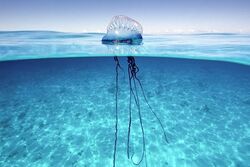 FACT #4) Man-of-War Tentacles Can Be Up To 165 Feet in Length - At least, that’s the maximum length for a tentacle which is normally around 30 feet long. It uses venom-spewing cells to deliver painful, neurotoxic stings. When a tentacle is detached from the rest of the colony (and washes ashore), it might drift around for days on end until it decomposes. Be warned: Even a severed tentacle can sting you. FACT #5) The Portuguese man-of-war is four organisms working as one - The Portuguese Man-of-War may appear to be a single organism, but it's actually four different organisms (or zooids) in one. Each organism provides a necessary function for the entire creature to survive. The top zooid, which resembles a bottle (or mohawk), is the pneumatophore. It's a gas-filled bag, which allows the Man-of-War to float. The next two zooids (gastrozooids & dactylozooids), are the tentacles used for feeding. The final zooid (gonozooids), deals with reproduction. FACT #6) It was named for its resemblance to ships - That mohawk is also how the man-of-war got its name. It closely resembles ships that the Portuguese navy used in the 18th century when they were at full sail. The name also may refer to the topped helmets Portuguese soldiers wore during the same period. FACT #7) On RARE Occasions, Stings Can Be Fatal to Humans - The odds of being killed by a Portuguese Man-of-War are slim. But just because deaths are rare doesn't mean you should touch one (just to find out). On RARE occasions a Portuguese Man-of-War can kill, if you receive enough venom from the tentacles. FACT #8) Portuguese Man-of-War can Deliver a Horrible Sting - It may not be a jellyfish, but the Man-of-War does have one trait we commonly associate with jellyfish: painful stings. The tentacles are covered in venom-filled nematocysts, which is how a Man-of-War kills their prey, typically small fish and plankton. The stings are painful to humans, but are rarely fatal. With tentacles that can reach up to 165 feet (getting wrapped up in one), can leave you looking like you've been struck by a whip. Treatments for the stings have been hotly debated, but a 2017 study in the journal Toxins recommended vinegar to wash away any remaining nematocysts once the tentacles are removed and then soaking the affected area in hot water, ideally 113 degrees Fahrenheit (45 degrees Celsius) for around 45 minutes. FACT #9) Some Fish Live in Them - Given that tiny fish make up about 70 to 90 percent of the Man-of-War's diet (it also eats shrimp and other crustaceans). One fish, known as the "Man-of-War fish" lives among the tentacles even though it's not immune to its stings, swimming nimbly between the stingers. These young fish eat the plankton which wanders under their hosts and as they get older, they will sometimes steal the Man-of-War's prey—or nibble on its tentacles. FACT #10) The Portuguese Man-of-War does Have Predators - The loggerhead turtle and the ocean sunfish both gobble up both Portuguese Man-of-War's and jellyfish. Also notable among its predators is the blanket octopus, and the Blue Gaucus (a sea slug). The Blue Gaucus (aka as the Blue Dragon or Sea Butterfly) stores the stinging venom in its own body (making it also a venomous) animal to touch. The Blue Gaucus, as a result can deliver a far more potent sting than the Portuguese Man-of-War can alone. FACT #11) Sea Slugs Like to Steal Their Toxins - The Loggerhead sea turtles, blanket octopus, and sea slugs, are all thick-skinned enough to eat them. Sea slugs (aka Blue Gaucus, Blue Dragon or Sea Butterflies), devour the Man-of-War and actively harvest their toxins and store these toxins (or venom) in their own bodies to to later use as a deterrent for its predators. FACT #12) Man-of-War Come In Pretty Colors - Although it’s translucent, the float is usually tinted with blue, pink, and/or purple hues. Beaches along the American Gulf Coast raise purple flags in order to let visitors know when groups of Man-of-War (or other potentially deadly sea creatures) are at large. FACT #13) It Goes with the Flow Literally - The Man-of-War has no means of propulsion, so it simply drifts, either riding the currents of the ocean or sailing as its catches the sea breeze. If there's a threat on the surface, the creature can temporarily deflate to sink below the water. Even when dead, a Portuguese Man-of-War can deliver a painful sting. FACT #14) Every Colony Has a Specific Sex - The Man-of-War have sacs that house ovaries or testes, so each colony can therefore be considered “male” or “female.” Though marine biologists aren’t completely sure how the Man-of-War procreates, one theory is that these shorter tentacles release eggs and sperm into the open ocean, which become fertilized when they cross paths with floating eggs or sperm from another Man-of-War colony. This “broadcast spawning” method of reproduction is also used by many species of coral, fan worms, sea anemone, and jellyfish. FACT #15) Look Out for Man-of-War Legions - The Man-of-War isn't always seen in isolation. Legions consisting of over 1,000 colonies have been observed floating around together (especially when they come together to spawn in the autum). Because they drift along on (somewhat) predictable winds and ocean currents, it’s possible to anticipate where and when a lot of the creatures will show up. For Belize, you can expect to see some of these washed up on the beaches during the winter months, FACT #16) The Portuguese Man-of-War Washes Up on Shores Alot - Perhaps because of how it moves, the Man-of-War washes up on beaches all over the world. Even if they're not in the ocean, a Man-of-War can still sting you, so if you see these bad boys laying on the beach - AVOID THEM!
REASON #1 - Belize has Many Geographical Features Belize has many geographical features, which makes it some of the best fishing in the world. One reason for this, is that the country lies right off the Belize Barrier Reef. The Belize Barrier Reef, is part of a much larger Mesoamerican Barrier Reef System, stretching some 200-miles in length and is considered one of the largest coral formations in the entire world! So the question might be asked, what does coral reef formations have to do with fishing? A coral reef provides both nutrients and shelter to a wide range of smaller bait fish and crustaceans, that attract (you got it) much larger game fish. The reef is home to more than 500 species of fish. There are over 200 islands, or “Cayes,” located off the shores of mainland Belize, which are surrounded by lagoons. Did you know, that lagoons make up 5% of the entire country’s land area (22,960 square miles) and is covered by these coastal inlets? Belize offers river fishing, flat fishing, reef fishing, and deep sea fishing. Each one offers an exciting variation to a wonderful adventure in Belize. REASON #2 - This is a Fly Angler’s Paradise Belize boasts more than 200 miles of coastline flats. The country is renowned for its Tarpon, Permit and Bone Fishing, all catch and release. Snook is another regular fly fishing catch. If you’re up for the ultimate fly fishing challenge, come and try fly fishing for a Super Grand Slam (Permit, Bonefish, Tarpon, and Snook all in the same day). Keep in mind that a number of flats in Belize have soft bottoms (making it hard to walk or wade in), so you’ll be doing most of your fly-fishing from a boat. Although the flats around Tarpon Caye, have a more solid bottom - making it easier to wade. You can either cast from the boat as your guide poles these flats, or simply hop out of the vessel to get an optimal casting position. Jungle River Fishing is also an amazing setting for any fly fishing adventure. Places like the Belize and Monkey River offer exciting game like Tarpon, Black Snapper, Cubera Snapper, and Jack Crevalle. REASON #3 - Reef Fishing If fly fishing is not your thing, and you don’t want to spend an entire day on the water, reef fishing is a great alternative. The reef attracts a wide range of marine life. Some of these just happen to be awesome game fish. Most spots are within a half to an hour from the coast, so a half day outing will give you more than enough time to catch your fill. Fish you can expect to catch are: Jacks, Groupers, Snappers, Kingfish Barracudas and Wahoo. REASON #4 - Deep Sea Fishing Thanks to the sheer number and size of its flats and lagoons, most traveling anglers swarm to the Belizean coast to do a little fly and reef fishing. This leaves much of the deeper waters unspoiled when it comes to deep sea fishing. Once you get past the beautiful reef, you’ll be greeted by a variety of big game species that rival any of the hottest deep sea fishing destinations in the Western Hemisphere. Immediately past the reef, you can start trolling for Sailfish along the shelf drop-off. If you go out a bit further, you can catch Marlin and Blackfin Tuna. Fish you can expect to catch are: Wahoo, Mahi Mahi, Marlin, Blackfin Tuna, and King Mackerel. You can find most big game fish as deep as 650 feet, and getting to the hot spots usually takes no longer than half an hour. REASON #5 - A Chance to Save the Reef! Ever since Lionfish (who eat coral) were accidentally introduced to the area, it has jeopardized much of the delicate ecosystem of the Barrier Reef. Lionfish have no natural predators, therefore the authorities are trying their best to systematically reduce its population. Belize is among the leading Caribbean countries in terms of conservation. About a third of the entire land territory is currently under some form of protection. There are many wildlife sanctuaries serving as shelter for endangered species. As far as fishing is concerned, the government has put into place many policies to address the dwindling numbers of fish species. Belize no longer allows bottom trolling, also fish such as Bonefish, Tarpon, and Permit are now catch and release only. REASON #6 - Belize's Geography
Belize has a unique geography, which makes it much more than just a good place to cast a line. With lush, waterfall-laden jungle on one side, and colorful beaches and corals on the other, the views in this place are nothing short of spectacular. The crystal clear waters around the local islands are the perfect place for snorkelers and water sports enthusiasts. Forty miles off the mainland coast of Belize, divers can enjoy the adventure of experiencing the Great Blue Hole, a giant marine sinkhole made famous by French explorer Jacques Cousteau. On the mainland, you will find a variety of jungle lodges to spend a few relaxing days in. Take a hike to one of the breath taking waterfalls, or enjoy an adventure to one of many Mayan ruins scattered across the countries landscape. Belize has one one of the smallest population densities in the Caribbean, which means no crowds, no waiting in line. Great deals going on right now at Belize Budget Suites - to book your "Indiana Jones Adventure" for Belize, email: caribbeanislandgirl@gmail.com We can't change your airfare, but we can offer you a clean affordable place to stay, at a lower nightly rate. With the money you save each night, why not consider the following: Ask yourself.....am I coming to Belize to spend time in my room (or) am I coming to Belize to...
There are 9 notable differences between a Manatee and a Dugong. Both manatees and dugong's are classified in the order Sirenia. They are both slow-moving herbivores (mostly) that can be found in areas of shallow waters along warm coastlines. There are (4) four living species of Sirenia – (1) the West Indian manatee, (2) the Amazonian manatee, (3) the West African manatee, (4) the dugong and the extinct Stellar’s sea cow (hunted to extinction in the 18th Century). They are all found in different areas, so depending on where you are, you will know what you are looking at! Some people mistakenly think dugongs and manatees are the exact same animal with different names. Though manatees and dugongs have a lot in common, they are different animals with distinct characteristics. Both dugongs and manatees are part of the same taxonomic order, Sirena. The word “siren” means mermaid in many languages, a nod to the animals’ history of being mistaken for mermaids. At one time, there were five different types of sirena, three types of manatees (Amazonian, West African and West Indian), Steller’s sea cow, and the dugong. Sadly, Steller’s sea cow was hunted to extinction in the 1700s. Basic Facts About Manatees - Manatees live in shallow, marshy areas in the Amazon Basin, Caribbean, Gulf of Mexico and West Africa. Unlike dugongs, who live their entire lives in saltwater, manatees can spend some or all of their time in freshwater. Cold water can be stressful for manatees. When water temps drop below 20°C/68°F, manatees travel to warmer water, including natural springs and even power plant outflows. On average, manatees grow to 3.6 meters/11.8 feet long and weigh 200-600 kg/440-1300 lbs. These enormous vegetarians eat plants found in shallow water such as sea-grass, mangroves and sometimes algae. The Florida manatee, a subspecies of the West Indian manatee, is the largest of all sirenas and can grow up to 4 meters/13 feet long and weigh 1590 kg/3500 lbs. DIFFERENCE #1 - Habitat (where you find them)
Habitat - Manatees inhabit the marshy areas of the Caribbean and Gulf of Mexico (West Indian Manatee), the Amazon Basin (Amazonian Manatee) and West Africa (West African Manatee). Dugong's spend their entire life in shallow, protected areas such as bays and mangrove swamps (they can be found in places like Bazaruto / Vilanculos in Mozambique and Marsa Alam in Egypt) as well as the waters off northern Australia. DIFFERENCE #2 - Tail Tails - Manatees have a large, horizontal, paddle-shaped tail with only one lobe, which moves up and down when the animal swims. Dugong's have tail flukes with pointed projections, like a whale with a slightly concave trailing edge. DIFFERENCE #3 - Nails Nails - West Indian and West African manatees have very basic nails on their forelimbs. Amazonian manatees and dugongs don’t have any nails. DIFFERENCE #4 - Nostrils Nostrils - The nostrils of a Dugong are placed further back on its head than in the case of manatees. DIFFERENCE #5 - Mouths Mouths - The angle of the dugong’s mouth is more pronounced than that of the manatee. It has a short, broad, downward facing trunk-like snout that is horseshoe-shaped with a slit-like mouth with an undivided upper lip. Because of this they are bottom-dwelling. Manatees have a divided upper lip and a shorter snout which means they are able to gather food to eat and are also able to feed on plants growing at or near the surface of the water. DIFFERENCE #6 - Teeth Teeth - Mature male dugongs have a pair of tusk-like incisors and manatees do not. Manatees have no incisors, only cheek teeth (molars) which are continuously replaced – its molars move forward in the mouth, stimulated by the chewing motion, towards the front of its jaw until it falls out at the front. As the teeth move forward, they are replaced by new ones at the back – rather like a conveyor belt! They usually have no more than 6 teeth in either jaw at any one time. The two rear molars in dugongs are open rooted which means as they are worn away, they just continue to grow. DIFFERENCE #7 - Social Life Social Life - Manatees are generally solitary creatures and a male manatee may have several female partners; while Dugongs are more solitary and tend to live in pairs and have only one mate. DIFFERENCE #8 - Offspring Dugong with Calf Dugong's Offspring - Female dugong's usually only give birth at 10 years and usually only every 3 – 5 years after that. Because of their long lifespan (70 years) and slow rate of reproduction, and because dugongs continue to be hunted in Africa for their blubber and meat, they are IUCN’s list of being vulnerable to extinction. Manatee with Calf Manatee Offspring - Female manatees usually give birth at 3 years and continue to do so every 2 – 3 years. Their gestation period is 12 months. DIFFERENCE #9 - Weight Weight - Manatees are generally larger than Dugongs and can weigh between 400 and 500 kg and grow to a length of 3.6 meters. Dugongs rarely grow larger than 3 metres and weight is, on average 420 kg. DUGONG MANATEE 10 Ways to Travel To Ambergris Caye on a Budget 1. Do Not Fly Direct To Belize Flights to Belize from the main hubs in North America are very expensive. Instead, fly to Cancun and catch the ADO bus. You will save about 50% off your airfare and get to see two countries at the same time. If you must fly direct to Belize, be flexible on your travel dates. Fly in the off season, airlines give out discounts that make flying to Belize not a bad idea. Expect discounts of about 10% to 40%. Most airlines have super saver discount alerts you can sign up for. 2. Stay At Belize Budget Suites - belizebudgetsuites.com Email us at: caribbeanislandgirl@gmail.com Telephone: 501-226-4402 or (501-632-3589 on What's Up) Belize Budget Suites caters to the traveler looking for first class accommodations on a budget. When other rooms on the island are charging $210-$550. USD per night, Belize Budget Suites is charging $65.-$99.USD per night. The property is located 1.5 miles south of San Pedro (which equates to about a 10 minute drive) to and from the property. 3. Take Water Taxi, Instead of the Plane There's a huge difference when it comes to traveling back and forth from the mainland to the island. If you take a puddle jumper flight, it will cost you about $90.USD one way (travel time is about 15 minutes). If you take the water taxi, it will cost you about $38.USD (travel time will be 1-1/2 hours). By taking the water taxi, you will be saving $52.USD one way | $104.USD round trip. 4. Travel In The Off Season Off season is a time to save money on airfare and accommodations. It's a well known fact, the Belize tourism season lasts from about November to May. Many hotels and resorts actually close down during the peak hurricane months (September & October) due to the lack of tourists. You can drive a hard bargain and get discounts of as much as 50% off during low season. Definitely a buyers market! 5. Use a bicycle to Get Around the Island Golf carts rent for almost as much as a vehicle on the island. In some cases your golf cart rental can be more than your nightly room rate. To help keep your costs down, consider renting a bicycle to get around on the island. Bikes rent for as little as $9-15.USD per day (depending on where you rent them). At Belize Budget Suites, bikes can be rented for $10.USD per day, this is a huge savings over renting a golf cart at $62.USD for the day (which does not include insurance and gasoline). With a bicycle, you can reach almost everything you need to in town, the only place you can't go is Secret Beach (unless you're up for an 18 mile round trip bike ride). 6. Avoid Luxury Resort Tourist Areas If you're ordering drinks or food from a luxury resort, you're going to pay luxury resort prices. Remember, live like a local and keep your costs to a minimum. 7. Eat Like a Local (Street Food & Local Restaurants) To help keep your costs down, eat like a local. Which means stay away from the big fancy restaurants, with the big fancy prices. There are a few local restaurant on island that serve up some nice grub for a very reasonable rate. You want to eat, where the locals eat. First on the list (since it's close to Belize Budget Suites), is: http://www.belizebudgetsuites.com/theneighborhood.html La Davina Provincia (Located close to Belize Budget Suites) Great local food & homemade papupas. Most meals can be purchased between $6-$12.USD | $12.-$24.BZD Waraguma's (Located downtown San Pedro) Waraguma's is located in downtown San Pedro, about a 10 minute ride from Belize Budget Suites to the restaurant. If you're looking for local seafood, this is the place. Our families favorite entree, is the lobster/seafood burrito (which is to die for). Prices range from $12.-15.USD | $24.-$30BZD. Robyn's Kitchen BBQ (2-3 minute walk from Belize Budget Suites)
8. Make Bottled Water Your Main Beverage Always drink bottled water, don't risk getting a water-borne upset tummy that may cost you a couple hundred bucks on medical bills. Bottled water can be purchased here on the island in a small (16 oz.) container for $.50USD, a one liter bottle (32 oz.) for .75USD, a one gallon container for $1.50USD, and a five gallon container for $2.5USD. Chances are, you're going to be having a fun vacation, so be sure to stay hydrated. Water is cheaper than soda, beer, wine, and alcohol. Don't buy bottled water at hotels, resorts or other touristy areas (where prices can be higher). Buy your bottled water where Belizeans shop – small supermarkets or corner groceries. 9. Keep Your Souvenir Purchases to a Minimum Often times when we travel we feel the need to take something back home. The only problem is, if you buy something for one person, then many feel obligated to buy something for everyone. Tell friends and family before you leave on your vacation (to Belize), that you will NOT be purchasing and coming back with souvenirs. This way when you return, there isn't this huge let down, that you didn't get everyone a gift. 10. Drink Like a Local
First rule: do not open a bar tab. Like anywhere else, tourists can be targeted by a dishonest bar that will slap on more than you drink. Better yet, minimize drinking at tourist bars or hangouts. Even bars and nightclubs used by locals can be expensive, especially mixed drinks. Rum is one of the few liquors that is cheap here, as it's made in Belize. Many bars offer drink specials (2 for 1) during happy hour. Click on the following link and it will tell you which bars are offering which drink specials. http://www.belizebudgetsuites.com/thingstodoambergriscaye.html Another great alternative, is to buy a bottle of your favorite liquor, and drink on the beach, in your room or with other hotel guests at the property. Before there is chocolate, there is a tree. These trees grow in the rainforests of the world, located 20-degrees above and below the equator, of which Belize is a part of. The cacao tree is suited to grow perfectly within the latitudes of 20 degrees north and 20 degrees south of the equator. Cacao trees grow under the great canopy of towering shade trees. These graceful trees bear fruit that looks like footballs and grows straight out of the trunk. The cacao pods thrive in the tropical heat around the equator, and produce an array of colors and shapes. The pods can range from bright green to pale yellow, dark purple to burnt orange or Crimson. The cacao tree does not have a distinct harvest season, it puts forth flowers continuously, but only about 3 out of a 1000 get pollinated and progress to fruit. They are pollinated by midges (nat-like bugs) that love the rainforest. It takes 5-8 months for a bud to progress to a ripe fruit. (3) Main Varieties of Cacoa Beans Three main varieties of cocoa are: Criollo, Forastero, and Trinitario. Cacao production in Belize, mainly focuses on Trintario and Forastero varieities. The Trintario is the most widely used, comprising 80–90% of the world production of cocoa. The Trinitario - Trinitario is a hybrid of Criollo and Forastero cacao. These are normally more resistant to diseases than the Crillo but are not normally found in the wild. The pods contain up to thirty or more beans varying in colors but rarely white in color. The outside color of the pod varies ranging from green, light green, red, yellow. Fermentatin also takes approximately three to five days (3-5 days). The Forastero - Forastero pods produce up to 30 seeds weighing less than one gram. The color of the pod varies to green, light green and red, while the inside of the pod is covered in a deep or light purple pulp It has a strong bitter taste (strongest flavor). Therefore, the fermentation normally takes about six to eight days (6-8 days). It is most common in West Africa and South America and it makes up most of the cacao production. The Criollo - Criollo pods tend to be much rarer, and considered to be a delicacy. Cacao has lower yields than Forastero and the Criollo tend to be less resistant to several diseases that attack the cocoa plant, hence very few countries produce it. One of the largest producers of Criollo beans is Venezuela (Chuao and Porcelana). The Criollo mainly used for tine chocolates, contains up to fifteen to thirty white, ivory or pale purple seeds which weight more than one gram. These have pointed-ended pods, its color reanges from yello to ruddy orange whitle the inside appears almost white. It has a softer skin, its flower is white with two pink lines. These do not require a lot of fermentation and roasting to soften them and develop their flavor. Fermentation takes approximately three to five days (3-5 days). Belize Exports Annually (Statistics as of 2016) United Kingdom (34%) $69,273,699. USD United States (23%) $47,304,948. USD Cultivation A cocoa pod (fruit) has a rough, leathery rind about 2 to 3 cm (0.79 to 1.18 in) thick (this varies with the origin and variety of pod) filled with sweet, mucilaginous pulp (called baba de cacao in South America) with a lemonade-like taste enclosing 30 to 50 large seeds that are fairly soft and a pale lavender to dark brownish purple color. During harvest, the pods are opened, the seeds are kept, and the empty pods are discarded and the pulp made into juice. The seeds are placed where they can ferment. Due to heat buildup in the fermentation process, cacao beans lose most of the purplish hue and become mostly brown in color, with an adhered skin which includes the dried remains of the fruity pulp. This skin (or shell) is released easily by winnowing after roasting. White seeds are found in some rare varieties, usually mixed with purples, and are considered of higher value. There are over 25 cacao farms located in Southern Belize. Harvesting the Beans Belize Harvesting Season (November to June) Chocolate begins with Theobroma Cacao tree. Pods from this tree are harvested for the making of chocolate only once fully ripened. Unripened pods yield beans with low cocoa butter content and low sugar content. The natural sugars in cocoa beans fuel the fermentation process, which is responsible for much of the classic cocoa flavor. Once harvested, the seeds are separated from the pods and pulp and allowed to begin the fermentation process. Cocoa trees grow in hot, rainy tropical areas within 20° of latitude from the Equator. Cocoa harvest is not restricted to one period per year and a harvest typically occurs over several months. In fact, in many countries, cocoa can be harvested at any time of the year. Pesticides are often applied to the trees to combat capsid bugs, and fungicides to fight black pod disease. Immature cocoa pods have a variety of colours, but most often are green, red, or purple, and as they mature, their colour tends towards yellow or orange, particularly in the creases. Unlike most fruiting trees, the cacao pod grows directly from the trunk or large branch of a tree rather than from the end of a branch, similar to jackfruit. This makes harvesting by hand easier as most of the pods will not be up in the higher branches. The pods on a tree do not ripen together; harvesting needs to be done periodically through the year. Harvesting occurs between three and four times weekly during the harvest season. The ripe and near-ripe pods, as judged by their colour, are harvested from the trunk and branches of the cocoa tree with a curved knife on a long pole. Care must be used when cutting the stem of the pod to avoid damaging the junction of the stem with the tree, as this is where future flowers and pods will emerge. One person can harvest an estimated 650 pods per day. Fermenting the Beans Fermenting the Cocoa Beans The wet beans are then transported to a facility so they can be fermented and dried. The farmer removes the beans from the pods, packs them into boxes or heaps them into piles, then covers them with mats or banana leaves for three to seven days. Raw cocoa beans have a bitter and undesirable flavor. Fermentation transforms this bitterness making it into the more complex precursor to the classic cocoa flavor we are familiar with. Fermentation is achieved with natural yeast and bacteria that are present in the cocoa beans. The beans are simply left out in the heat and moisture to ferment for approximately seven days. After fermentation, the beans are quickly dried to prevent mold growth. Drying the Beans Drying Cocoa Beans Finally, the beans are trodden and shuffled about (often using bare human feet) and sometimes, during this process, red clay mixed with water is sprinkled over the beans to obtain a finer color, polish, and protection against molds during shipment to factories in other countries. Drying in the sun is preferable to drying by artificial means, as no extraneous flavors such as smoke or oil are introduced which might otherwise taint the flavor. Cleaning the Beans Cleaning the Cocoa Beans After the beans have dried, they are cleaned for any additional pieces of dried cocoa pulp, pieces of pod and other extraneous materials. Shipping the Beans Bagging the Beans for Shipment The beans should be dry for shipment (usually by sea). Traditionally they are exported in jute bags. Shipping in bulk significantly reduces handling costs (shipment in bags), is still very common. For Beans Which Stay in Belize |
| Where to place nest boxes Because different species of birds prefer different kinds of nesting habitat, the vegetation surrounding your box will play a role in determining which species will nest in it. Remember: right box, right place. If you are looking to attract a variety of species to your nest boxes and have ample room, you might consider pairing your boxes. This involves placing boxes in pairs on poles 15 to 25 feet apart. Or, you can put two boxes back to back on a single pole. Some species of birds will nest closely to each other, although they will drive away others of their own species. Pairing boxes has the advantage of allowing more birds of both species to coexist peacefully within the same habitat. A word of caution: Golf courses, cultivated fields, gardens, and yards are potentially good habitats for nest boxes, but avoid areas where pesticides and herbicides are used. These are not only harmful to birds, they decrease and sometimes eliminate the insect populations that are the primary food source for many cavity-nesting species. |
Whichever method you choose to install your boxes, be sure that they are secure enough to withstand high winds and severe weather. The best way to put up small nest boxes is on free-standing metal poles. These pipes offer several advantages:
- Nest boxes can be mounted higher than when mounted on a fence post.
- Some predators find poles difficult to climb.
- Poles can be easily equipped with predator guards.
Woodpeckers are typically the most common birds that appear on suet feeders, but other species also enjoy the healthy fats that suet provides, such as wrens and starlings. Suet feeders come in all sorts of shapes and sizes. The type of suet feeder that you choose for your backyard depends on the style of suet you want to use.
For example, suet is typically purchased in these four common styles:
- Cakes: The most popular variety. The size of 4.5″ x 4.5″ x 1.5″ fits standard suet feeders.
- Balls: Roughly the size of golf balls that fit in many types of mesh feeders.
- Nuggets: Typically slightly smaller than marbles. Nuggets also can be put in mesh feeders or on tray feeders.
- Plugs: Resemble a small log. Suet plug feeders are typically vertical and made to resemble the side of a tree, so they mimic as close to possible how a woodpecker naturally eats.
A few things to remember before purchasing a nectar feeder:
- Nectar spoils quickly! You will need to replace it quite often in your feeder, especially during extreme heat.
- Make your own homemade nectar by mixing four parts water to one part table sugar. And don’t use red dye!
- Try a window feeder. It’s a lot of fun to see hummingbirds at your window while enjoying your morning coffee.
1. What birds am I hoping to attract?
I like to think about how a feeder will fit into my backyard feeding station. What types of bird food will be used? What species does the feeder cater towards?
2. Easy to fill?
This becomes especially important as you obtain more and more feeders. A feeder that is easy to refill is especially beneficial during freezing temperatures!
3. Are the birds visible?
I want to provide my backyard birds with feeders they enjoy using, but I also want to be able to see them myself from the house! I try to think if there are any blind spots where the birds can’t be observed.
4. Easy to clean?
I look for hard to clean areas or if any part of the feeder comes apart to make cleaning easier.
5. Sturdy construction materials?
I want to know what the feeder is made from; is it metal, wood, hard recycled plastic? Or is it some cheap plastic material that will probably break in a few months.
6. Who is the manufacturer?
I have purchased many feeders over the years, and I have had good experiences with certain companies, which makes me more likely to buy from them again. These include Droll Yankees, Woodlink, & Aspects, to name a few. I also like to check if there are any warranties included.
7. Is the feeder squirrel-proof or squirrel resistant?
If squirrels are a problem, this could be the most important question you ask yourself!
8. Is the food kept dry?
It’s nice to walk to my feeding station after a big thunderstorm and see my food is still dry. It’s not possible with every feeder type but is something to think about. Proper drainage is also essential!
9. Will the birds like the feeder?
Maybe this should be the first question you ask? If birds don’t feel comfortable on the perches or trays, then nothing else matters. Some bird feeders opt to look “cute” instead of being functional.
10. Can I easily see the seed level from my house?
If I can avoid walking out to my feeders on a cold winters night to find out that the feeder didn’t need refilling, then that is a good thing!
Traditional concrete birdbaths sold in garden shops make nice lawn ornaments, but they aren’t the best type for birds—they’re often too deep, glazed ones may be too slippery, and they’re often hard to clean. Also, they may crack if the temperature drops below freezing. The best birdbaths mimic nature’s birdbaths—puddles and shallow pools of water in slow streams; they’re shallow with a gentle slope so birds can wade into the water. Look for one that won’t break and is easily cleaned.
Birds seem to prefer baths that are set at ground level, where they typically find water in nature. While birds are bathing they can be vulnerable to predators, especially to cats. If you have a cat, please keep it indoors. If cats are at all likely to be lurking in your neighborhood, make sure there is a fairly wide open area between your birdbath and the nearest thick shrubbery, so birds have a better chance to detect and get away from a cat in time.
Place your birdbath in the shade if possible, to keep the water cooler and fresher. Having trees nearby will also provide branches on which they can preen. Arrange stones (or branches) in the water so birds can stand on them to drink without getting wet (this is particularly important during freezing weather).
The water should be no deeper than 0.5 to 1 inch at the edges, sloping to a maximum of 2 inches deep in the middle of the bath. One of the best ways to make your birdbath even more attractive is to provide dripping water. Many birds find the sight and sound of moving water irresistible. You can use a commercial dripper or sprayer, or make your own by recycling an old bucket or plastic container. Punch a tiny hole in the bottom, fill it with water, and hang it above the birdbath so the water drips into the bath.
This so much isn't a problem for Belize, but if you are from the North, you will need to consider this. Birds will come to birdbaths year-round, and fortunately keeping yours ice free in winter is not as critical as many people believe. Birds have several physiological mechanisms for conserving water, and can usually get plenty from snow or dripping icicles.
The simplest way to provide water in winter is to set out a plastic bowl at the same time each day, and bring it in when ice forms. If you do want to keep a birdbath ice-free during subfreezing days, manufacturers now offer birdbaths with built-in, thermostatically controlled heaters. Immersion heaters are also available at most places bird feeders are sold. Most new models turn off if the water in the bath dries up. Ideally, plug your heater into a ground-fault interrupted circuit (available from hardware or electrical supply stores) to eliminate the chance of electric shock.
Never add antifreeze to the birdbath—it is poisonous to all animals, including birds. Don’t use glycerin, either: it can saturate and matt a bird’s feathers leaving it susceptible to hypothermia.
When the temperature is above freezing, it’s a good idea to keep your birdbath full at all times to attract the widest numbers and variety of birds. But to provide a safe drinking and bathing environment, it’s important to change the water every day or two. Bathing birds may leave behind dirty feathers and droppings, making the bath increasingly unsanitary for other birds. Grackles often drop their nestlings’ fecal sacs into birdbaths, another cause of filthy water. Algae grows much more quickly when the water isn’t cleaned frequently. Also, the species of mosquitoes most likely to transmit West Nile virus often lay their eggs in bird baths. By frequently changing the water, you won’t give the eggs time to hatch or for the larvae to emerge.
Steps To Cleaning Your Bird Bath
- Dump out any old, stagnant water.
- Remove any large deposits of spilled seed, feces, debris or other contaminants.
- Use a solution of one part distilled white vinegar to nine parts water to scrub the birdbath thoroughly. Scrub the basin, lip, and any area of the birdbath where the birds can land, perch, drink or bathe. For extremely dirty birdbaths, it may be necessary to allow the vinegar solution to soak for several minutes, but monitor or cover the bath during that time to be sure no birds drink.
- Rinse the birdbath thoroughly with running water until there is no persistent foaming.
- Allow the birdbath to dry completely. This is a good opportunity to clean the area around the birdbath, refill feeders or do other bird-related chores.
- Refill the bath with fresh, clean water.
Raccoons and cats are abundant in both rural and suburban areas. Raccoons are especially difficult to deter because they are very intelligent. Once they learn that nest boxes are good sources of food, these nocturnal creatures have been known to destroy nests in entire groups of boxes. Similarly, cats can quickly learn that nest boxes can be the source of an easy meal. When raiding nest boxes, both raccoons and cats will leap to the top of a box, sit on the roof, and “dip” into the entrance hole with their front paws to grab the eggs or young birds inside.
Ways to prevent raccoons and cats from raiding your boxes:
- Installing a roof that extends five inches beyond the front of the box will prevent these animals from easily reaching into the entrance hole from above.
- Mount your box high enough and away from trees so cats cannot spring to the top of the box in a single leap.
- Attach predator guards to your boxes to prevent these animals from climbing up from below. Three commonly used guards are shown below.
- Keep pet cats indoors.
- Do not feed feral cats. This will encourage them to stay in the area.
- Avoid leaving out pet food or bird seed that can attract predators to an area.
Snakes are an occasional predator of eggs and nestlings, especially in southern states. A conical metal collar mounted below the box will prevent most snakes from climbing up from below, but very large snakes can occasionally circumvent these barriers. In this case, it is helpful to have a Noel predator guard installed as a backup. Also, nest boxes should be placed away from trees to prevent snakes from accessing them from overhead branches.
In some regions, squirrels do great damage to nest boxes. By chewing at entrance holes to enlarge them, they make it easier for themselves and other predators to enter. If squirrels are common in your area, simply cut a hole the same size as the nest box entrance hole in a rectangular piece of sheet metal and attach it to the front of the nest box so that both holes line up.
Fire ants, common in the Southeast, can be attracted to active nests. To prevent them, add a baffle to your freestanding pole. Then, caulk the area between the baffle and the pole to prevent the ants from getting in between them and add petroleum jelly to the pole just below the caulk. The baffle keeps the petroleum jelly from washing away in the rain and the petroleum jelly prevents the ants from getting a good grip on the pole. If you don’t have a box on a freestanding pole (like on the side of a house or on a tree), you might not be able to fully prevent the ants from accessing the box. If you decide to move the nest box, make sure you wait until breeding season is over.
We offer one bedroom suites (455 s.f.) of living area to include: livingroom, kitchenette, private bathroom and bedroom.
We are also about a one minute walk from one of the best restaurants on the island serving (breakfast, lunch & dinner). Within walking distance you can find:
(3) blocks is Robyn's BBQ
(4) blocks is 2 fruit stands
(5) blocks local grocery store
IF YOU'RE COMING TO BELIZE TO...............
If you're coming to Belize to dive the Blue Hole, descend the shelf walls at Turneffe, snorkel the Barrier Reef, explore Mayan ruins, rappel into a cave, kayak along the river through caves, zip line through jungle tree tops, hike through a cave to see an ancient human skeleton, swim with sharks, listen to Howler Monkey's, hold a boa constrictor, feed a jaguar, horseback ride through the jungle, canoe through a cave, rappel down a waterfall, sail around an island, enjoy cocktails & dinner to a sunset, climb 130' feet to the top of a Mayan ruin, rip up the jungle trails on an ATV, float through a series of caves on a tube, and sip on a rum punch.....
then this is the place for you.
Belize Budget Suites, offers you clean, affordable, attractive, accommodations, at prices that allow you to do all the things just mentioned.
Archives
February 2021
January 2021
September 2020
August 2020
July 2020
June 2020
March 2020
February 2020
December 2019
November 2019
October 2019
September 2019
August 2019
July 2019
March 2019
Categories
All
About Ambergris Caye
About Amphibians In Belize
About Bats In Belize
About Belize
About Belize Barrier Reef
About Belize Budget Suites
About Belize Cuisine
About Belize Culture
About Birds In Belize
About Butterflies & Moths
About Caves
About Conservation
About Dangerous Animals
About Fishing In Belize
About Garifuna
About Insects
About Jaymin's Backyard
About Mammals In Belize
About Manatees
About Marine Life In Belize
About Maya
About Maya Mountains
About Mayan Chocolate
About Mayan Ruins
About National Parks
About Pirates In Belize
About Rainforests
About Reptiles In Belize
About Rivers In Belize
About San Pedro
About Snakes In Belize
About The Belize Zoo
About Tikal Guatemala
About Waterfalls In Belize


501-226-4400
10 Coconut Dr.
San Pedro, Belize

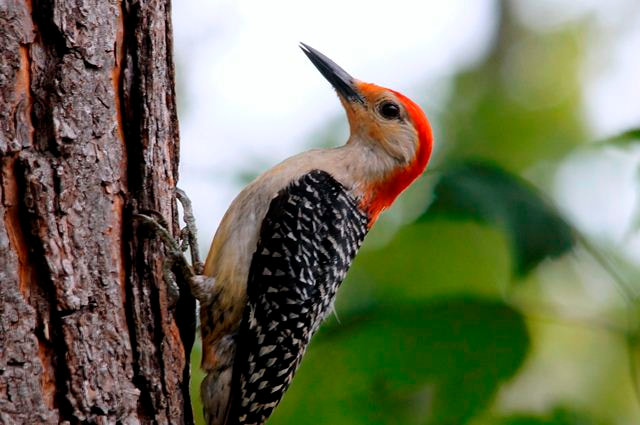
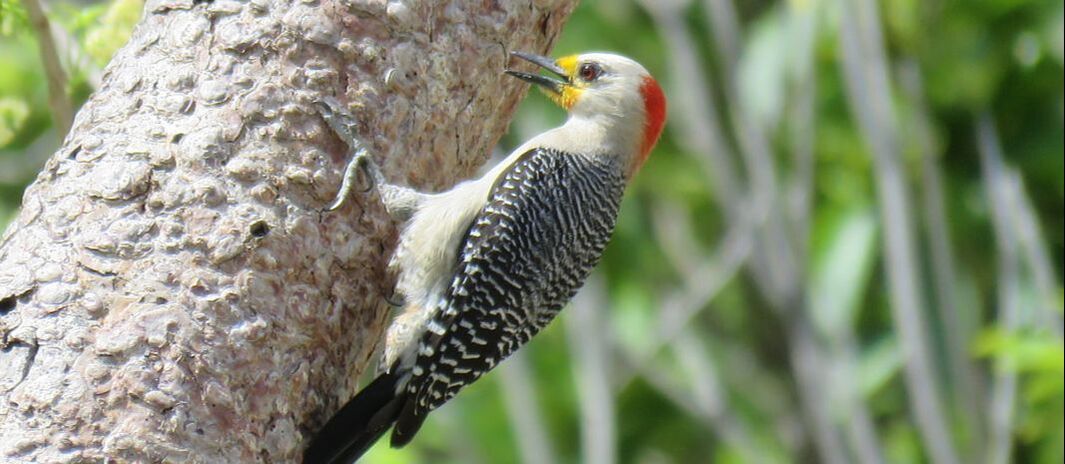
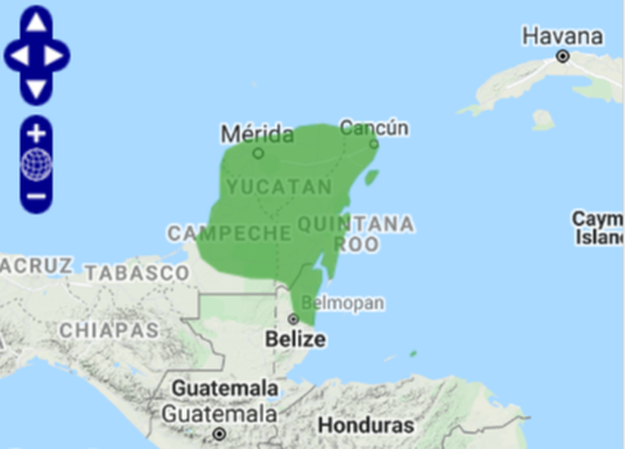
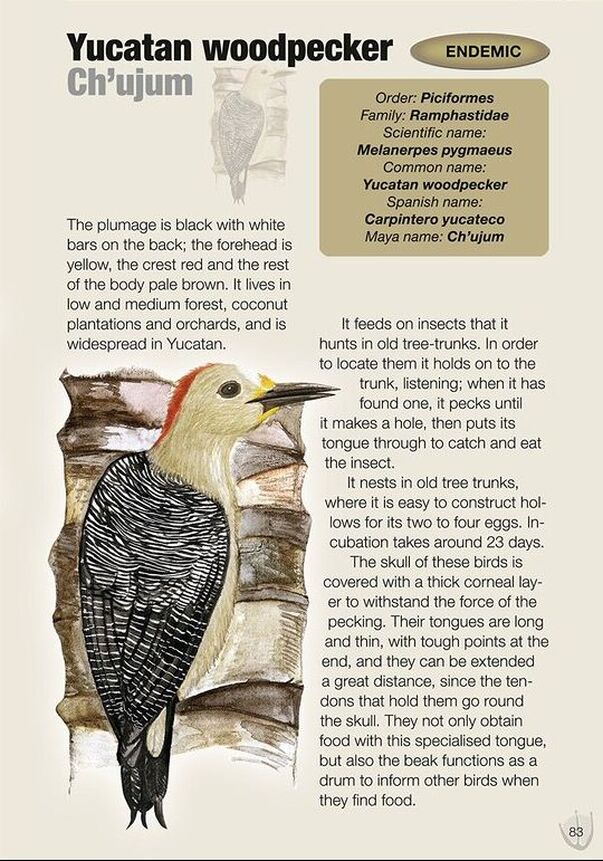
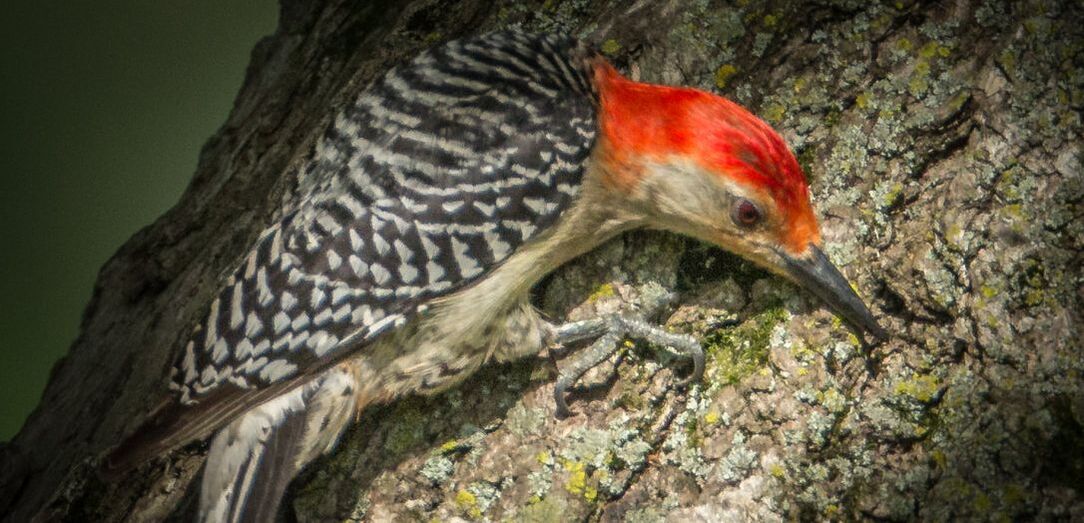
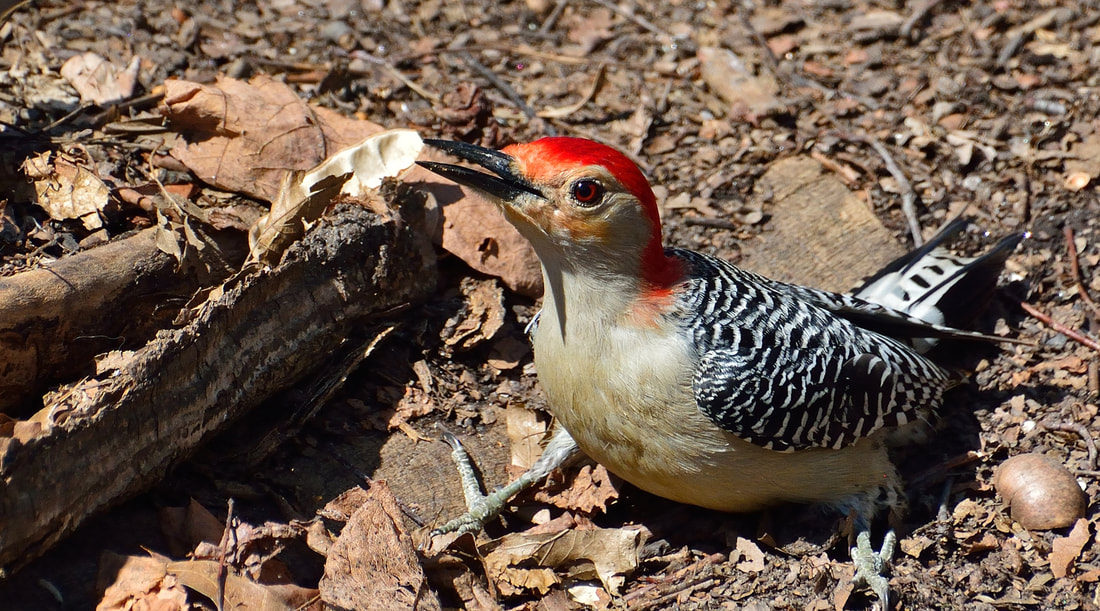

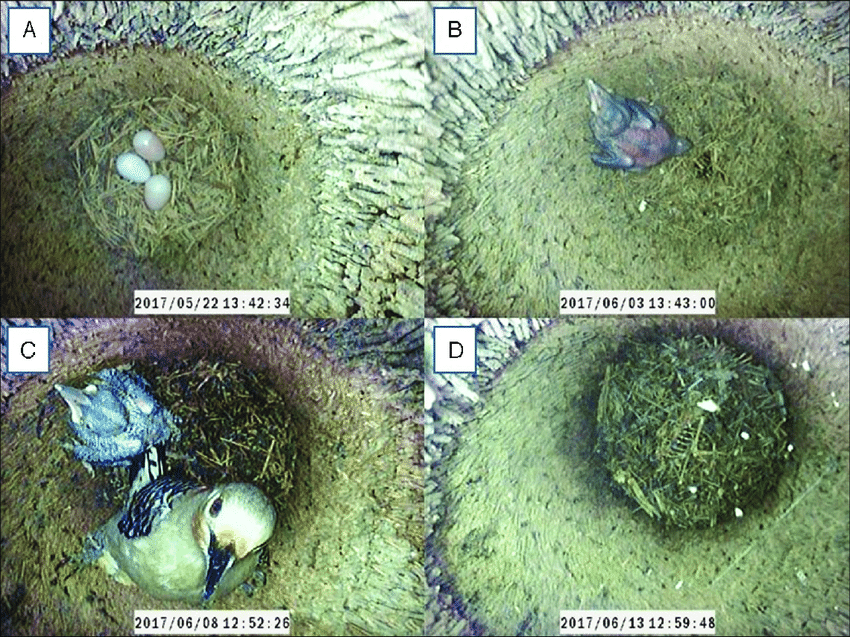
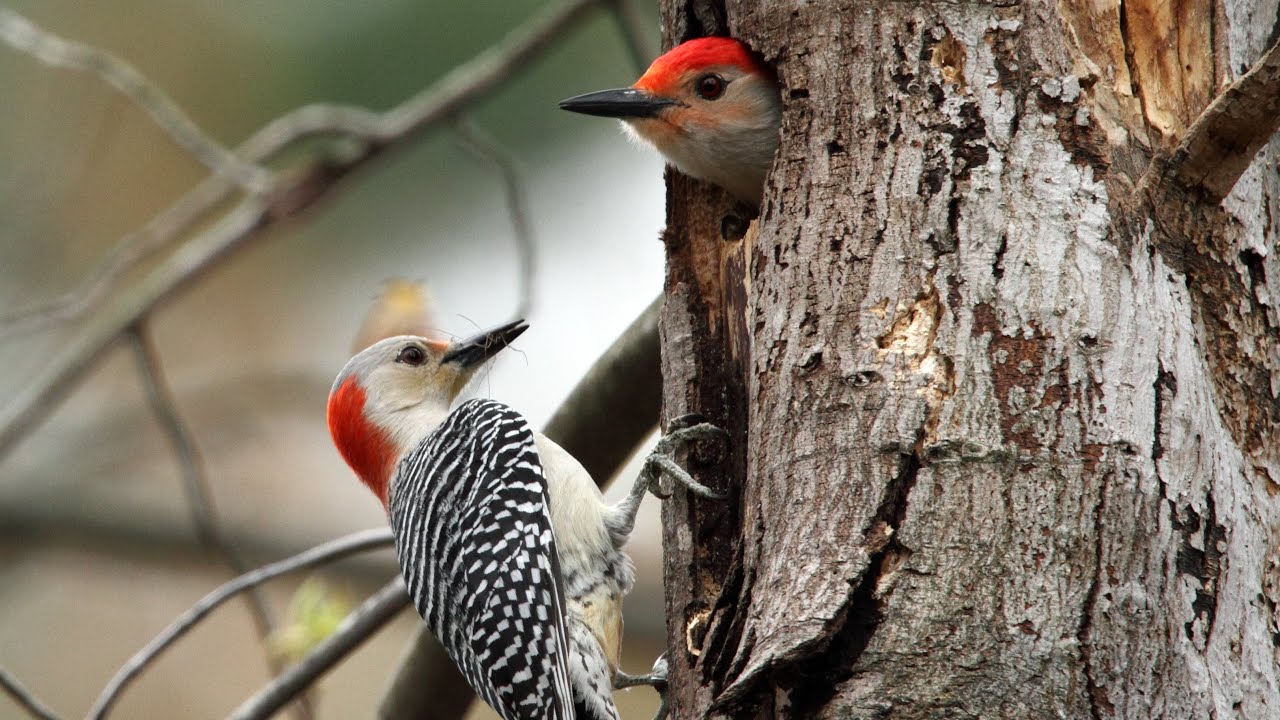
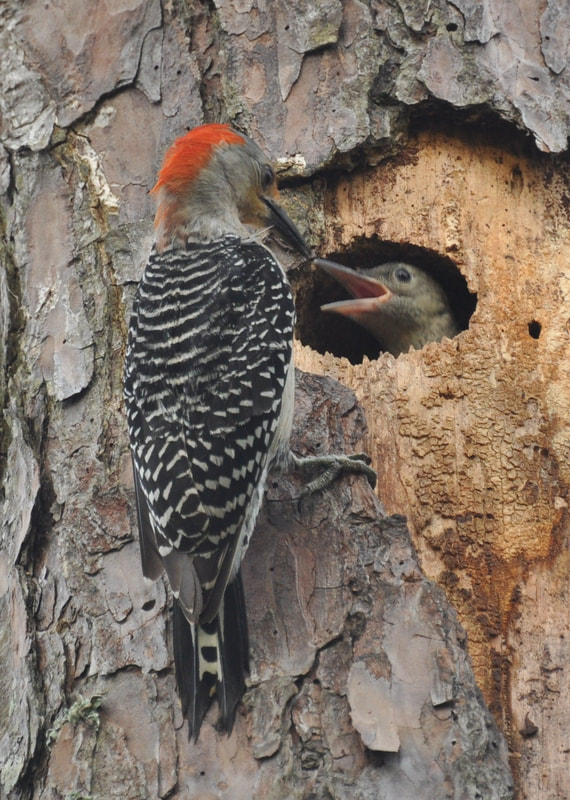
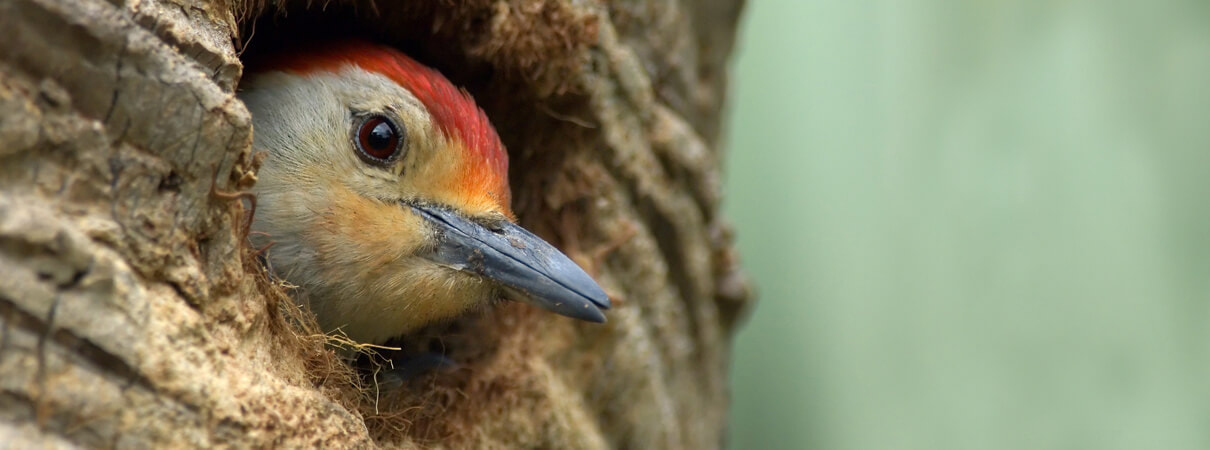
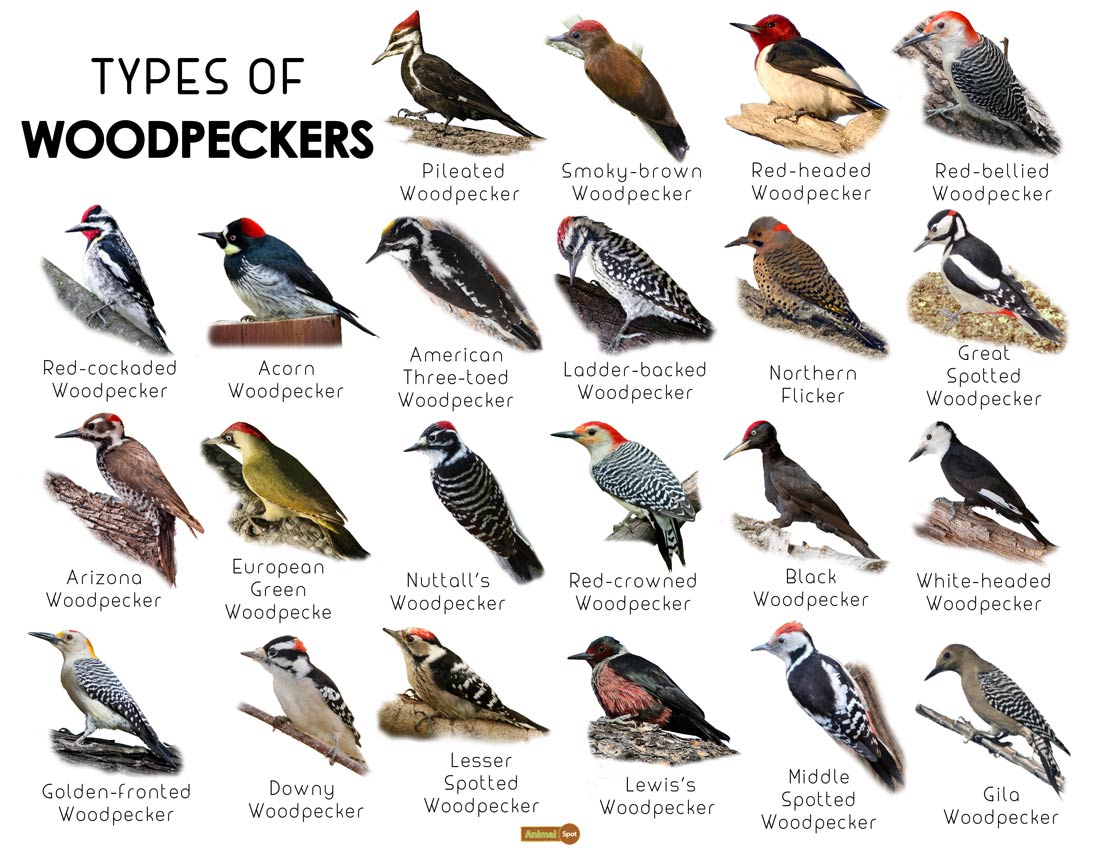
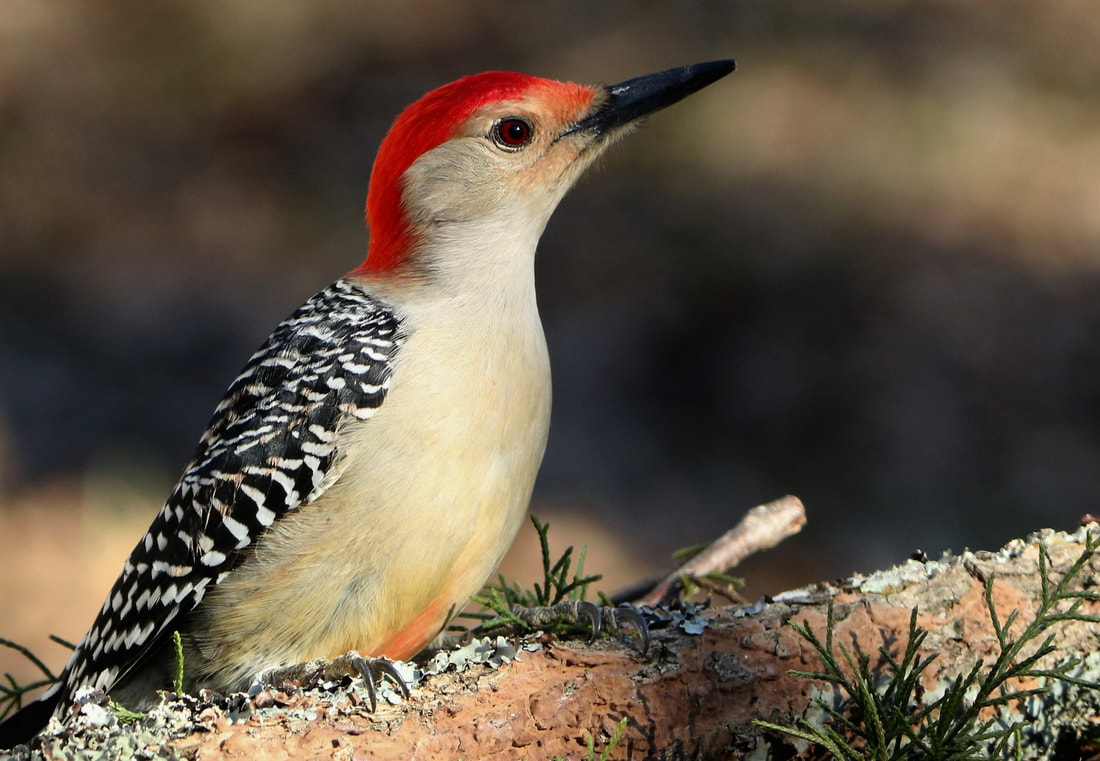
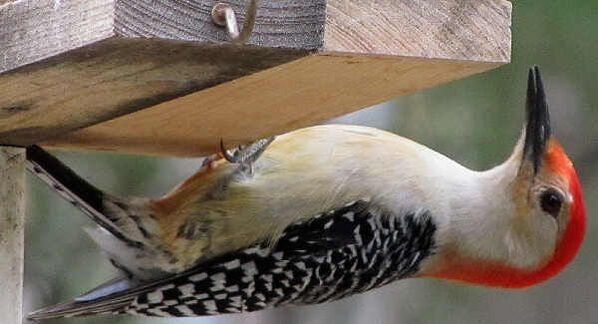
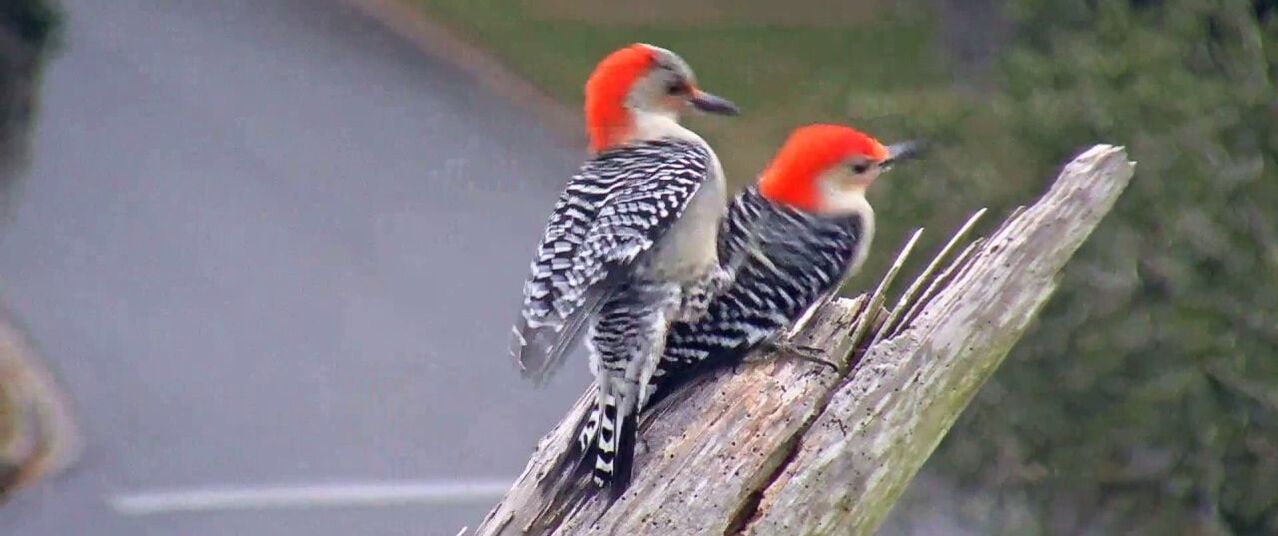
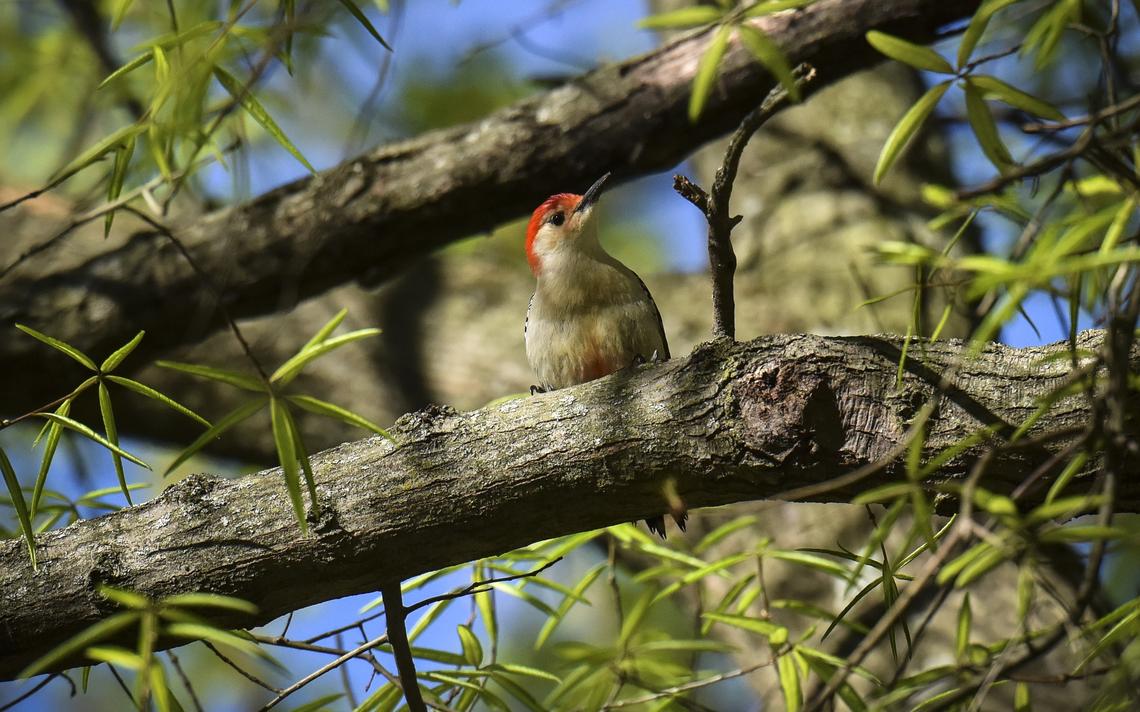
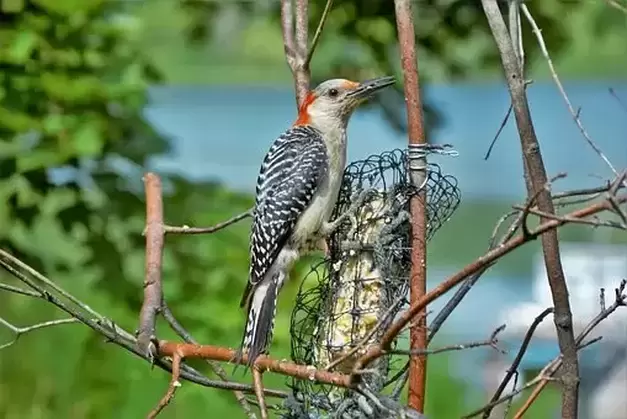



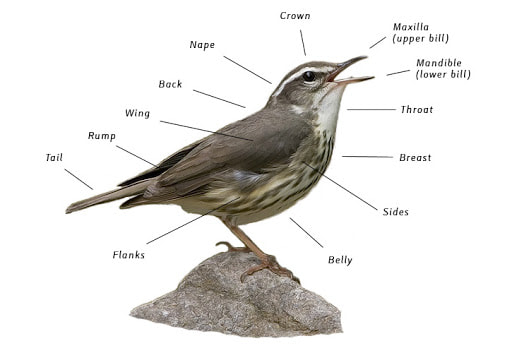
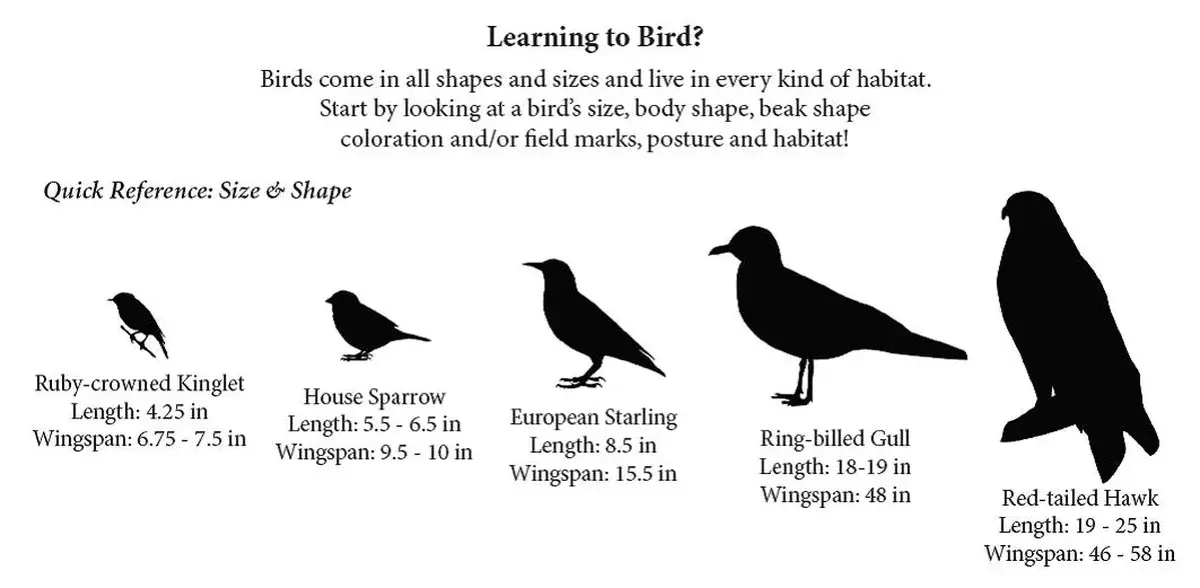

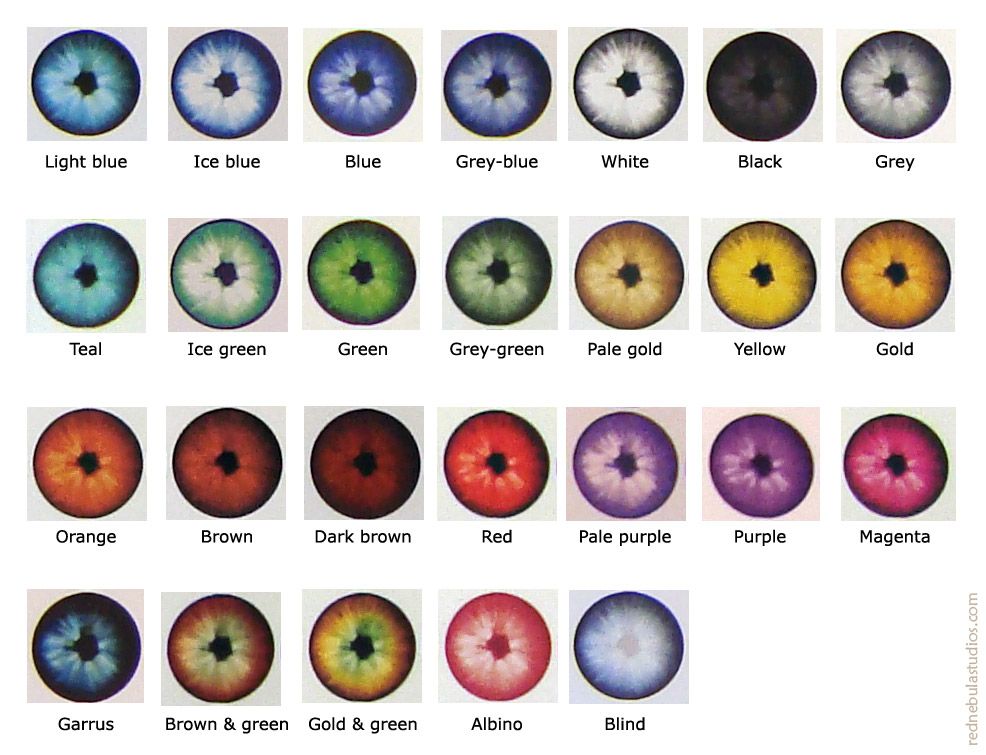
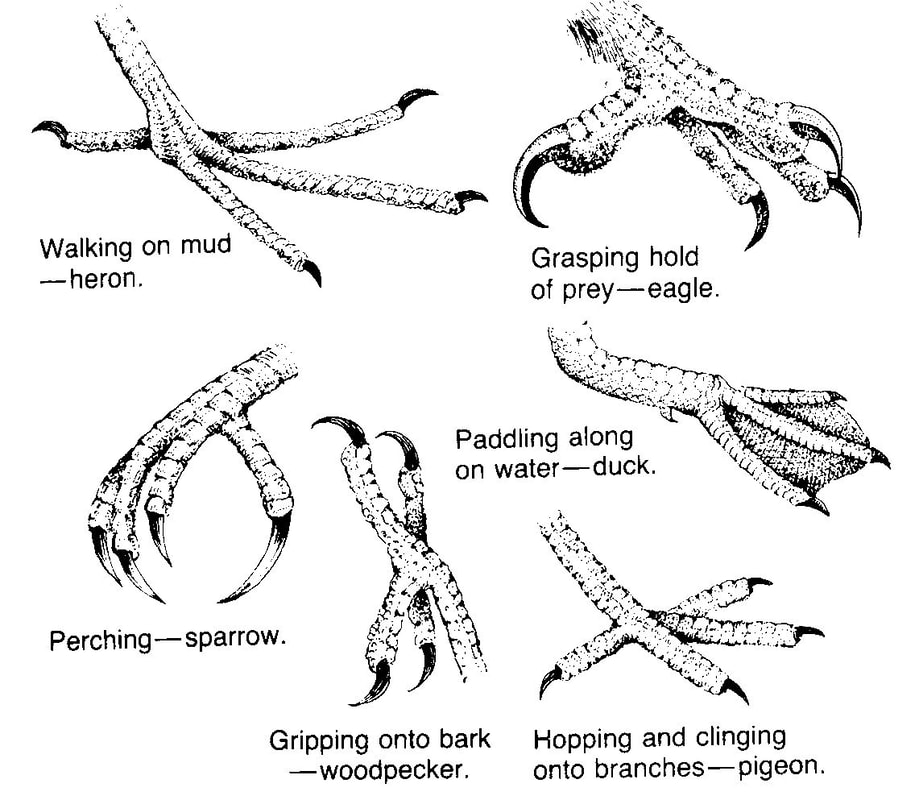
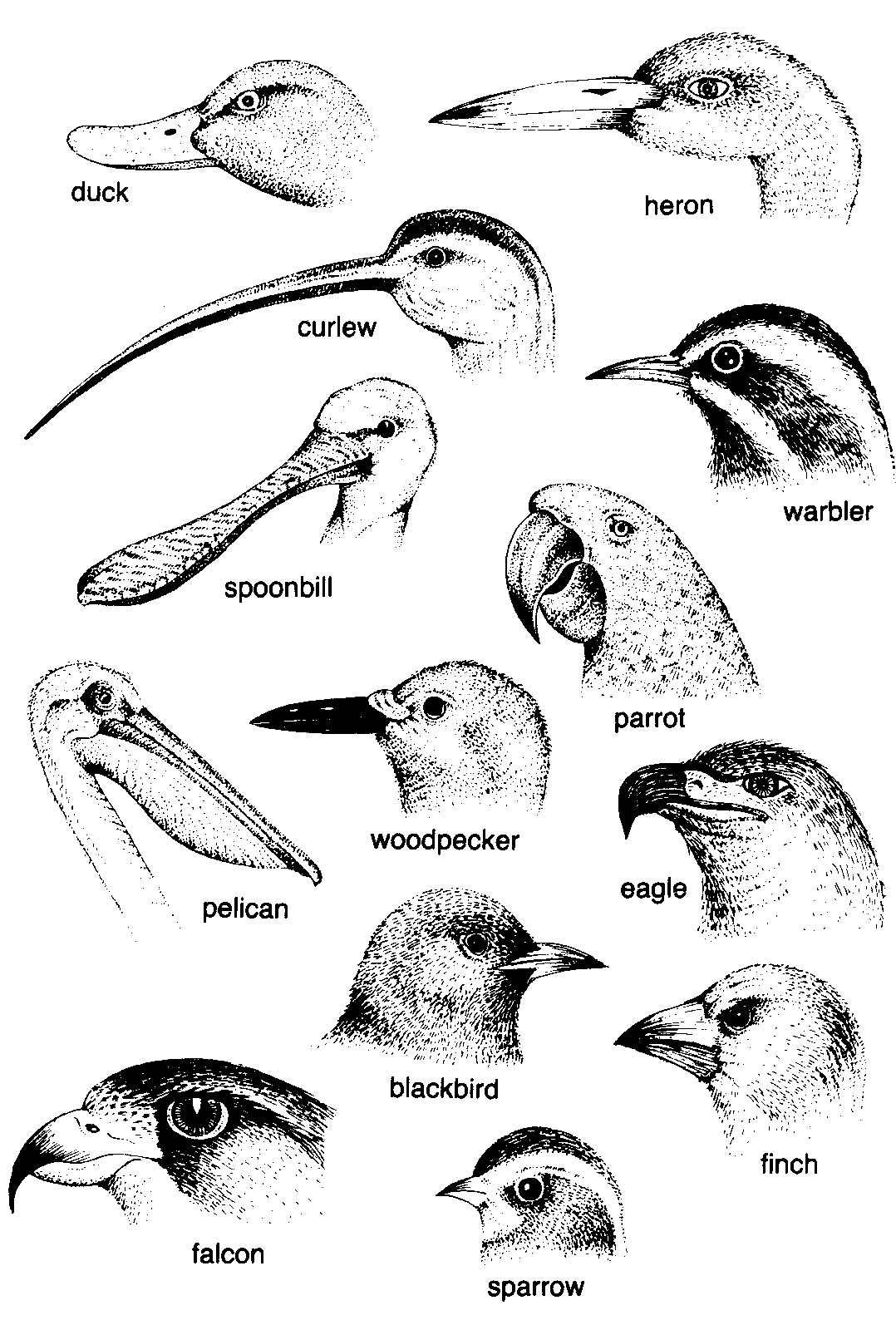
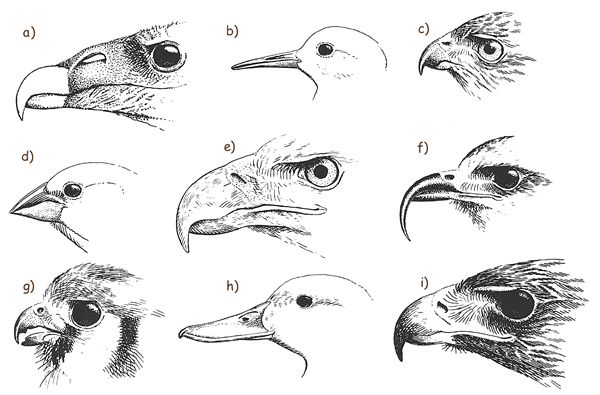
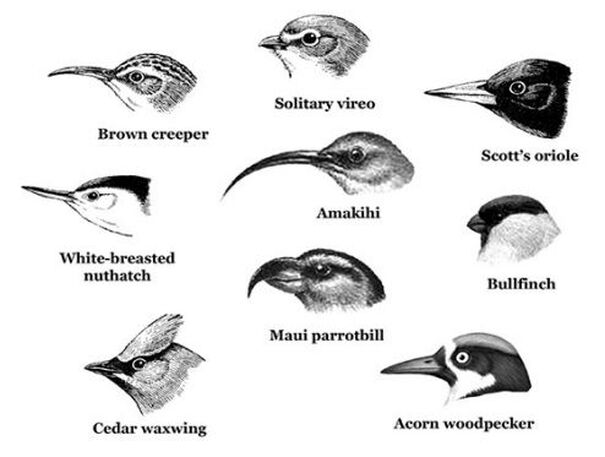
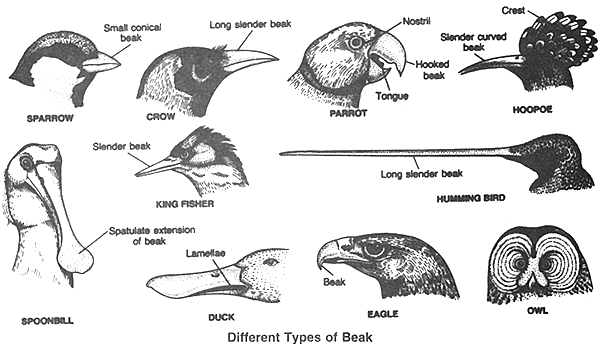
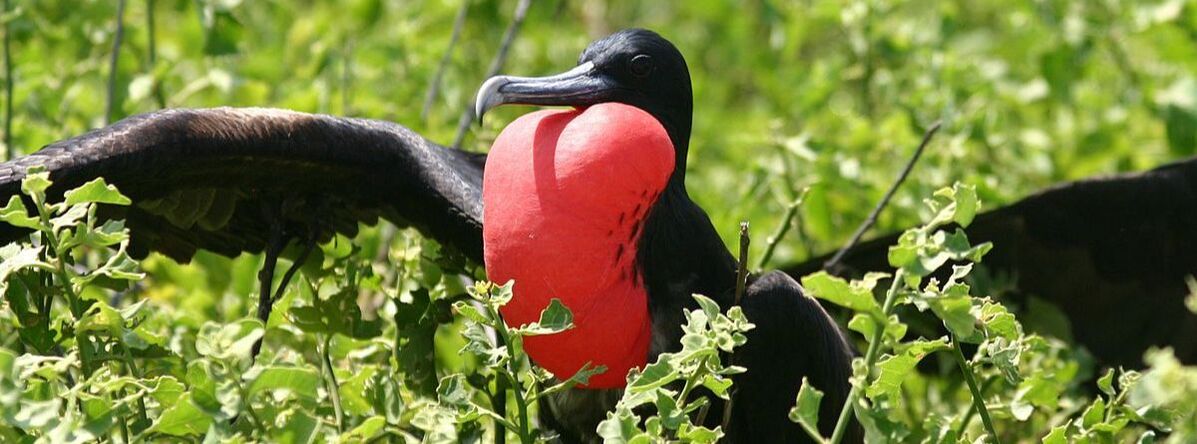

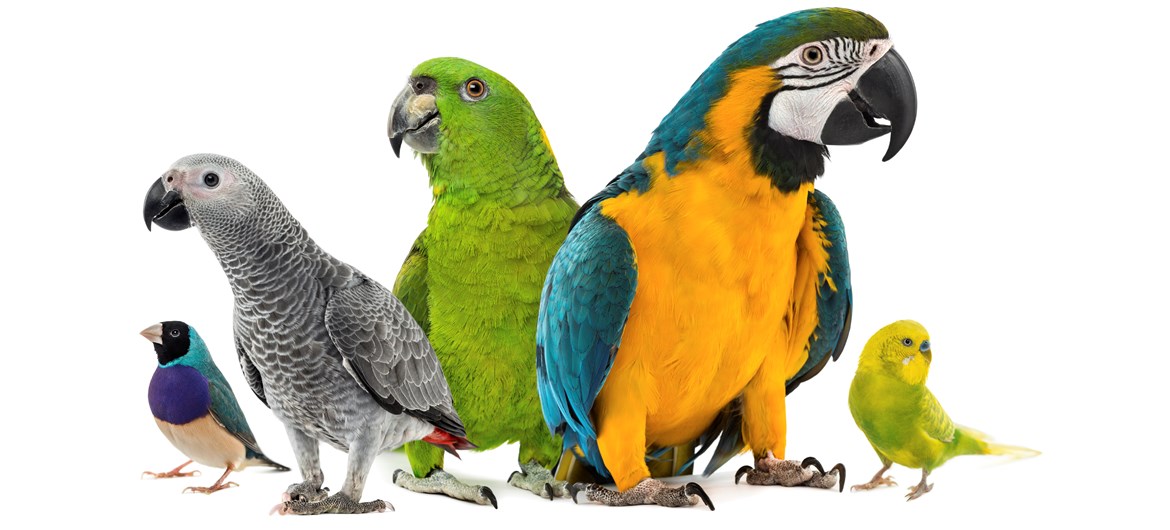
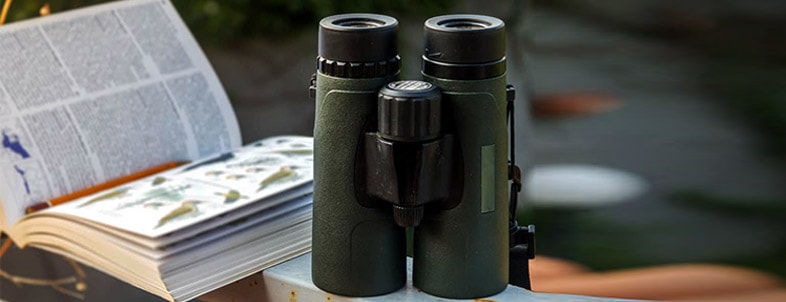
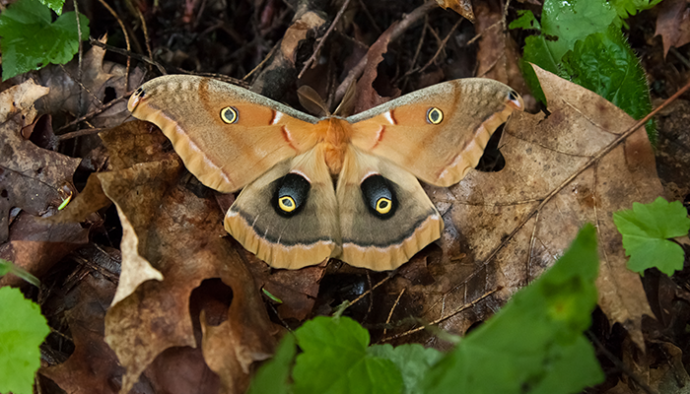
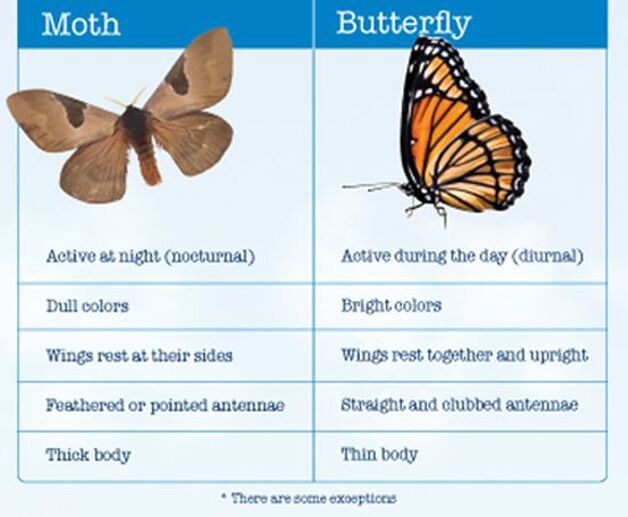
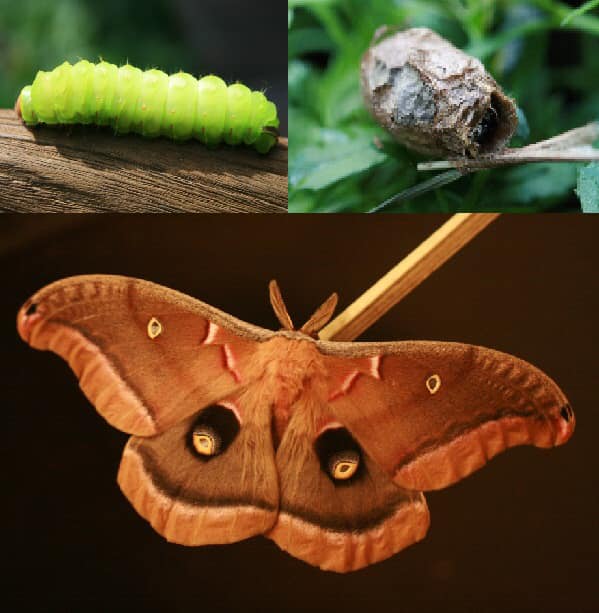
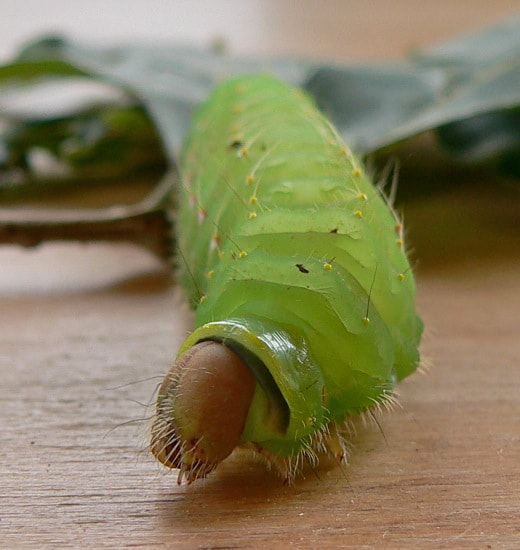
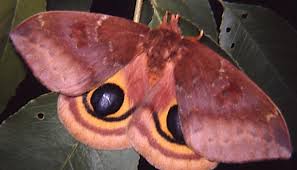
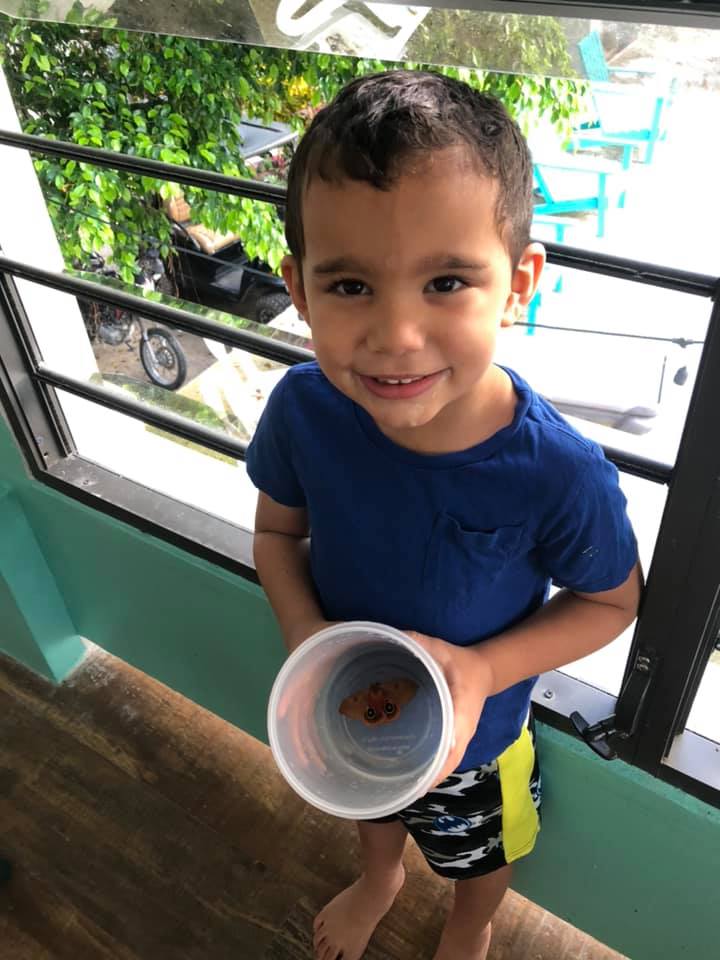
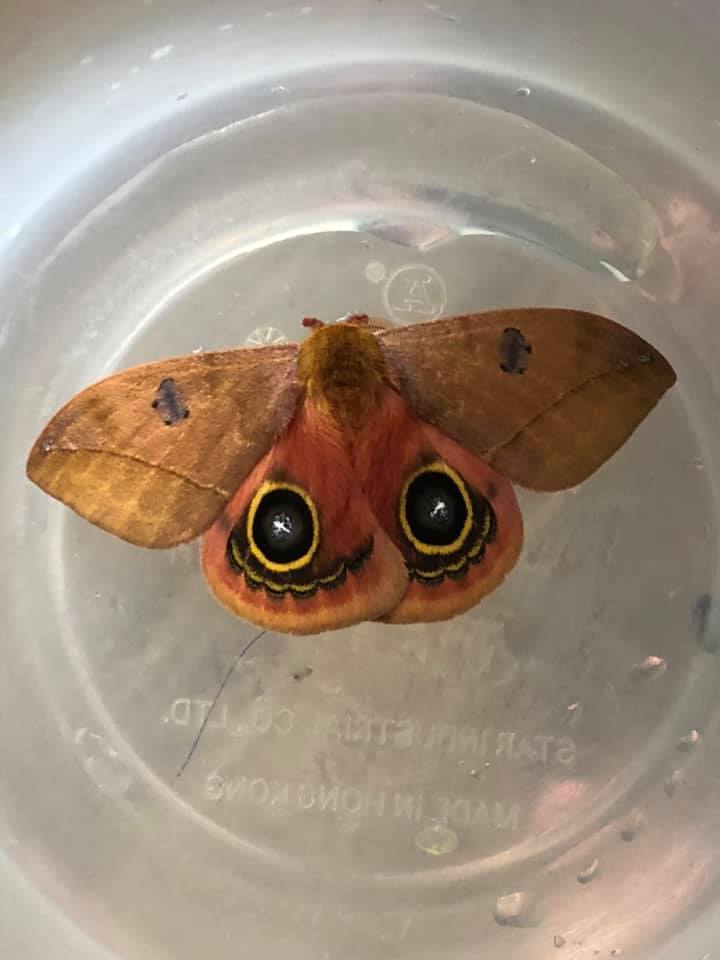
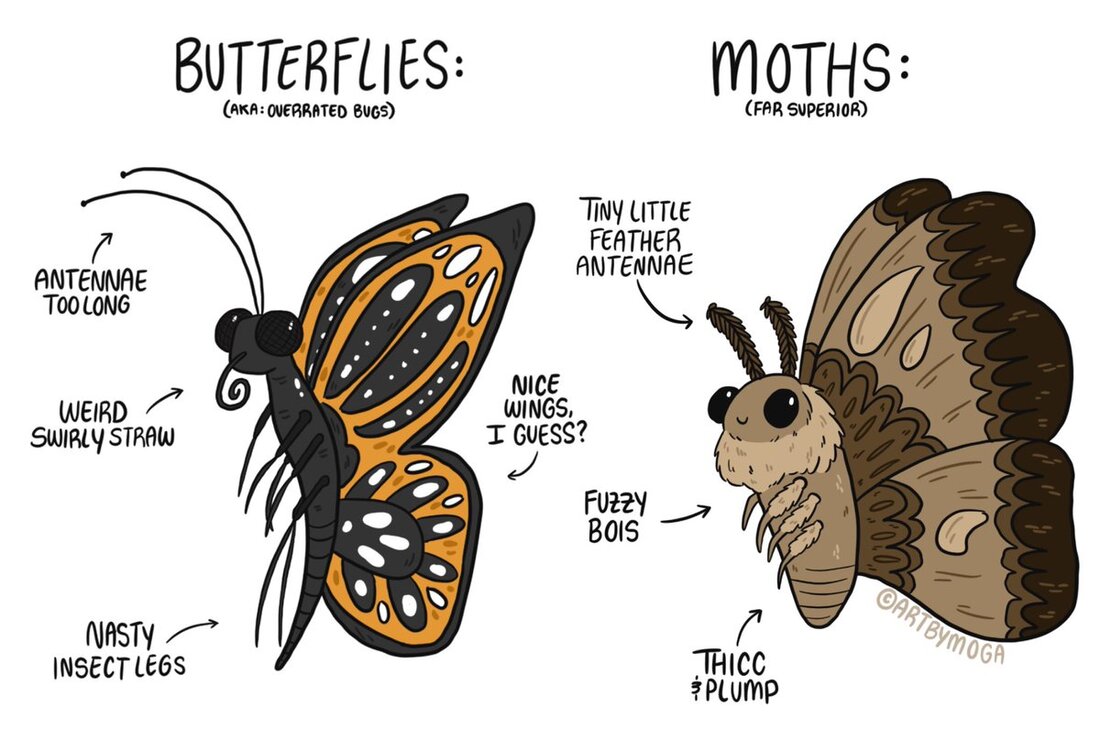
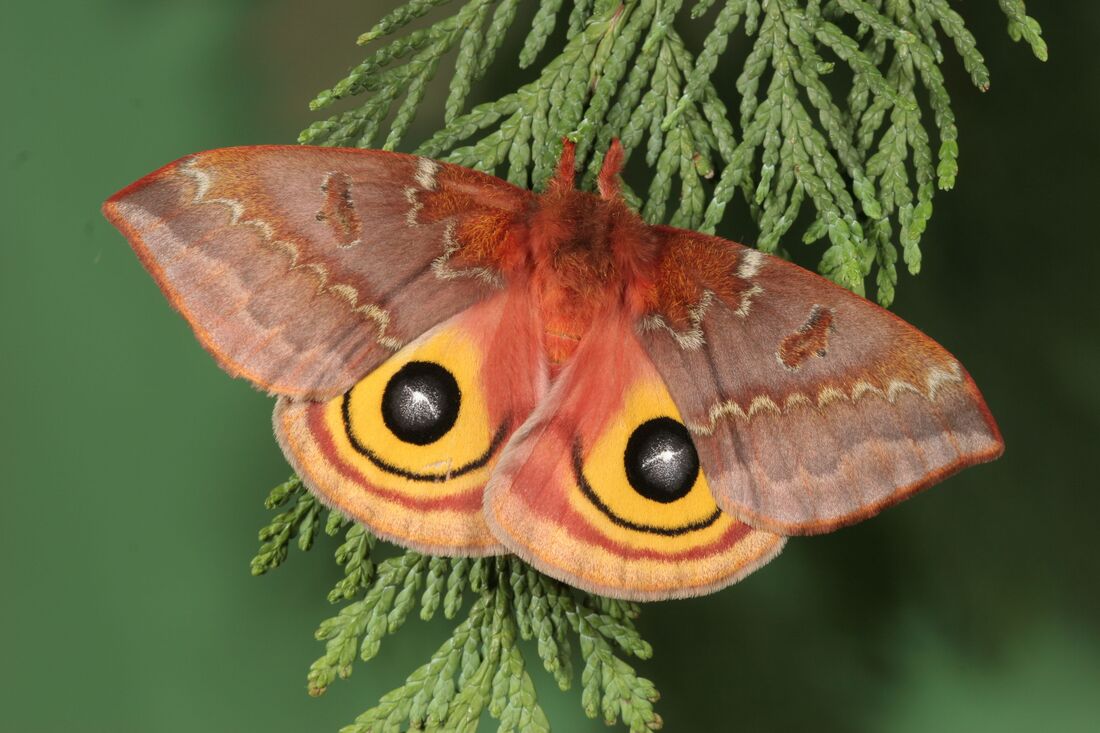
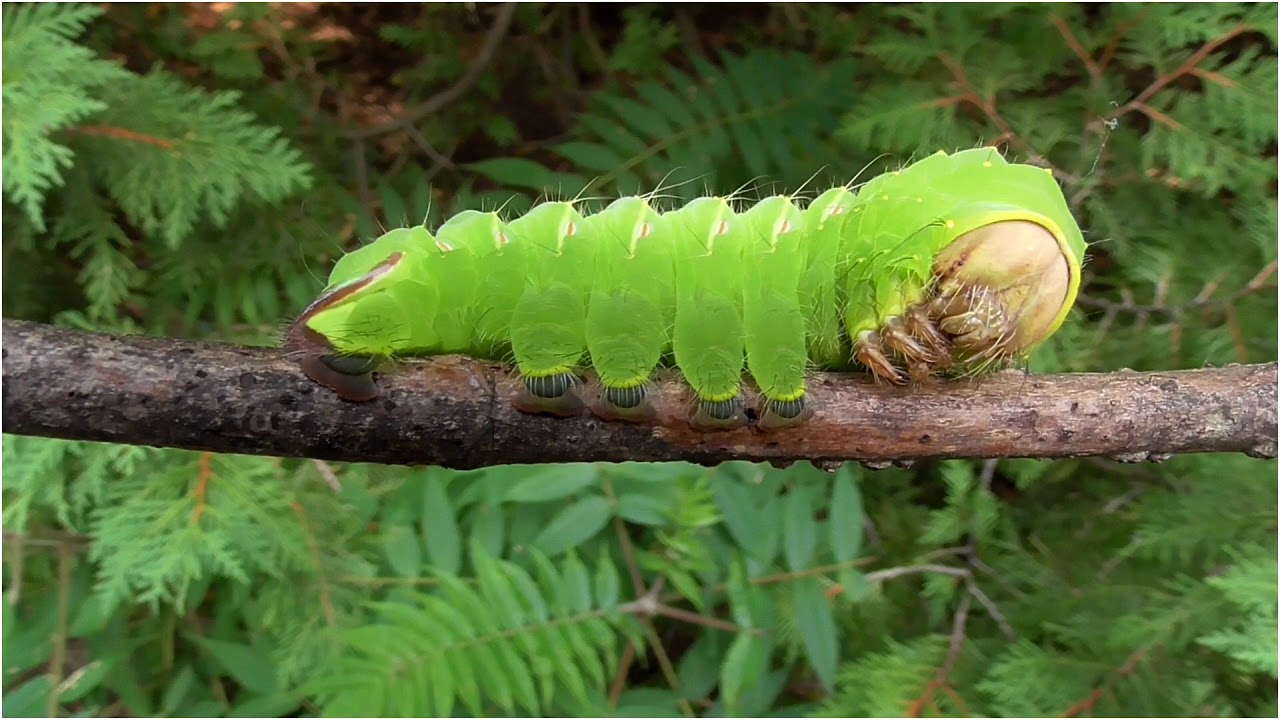
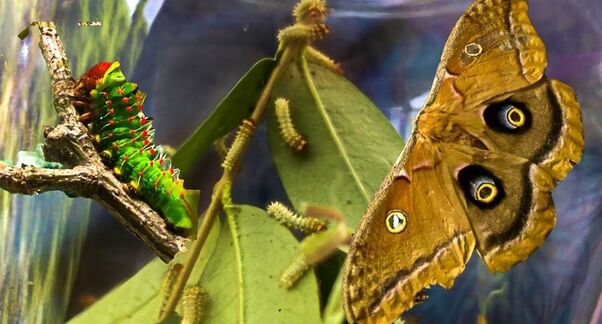
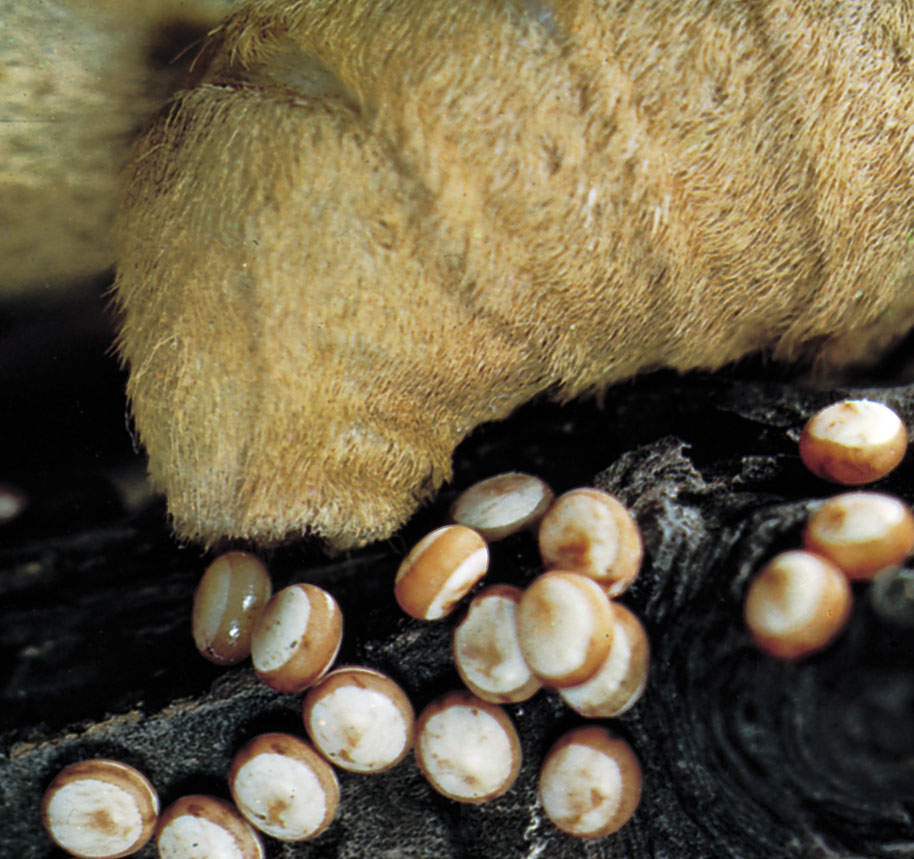
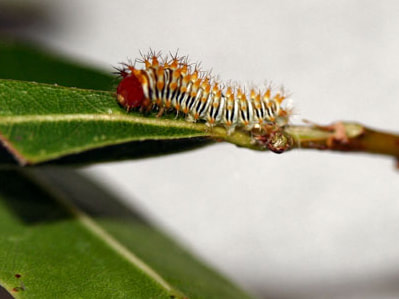
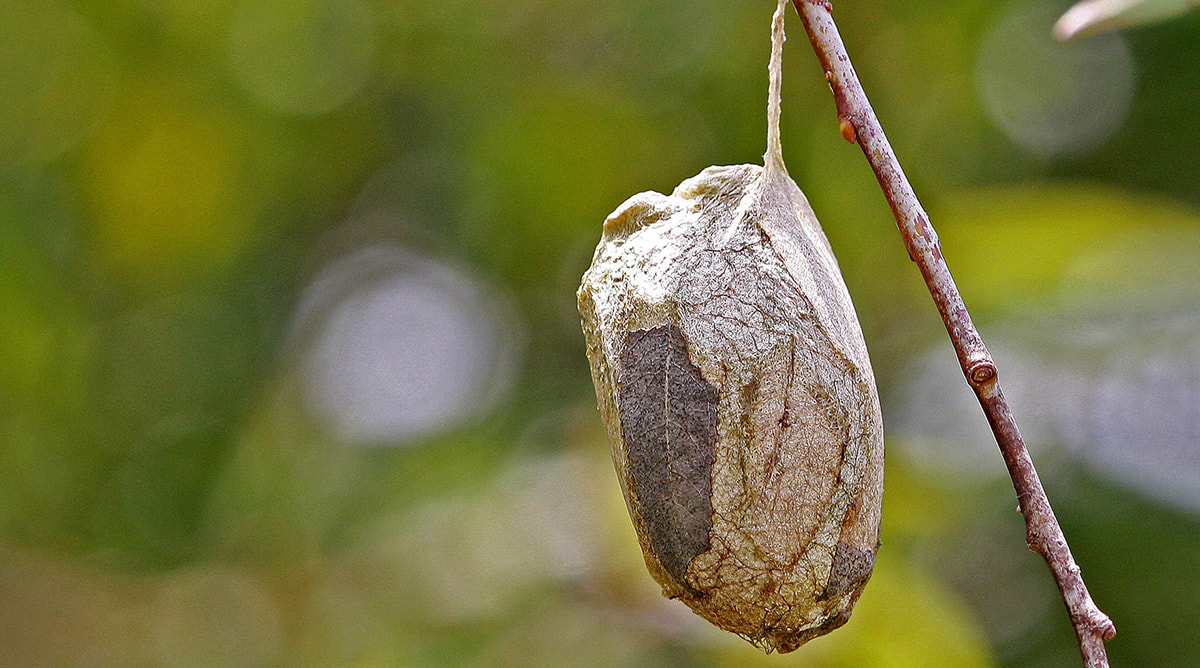
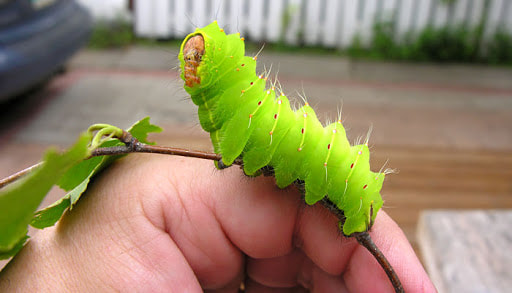
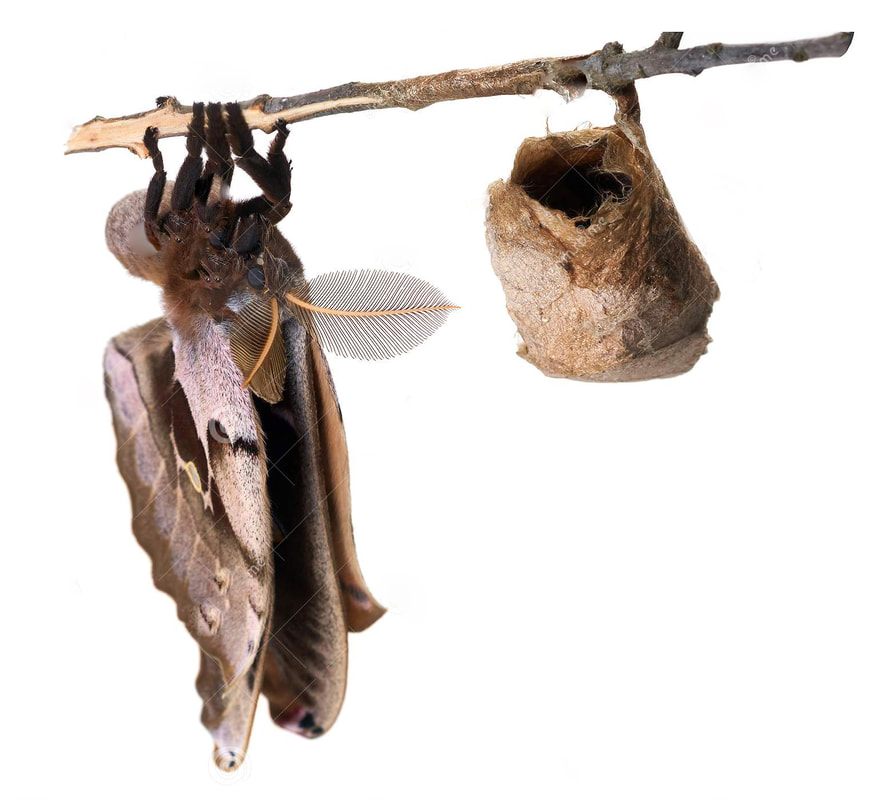
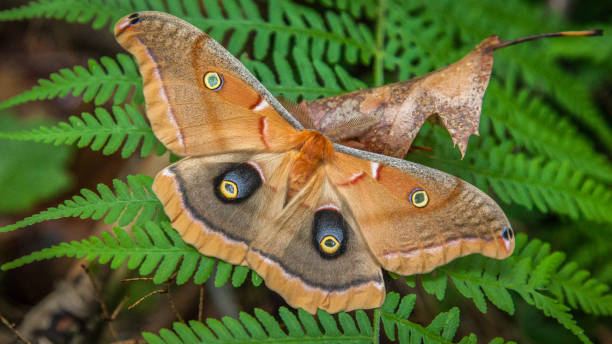
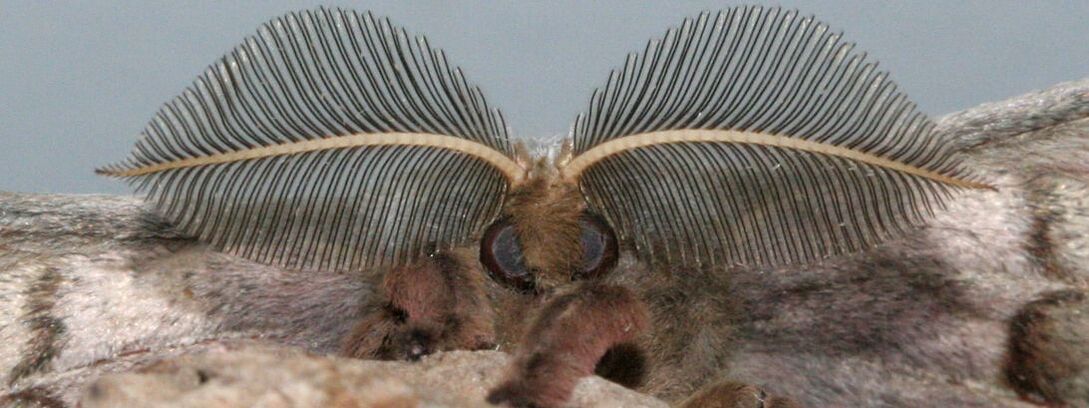
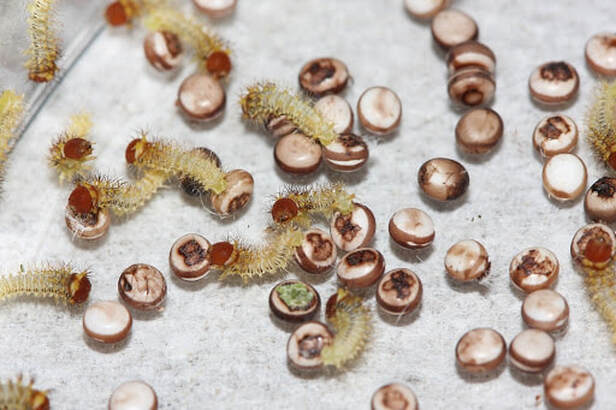
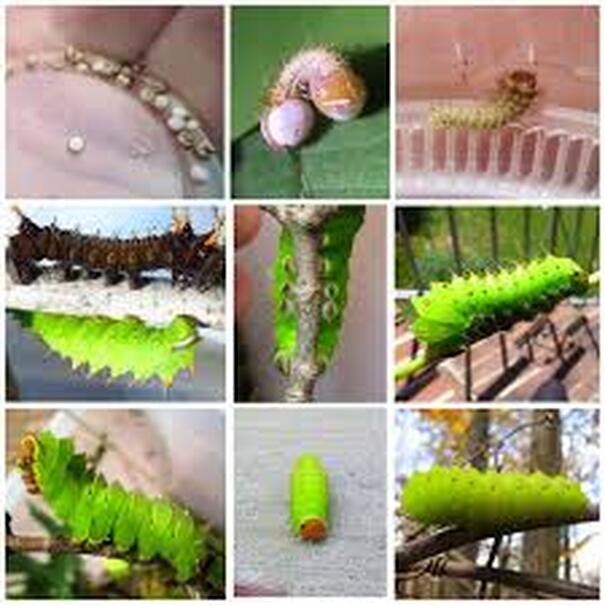
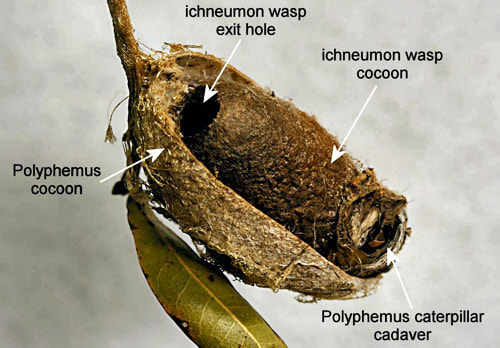
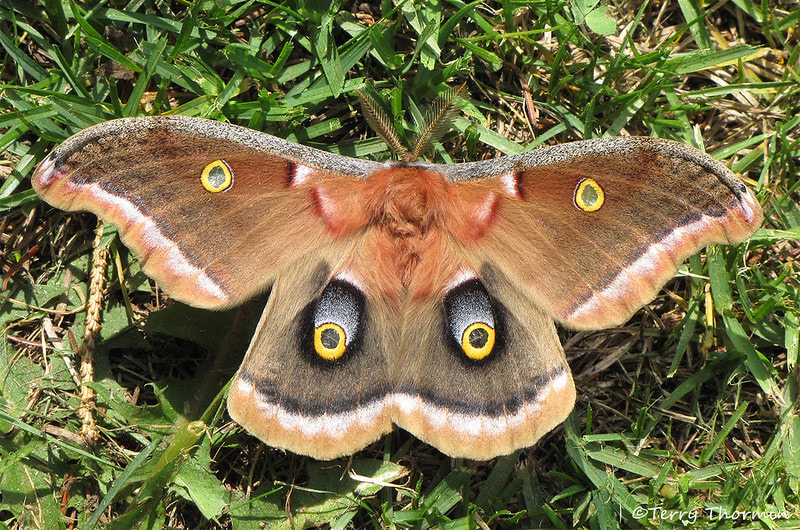
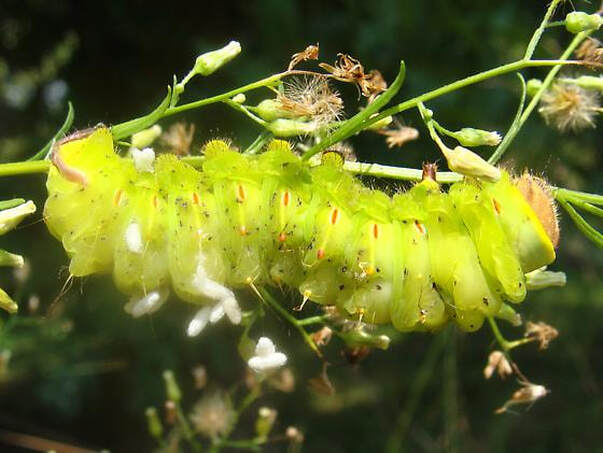
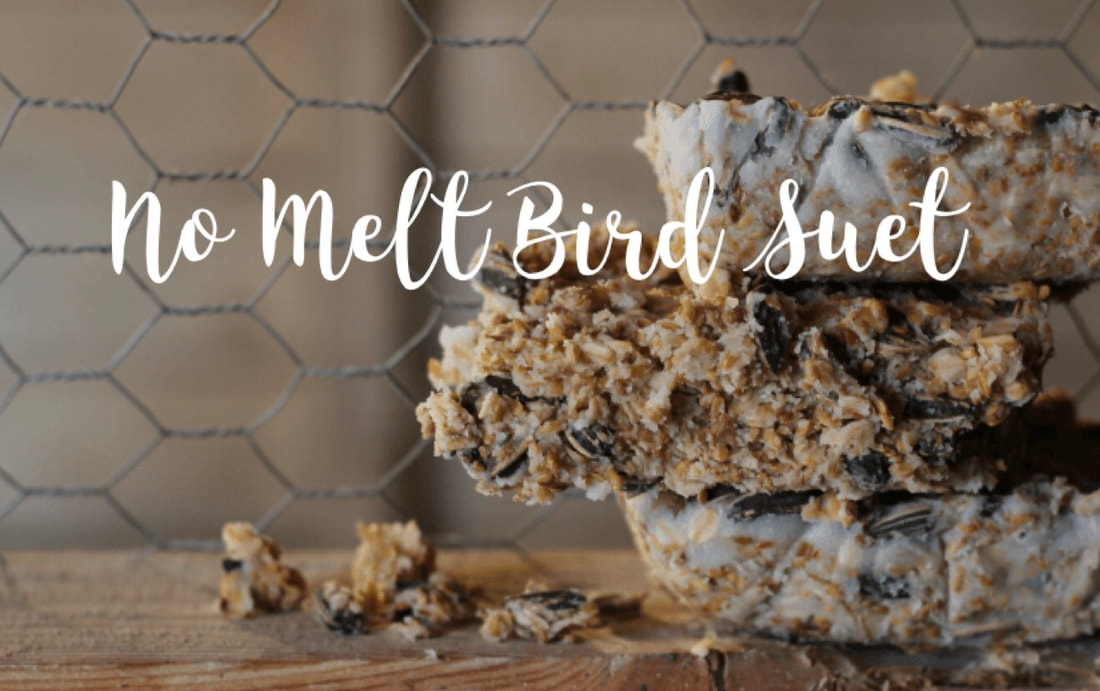
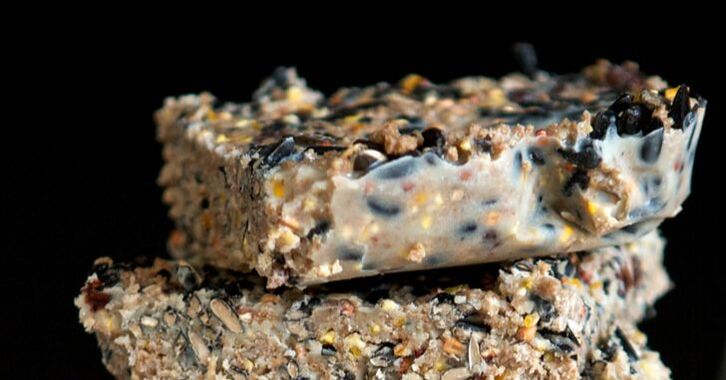

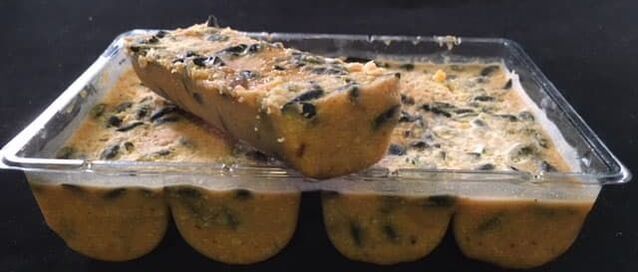
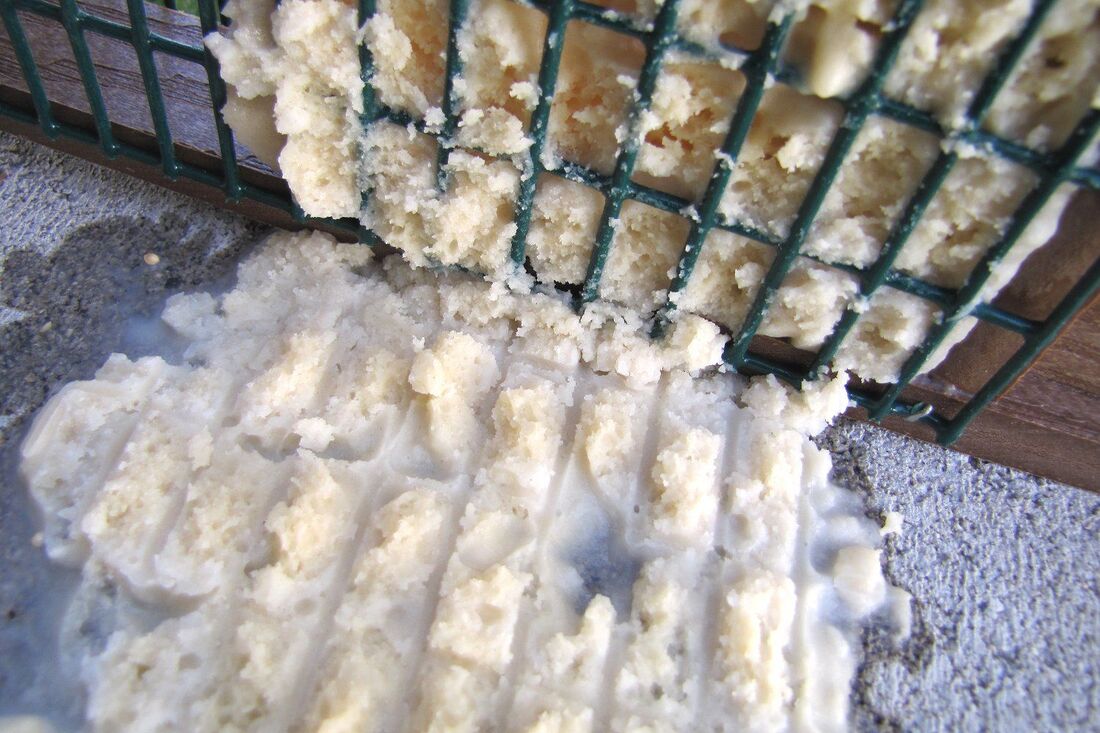
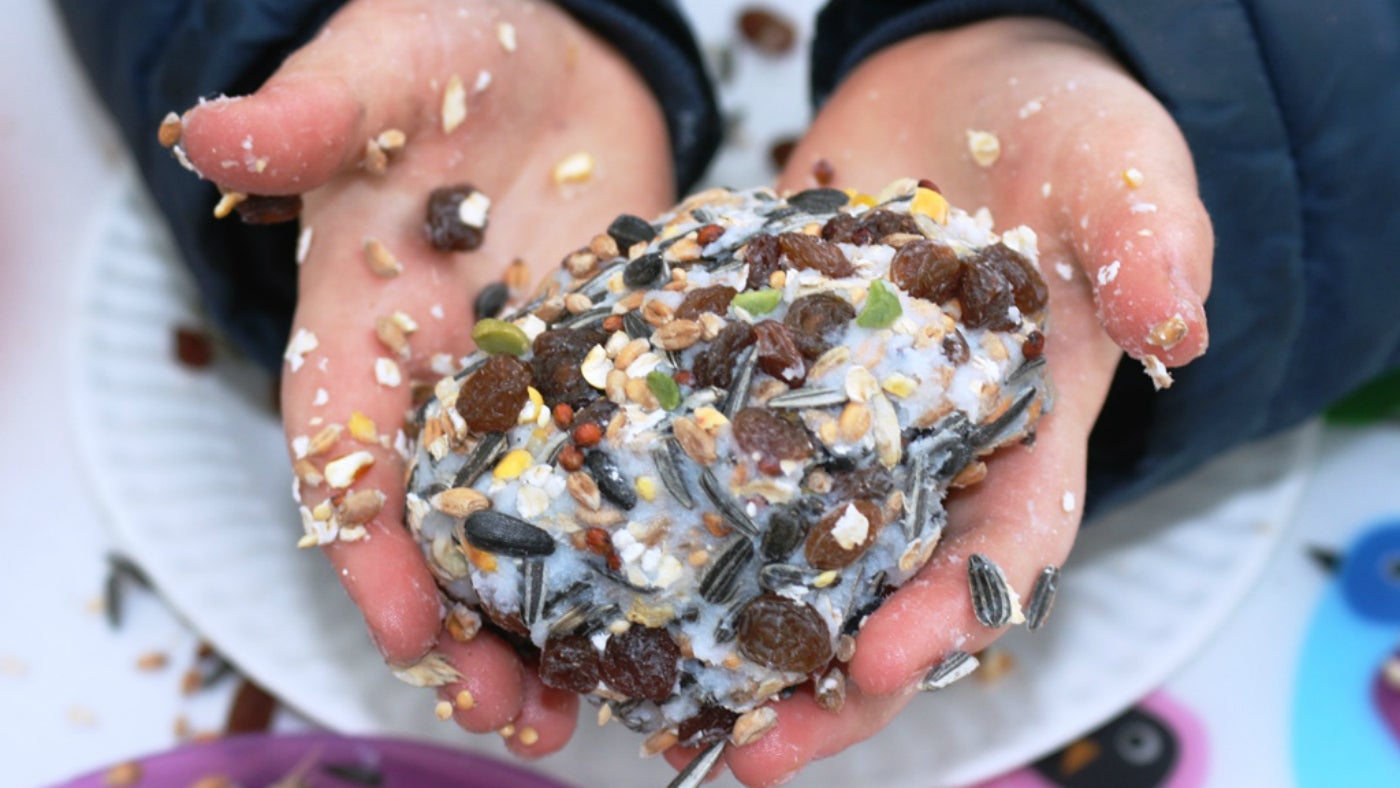
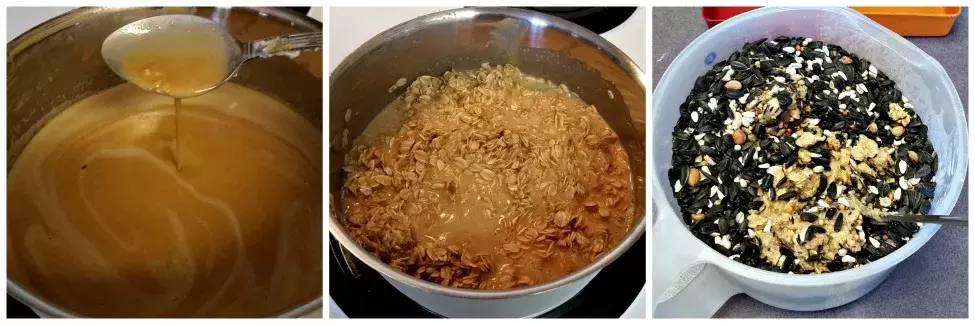


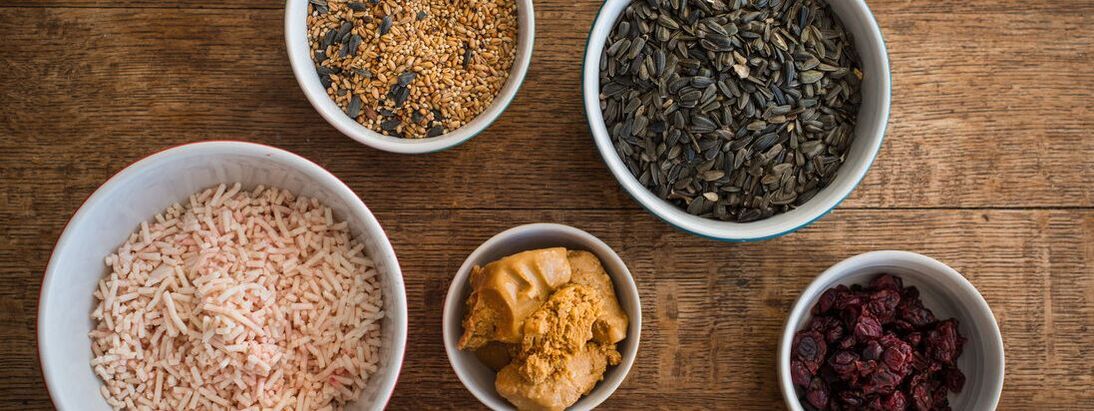
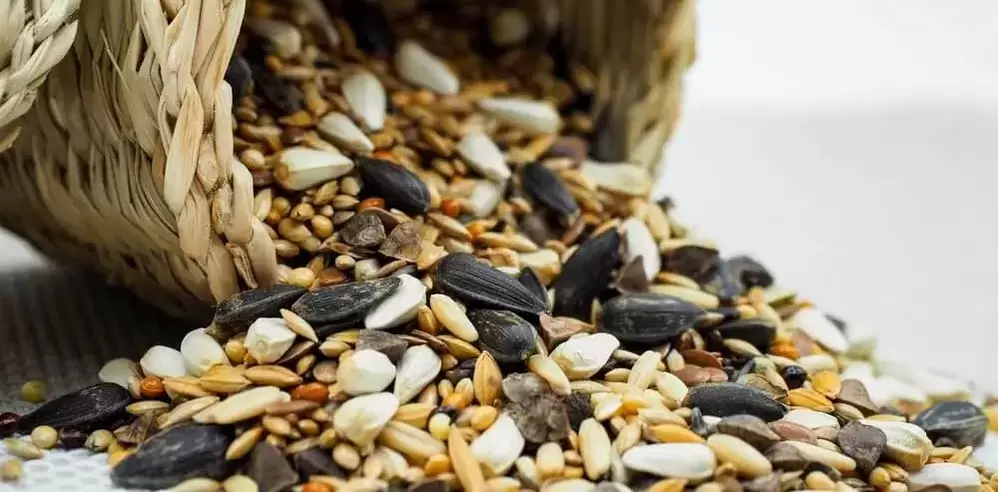
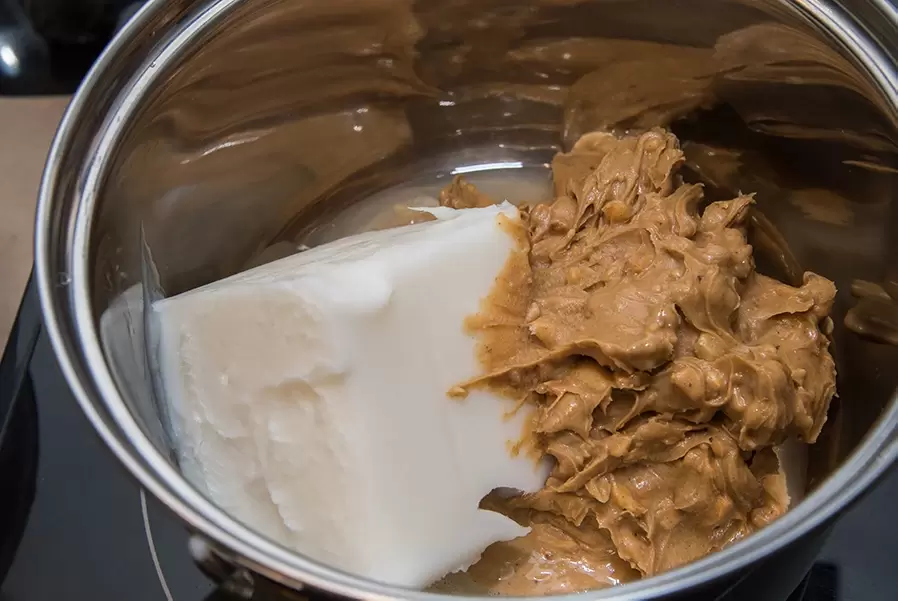
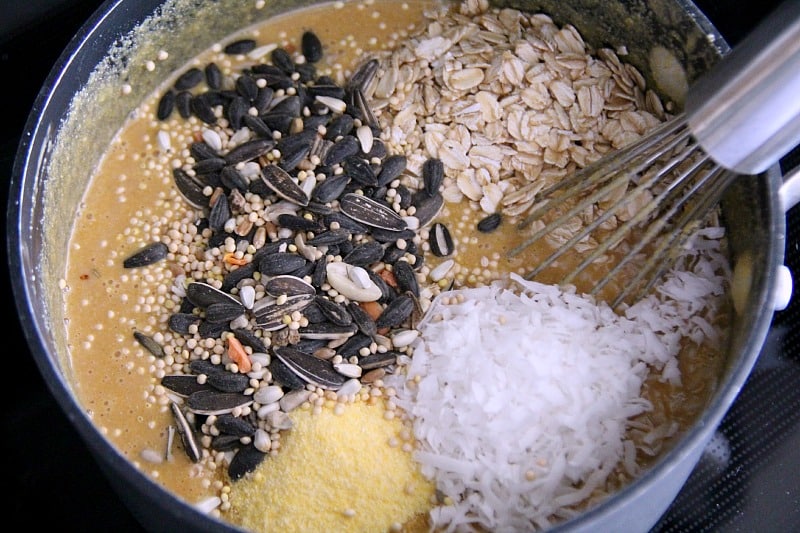
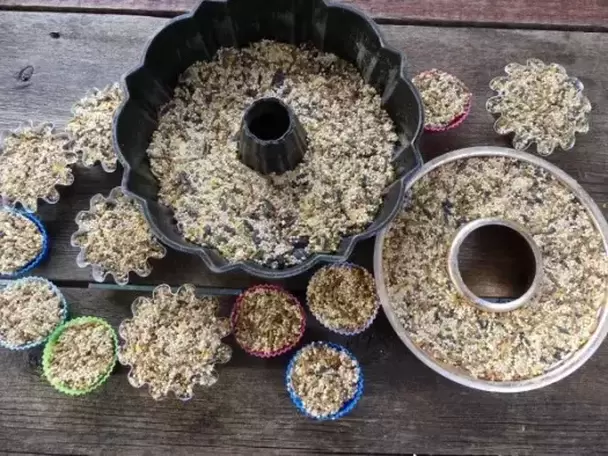
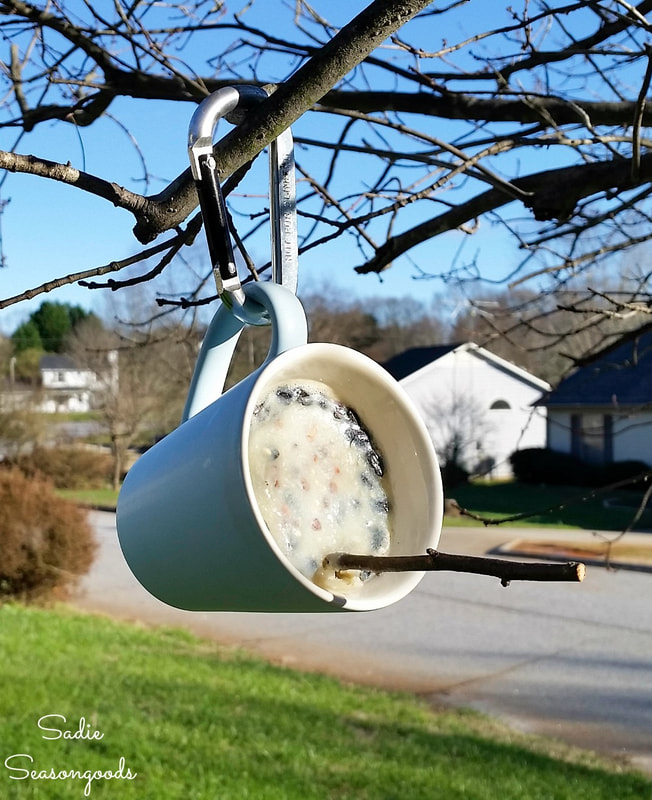
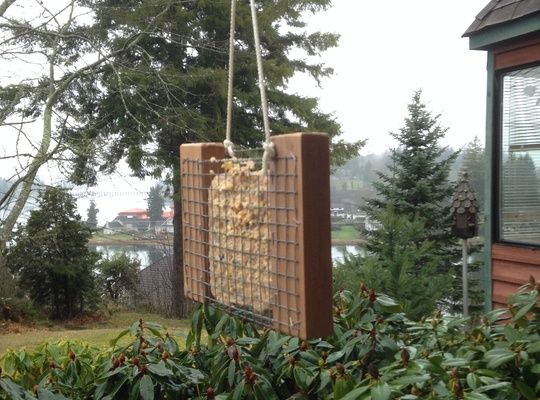
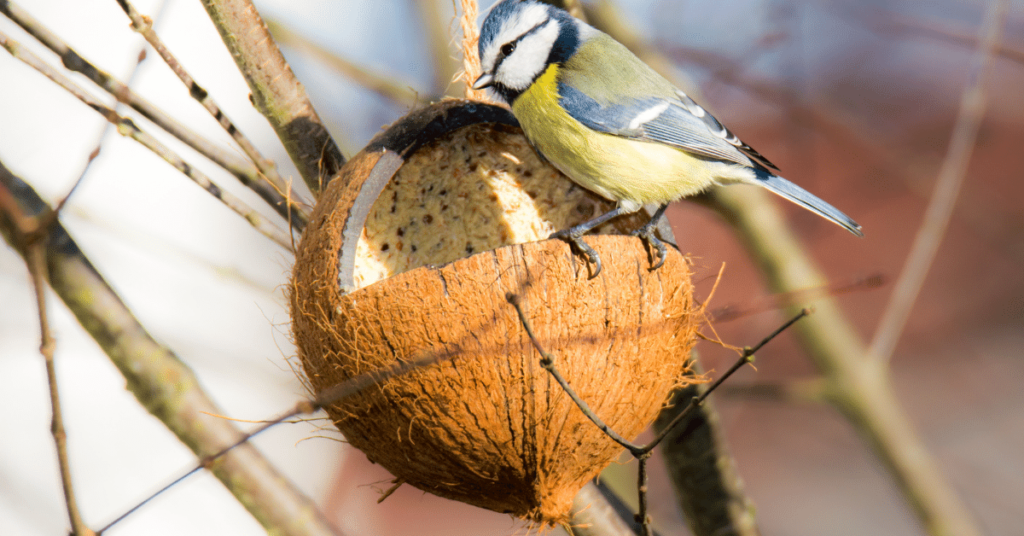
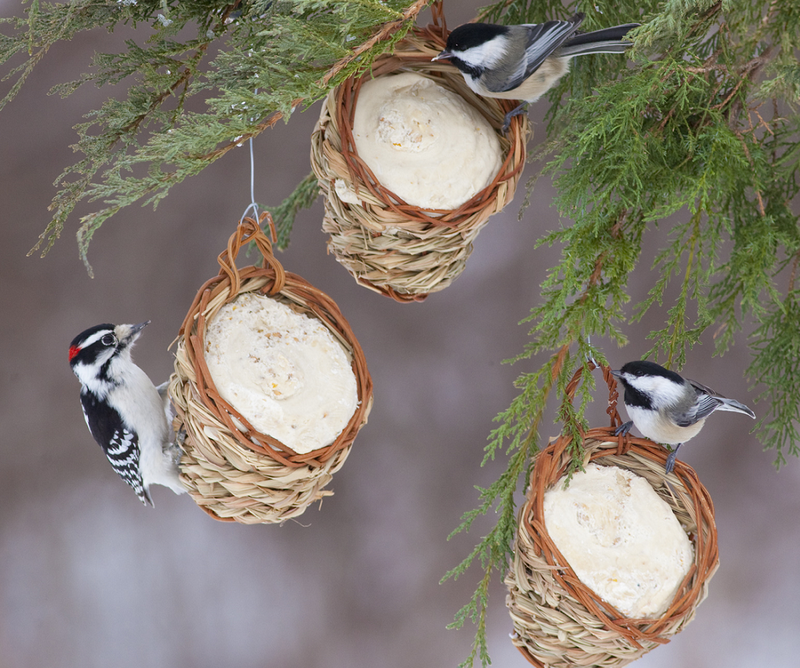
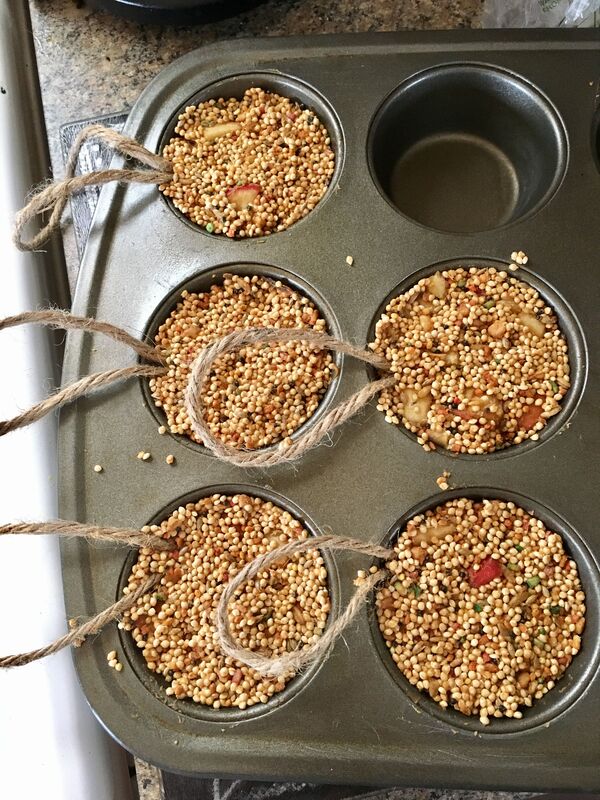
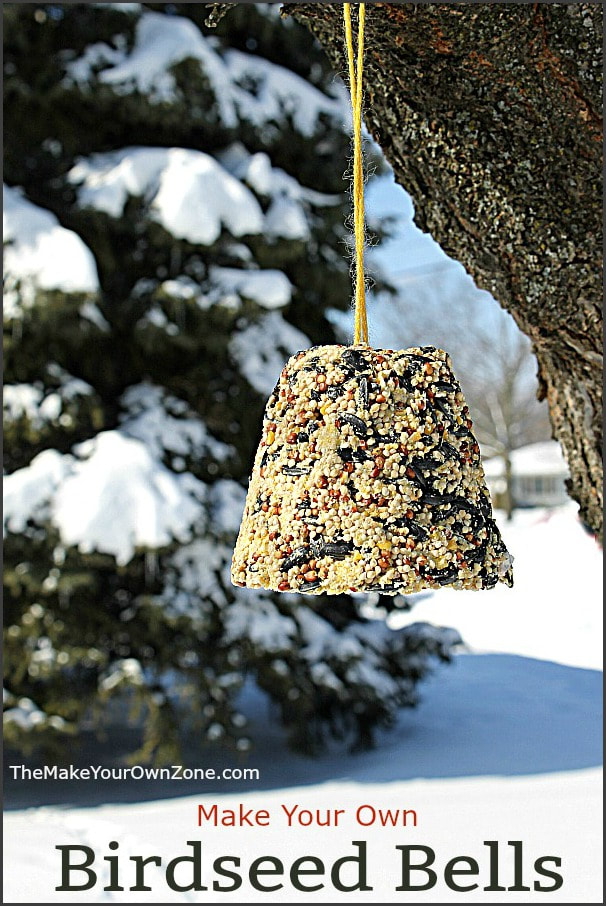
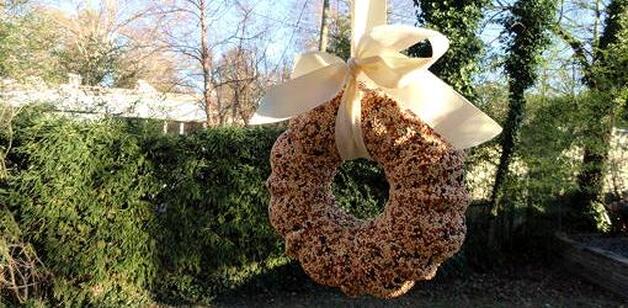
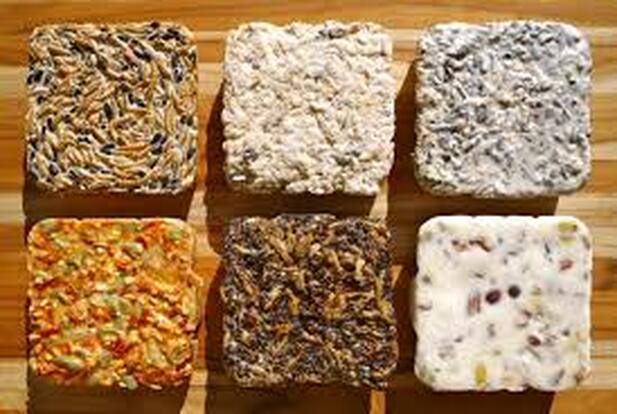
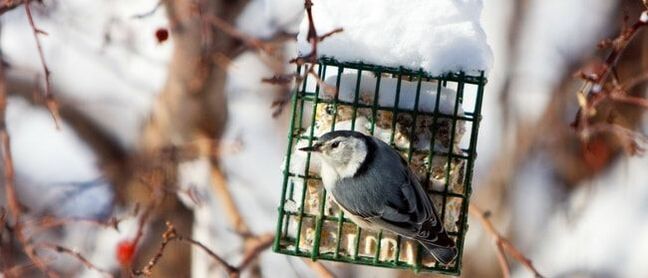
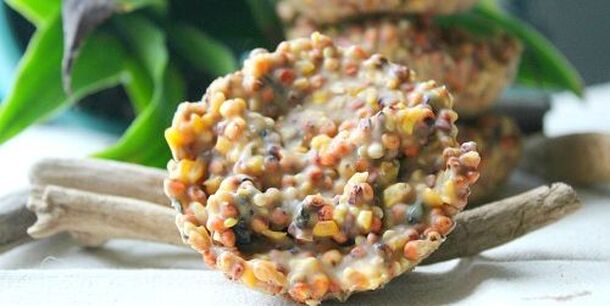
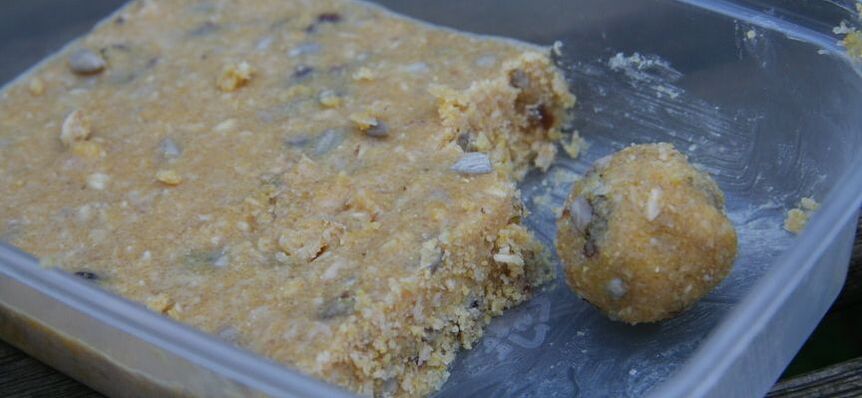
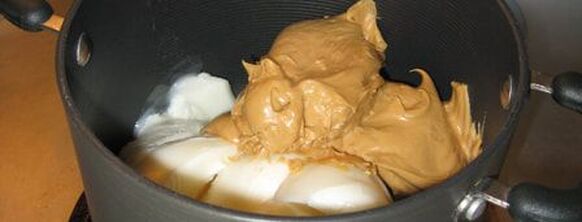
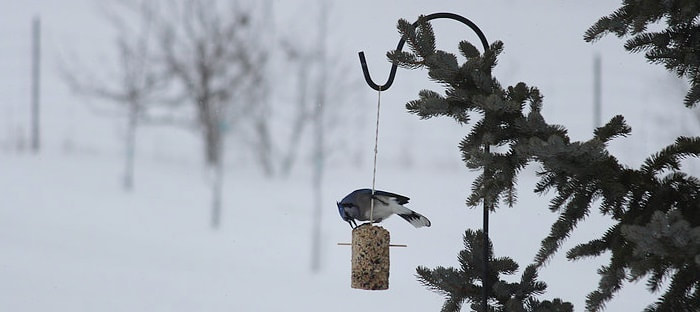
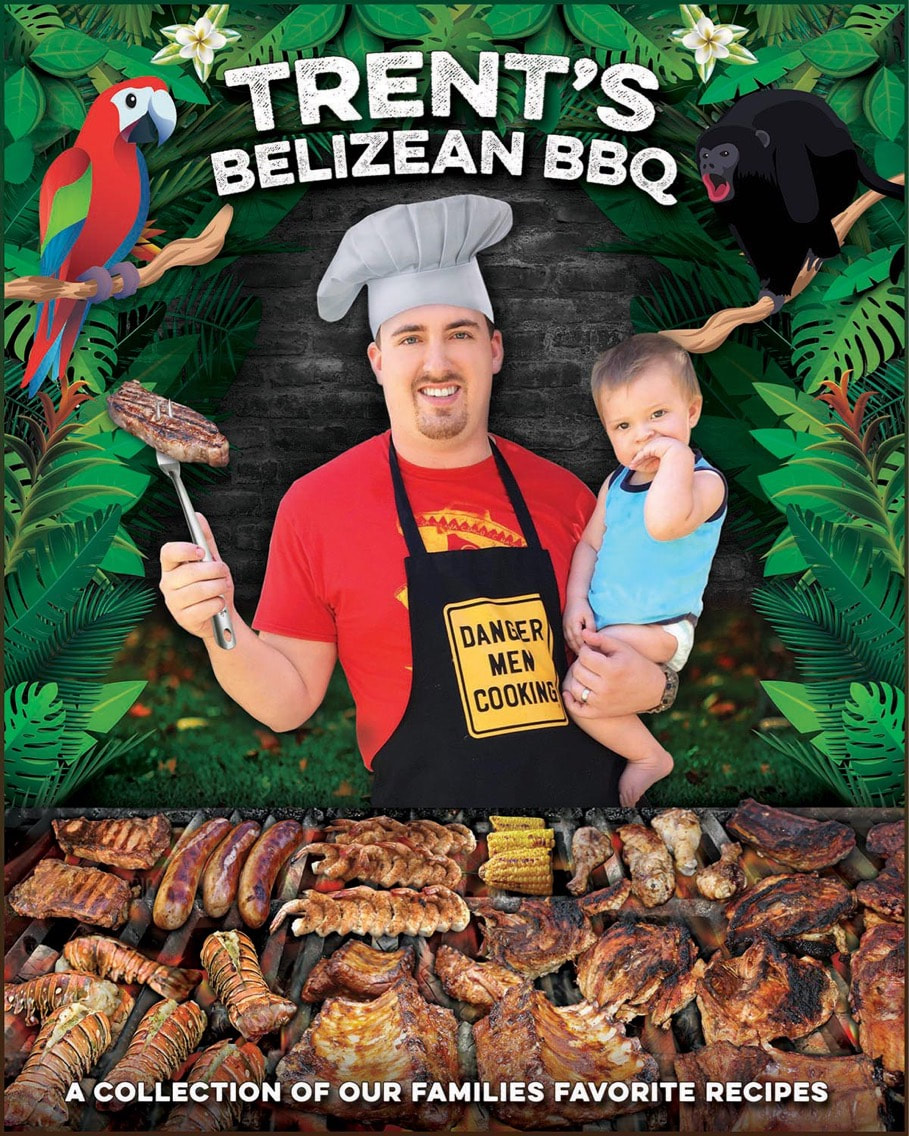
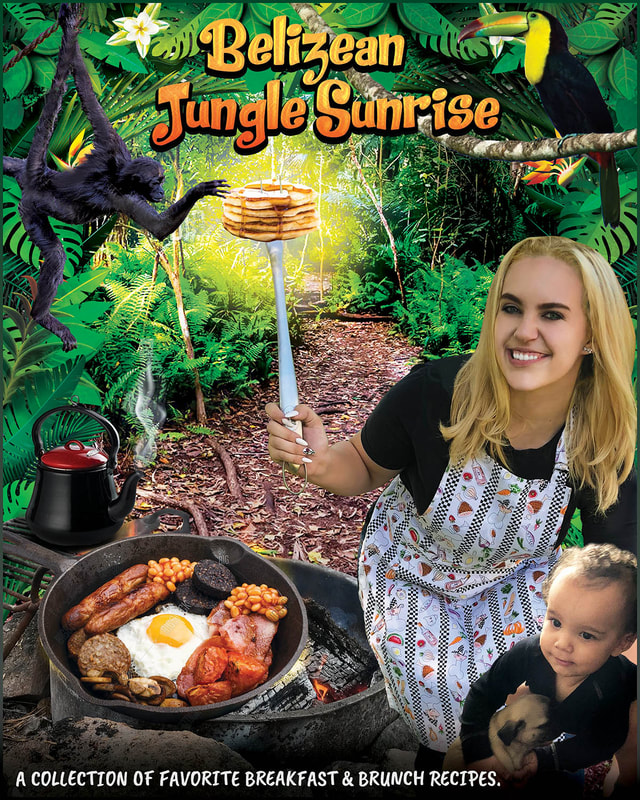
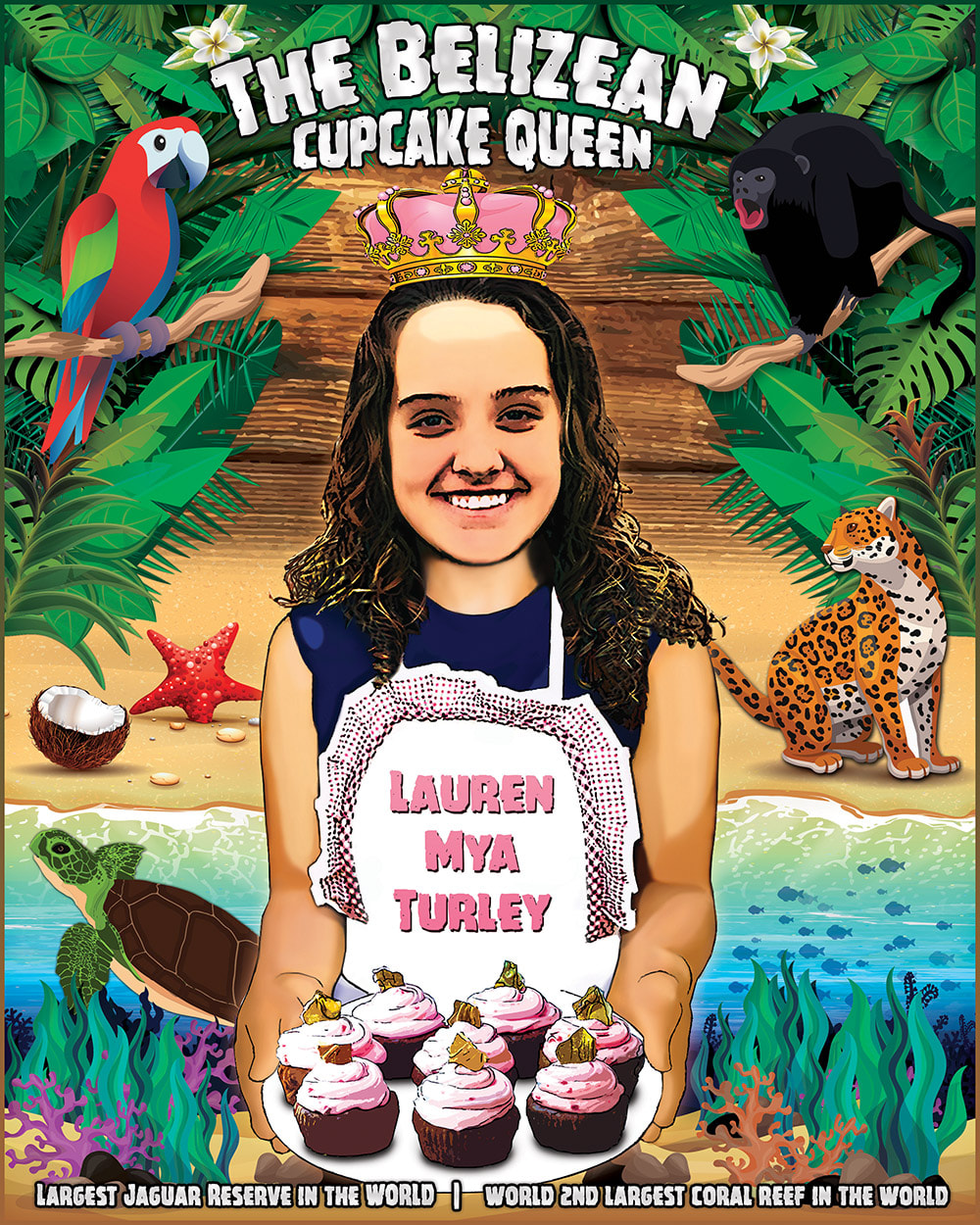
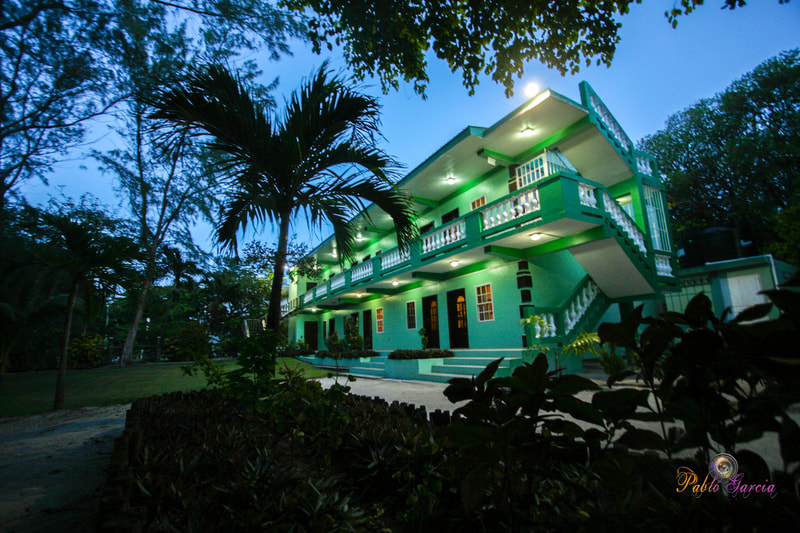
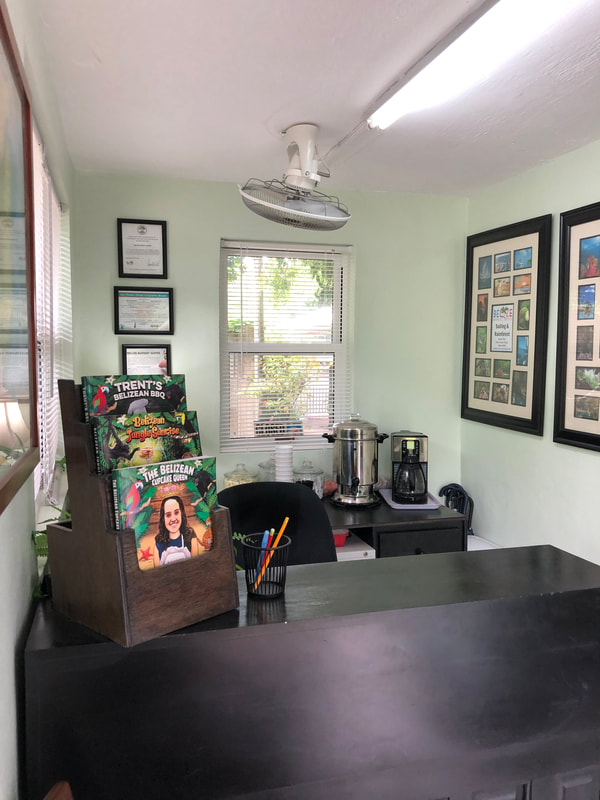
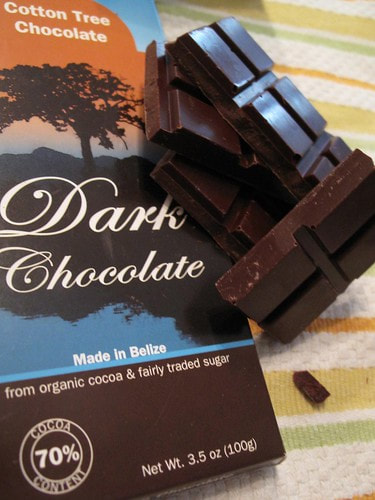
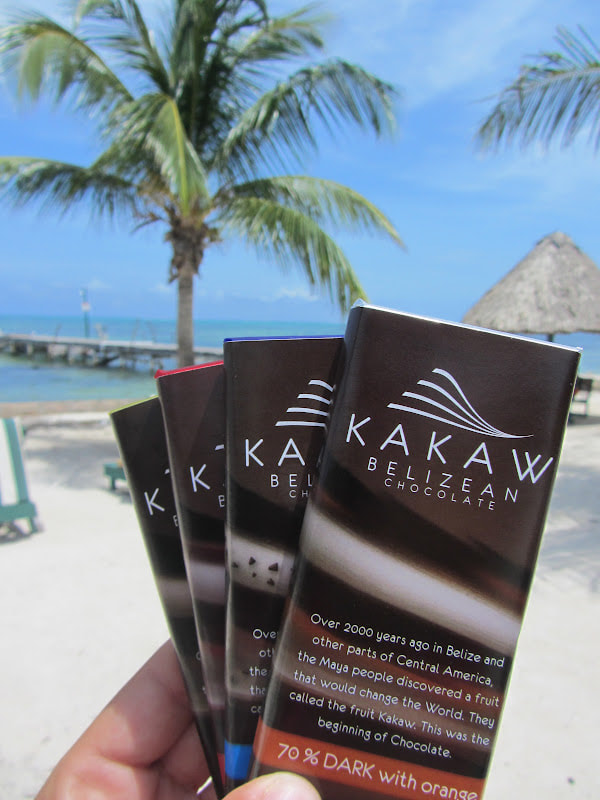
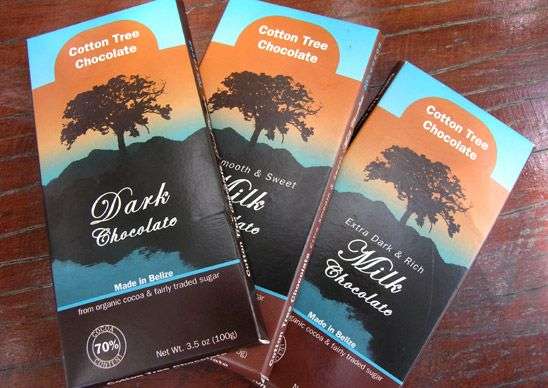
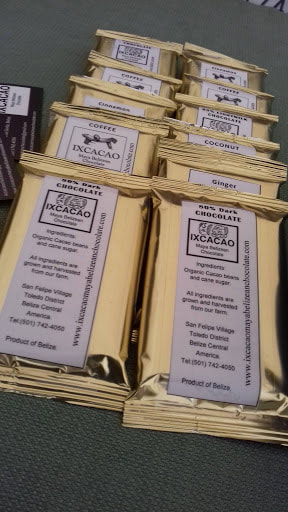
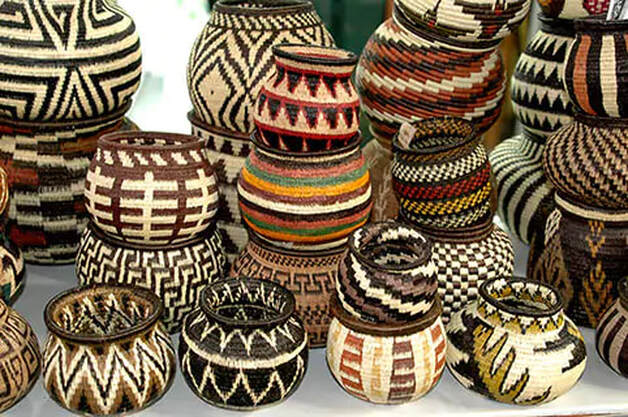
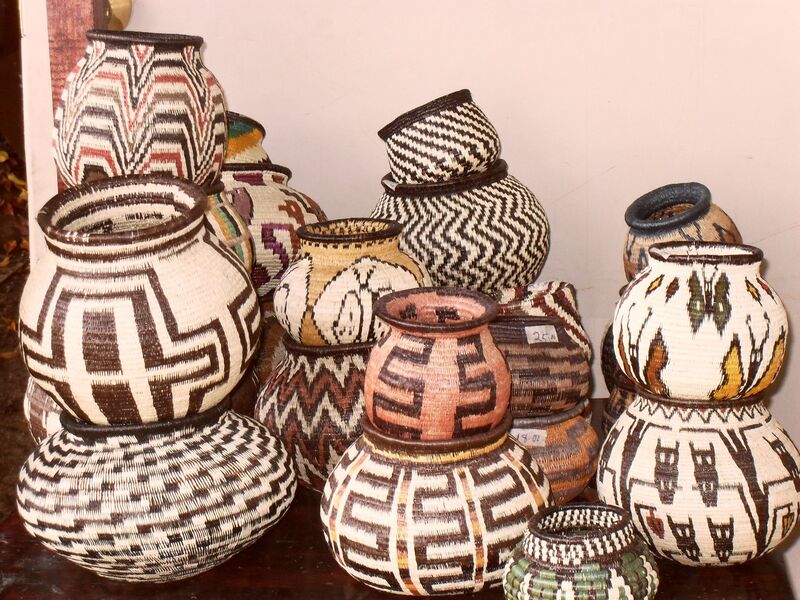
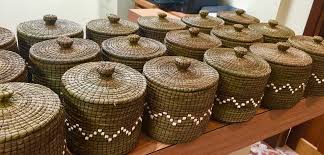
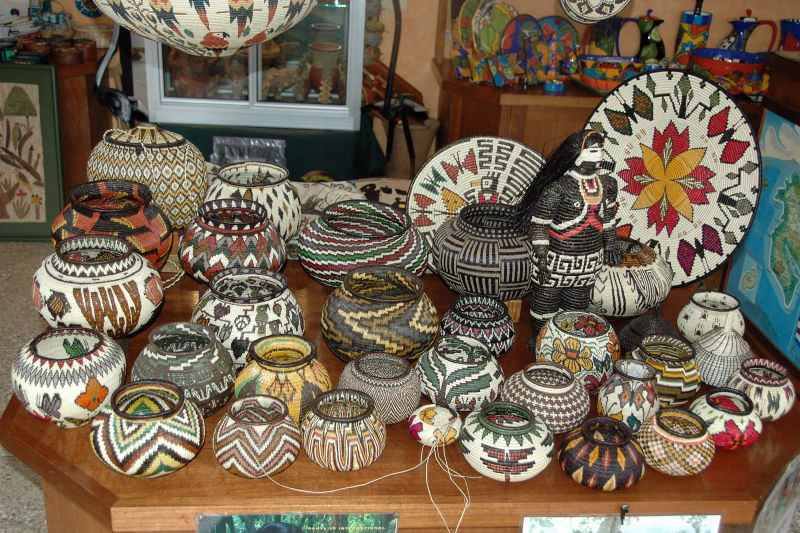
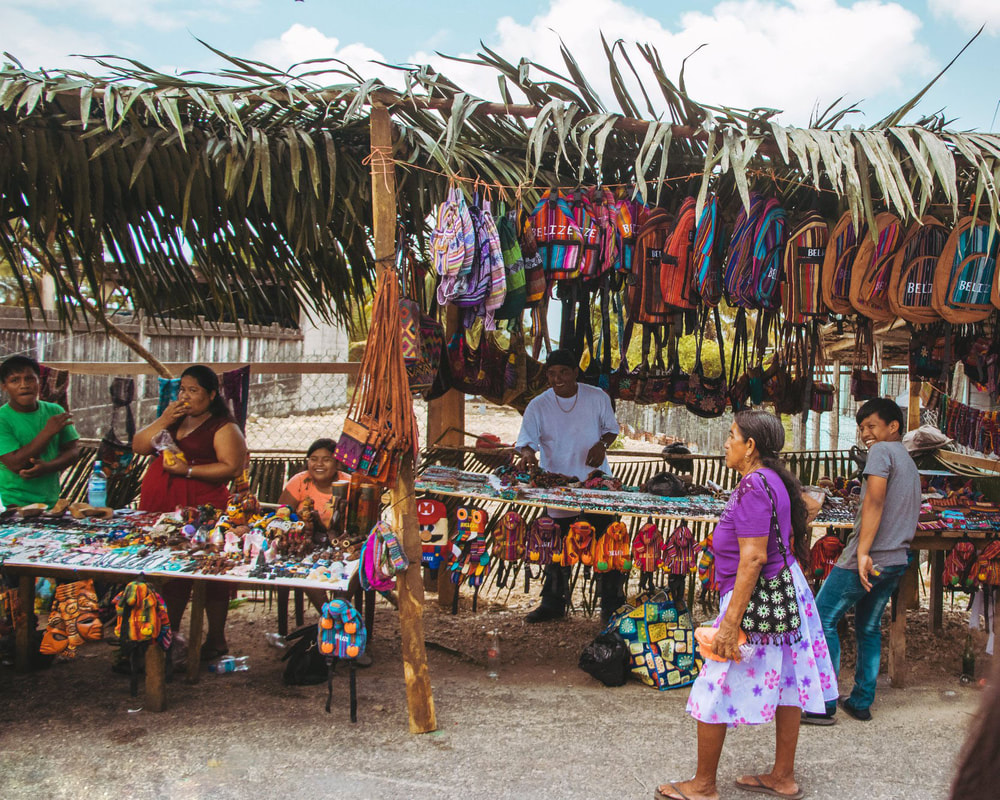
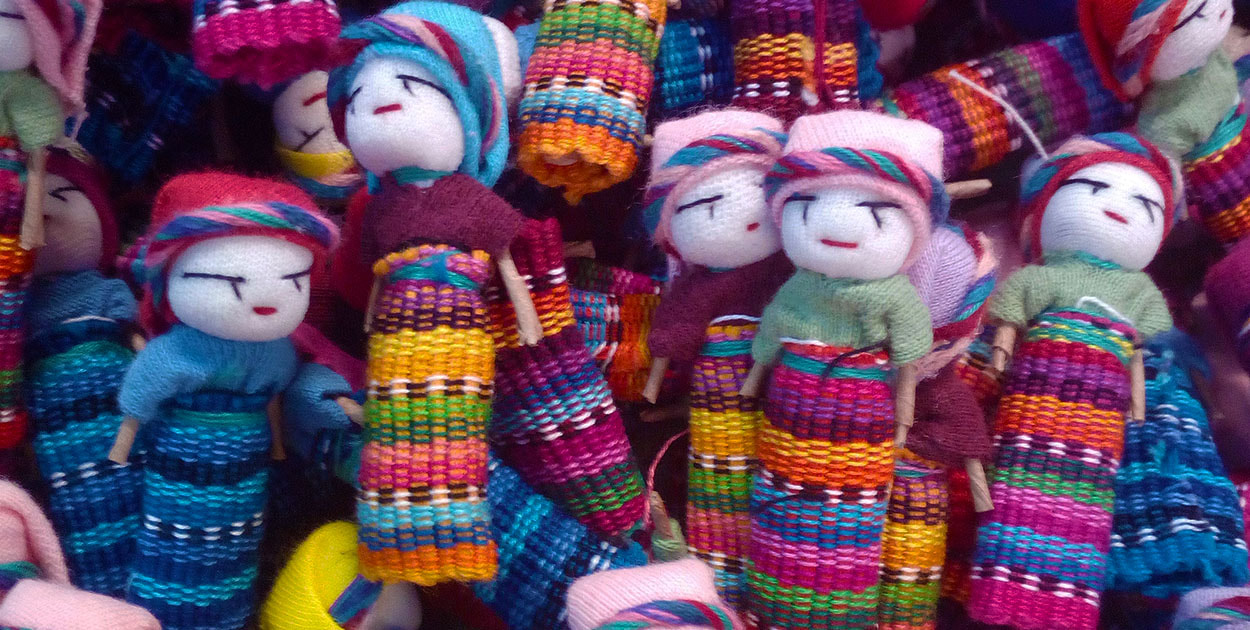
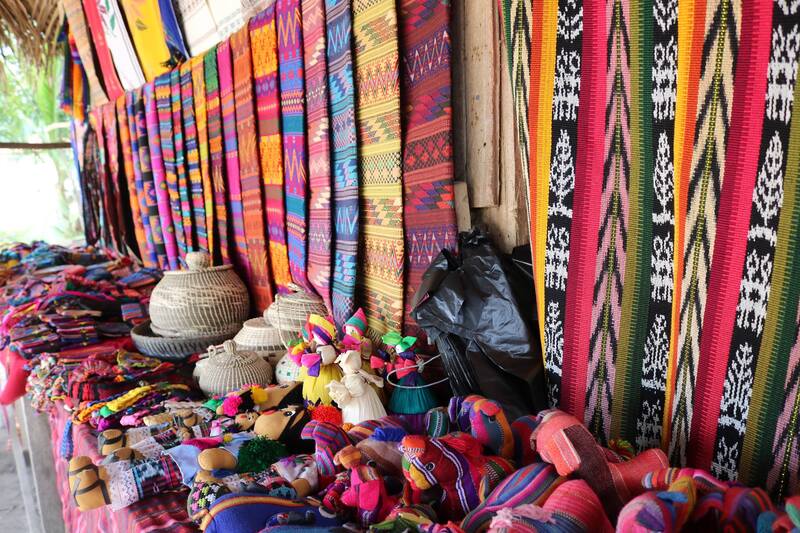
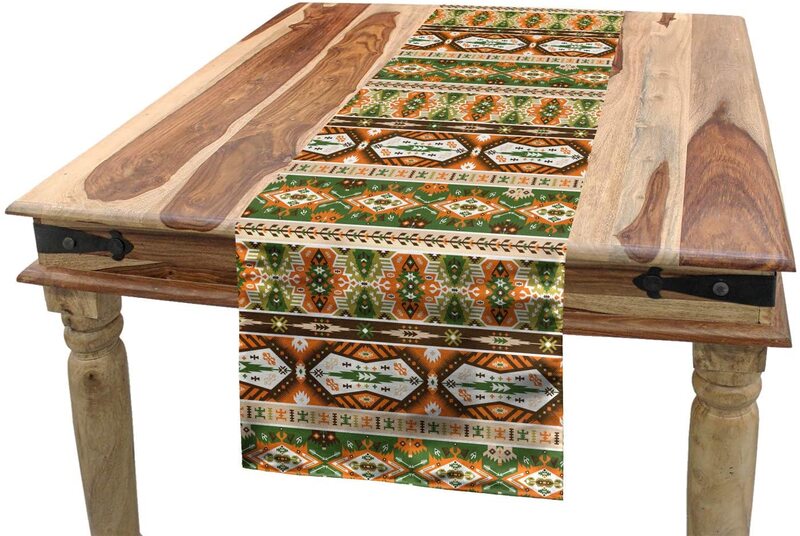
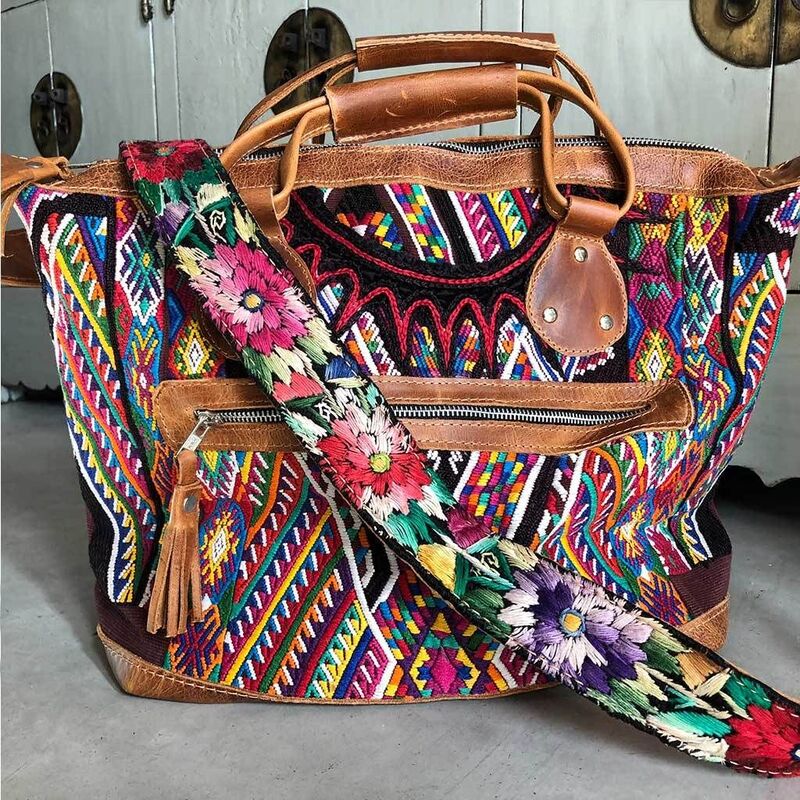
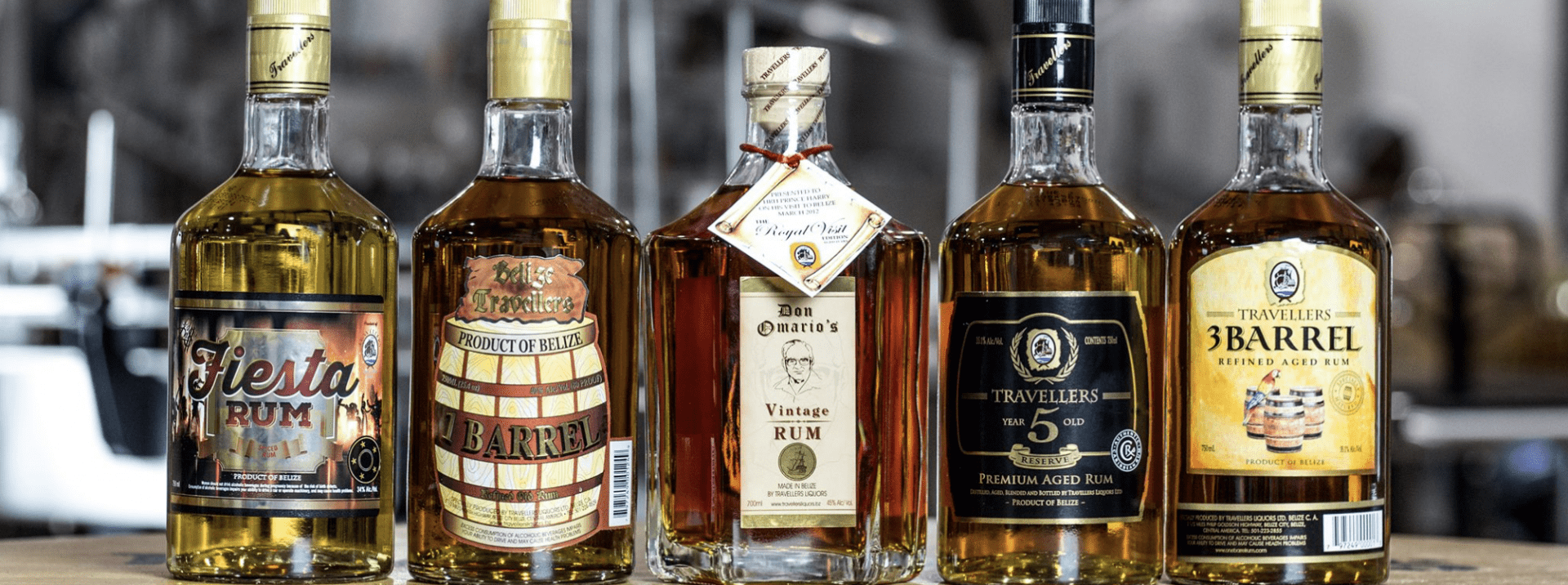
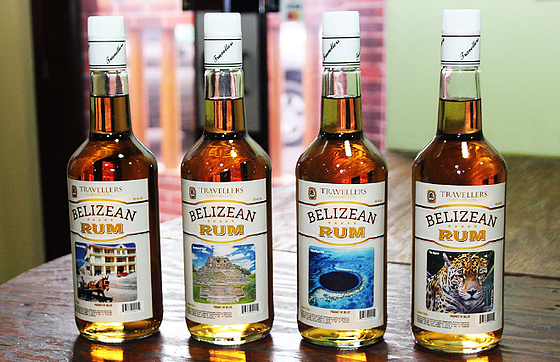
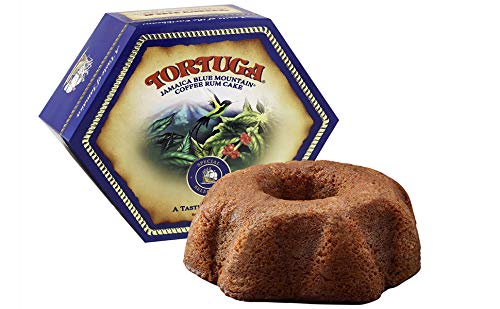
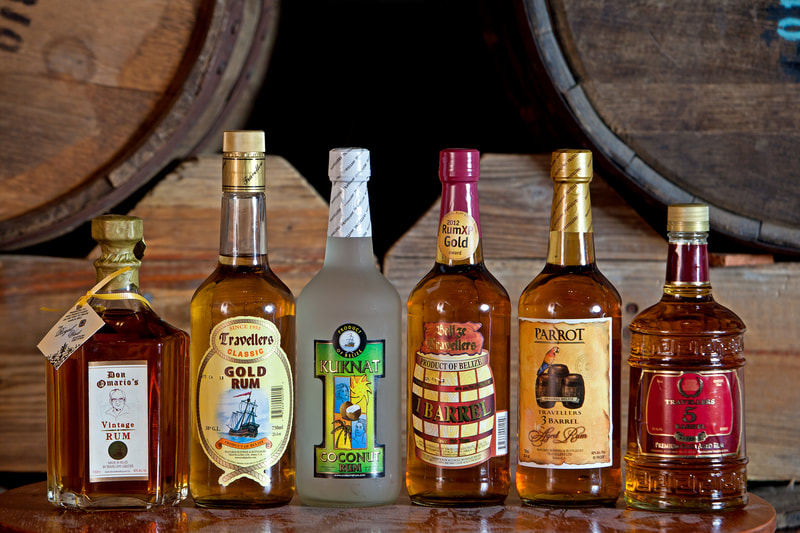
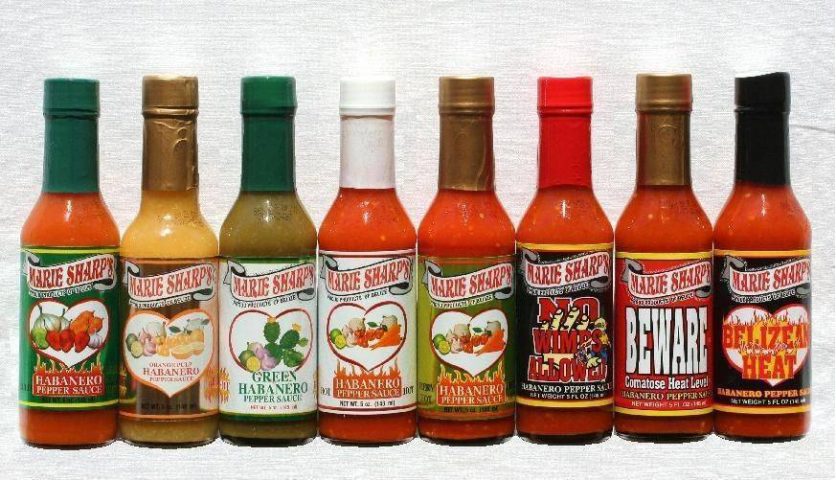

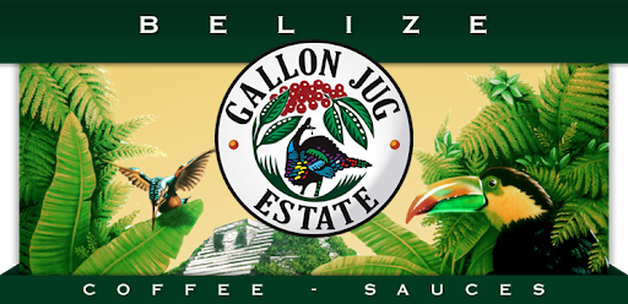
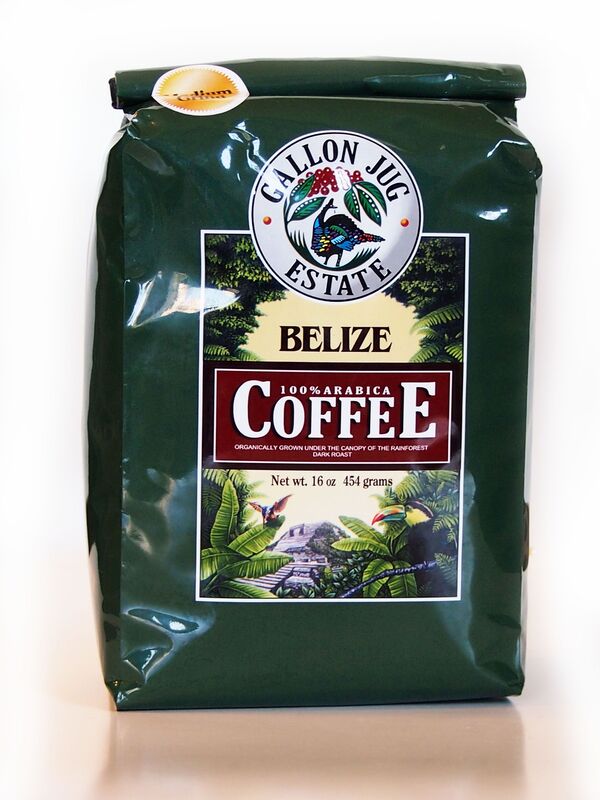

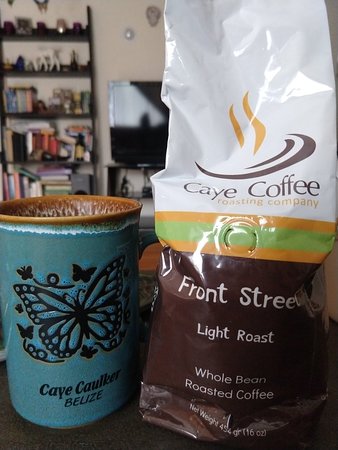
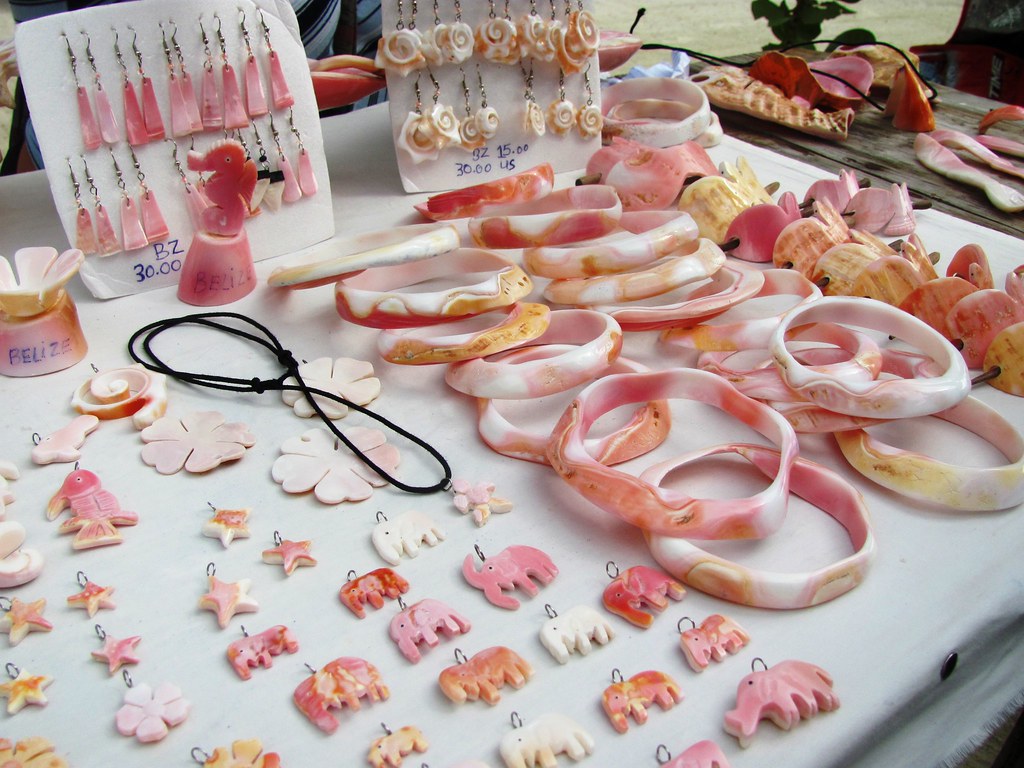
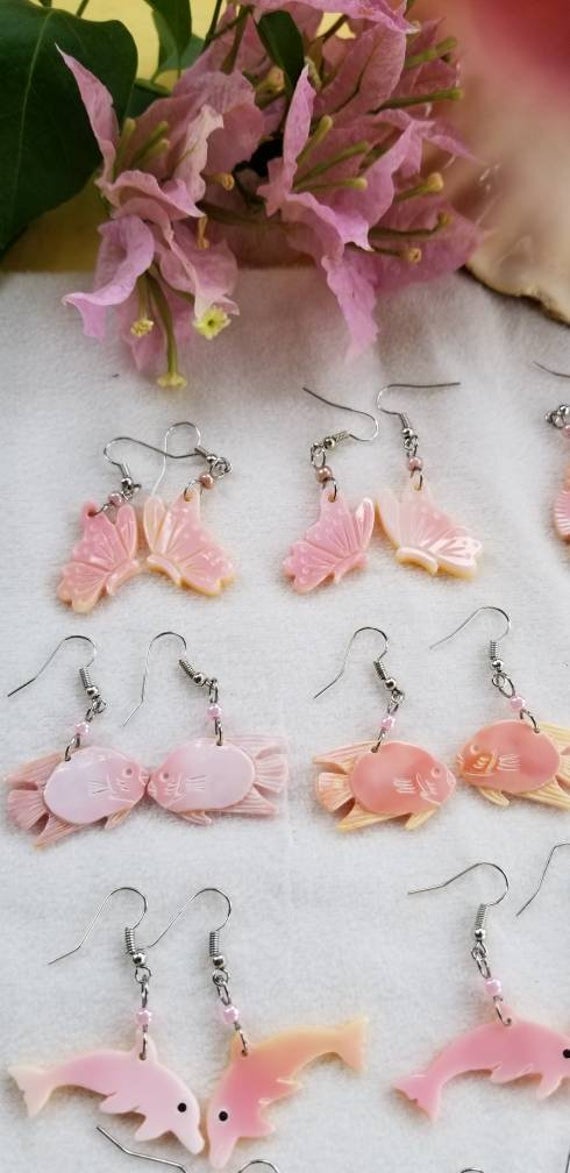
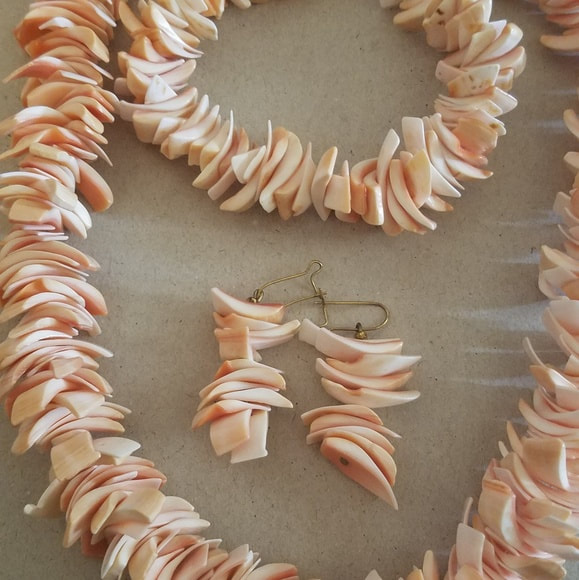
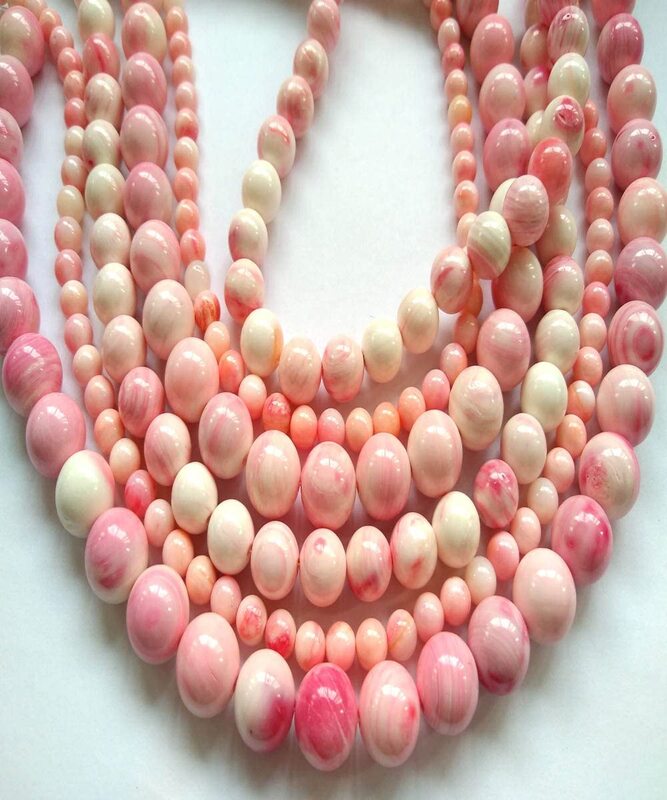
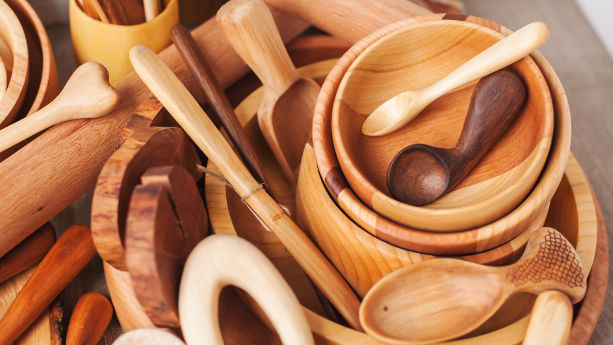
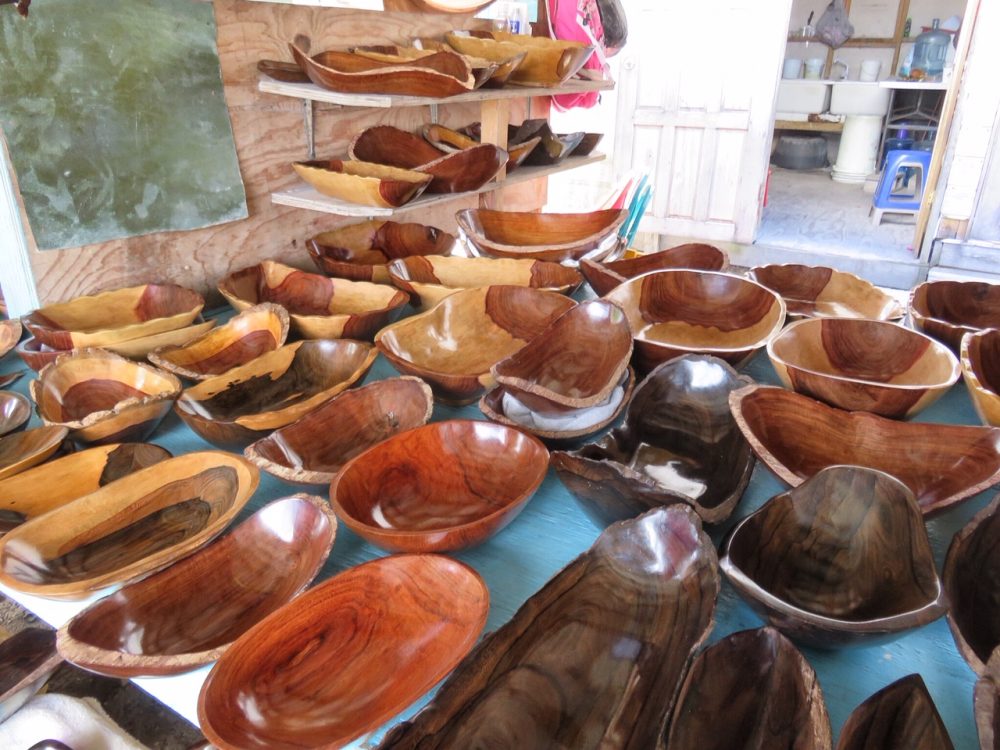
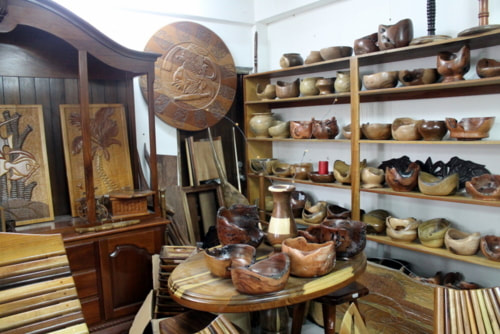
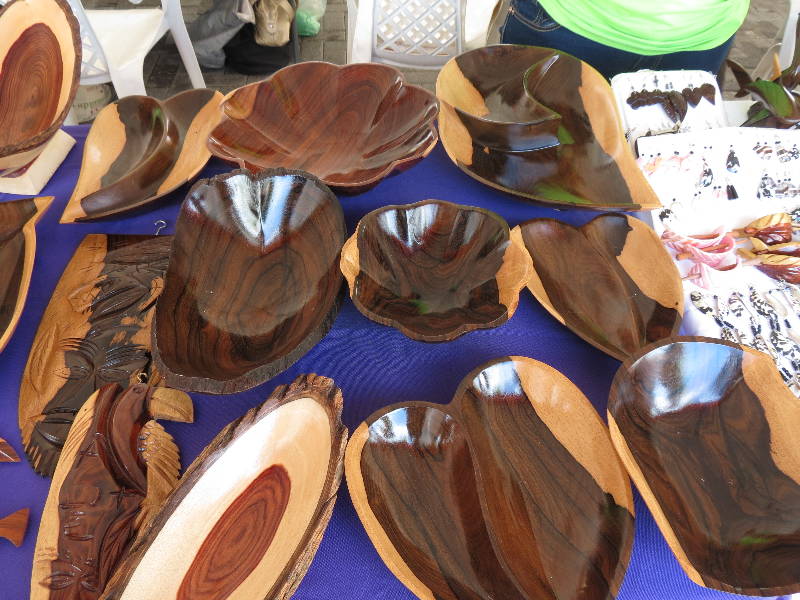
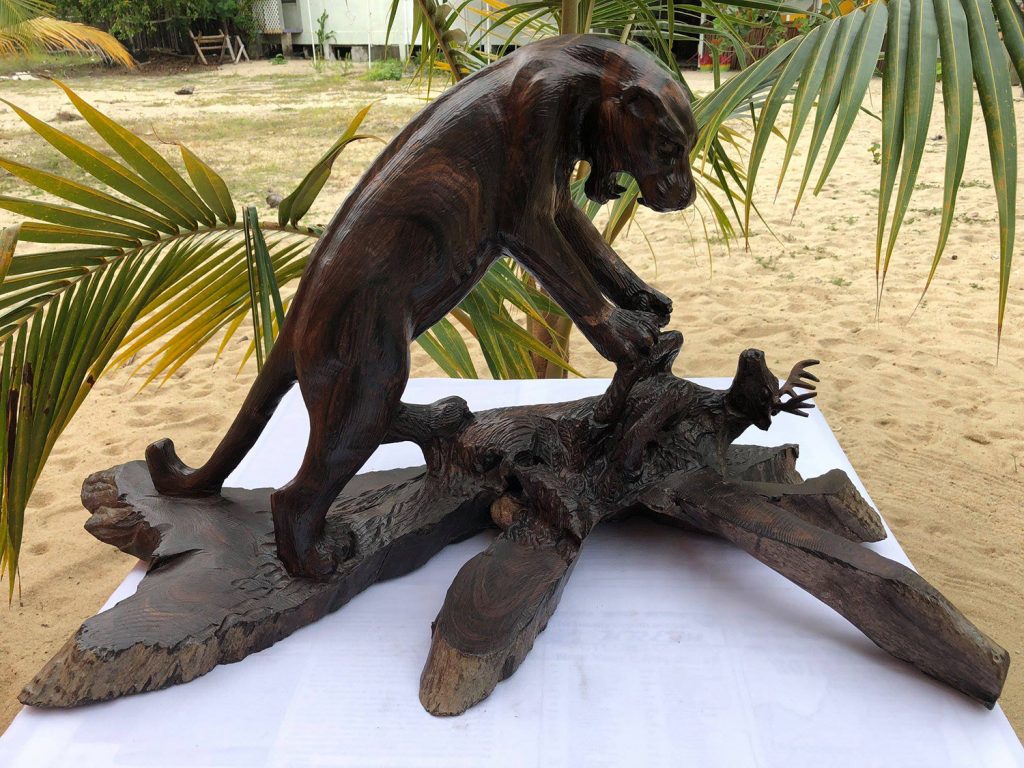
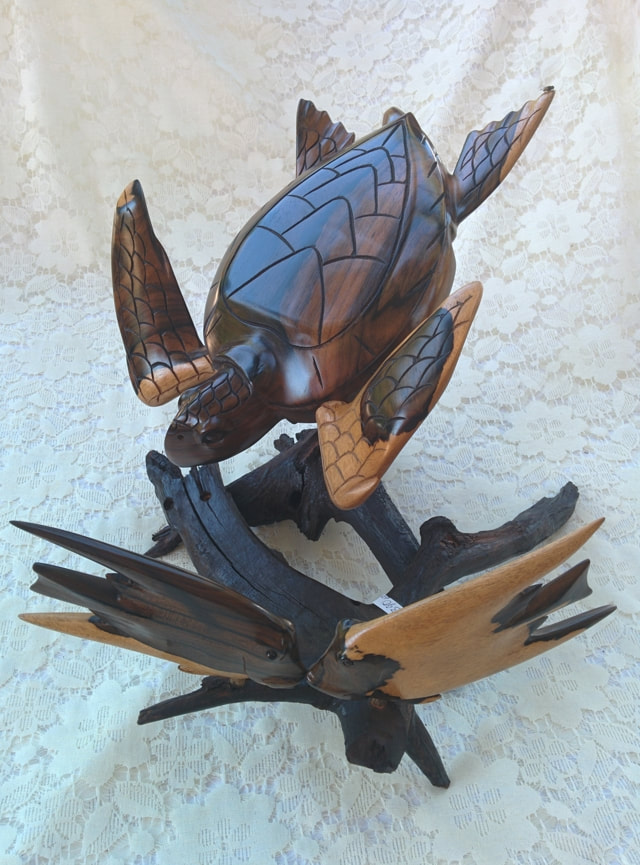
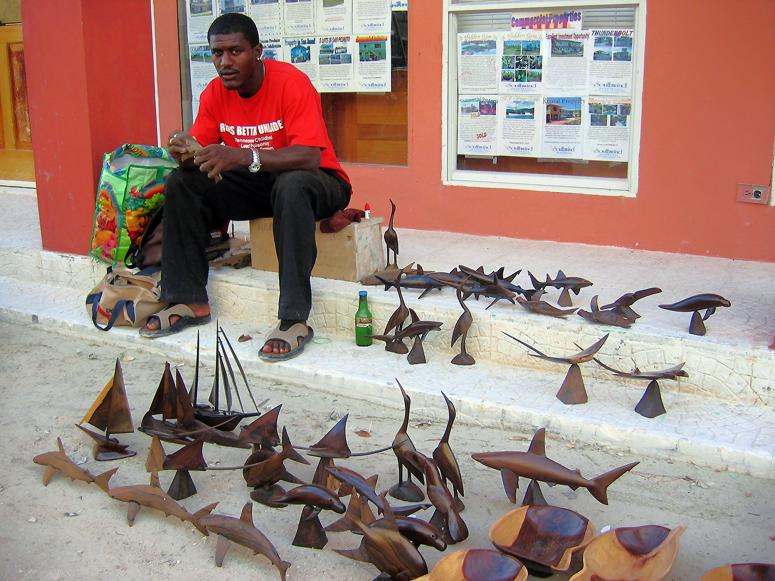
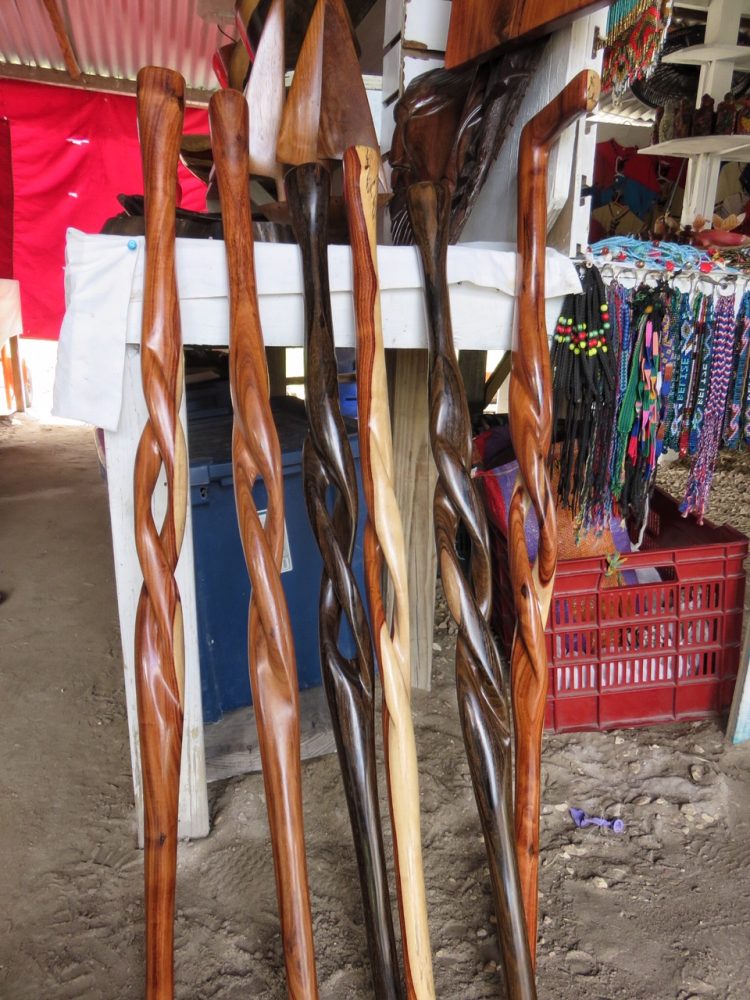
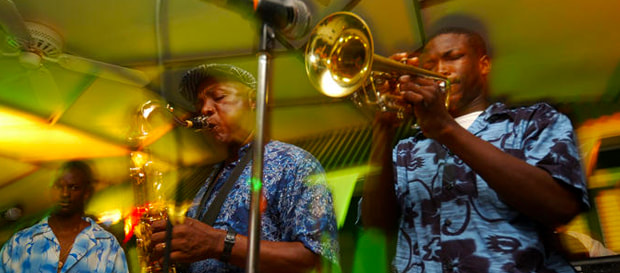
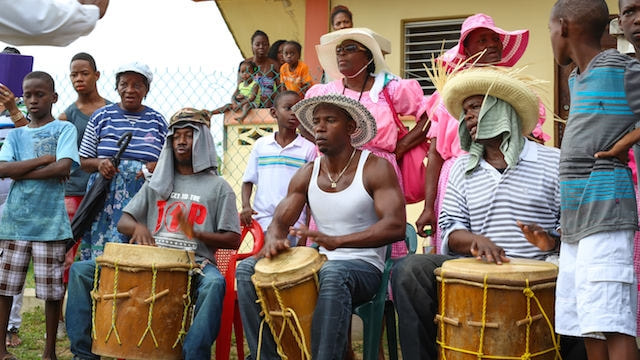
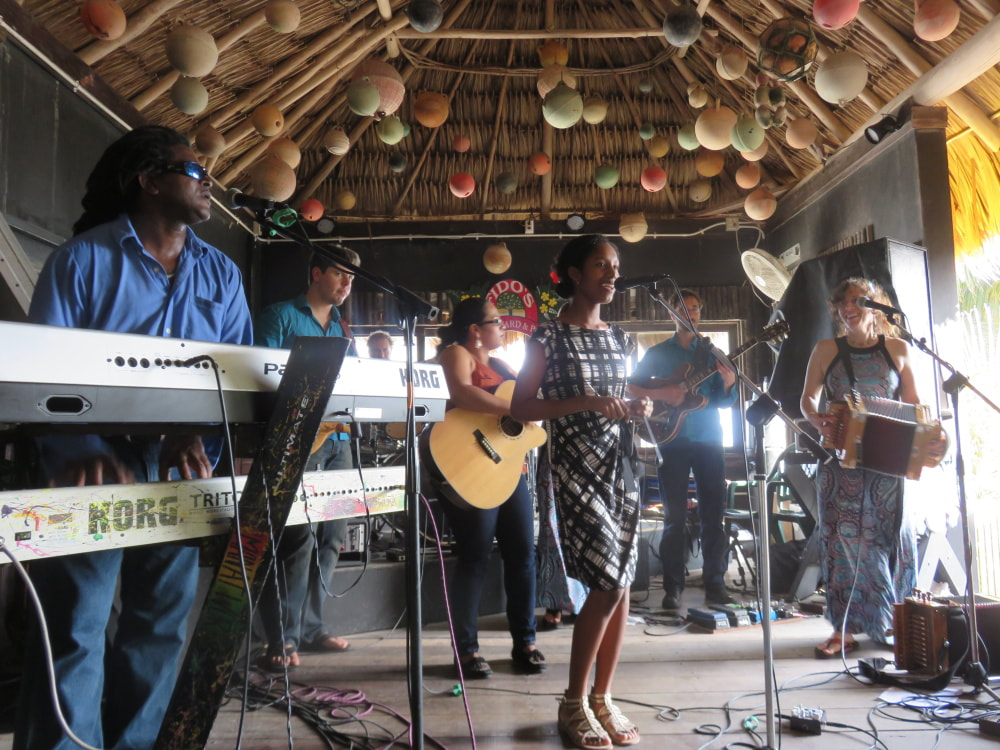
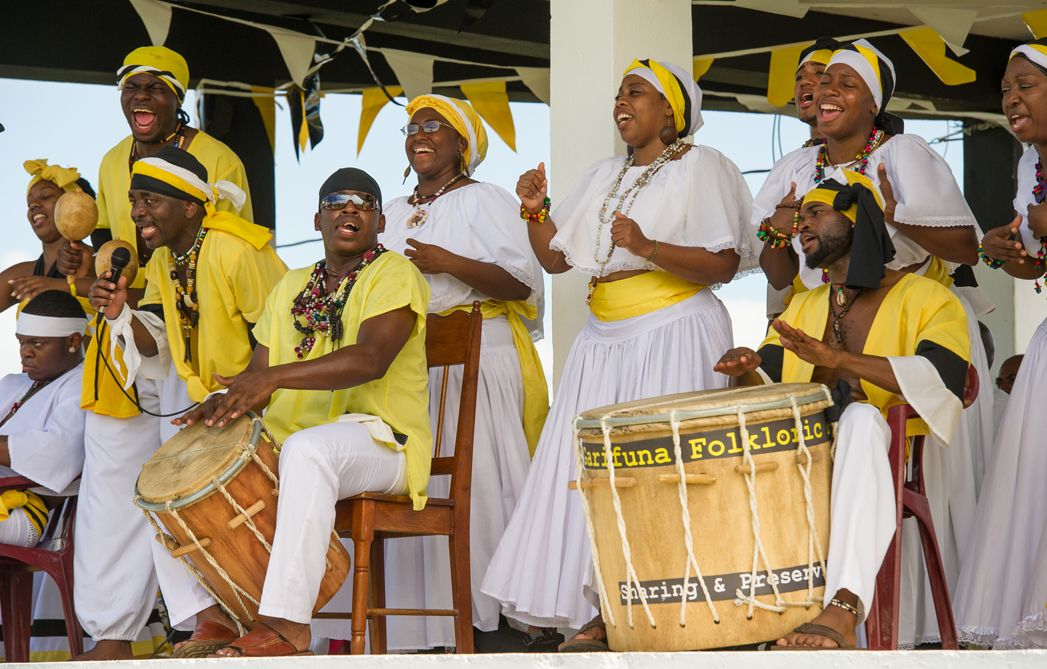
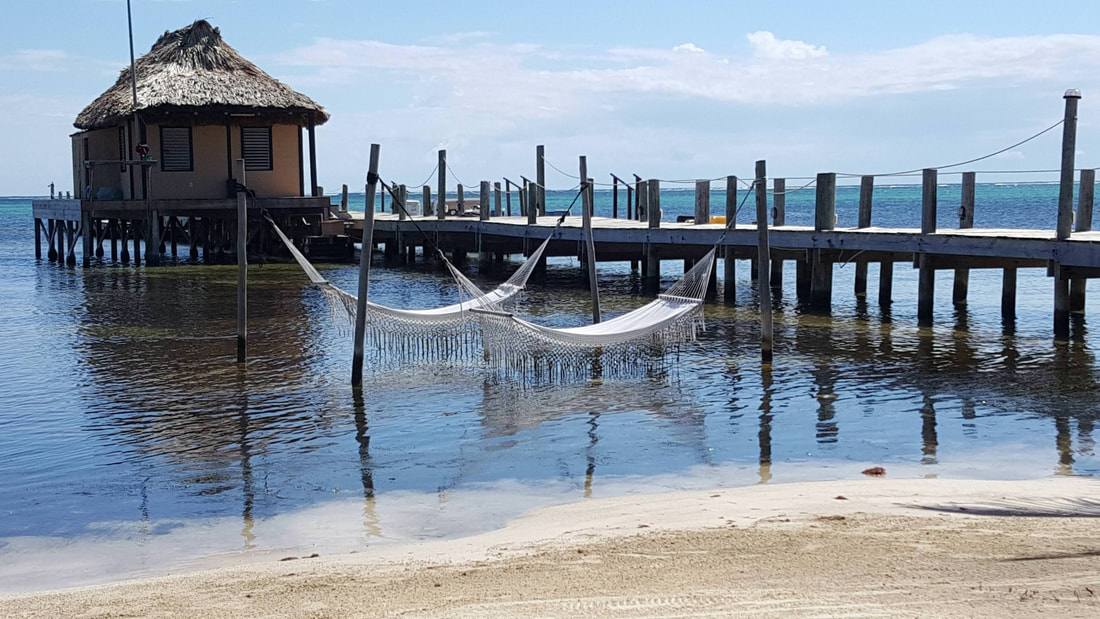
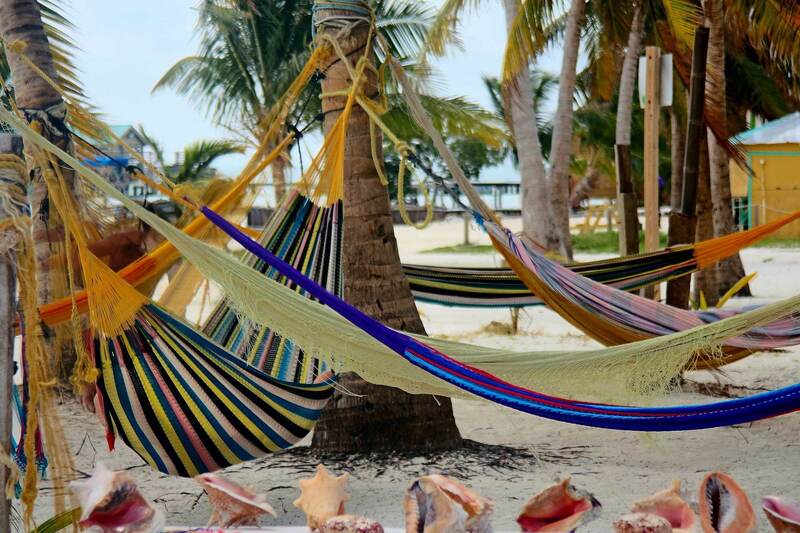
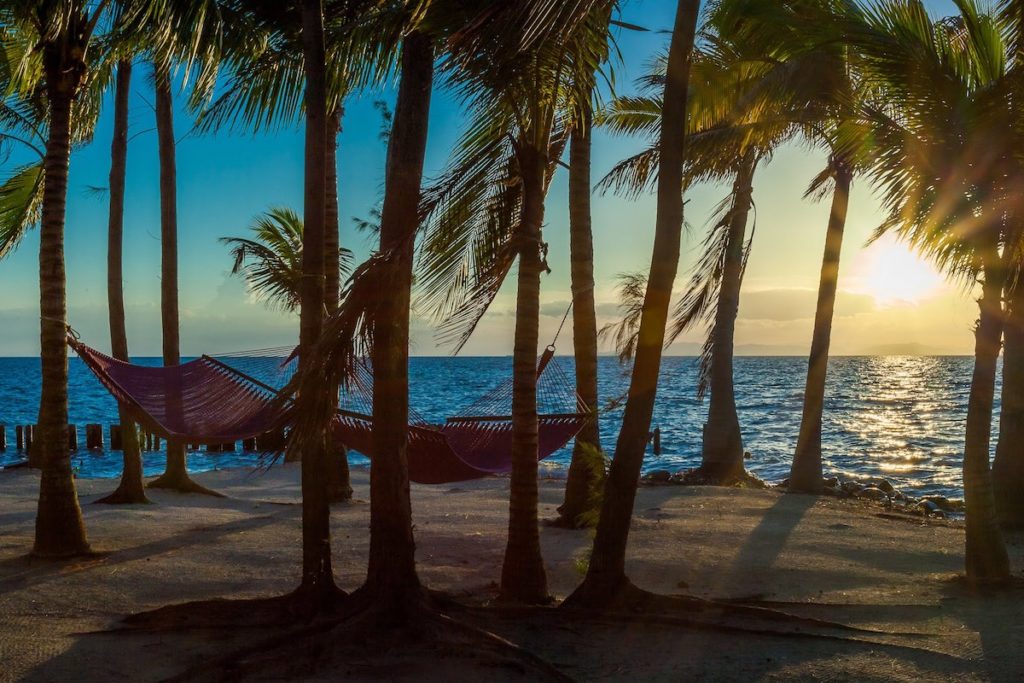



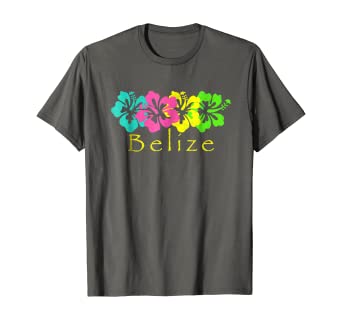

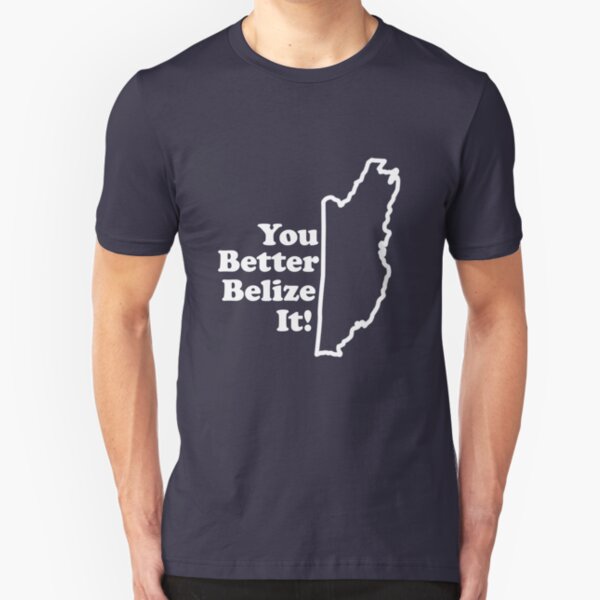
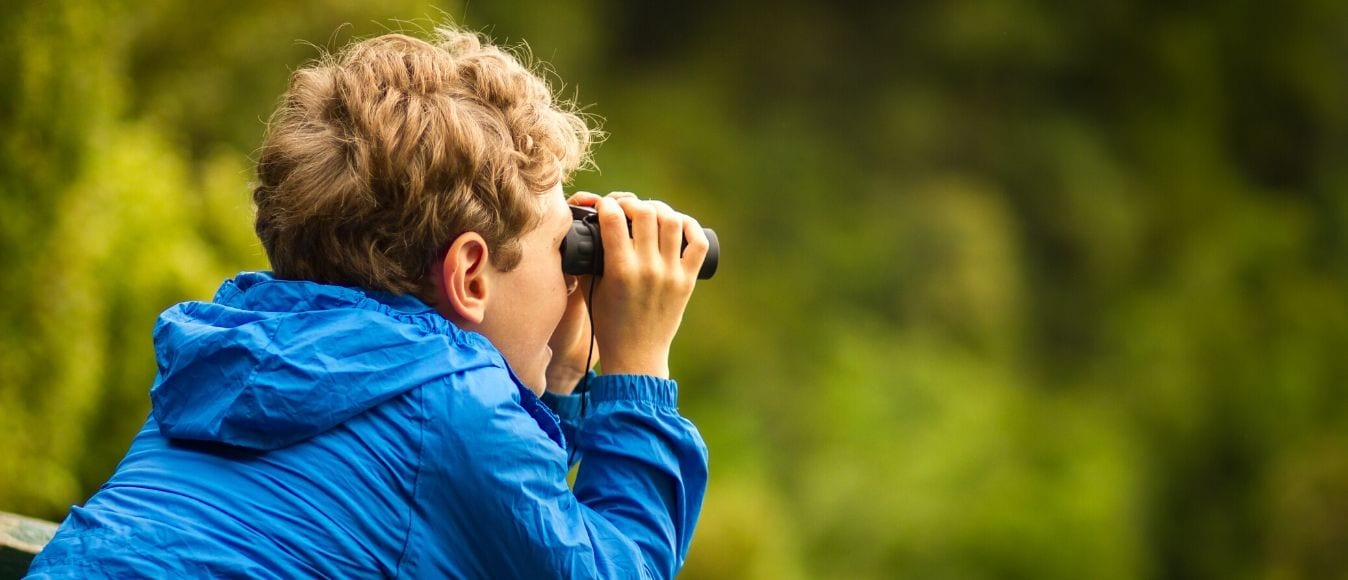
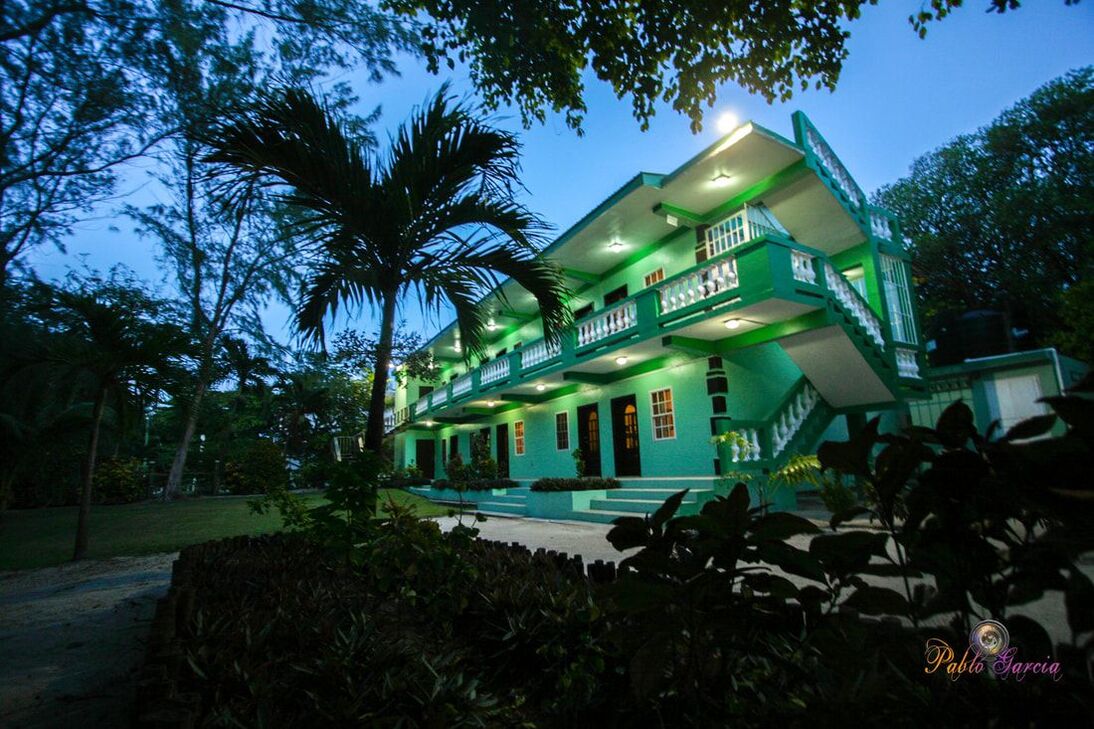
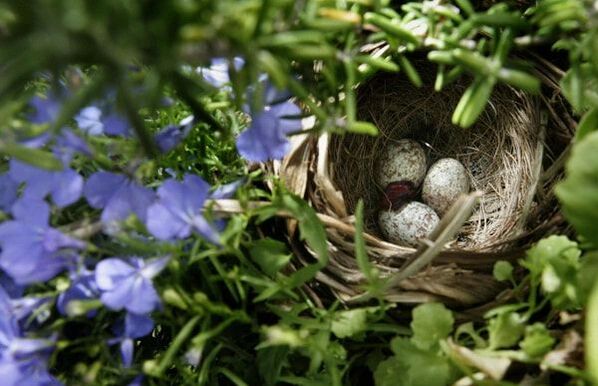
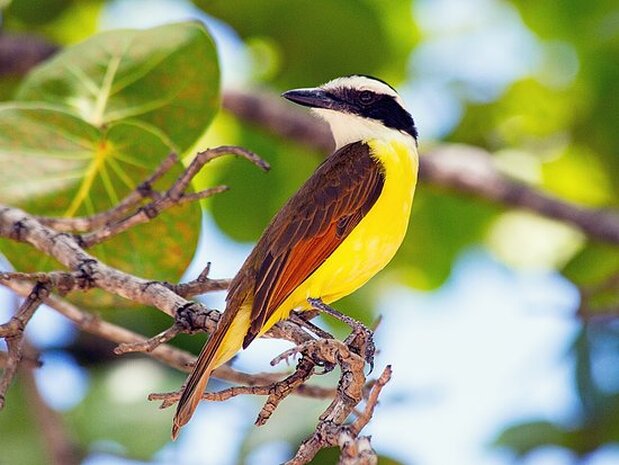
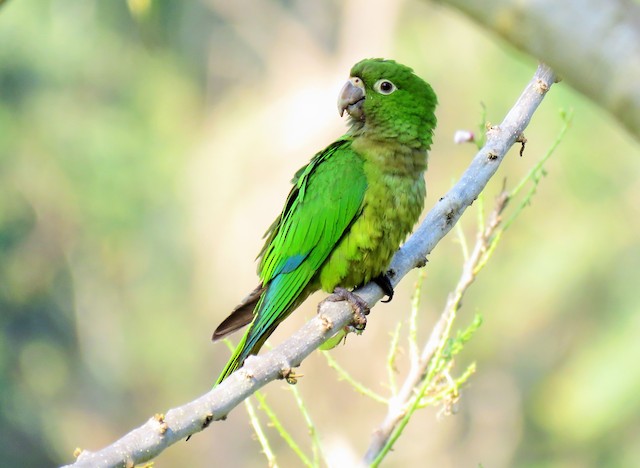
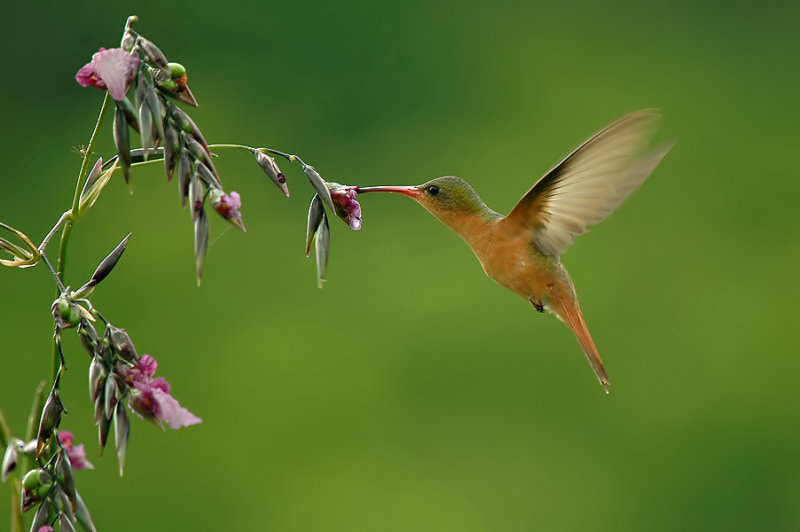
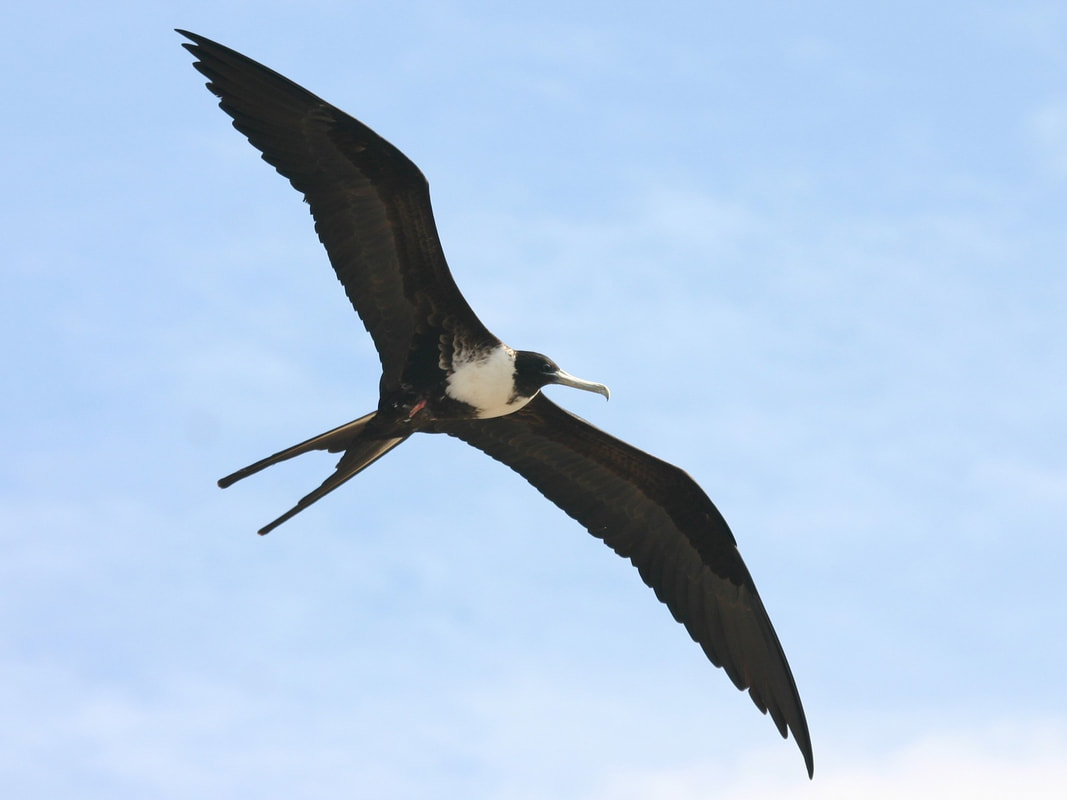
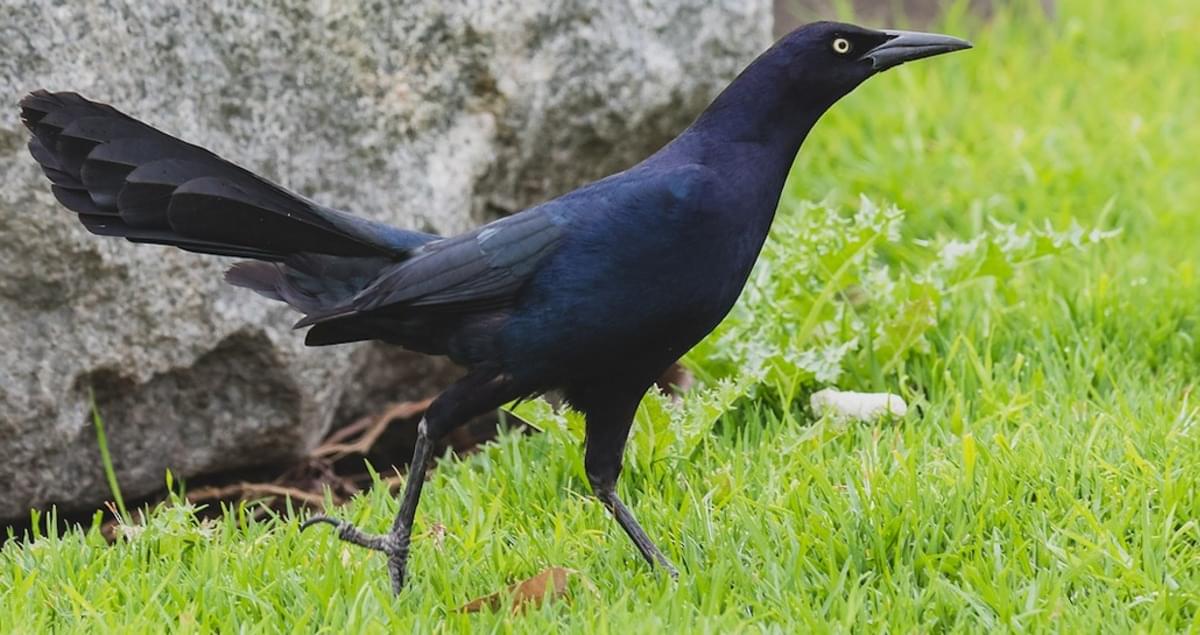
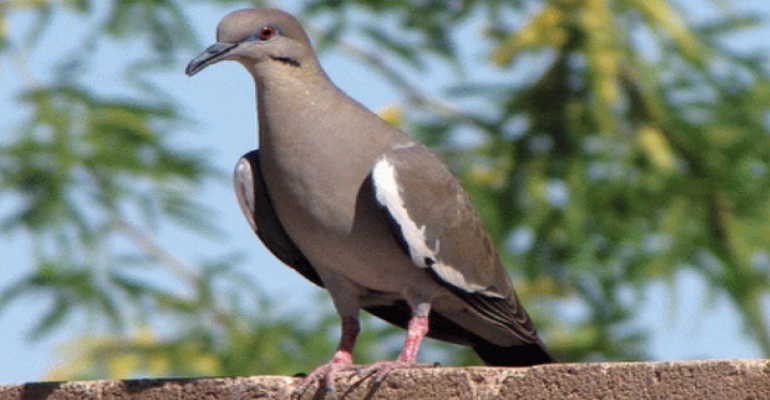
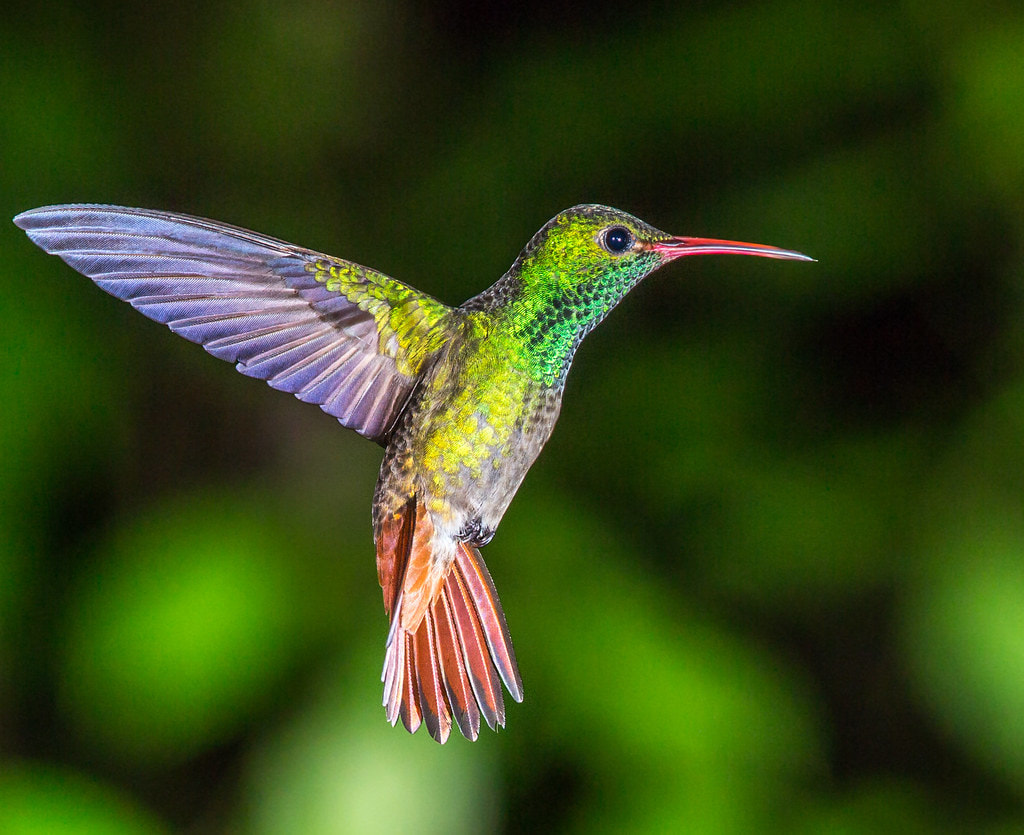
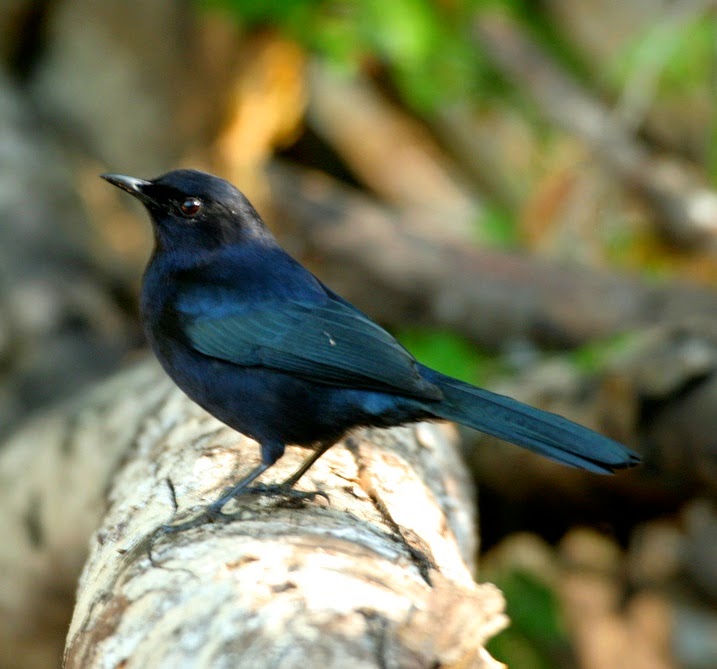
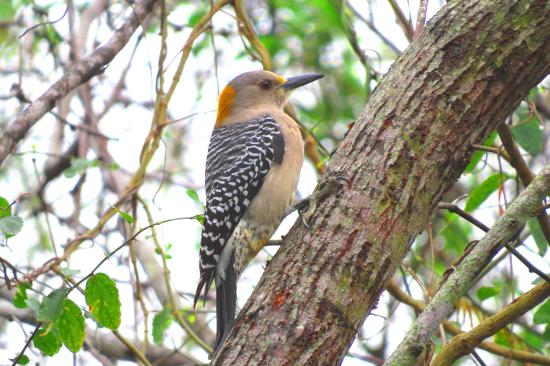
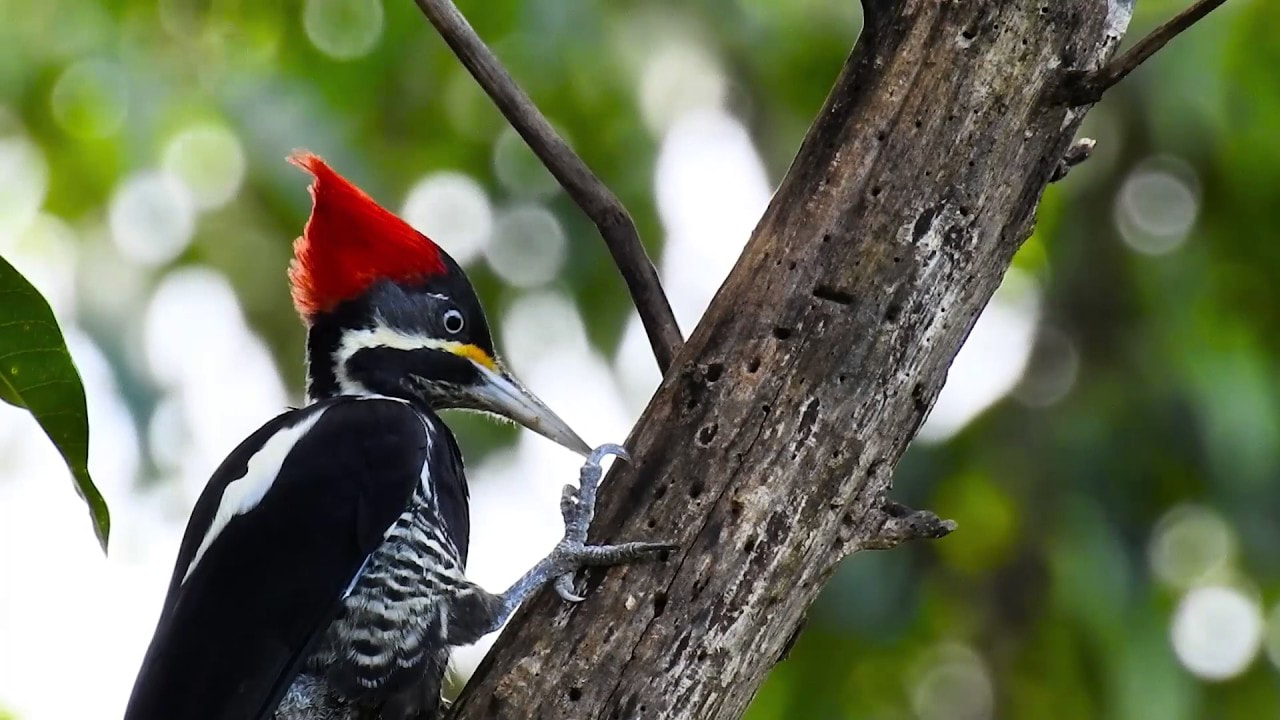
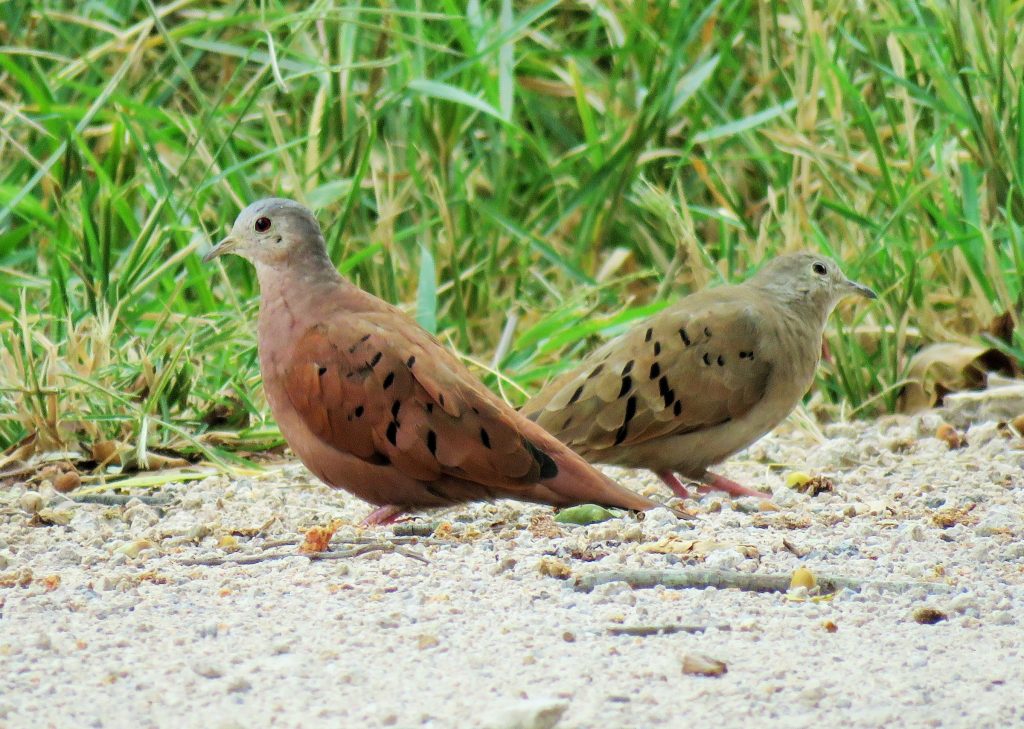
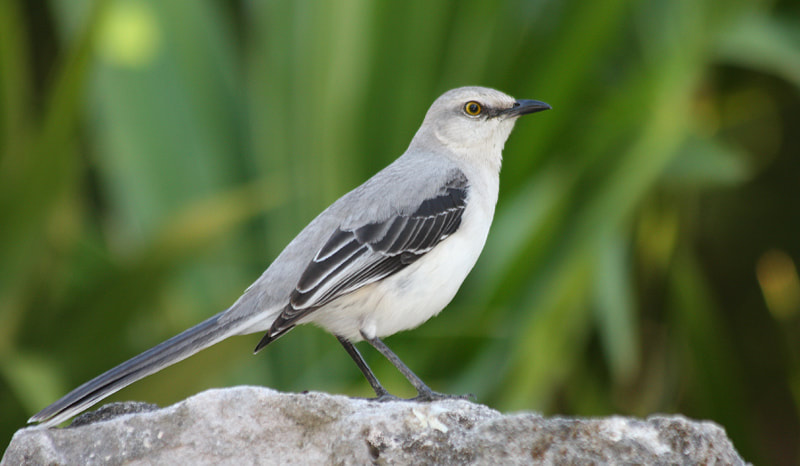
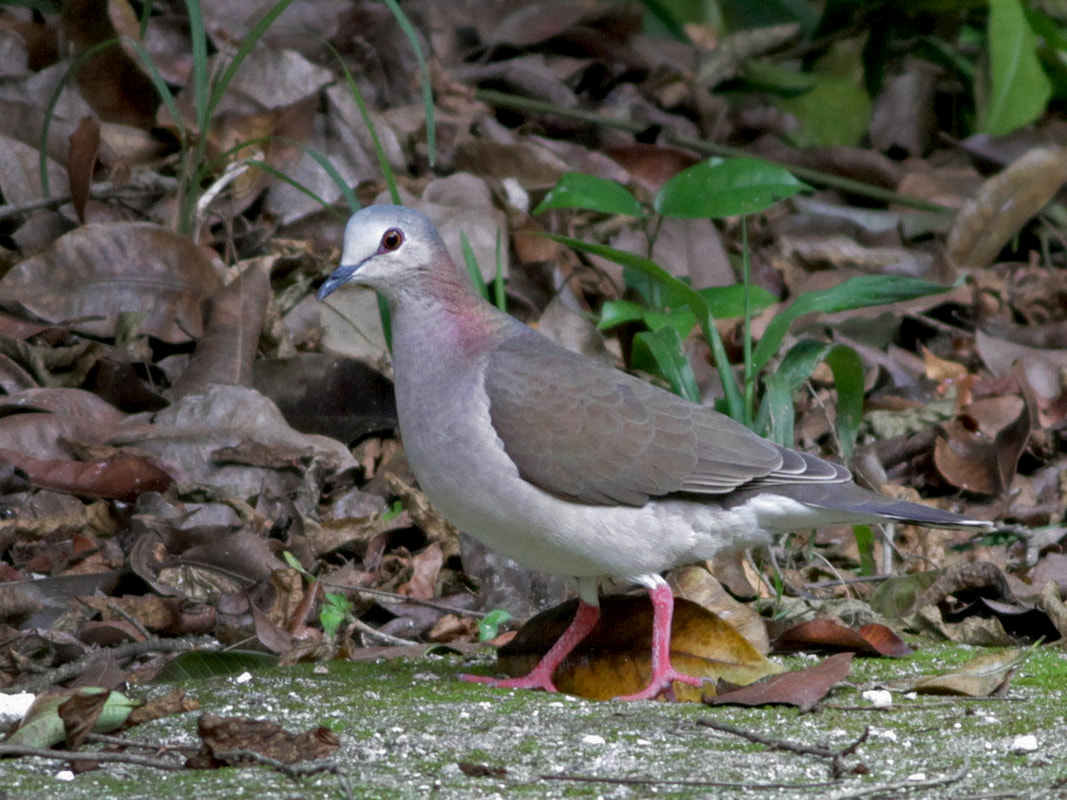
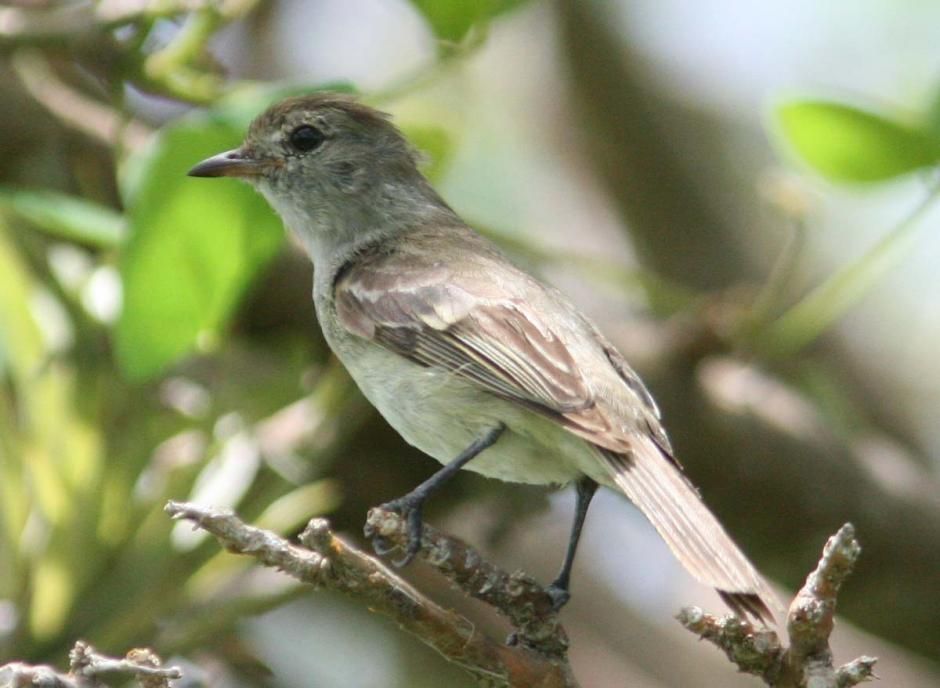
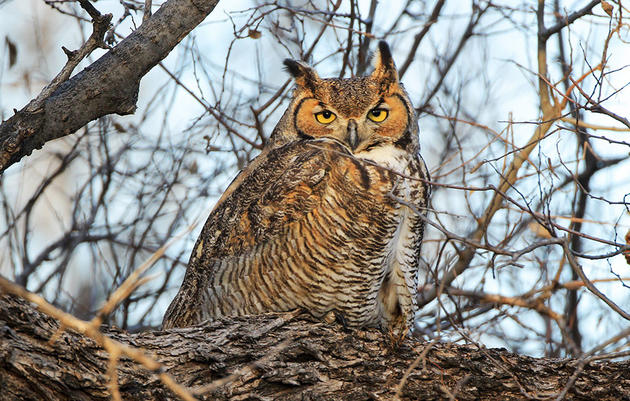
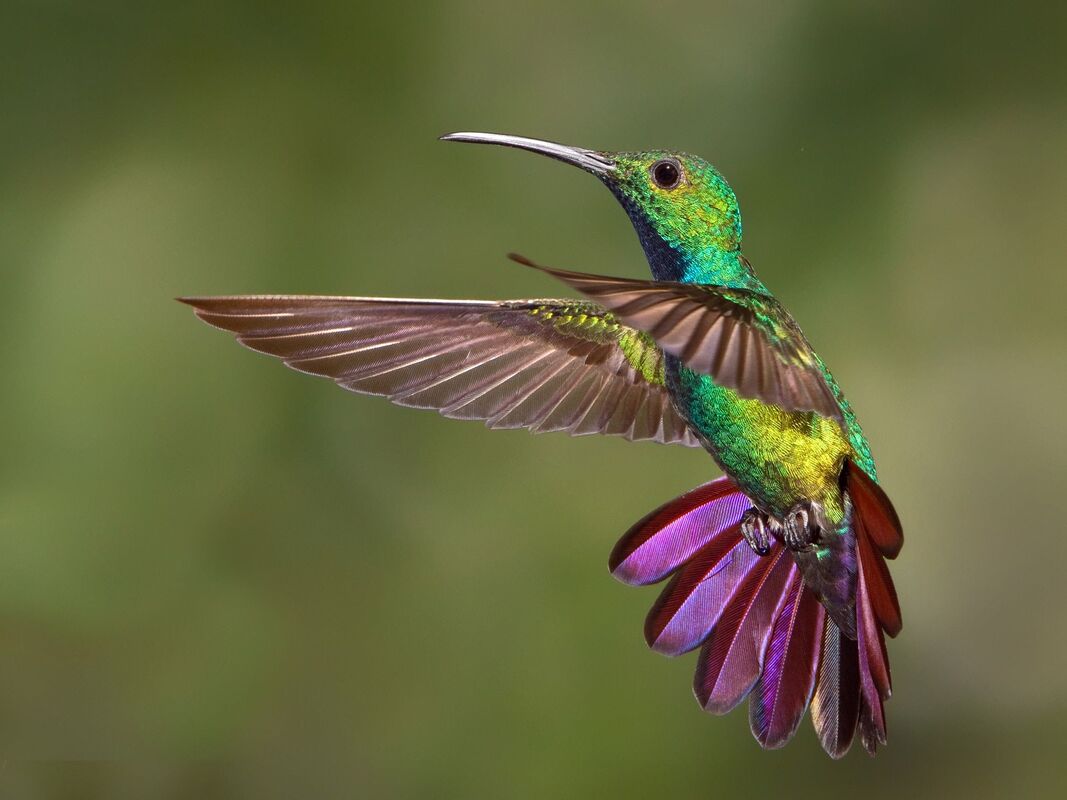
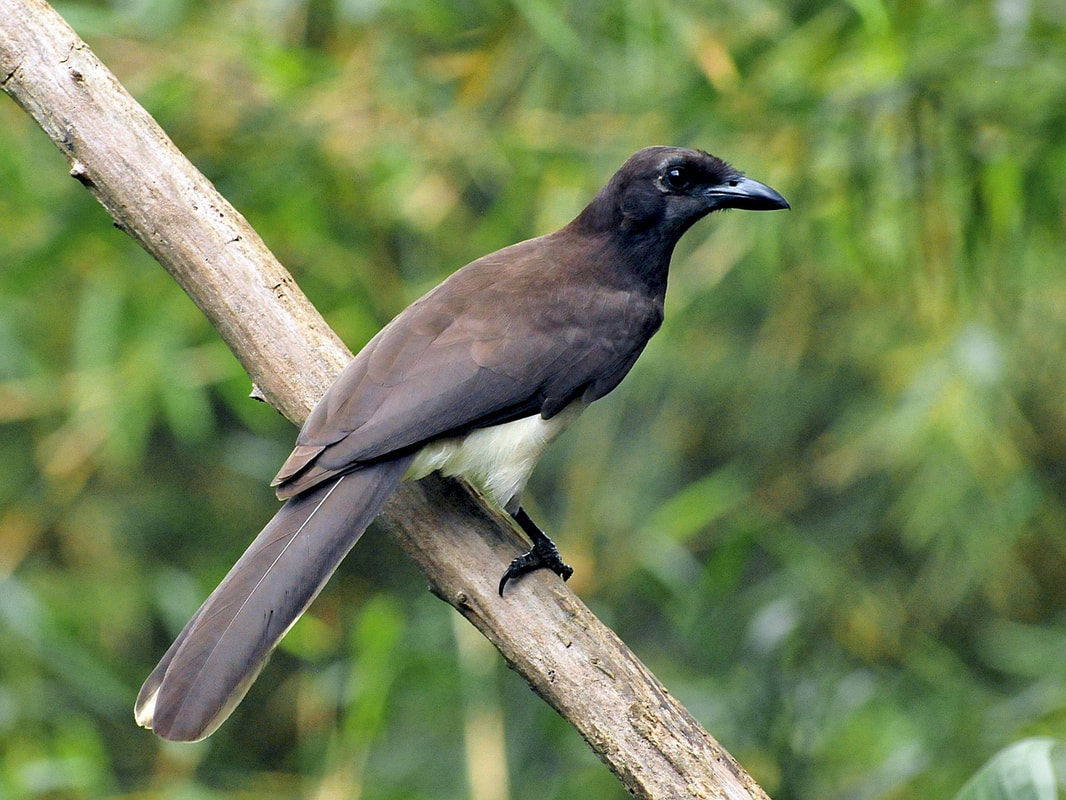
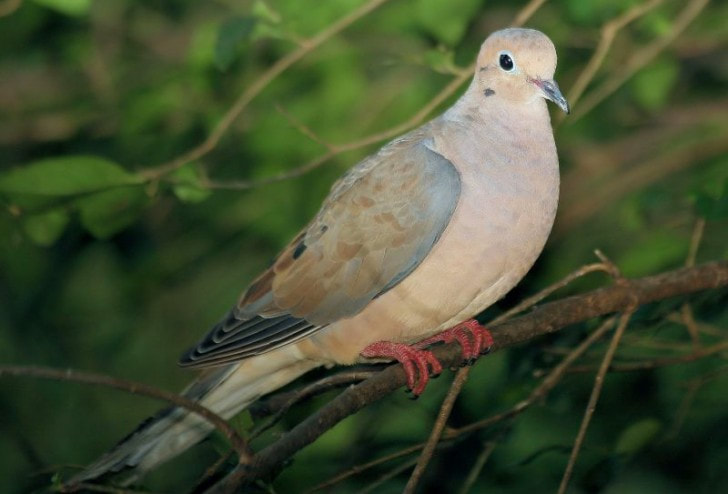
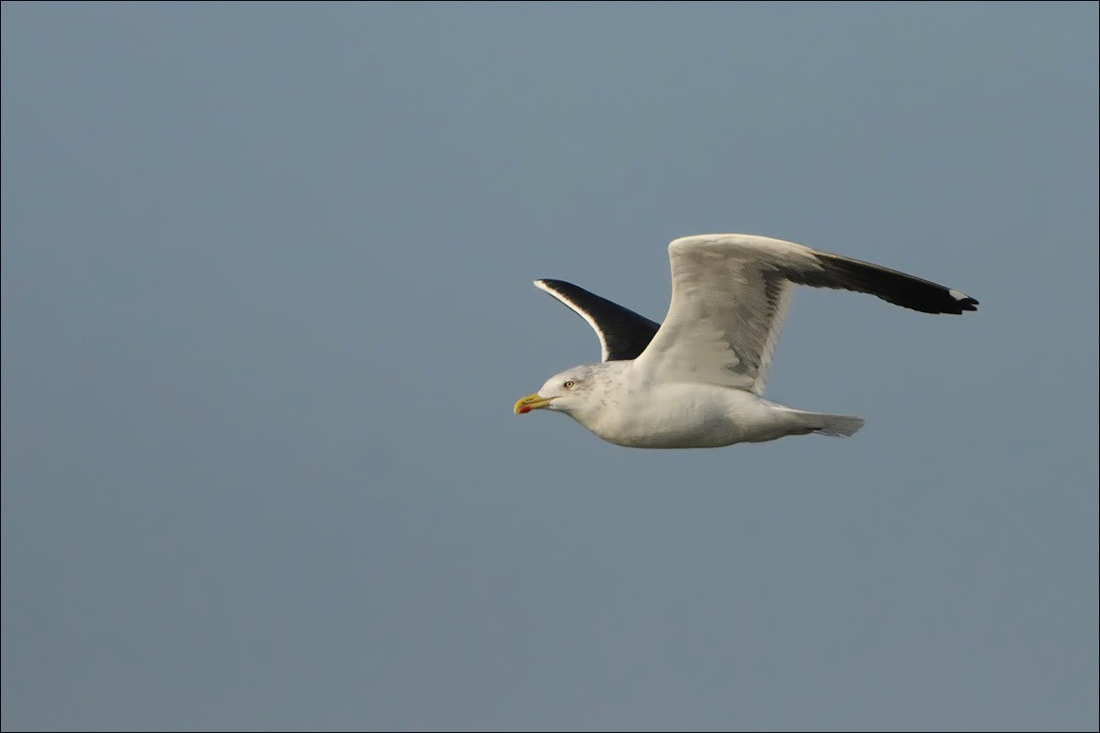
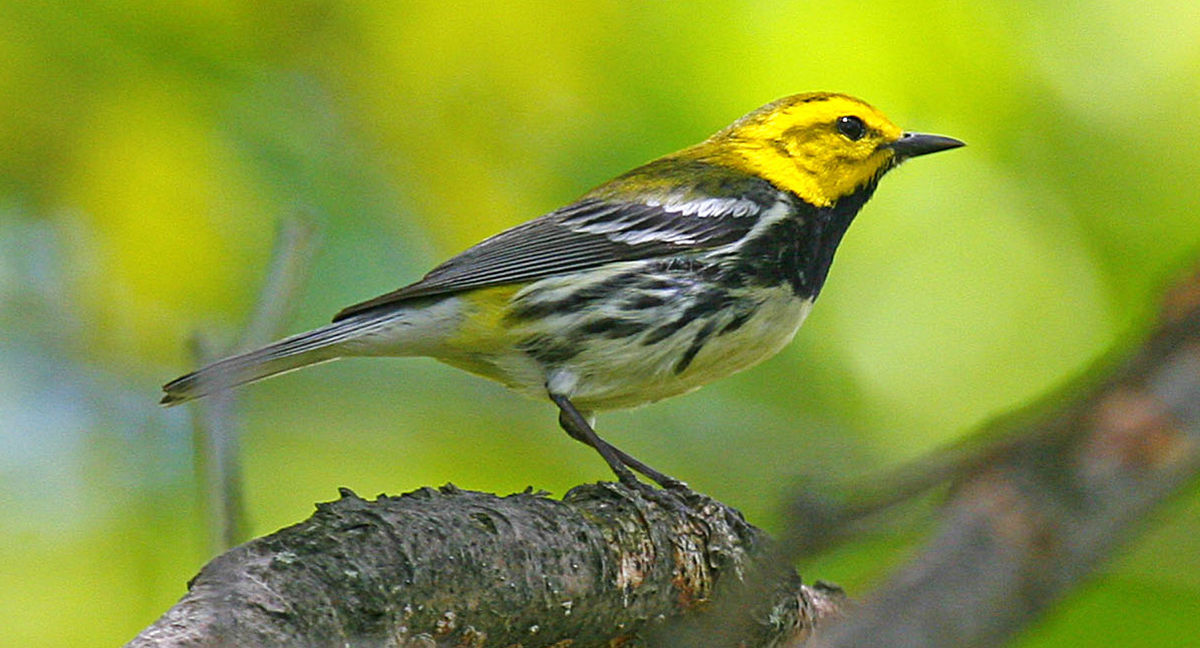
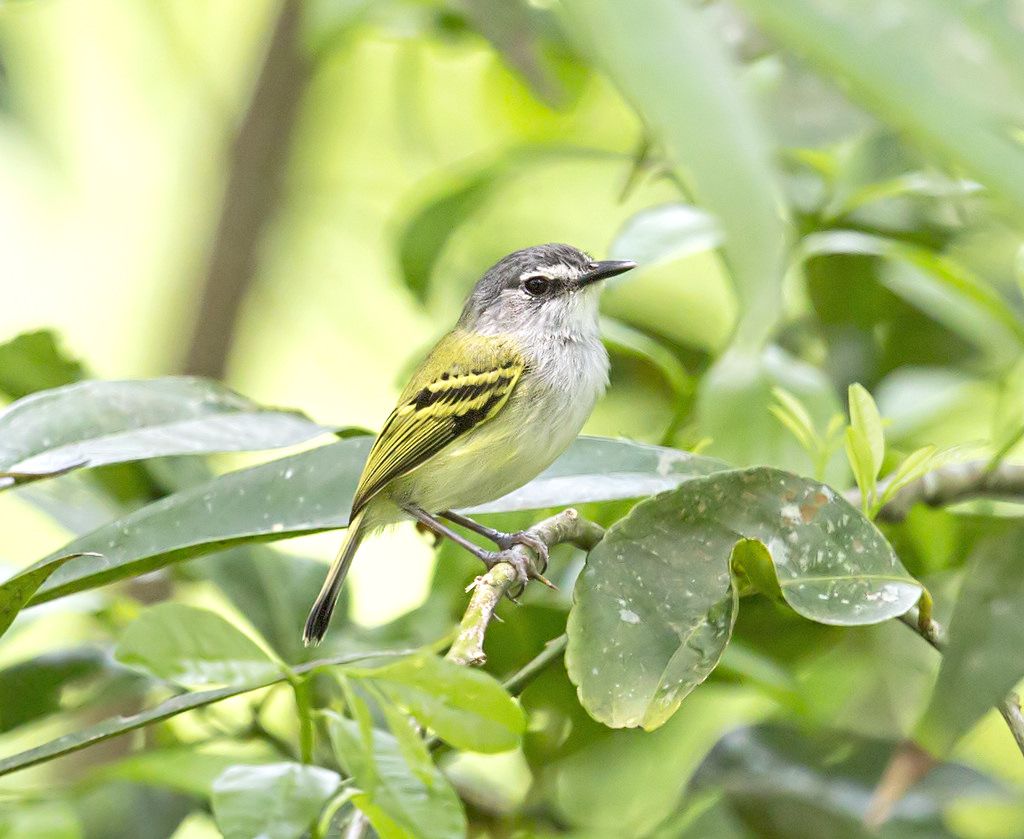
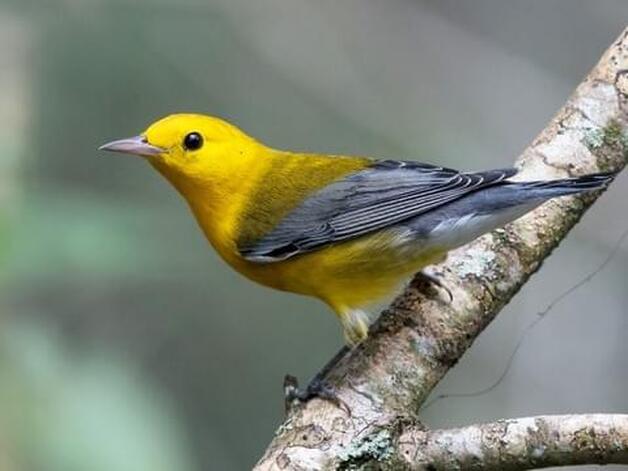
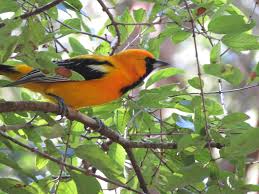
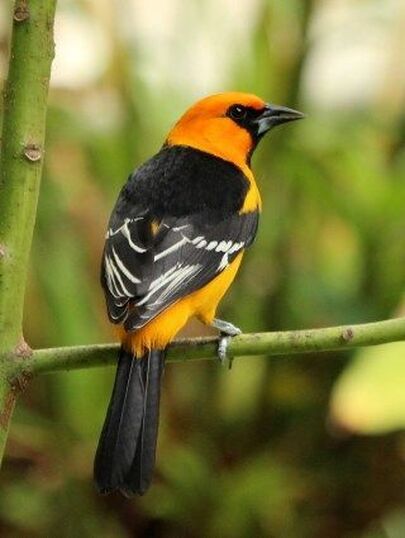
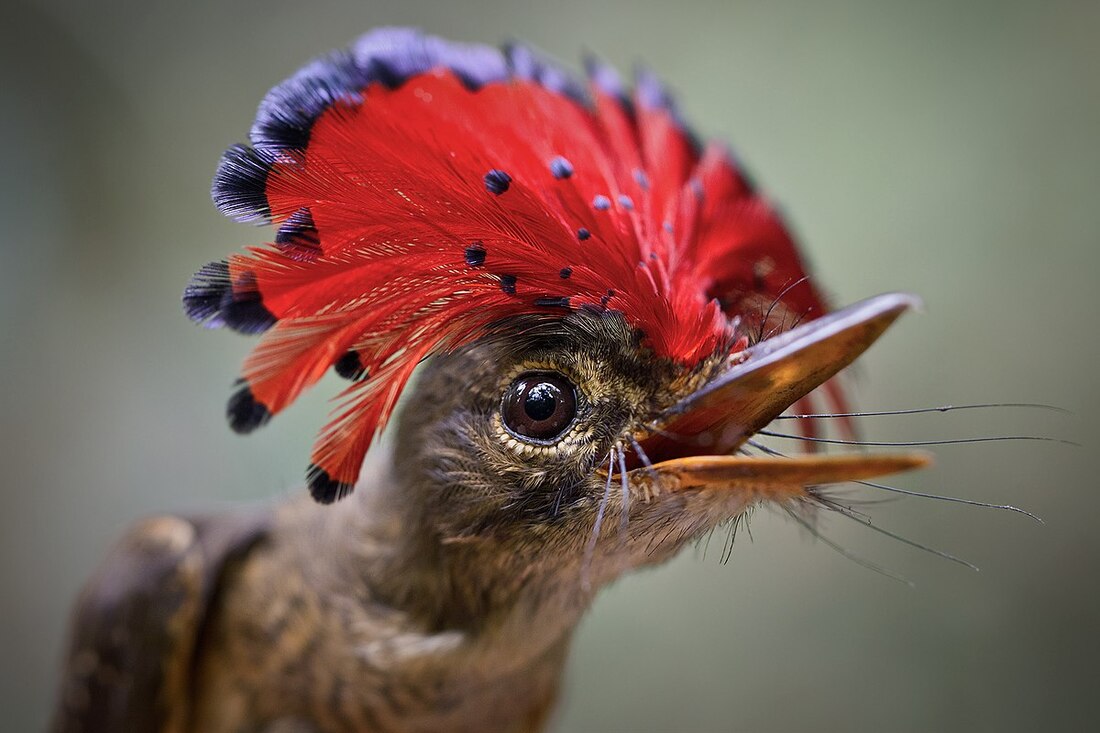
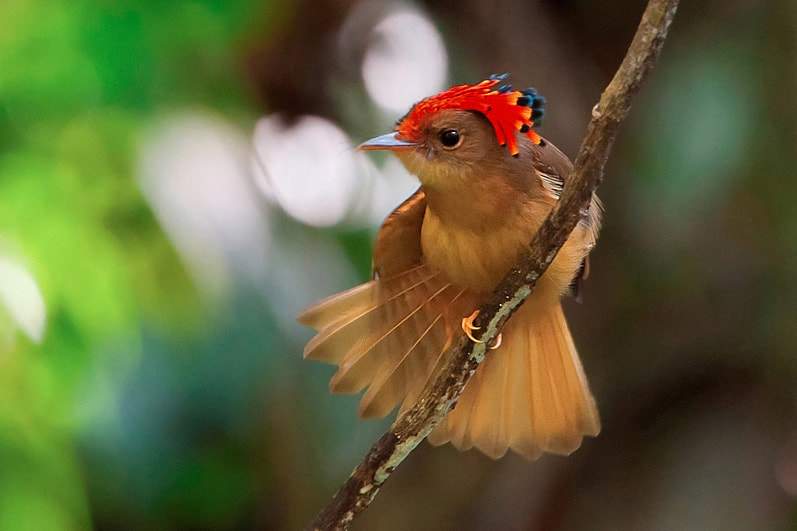
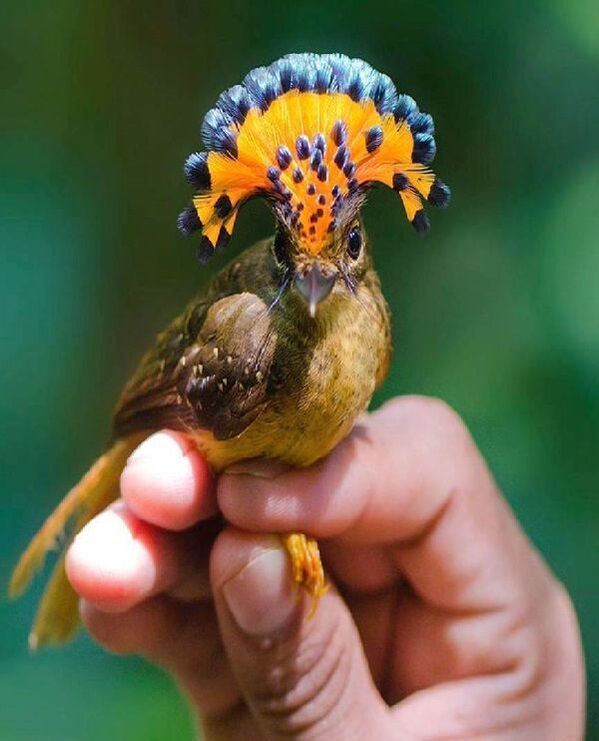
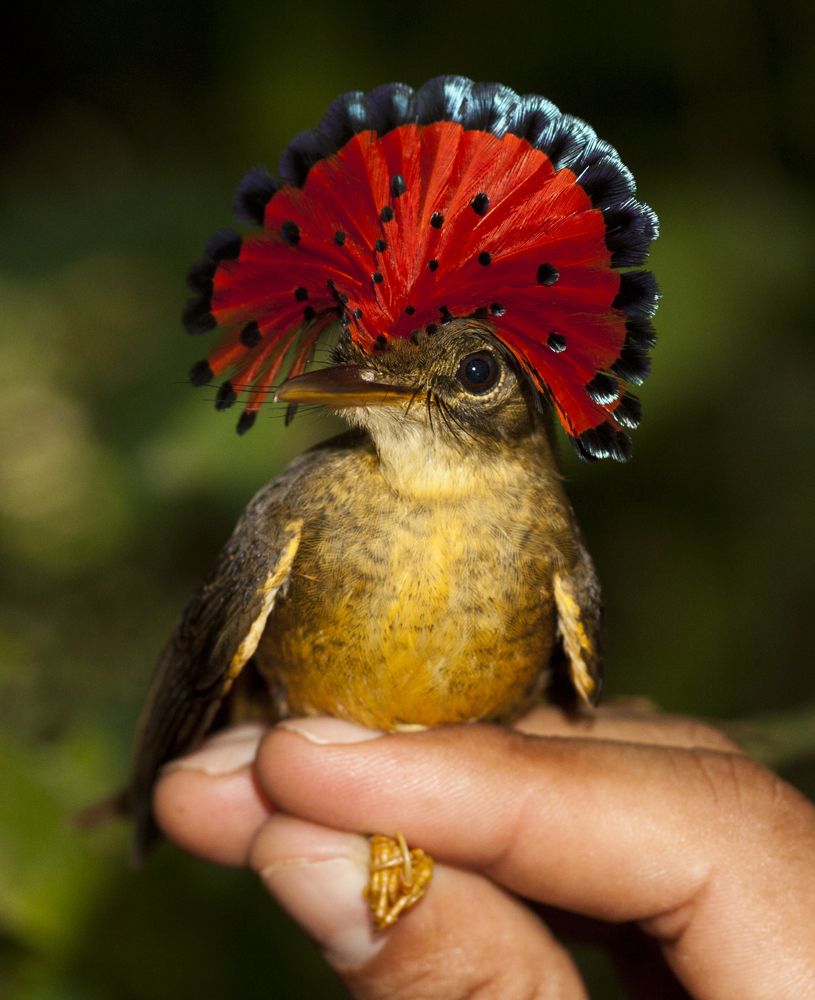
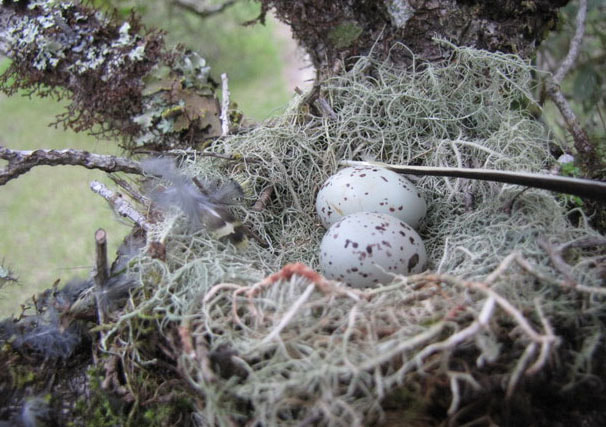
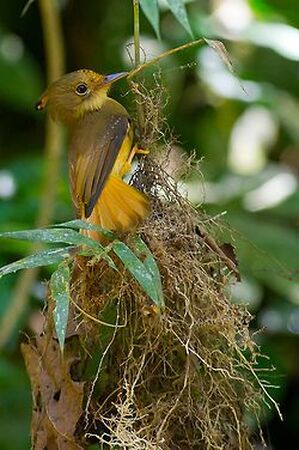
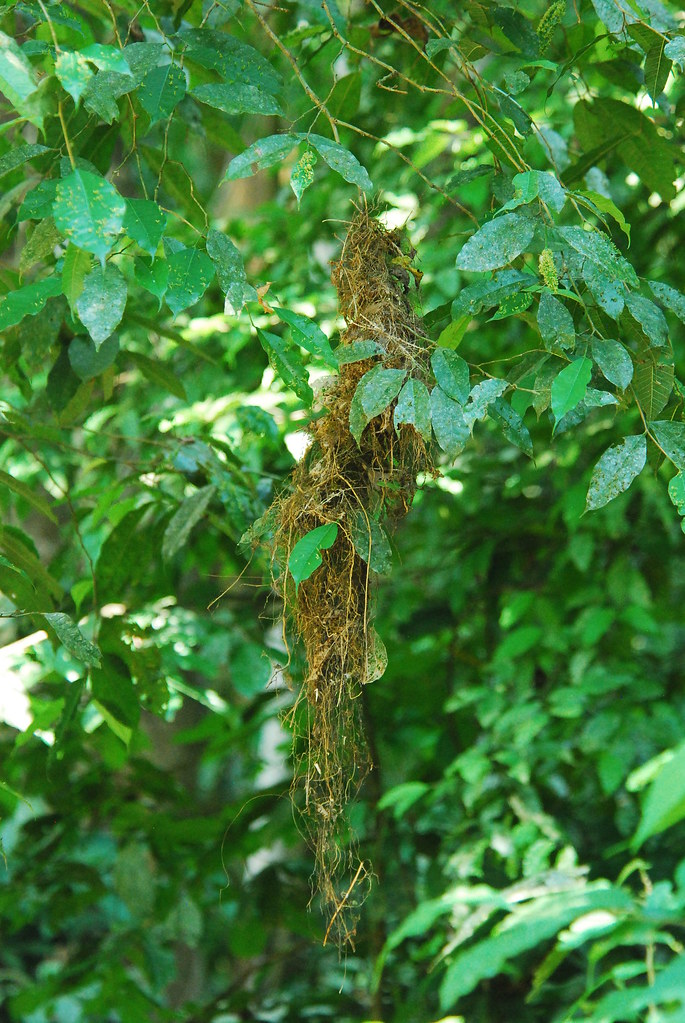
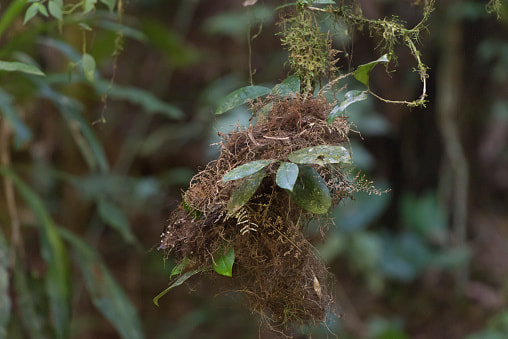
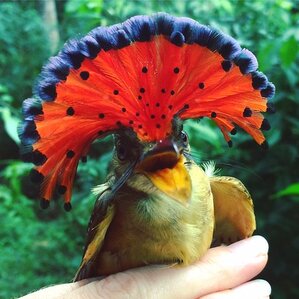
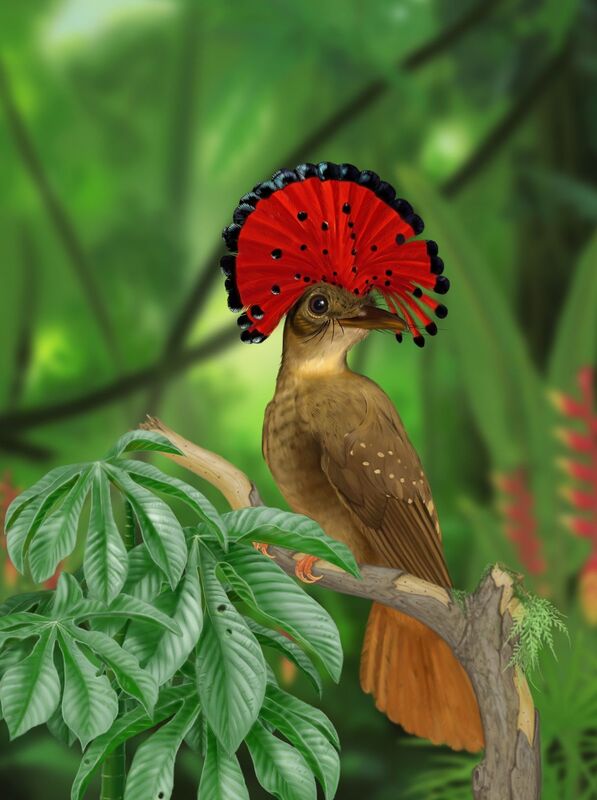

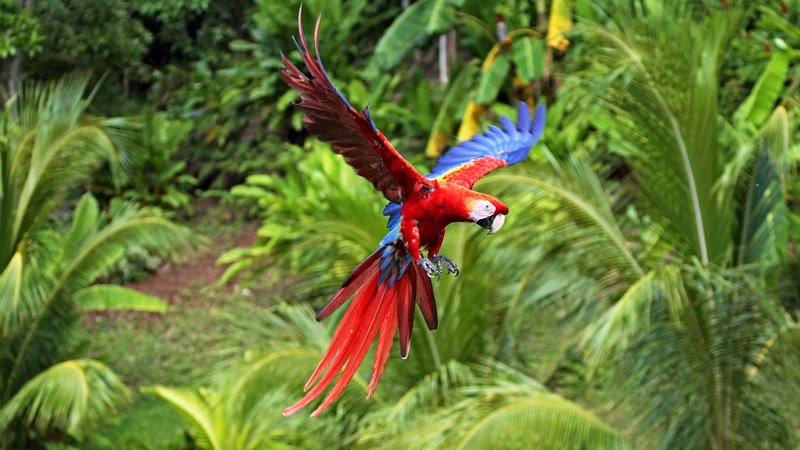
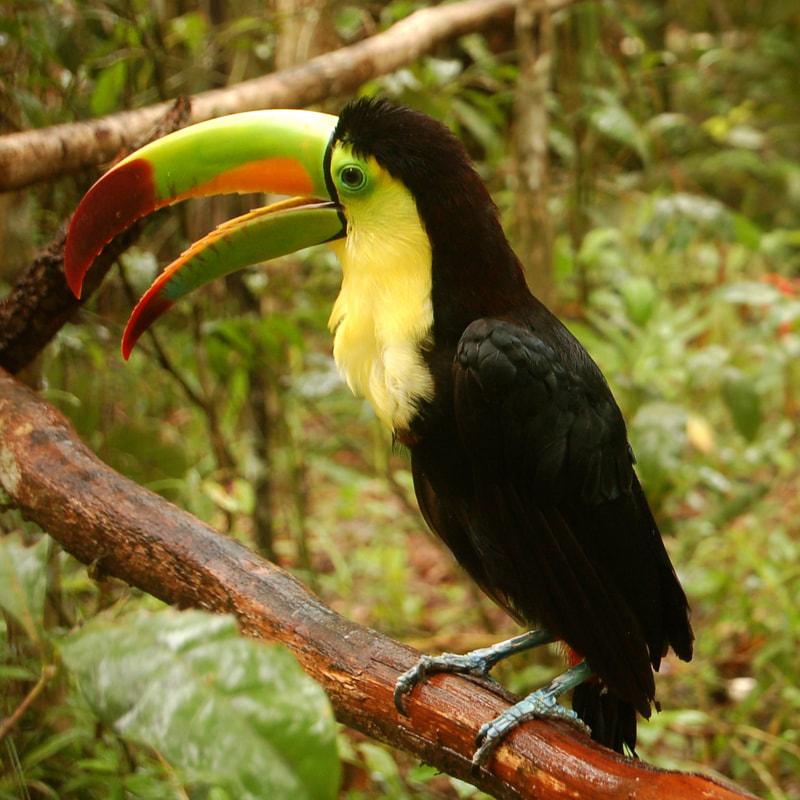
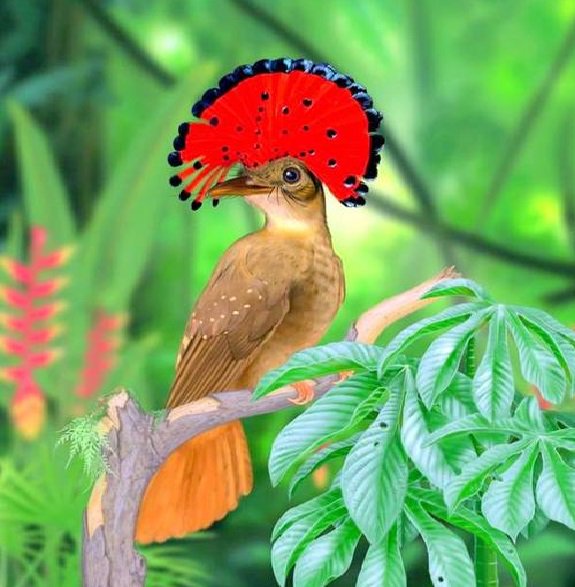
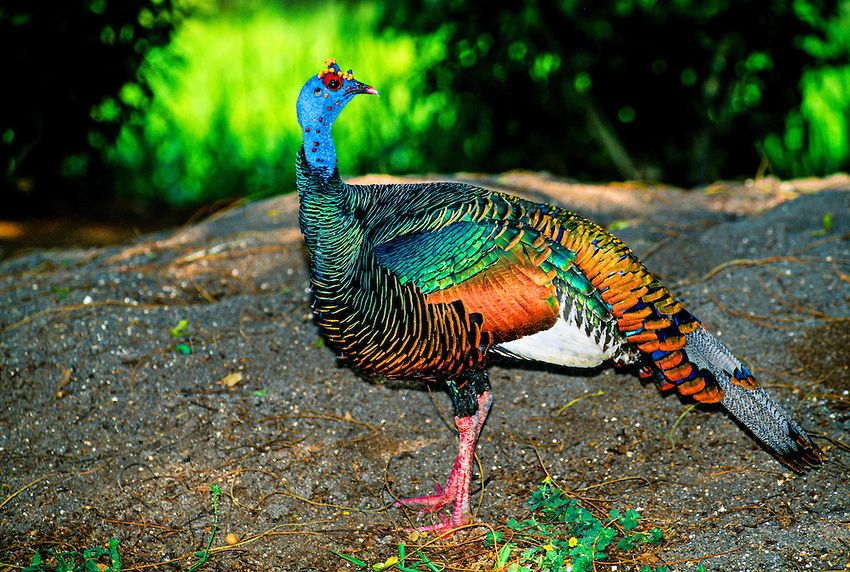
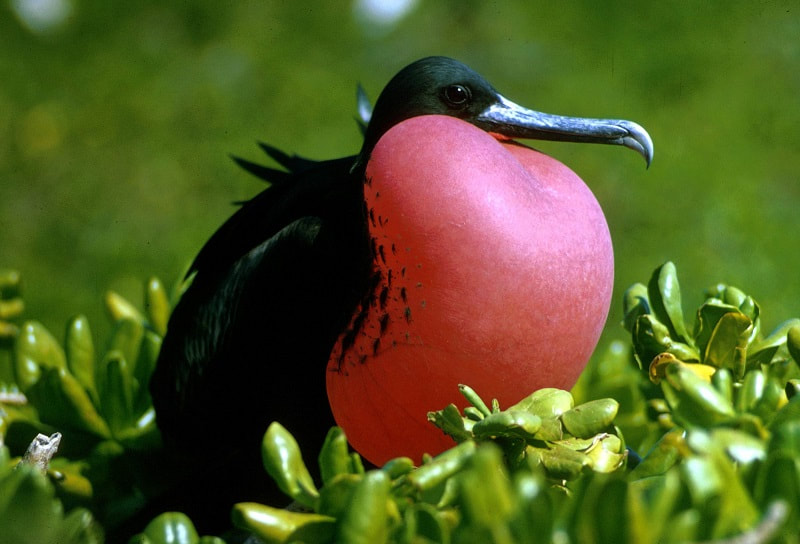
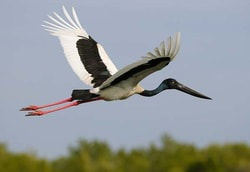
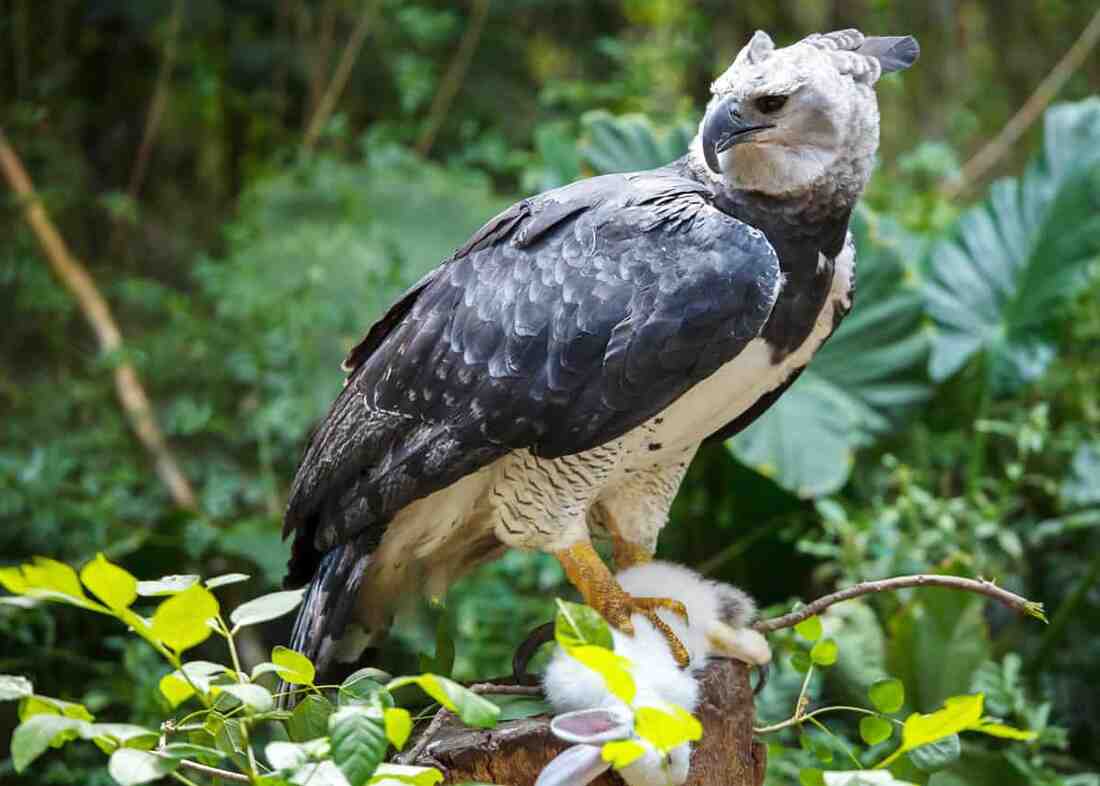
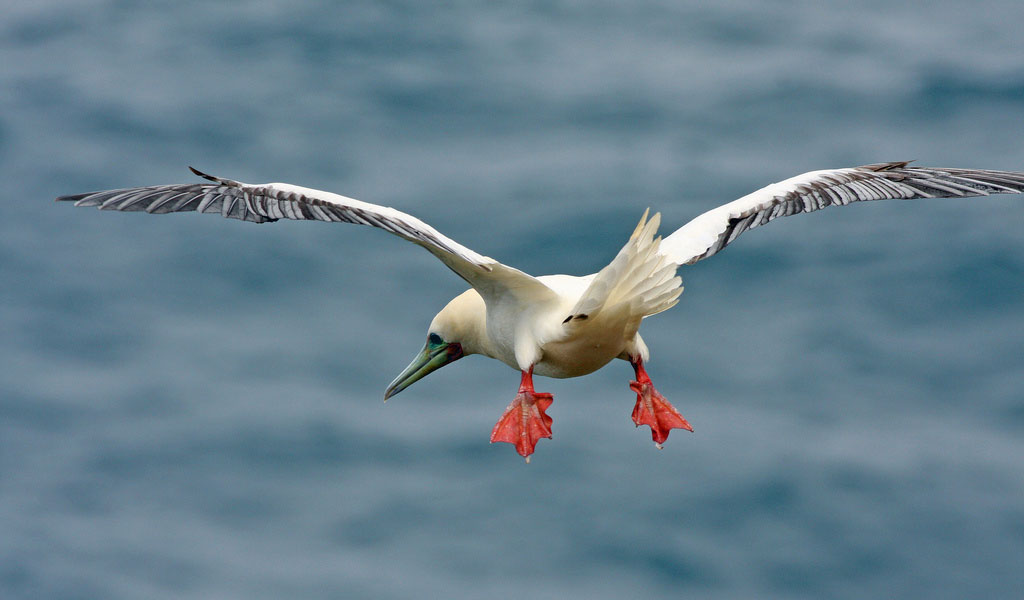
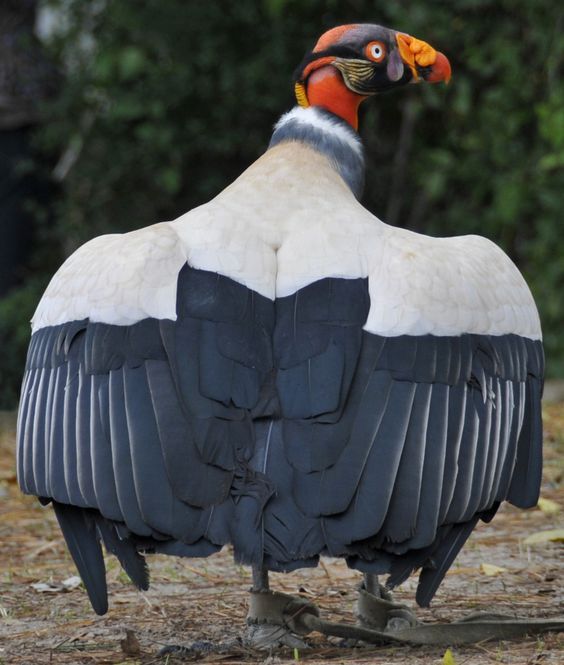
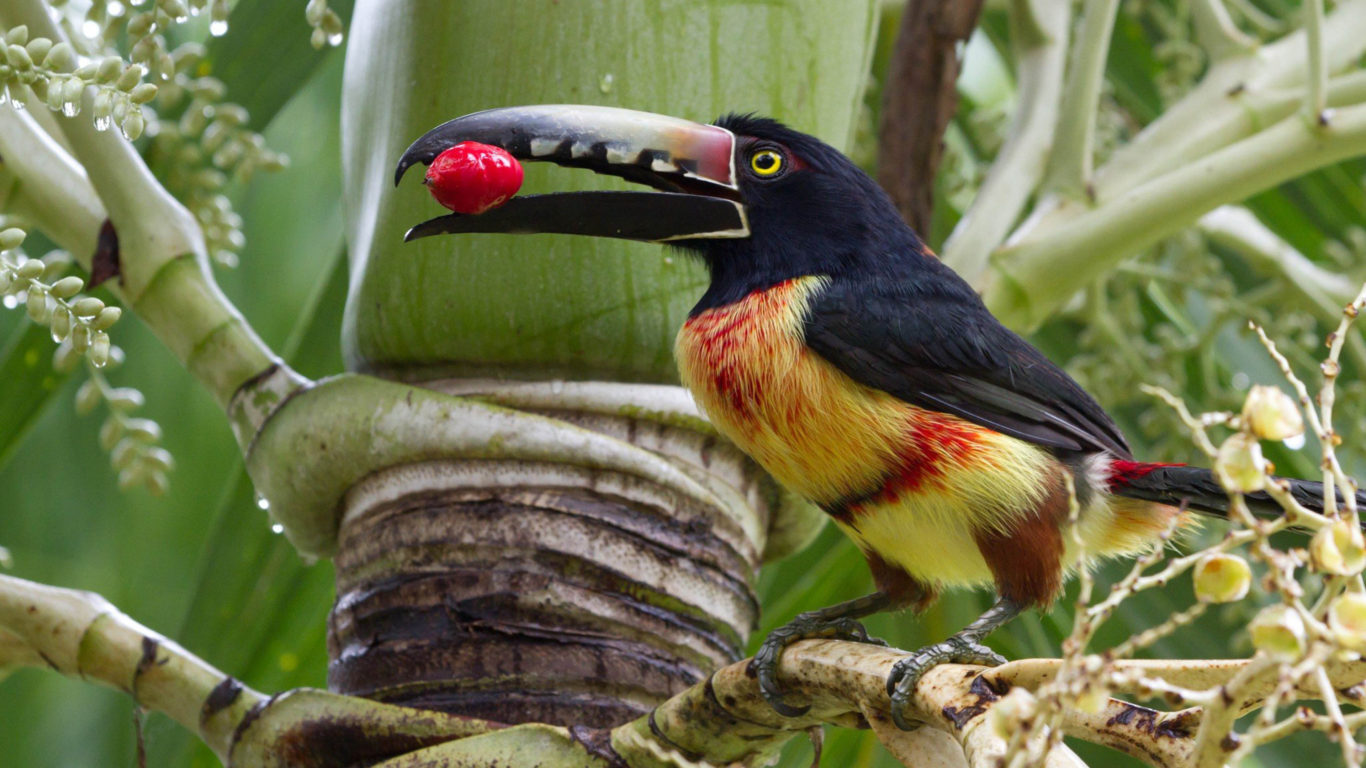
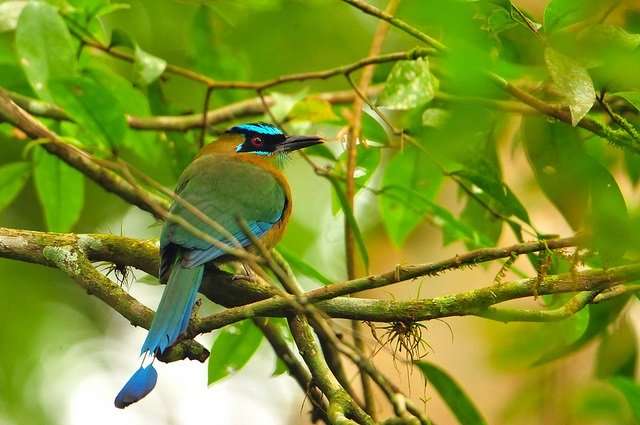
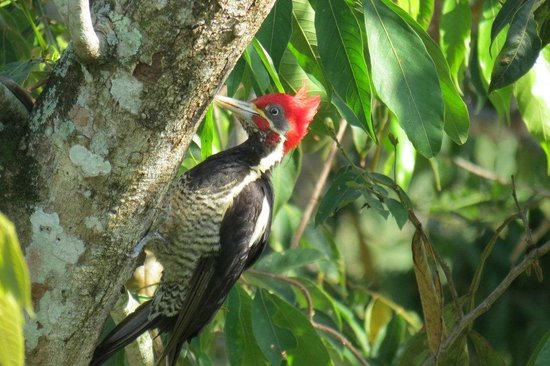
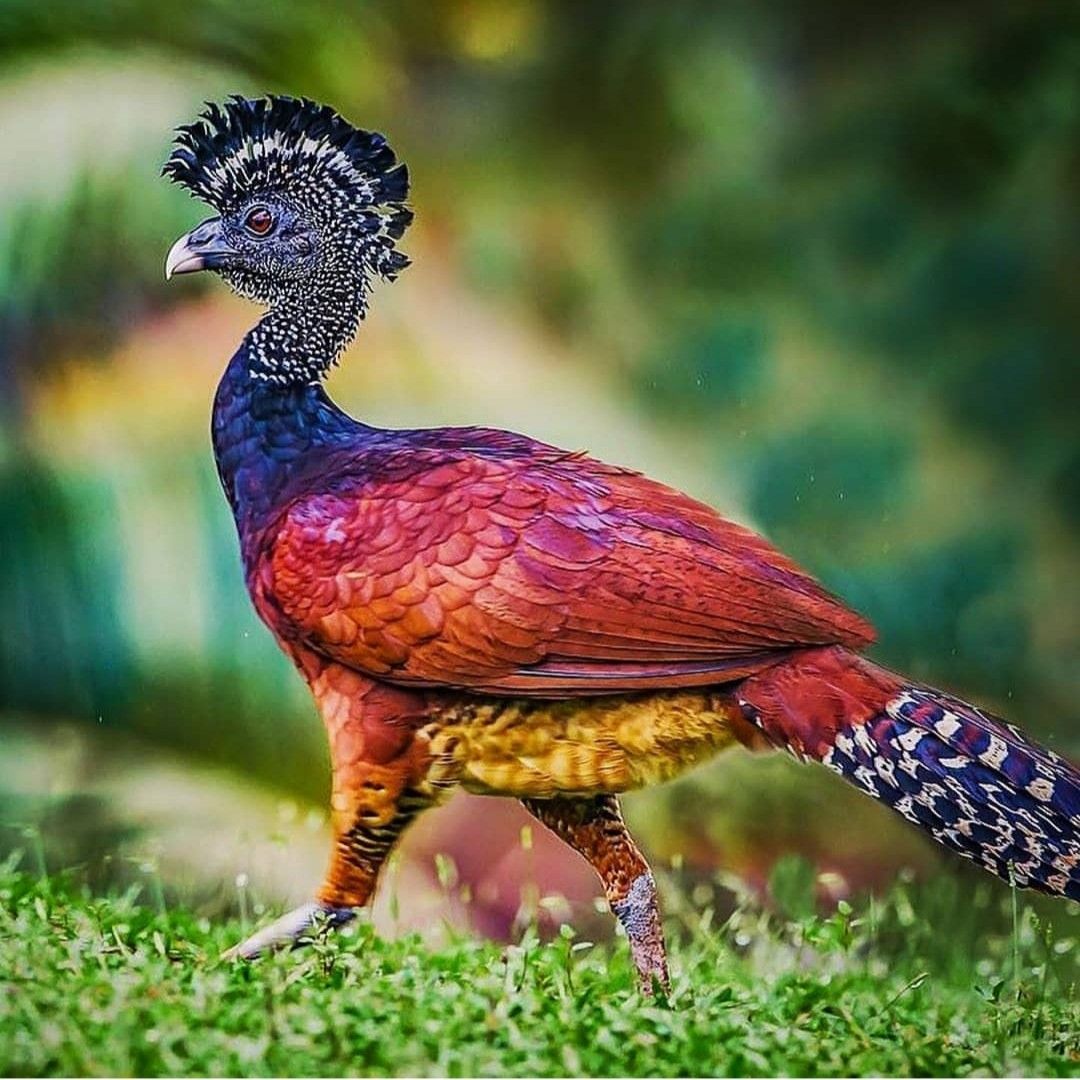
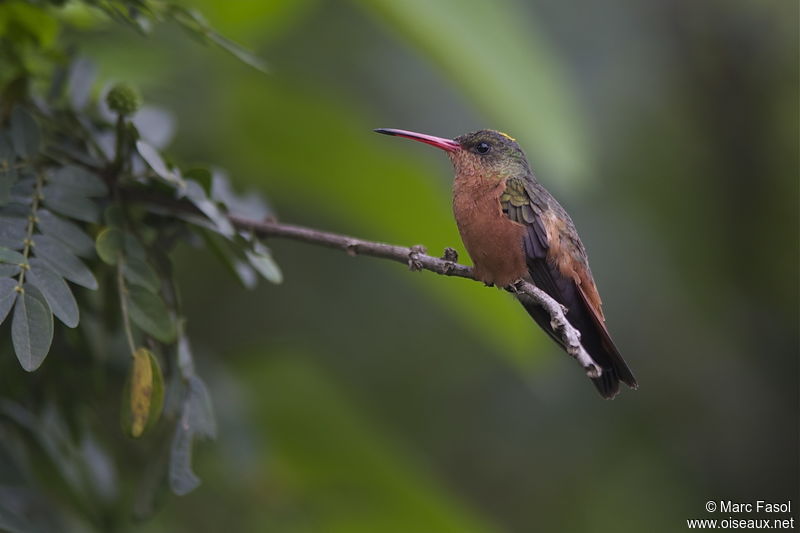
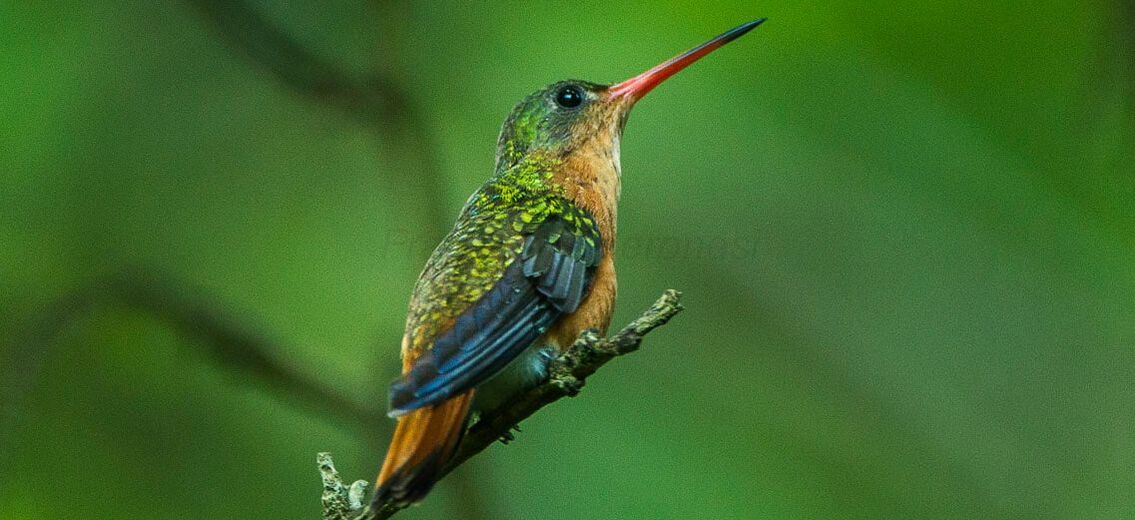
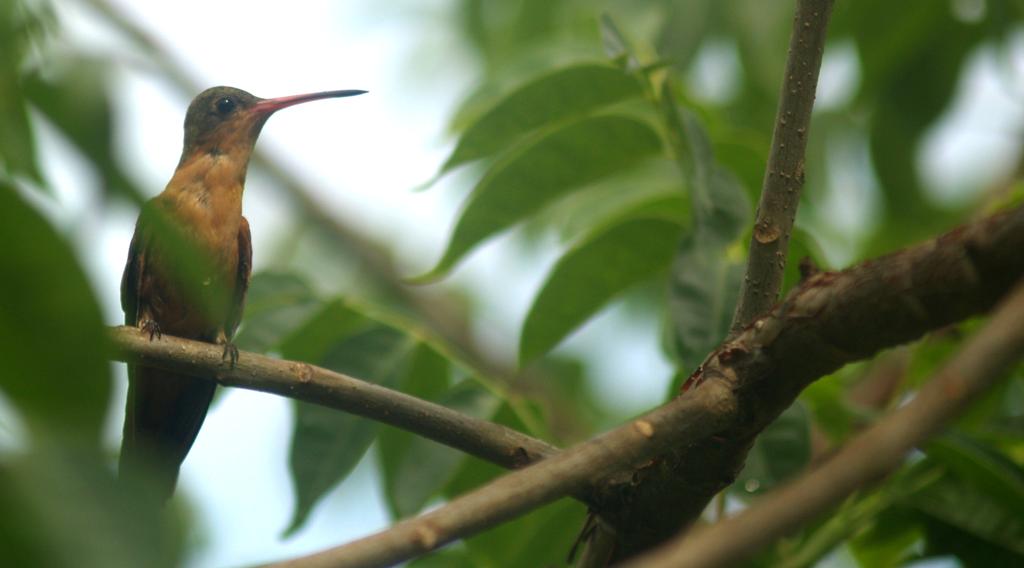
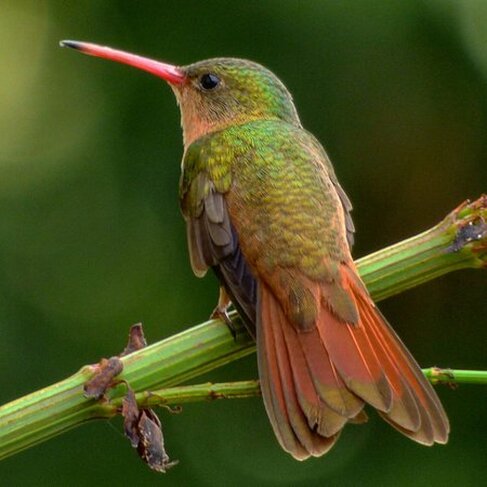
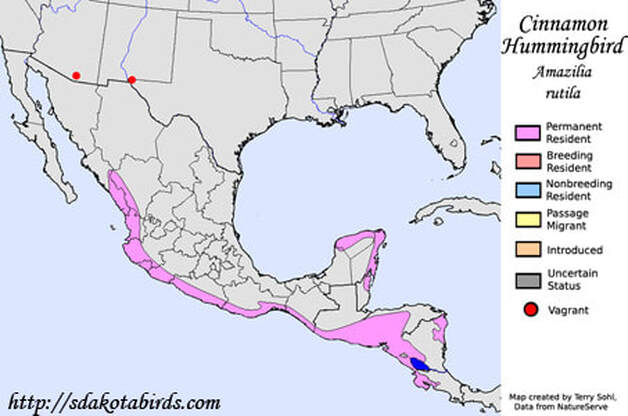
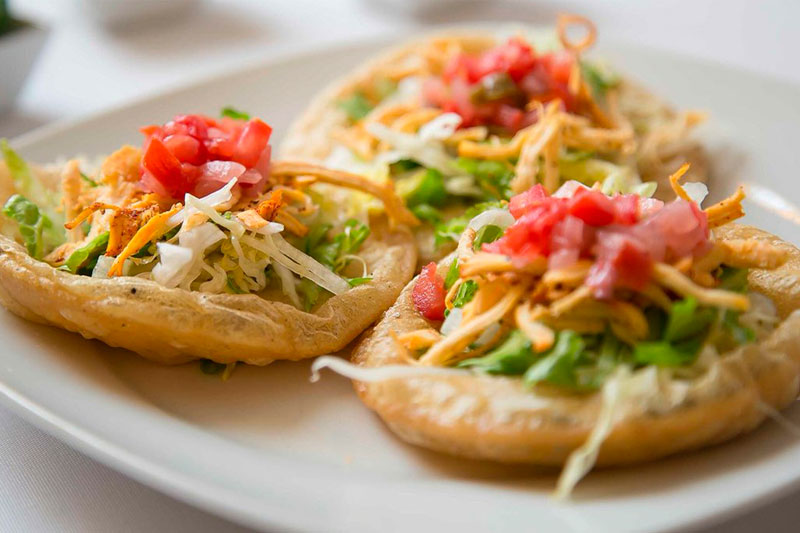
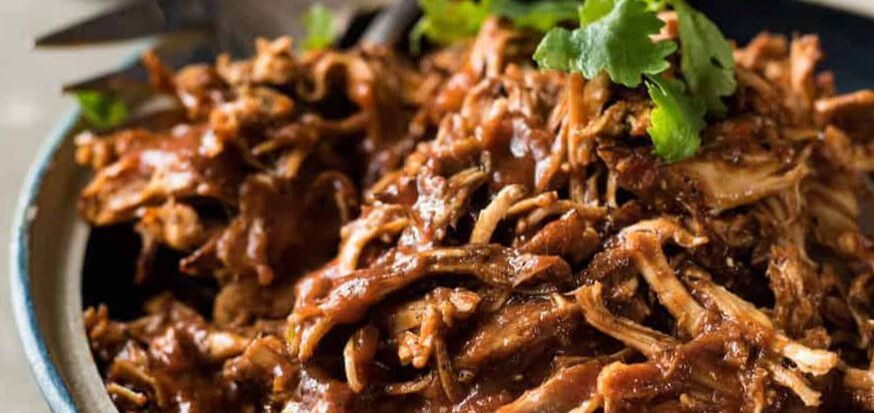
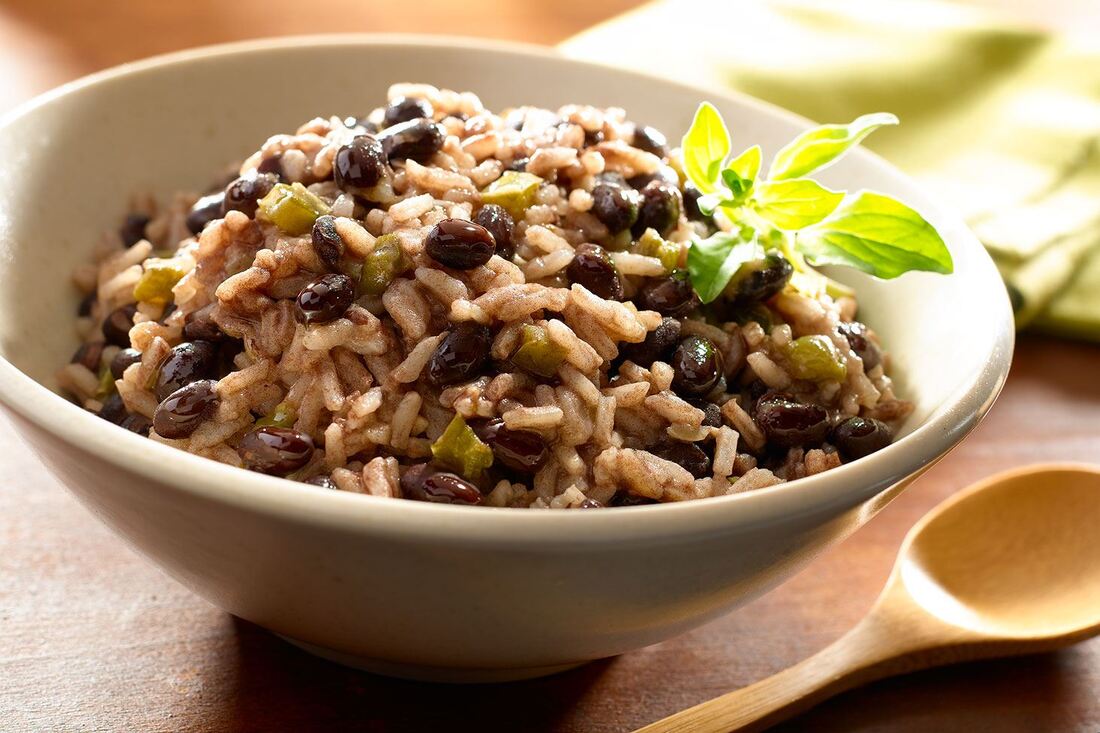

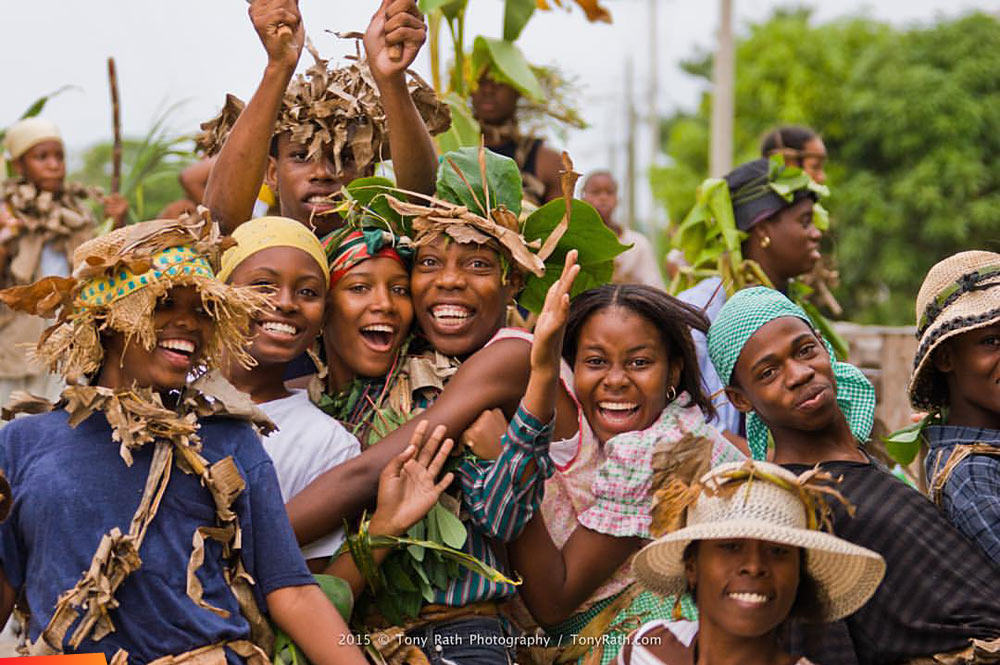
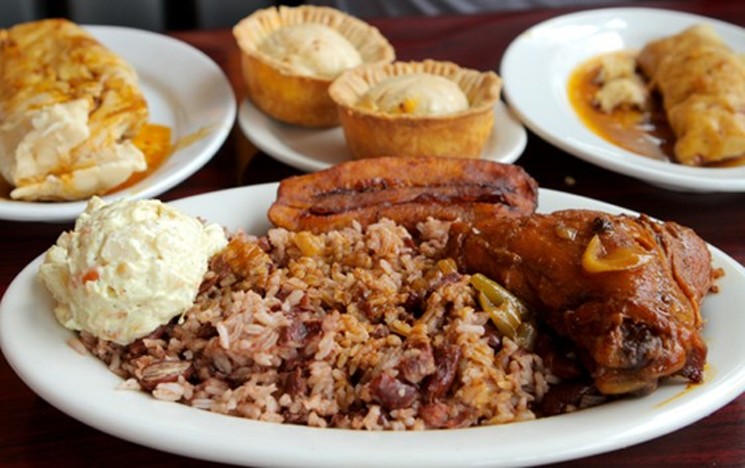
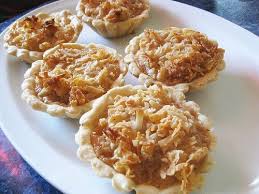
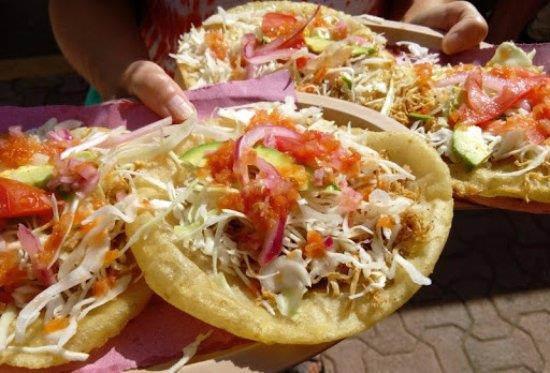
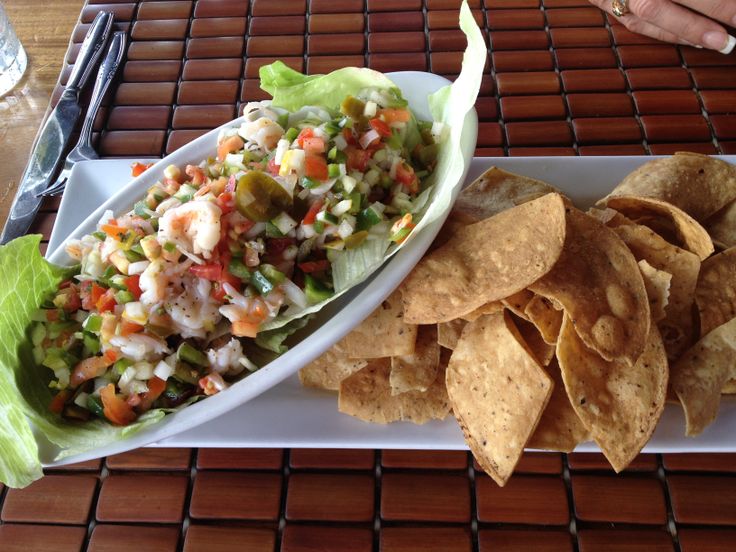
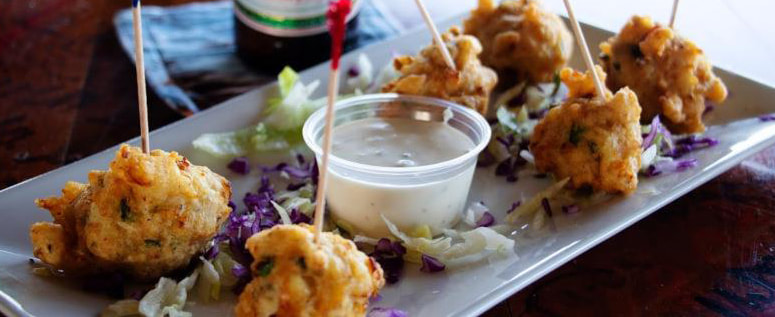
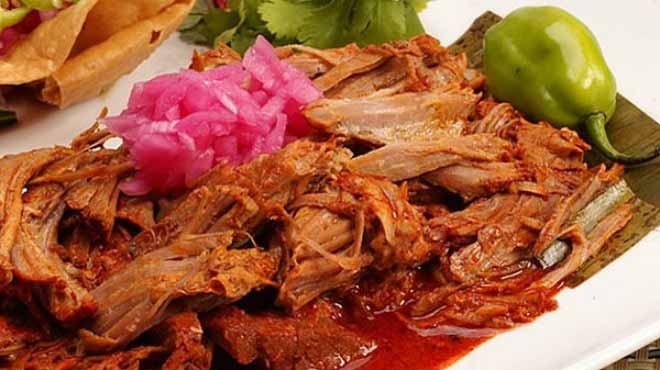
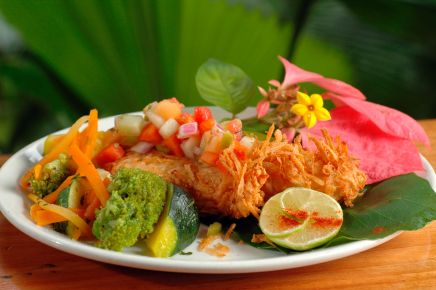
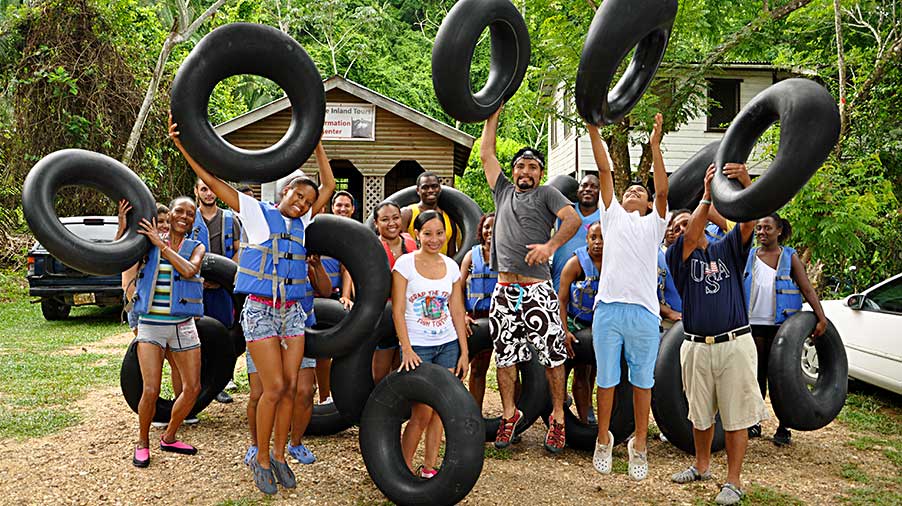
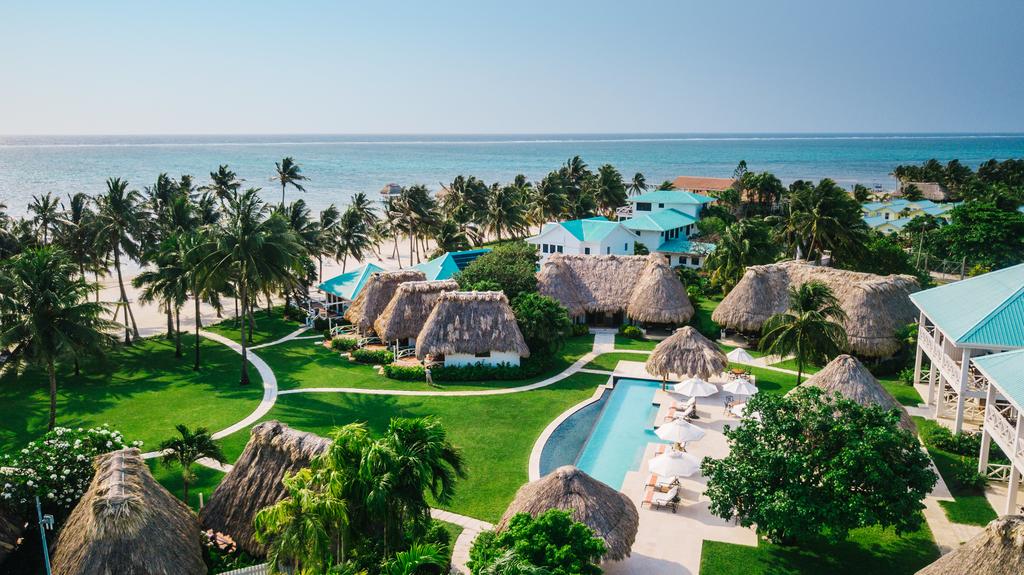
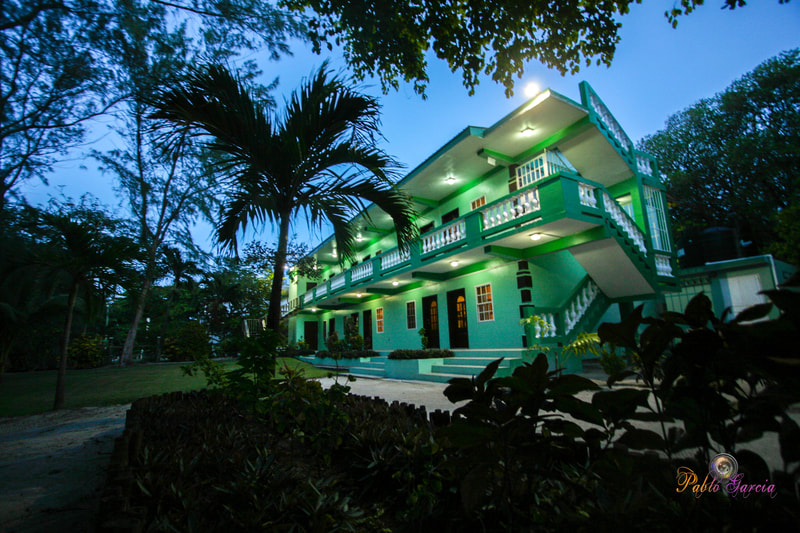


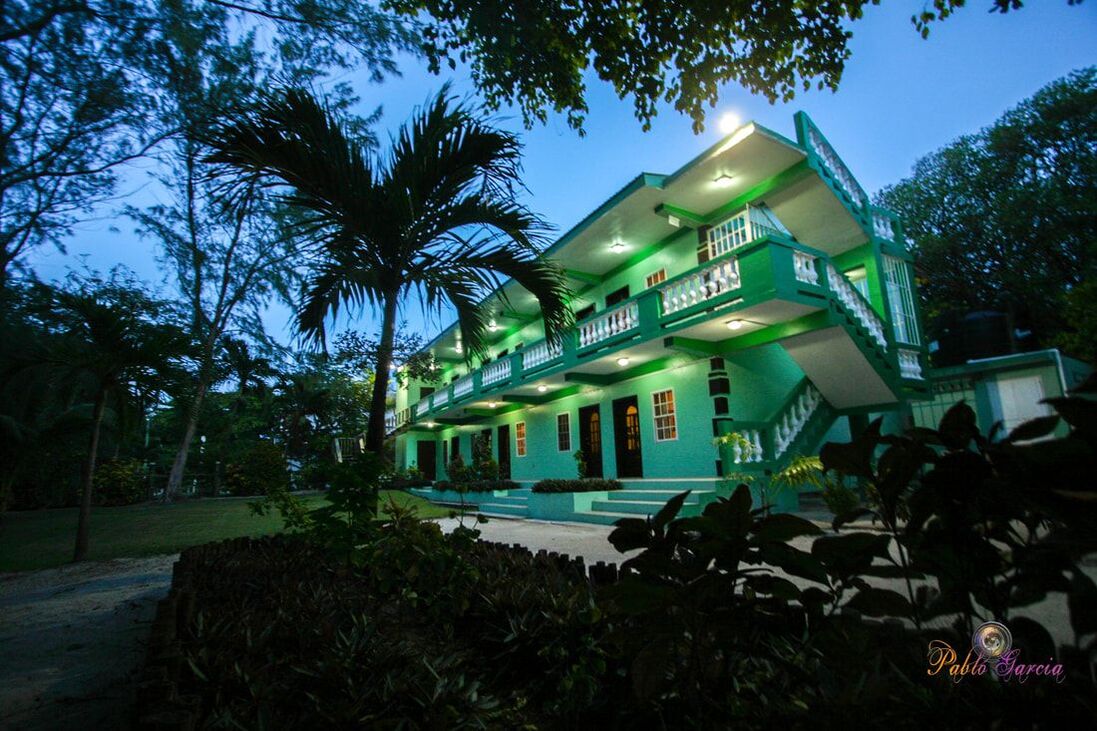


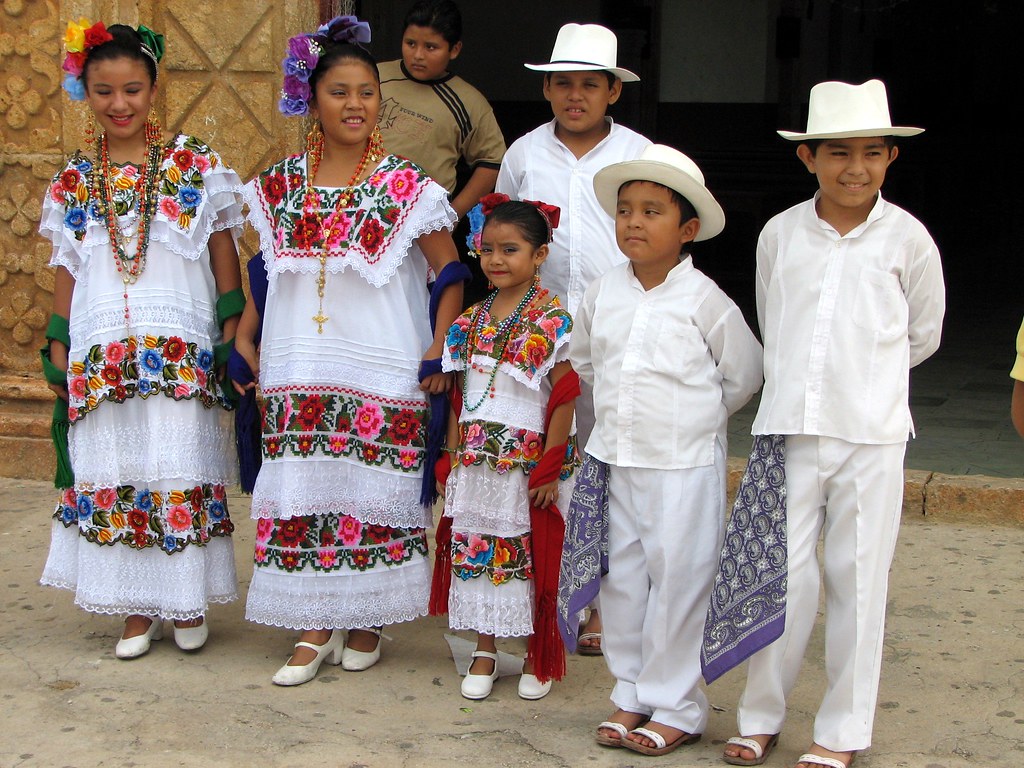
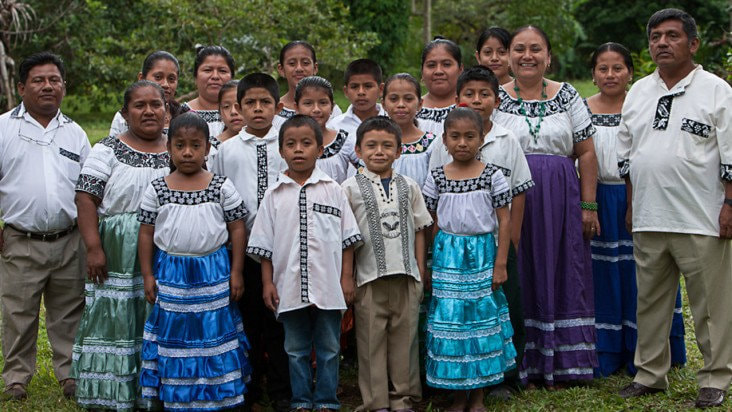
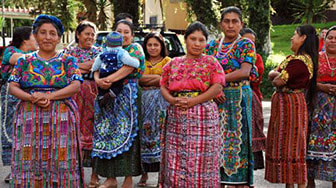
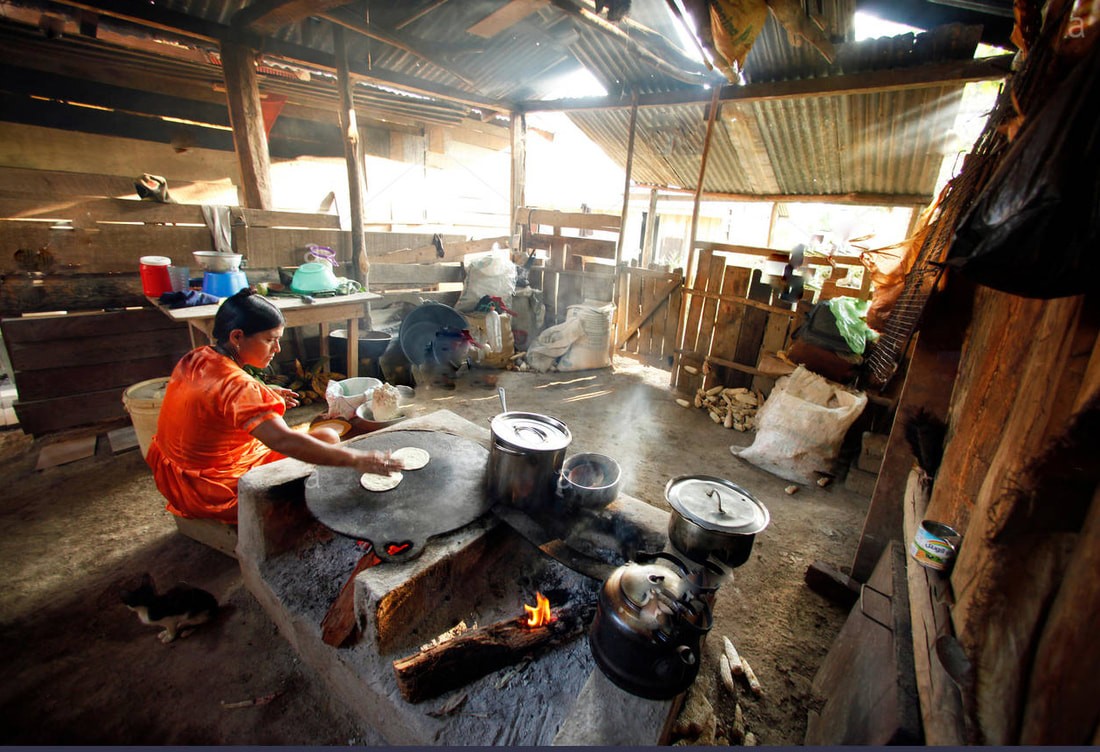
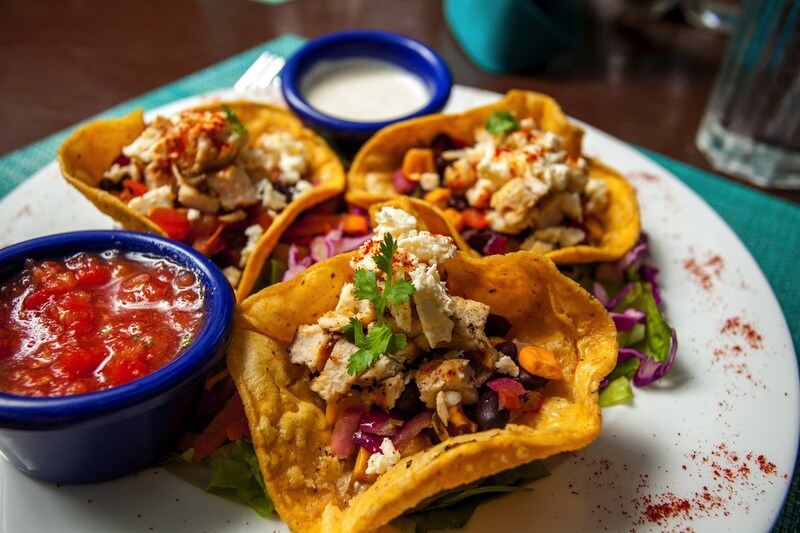
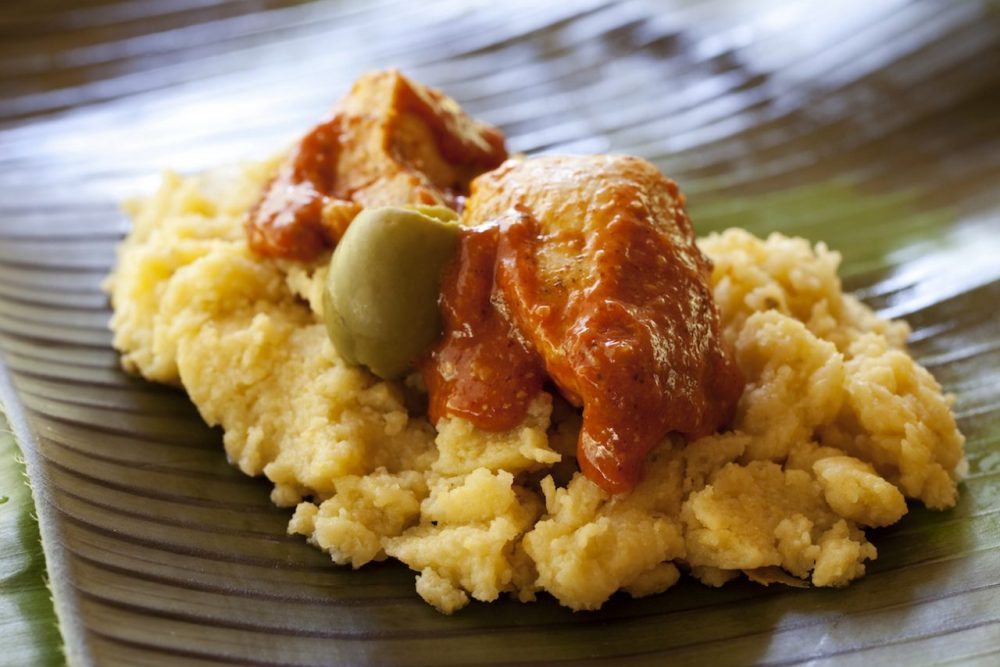
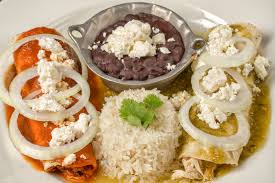
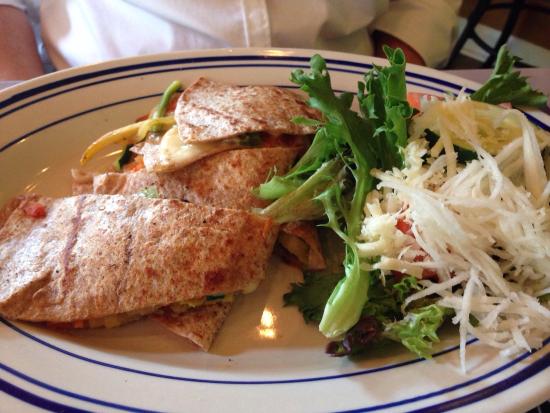
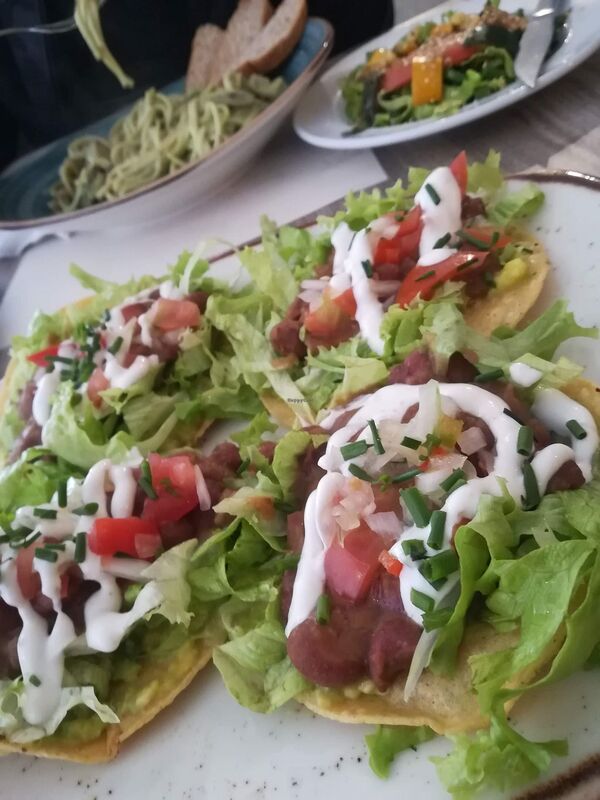
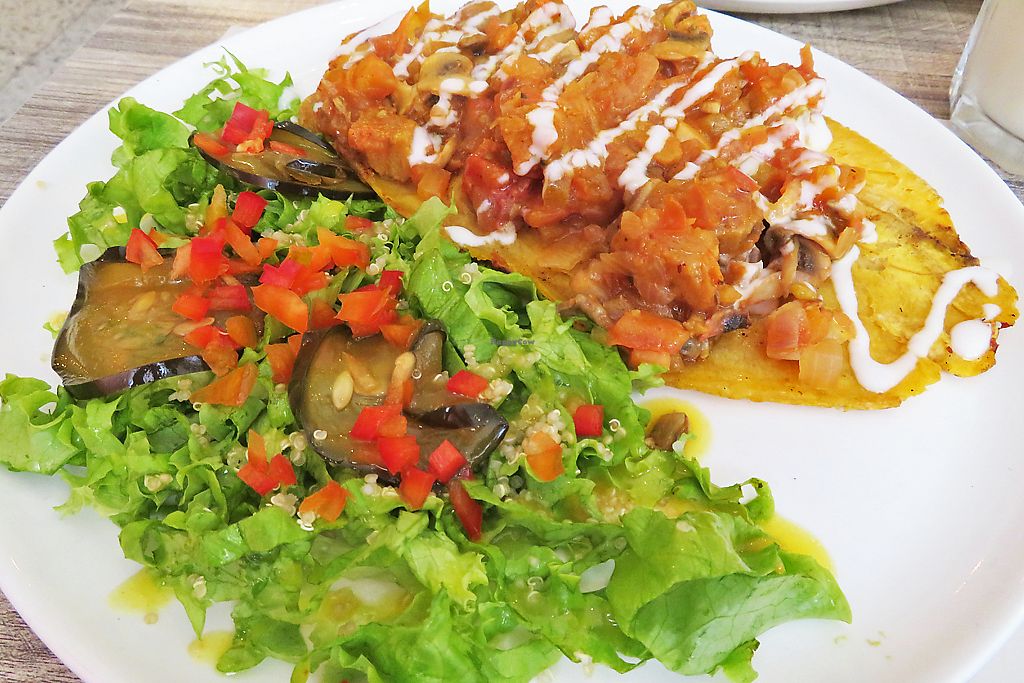
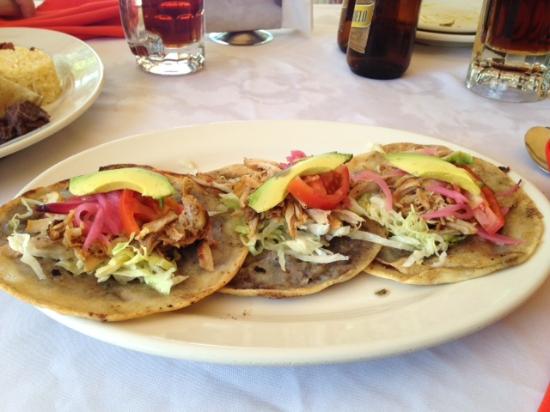
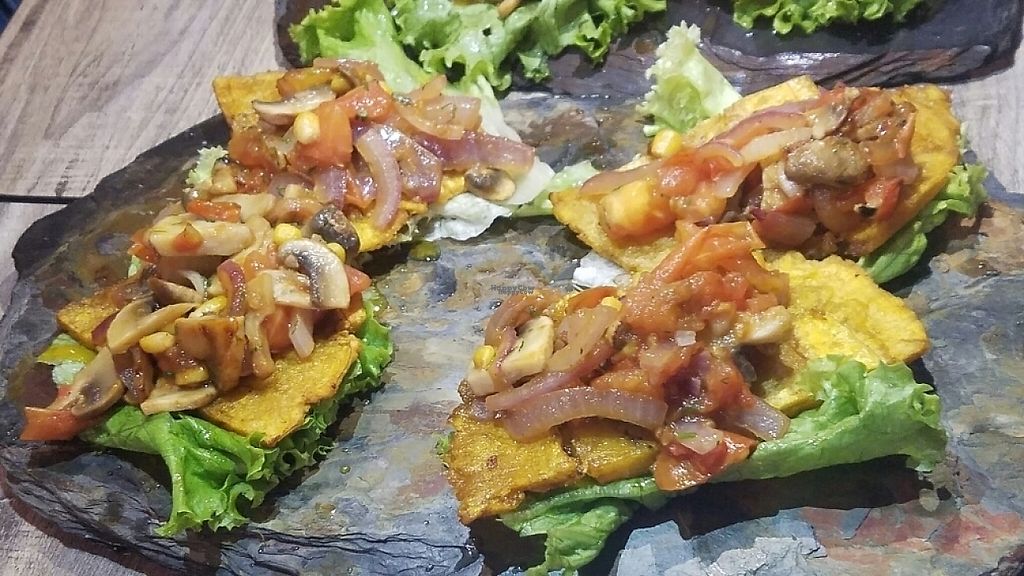
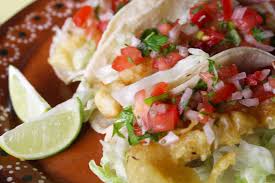
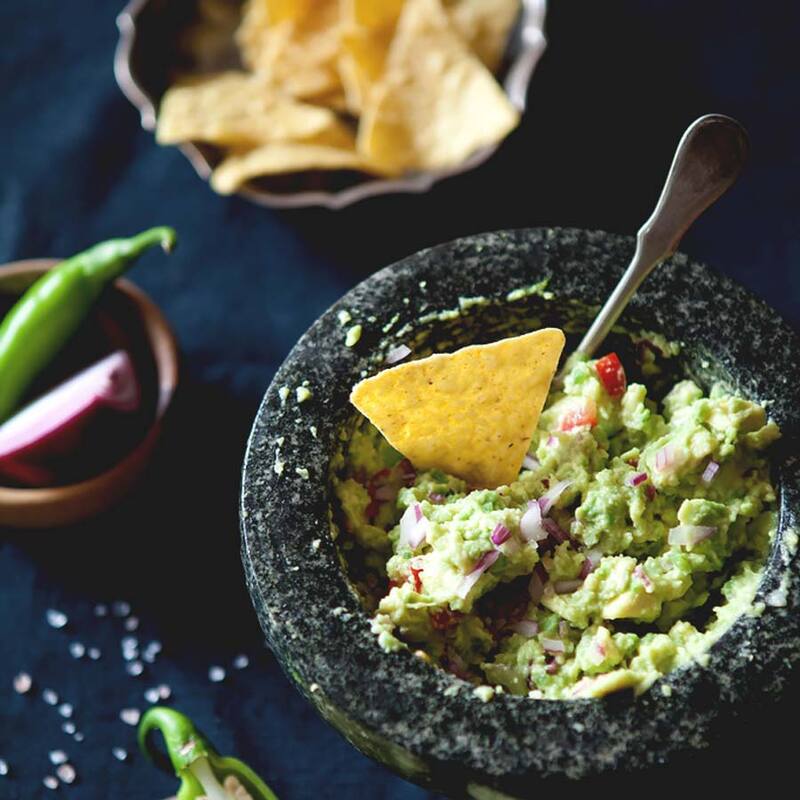
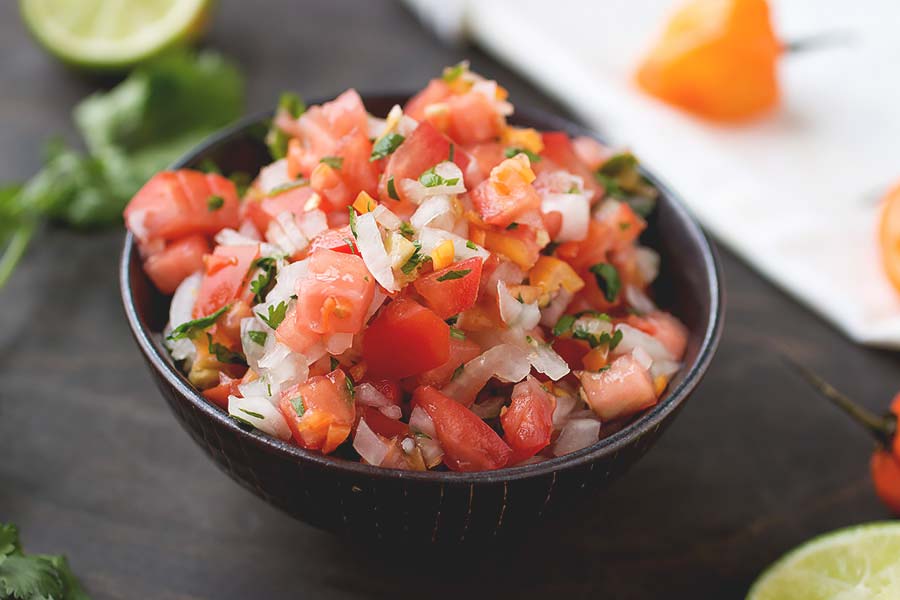
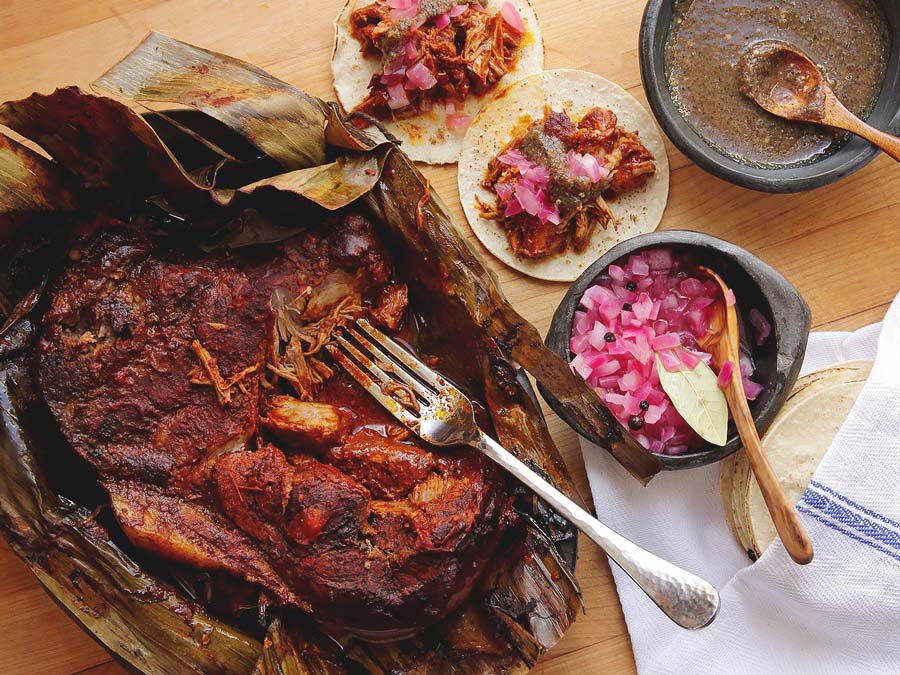
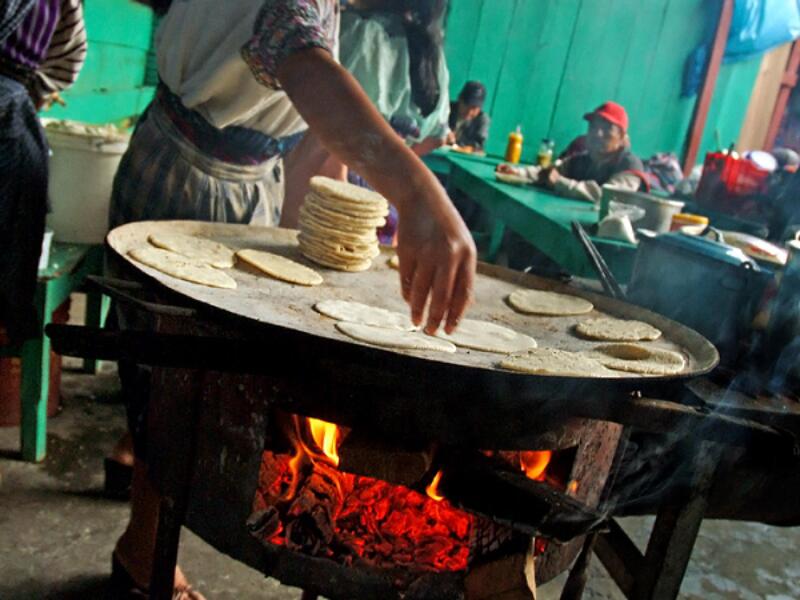
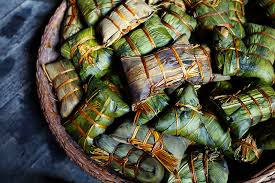
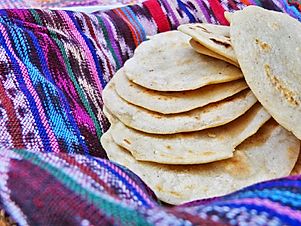
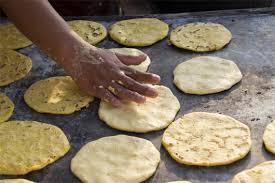
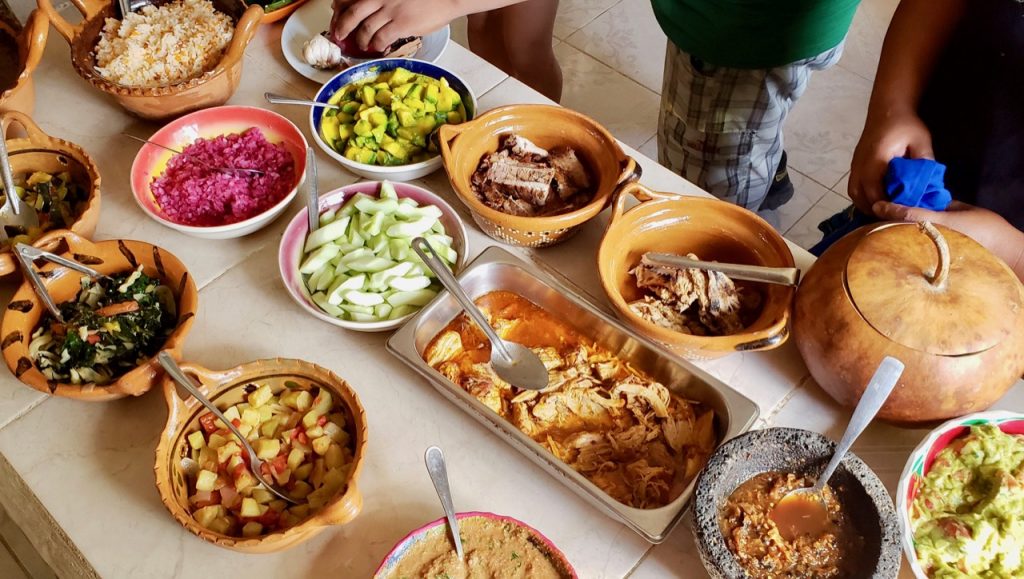
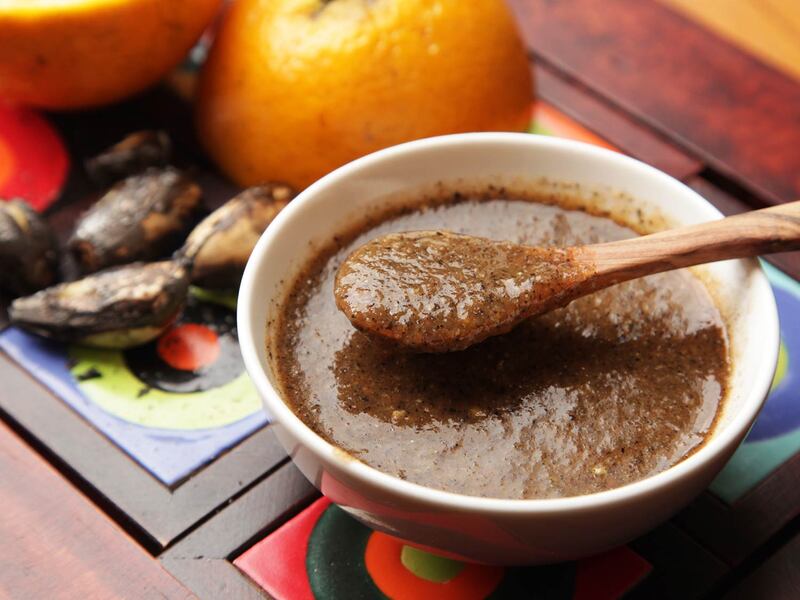
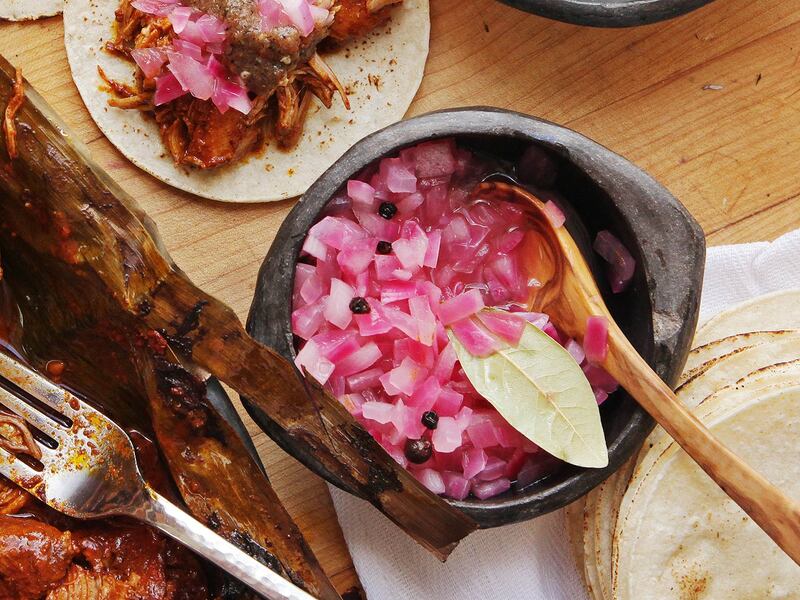
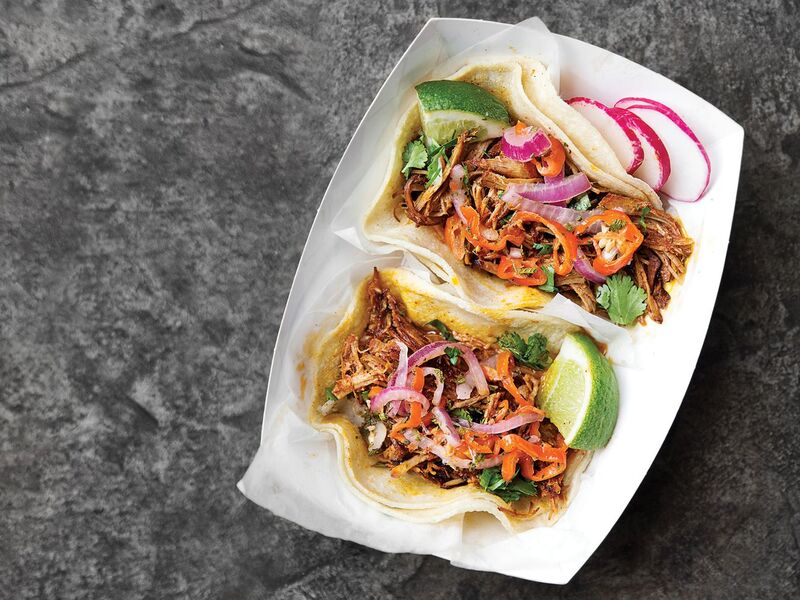
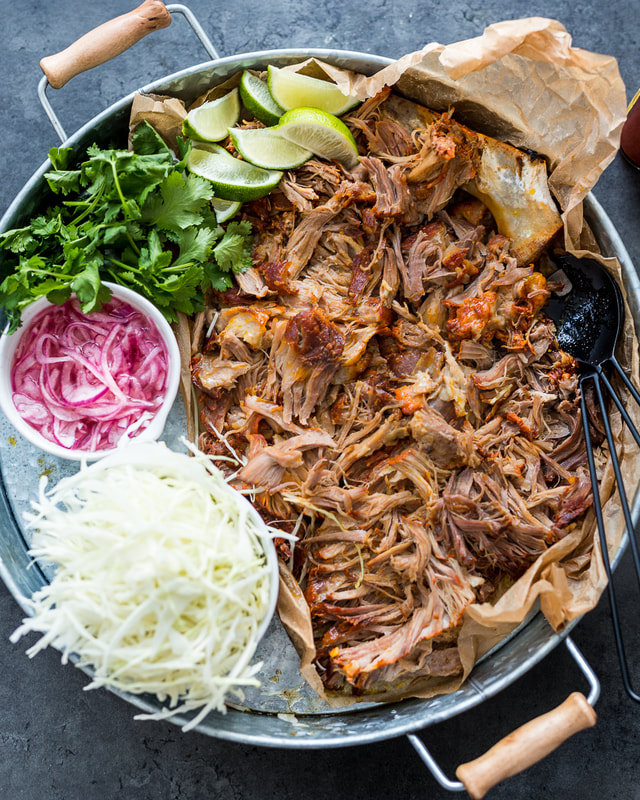
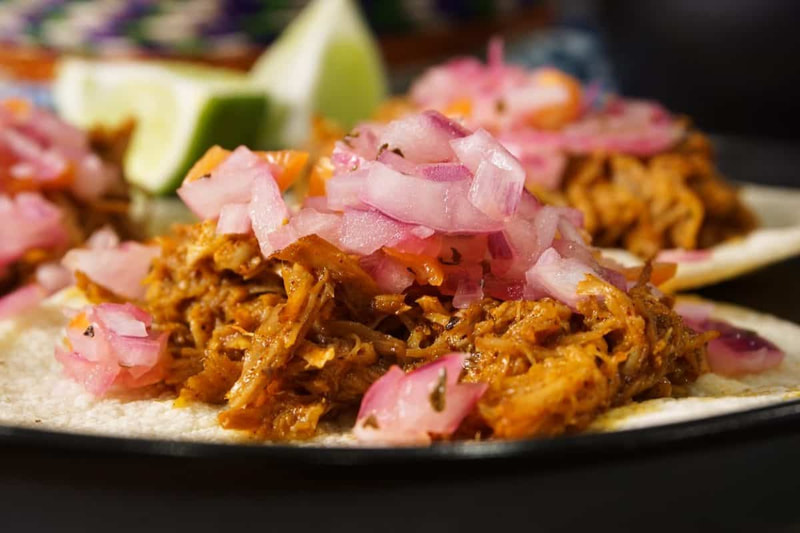
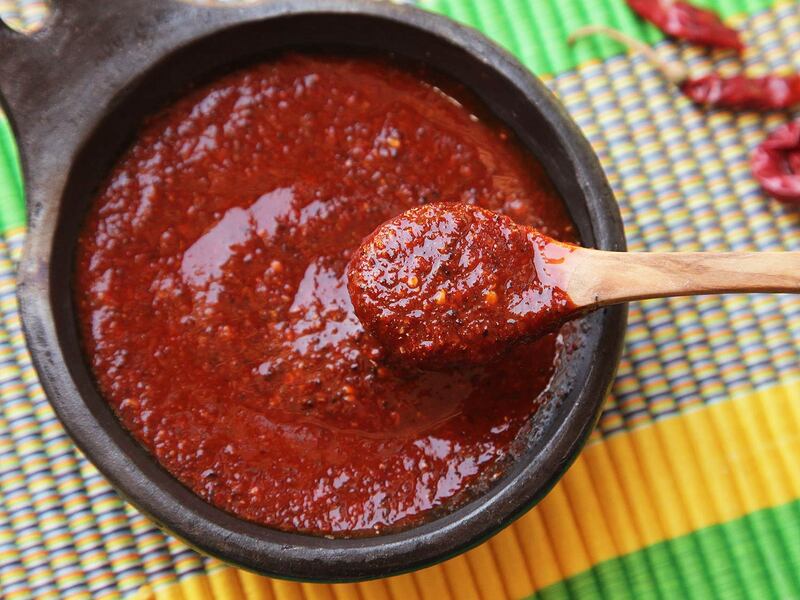
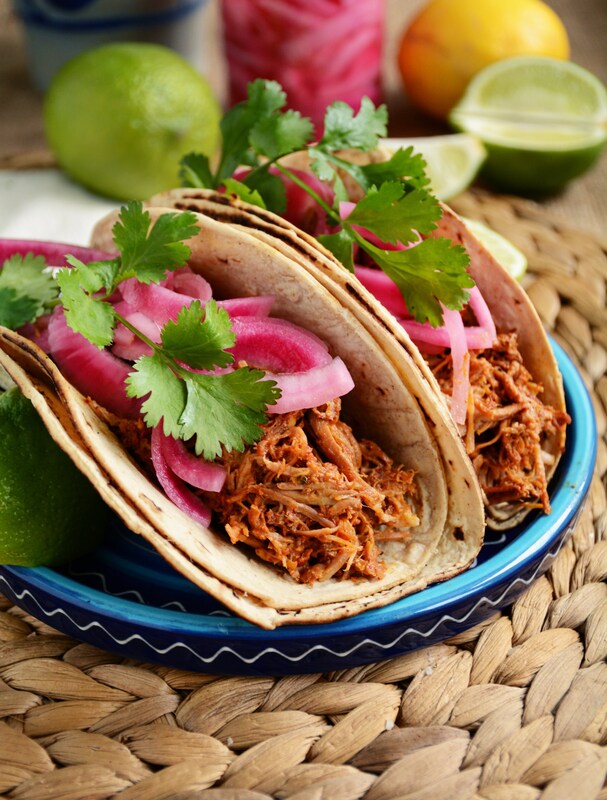
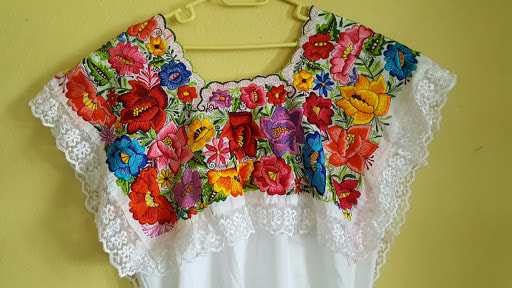
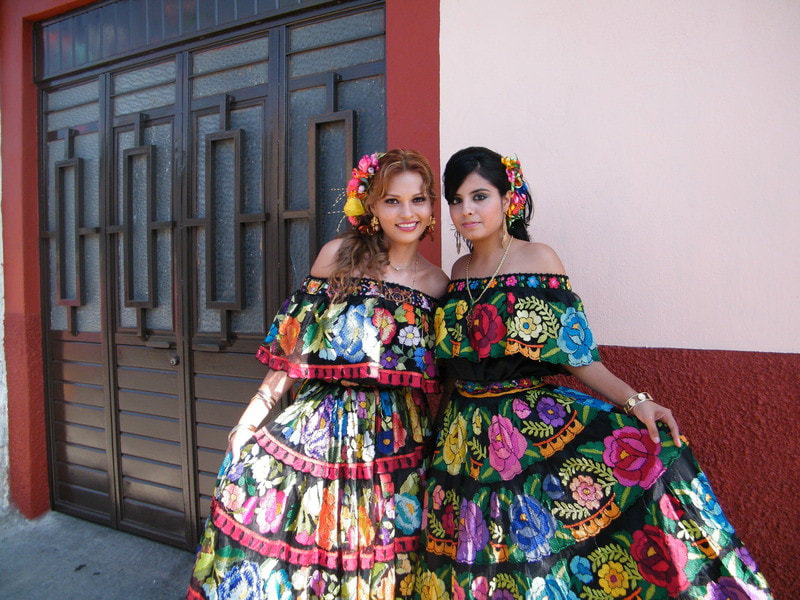
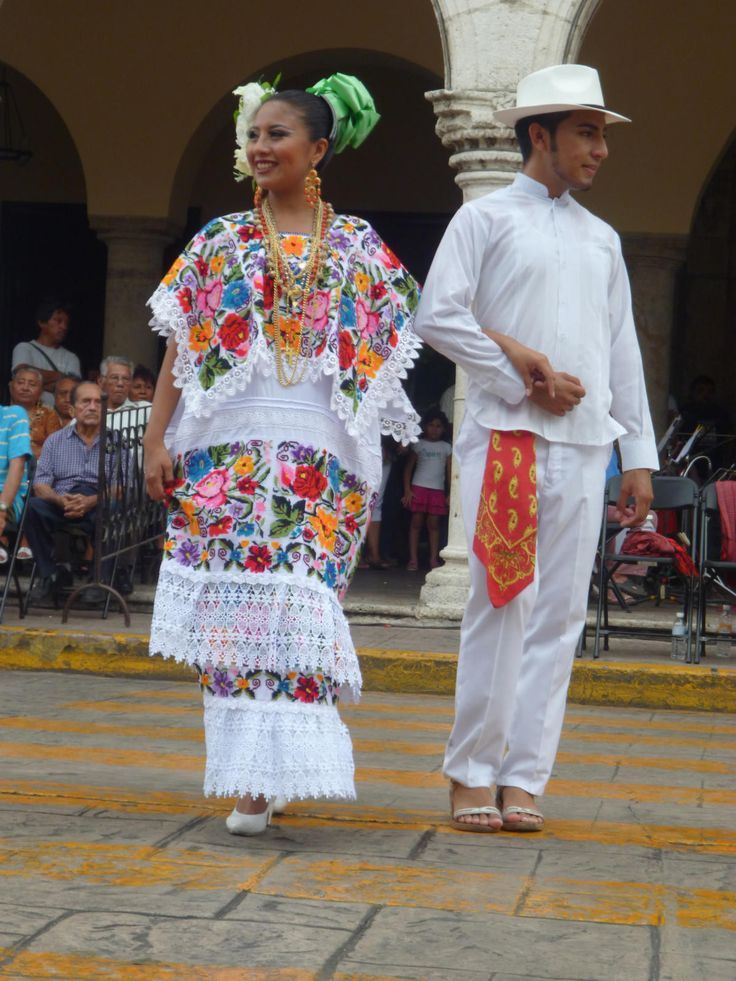
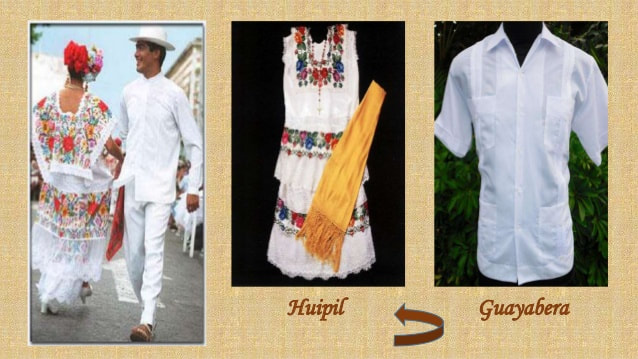
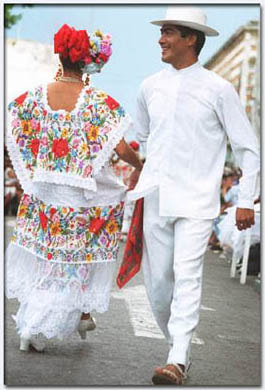
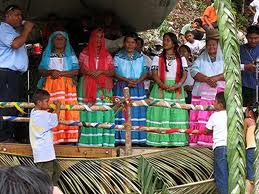
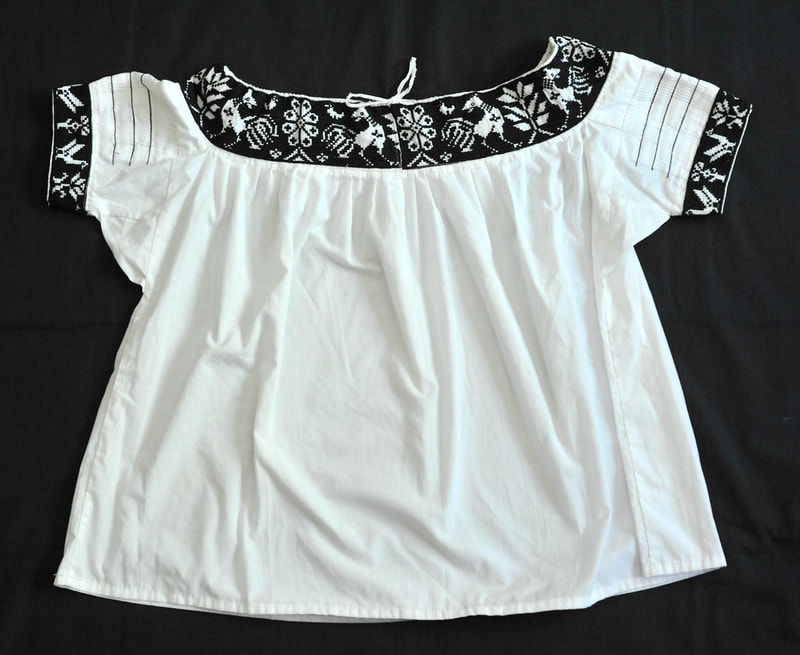
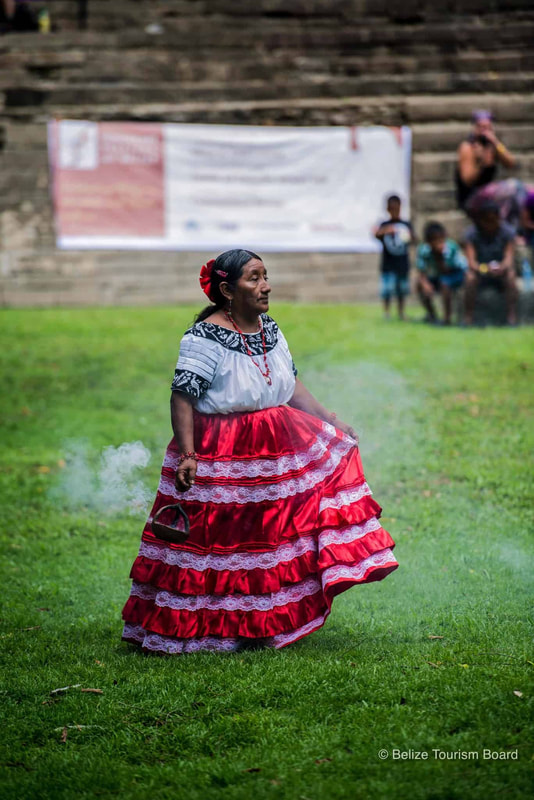
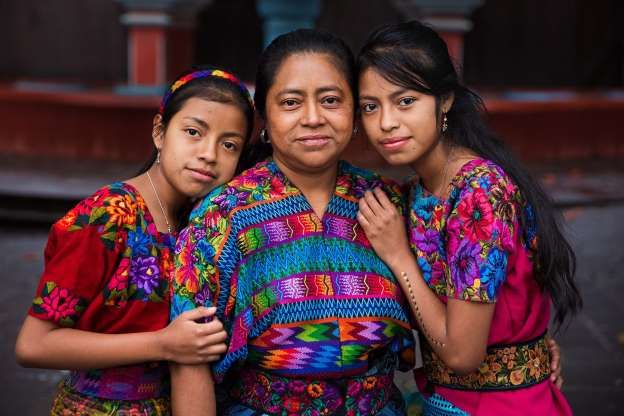

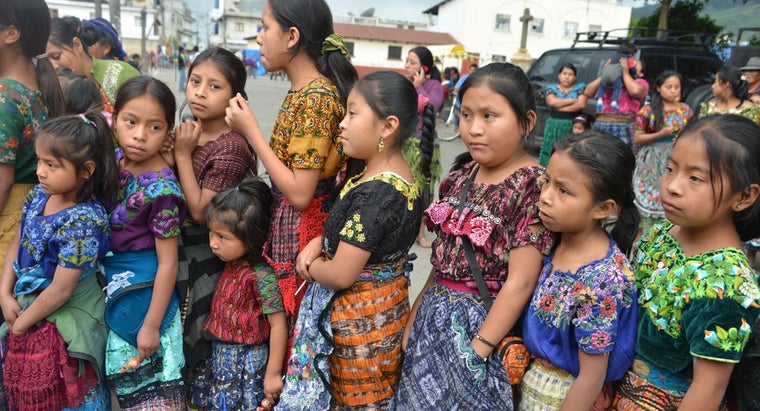
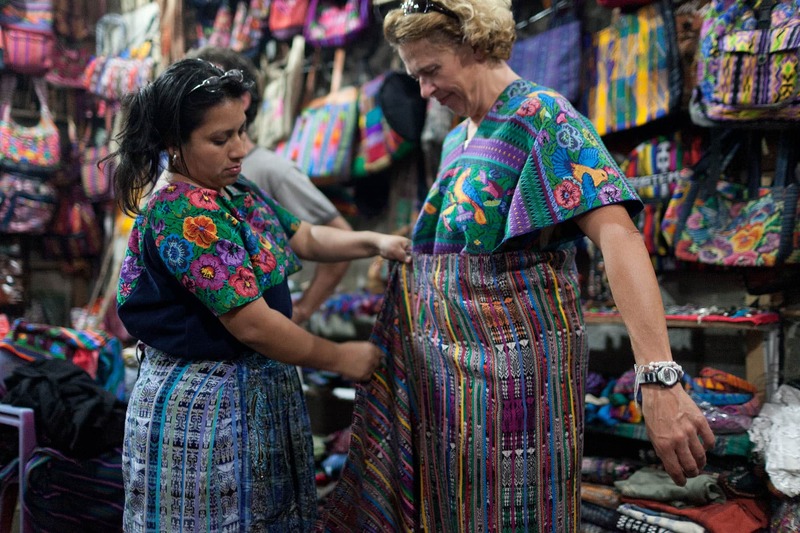
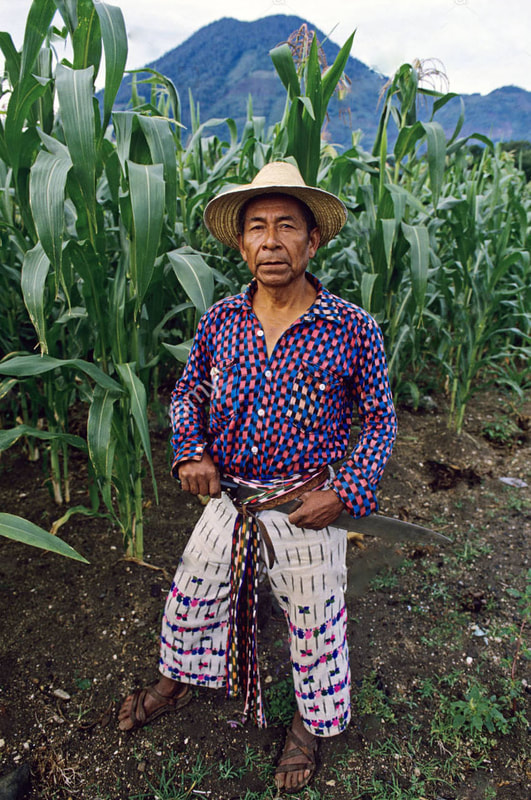
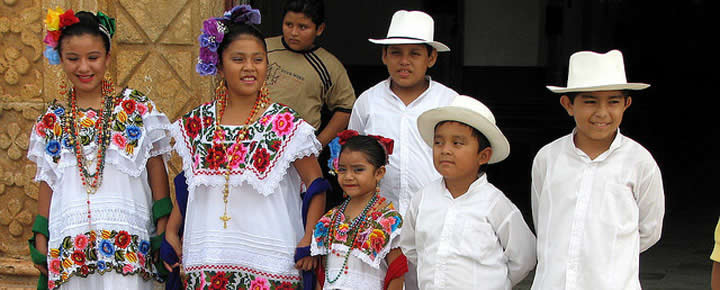
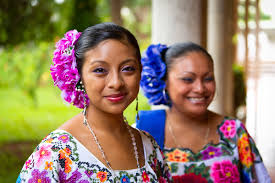
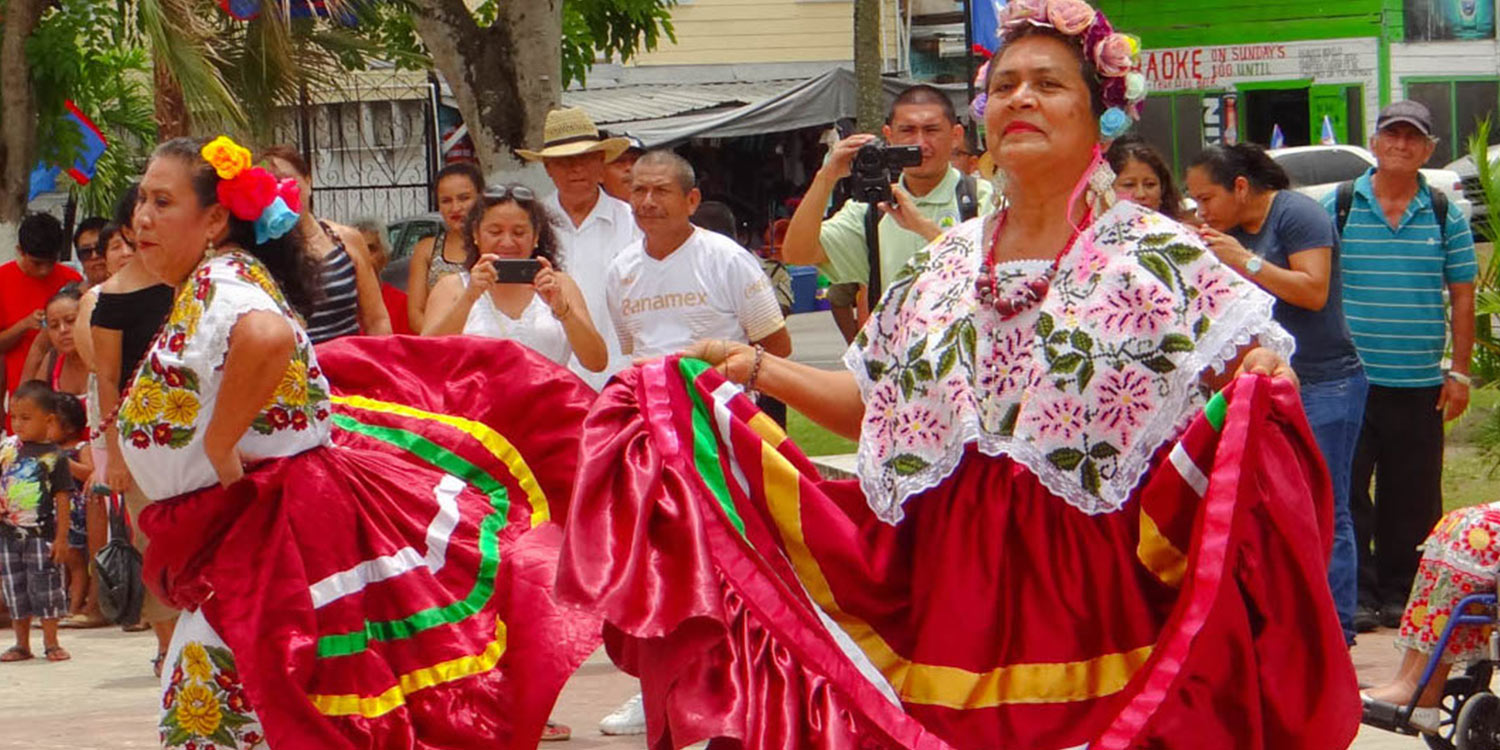
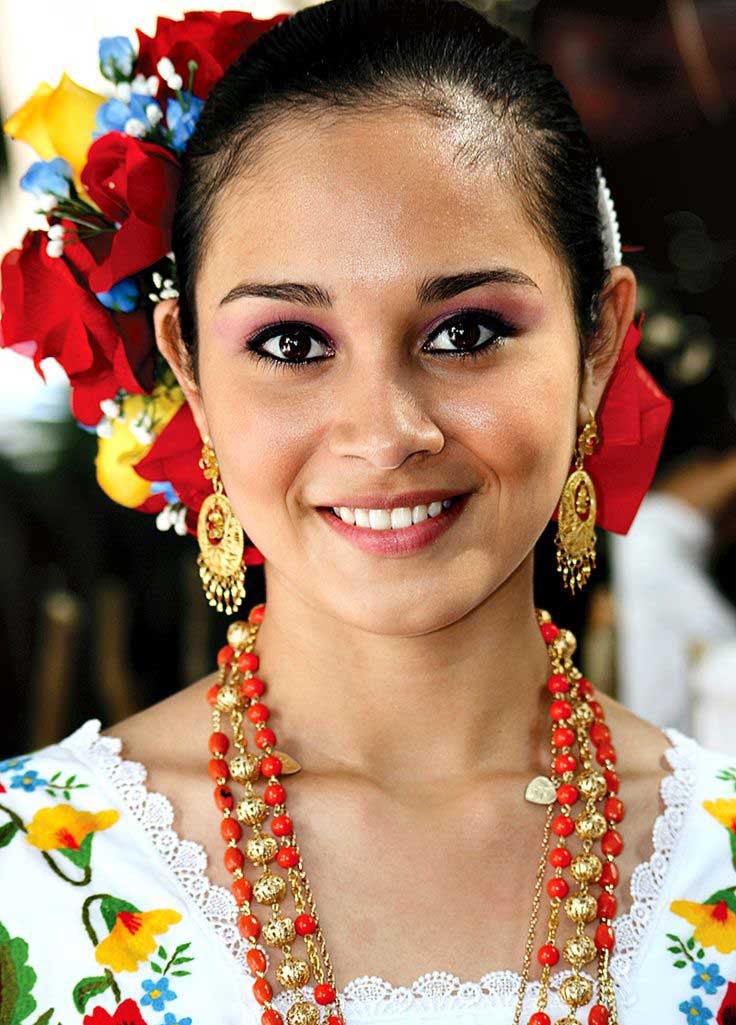
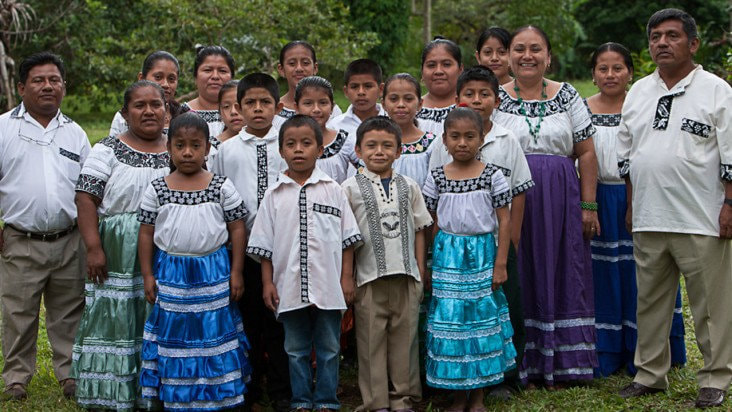
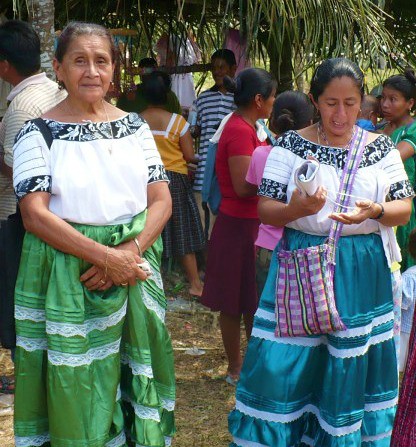
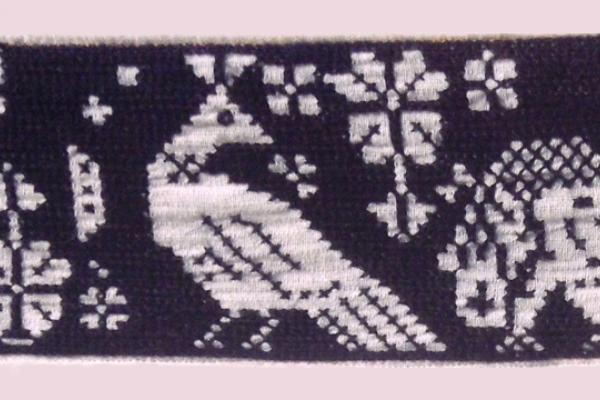
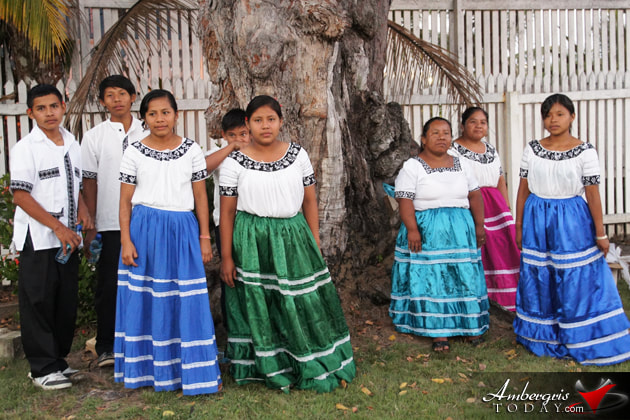
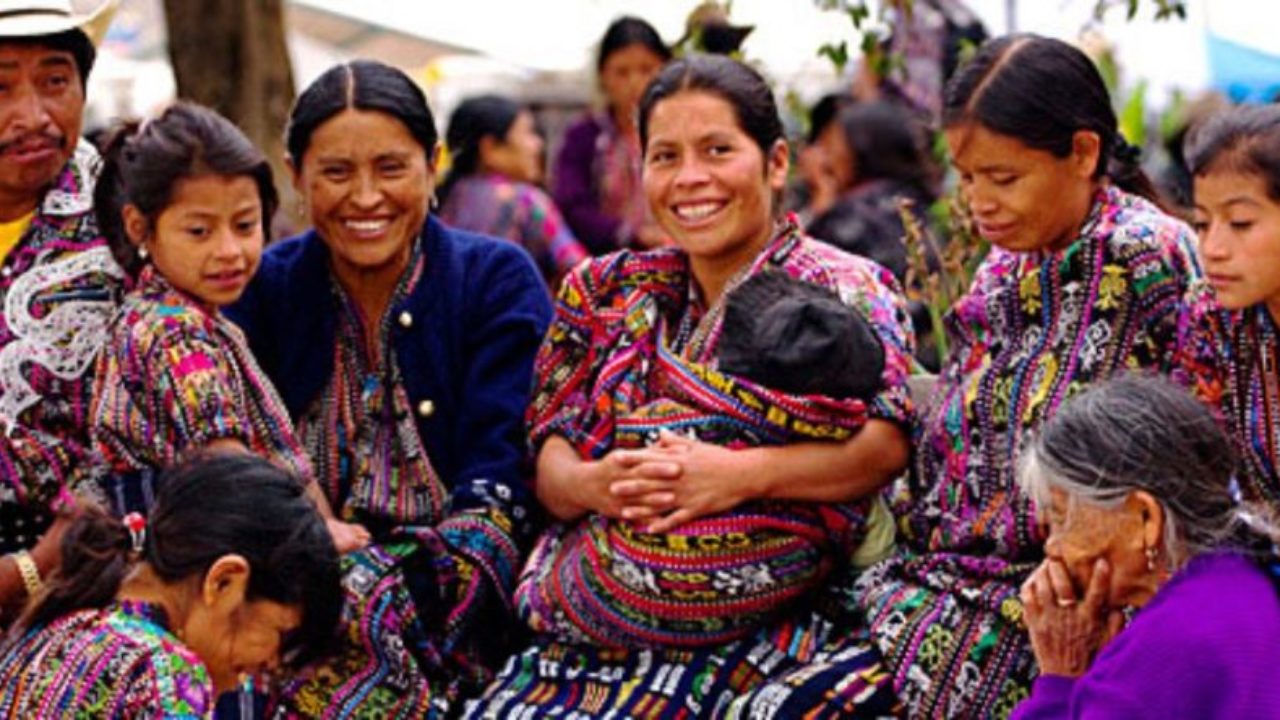
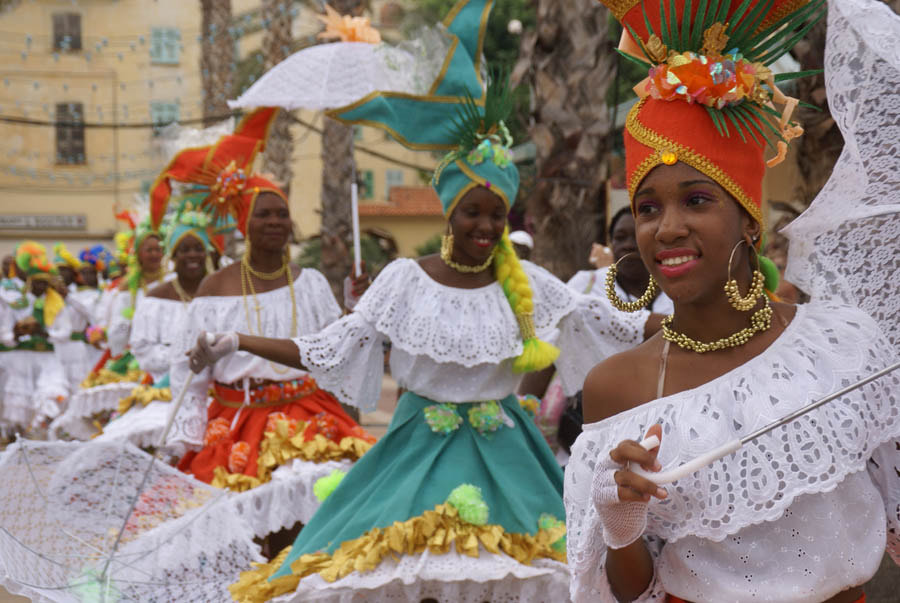
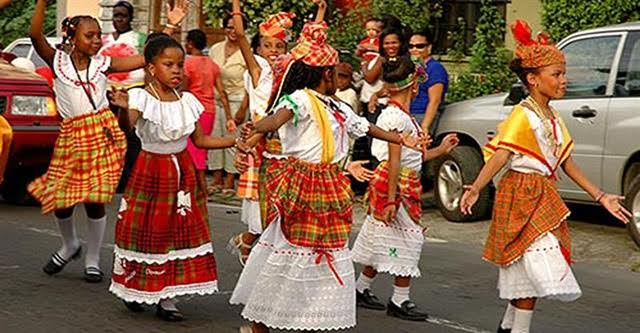
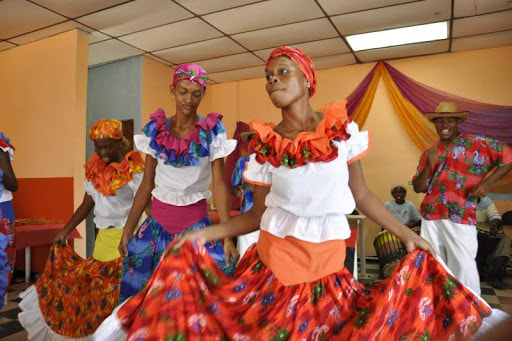
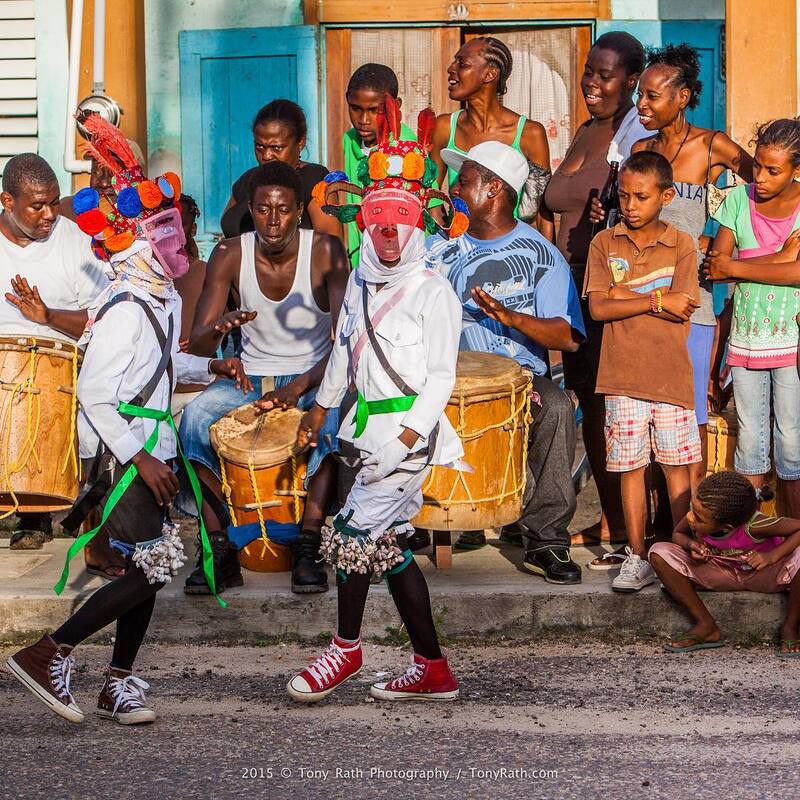
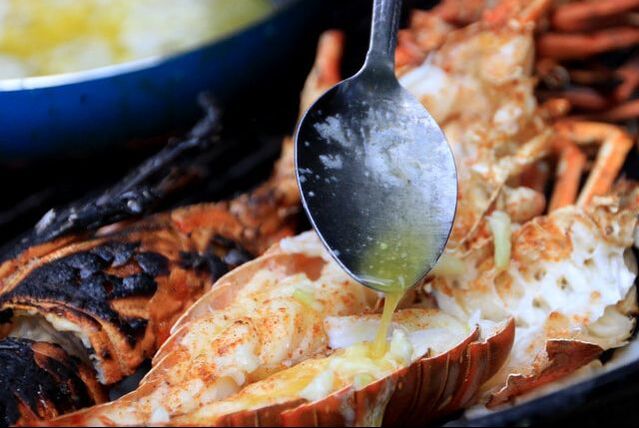
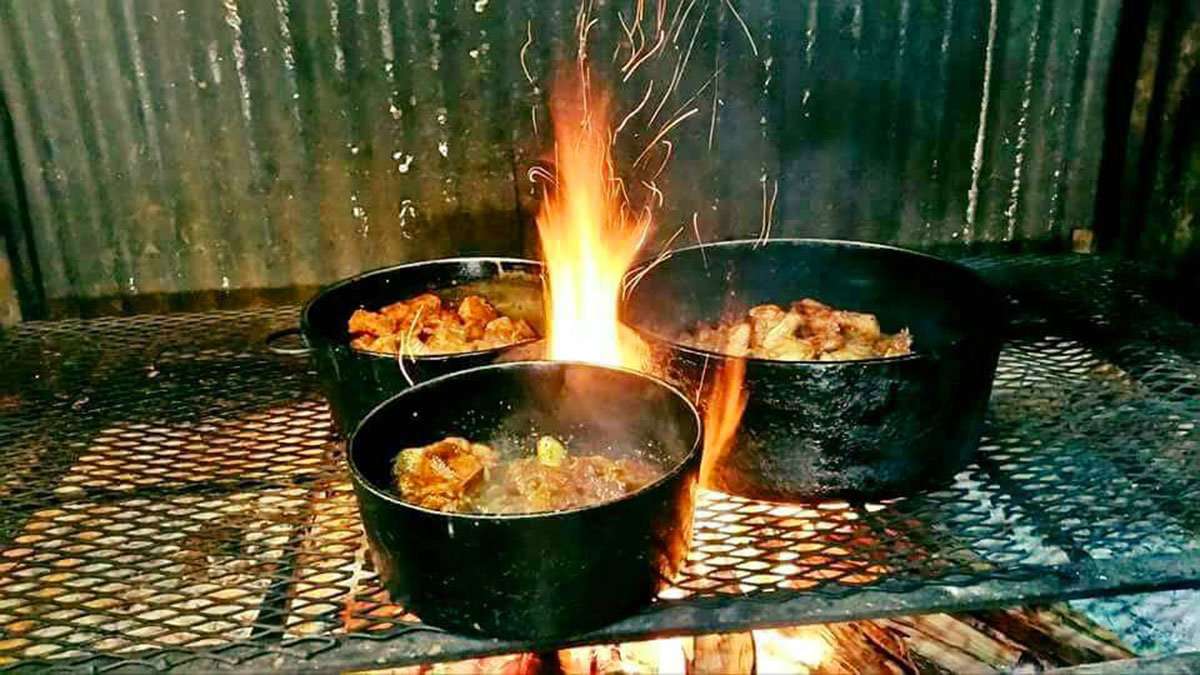
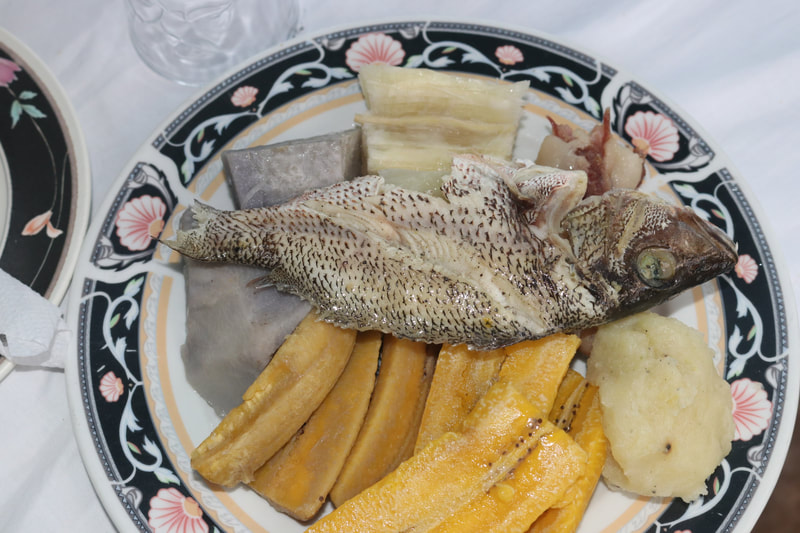
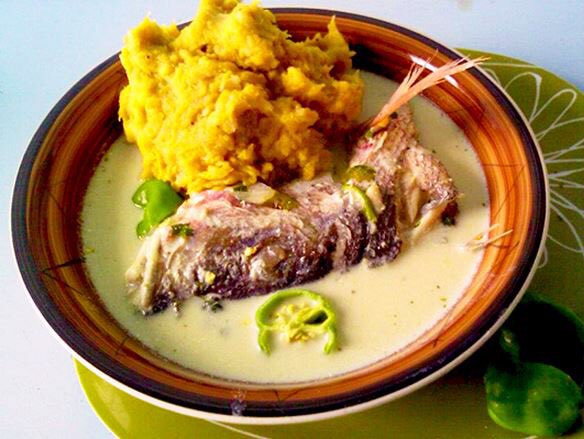
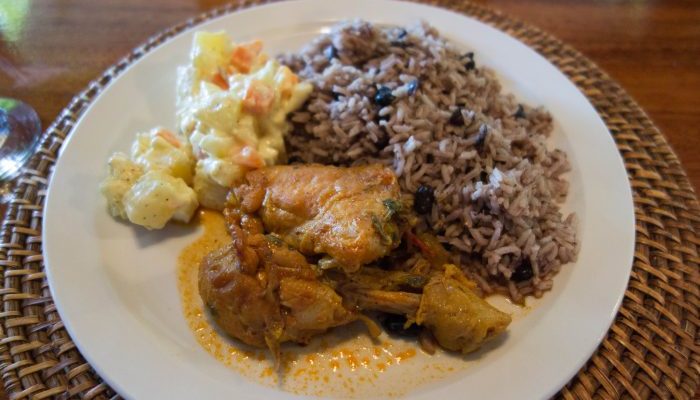
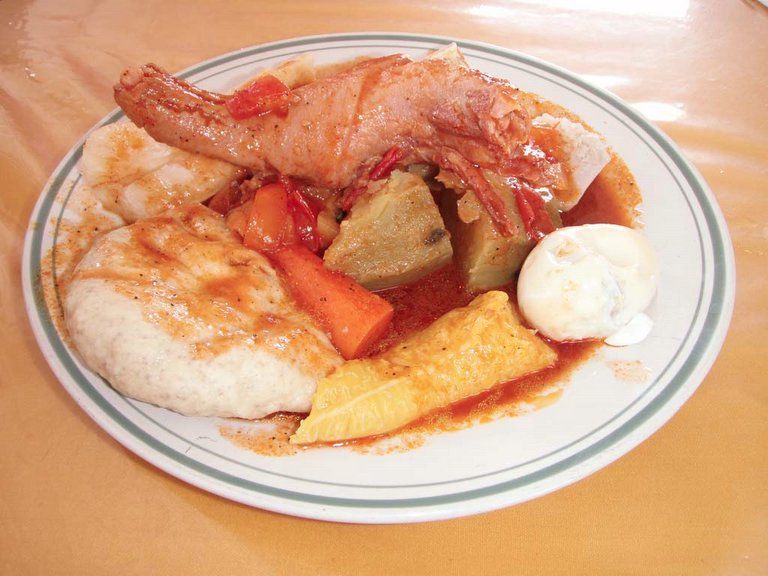
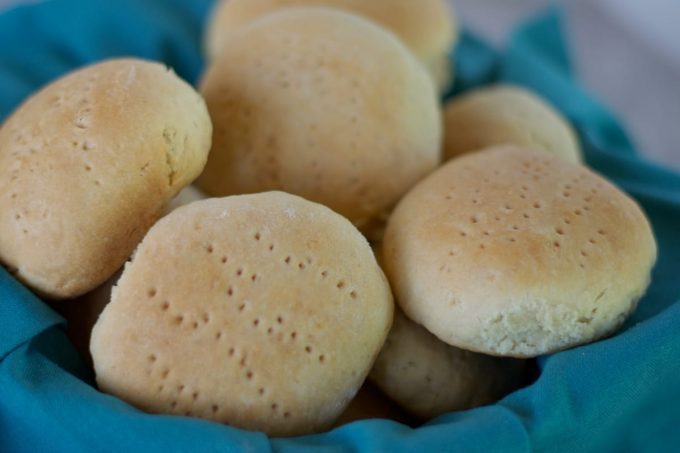
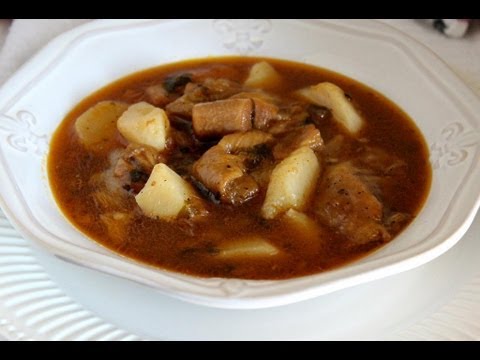
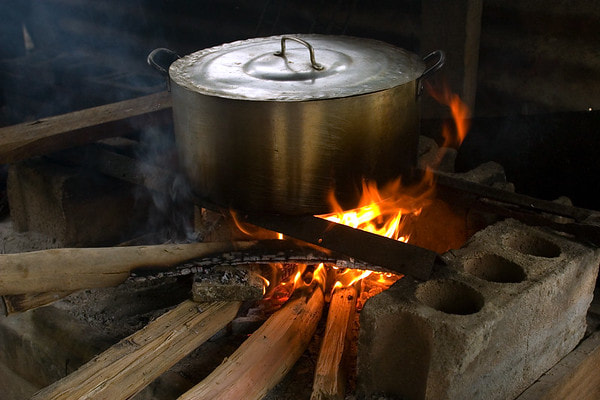
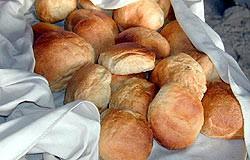
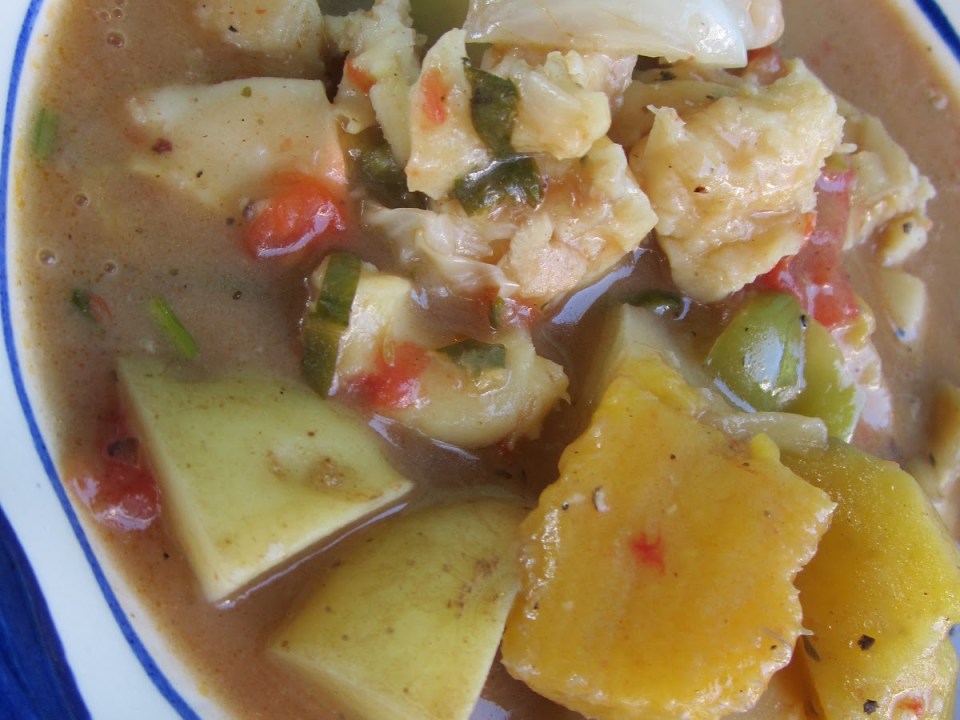
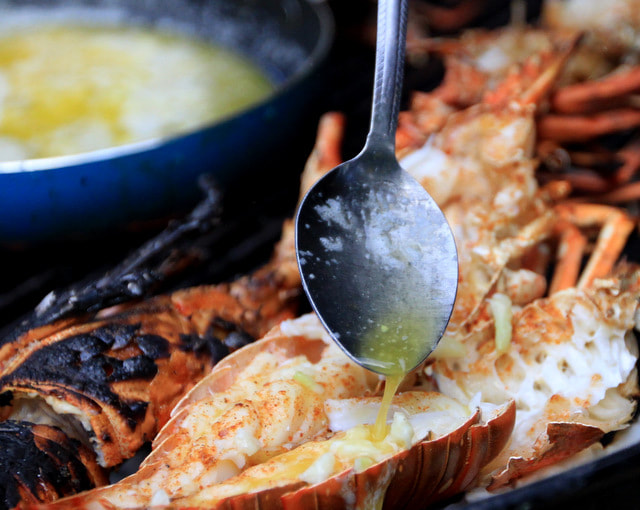
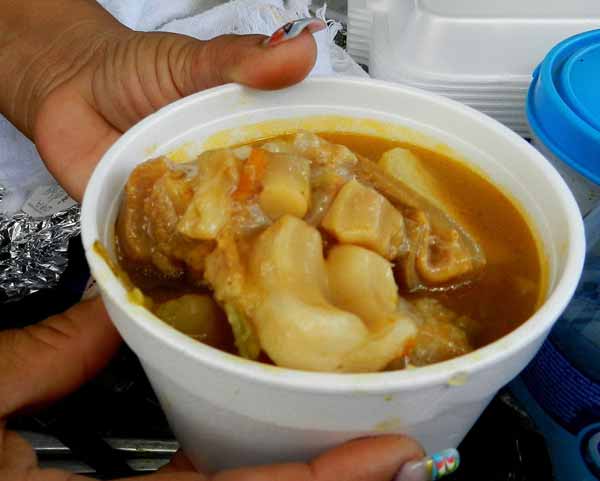
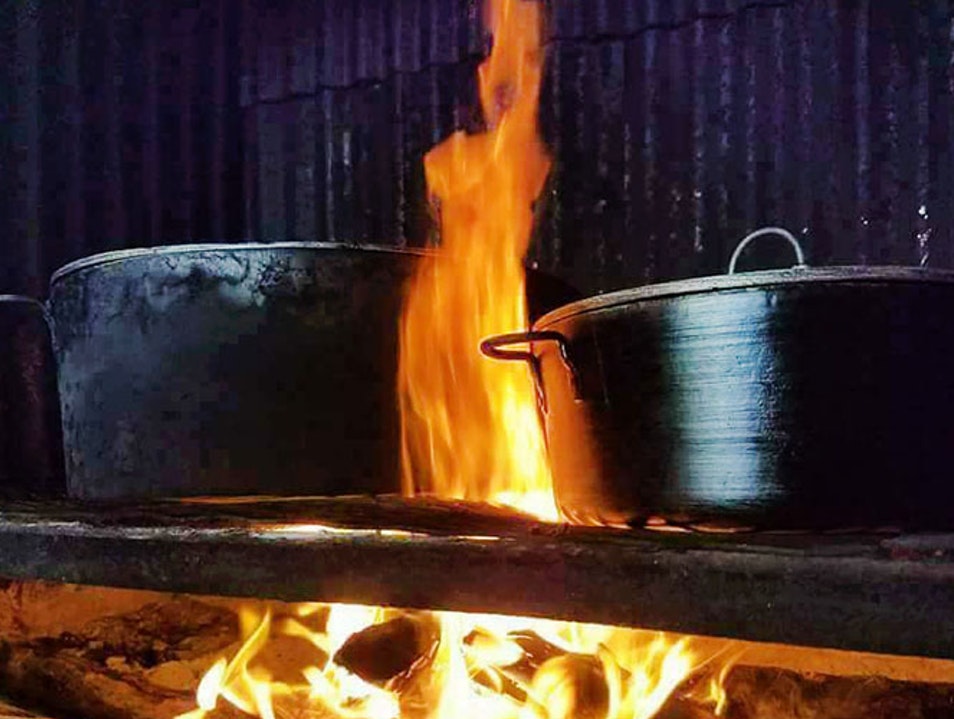
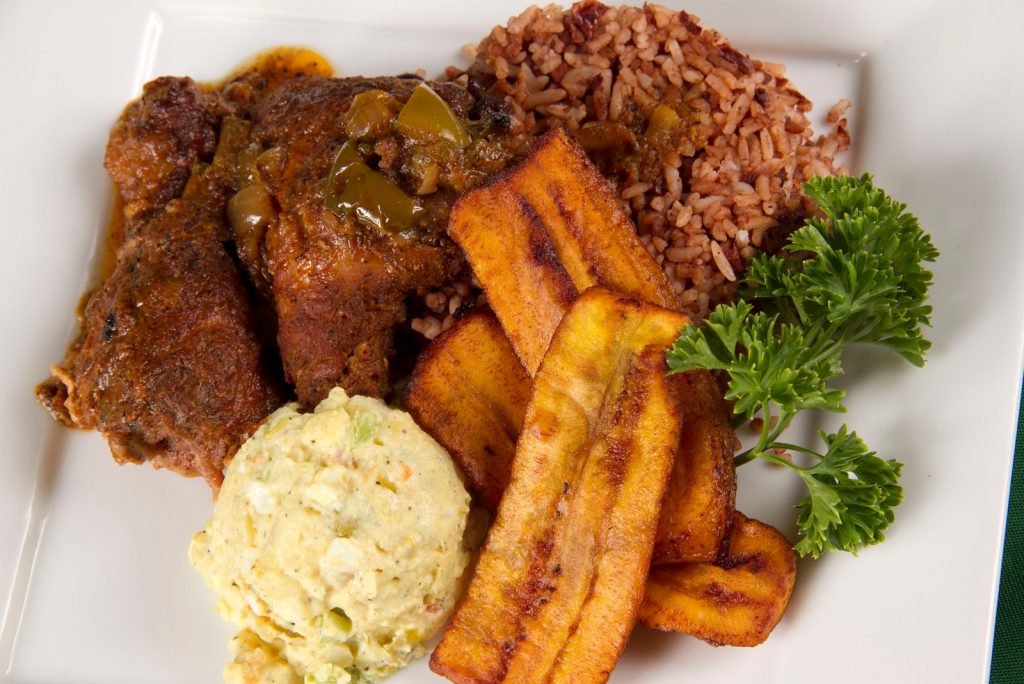
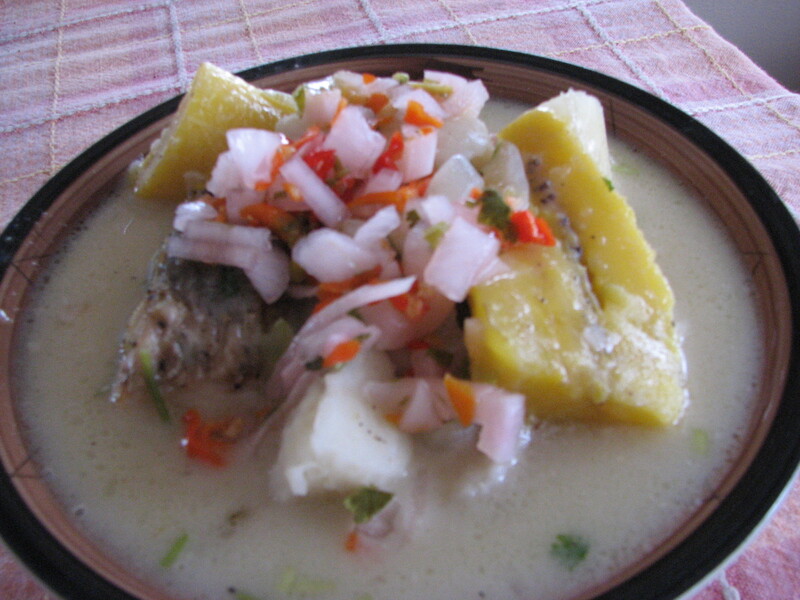
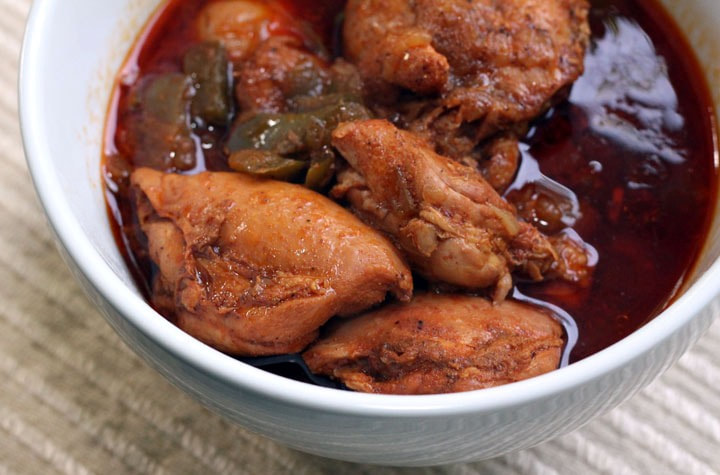
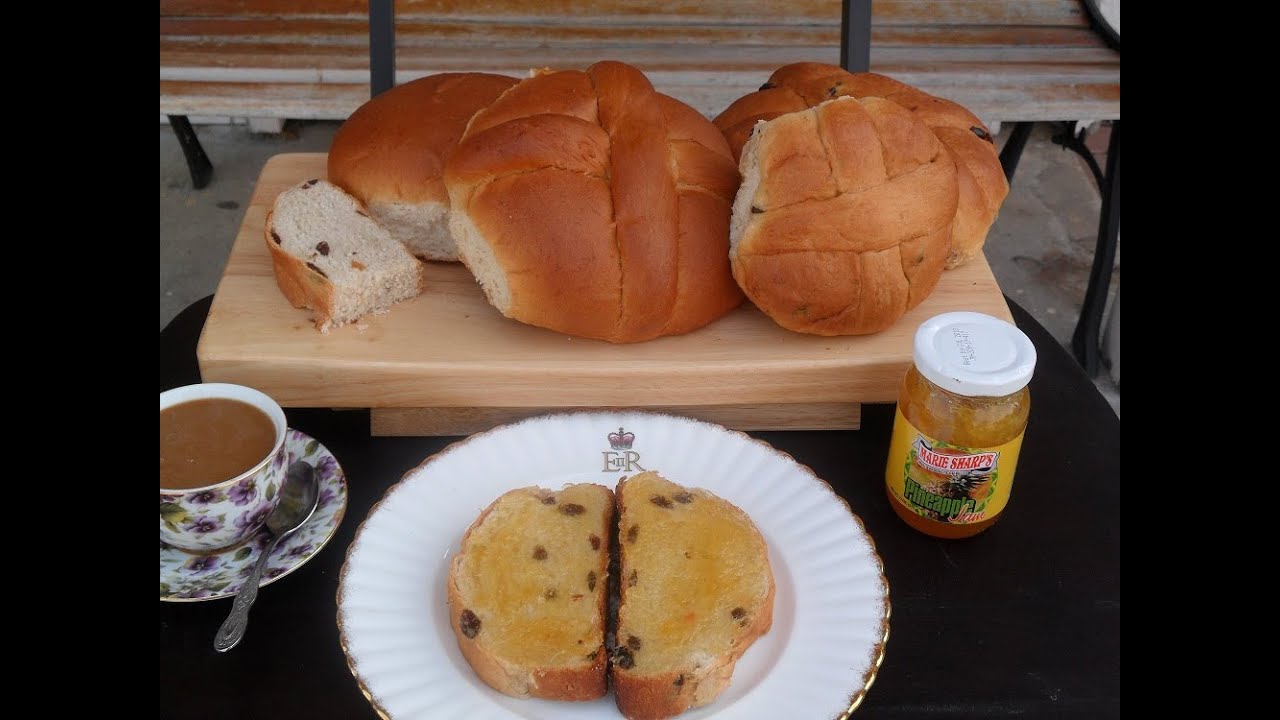
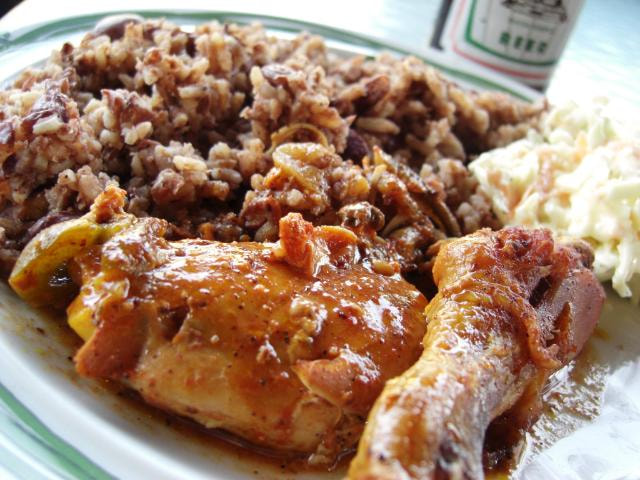
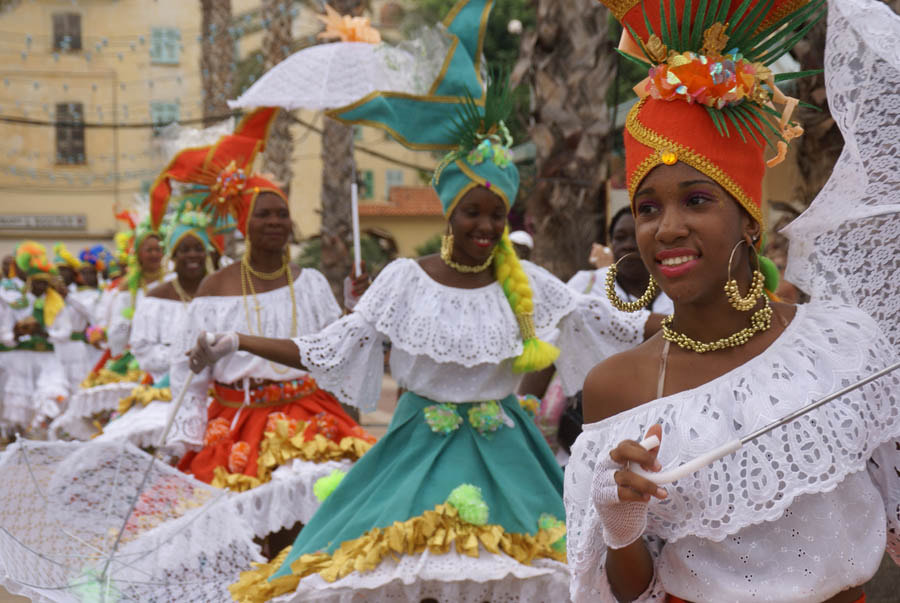
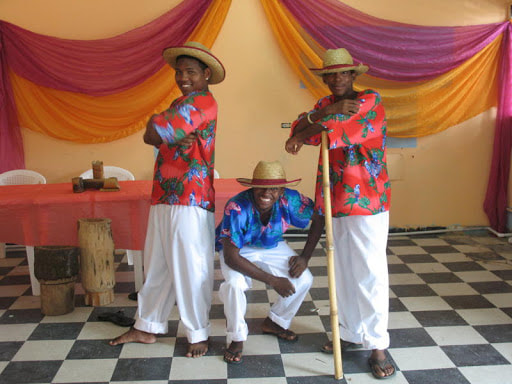
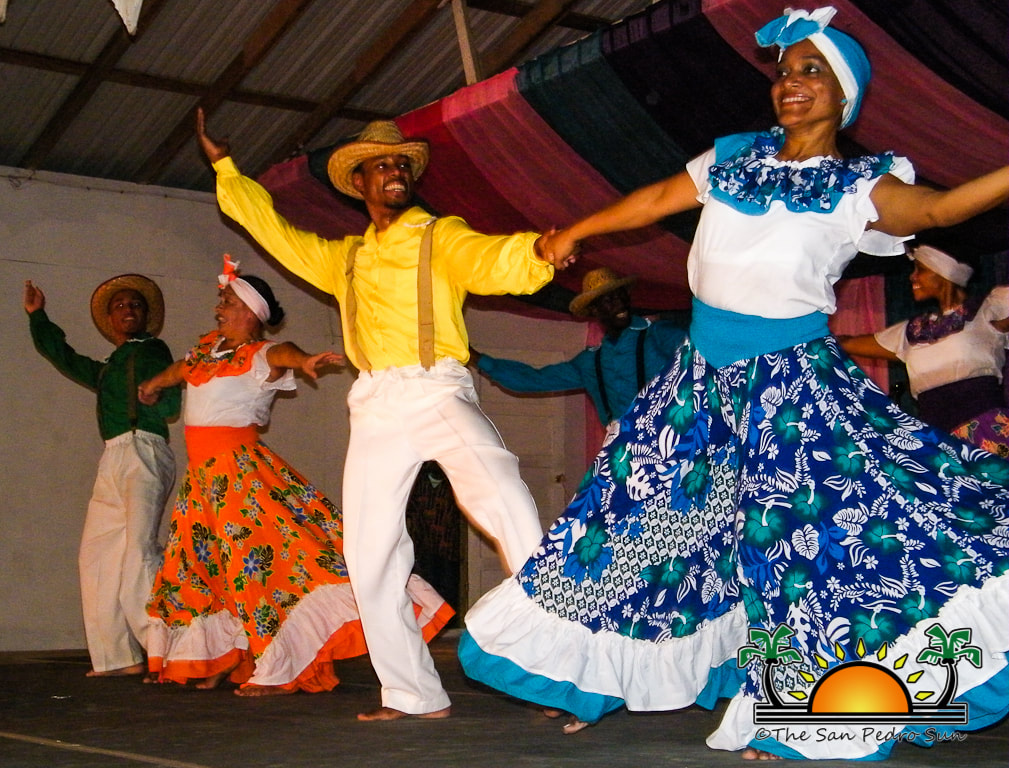
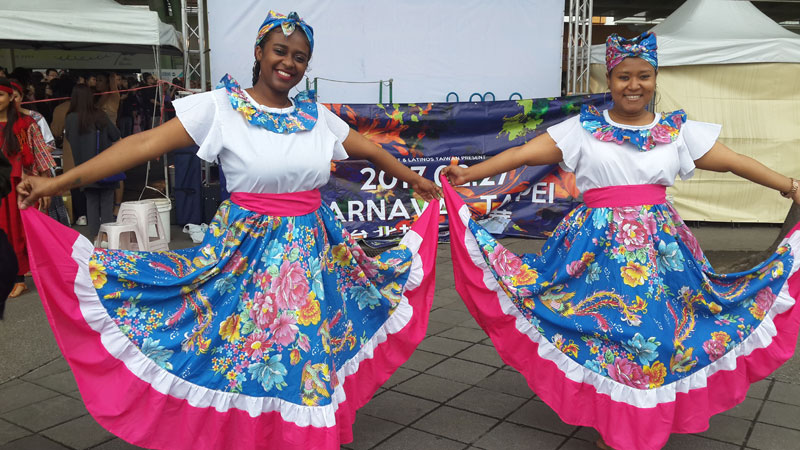
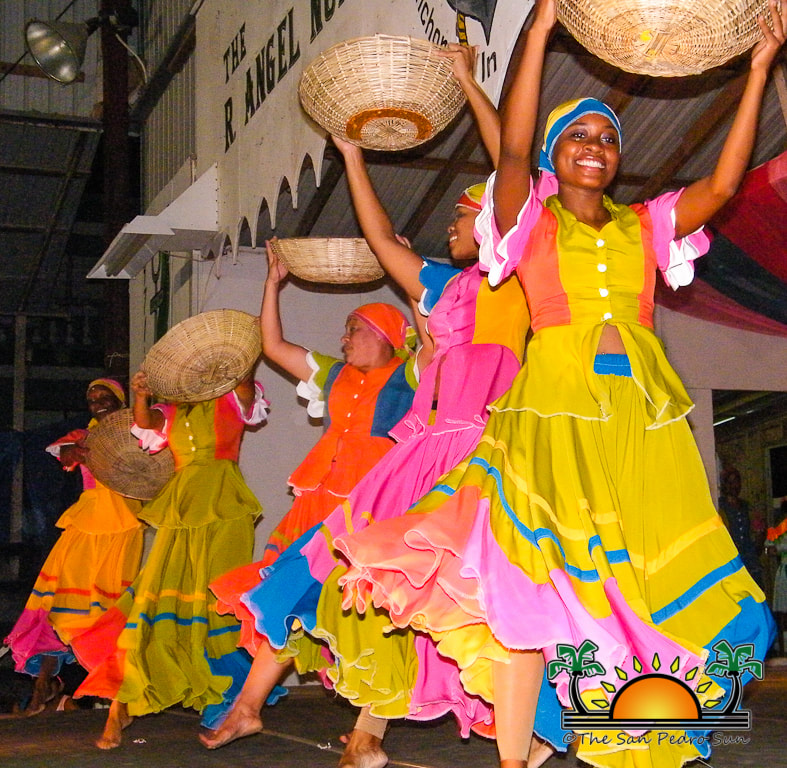
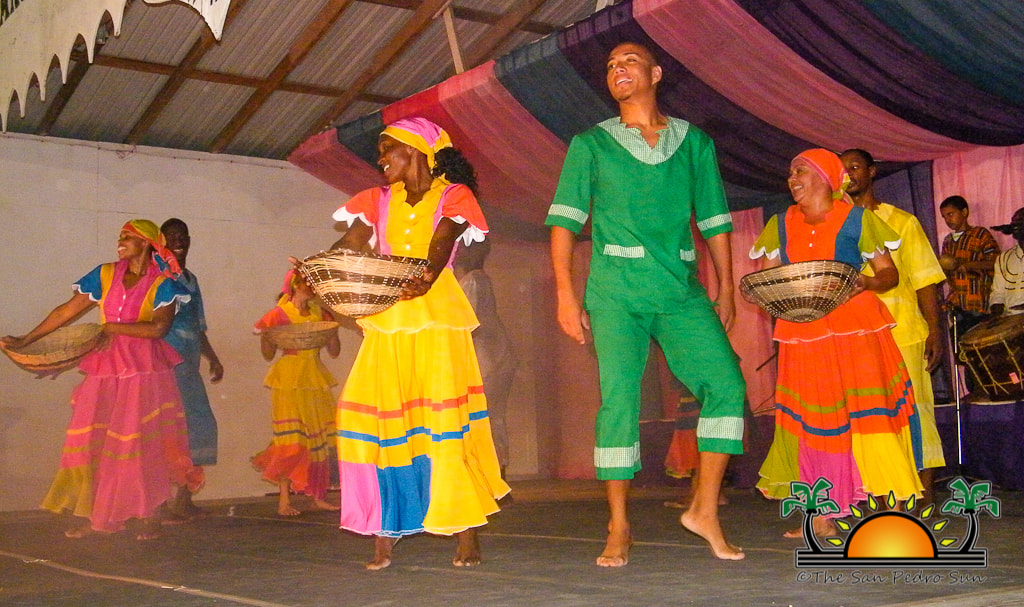
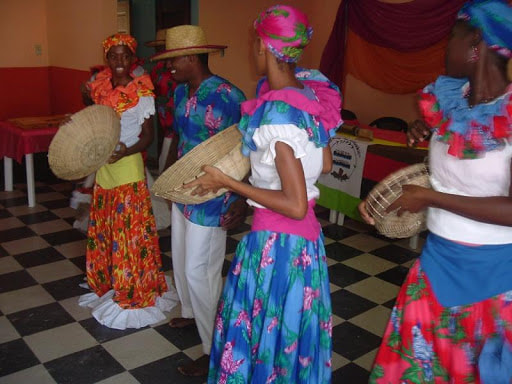
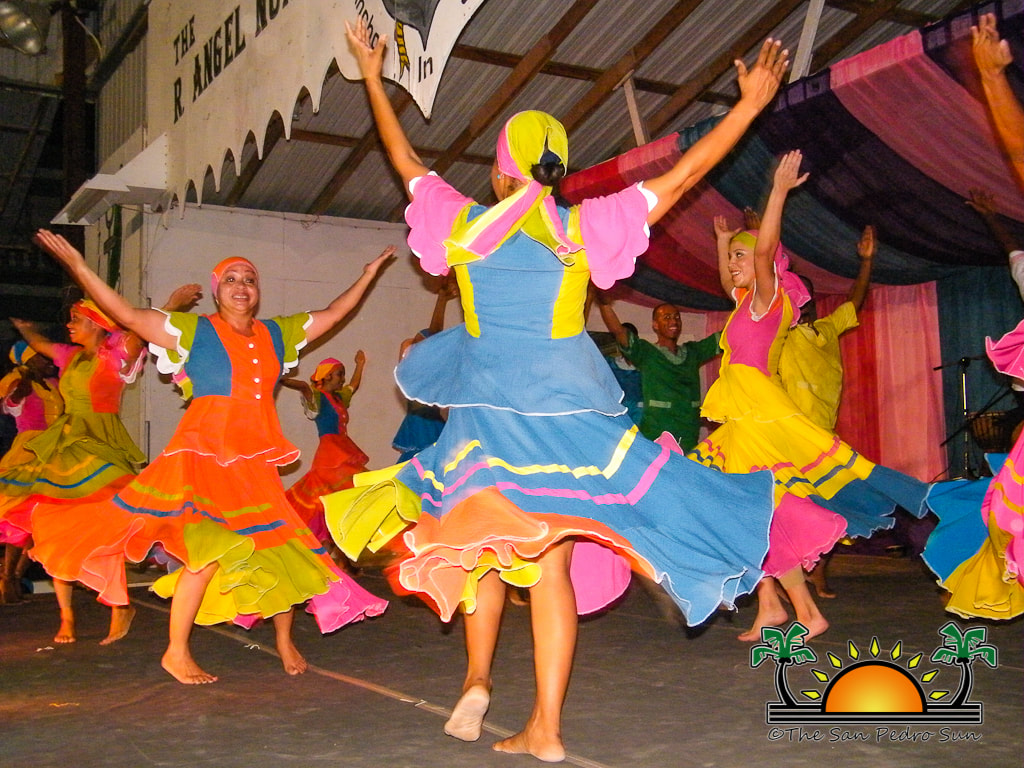
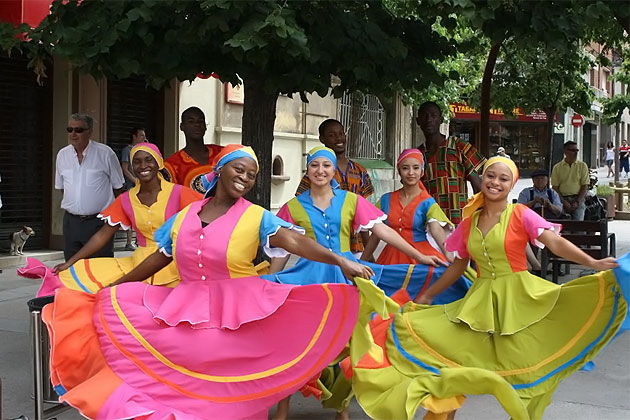
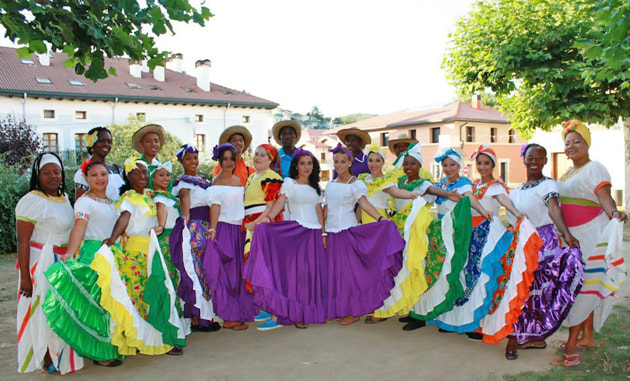
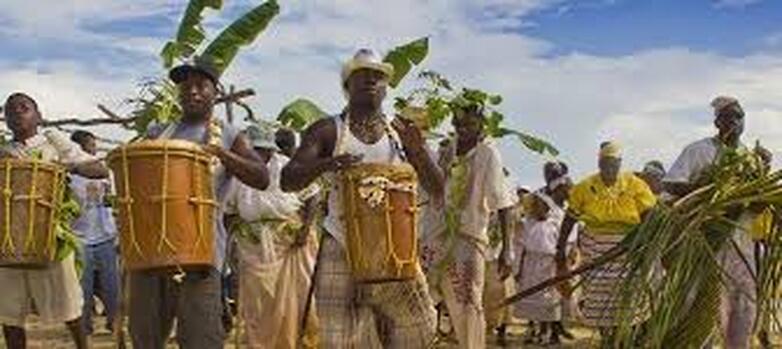
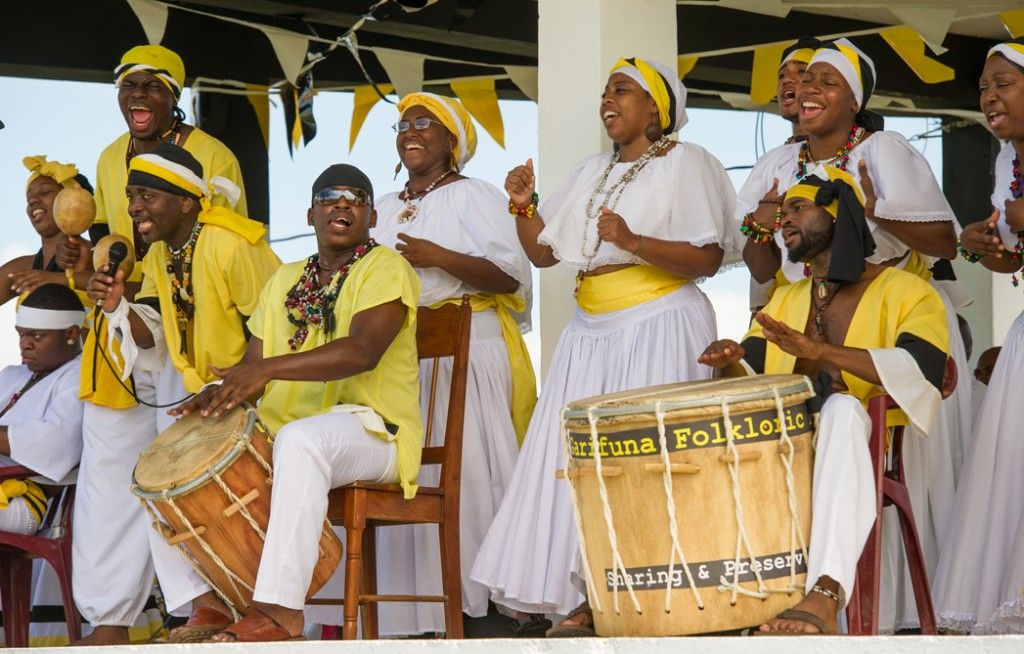
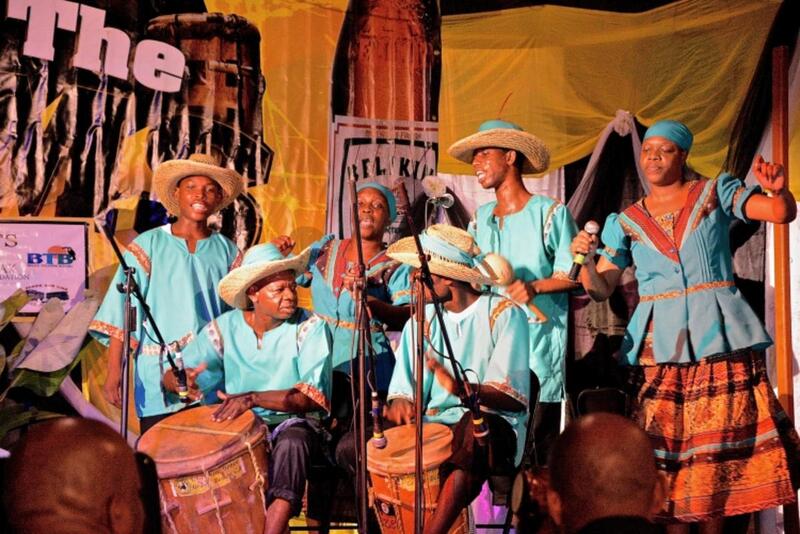
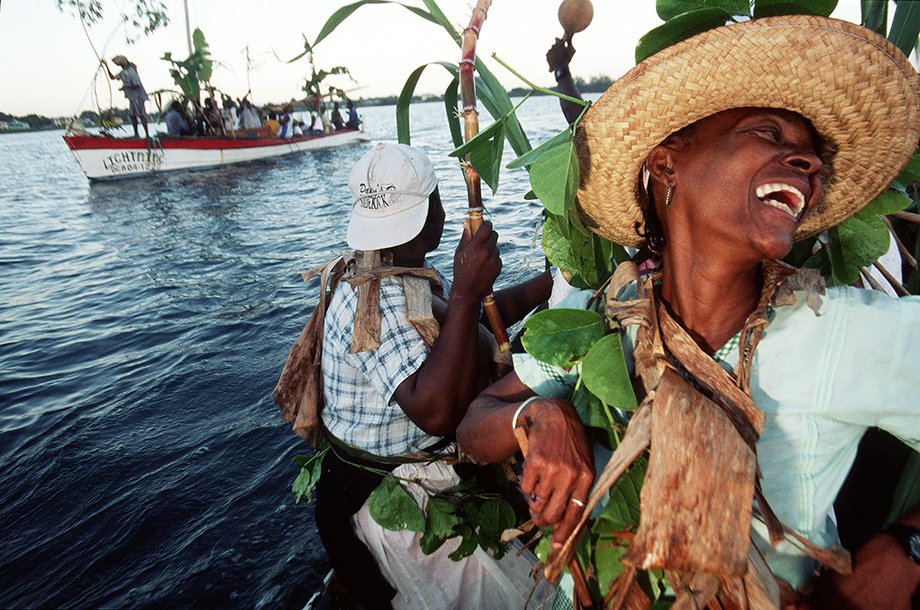
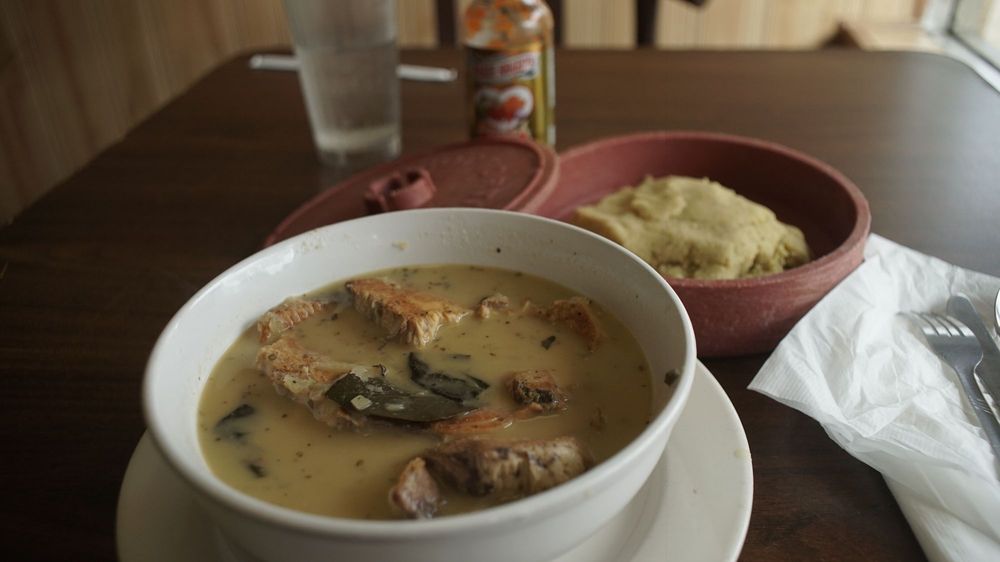
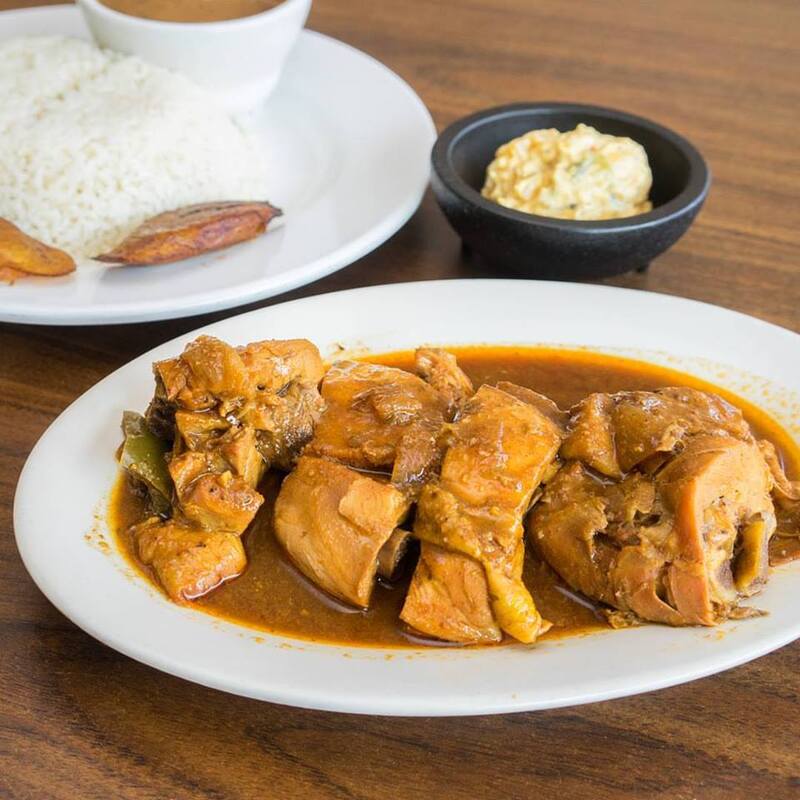
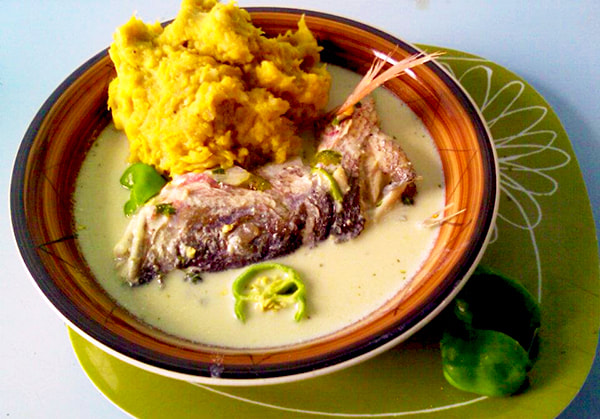
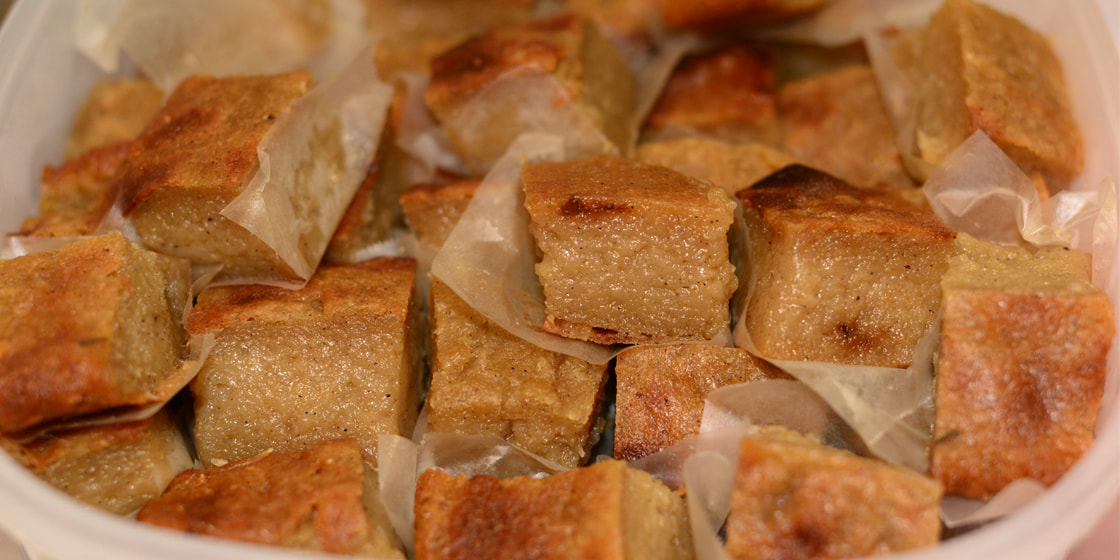
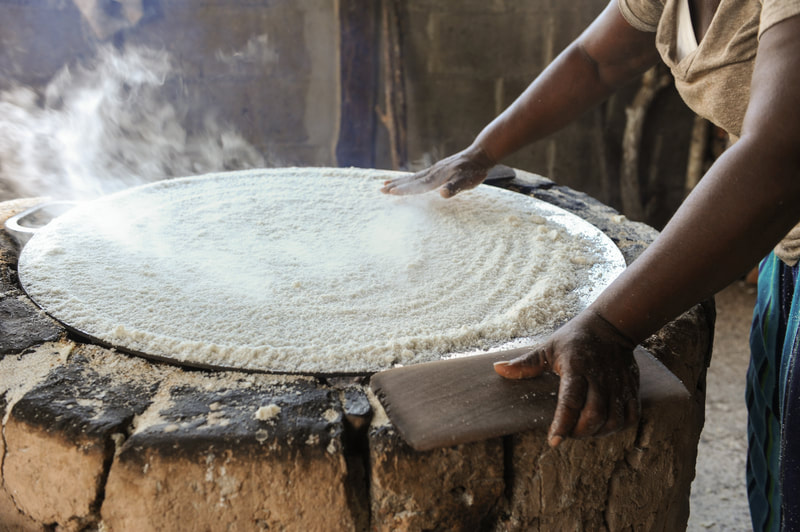
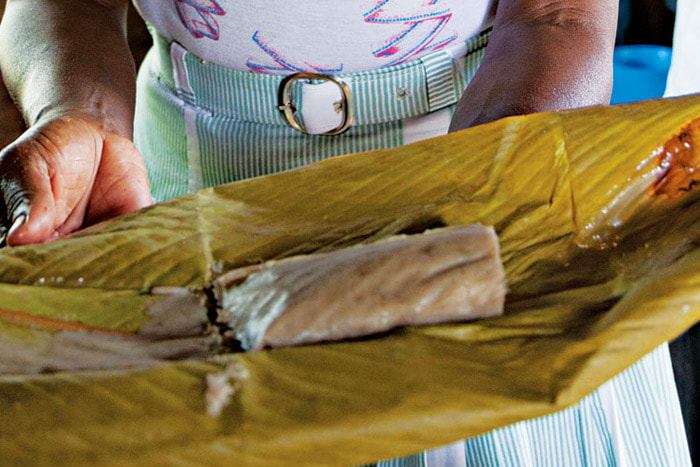
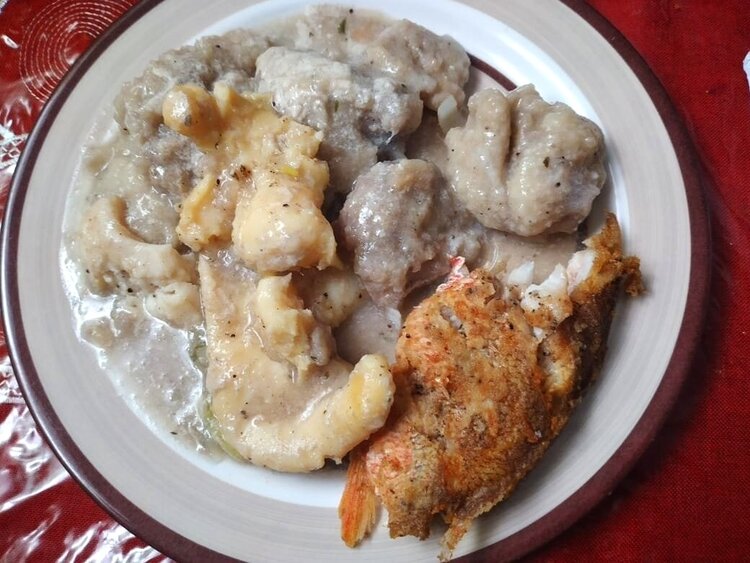
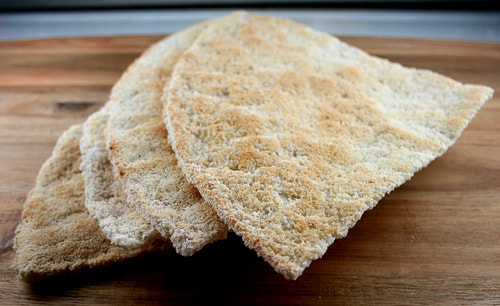
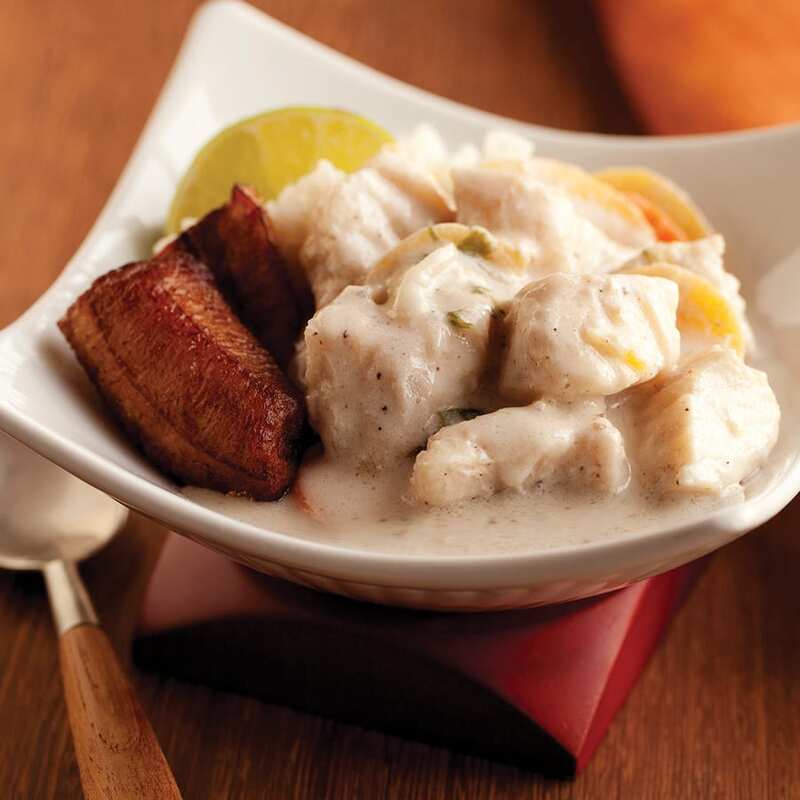

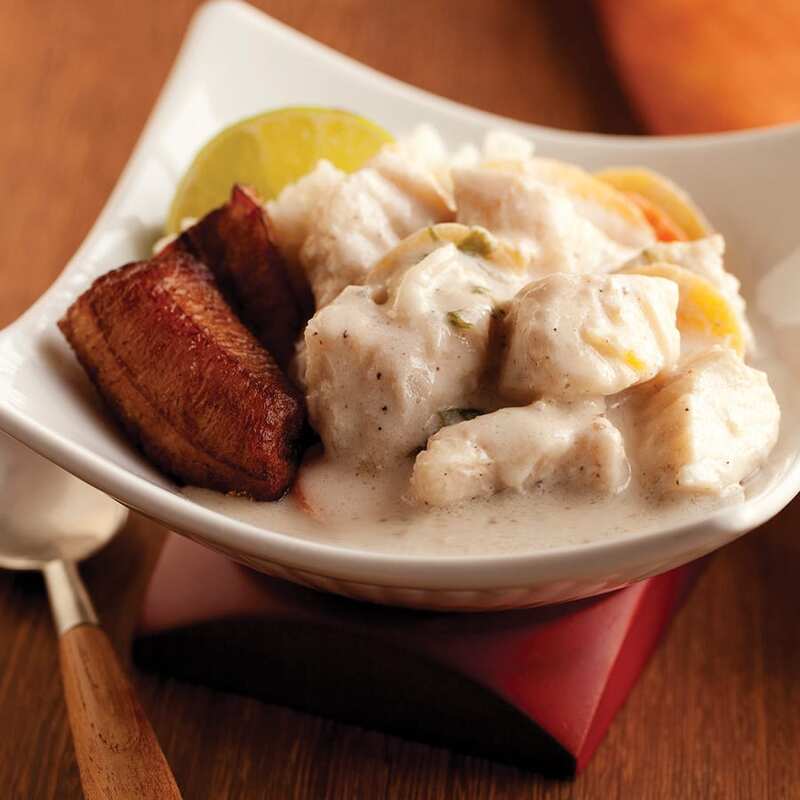
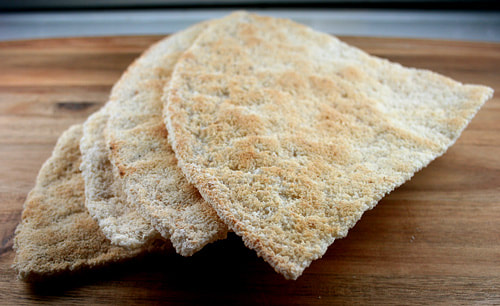
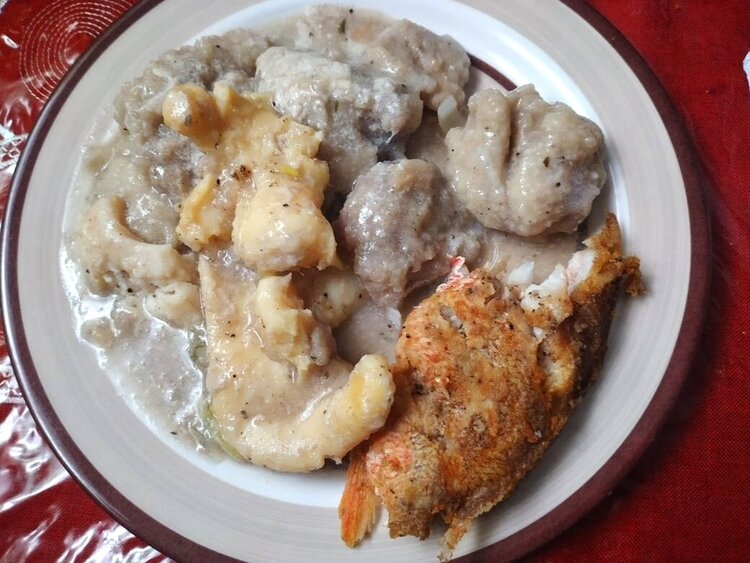
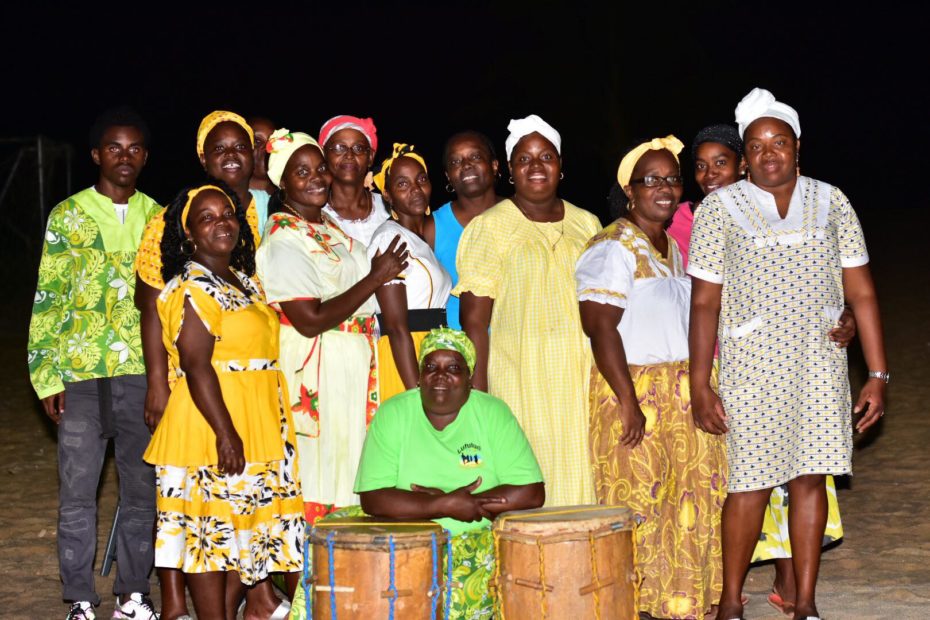
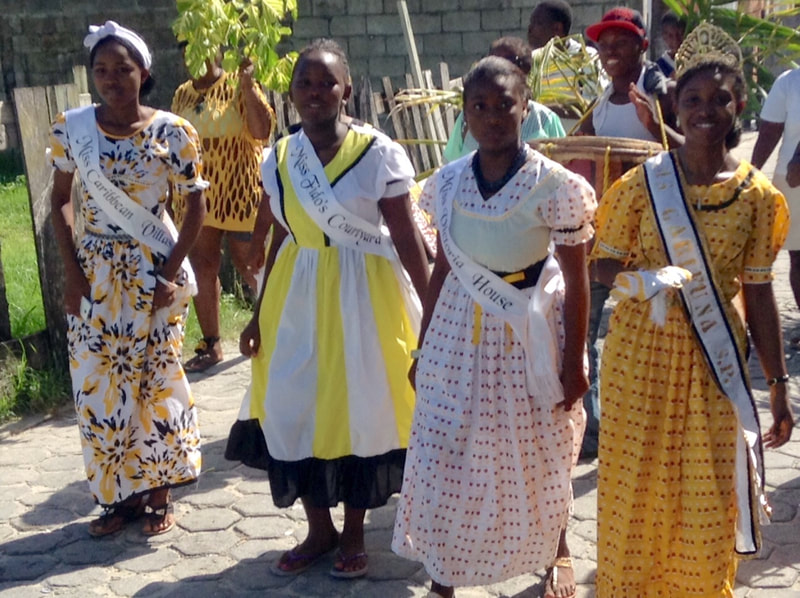
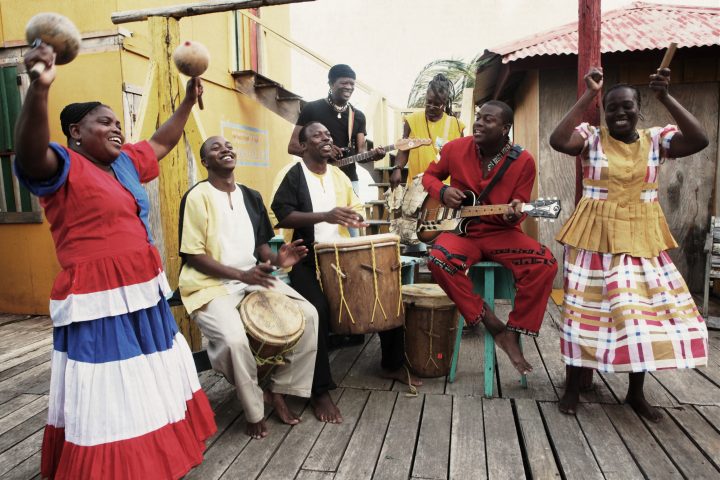
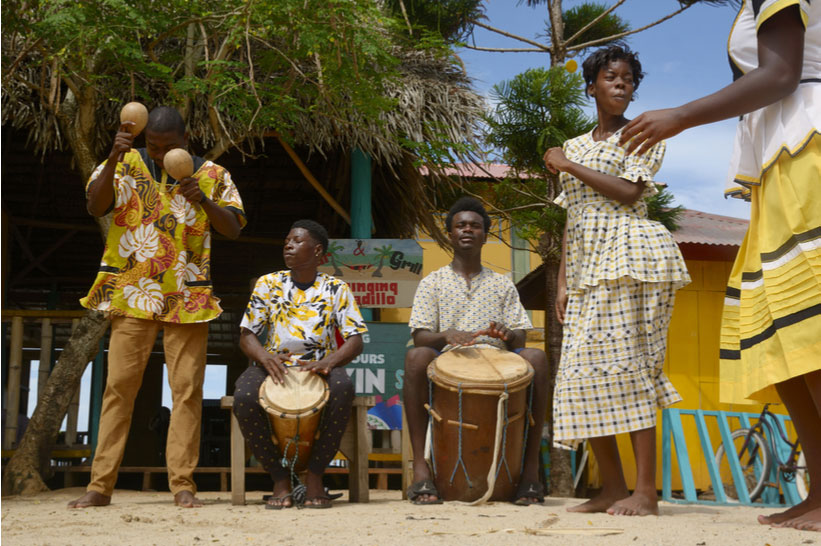
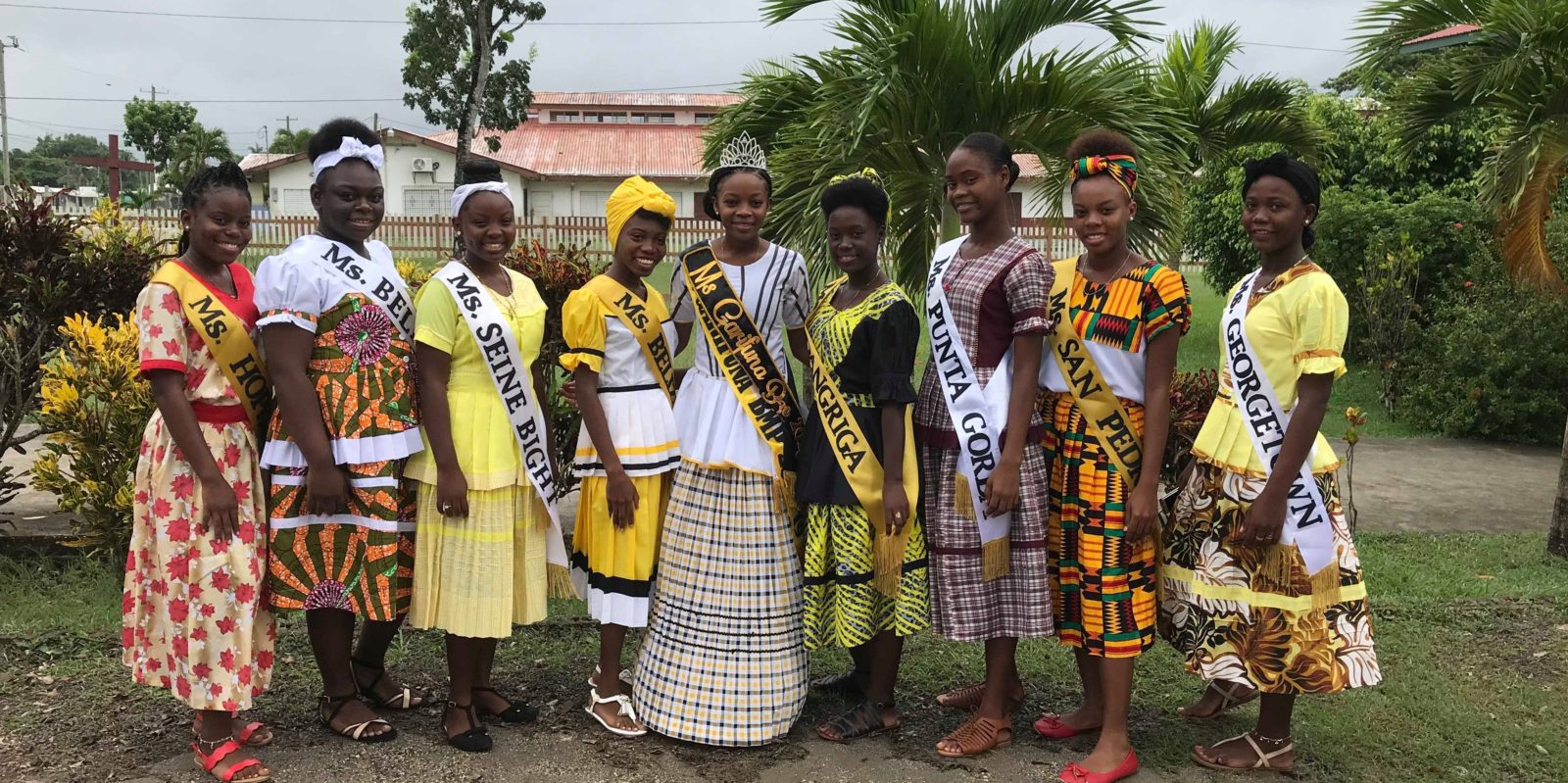
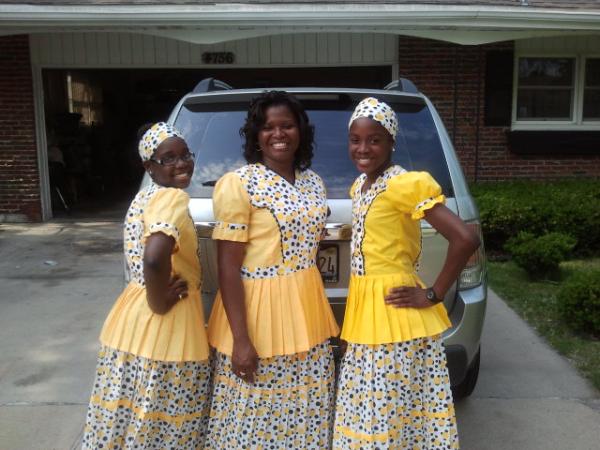
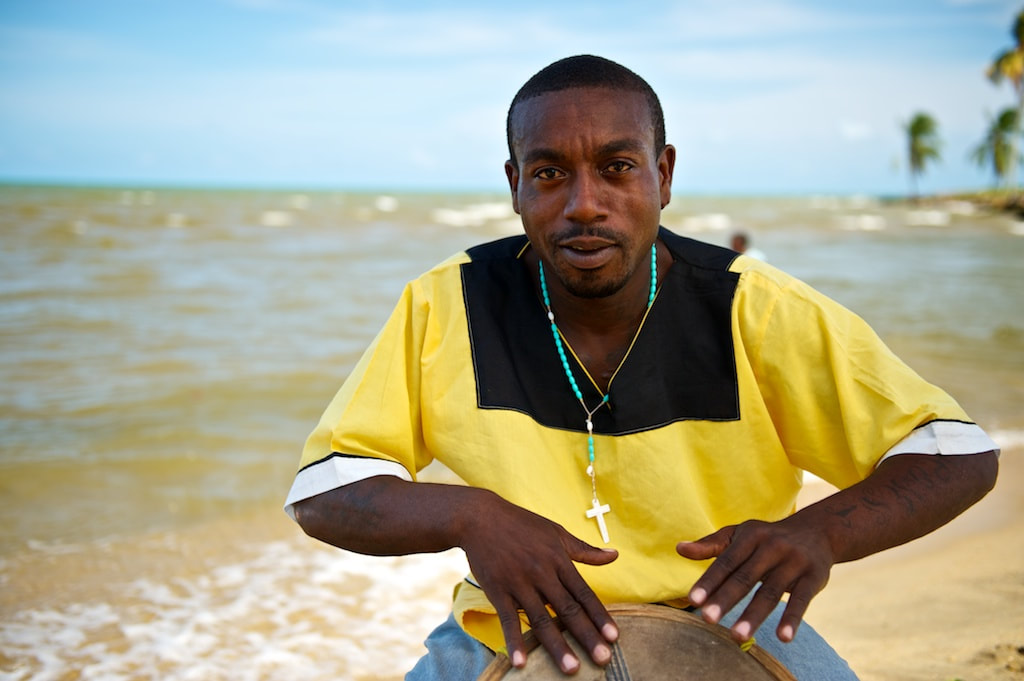
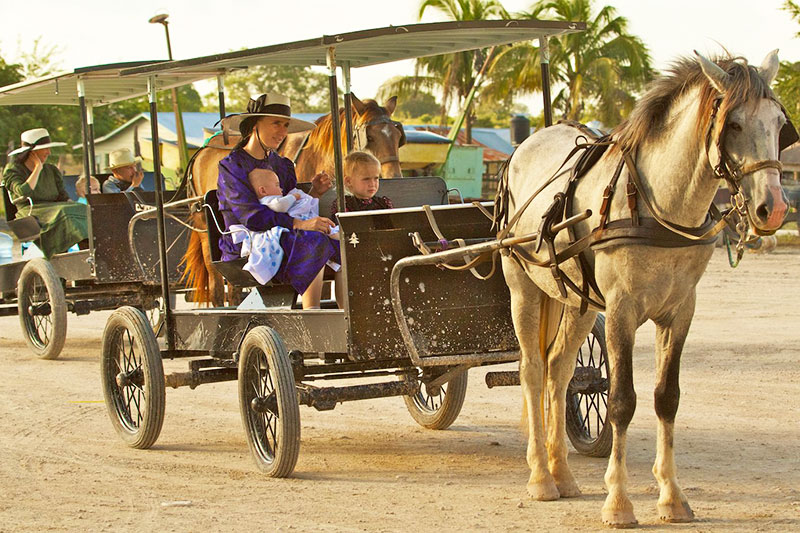
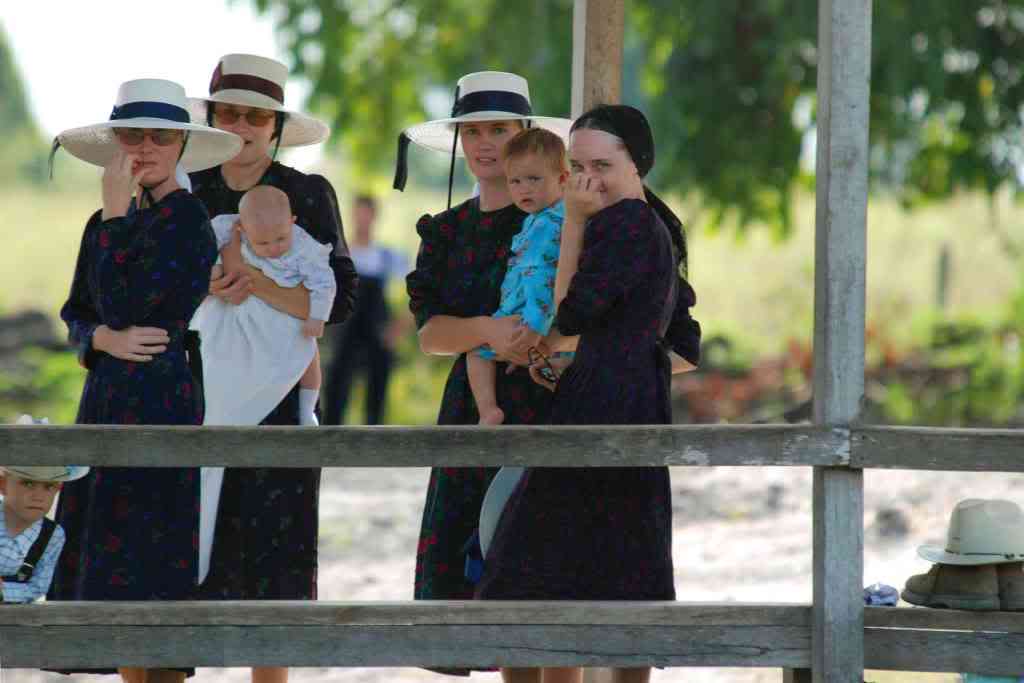
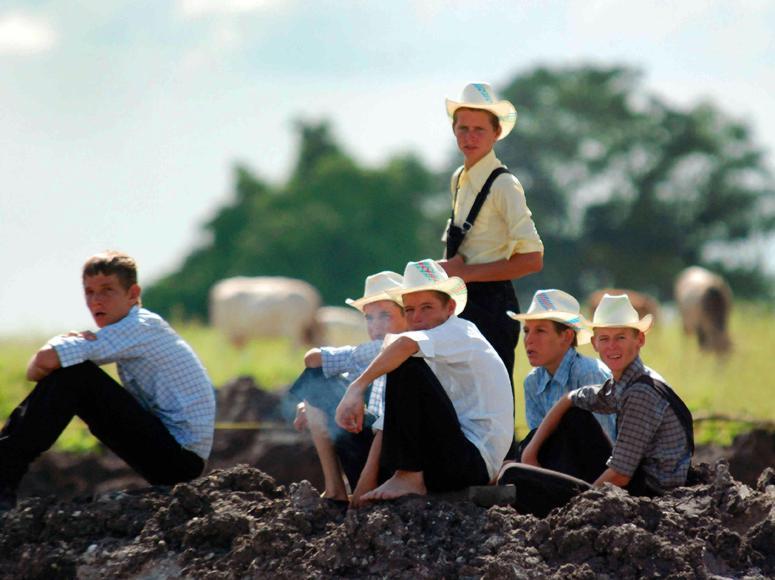
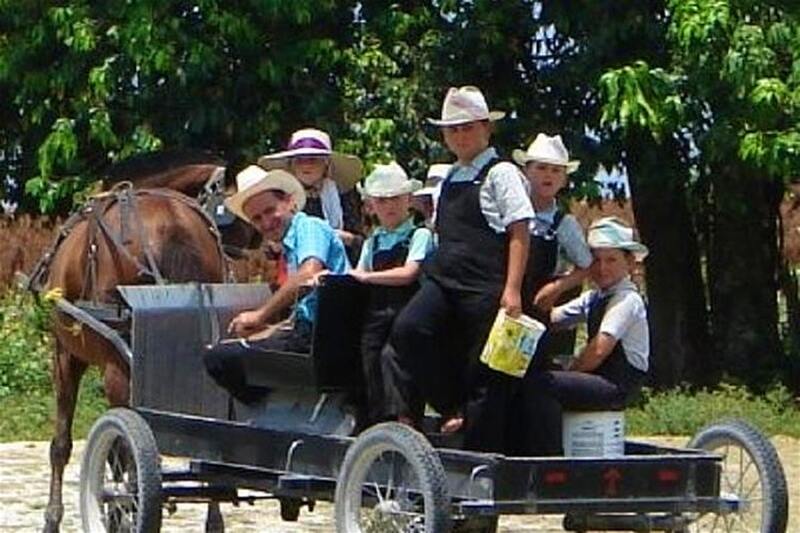
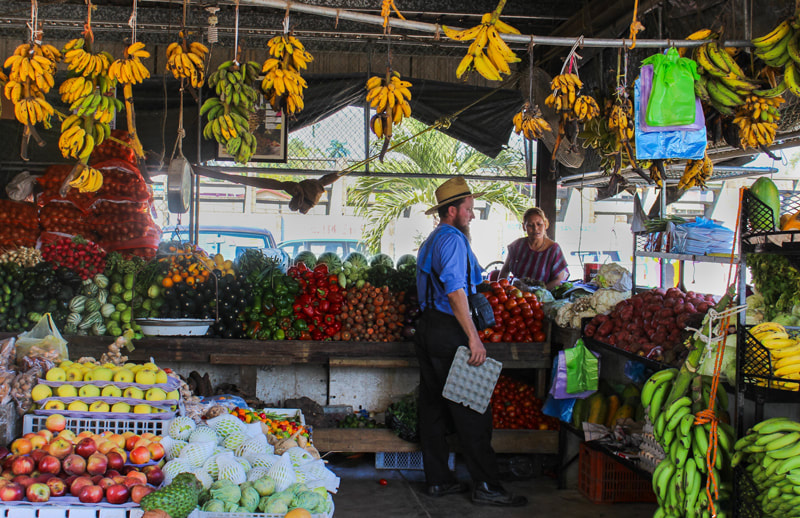
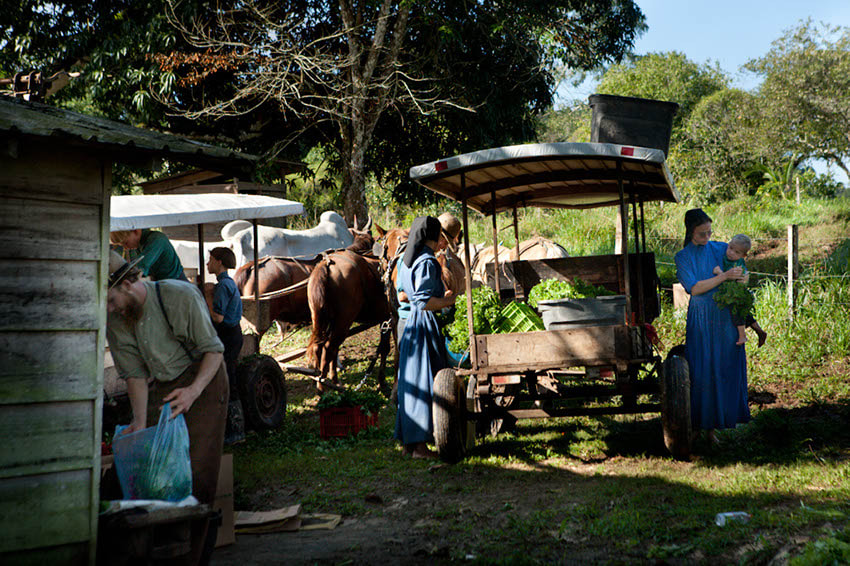
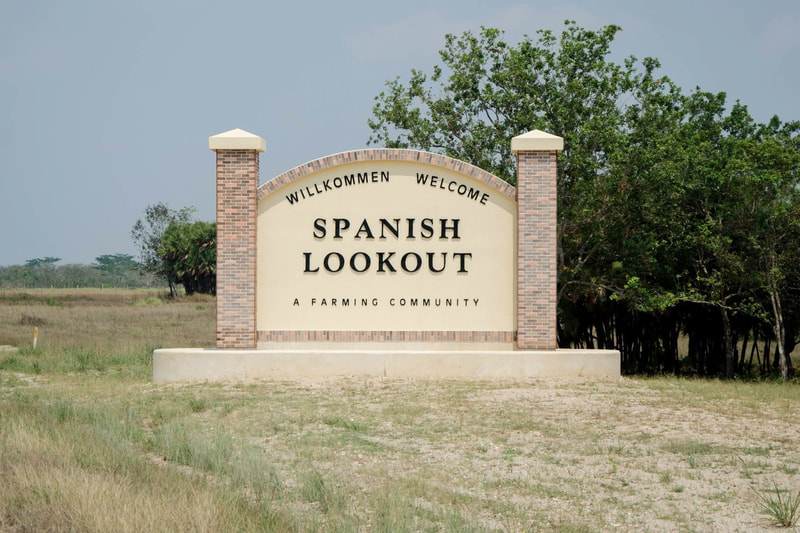
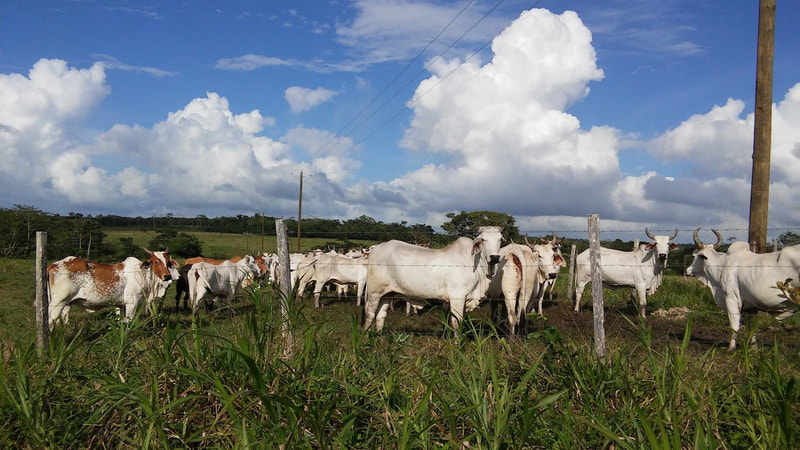
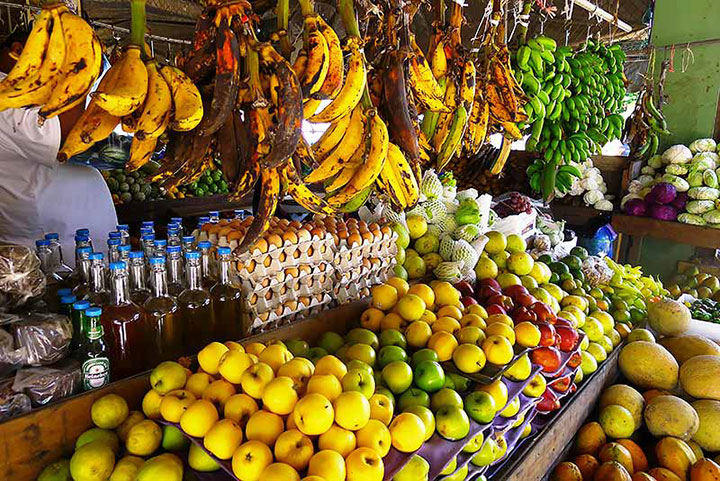
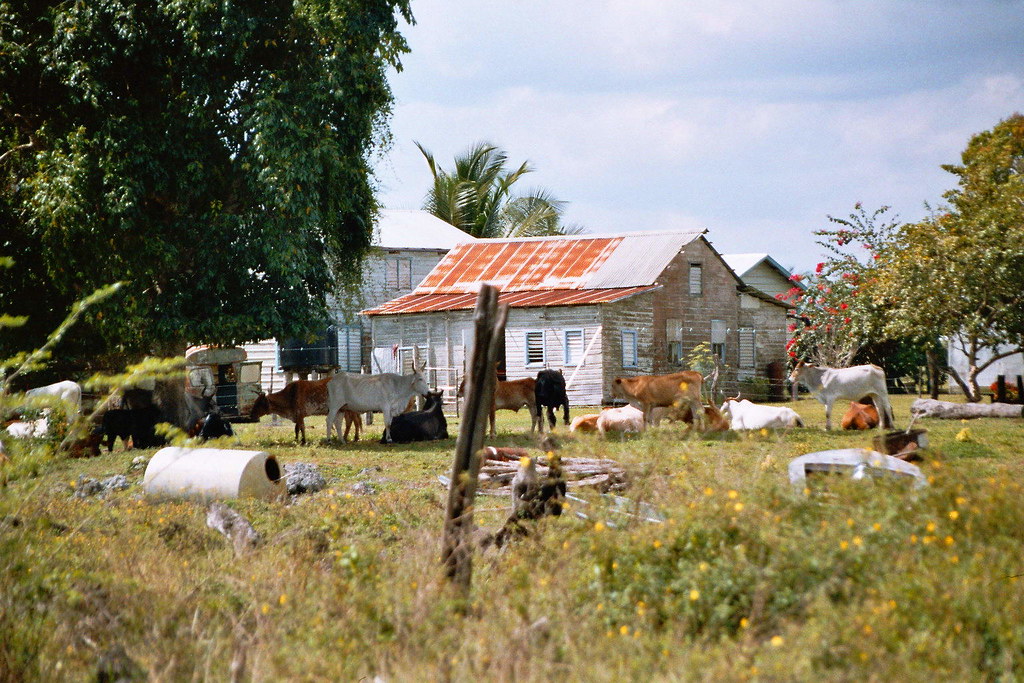
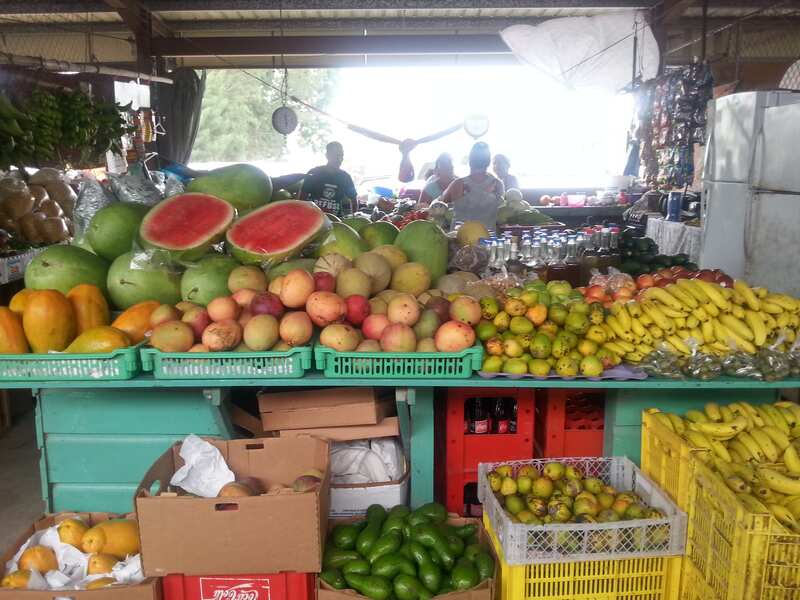
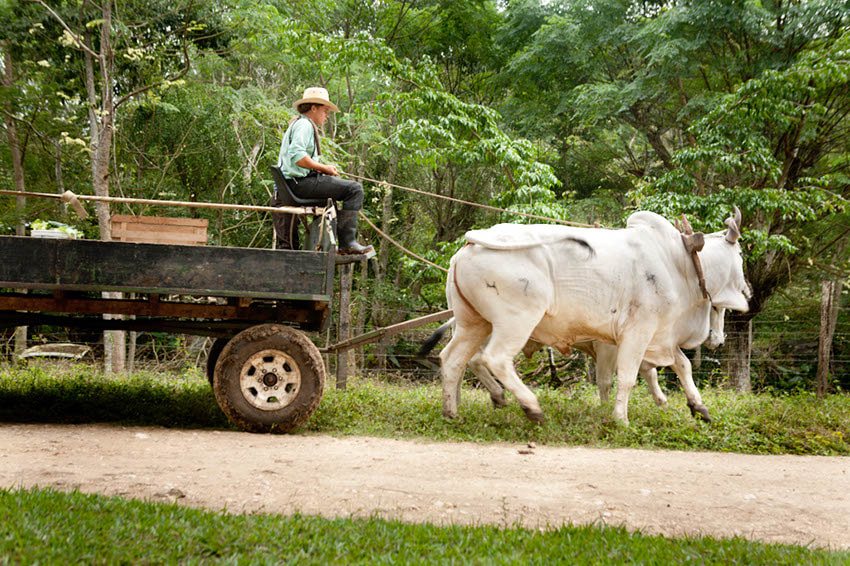
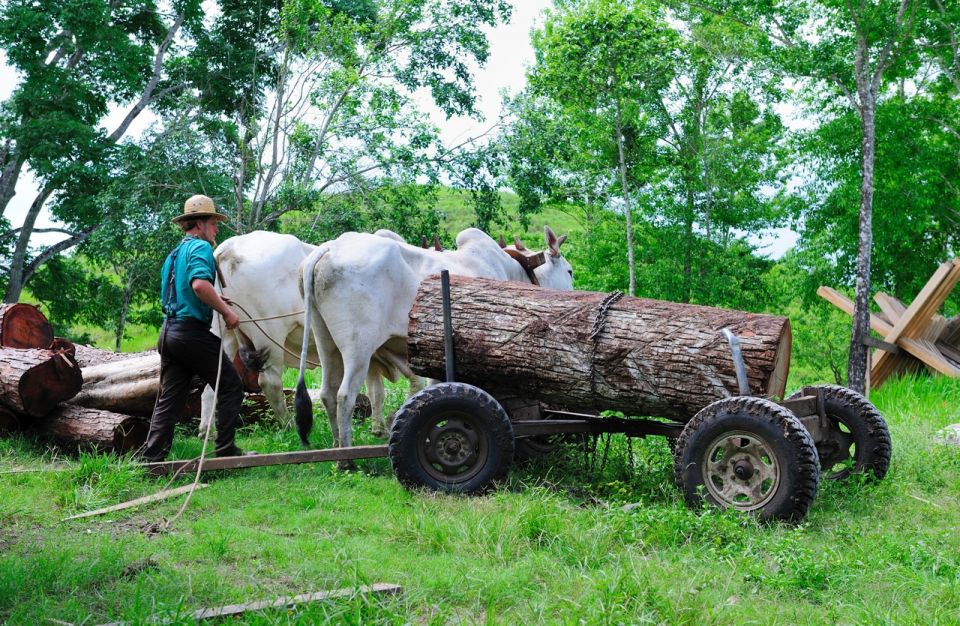
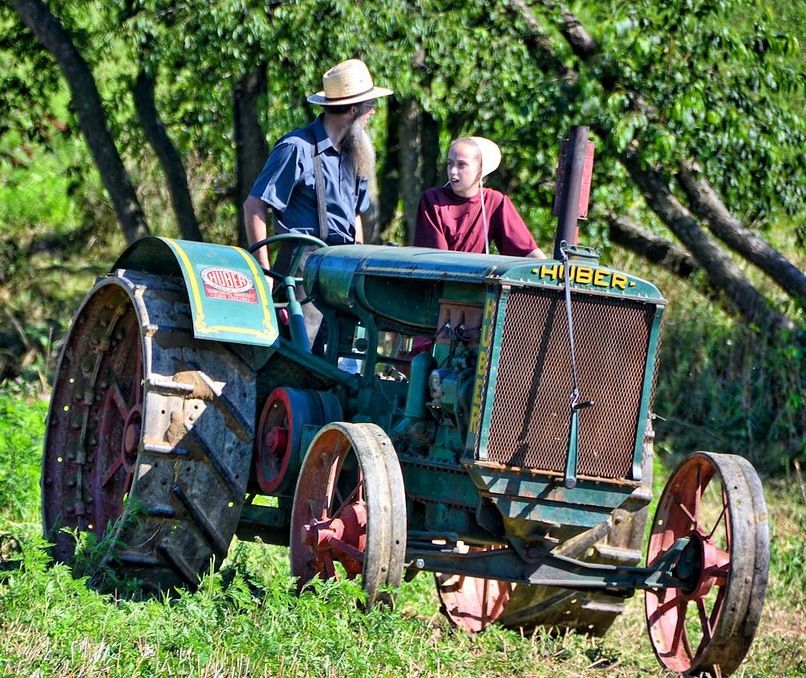
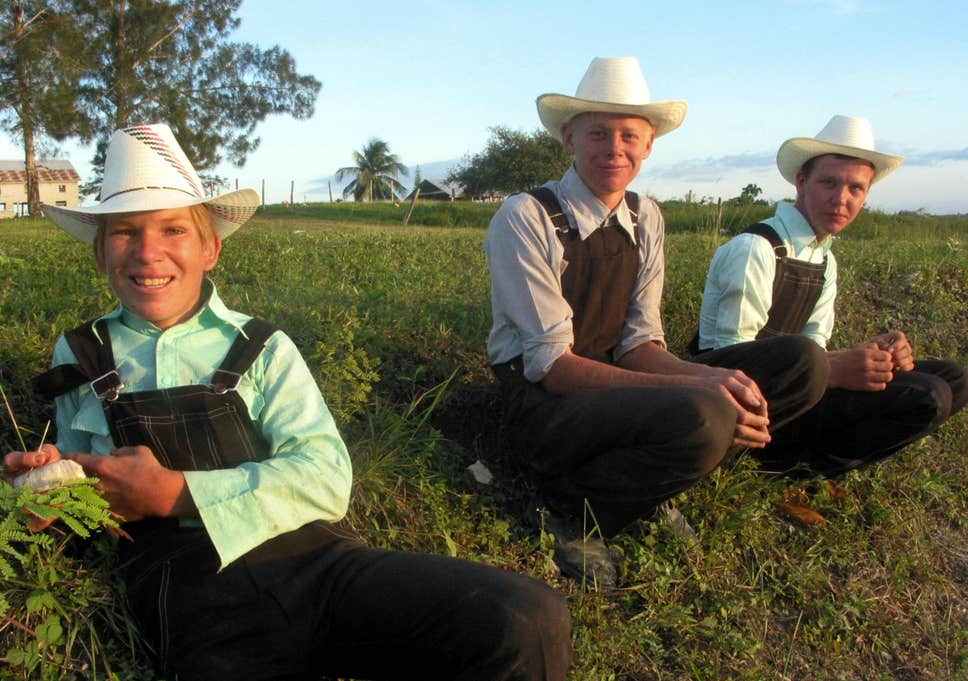
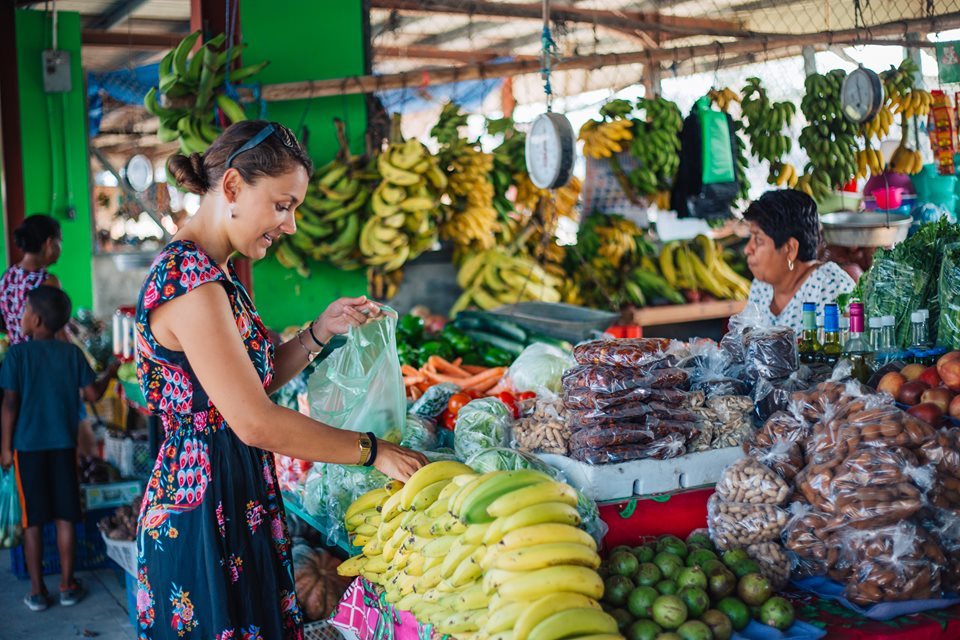
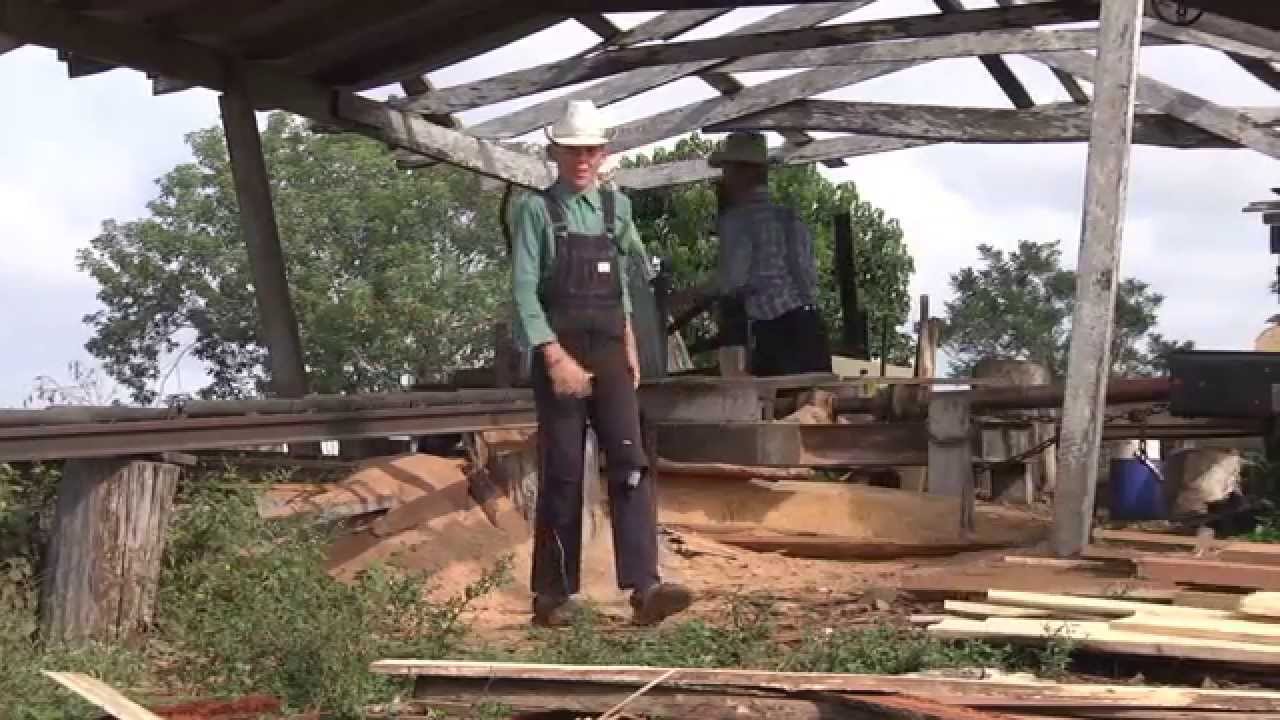
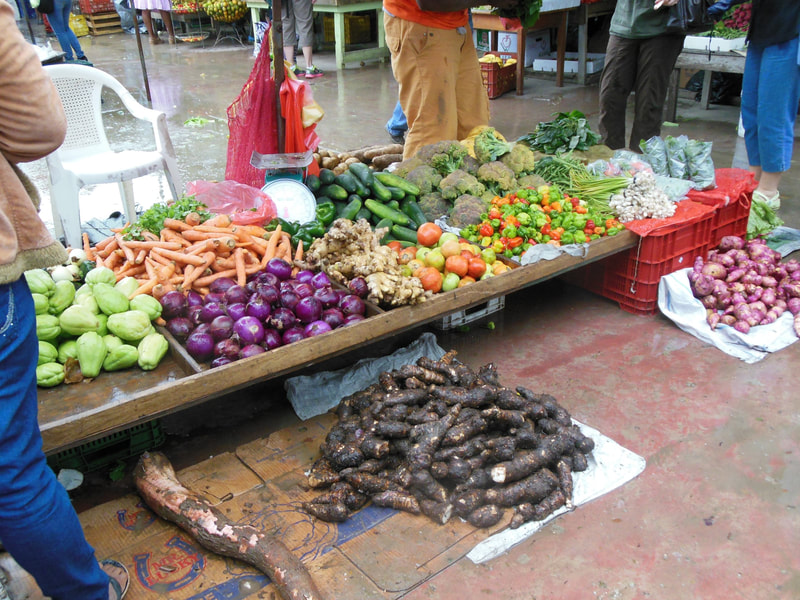

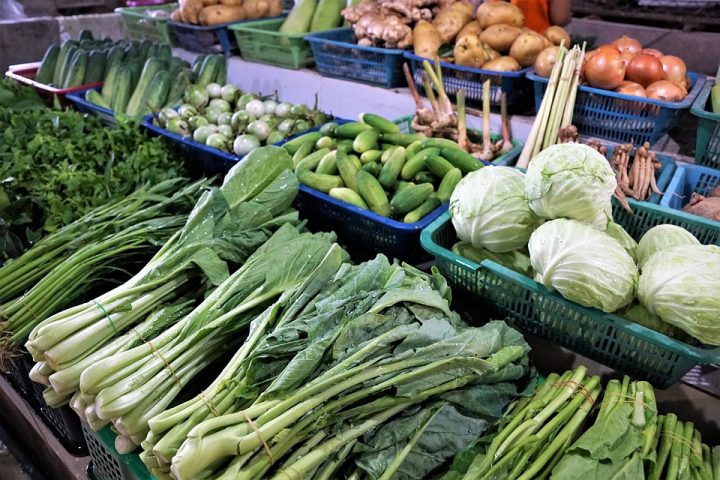
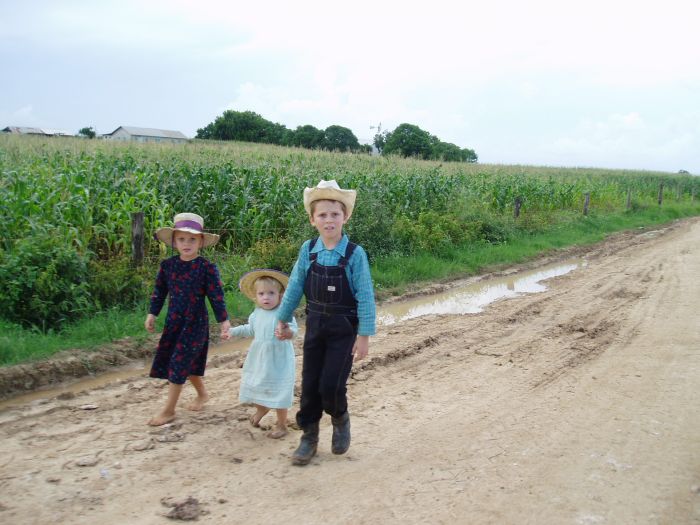
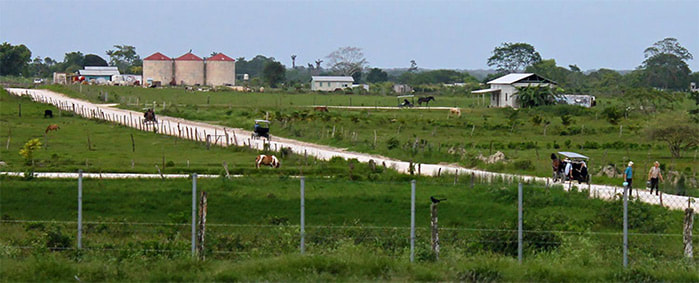
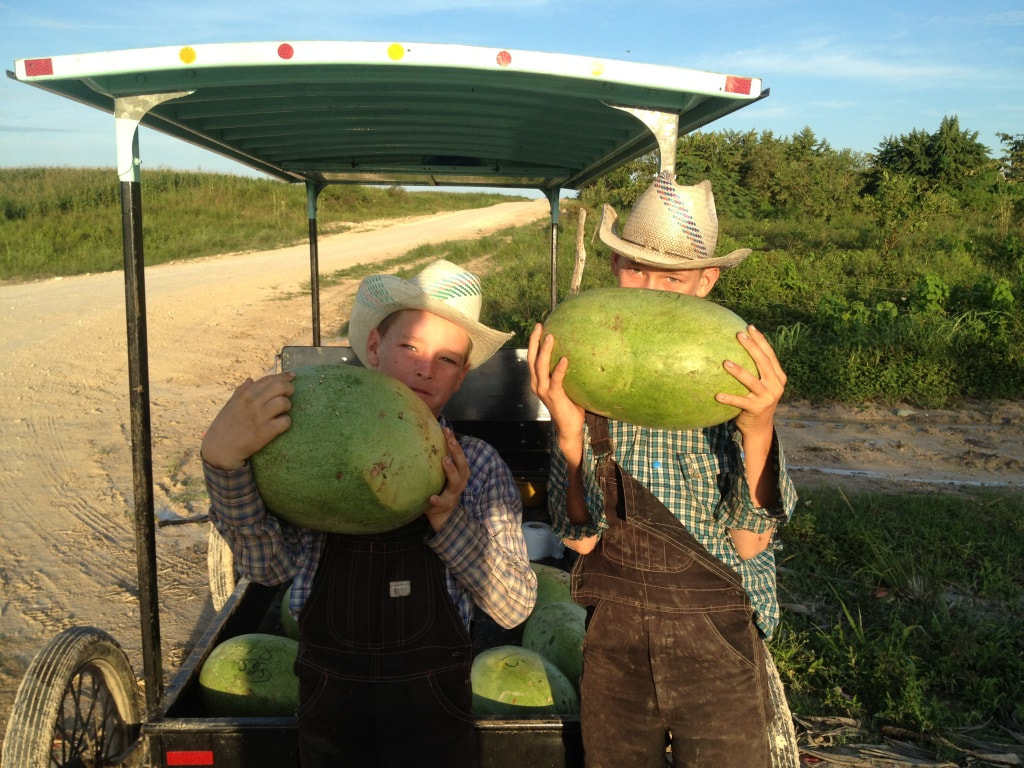
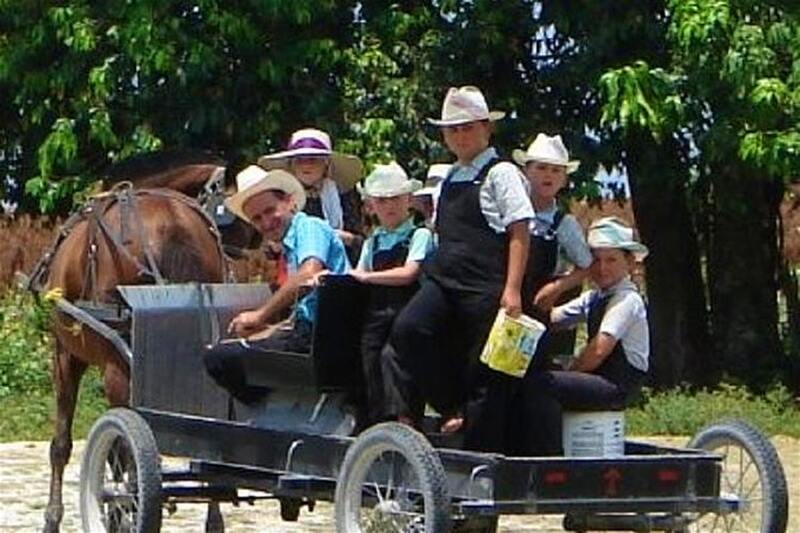
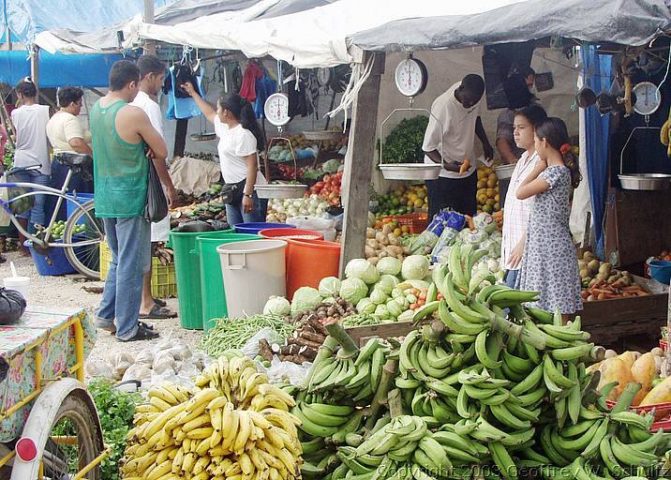
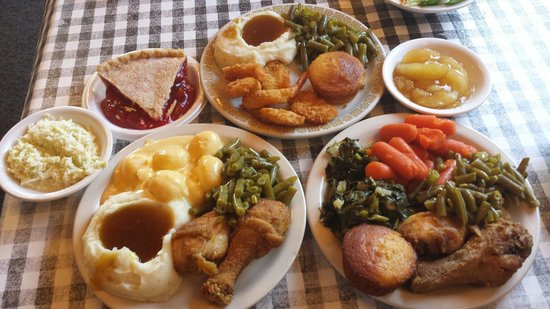
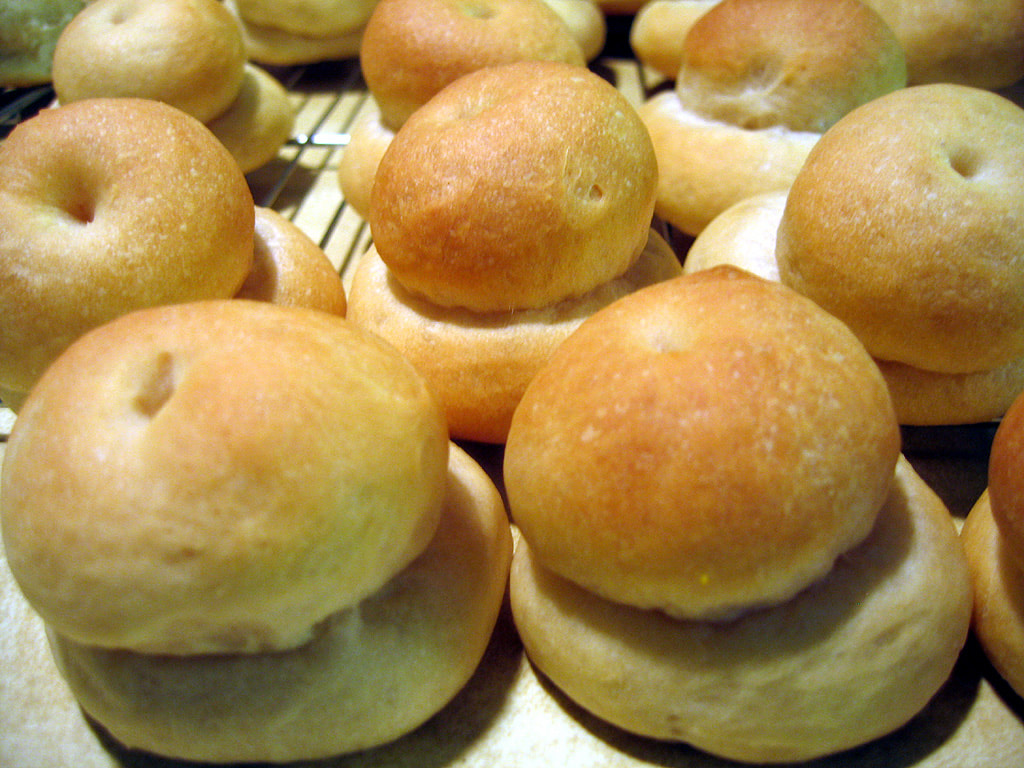
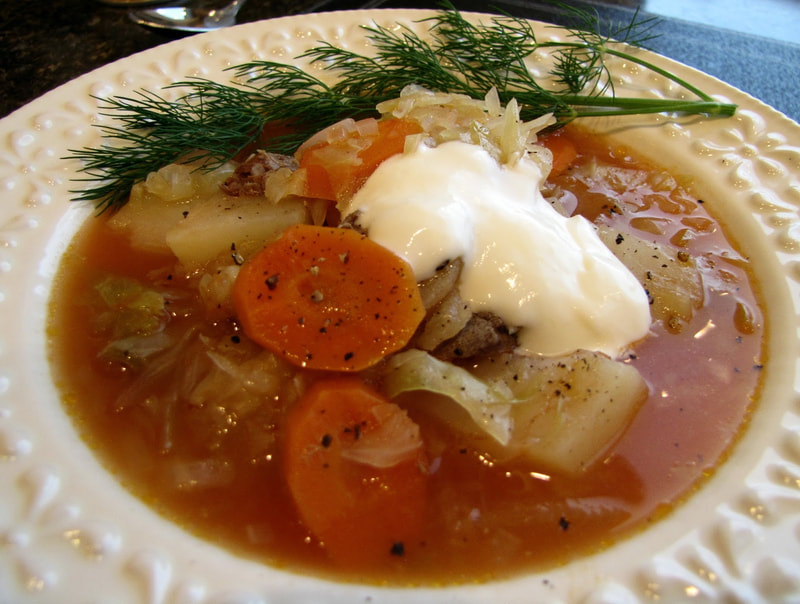
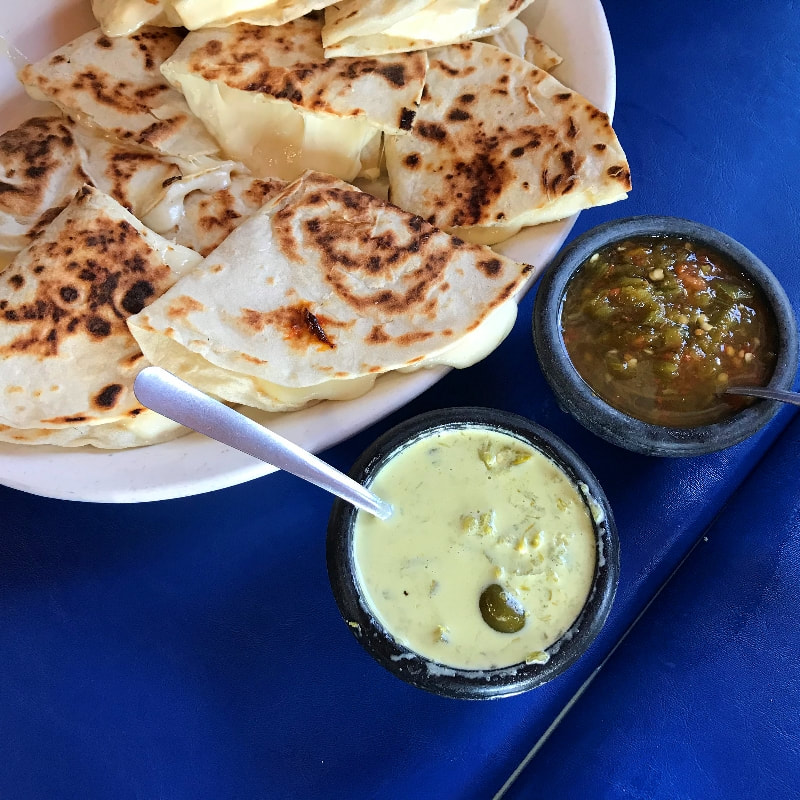

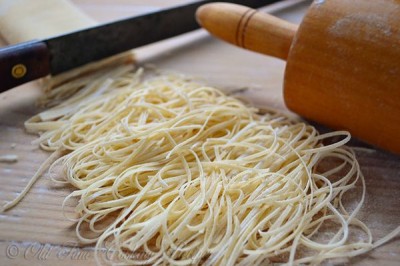
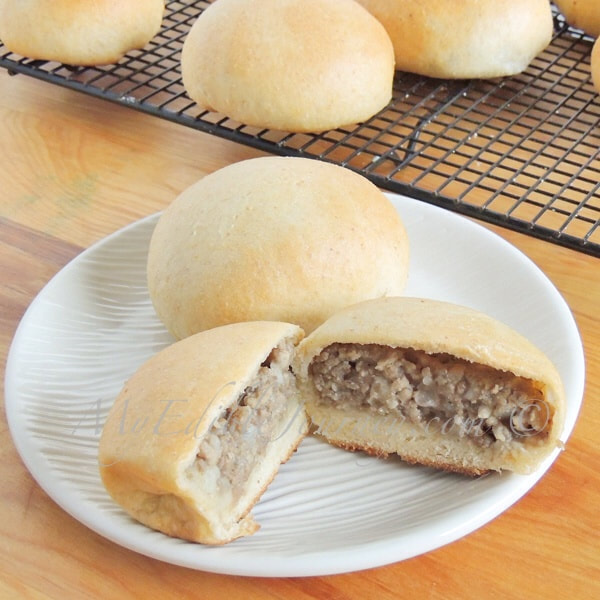
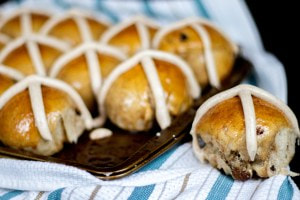
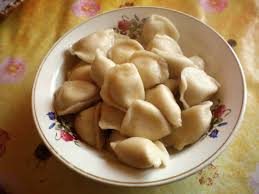
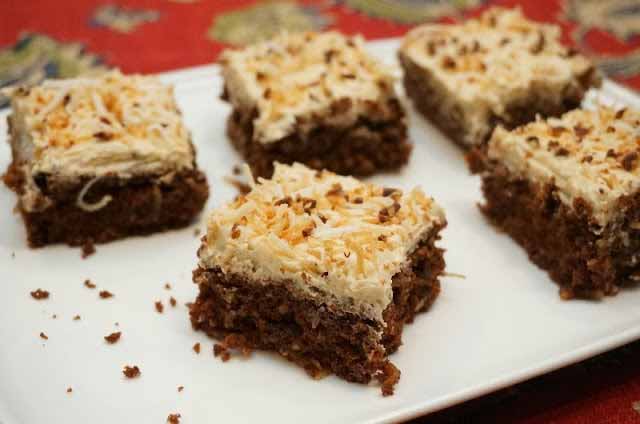
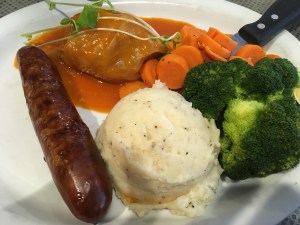
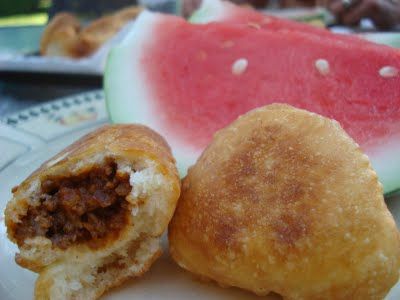
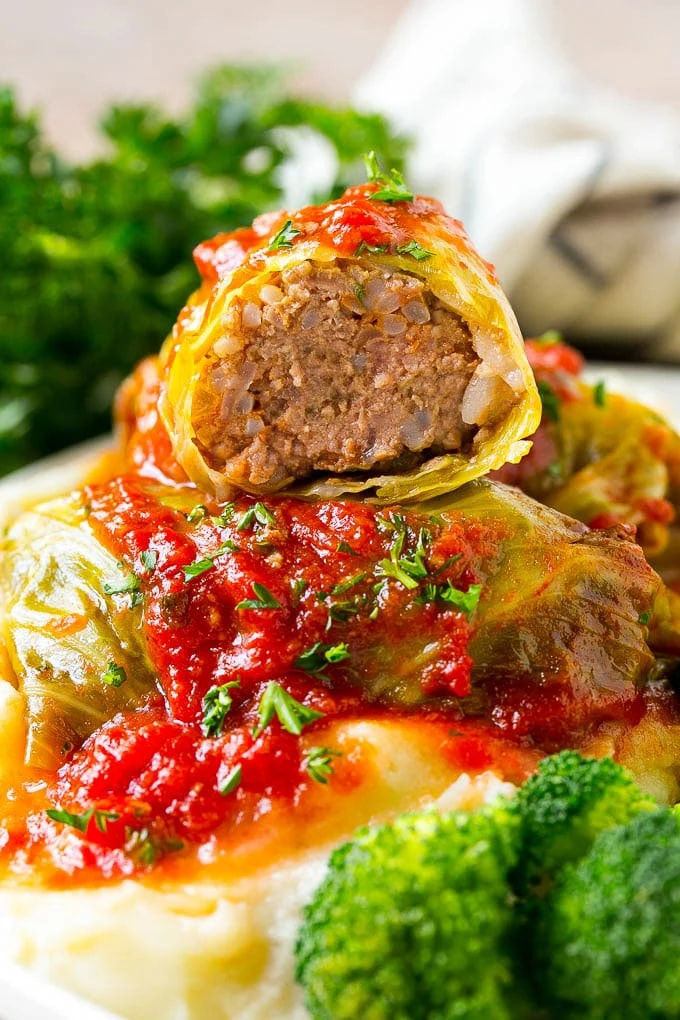
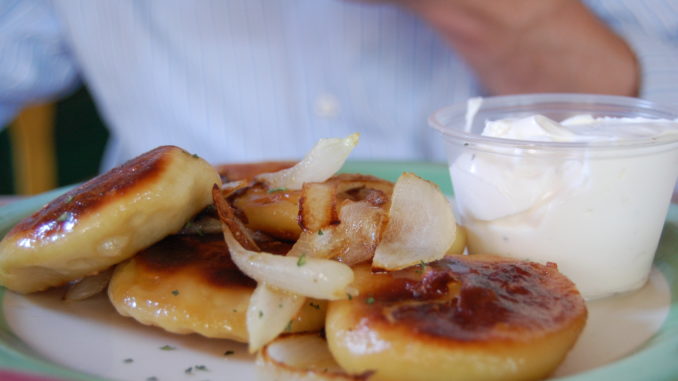
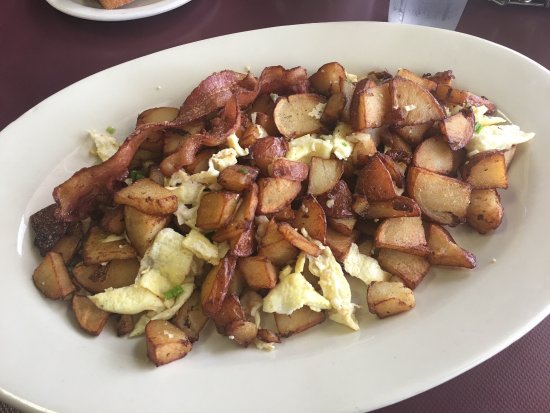
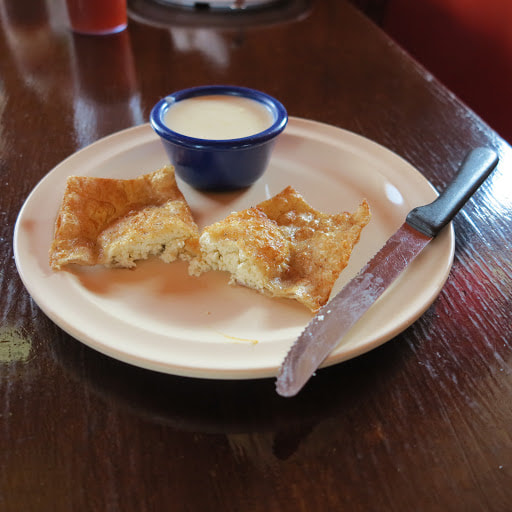
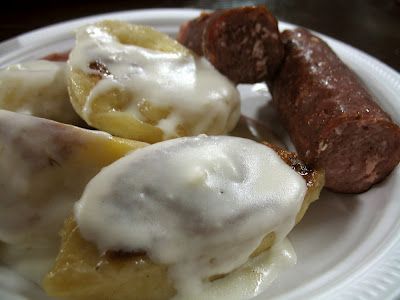

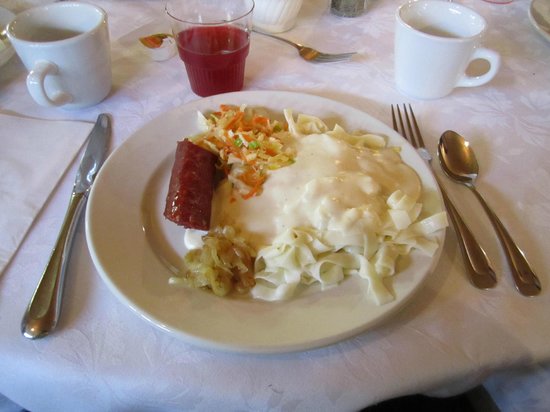
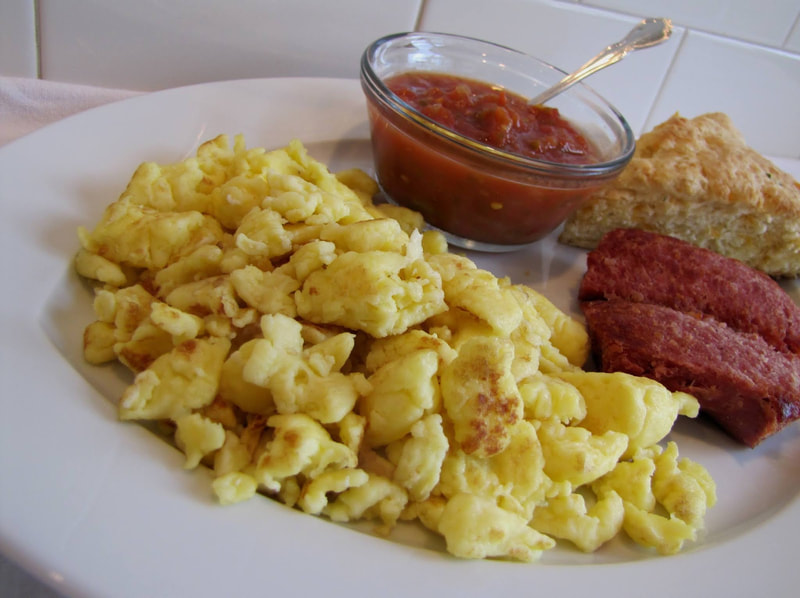
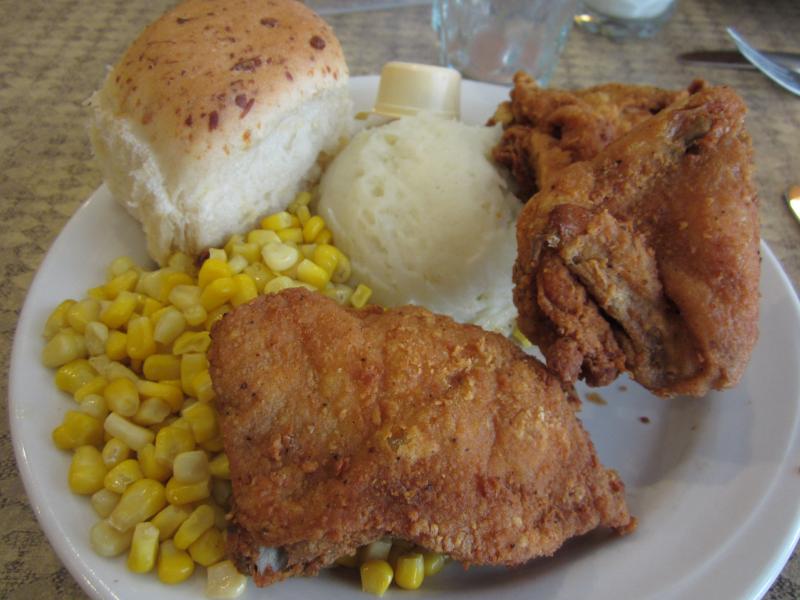
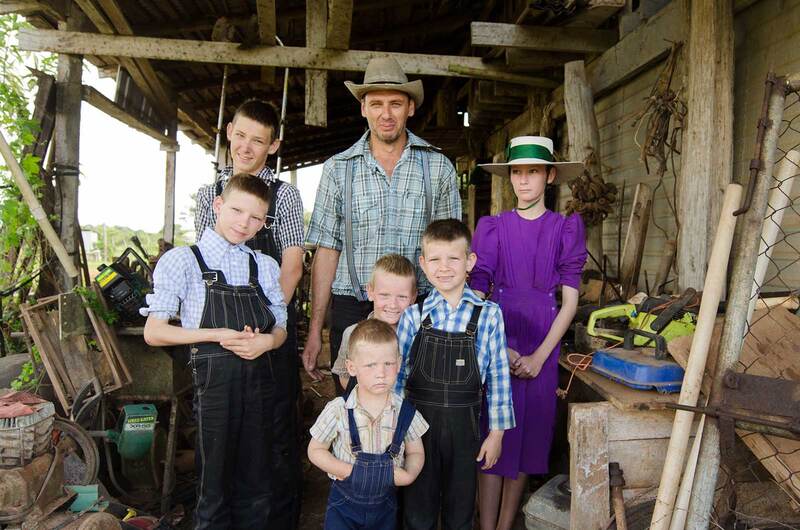
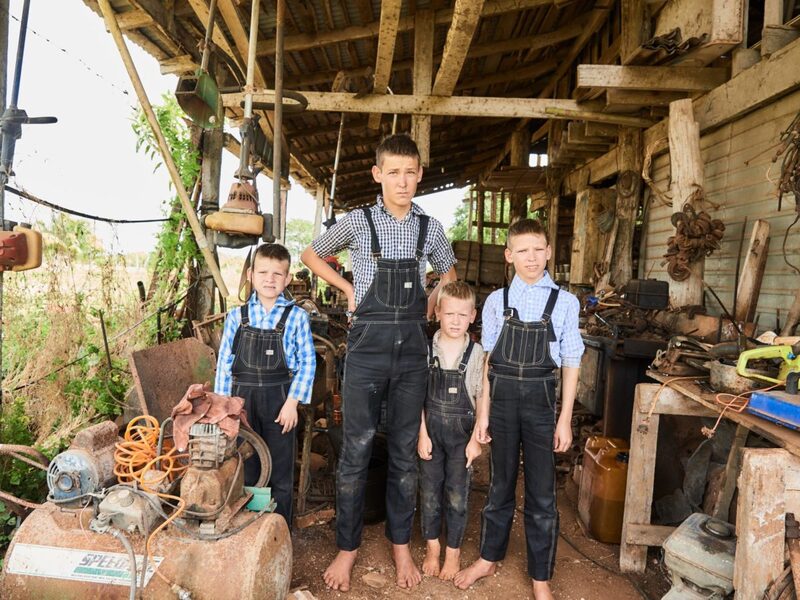
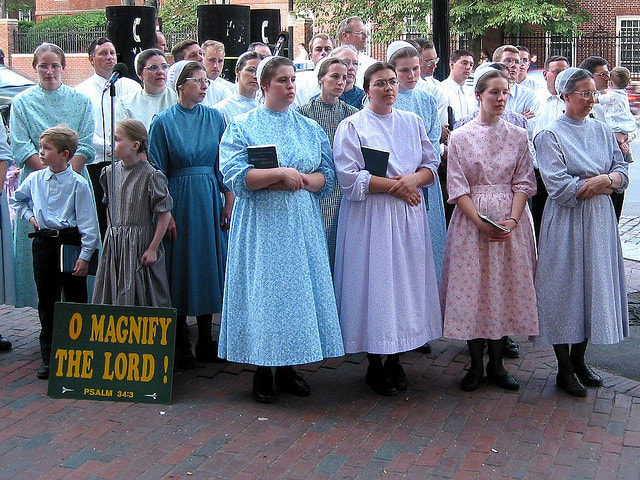
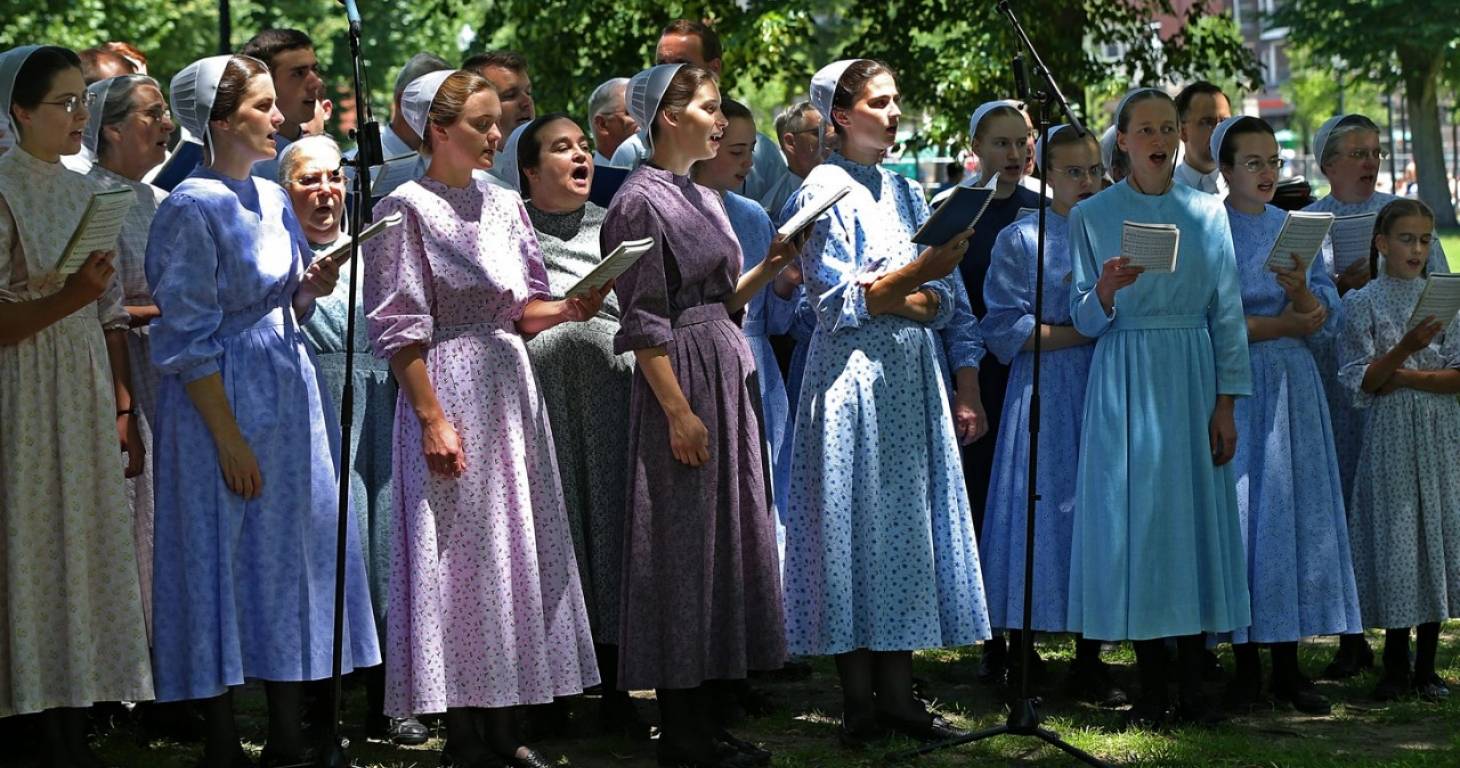
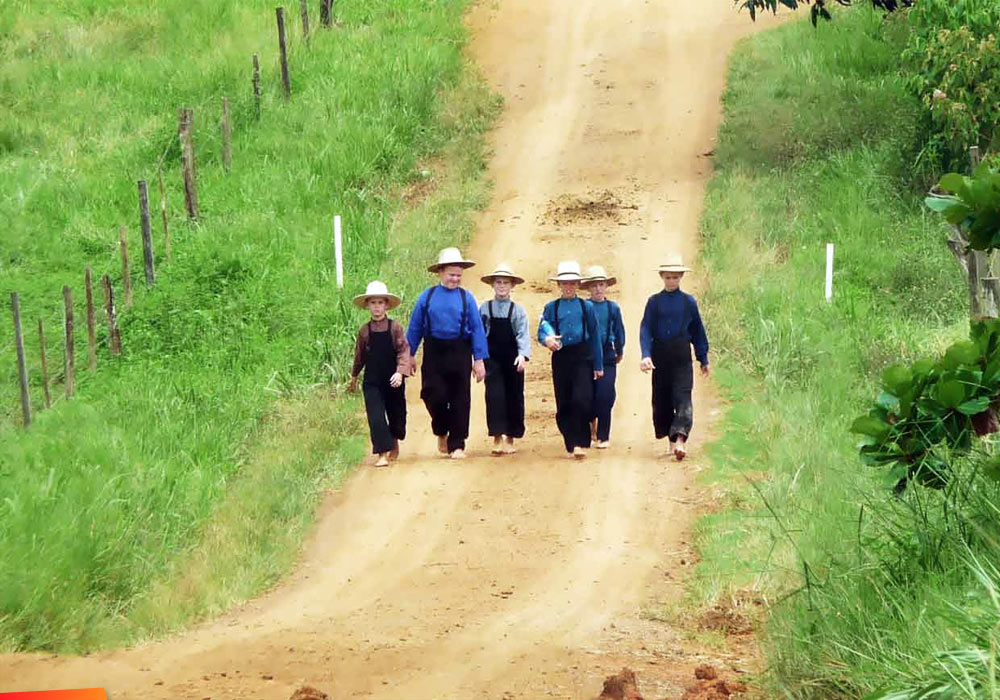

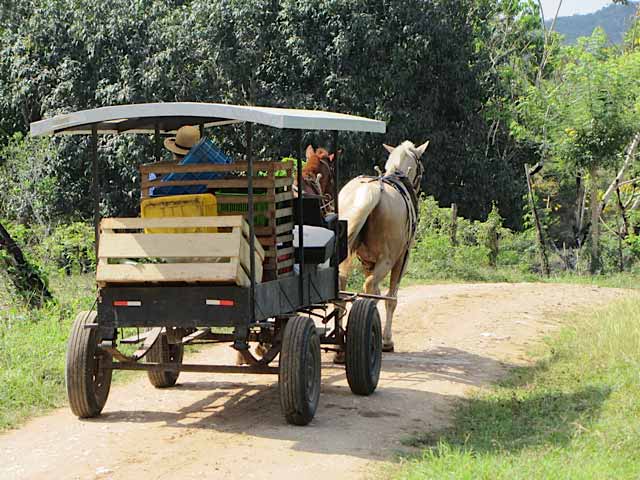
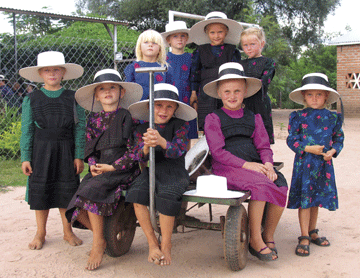
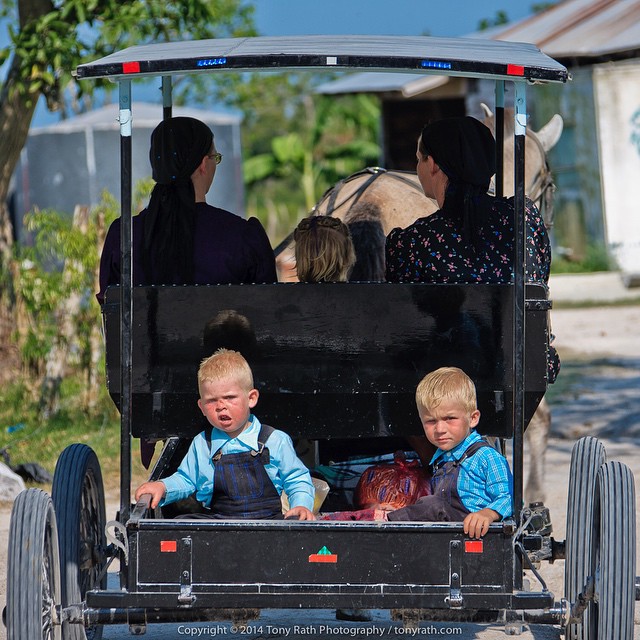
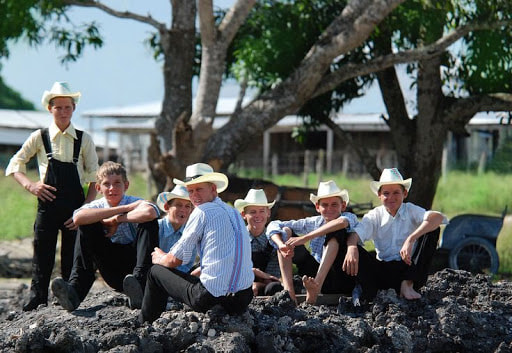
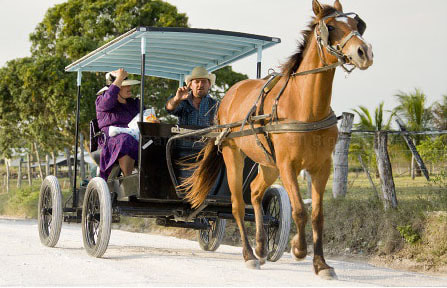
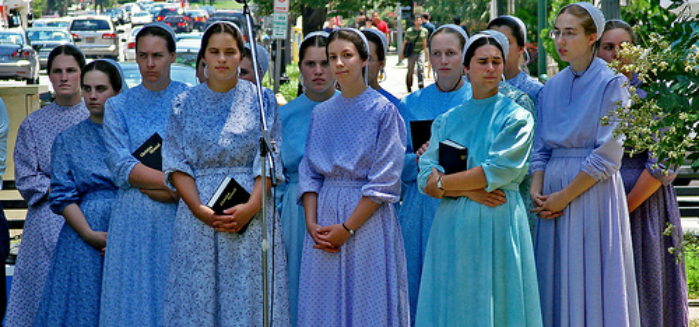
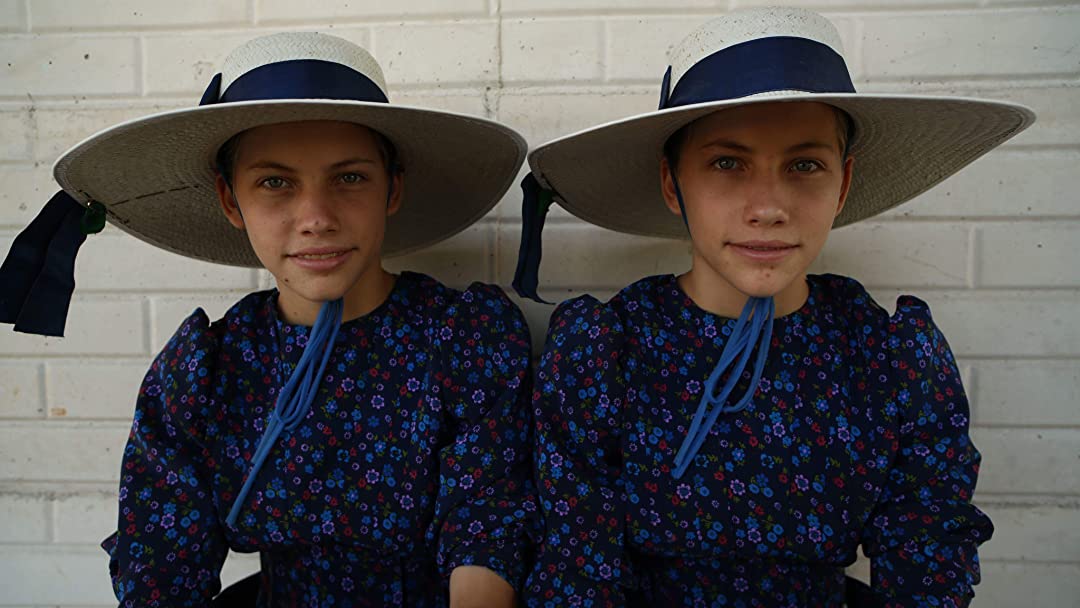
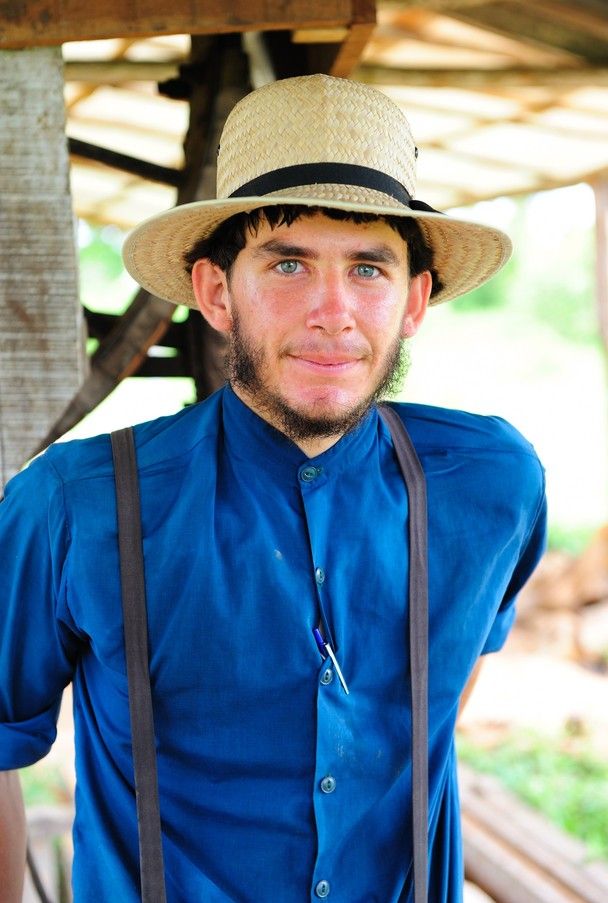
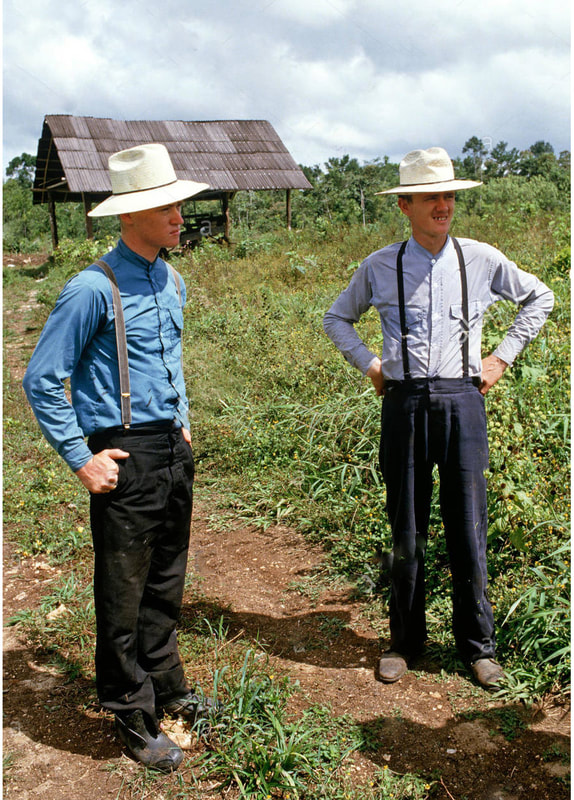
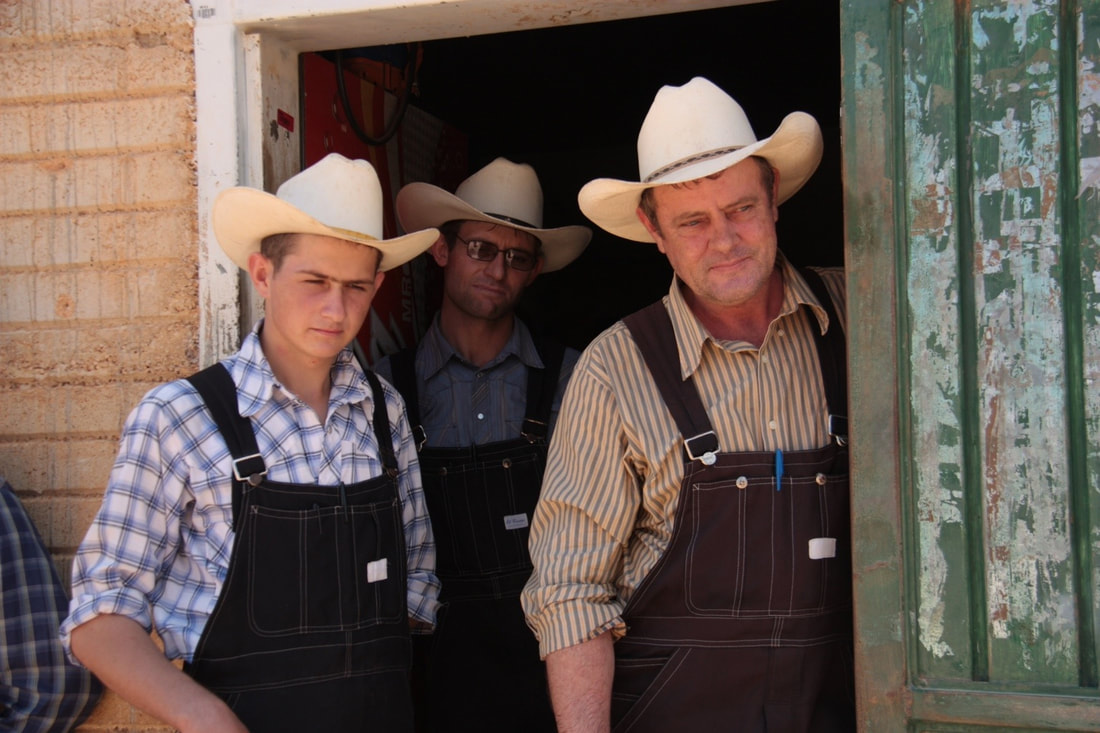
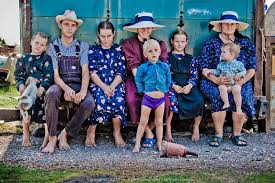


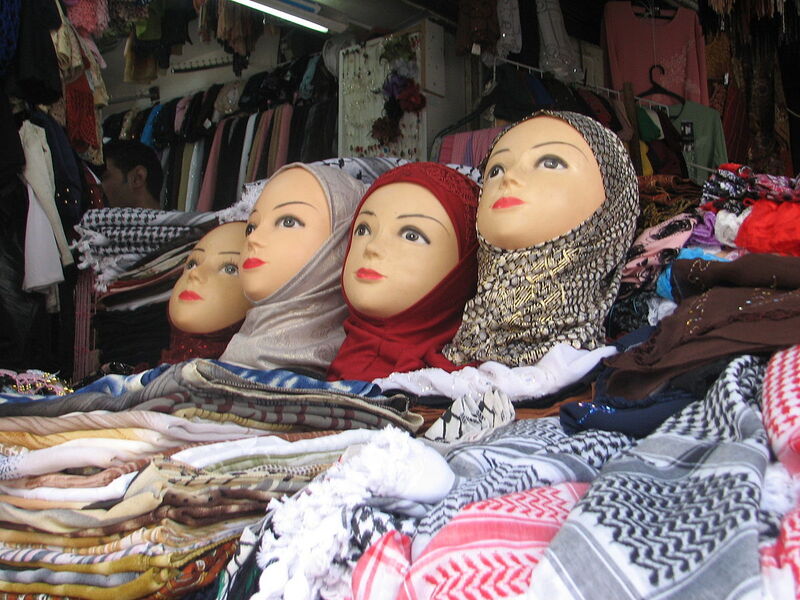





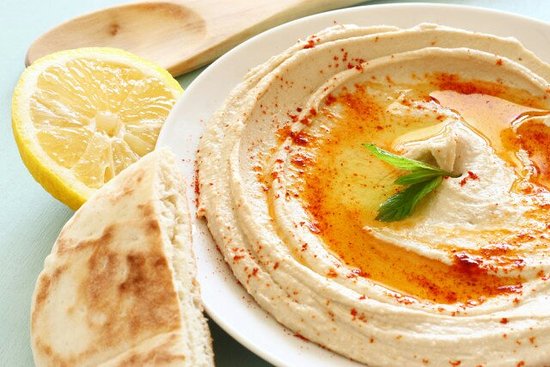
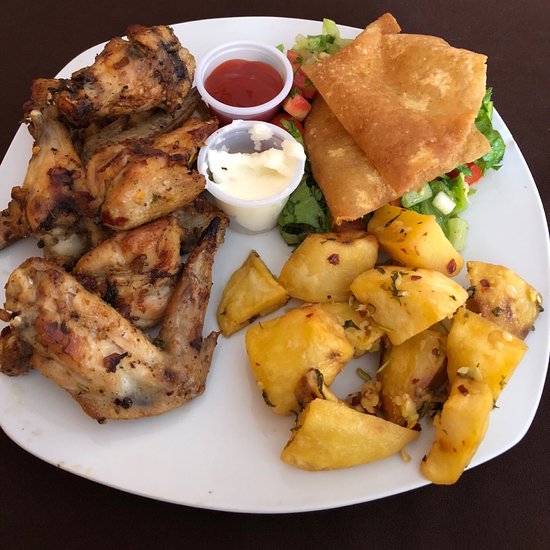
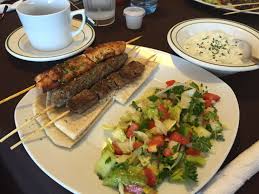
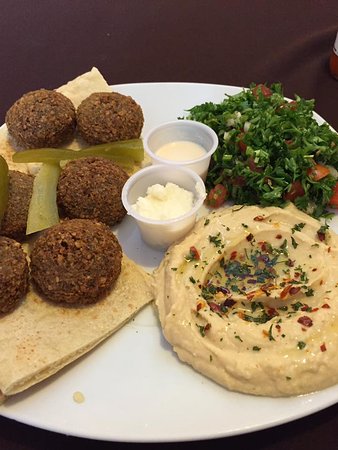
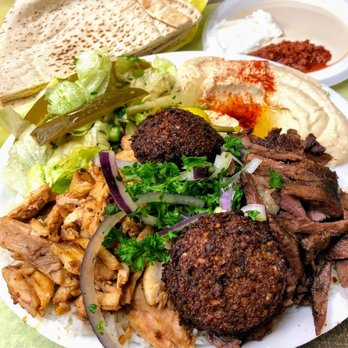
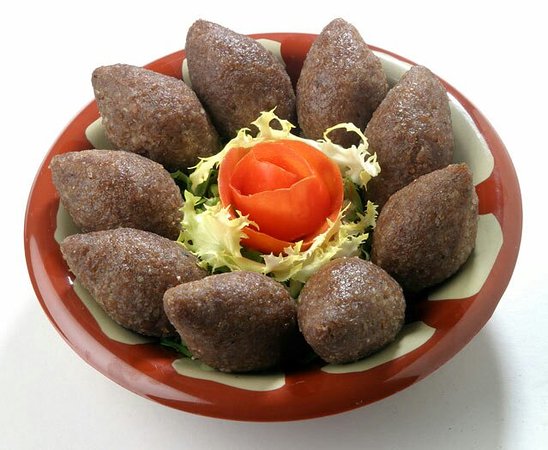

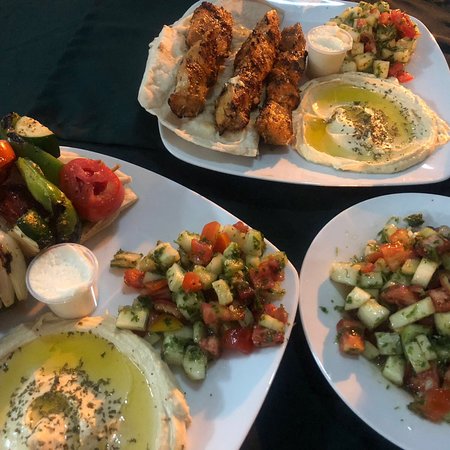
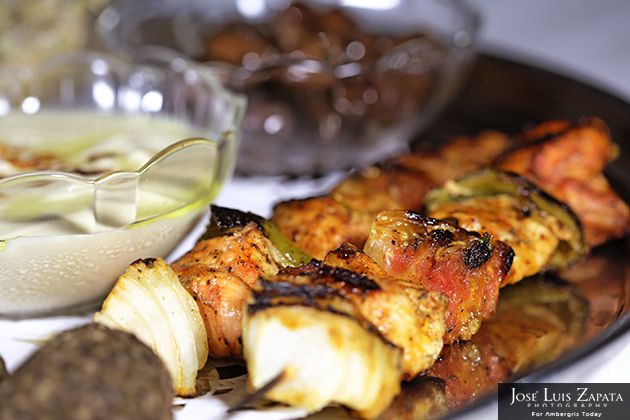

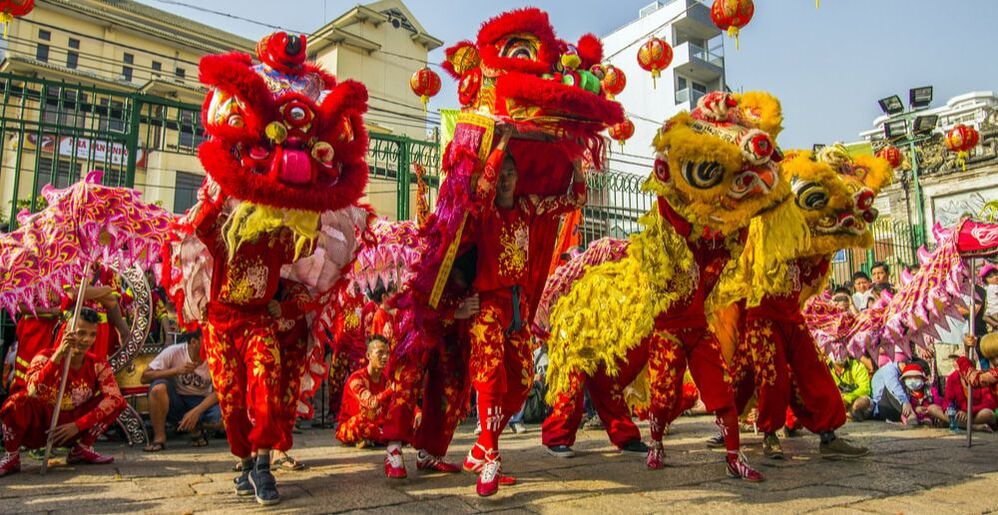


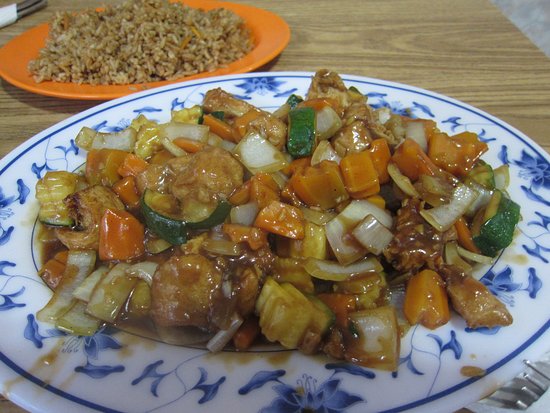
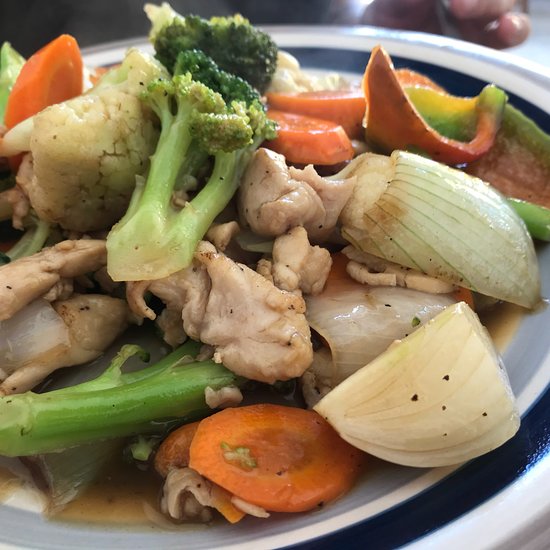
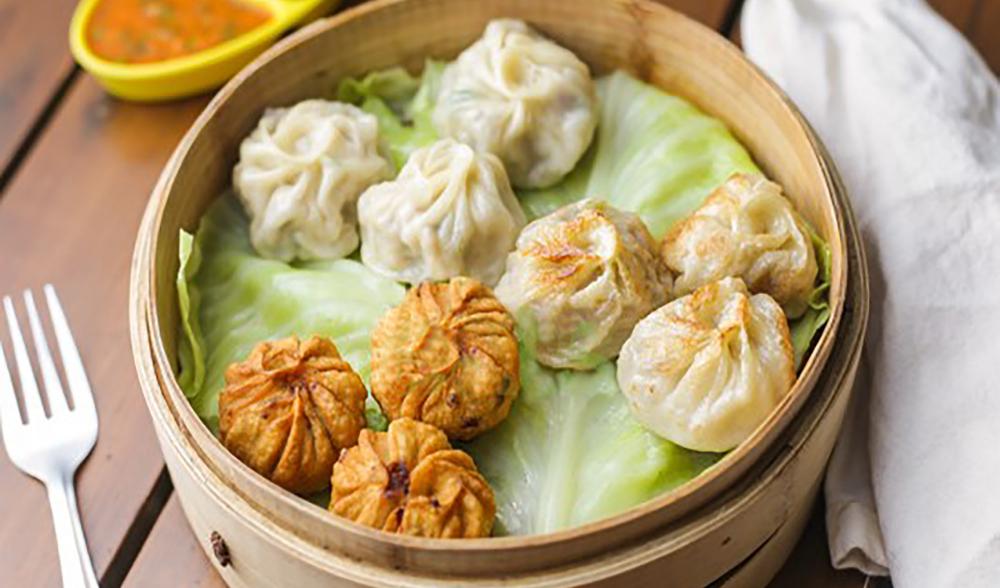
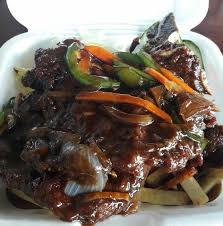
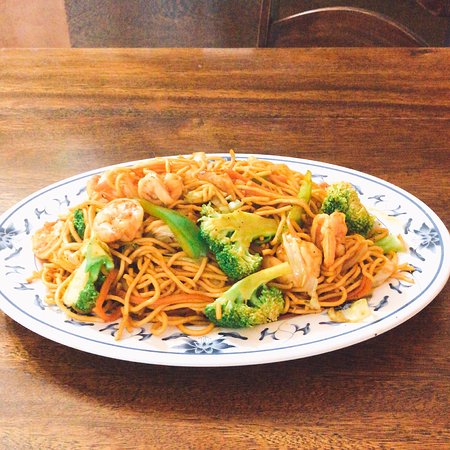

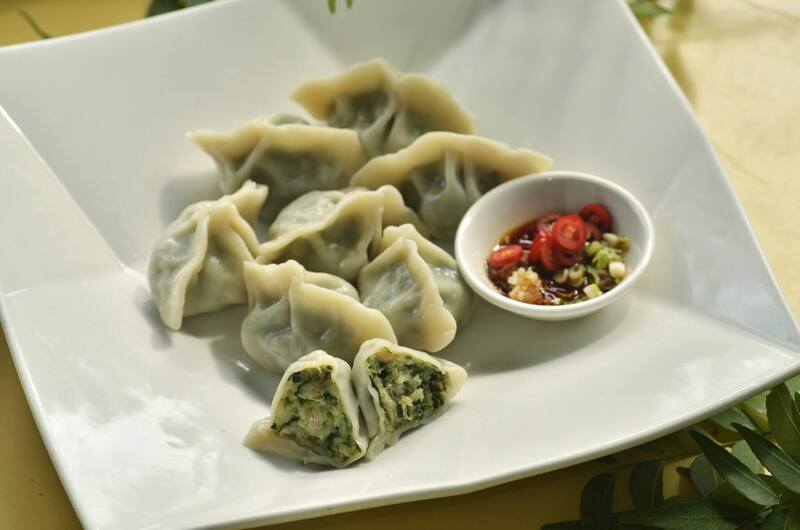

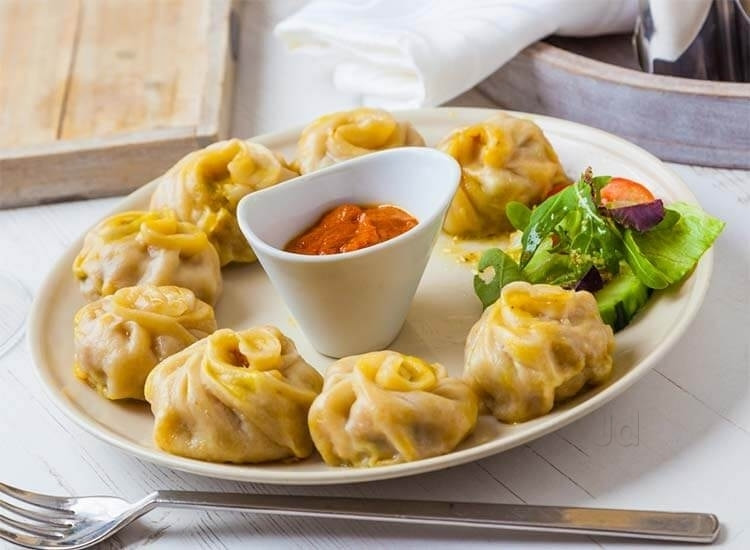
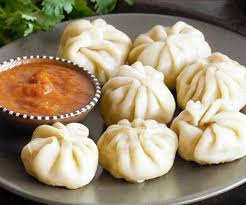
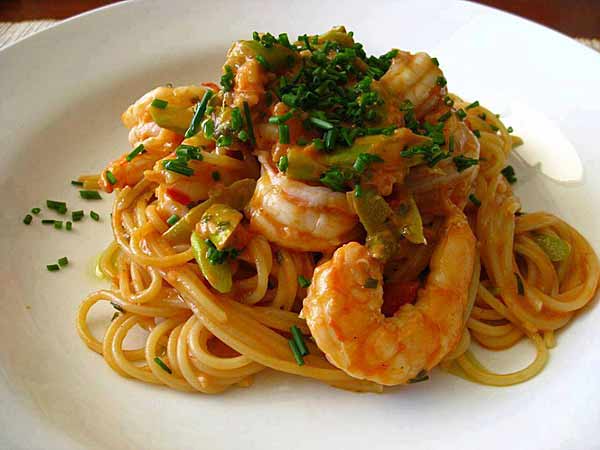
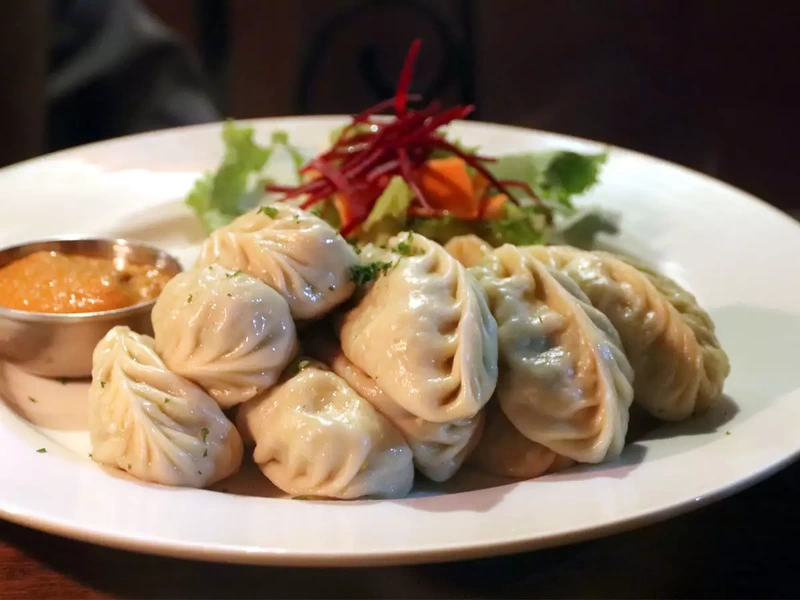

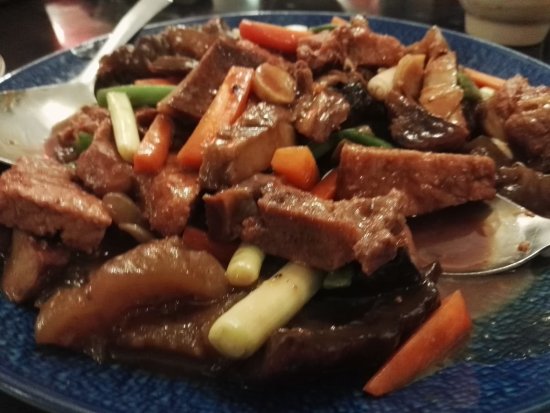

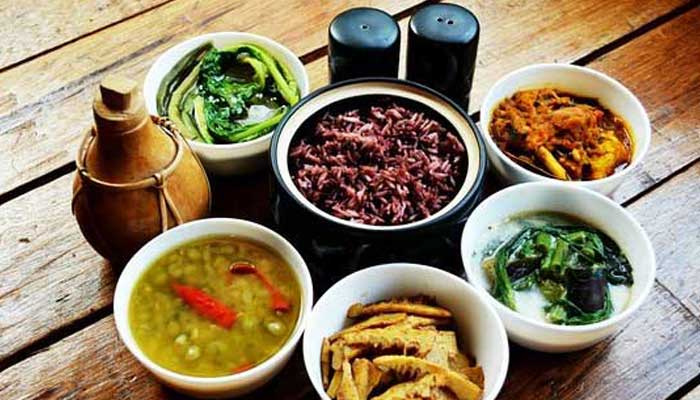
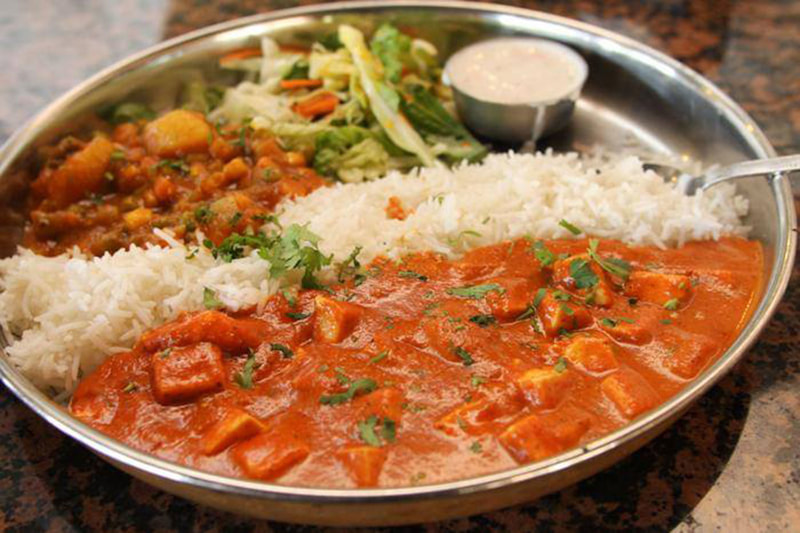

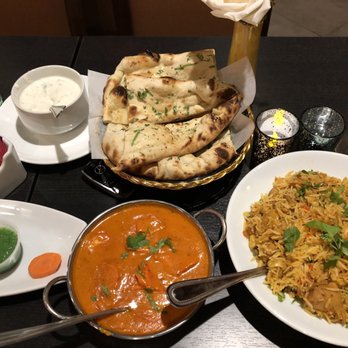
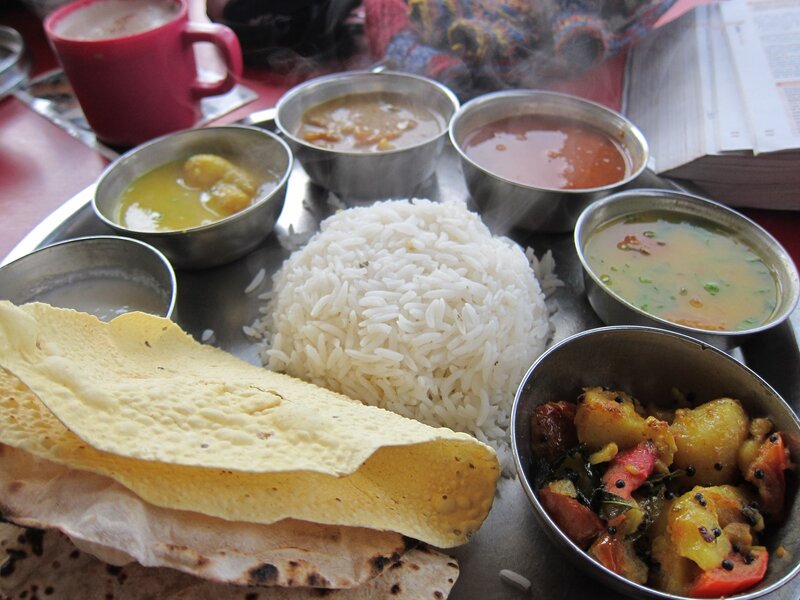
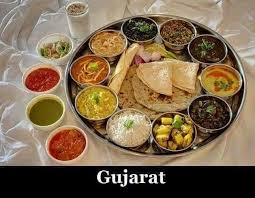

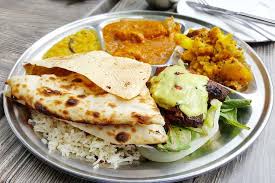
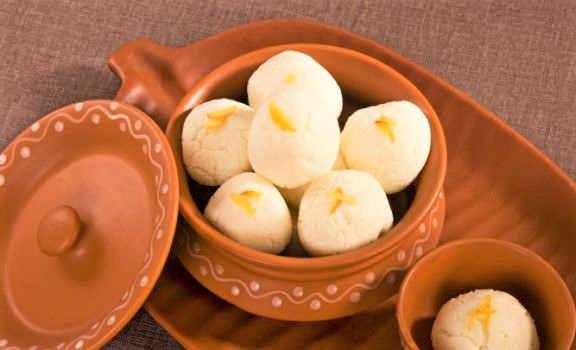
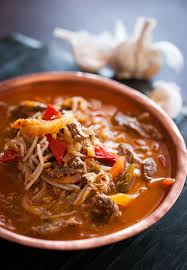

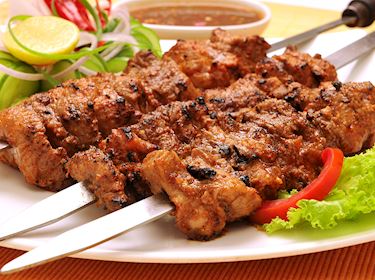

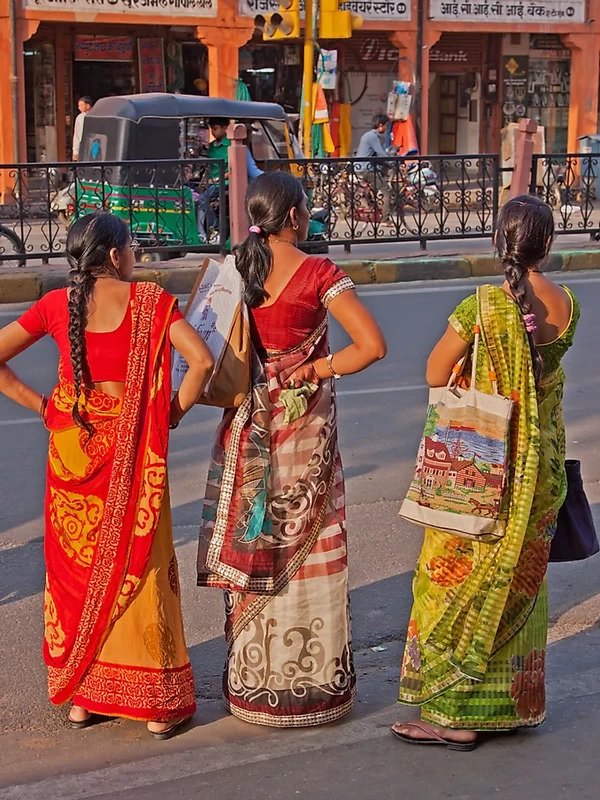
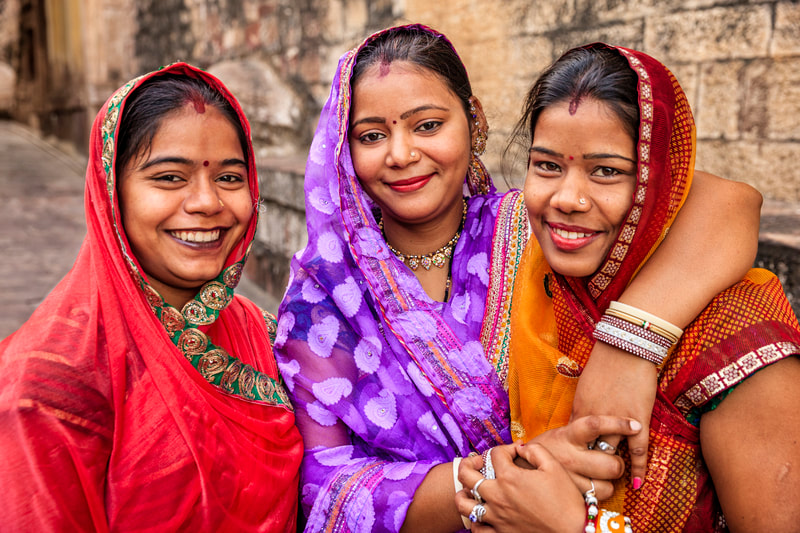
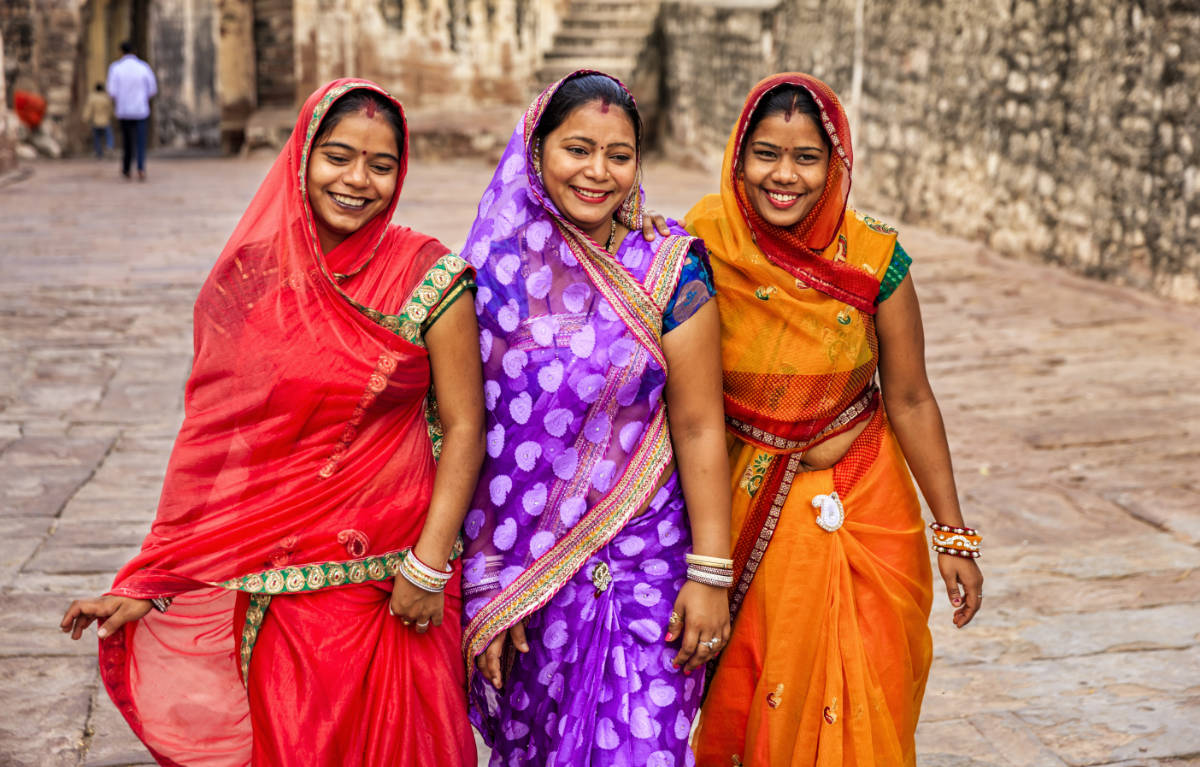







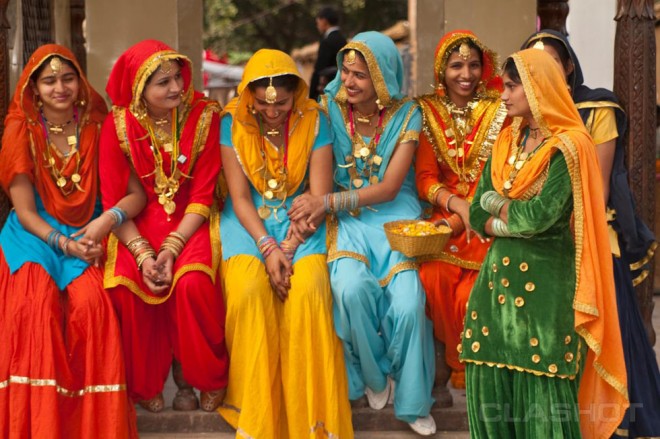

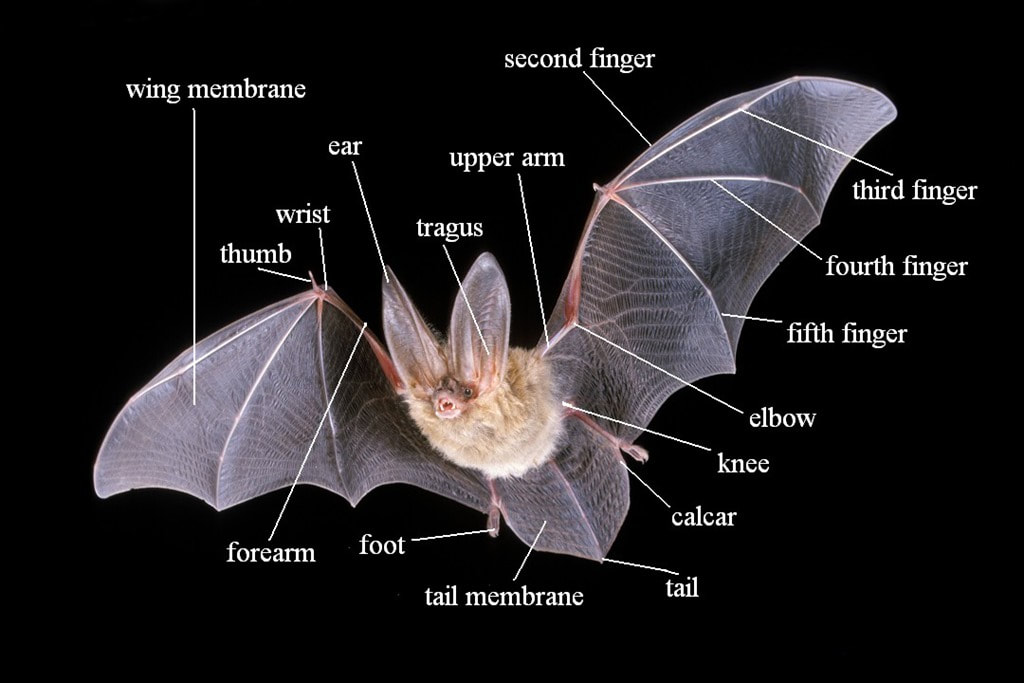
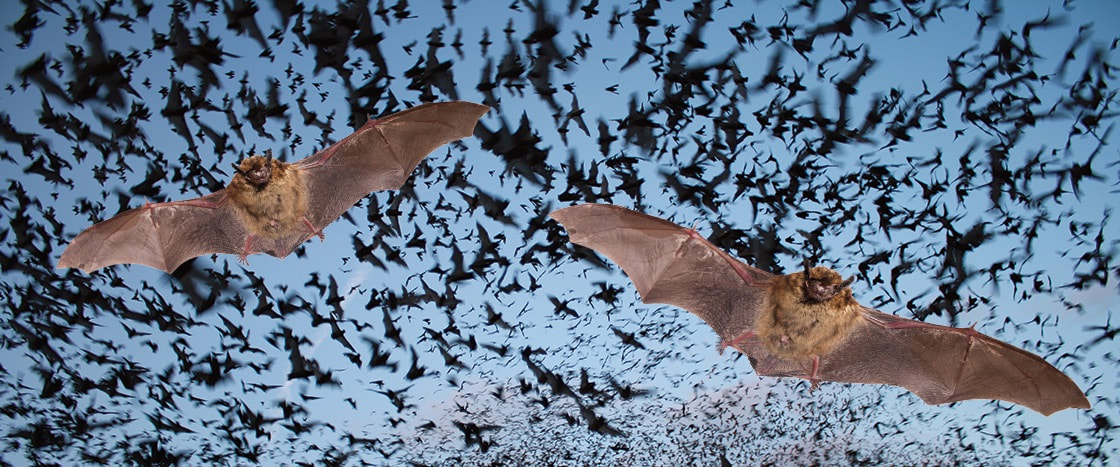
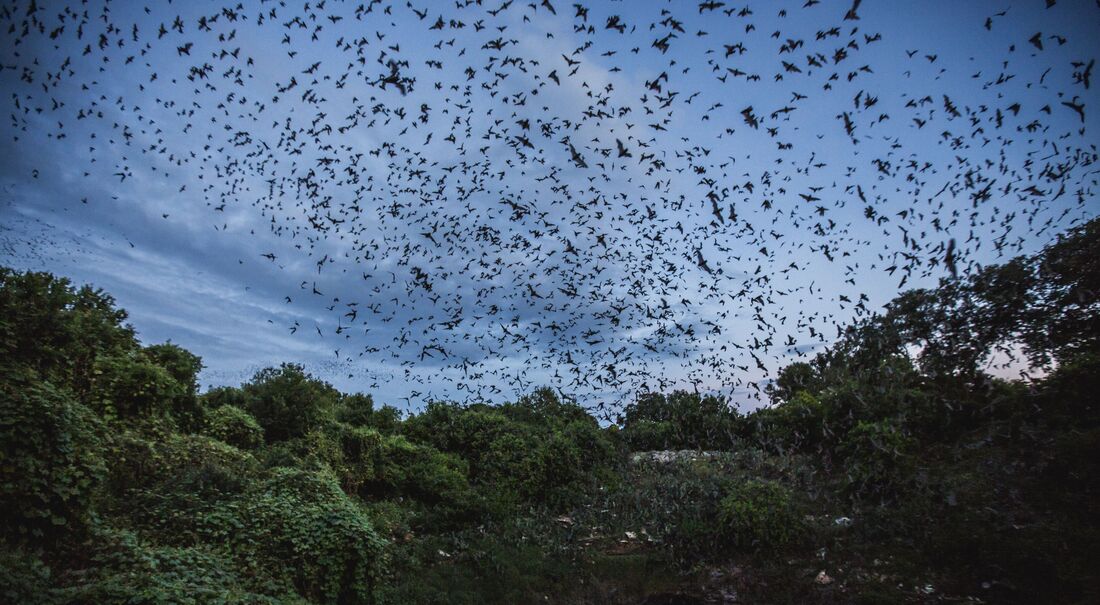
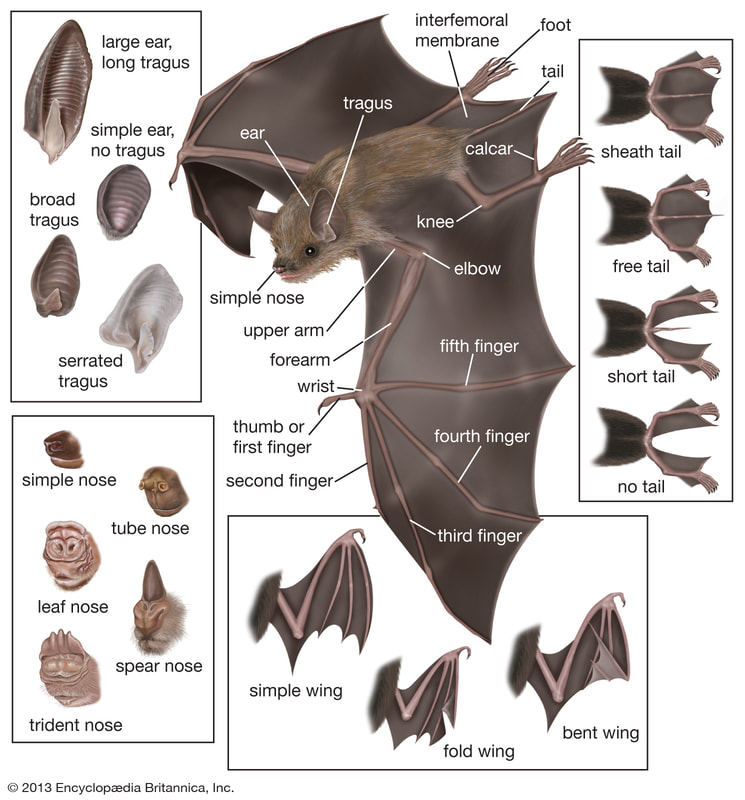
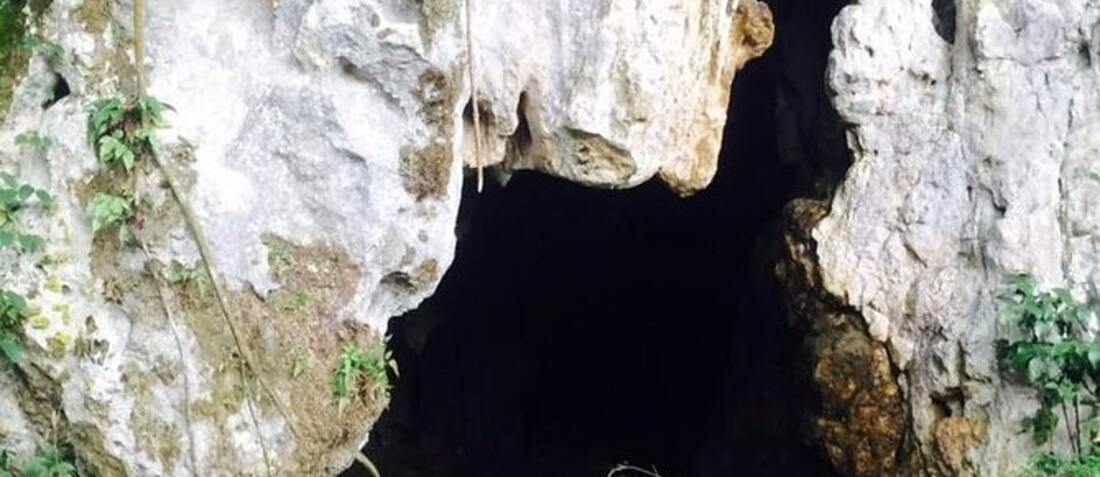
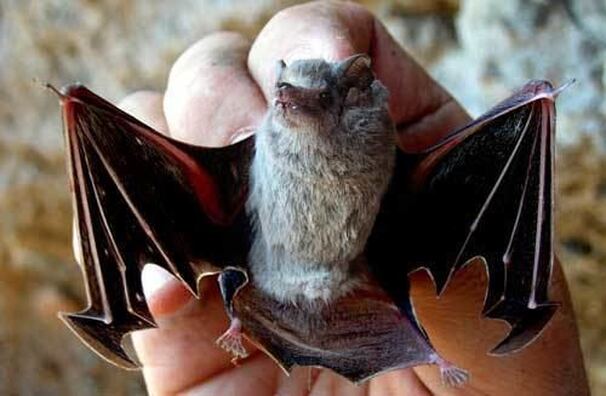
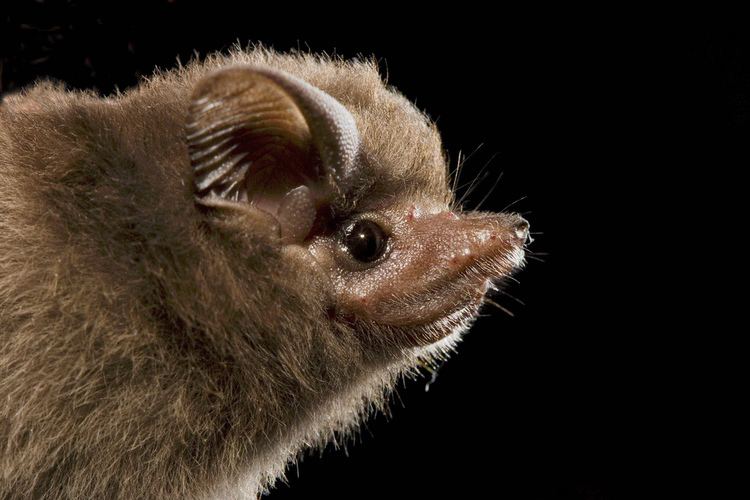
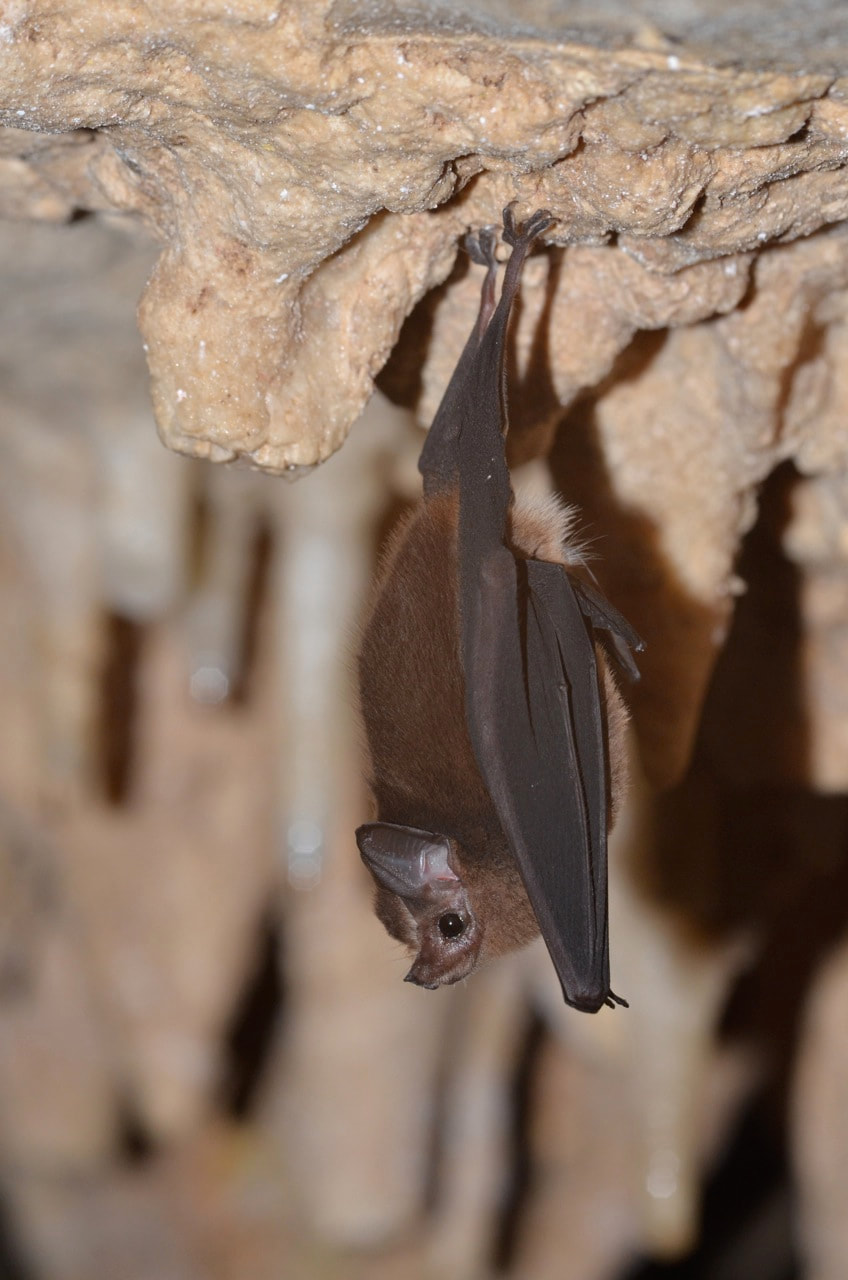
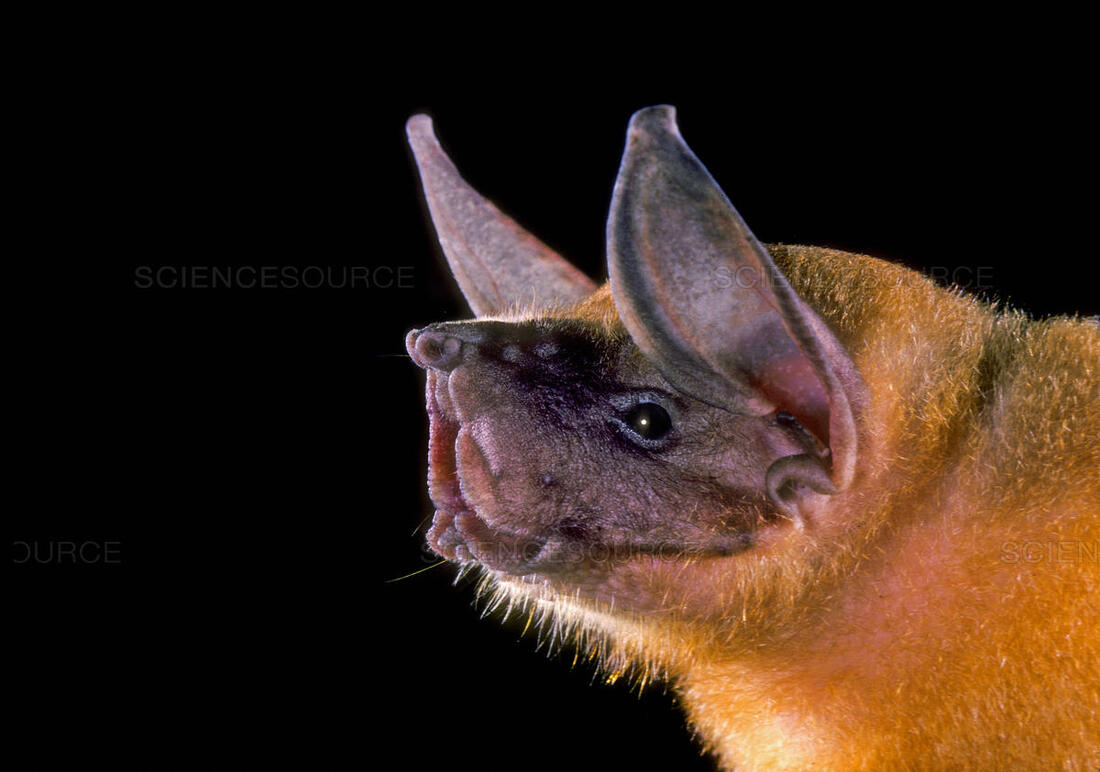
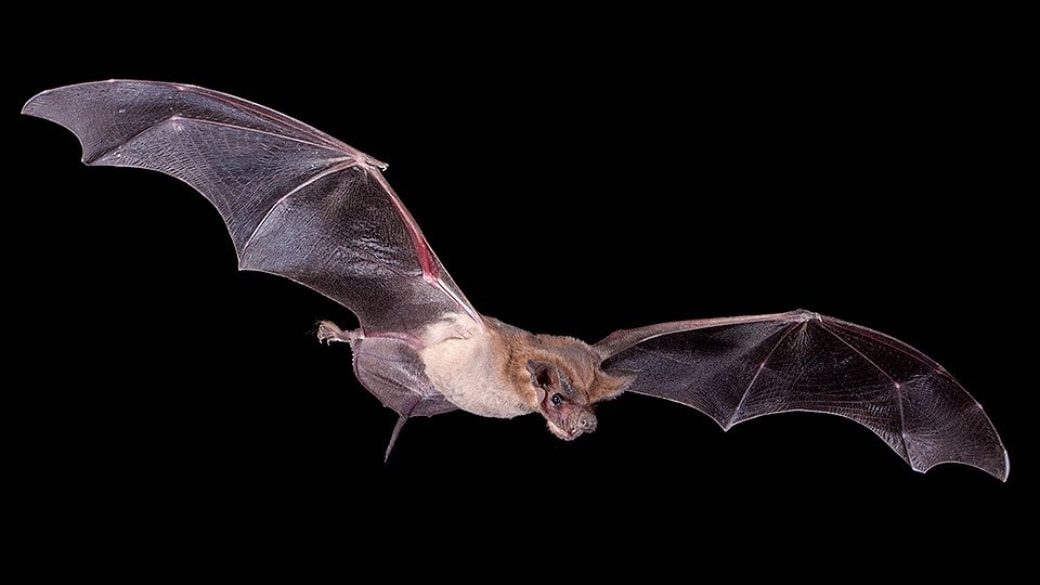
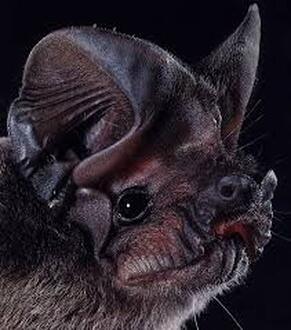
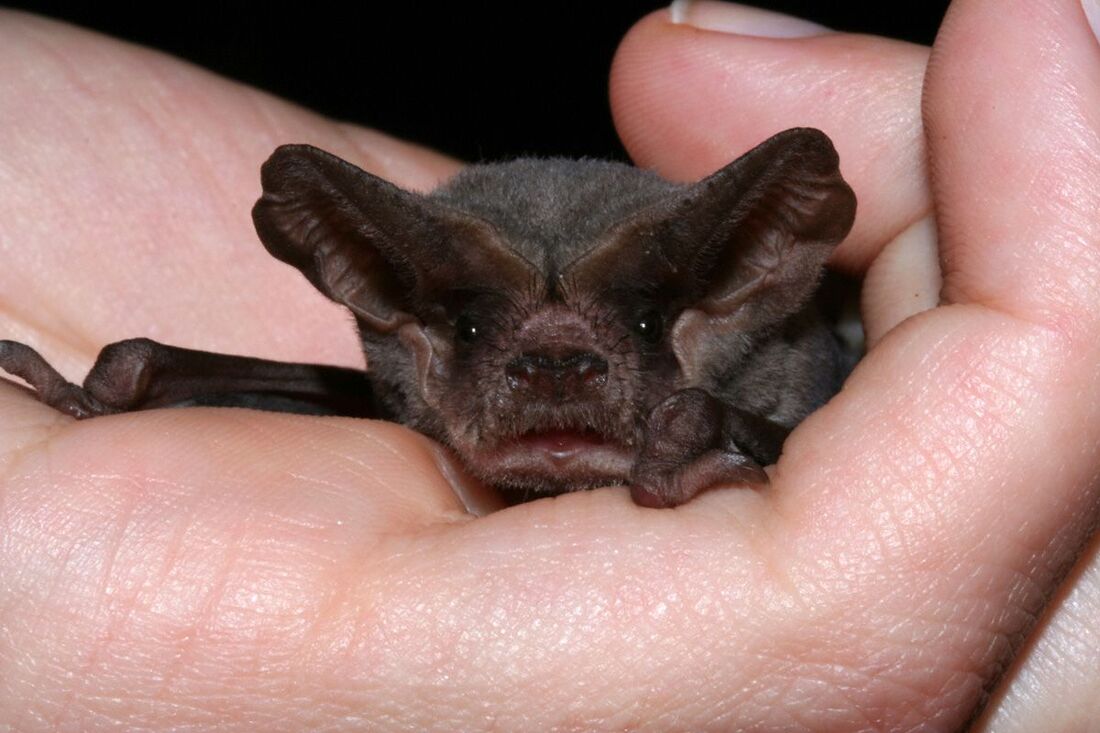
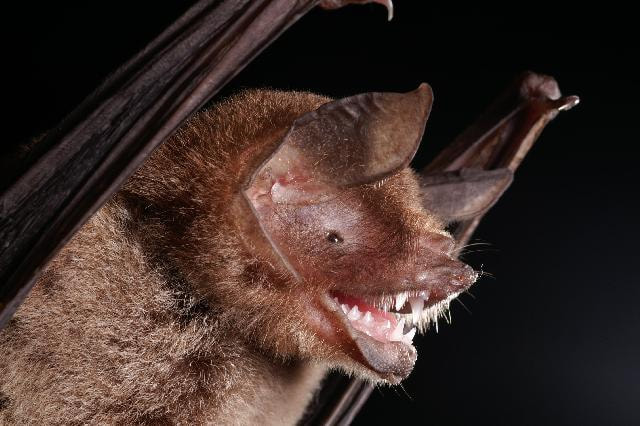
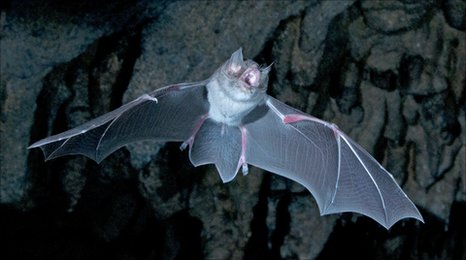
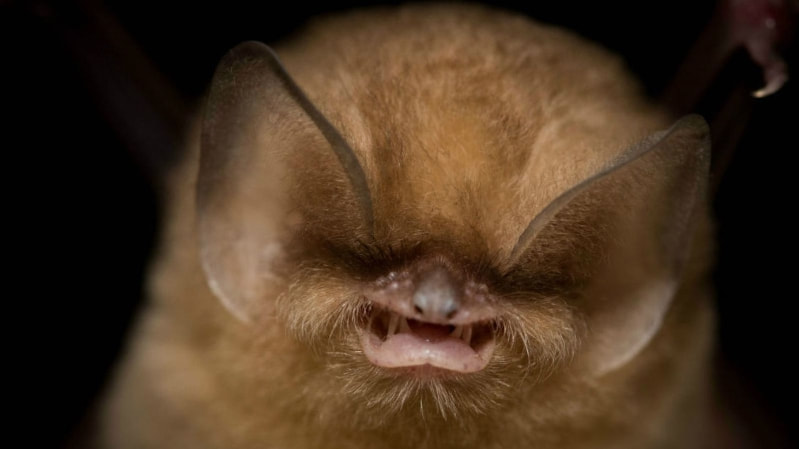
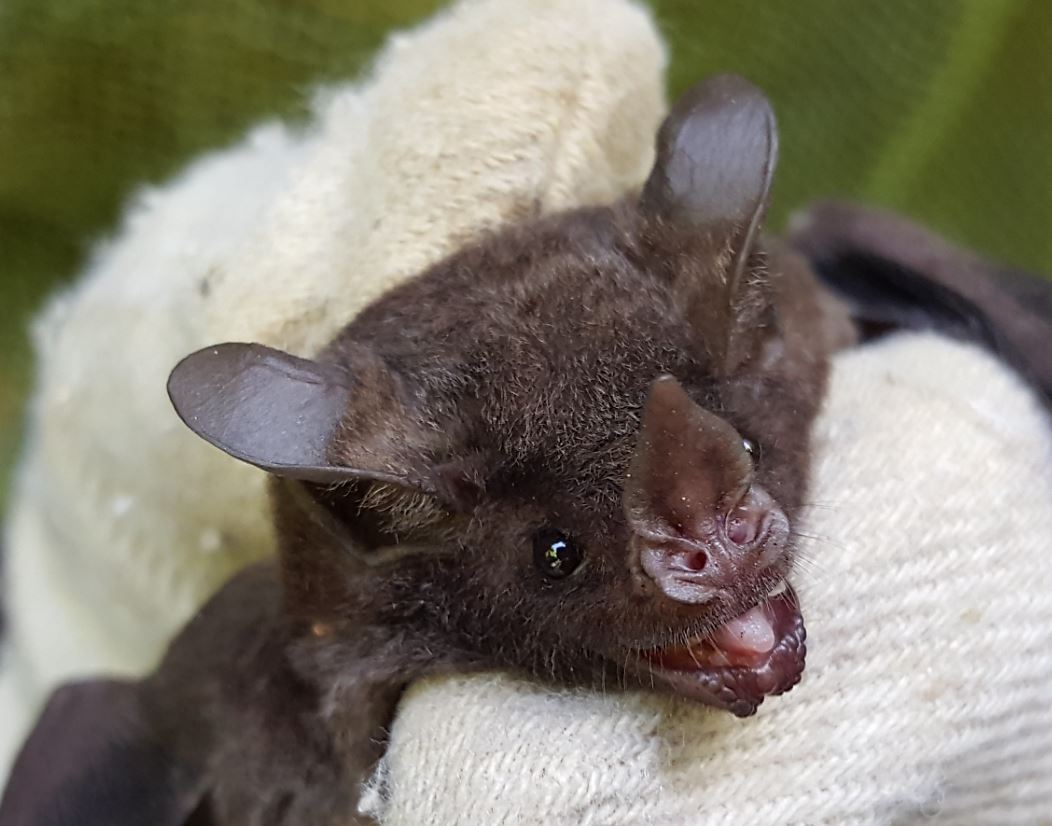
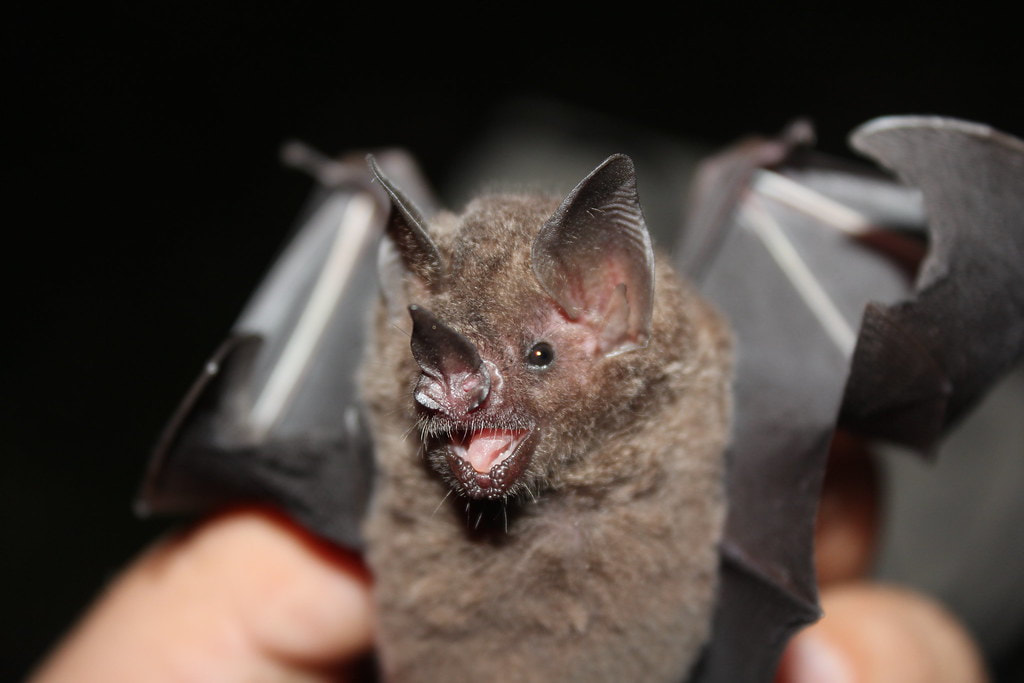
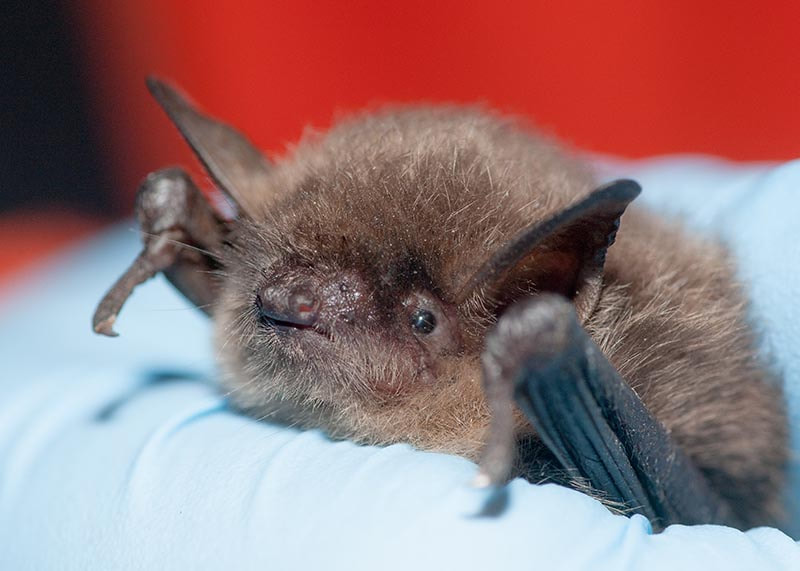
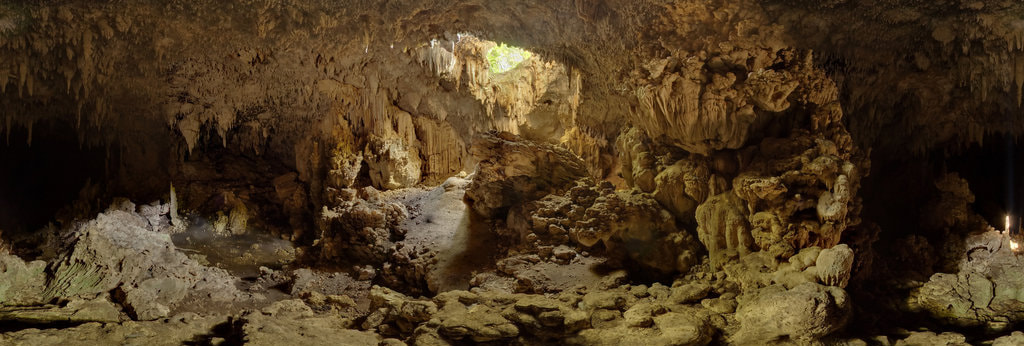
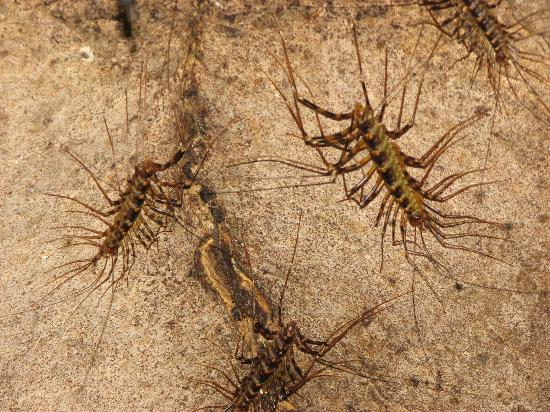
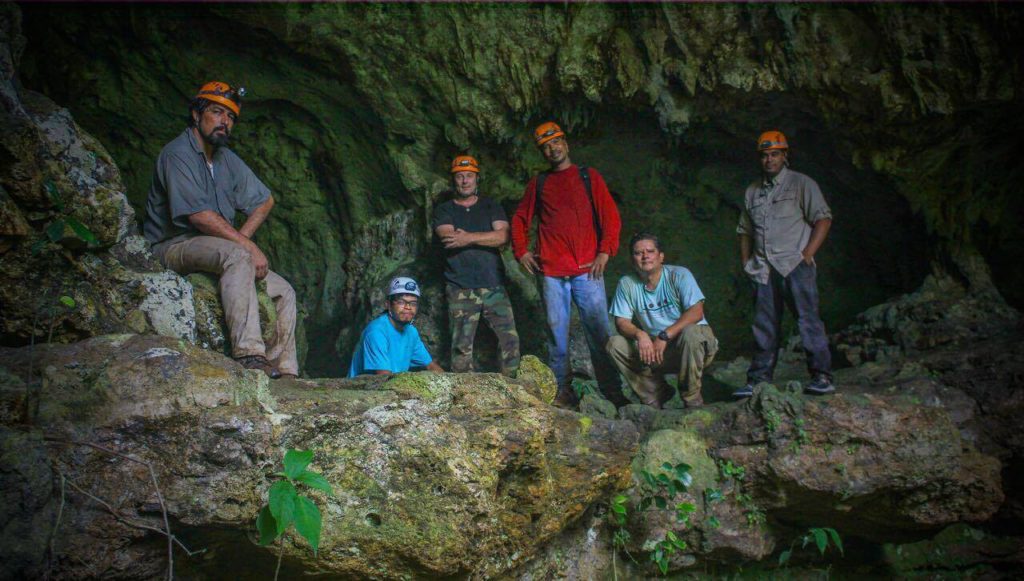

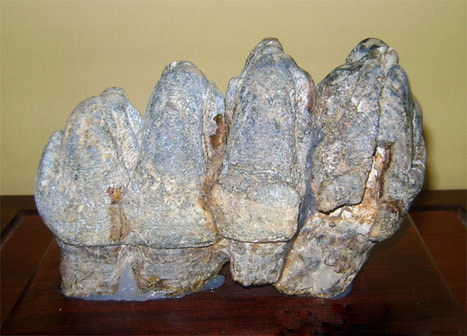
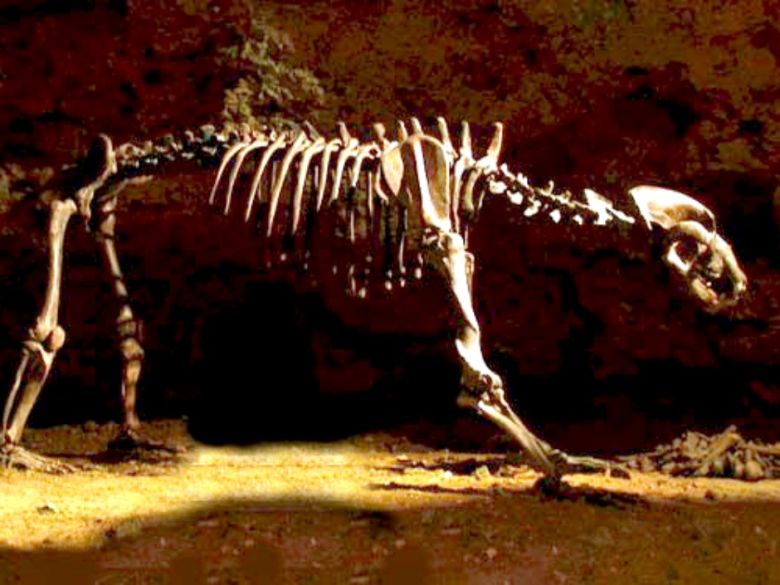
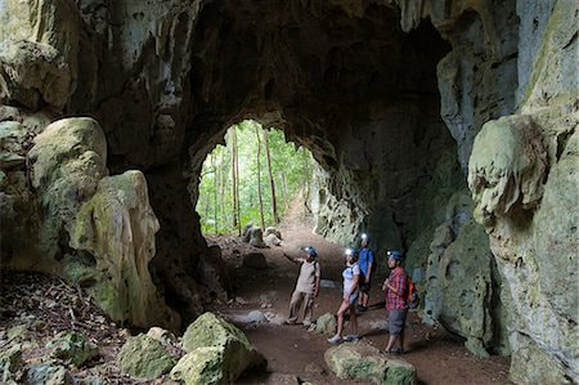
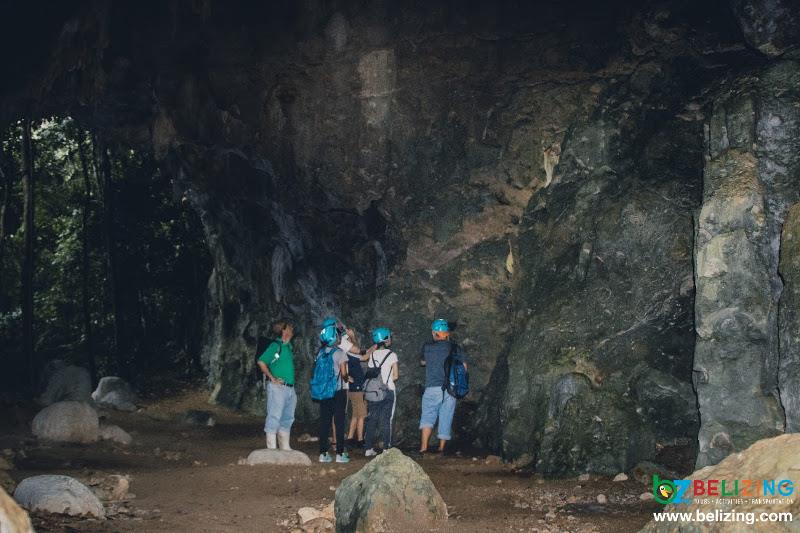
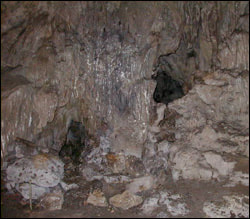
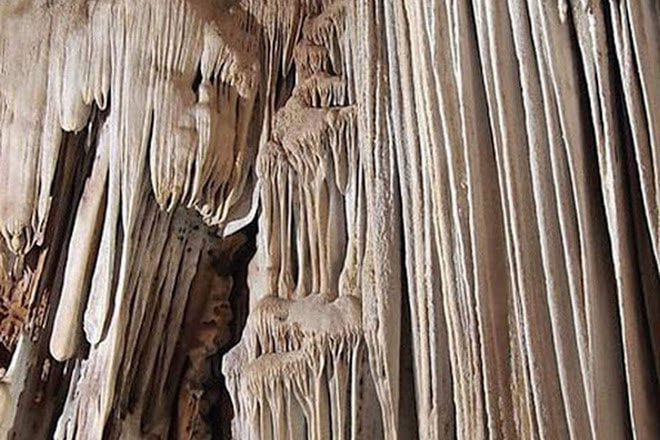
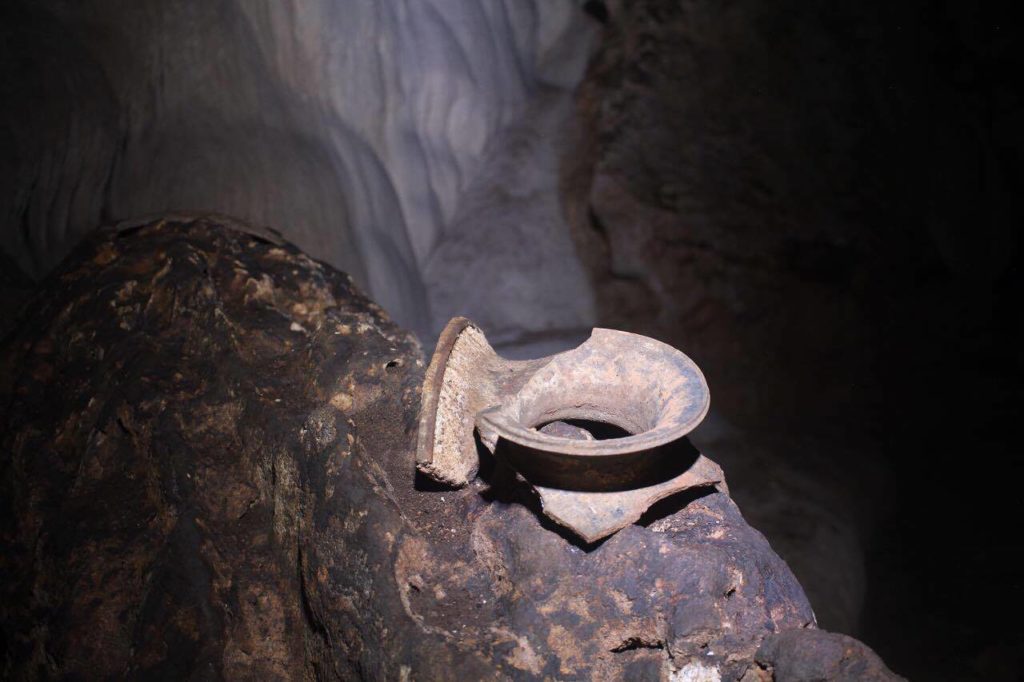
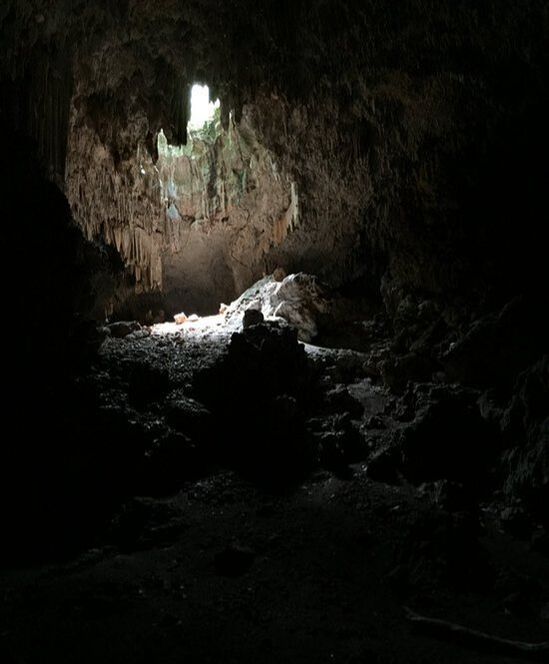
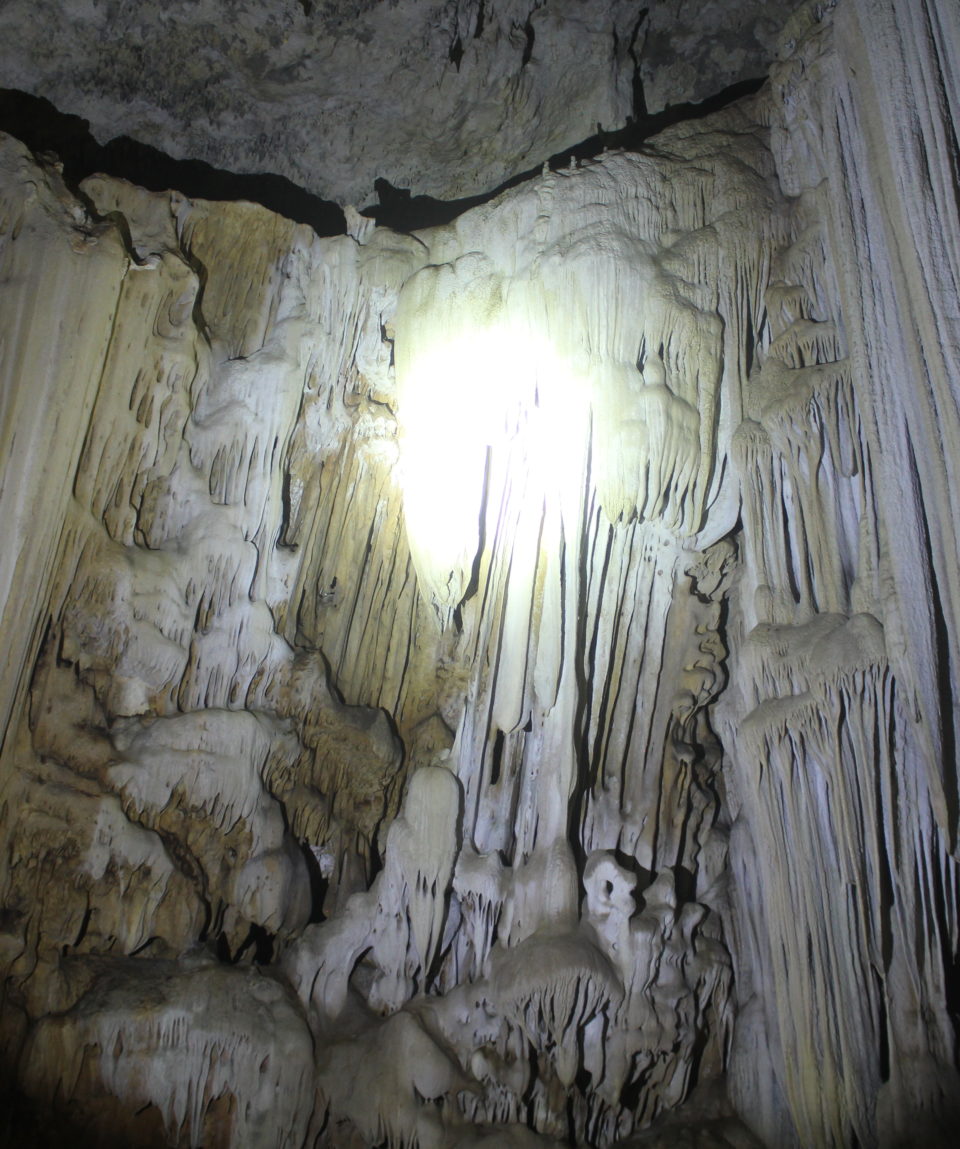
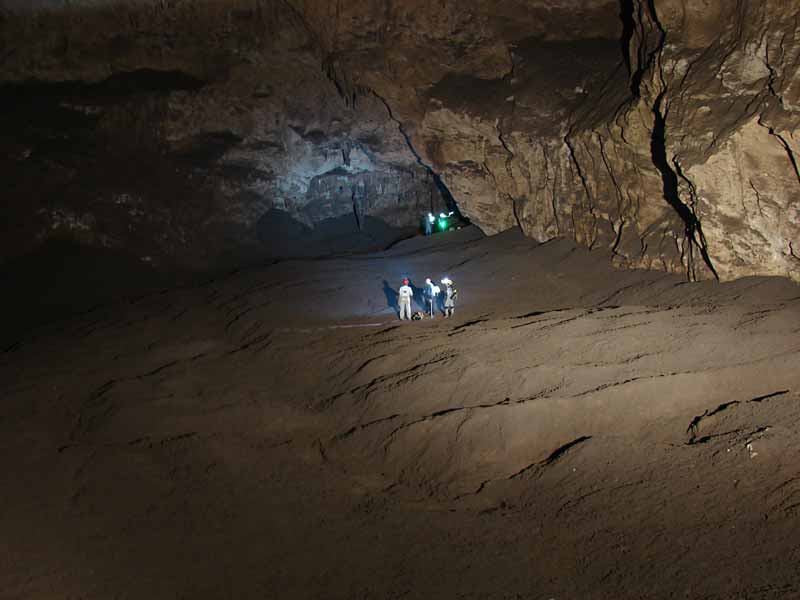
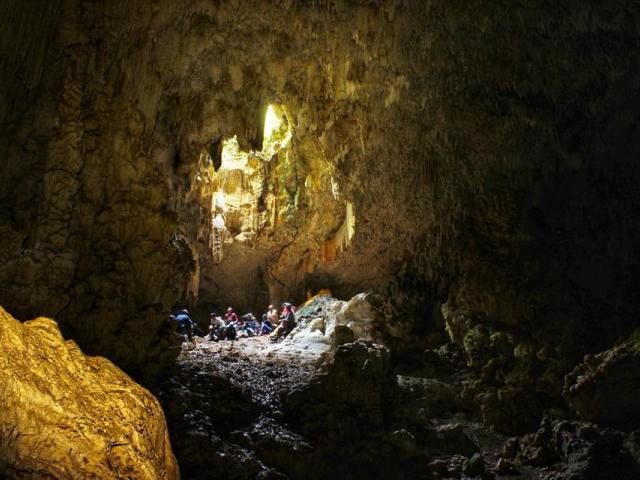
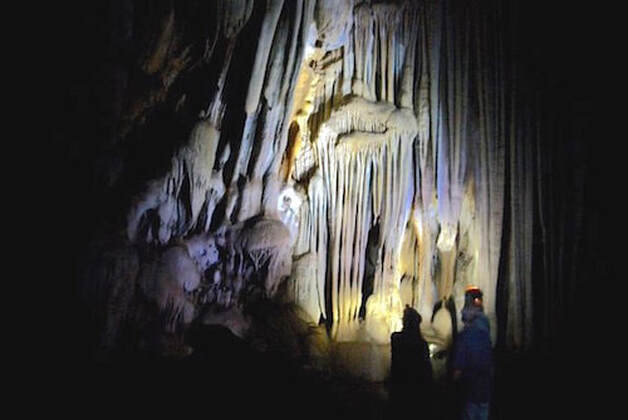
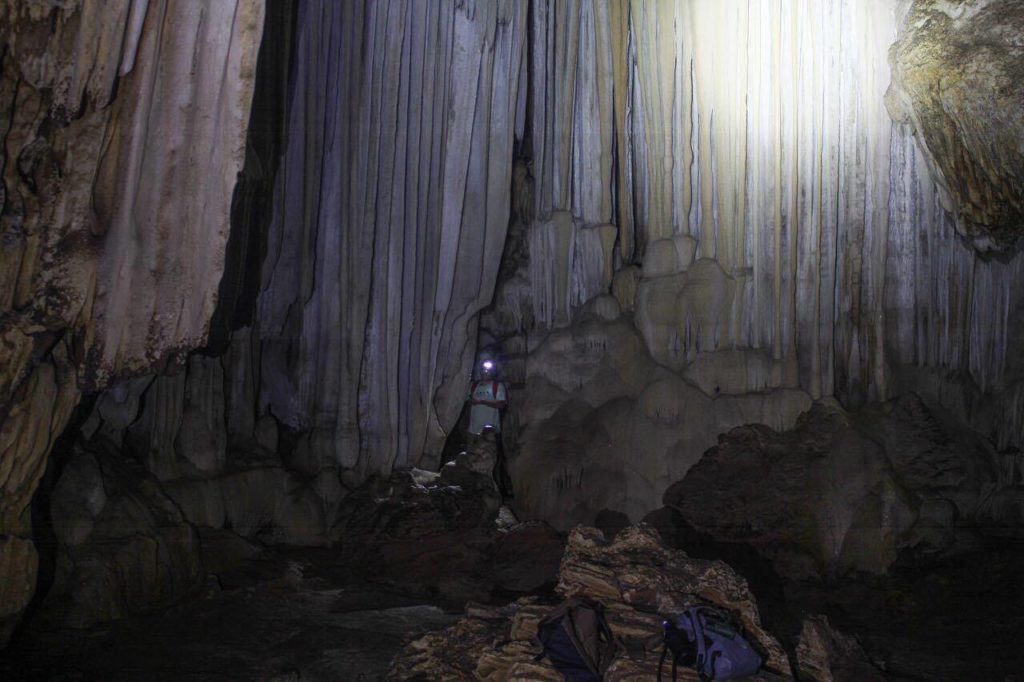
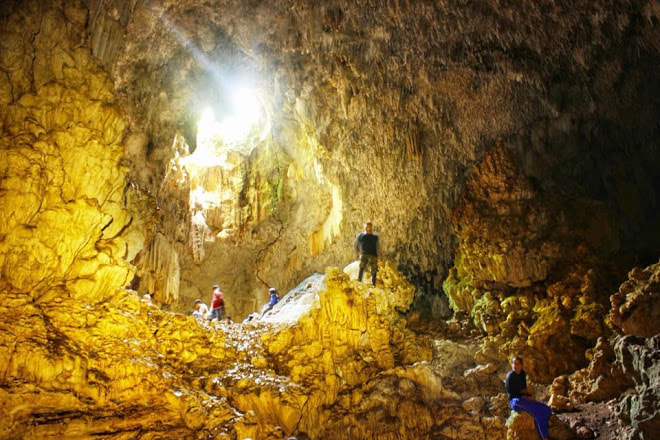
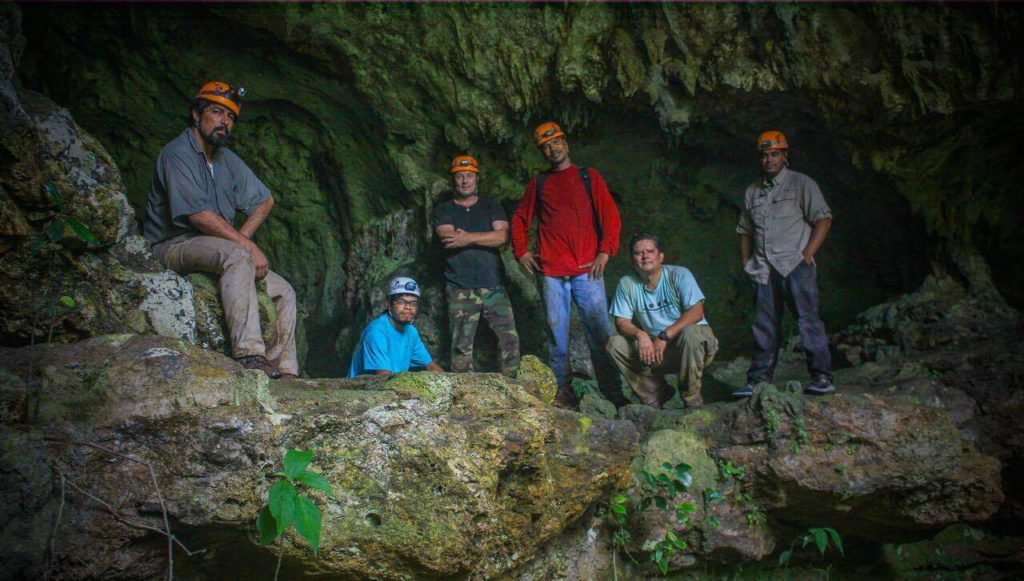
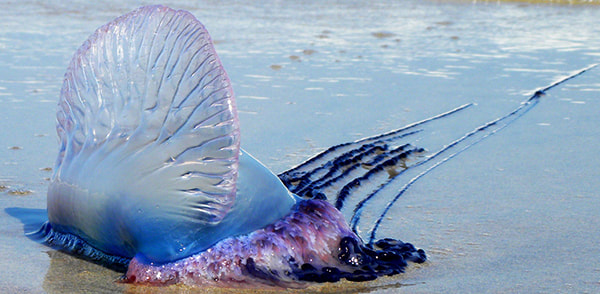
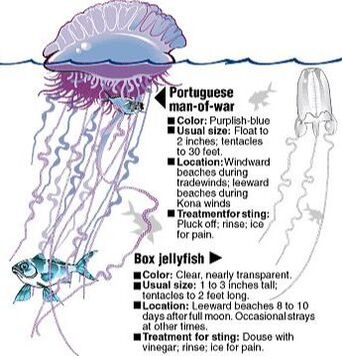
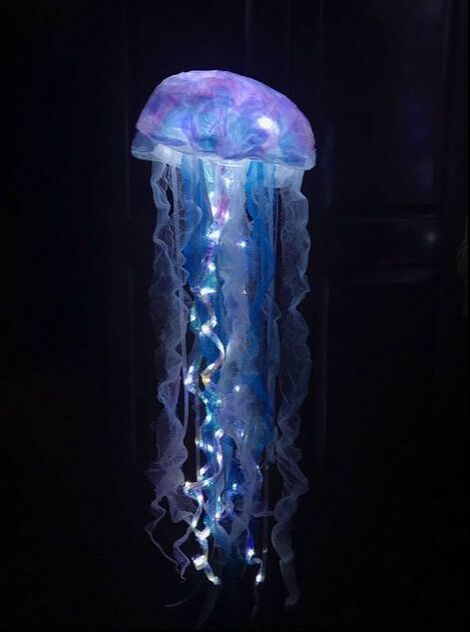
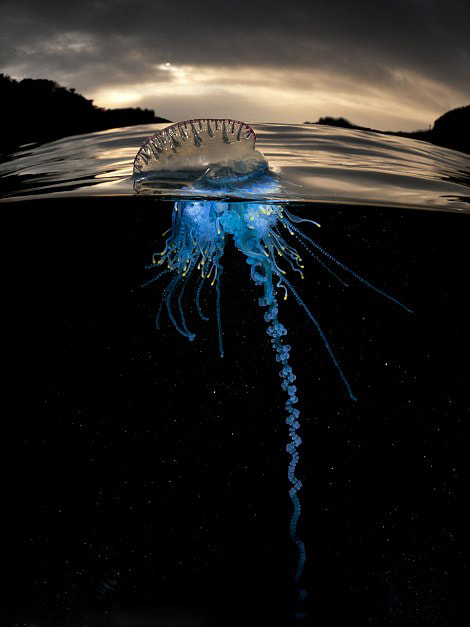
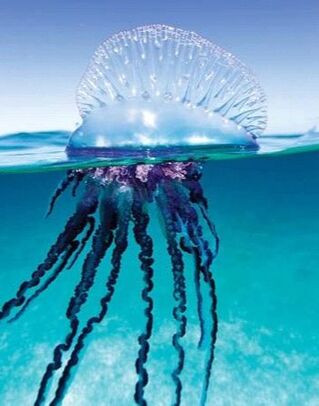
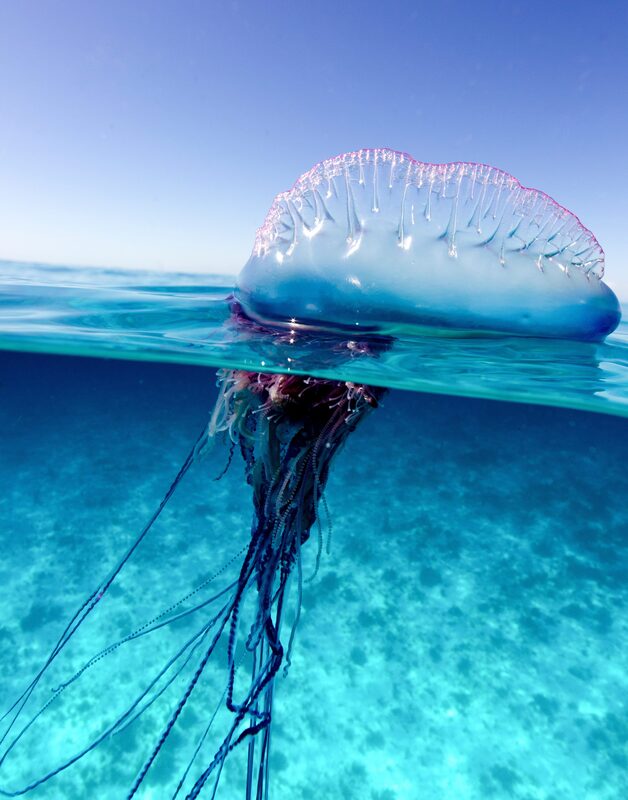

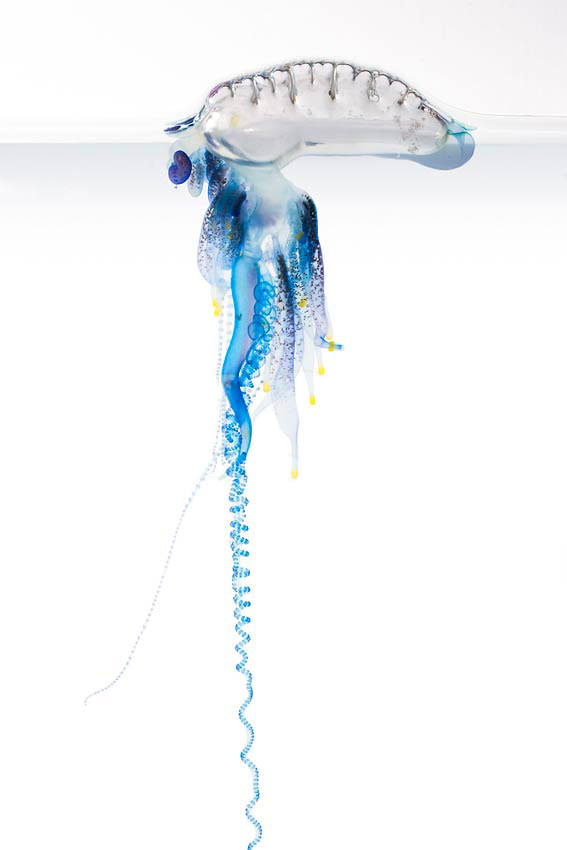
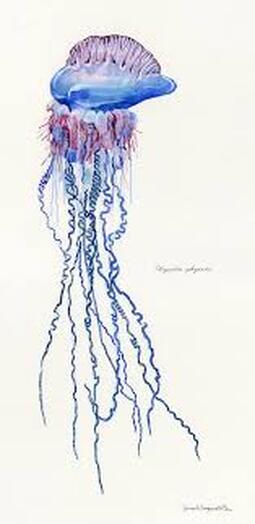
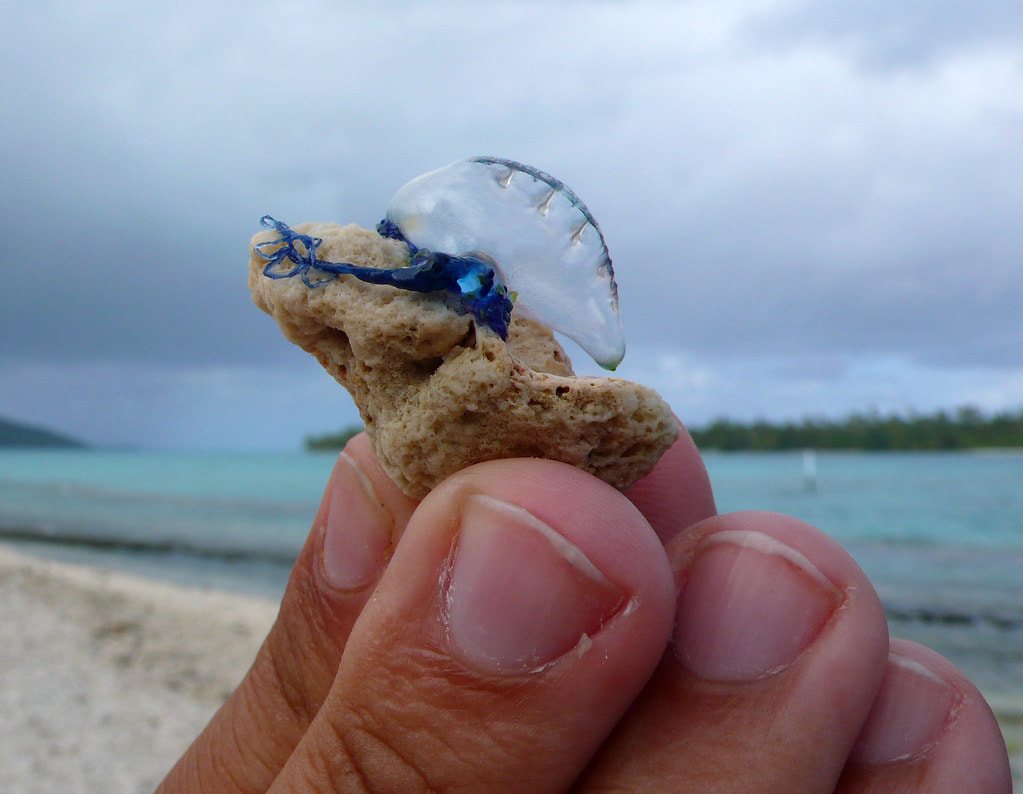

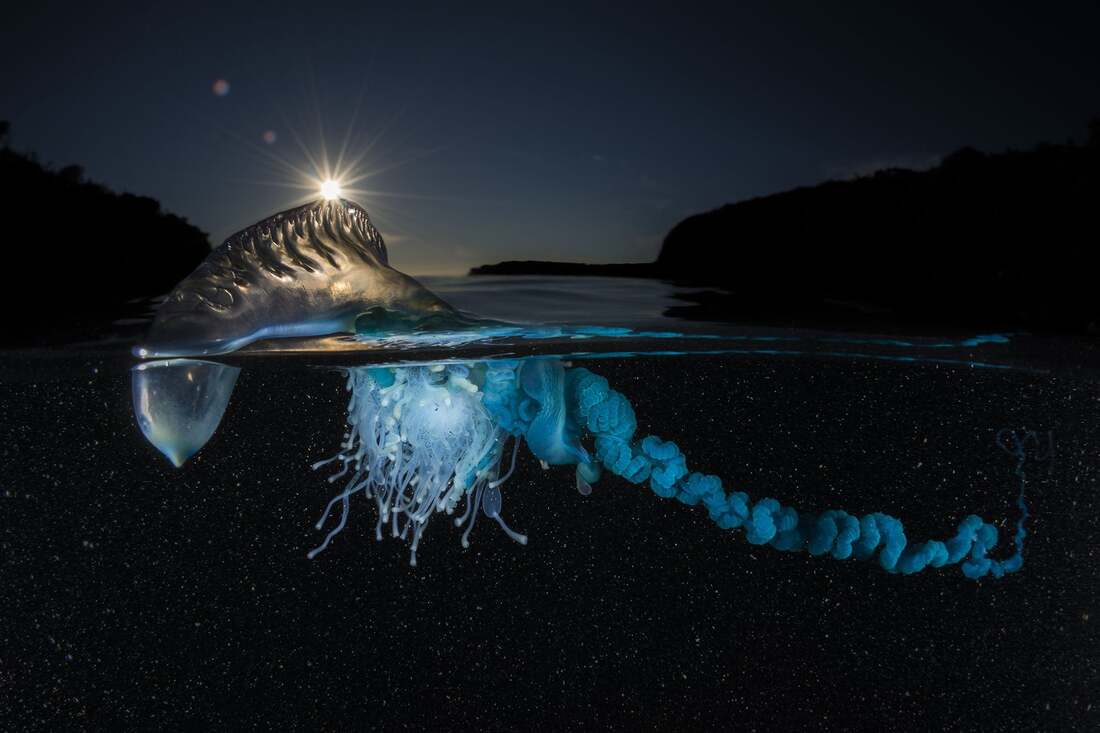
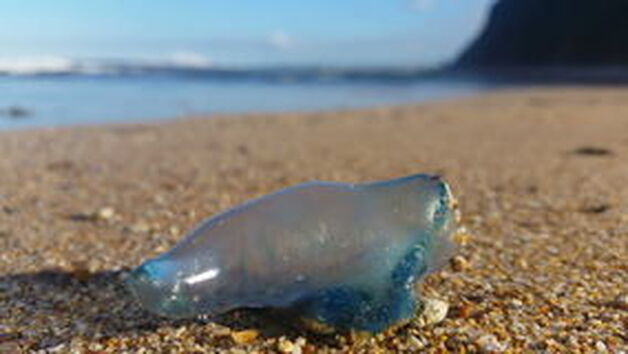
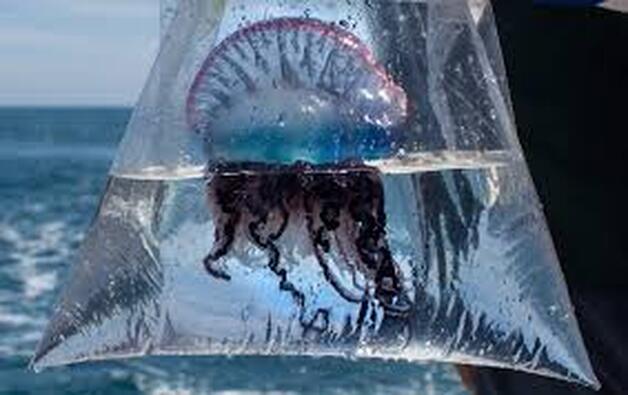
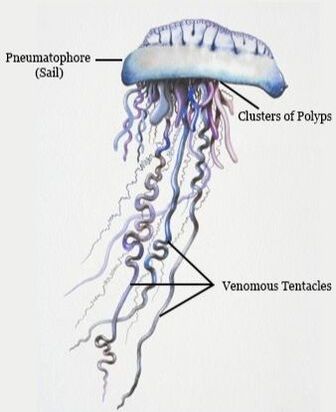
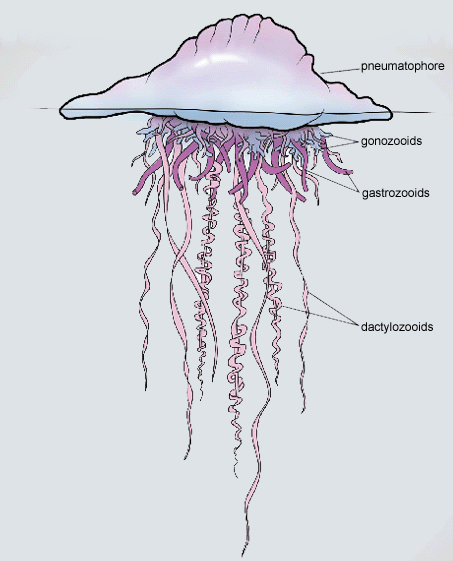
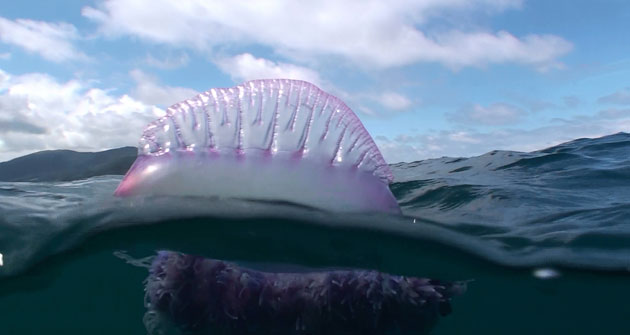



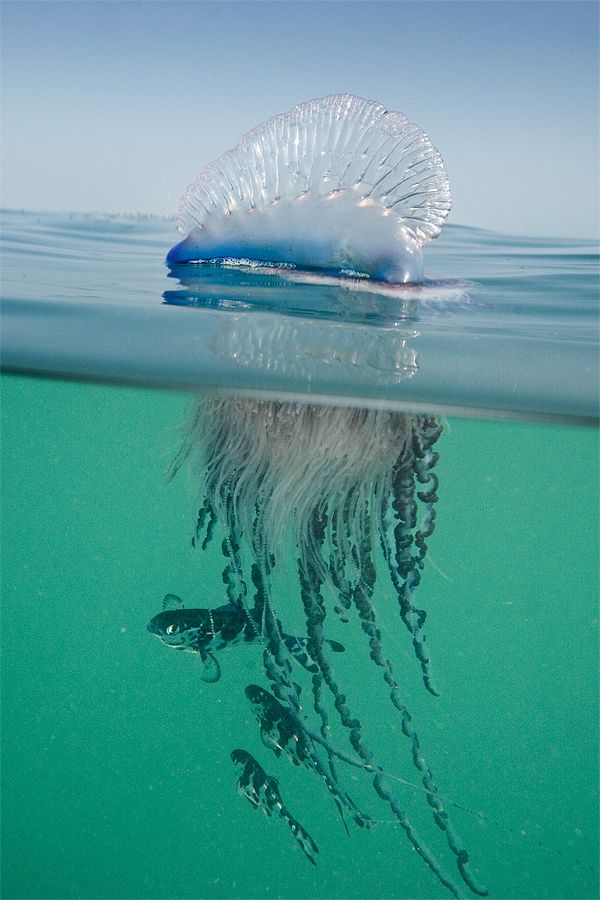
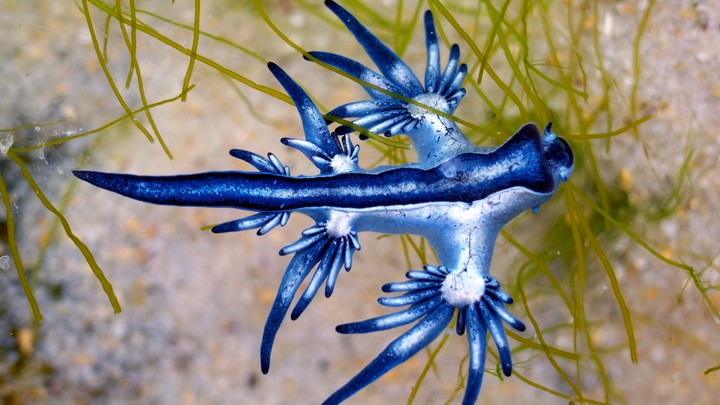
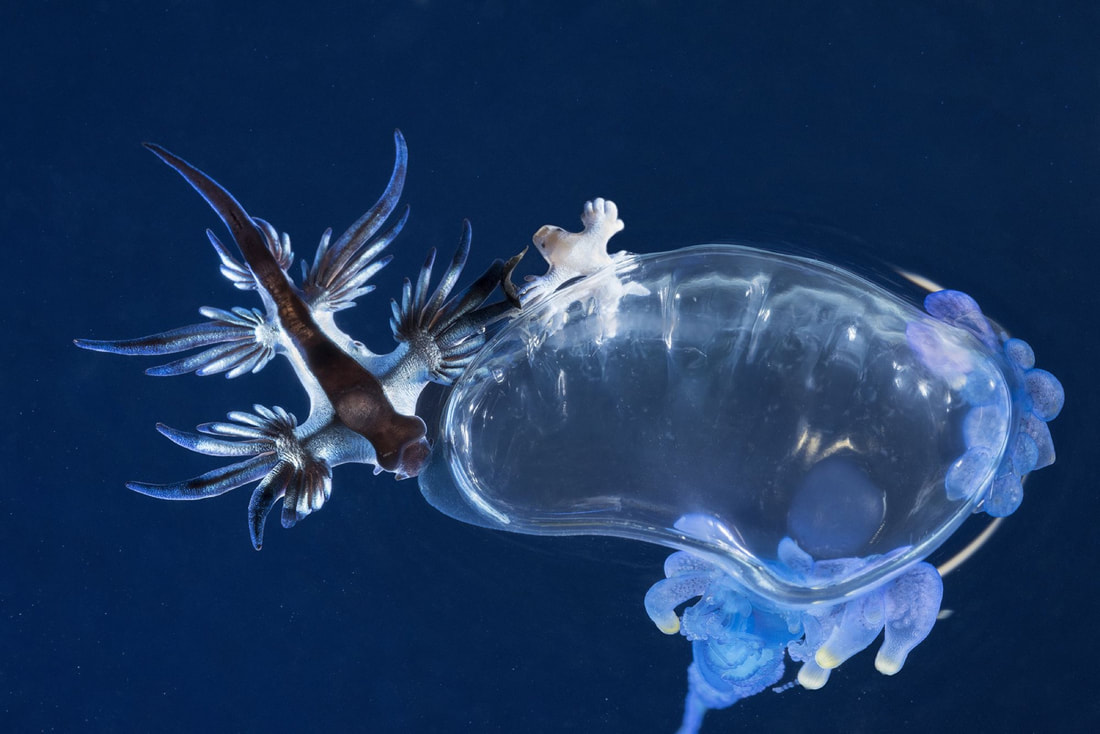
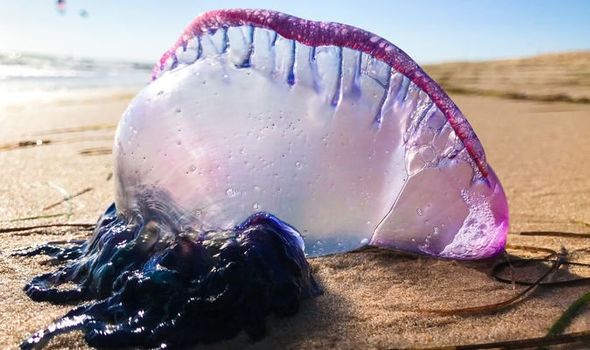
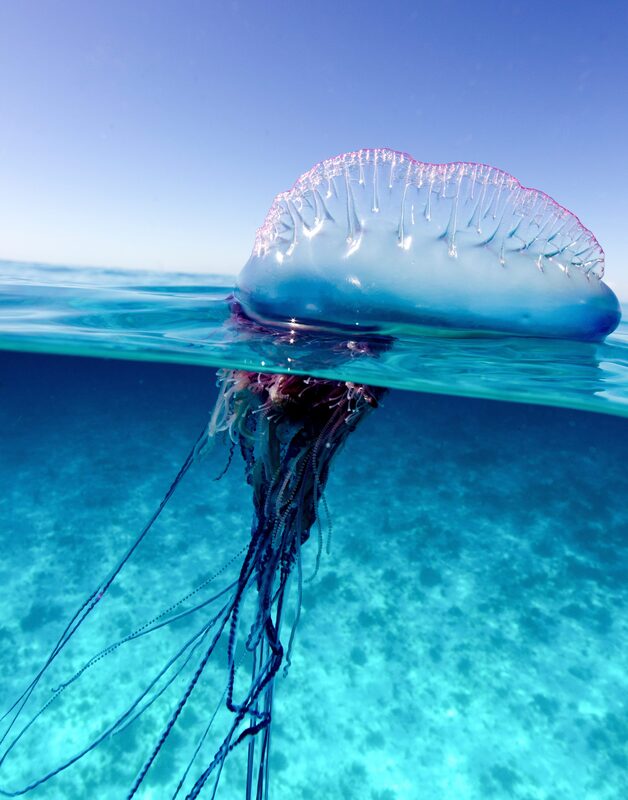
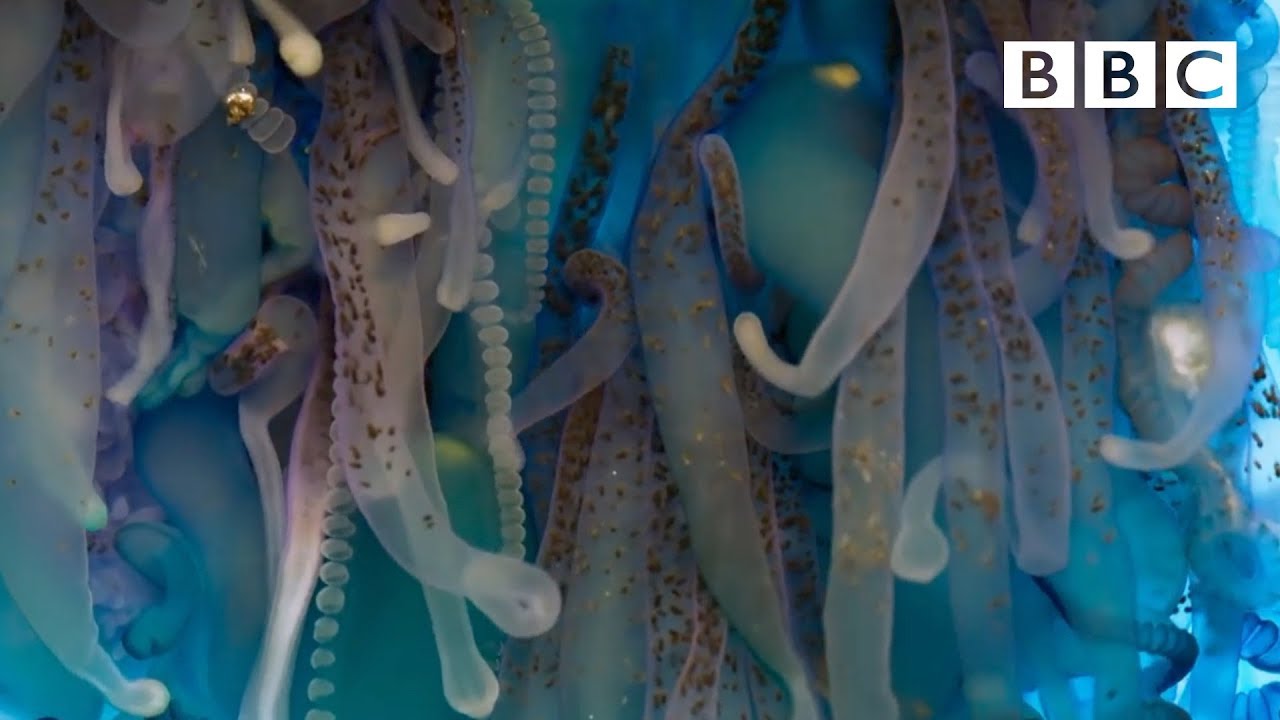
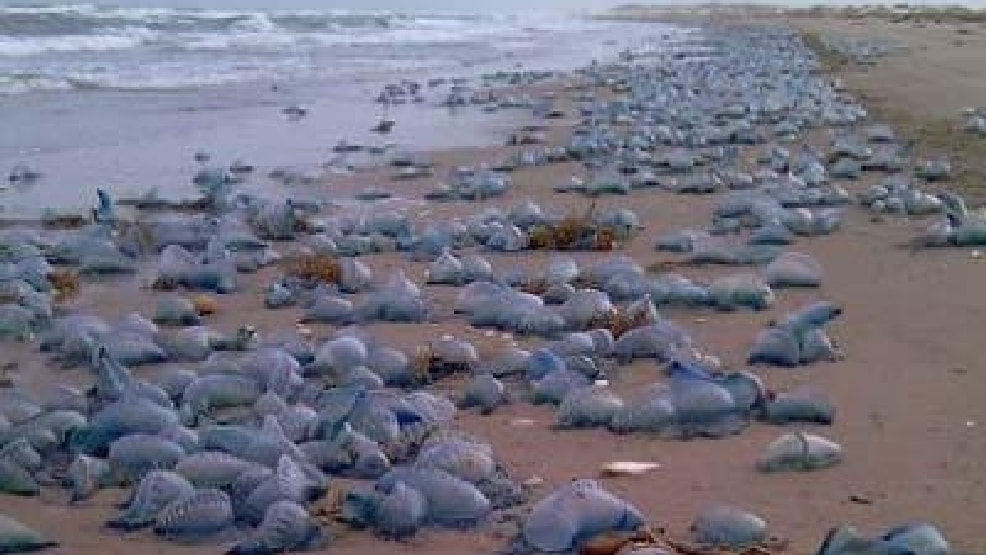
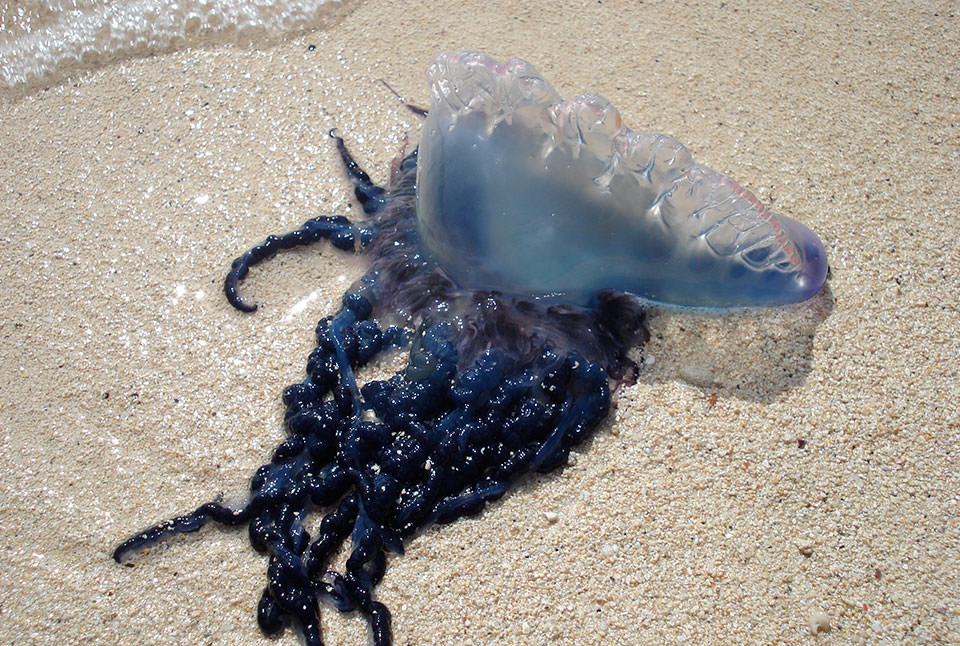
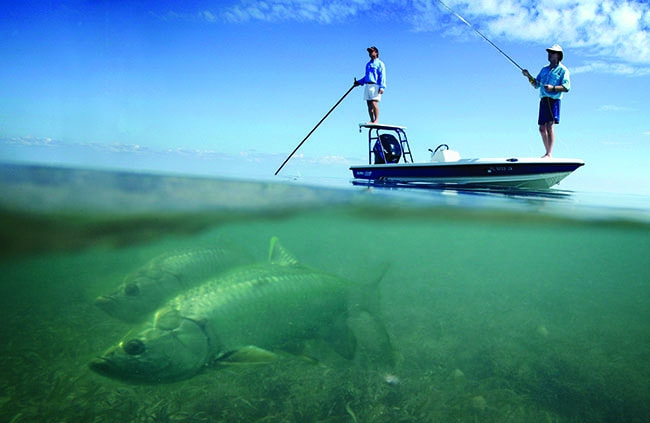
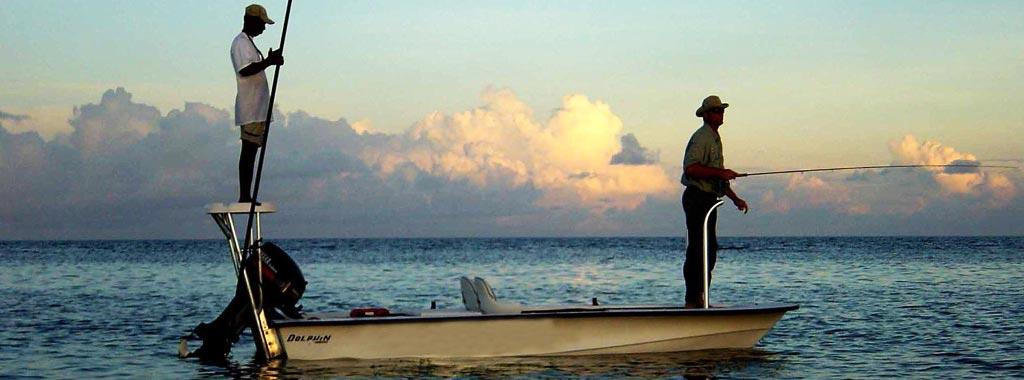
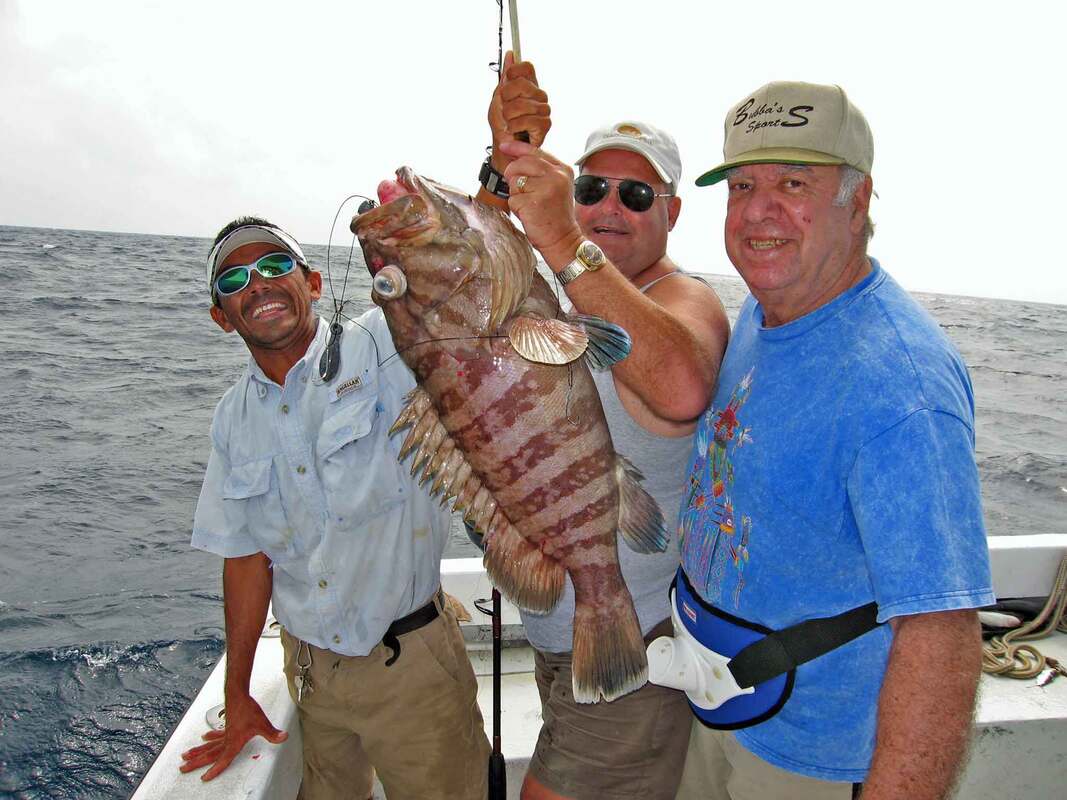
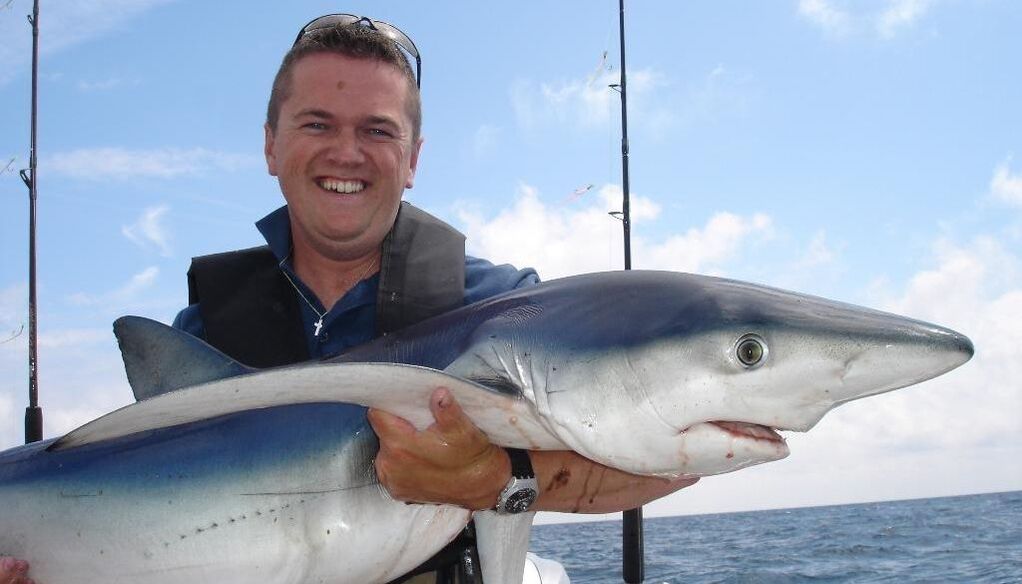
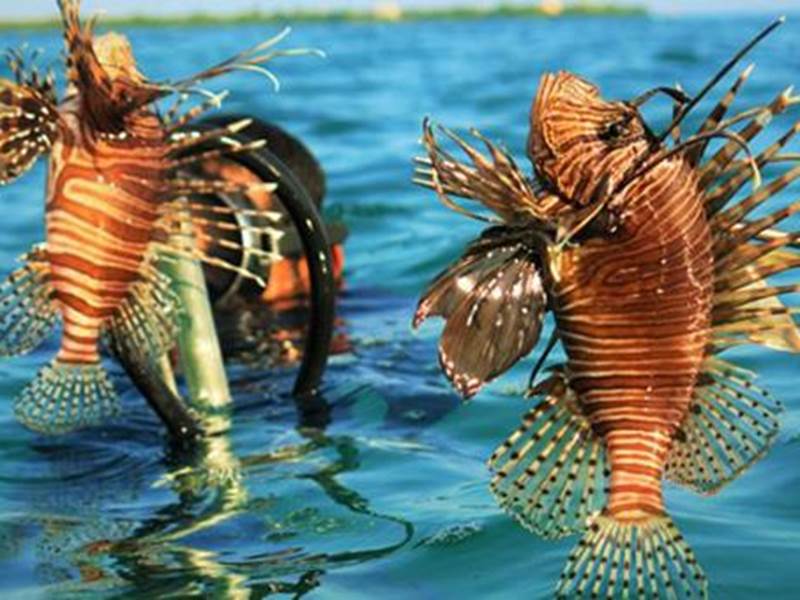
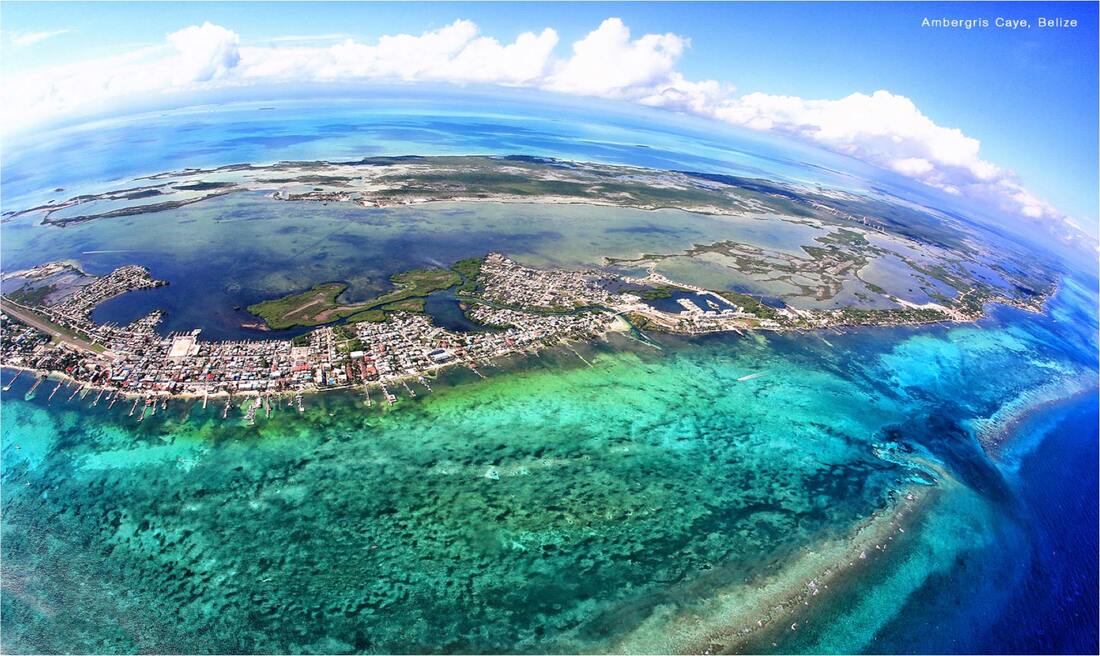

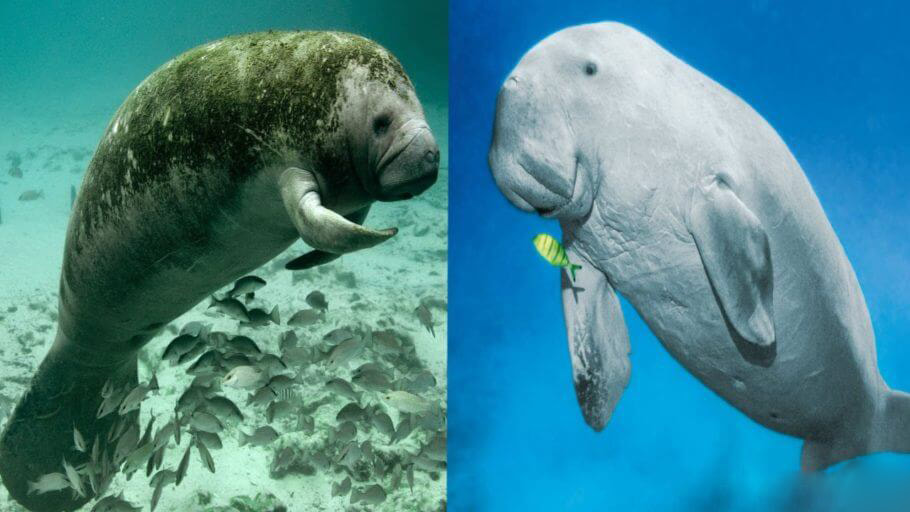
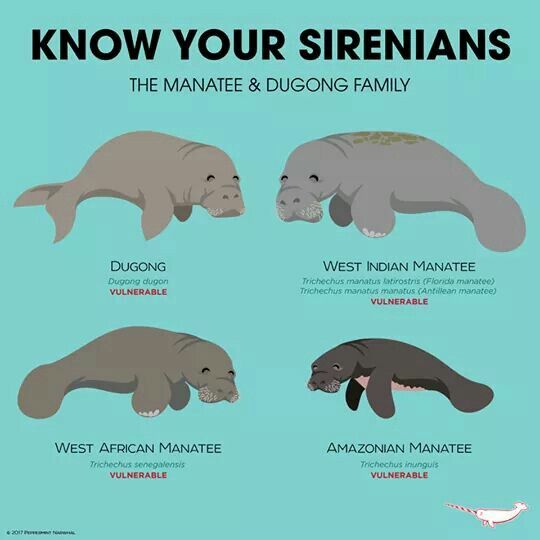
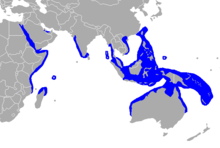
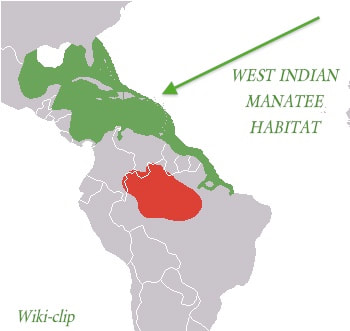
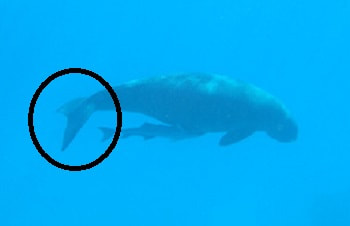
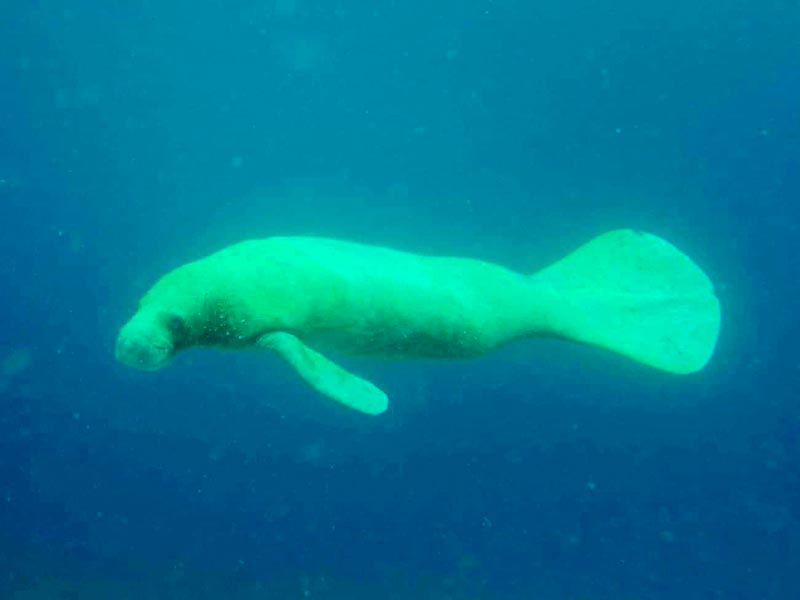
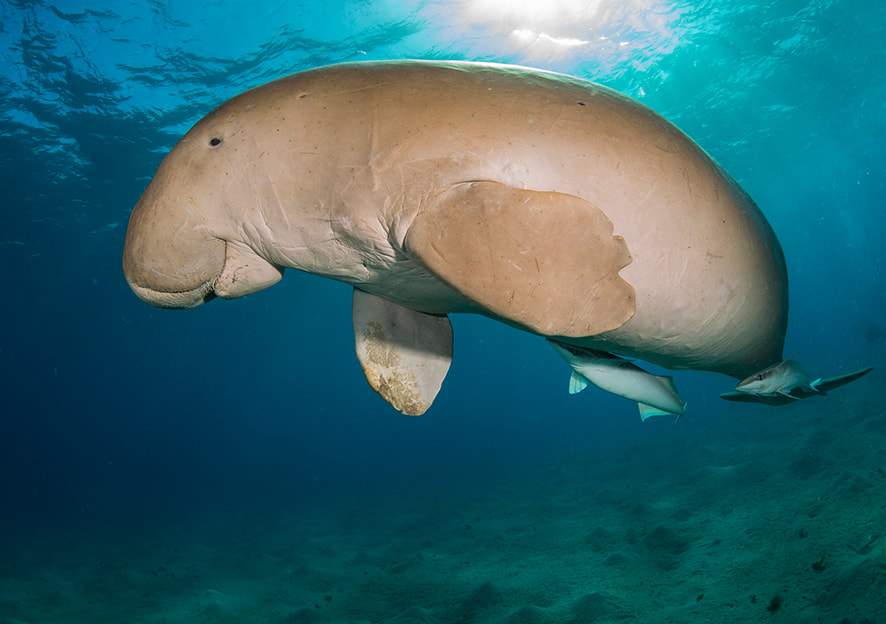
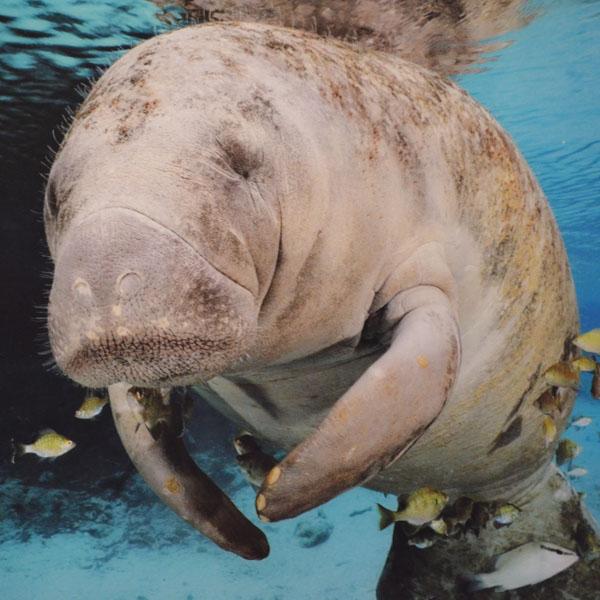
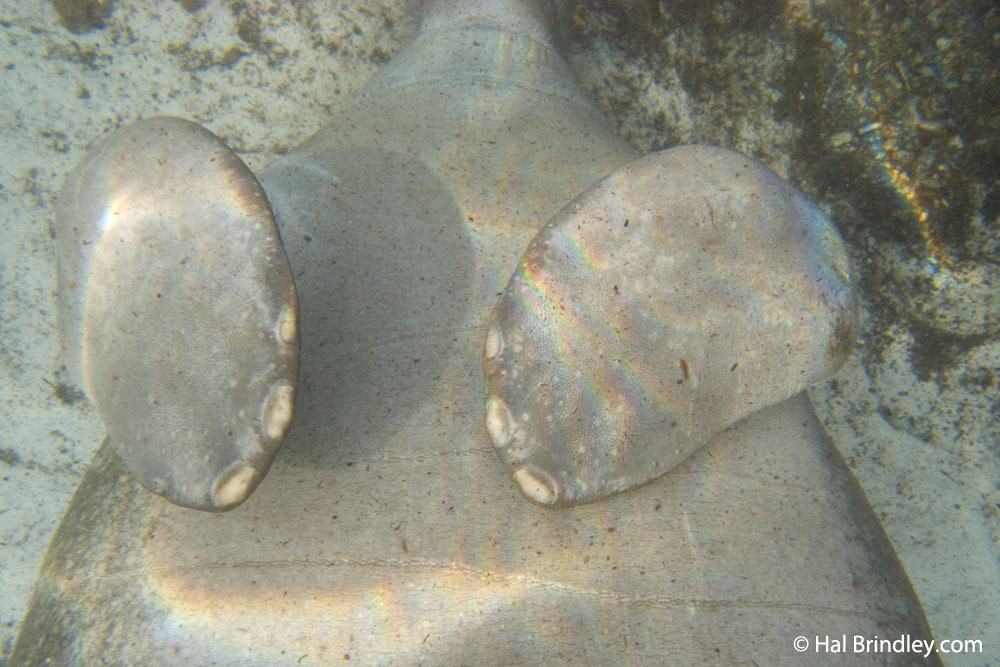
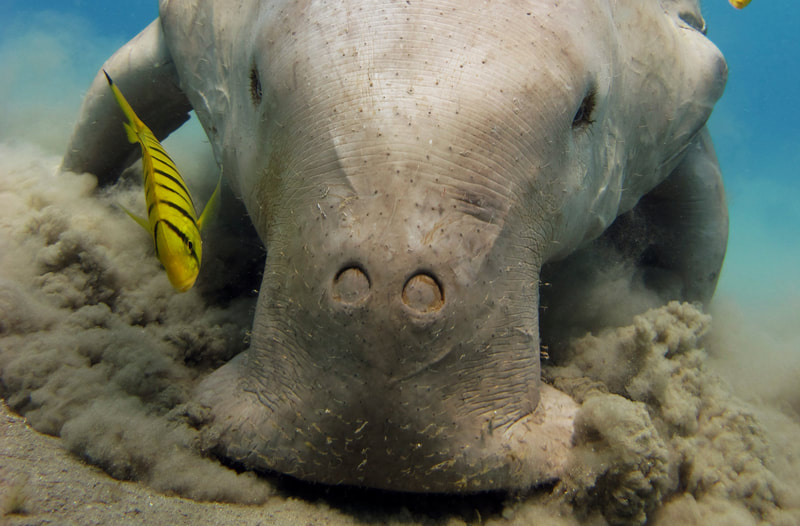
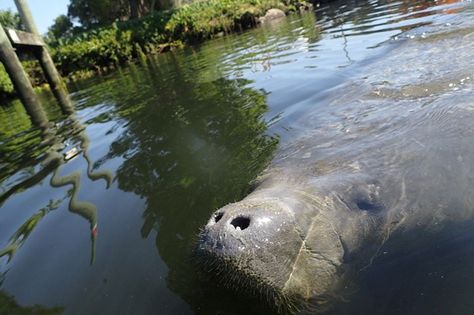
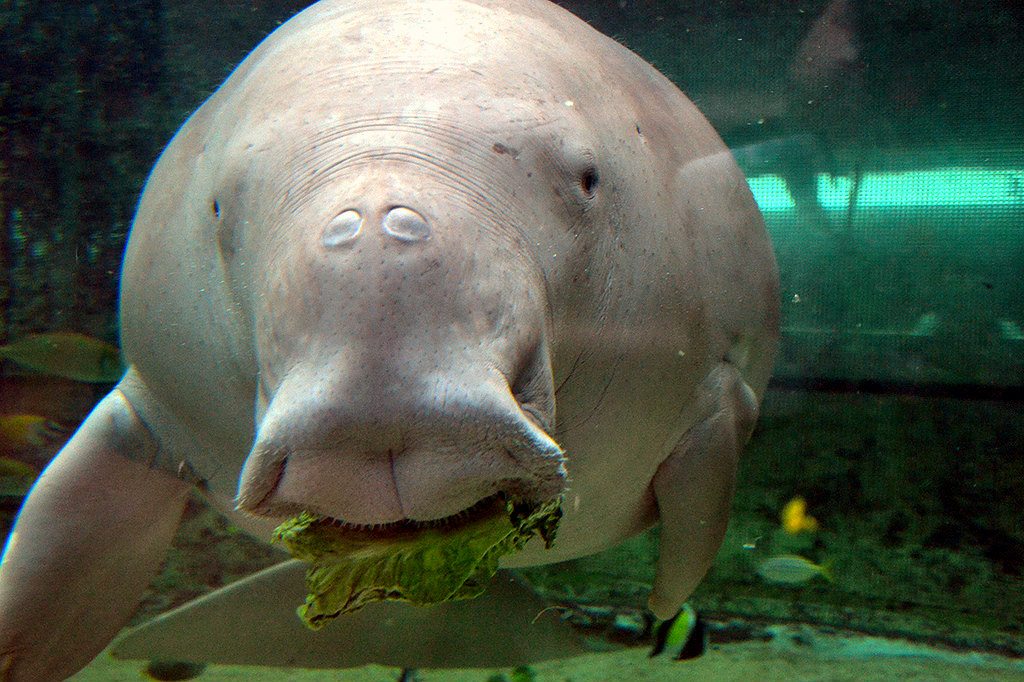

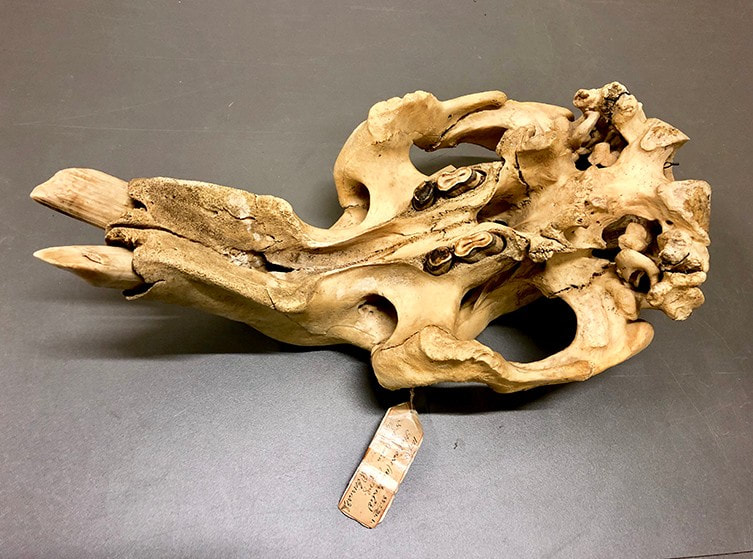
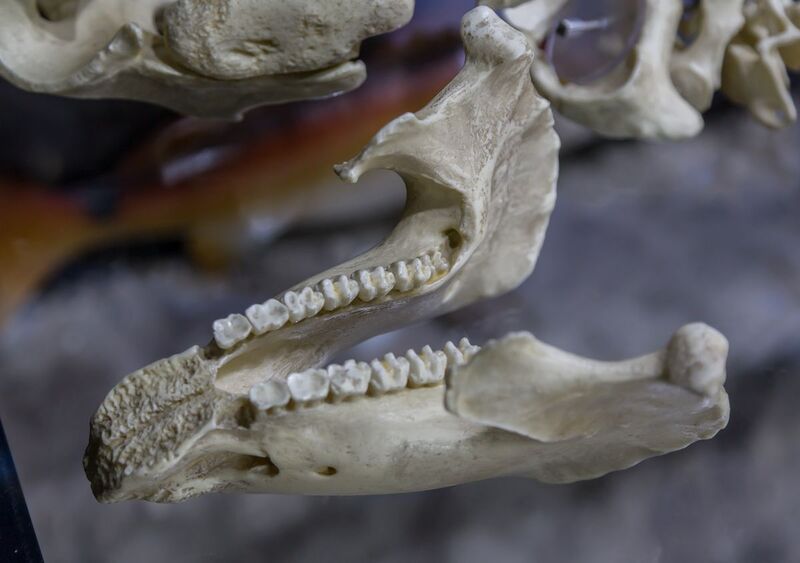
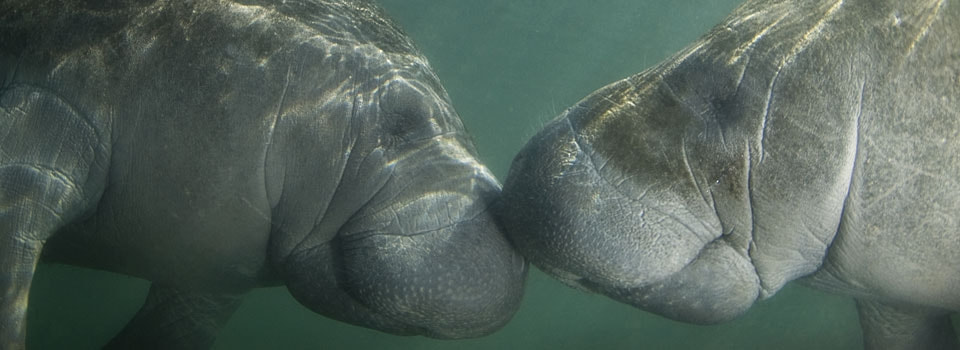

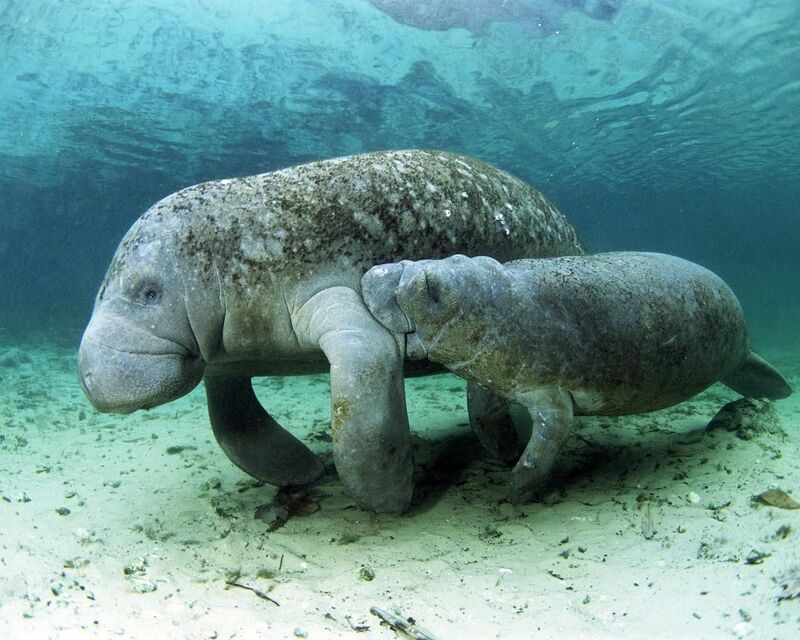
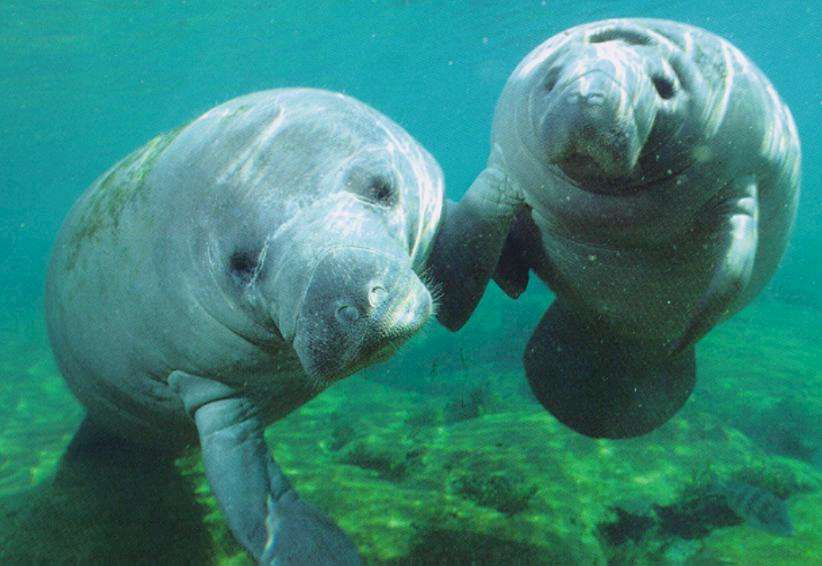
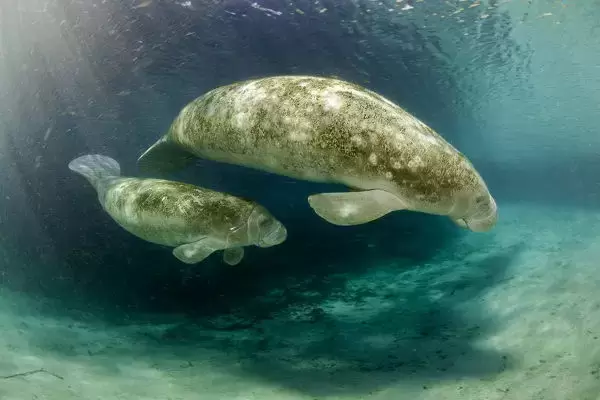
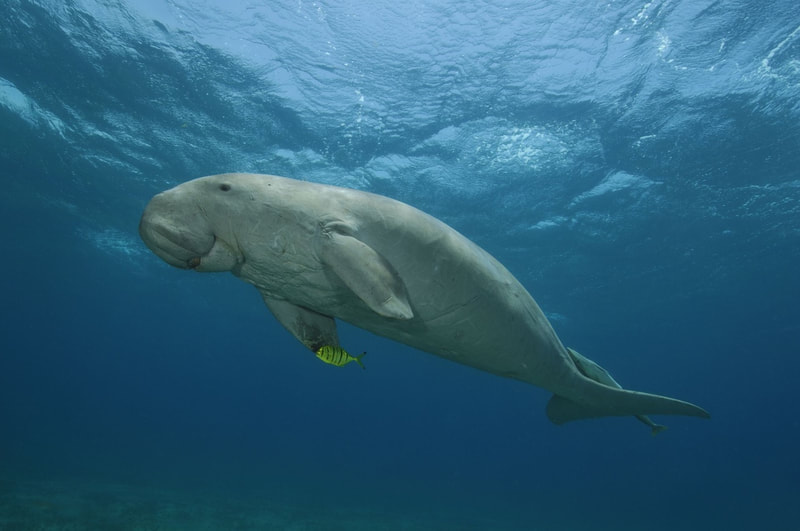
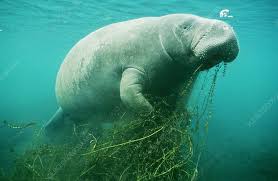
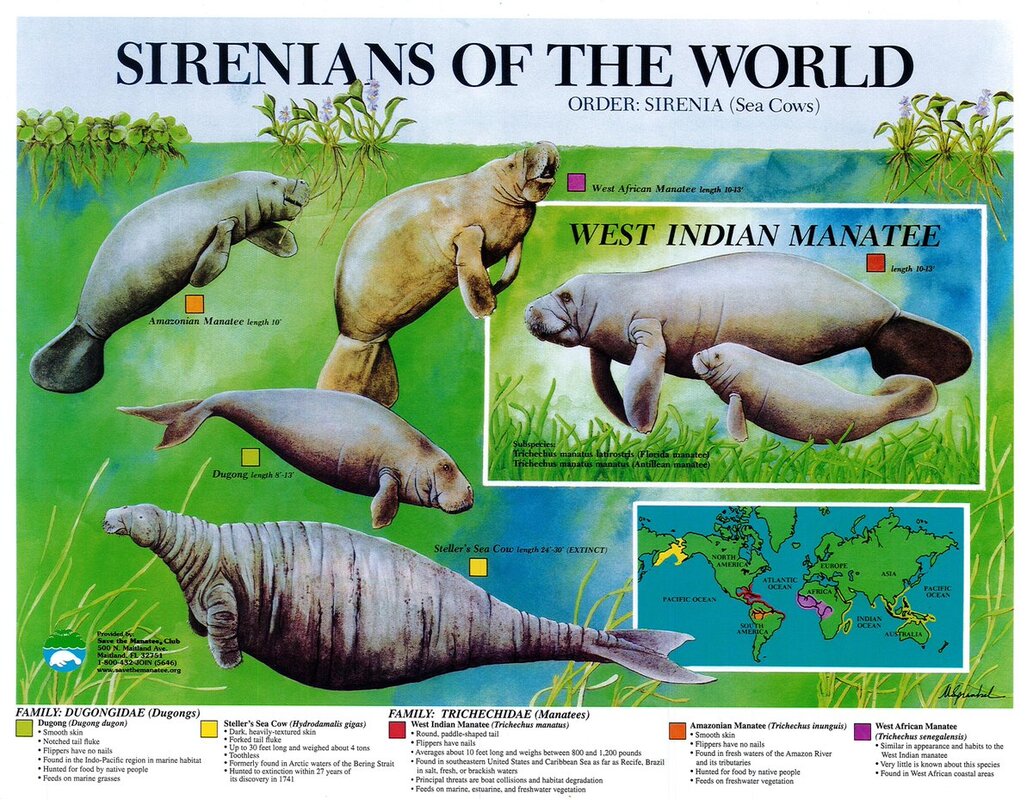
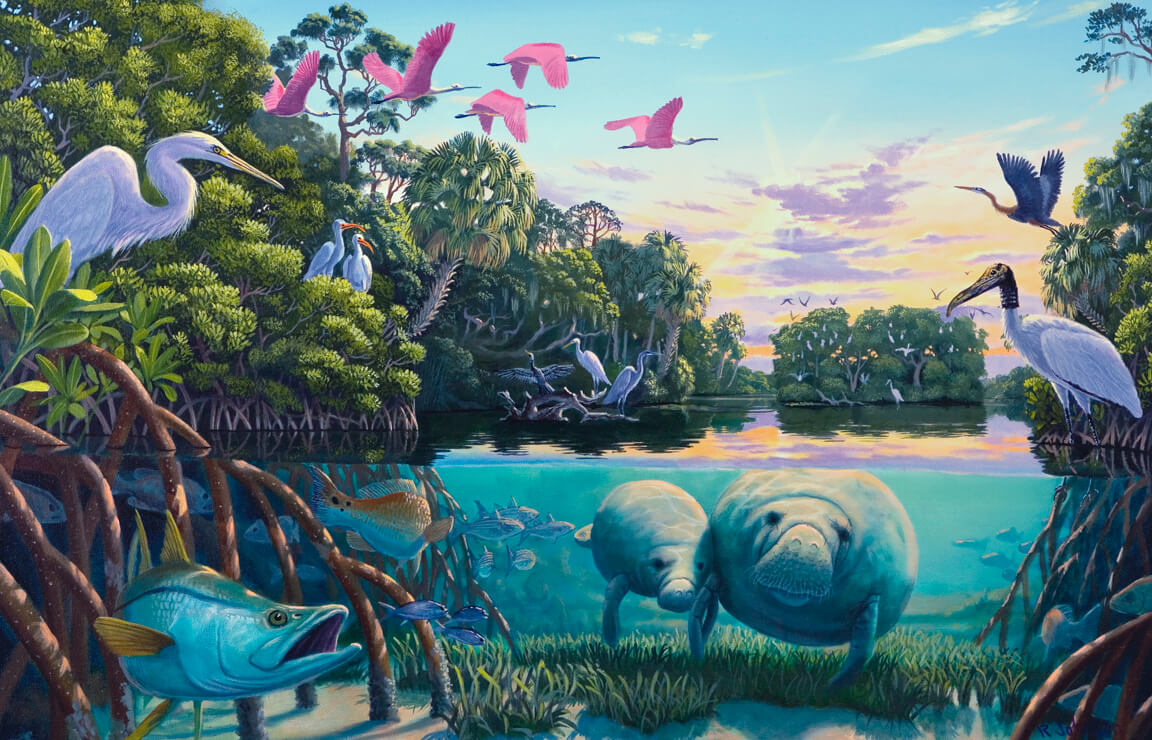
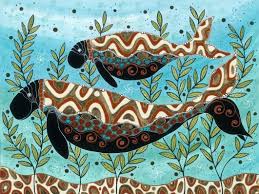
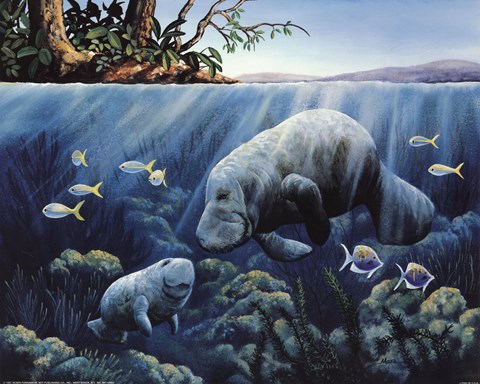
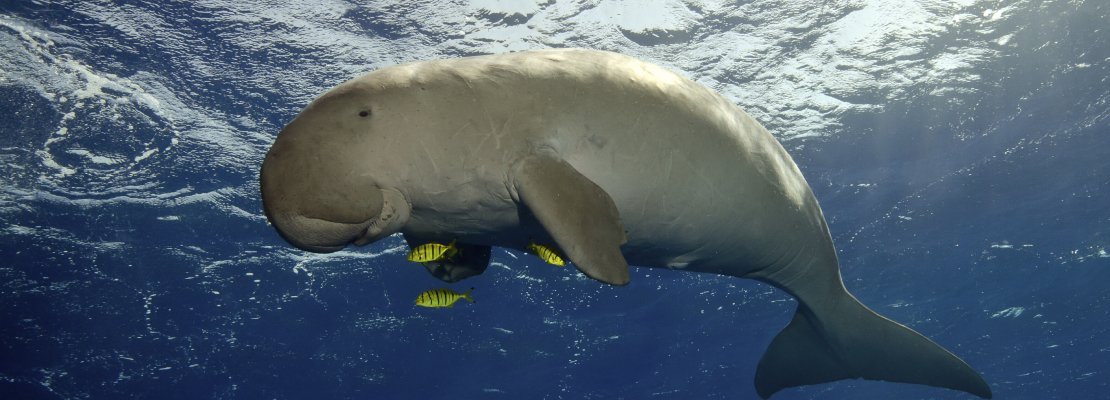
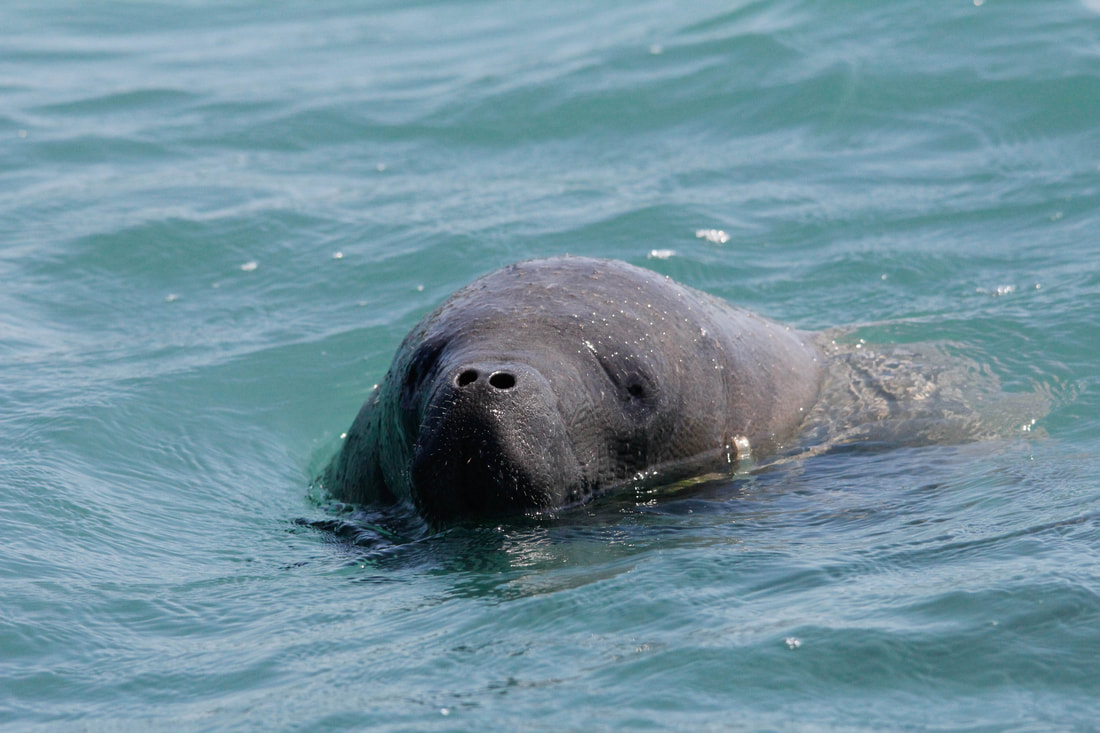







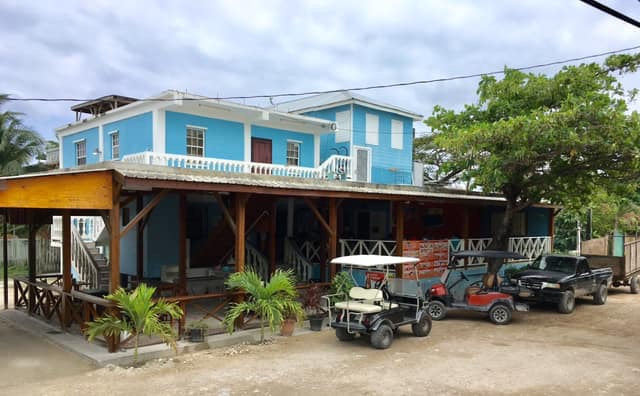
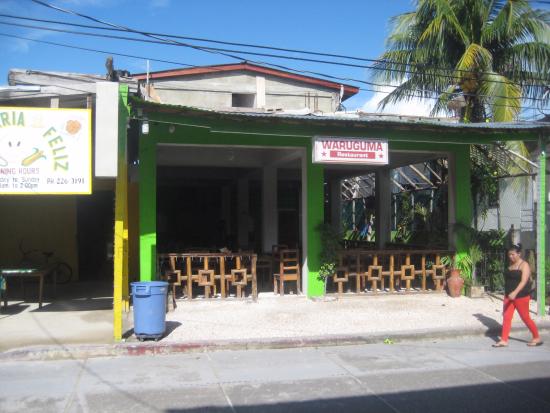
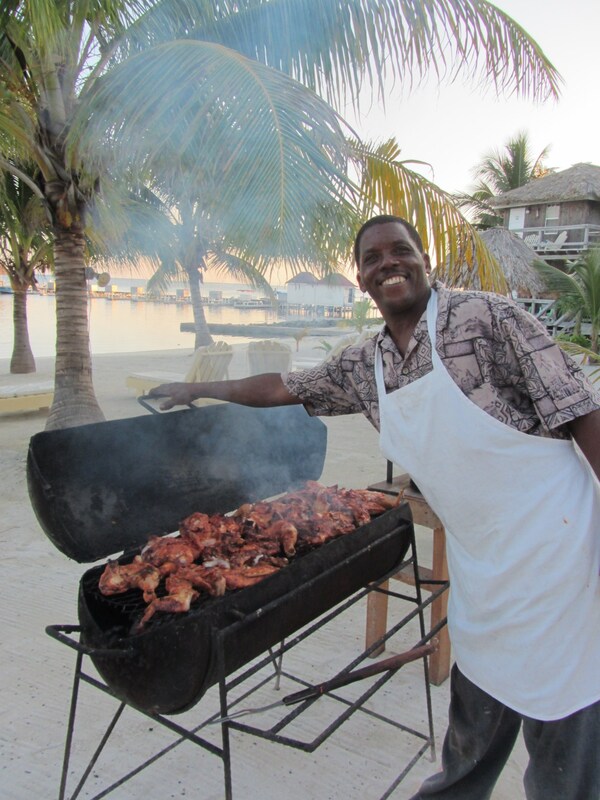
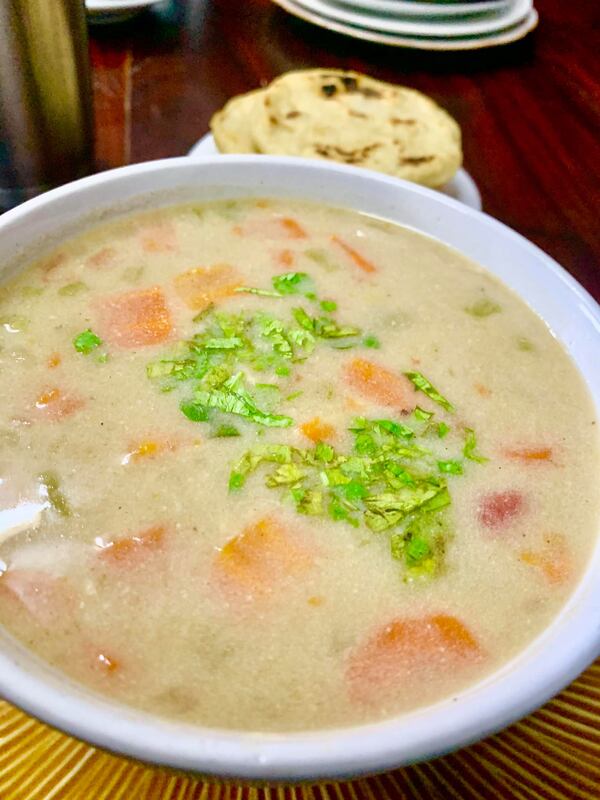
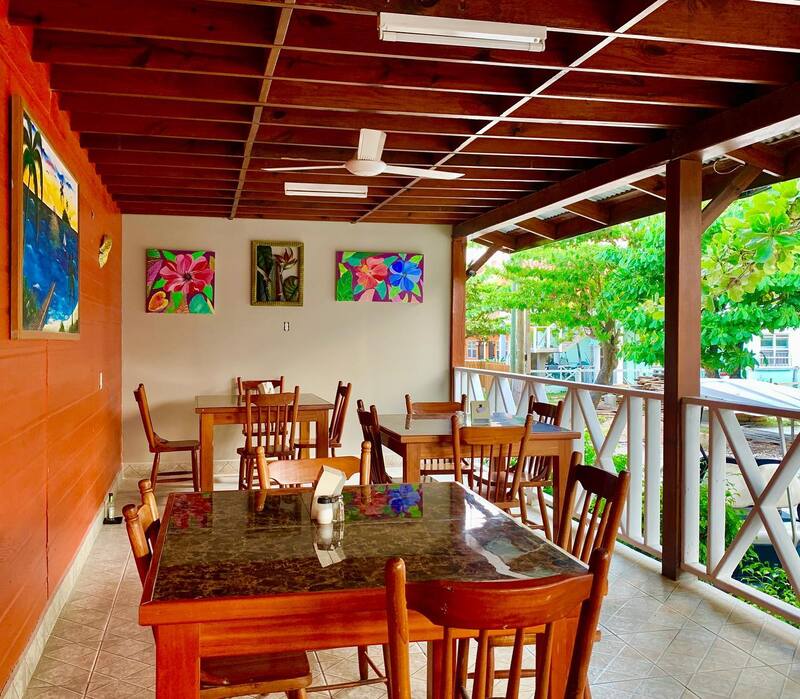
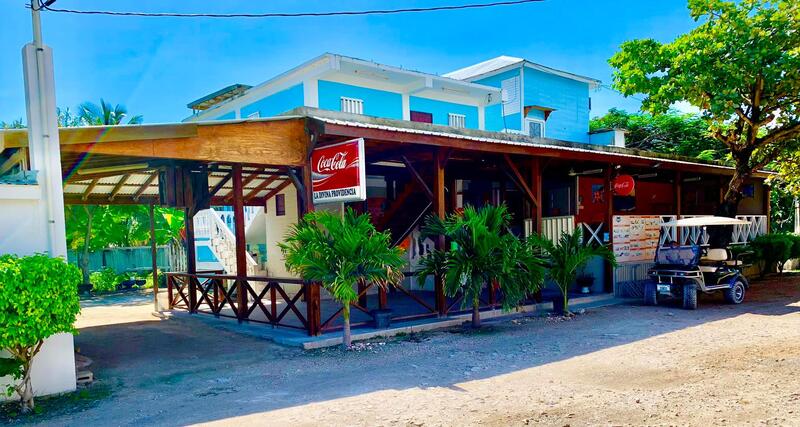
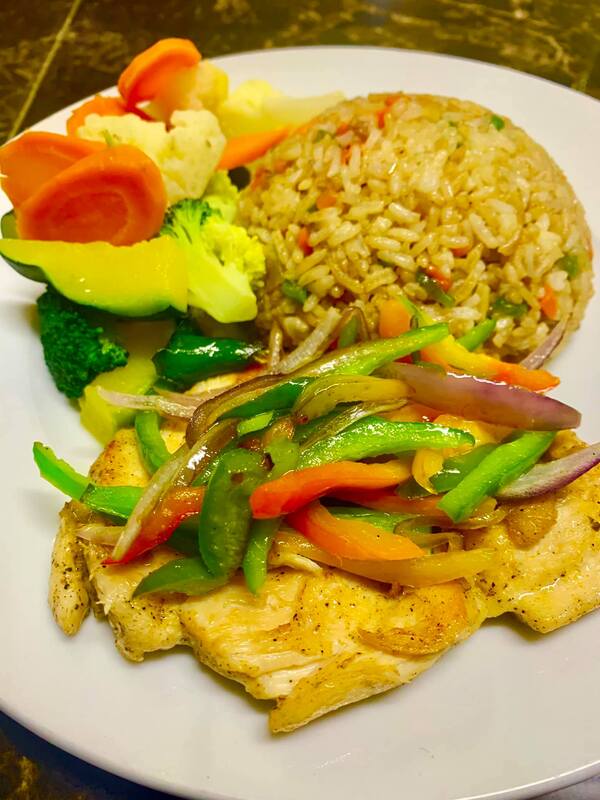
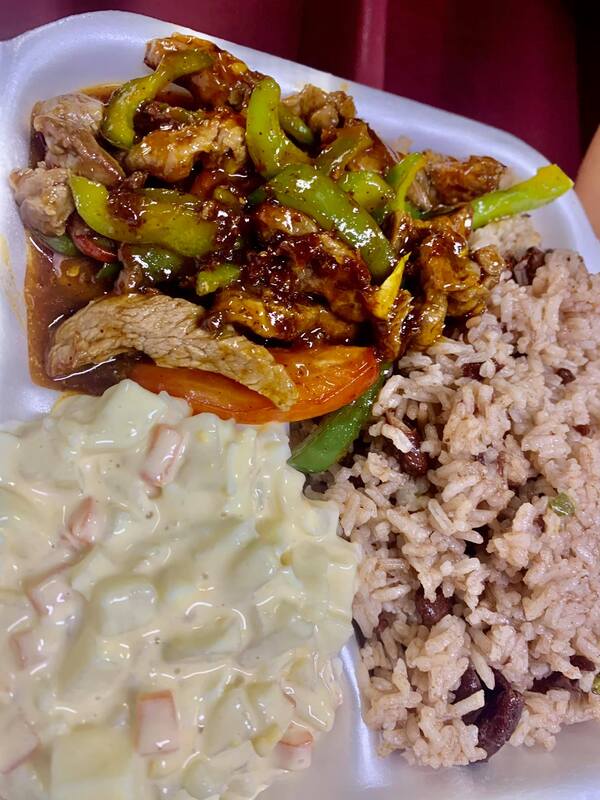
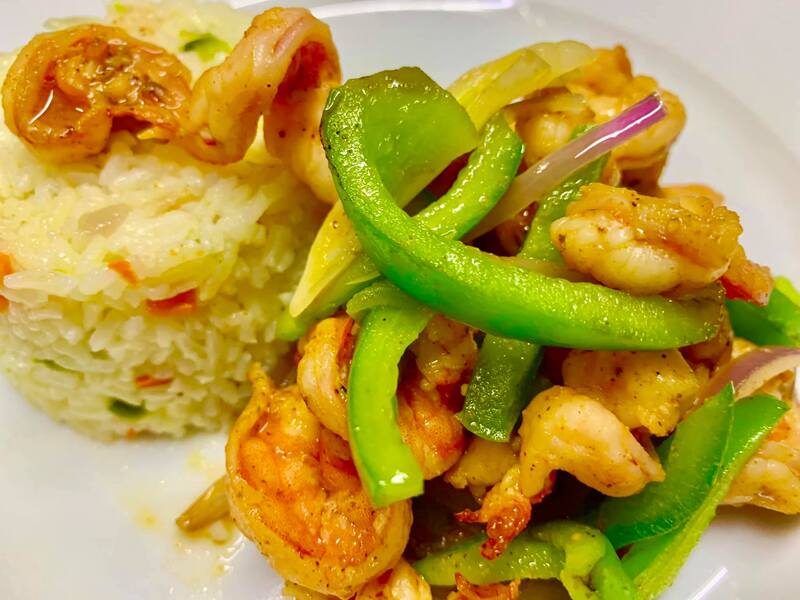
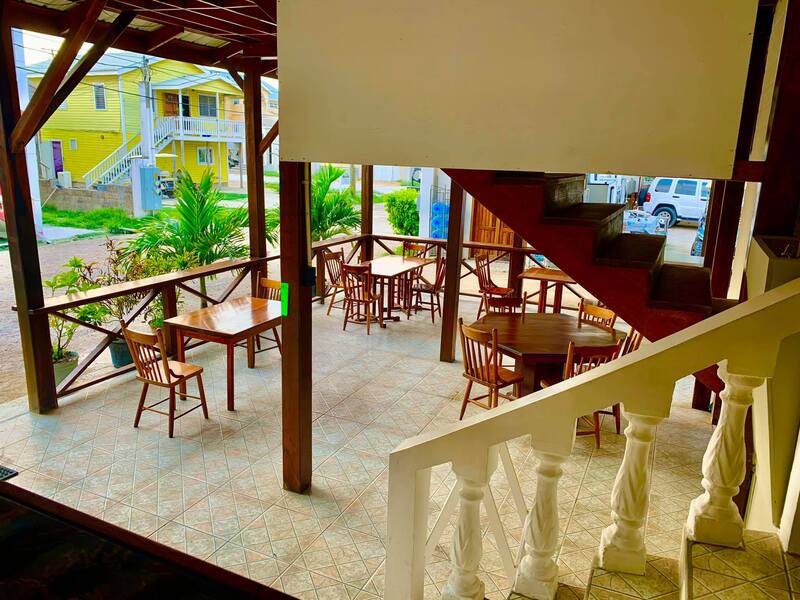
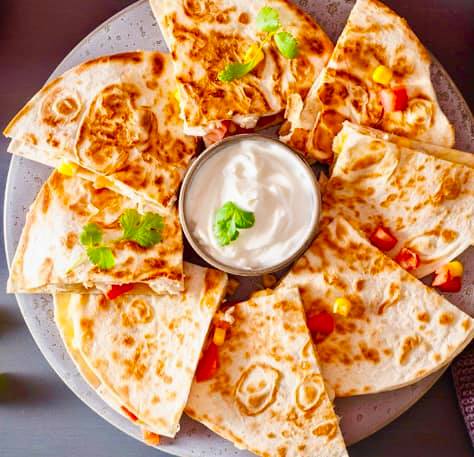
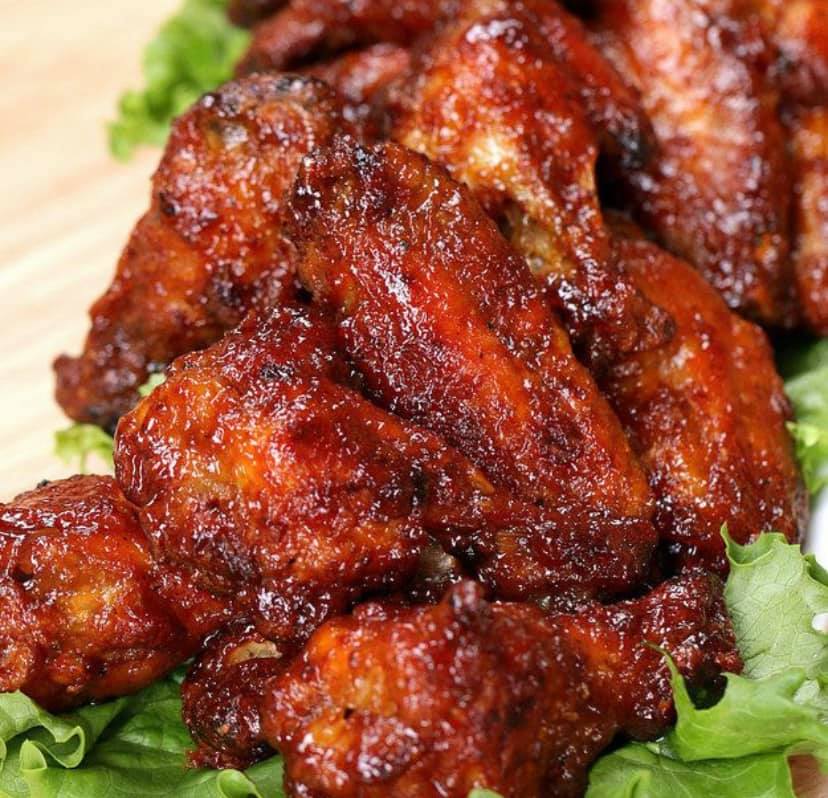
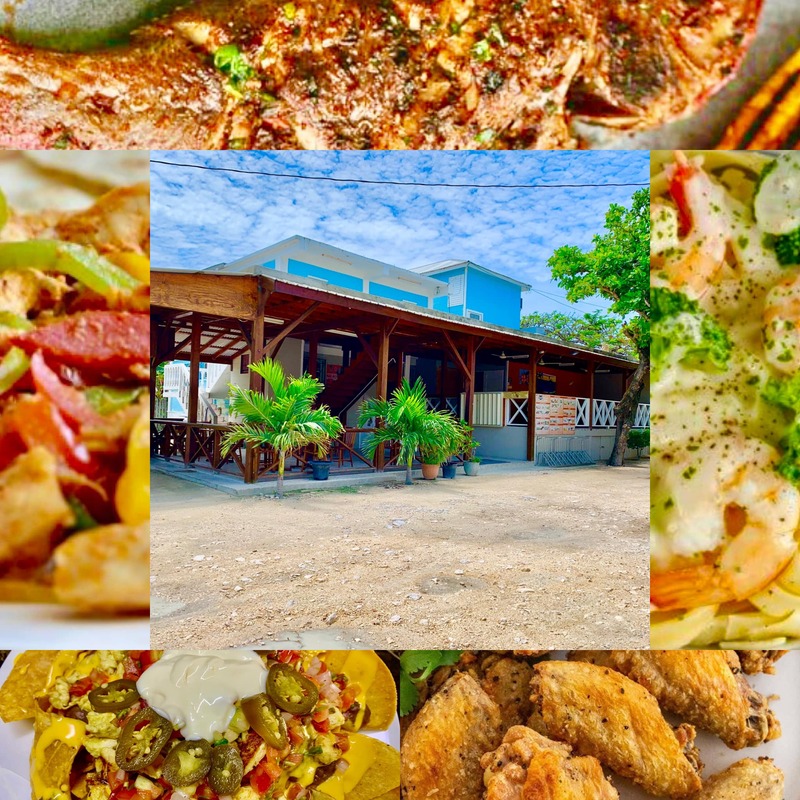
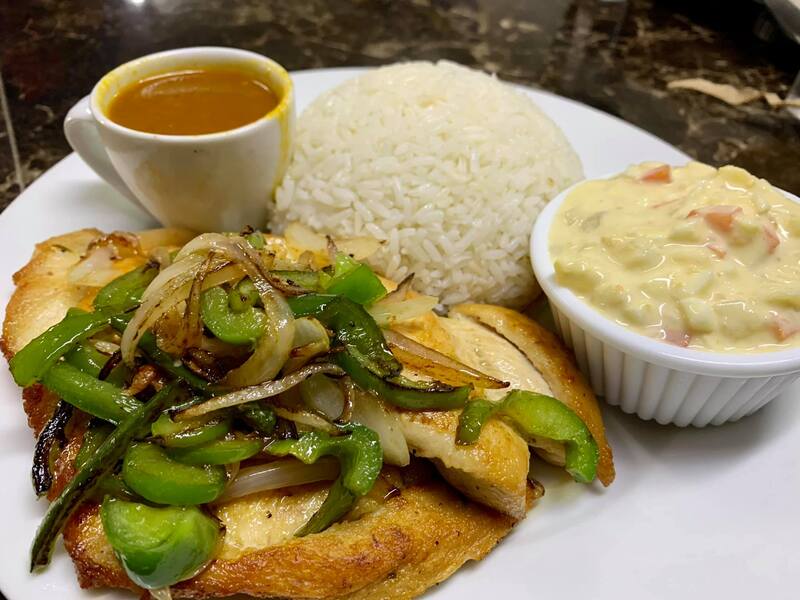
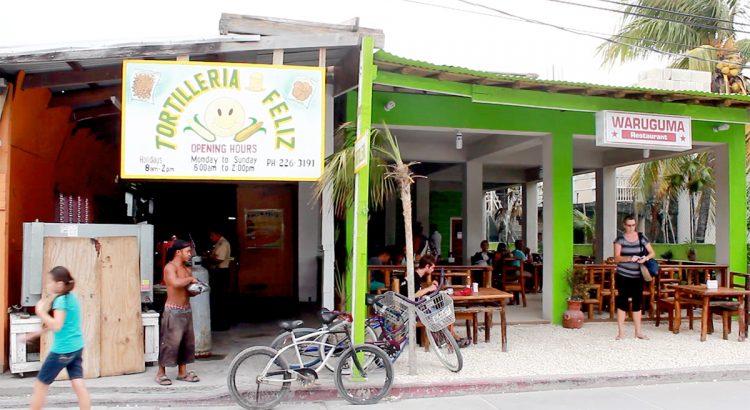
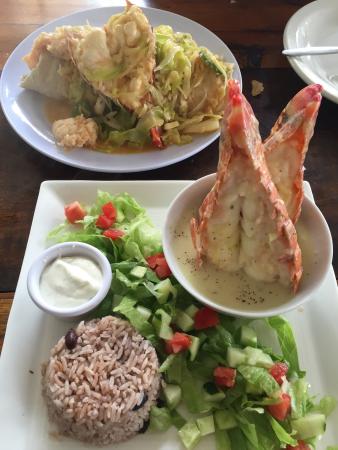
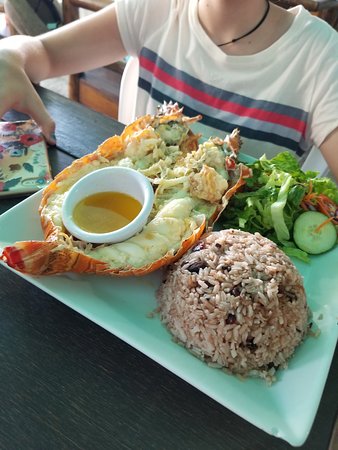
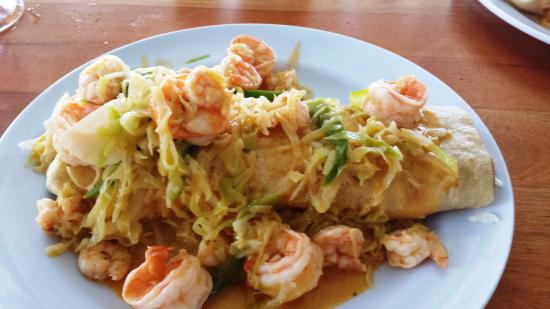
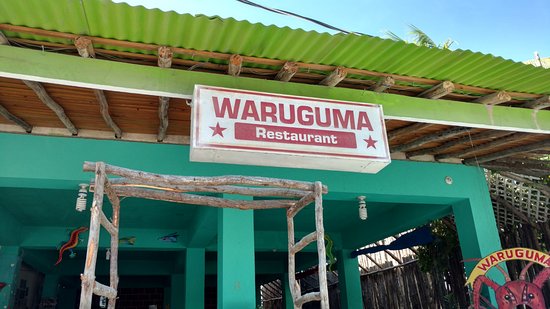
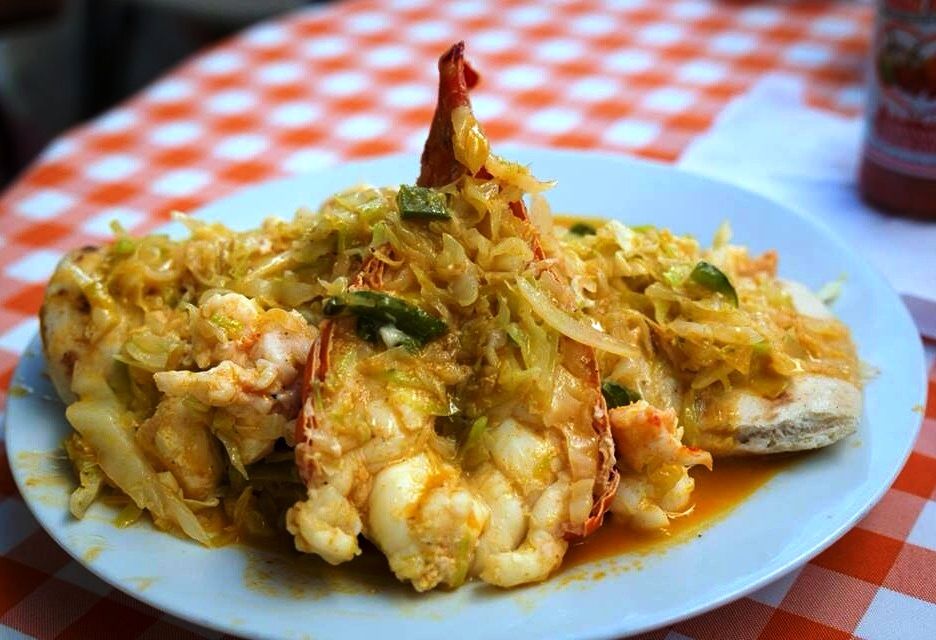
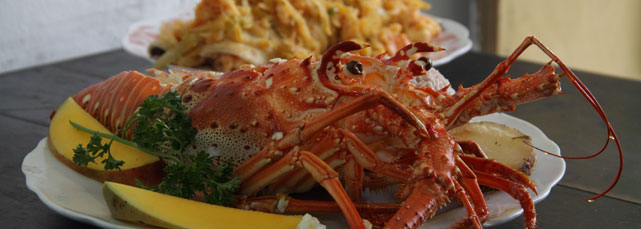
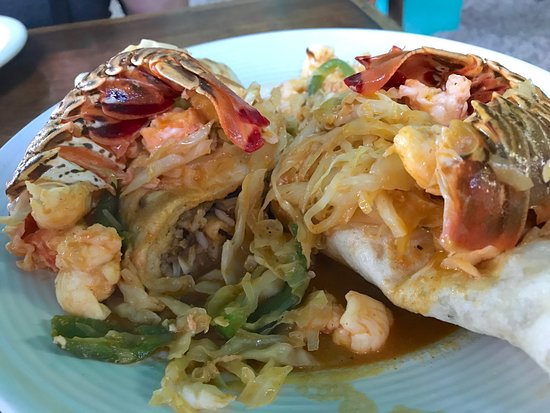
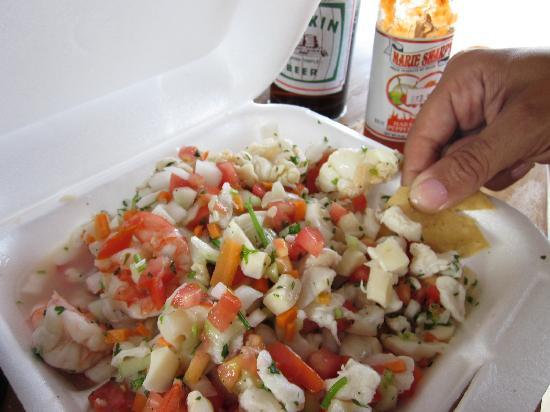
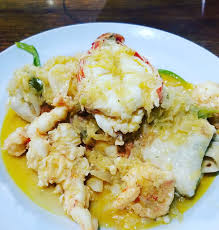
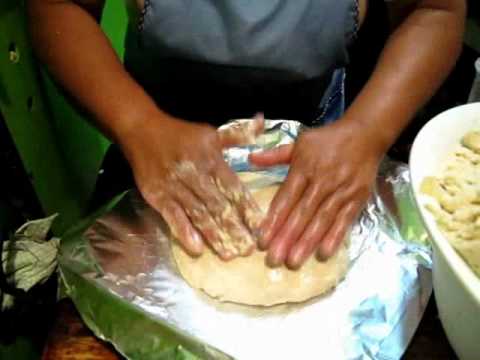
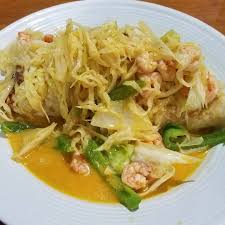
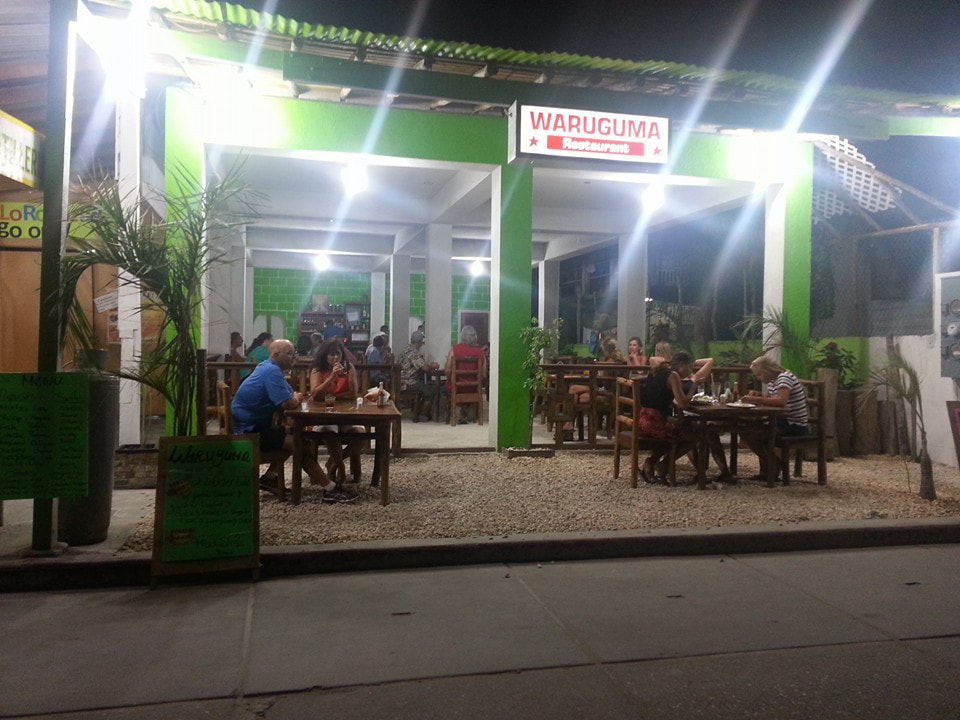
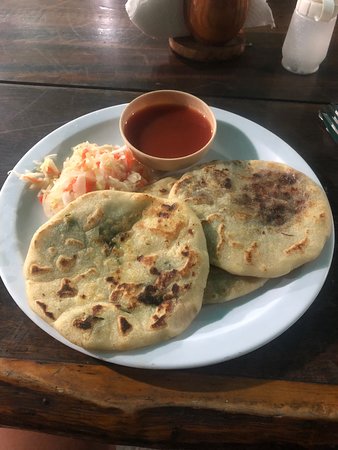
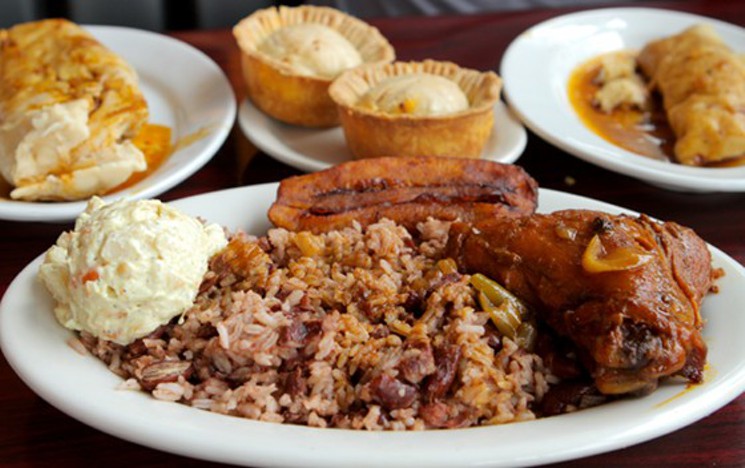
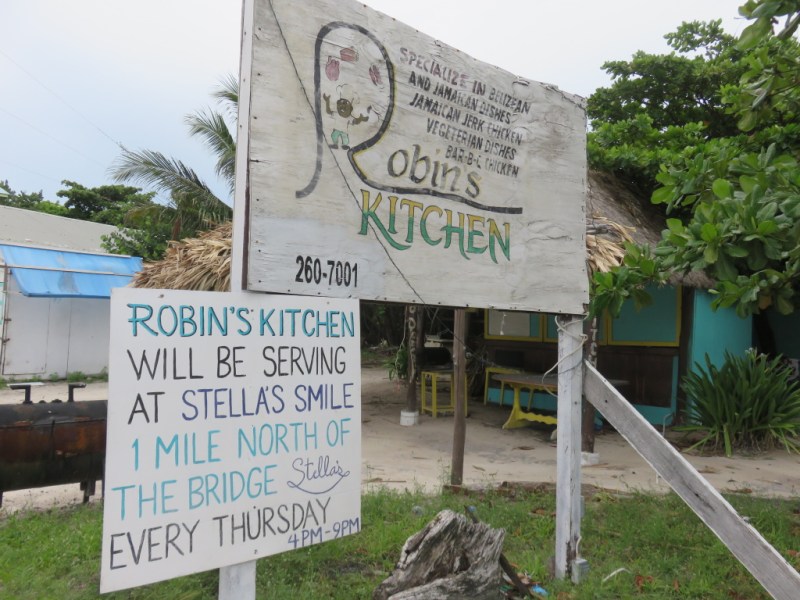

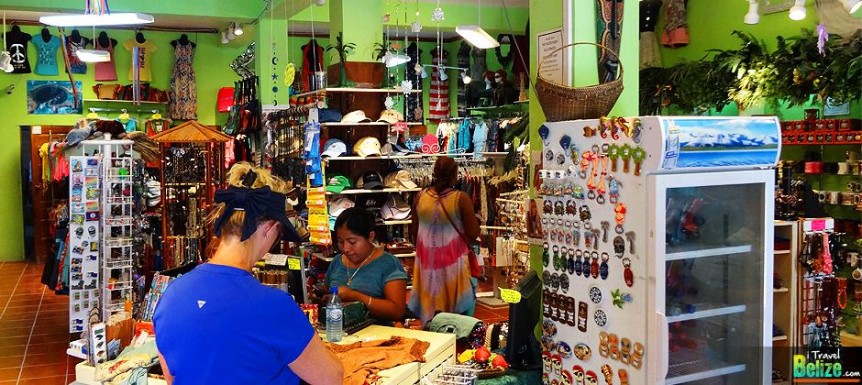
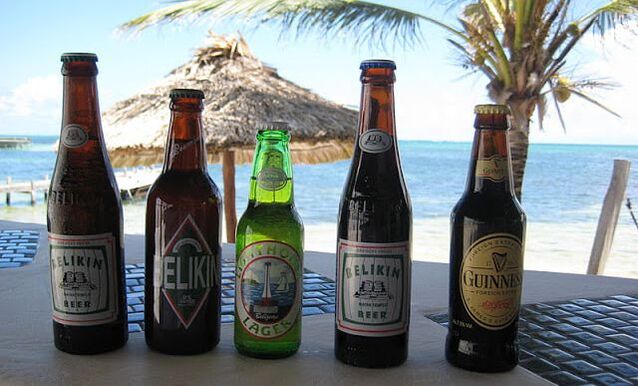
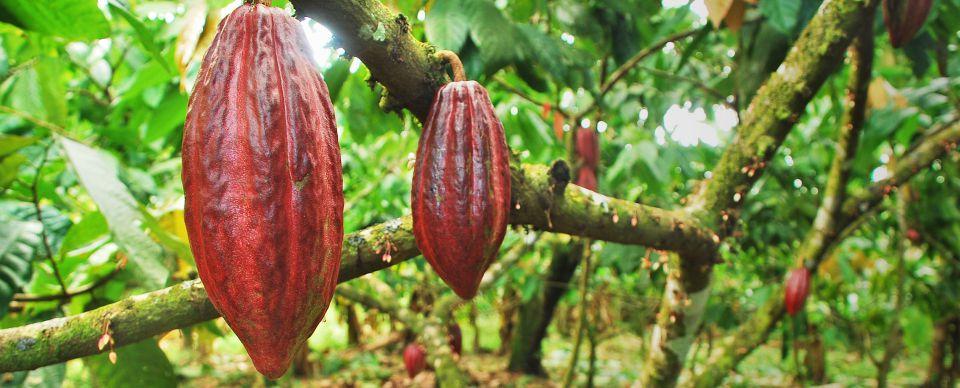
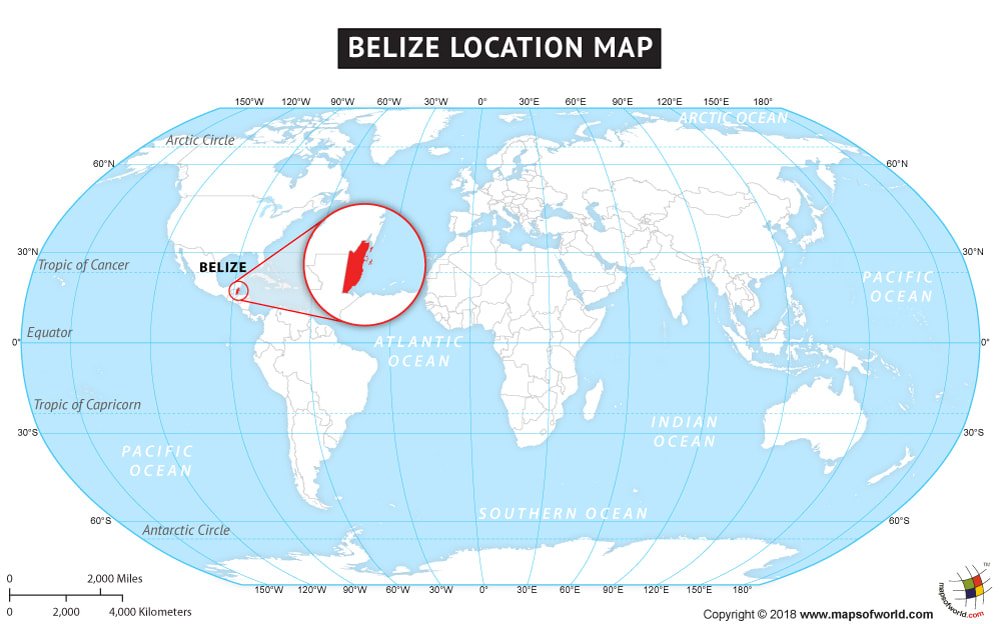
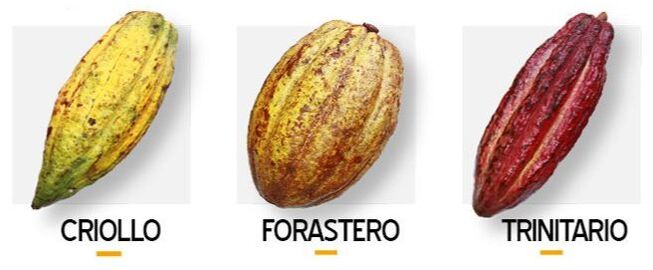
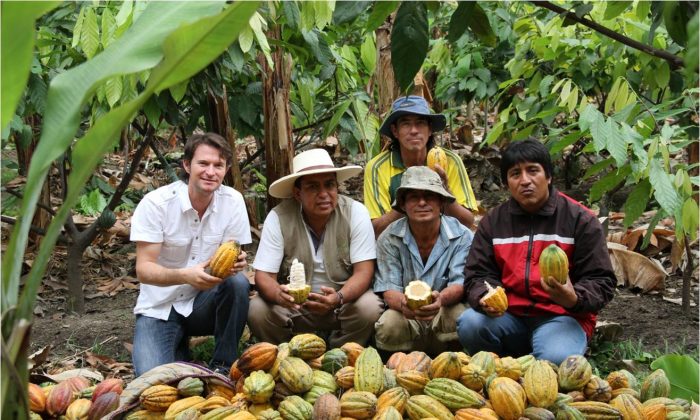
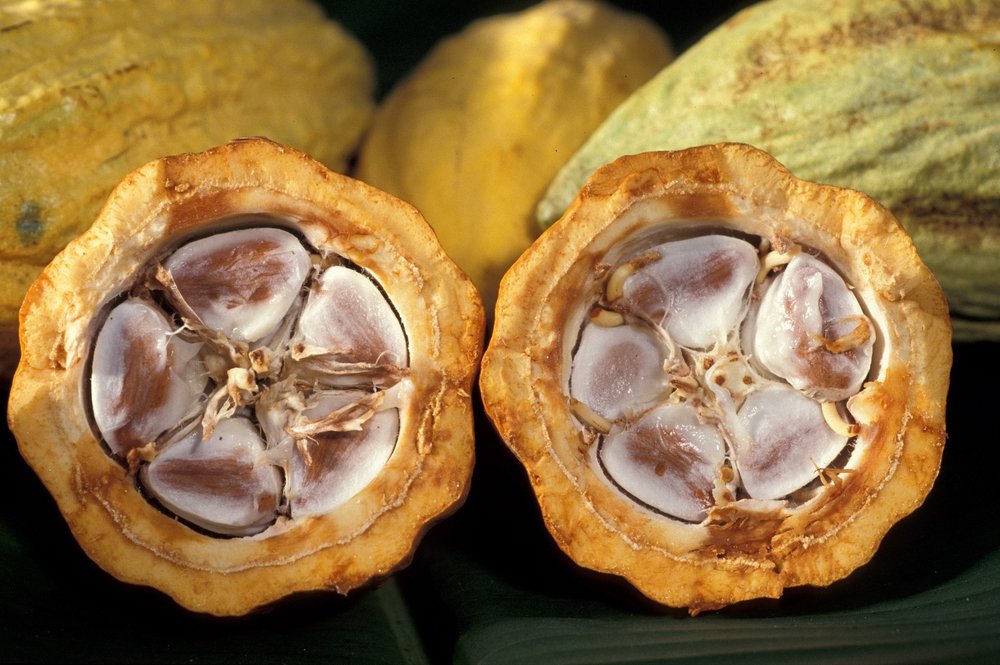
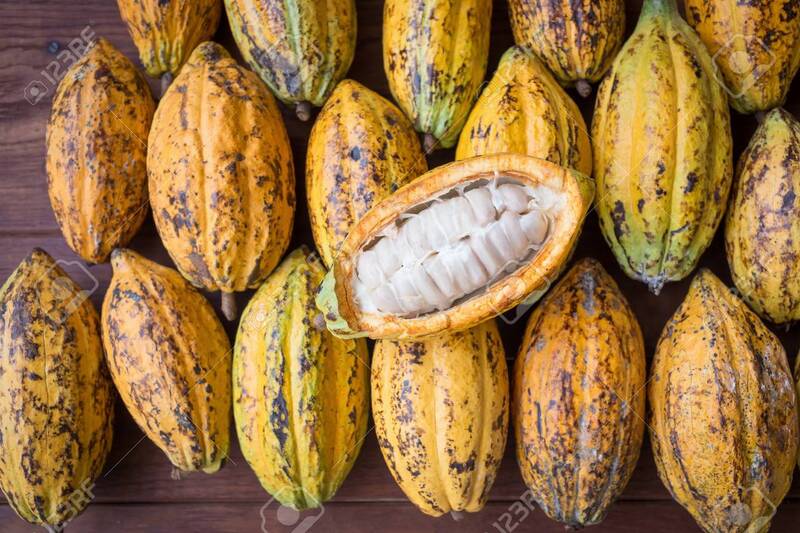
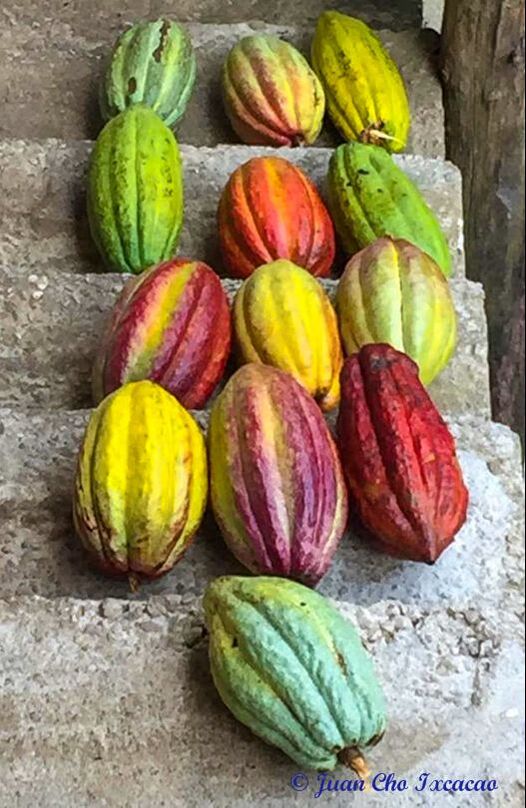
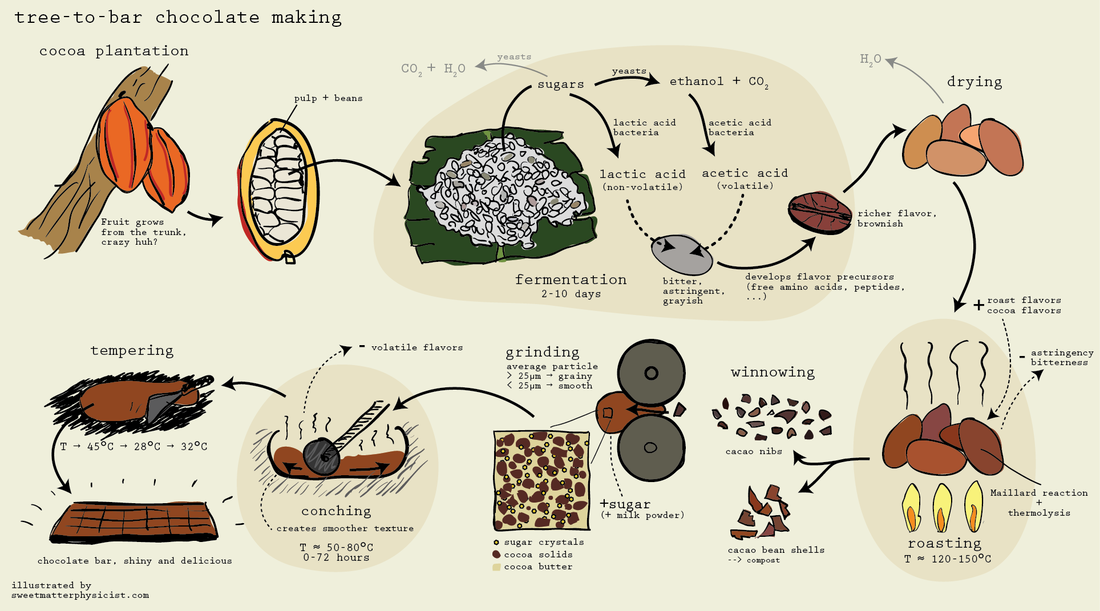
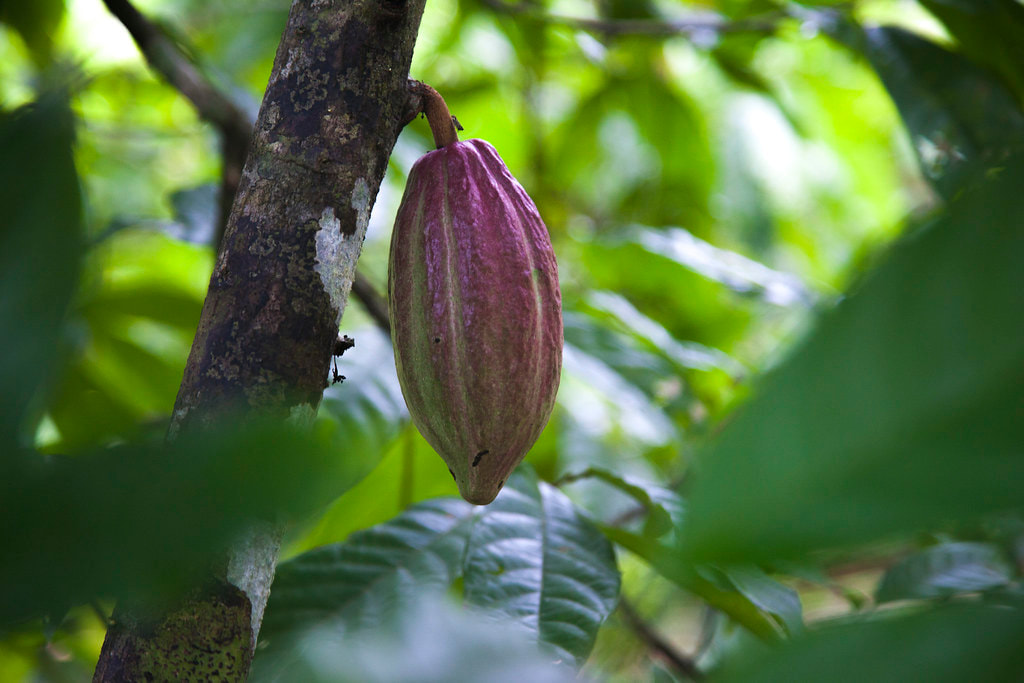
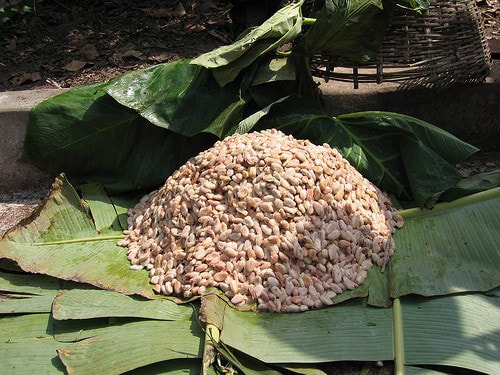
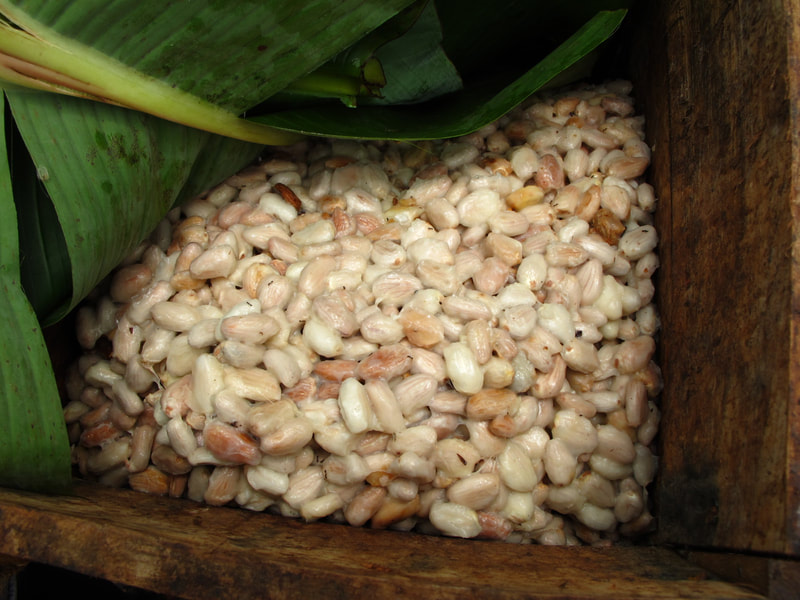
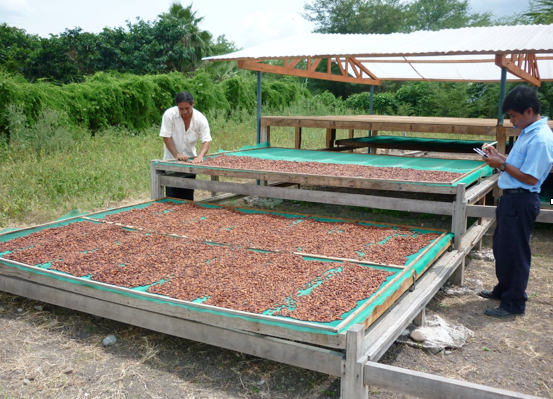
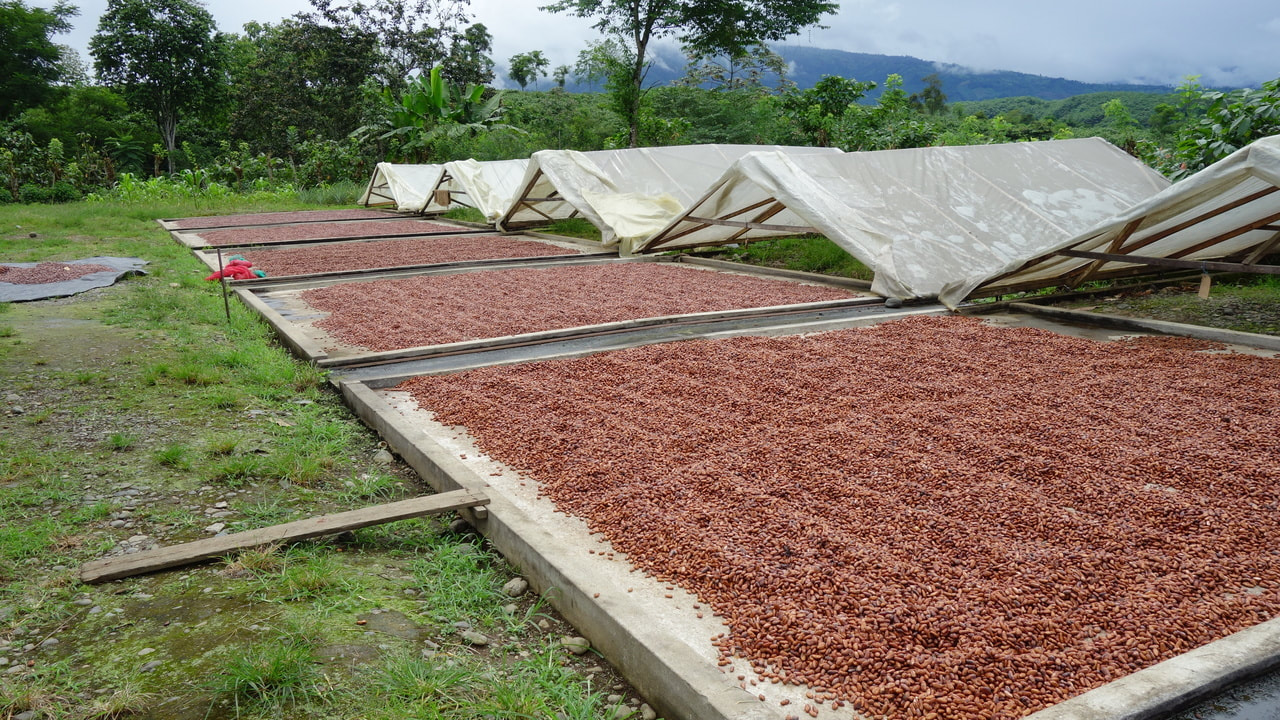
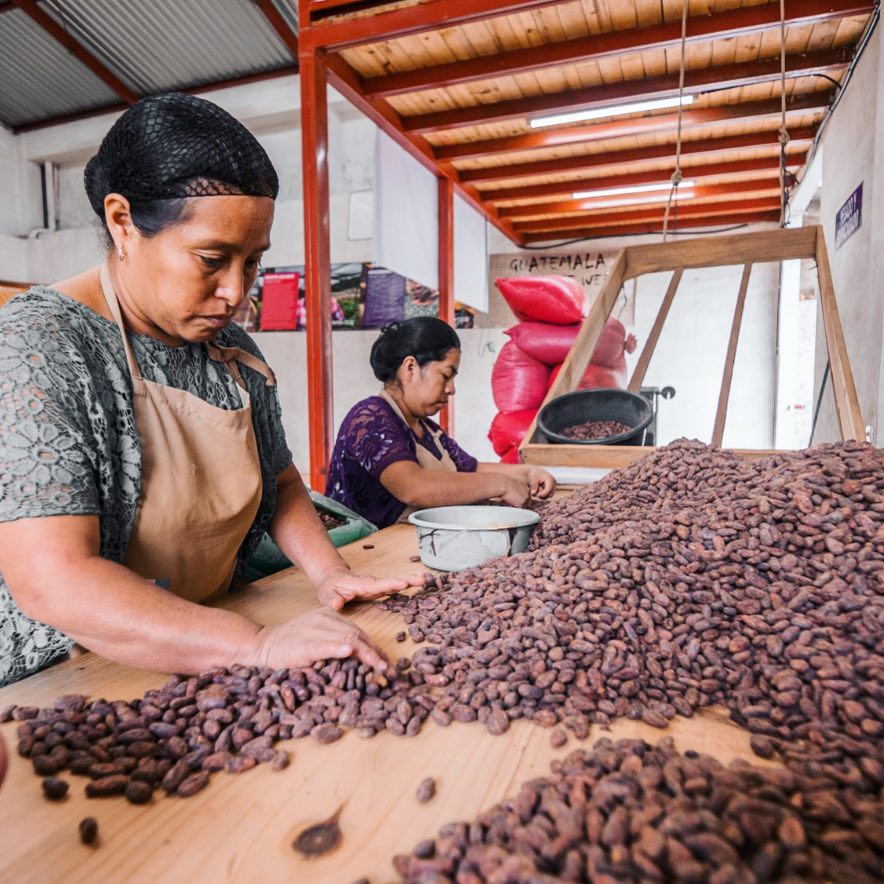
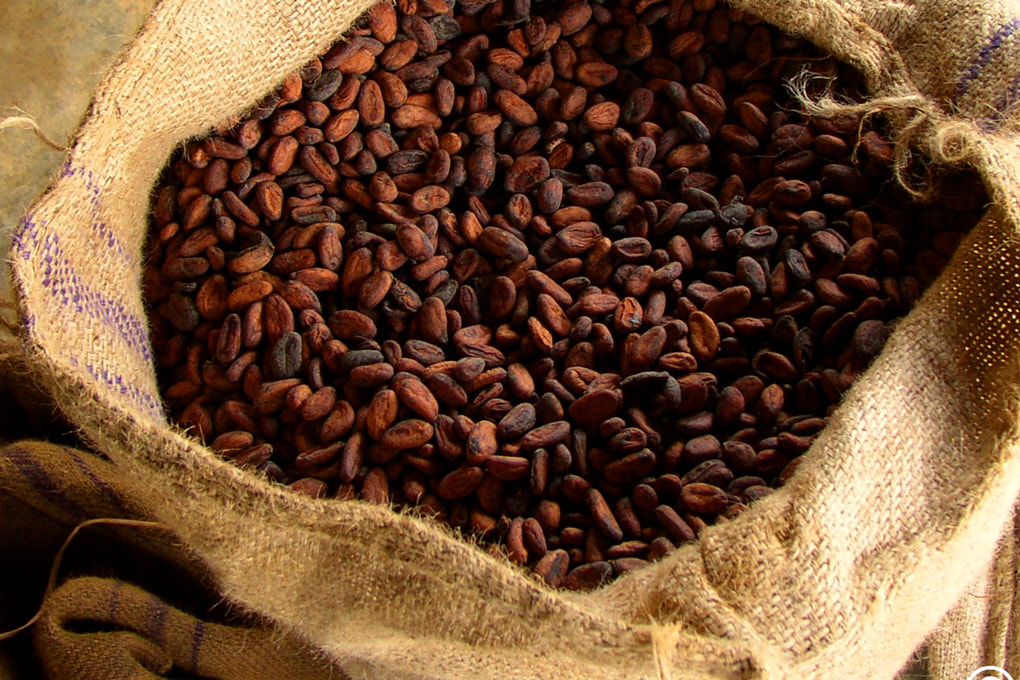
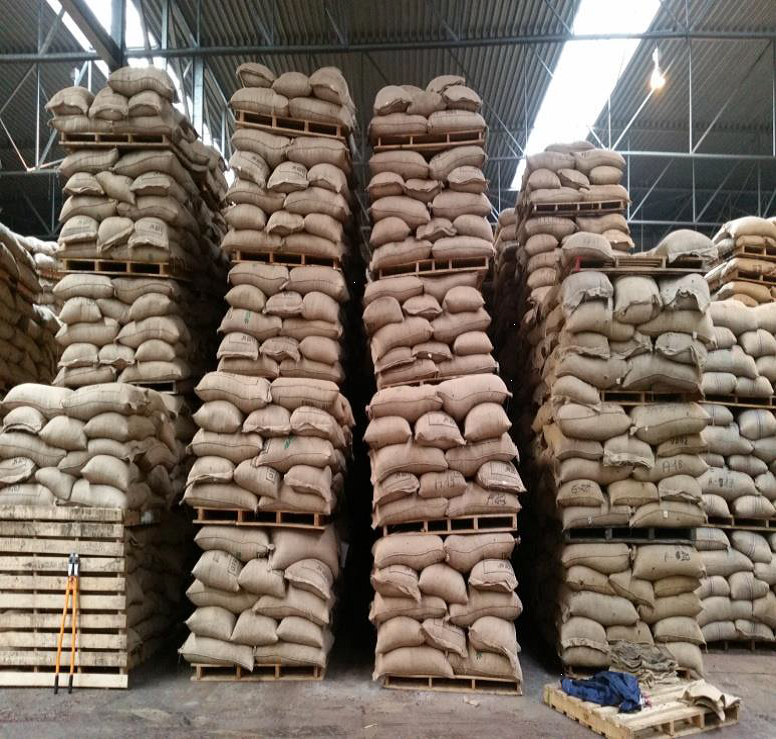
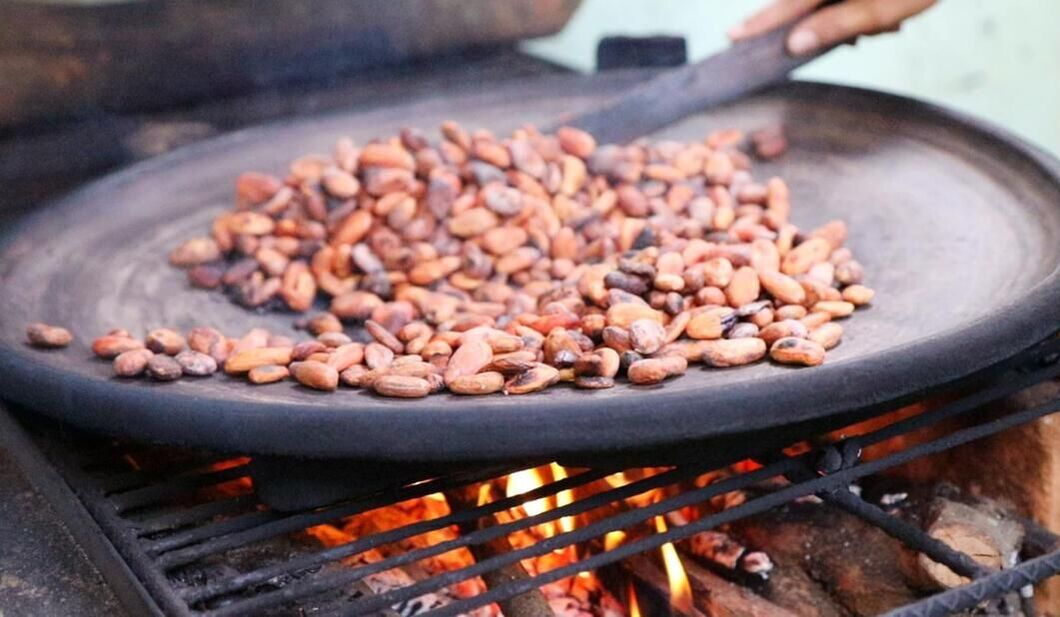
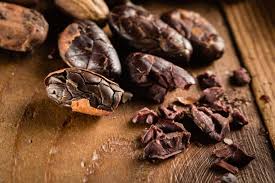
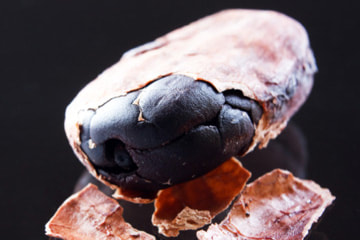
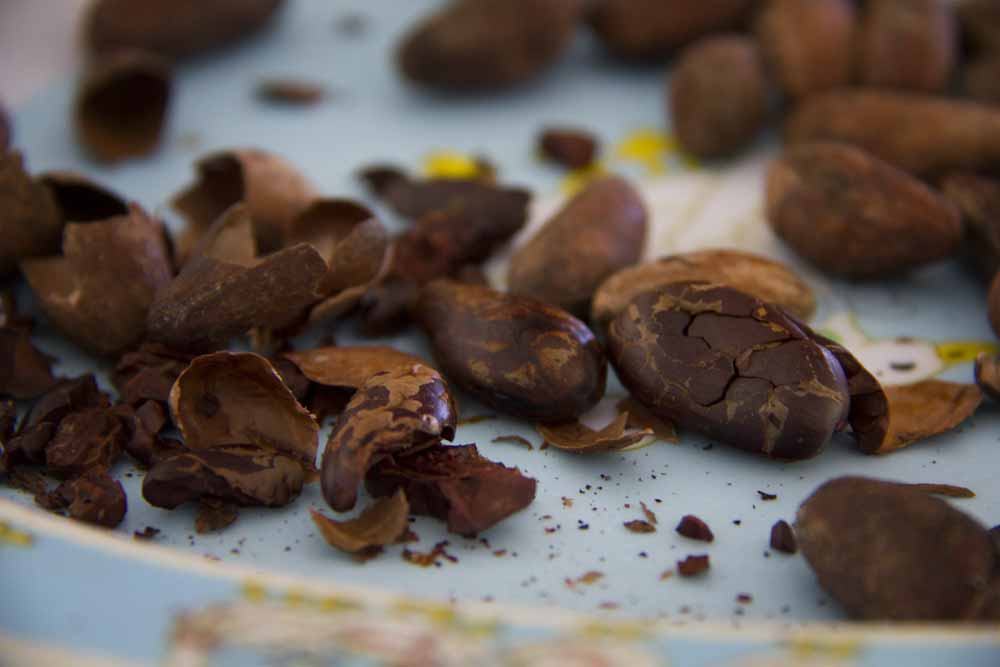

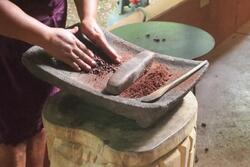
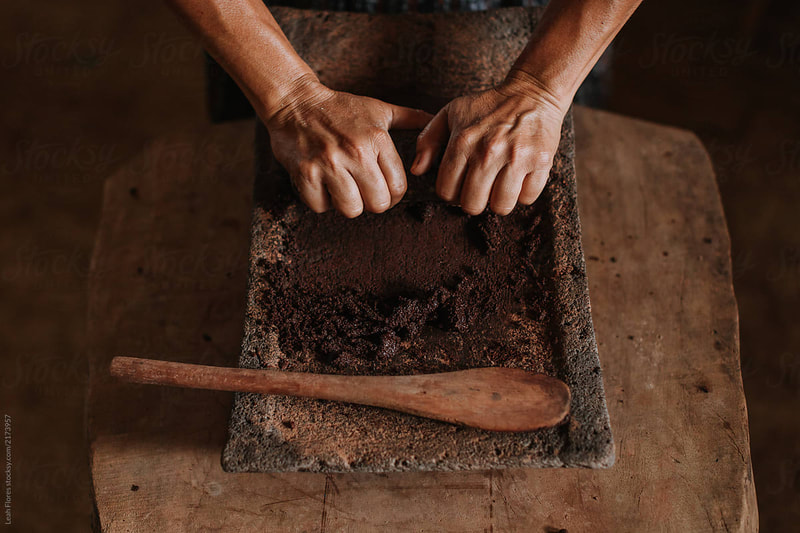
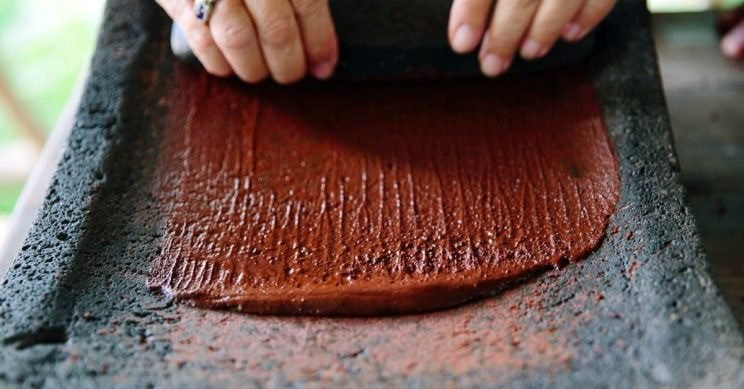
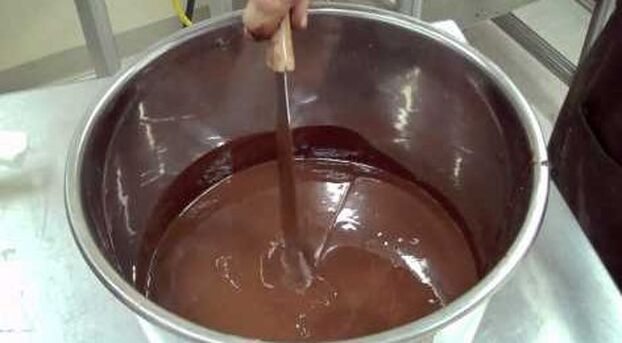
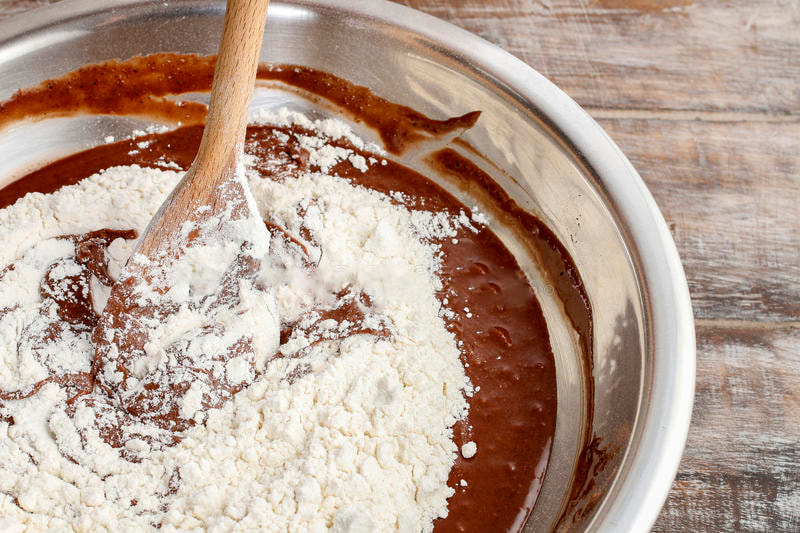
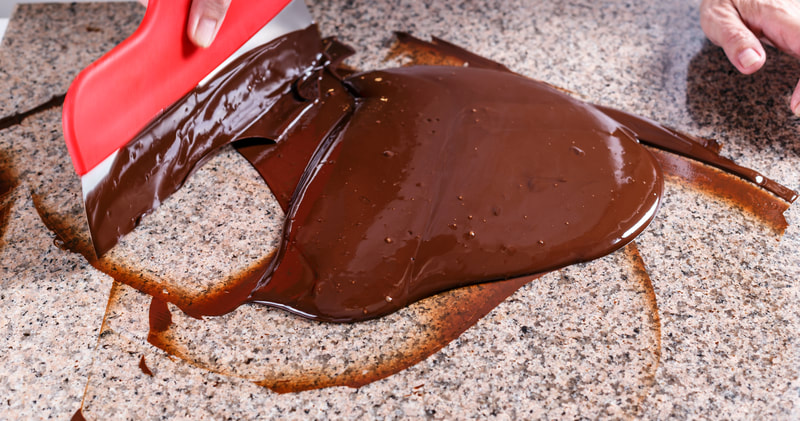
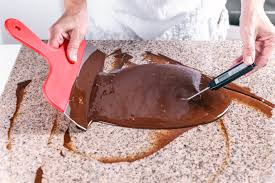
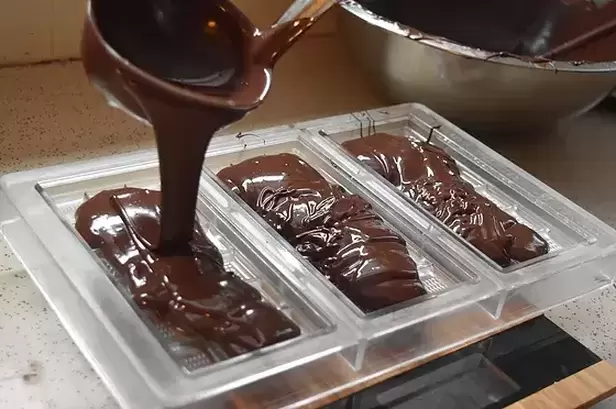
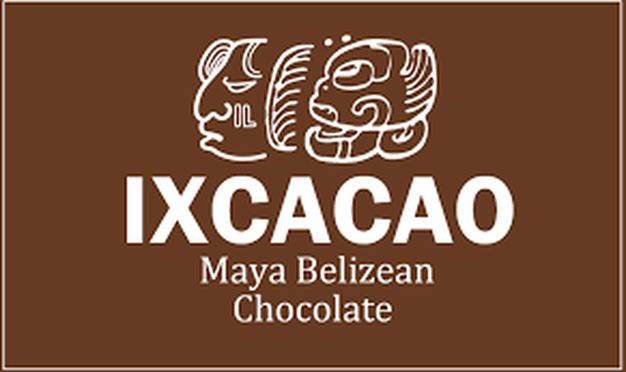
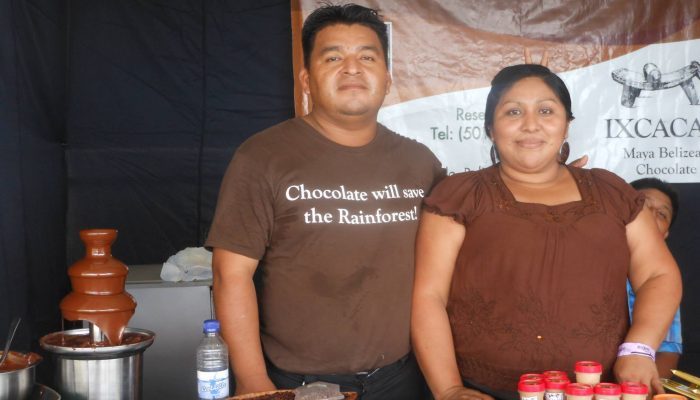
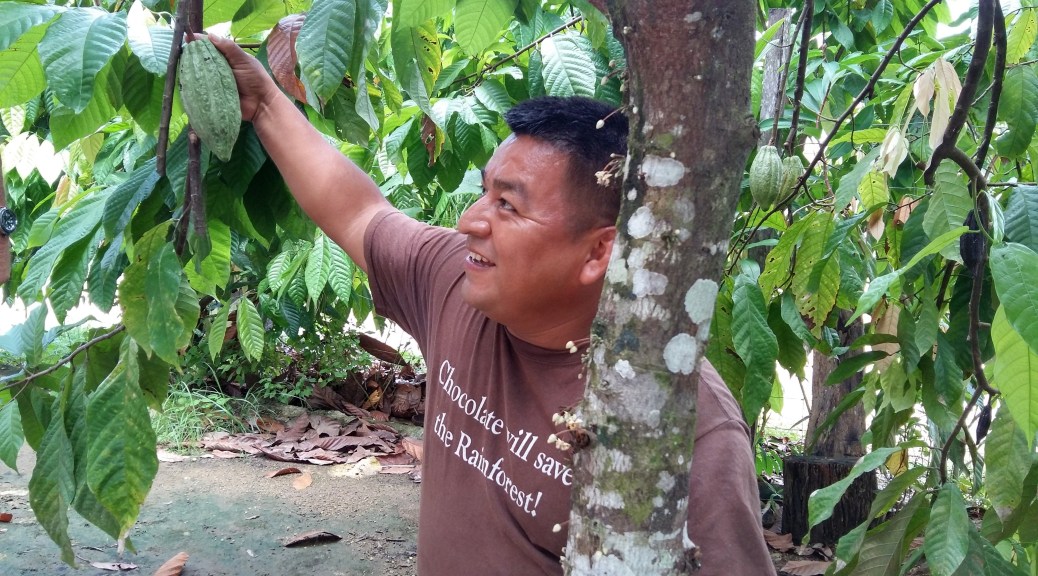
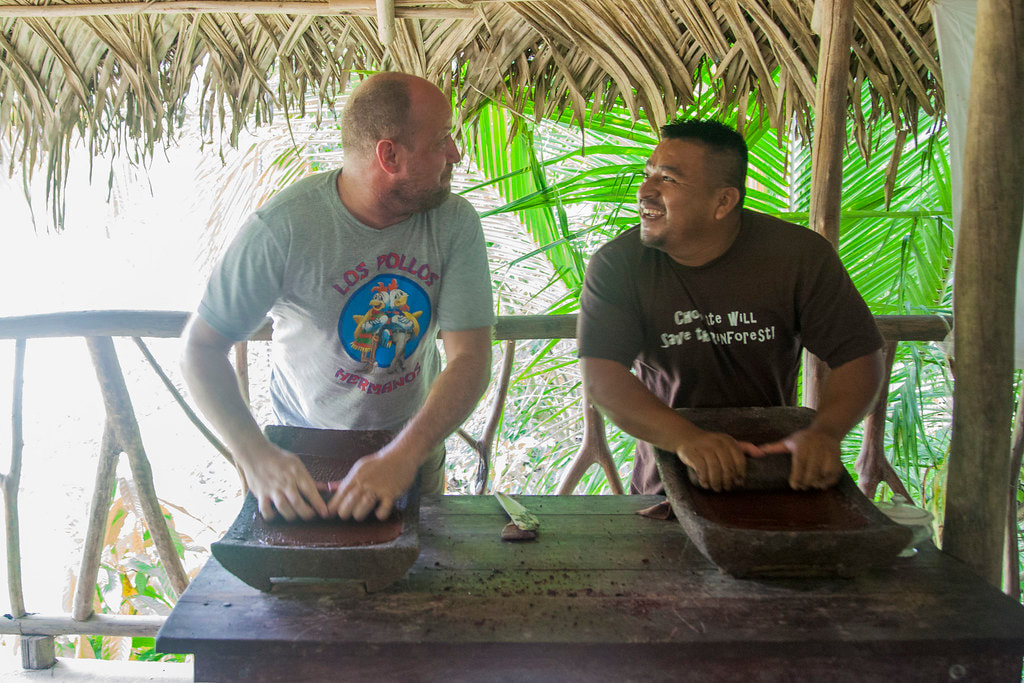
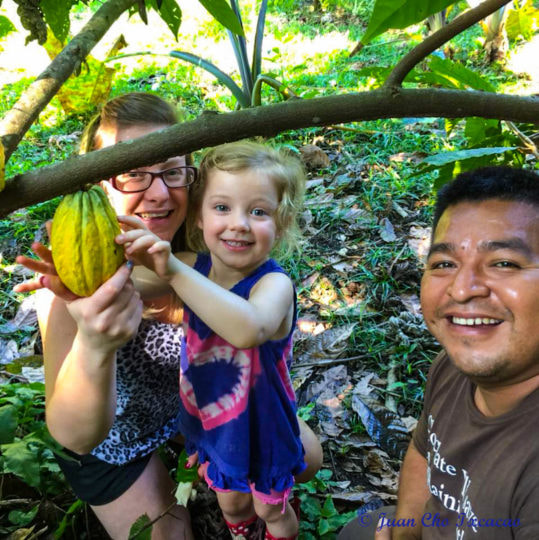
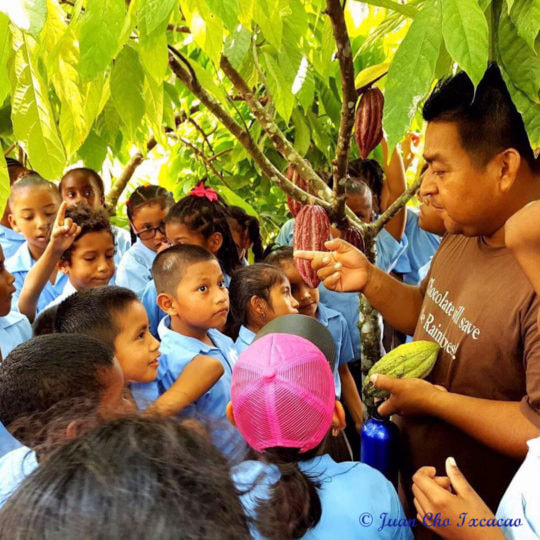
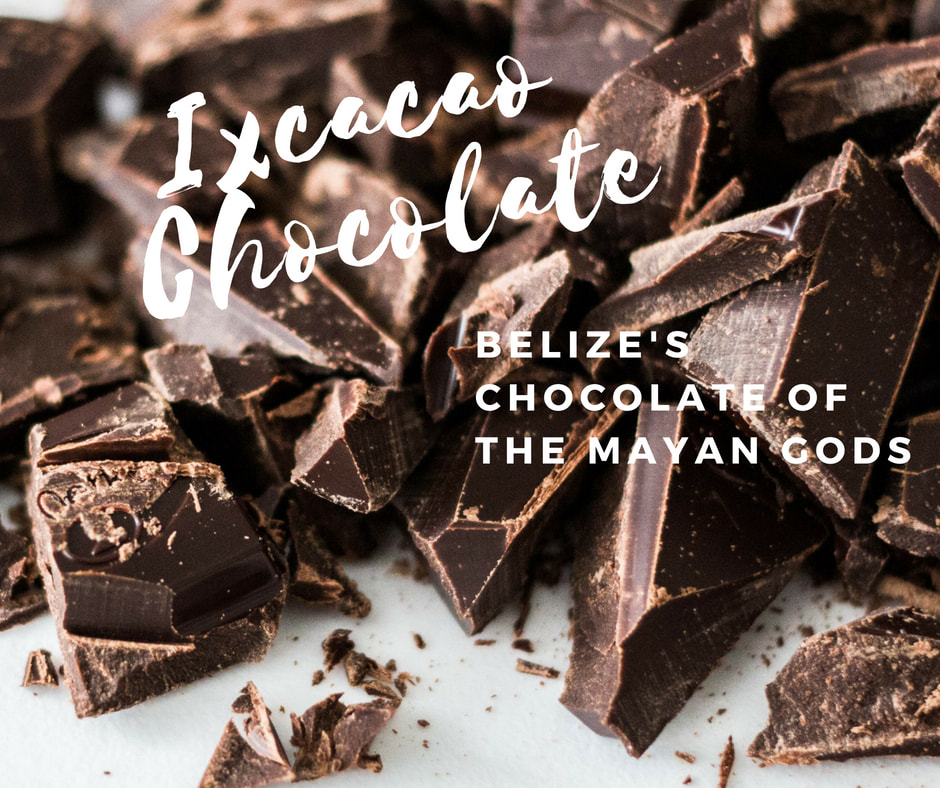
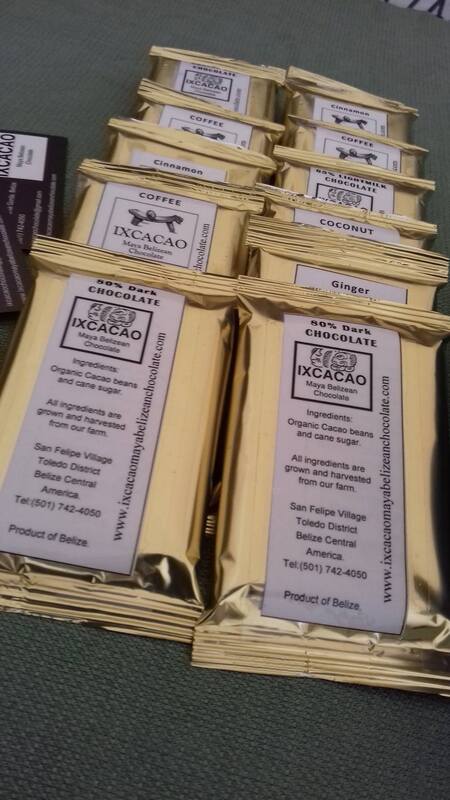
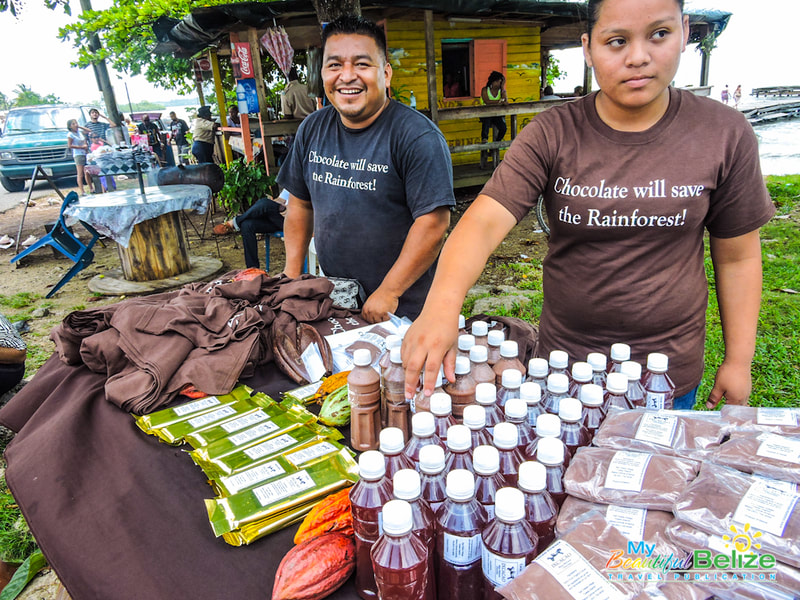

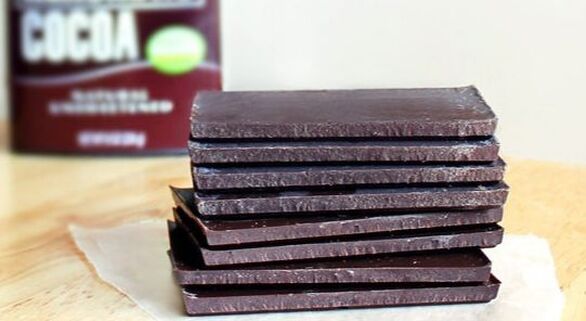

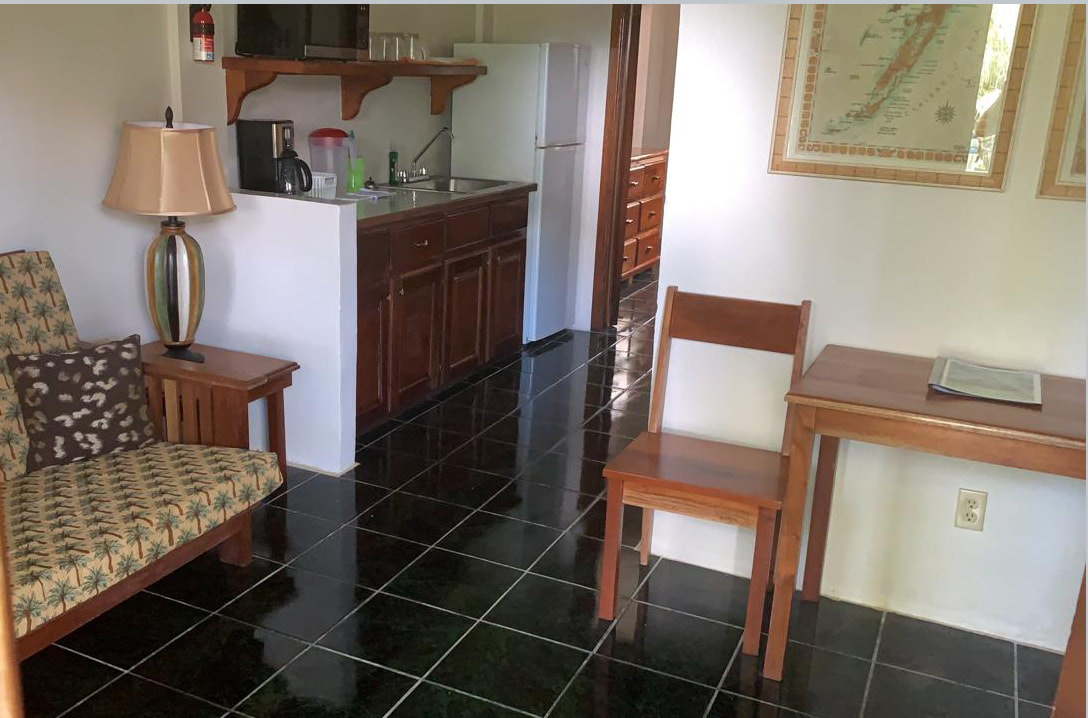


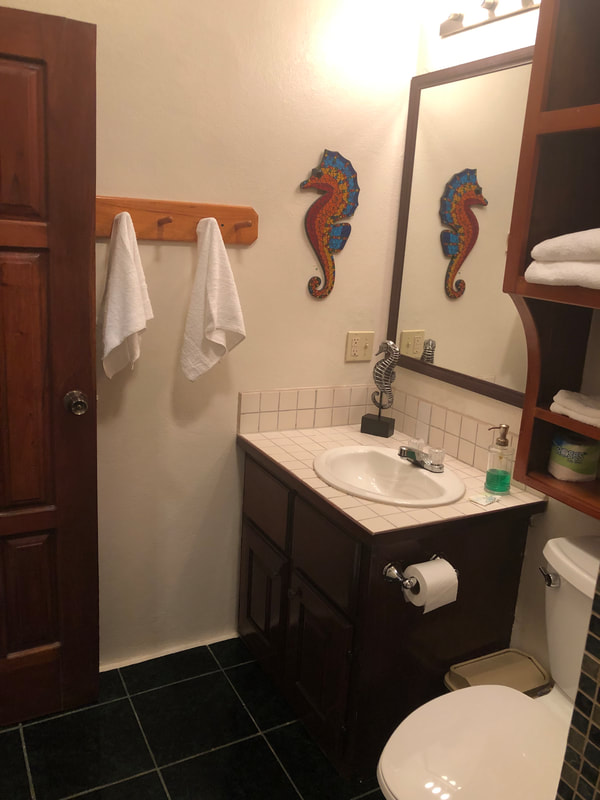

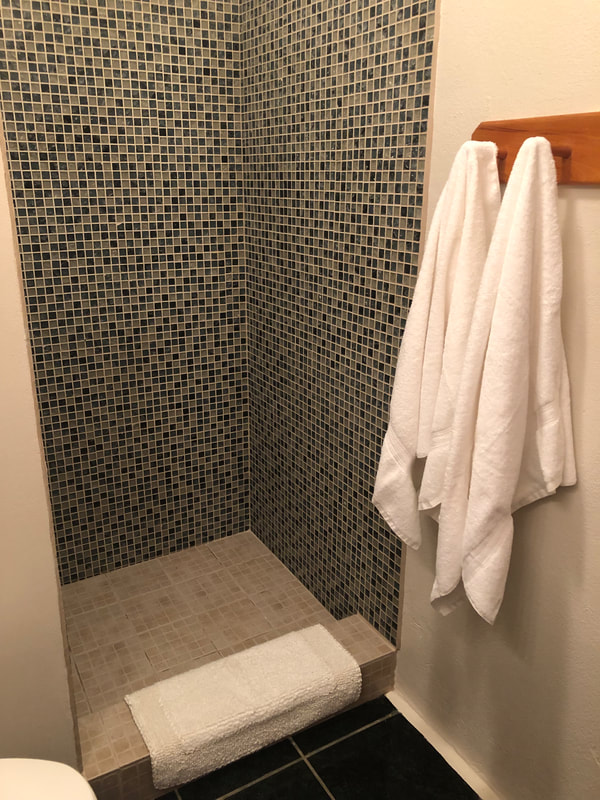
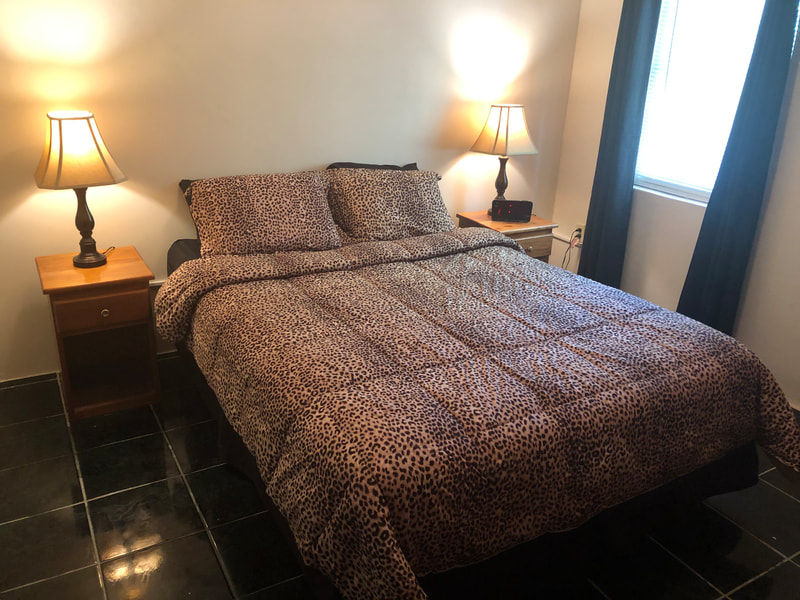
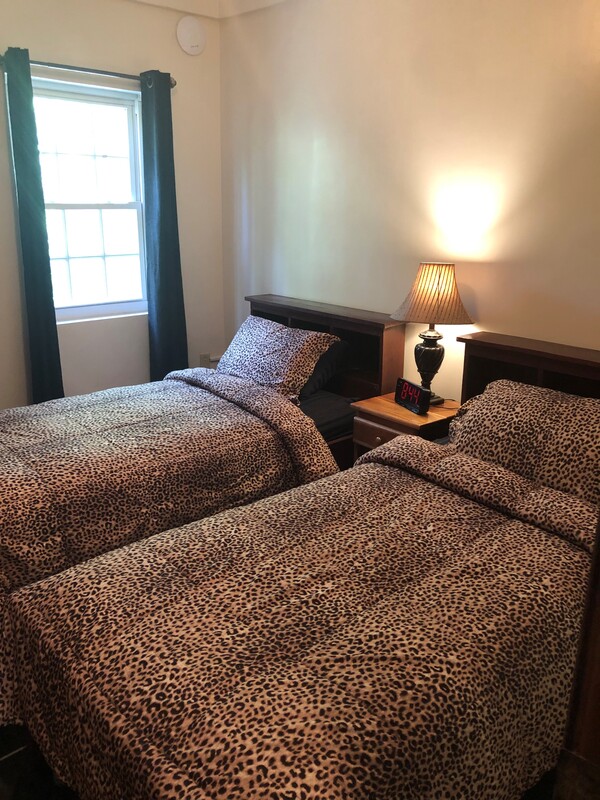
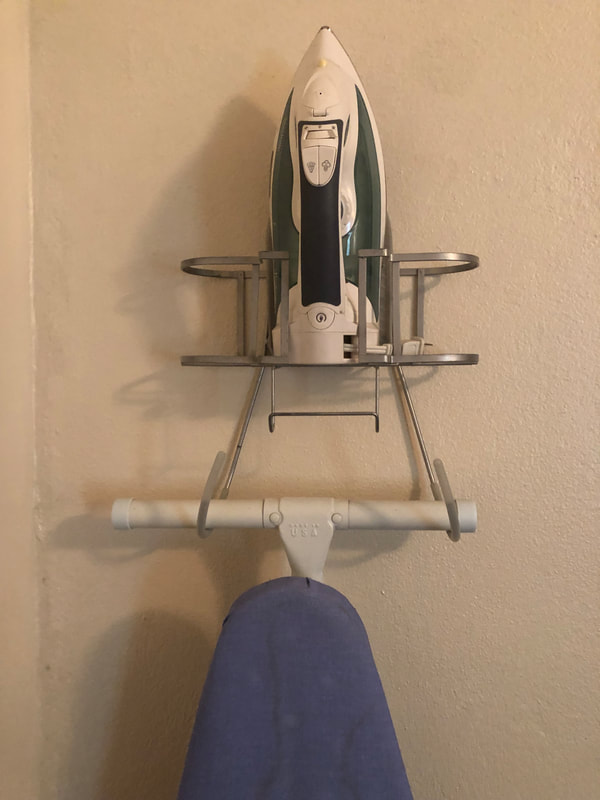
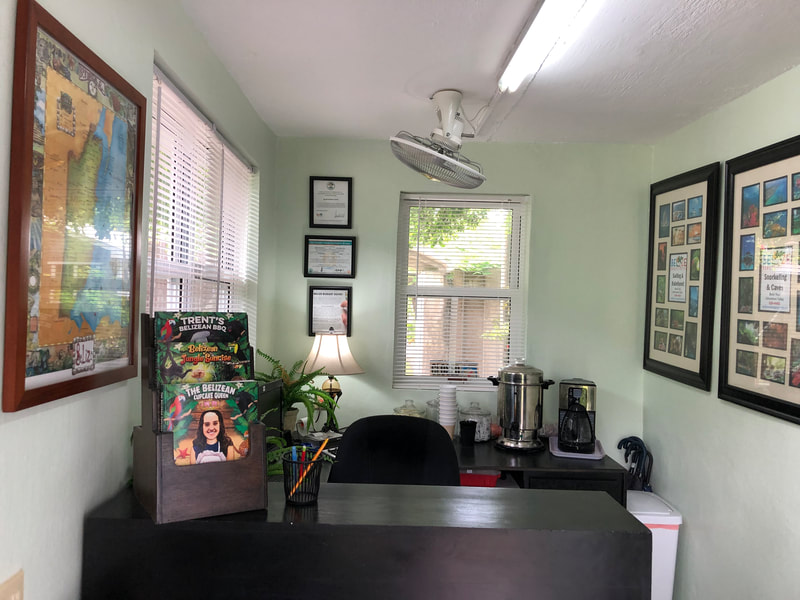
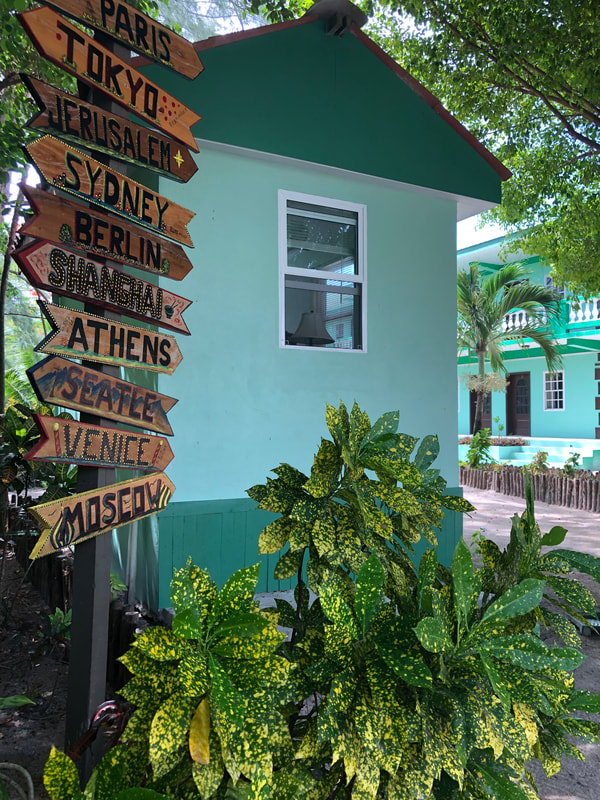
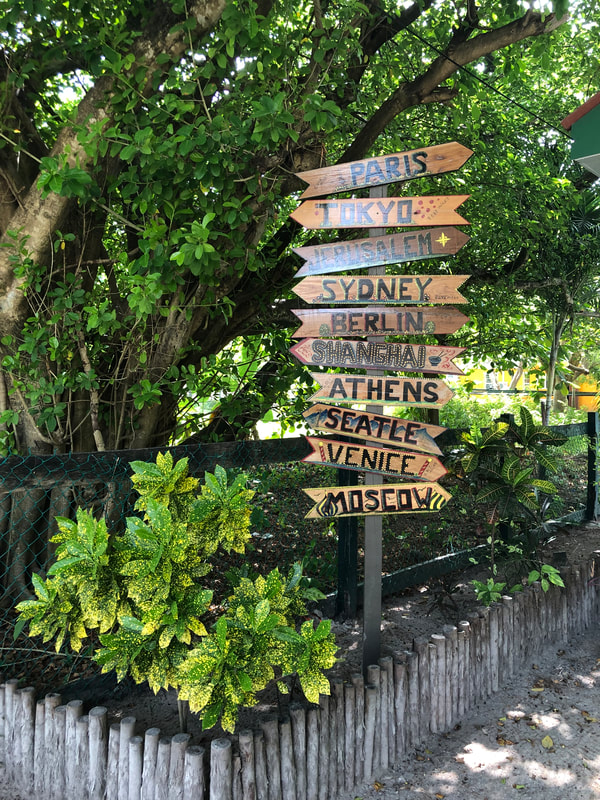
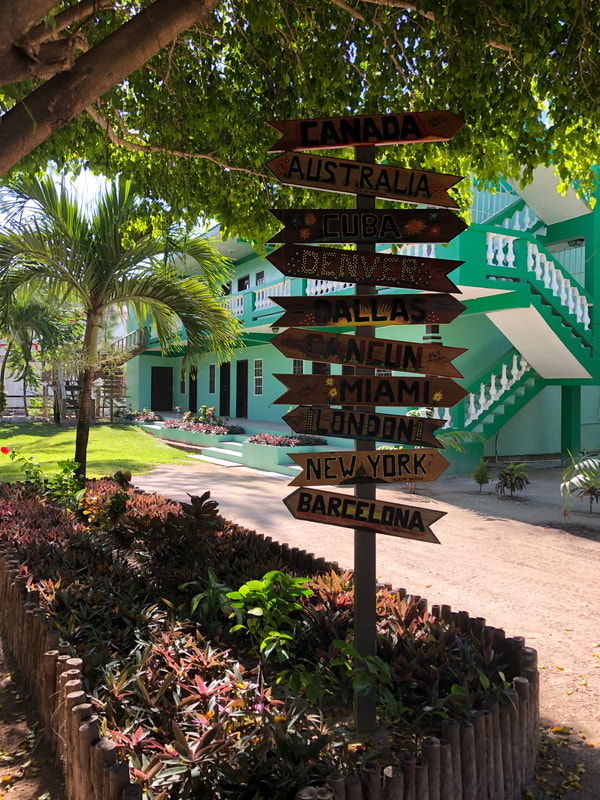
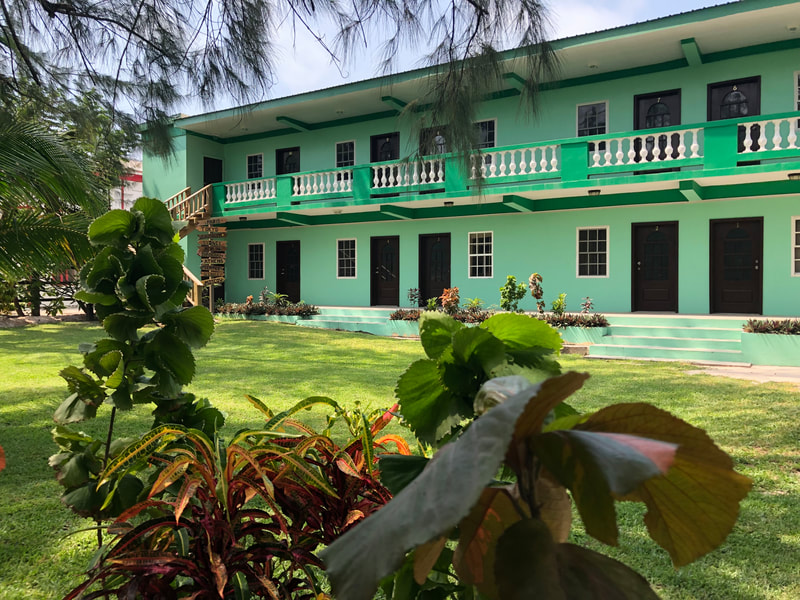
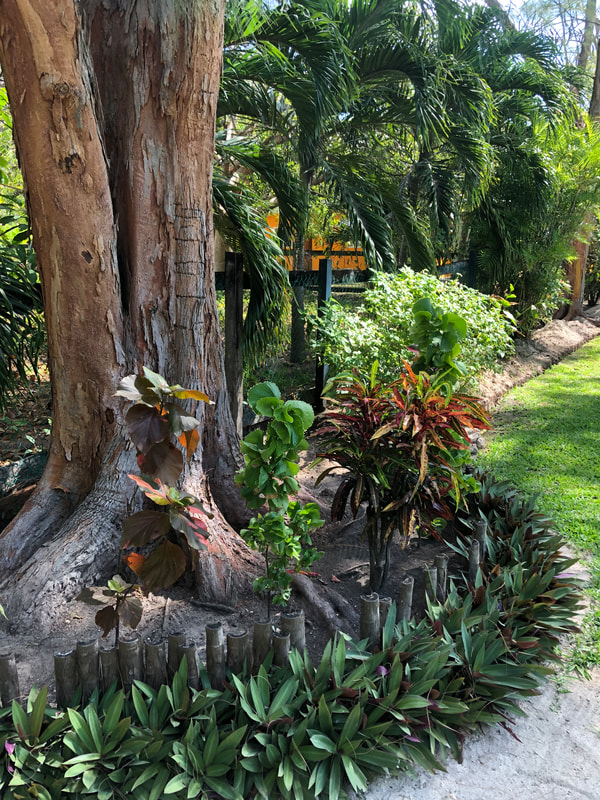
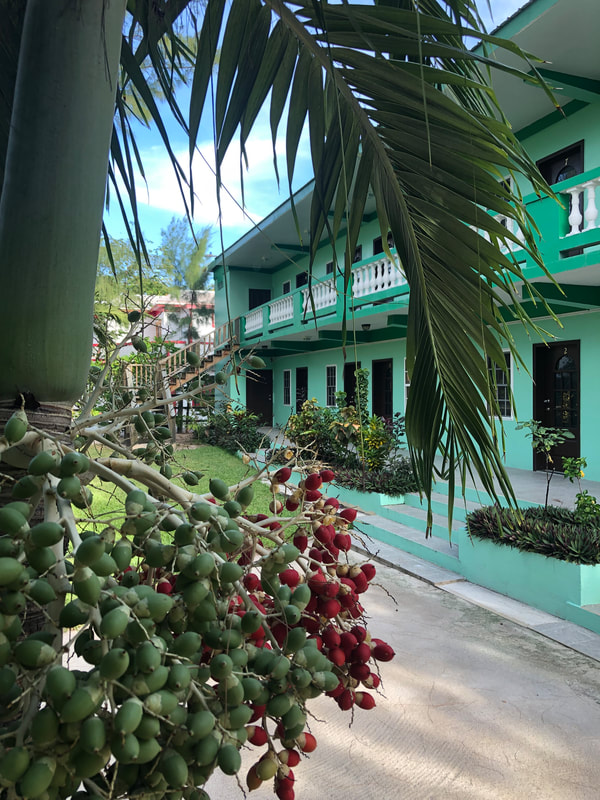
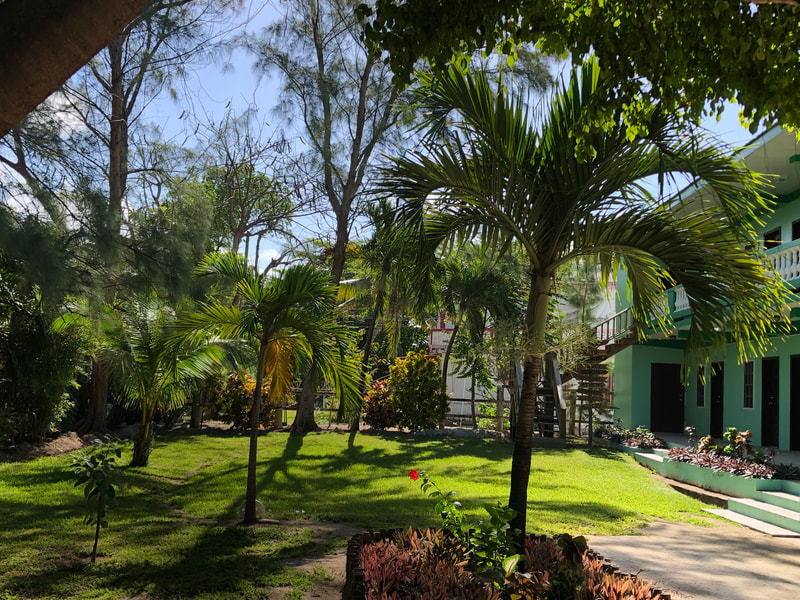
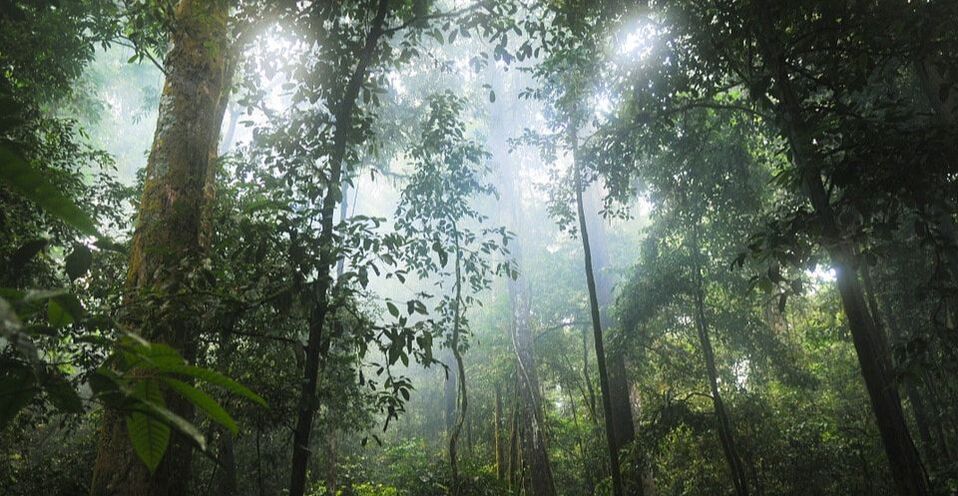
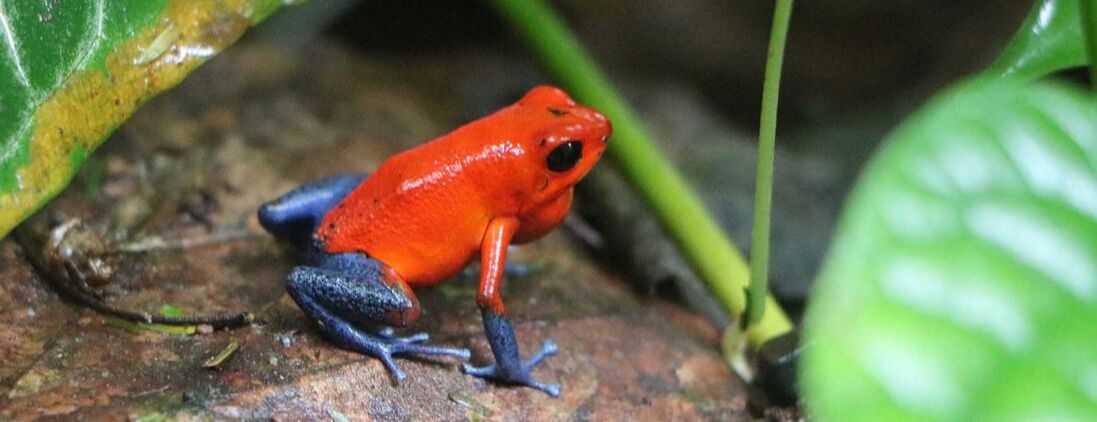
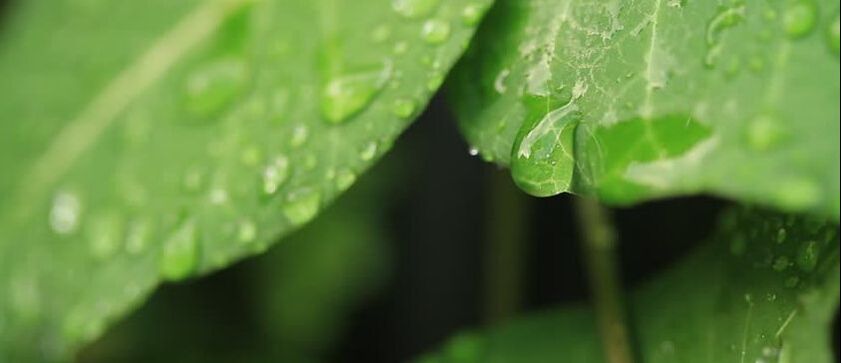
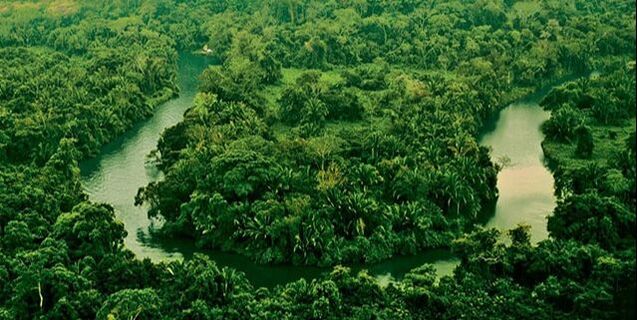
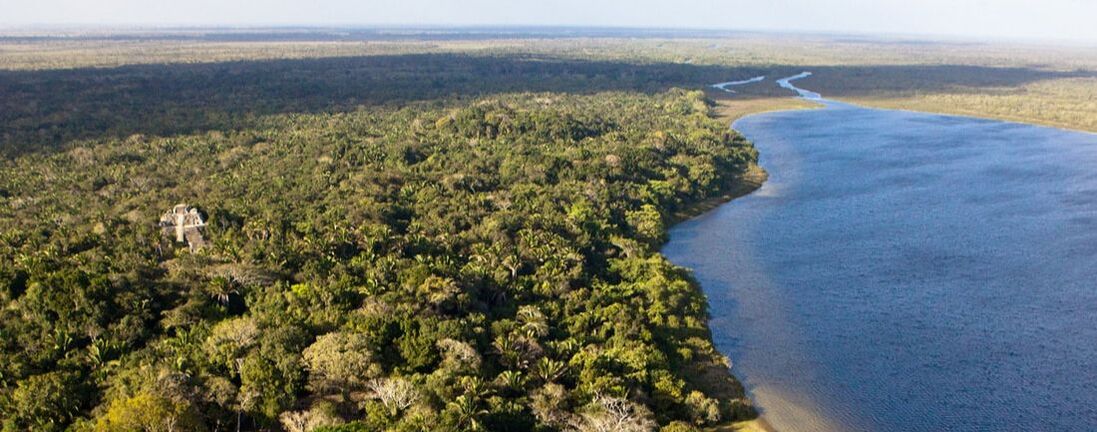
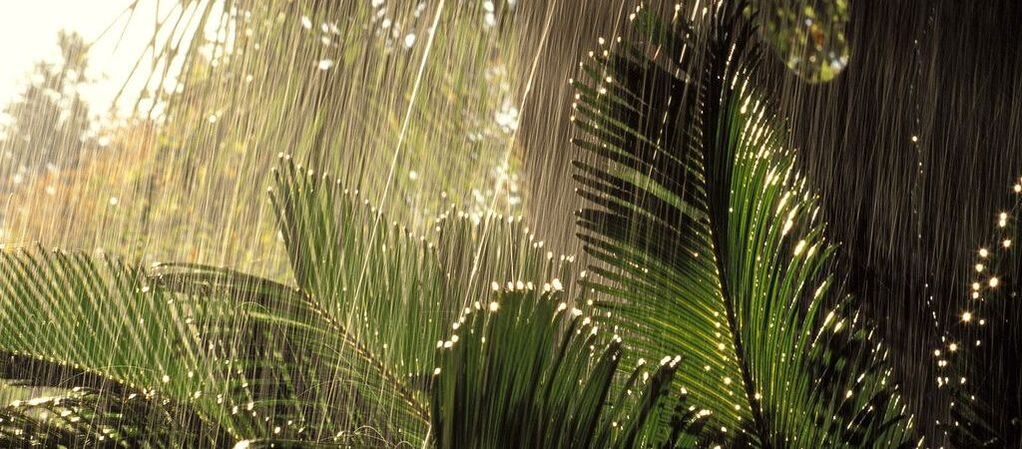
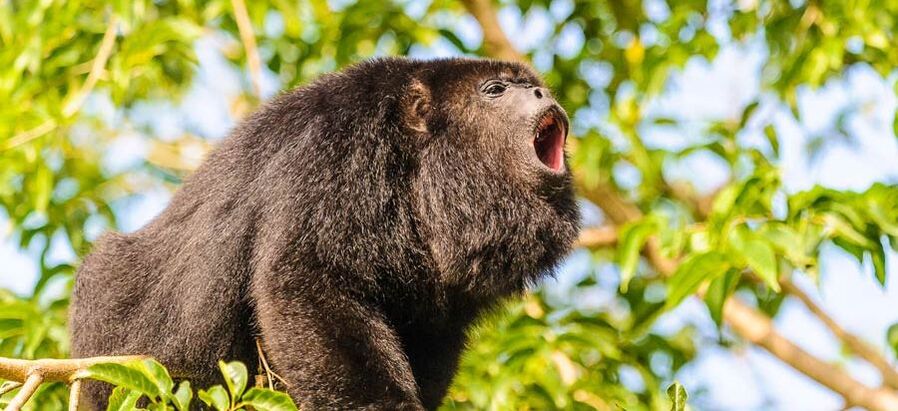
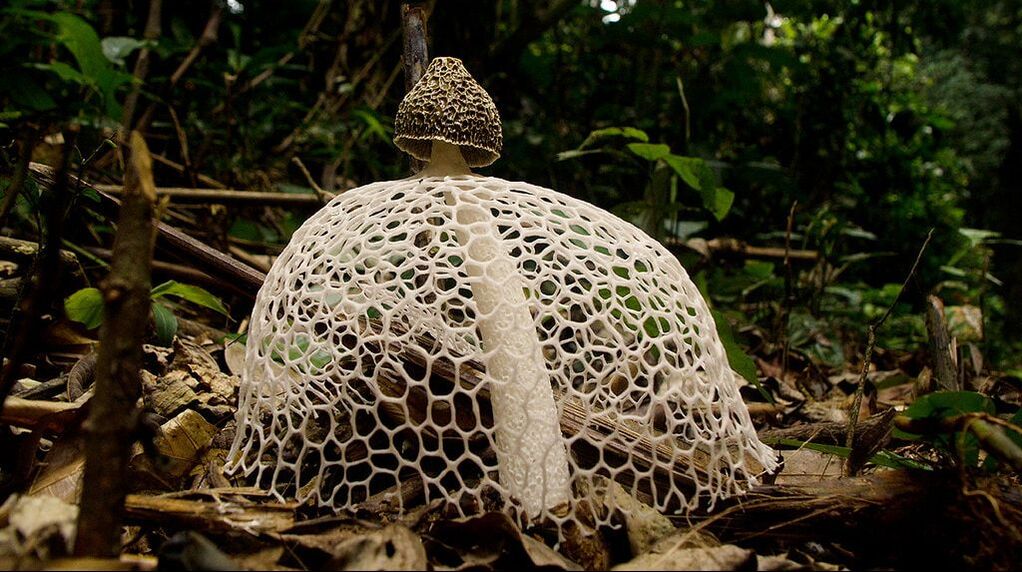
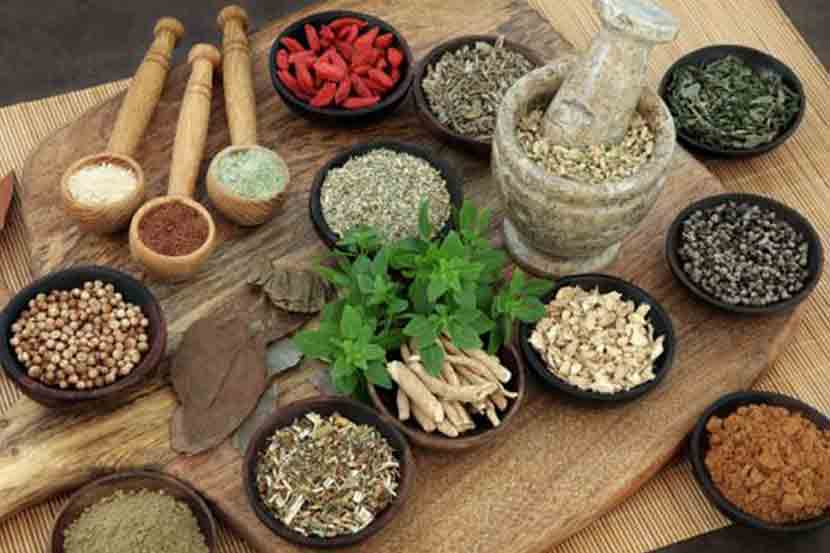
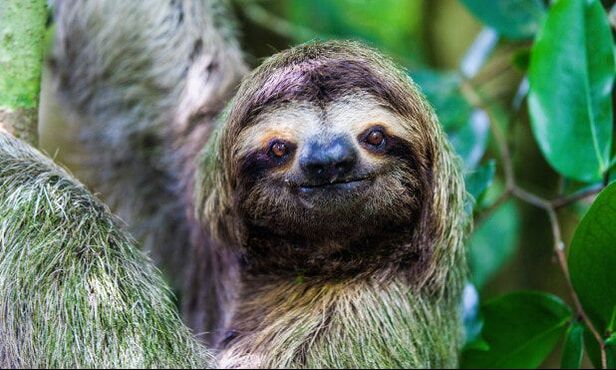
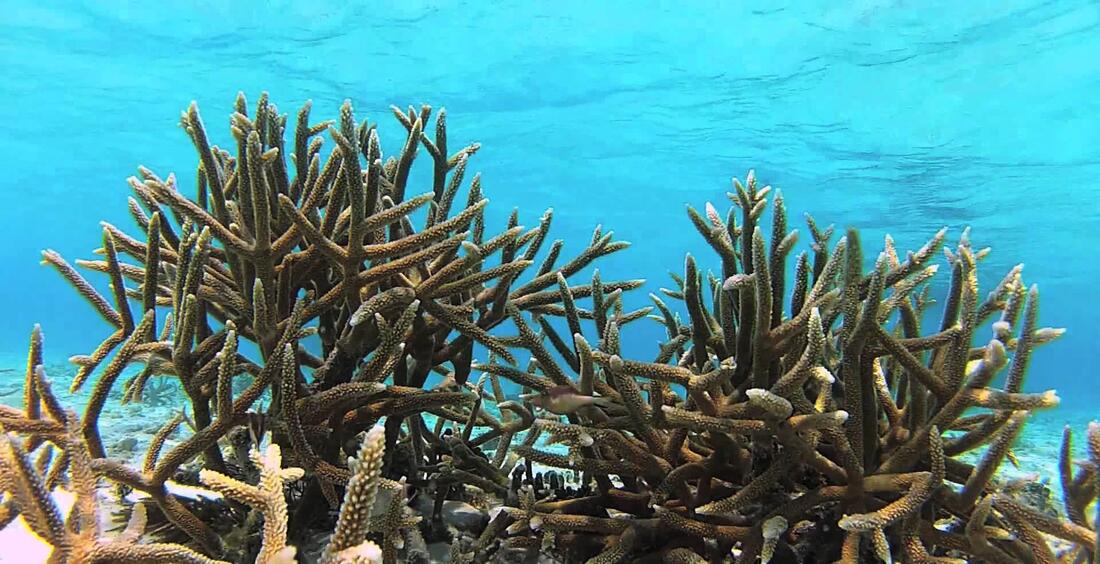
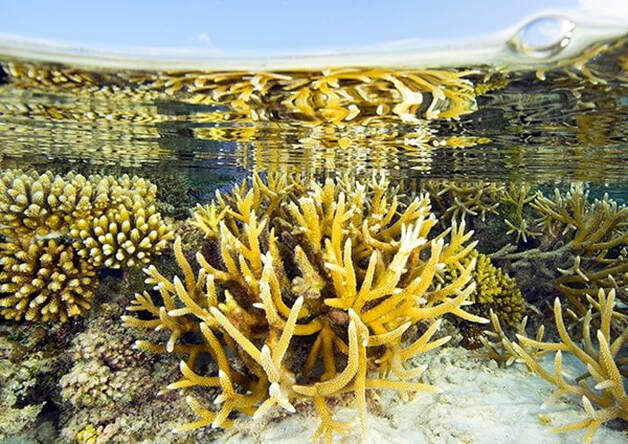
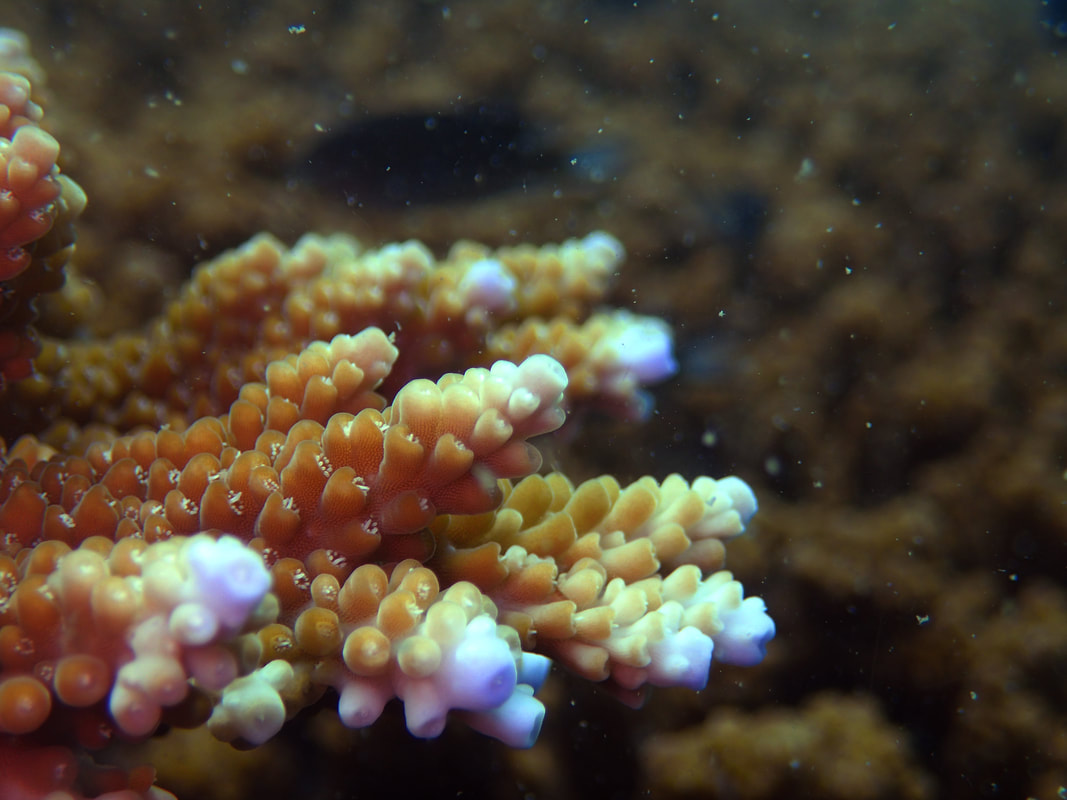
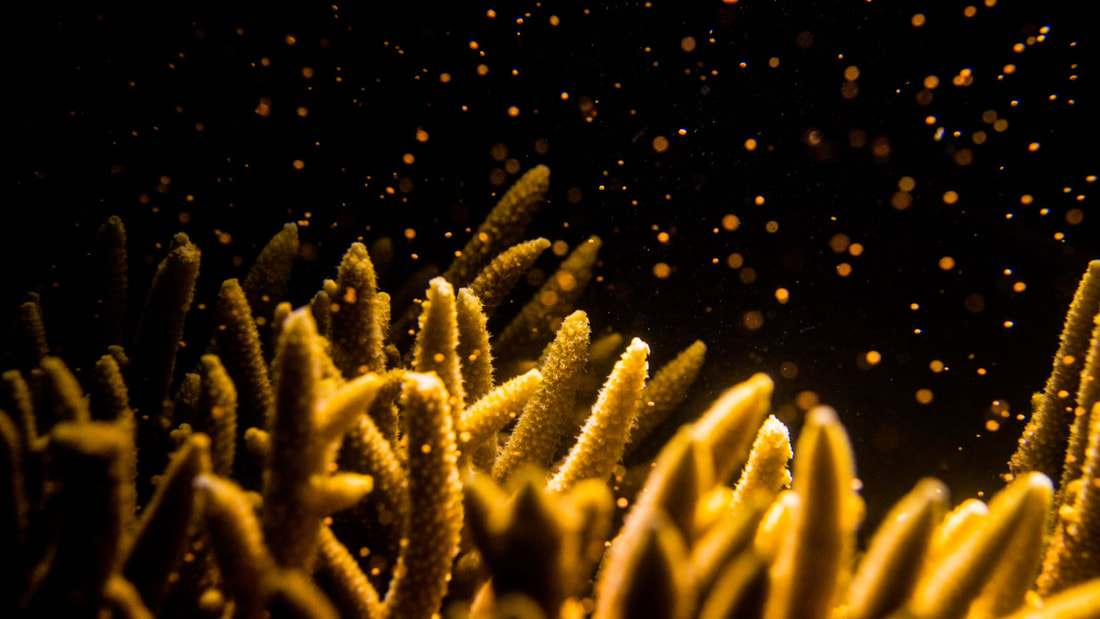
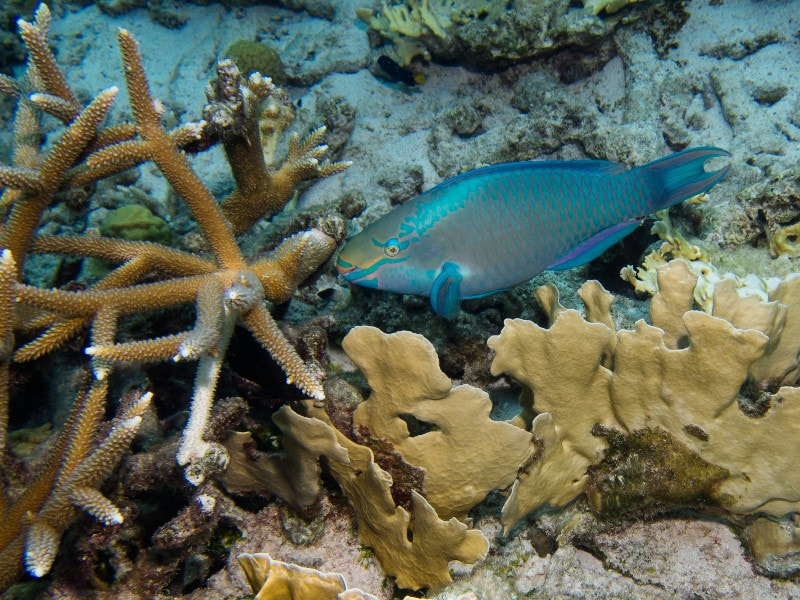

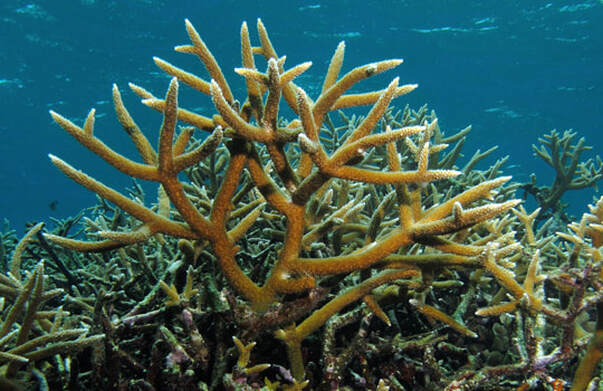
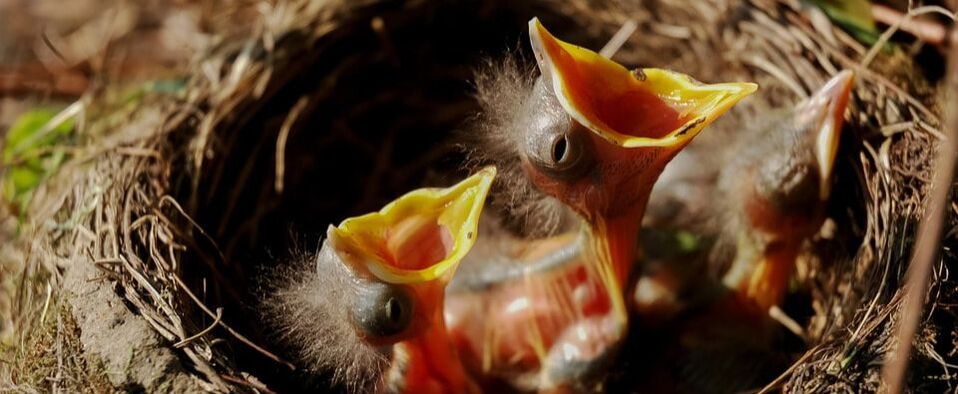


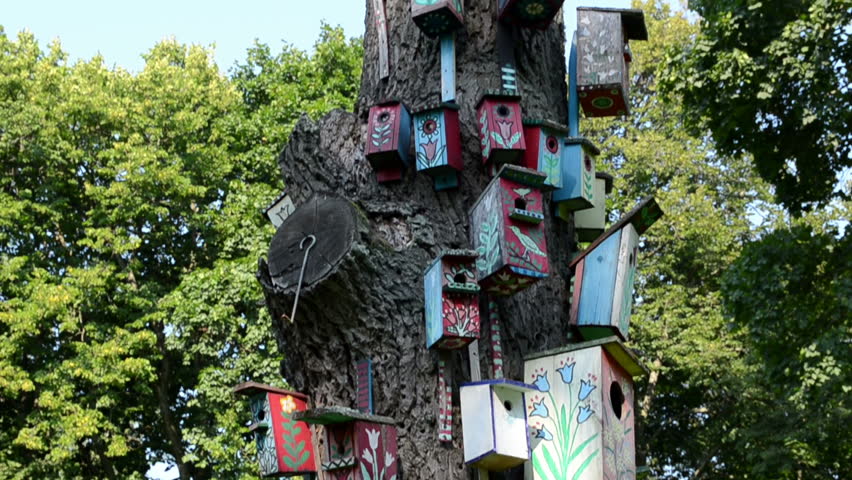
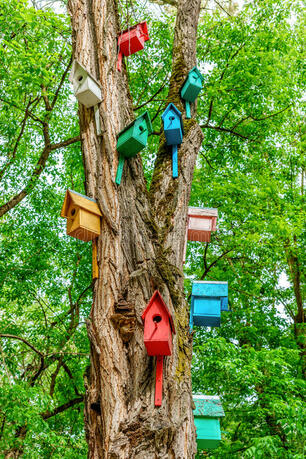
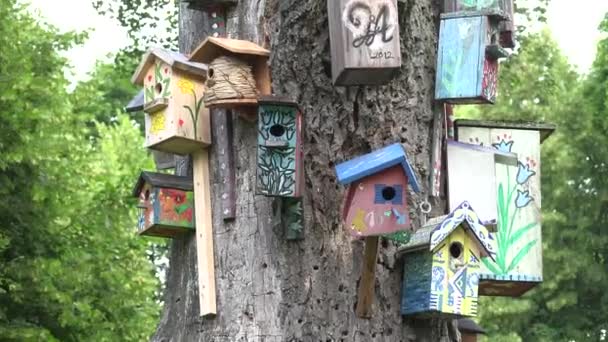
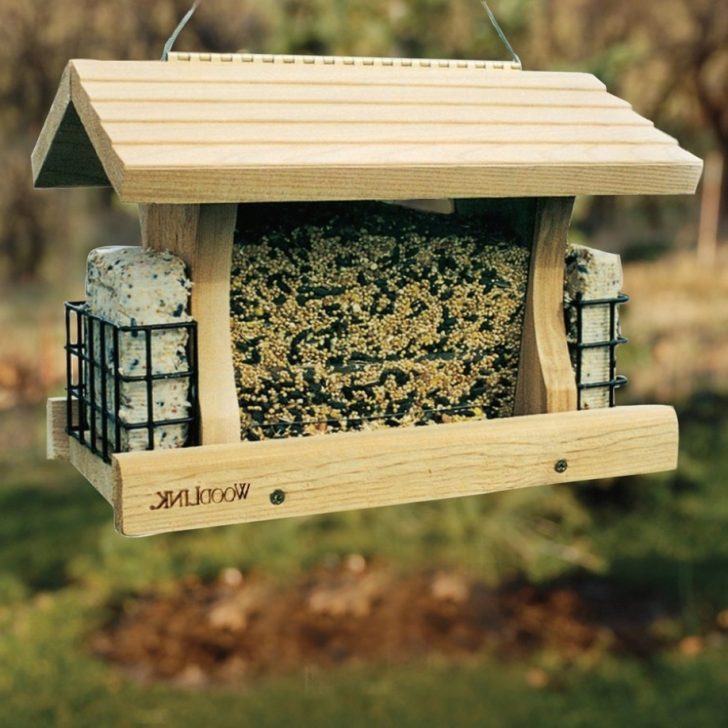
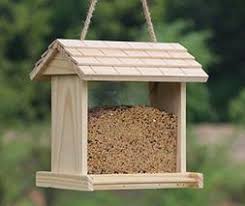

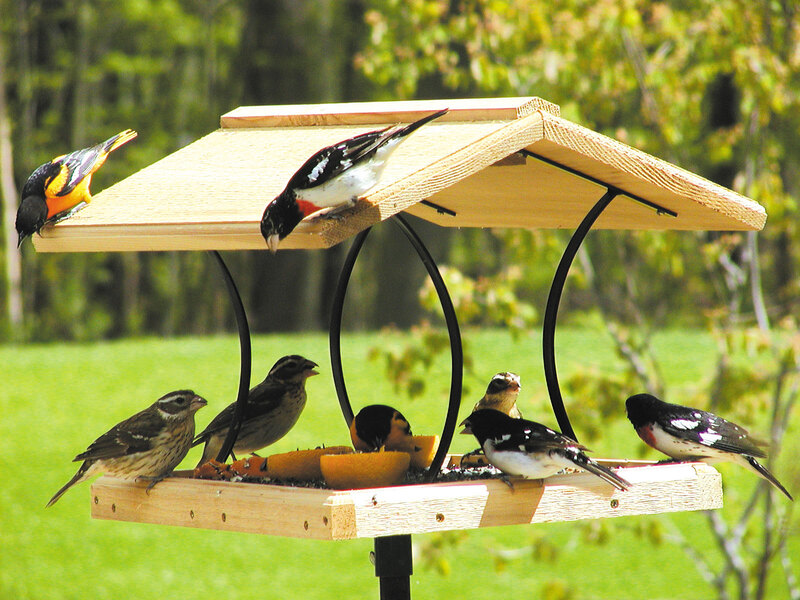
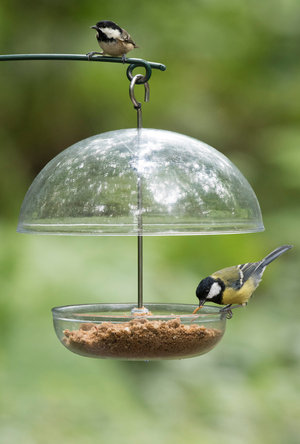
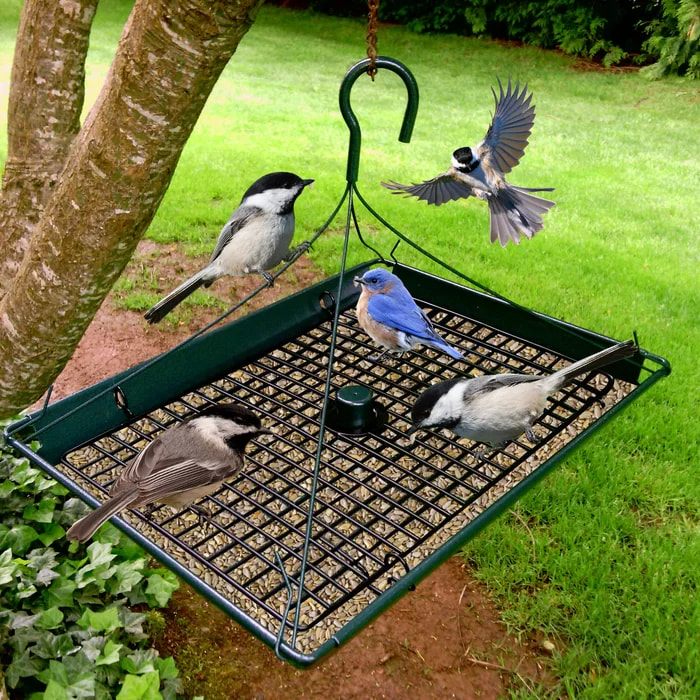
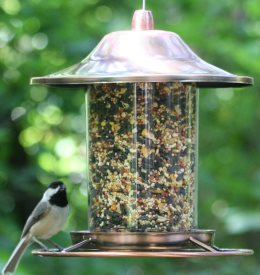
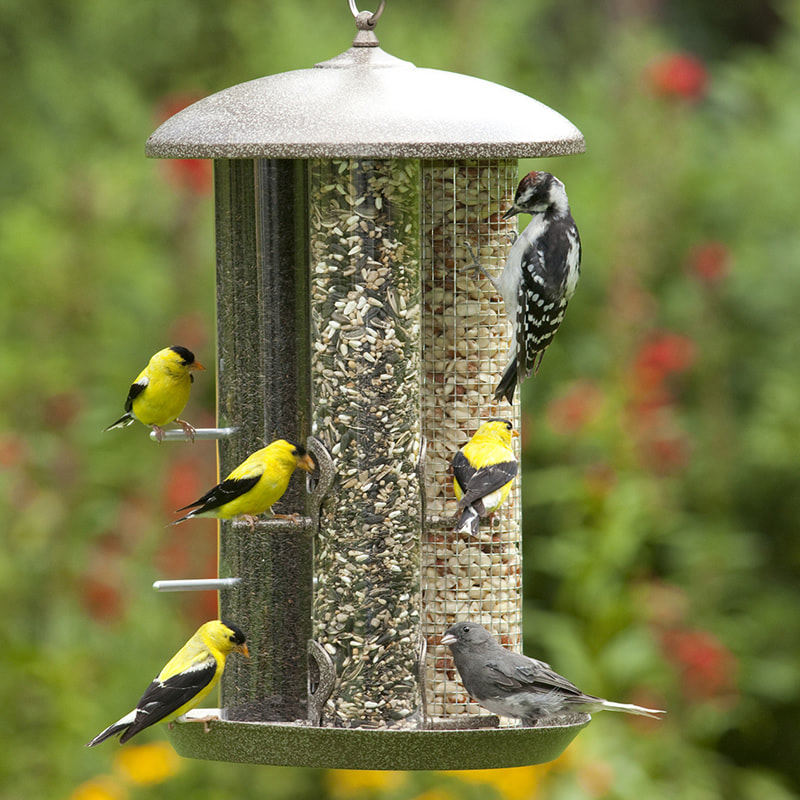
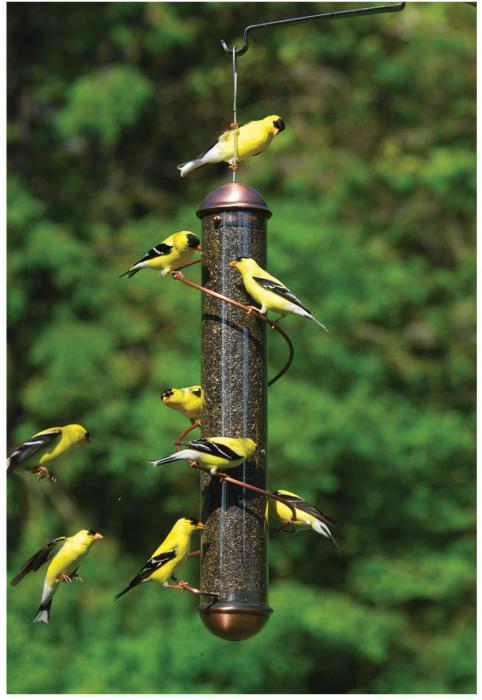
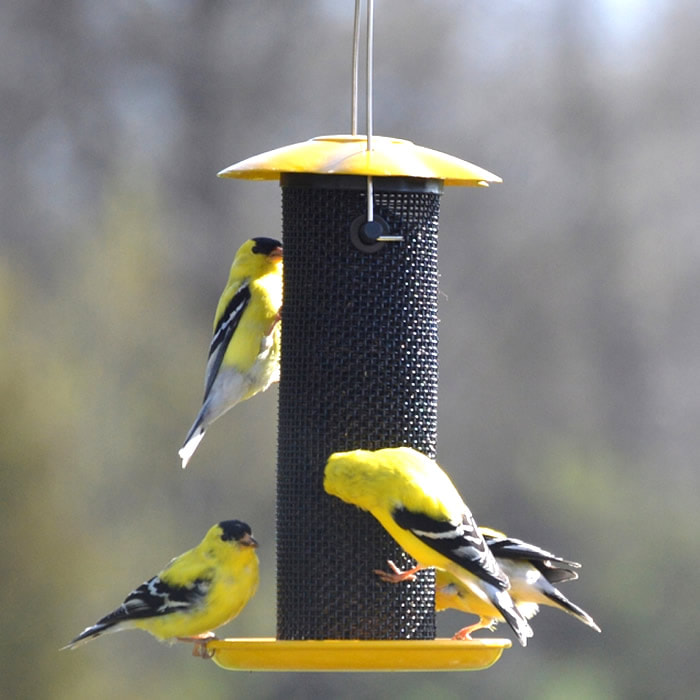
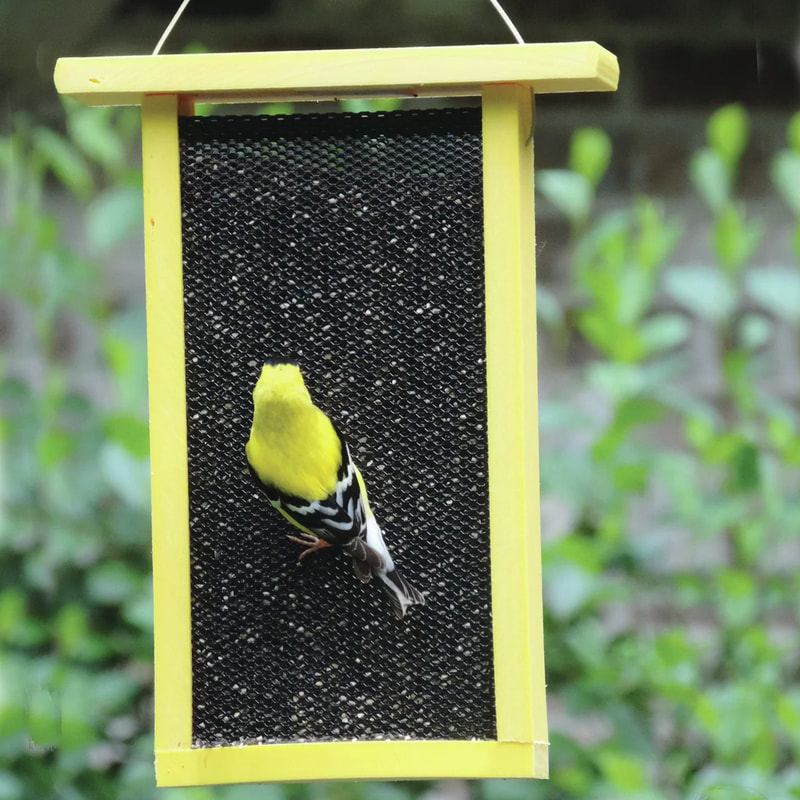
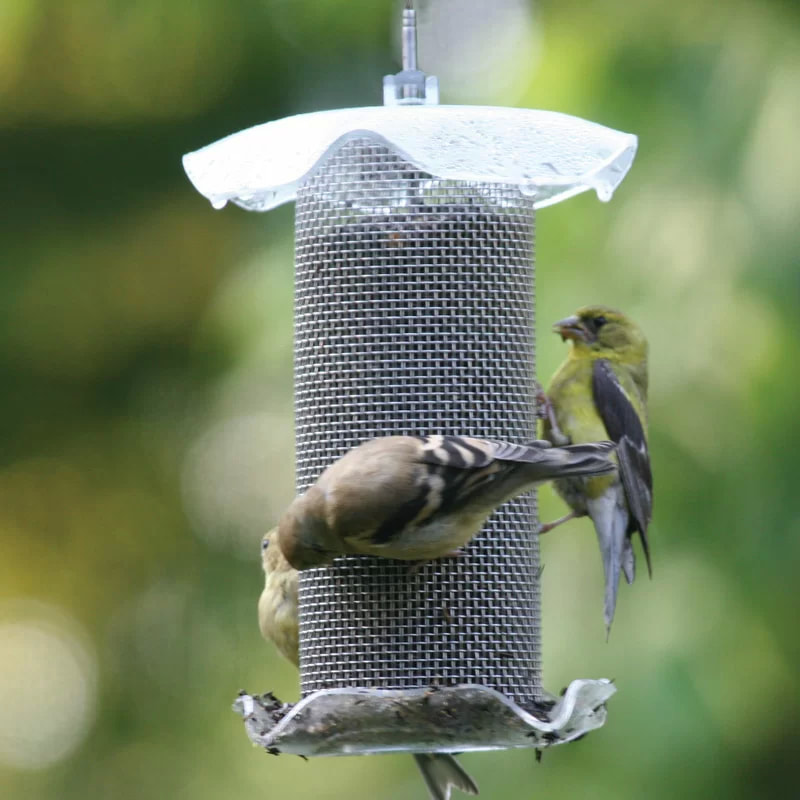
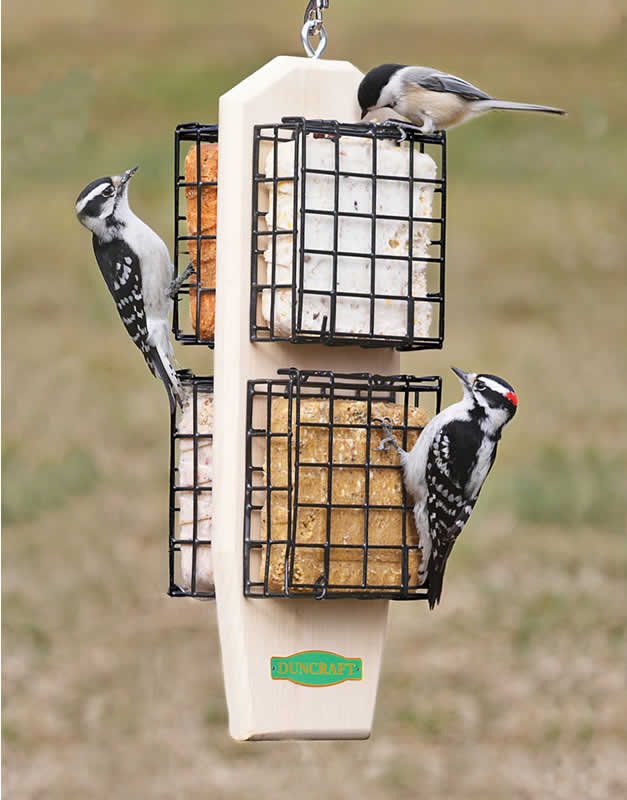
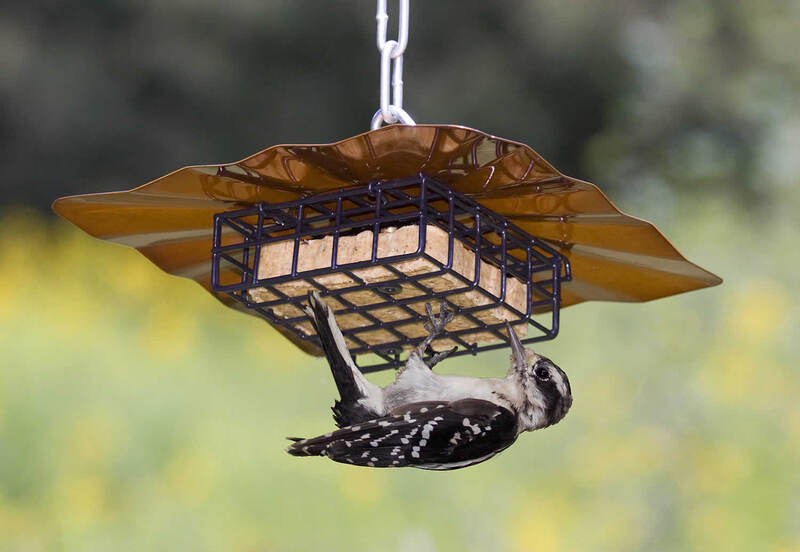
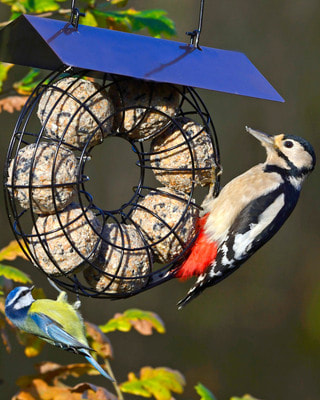
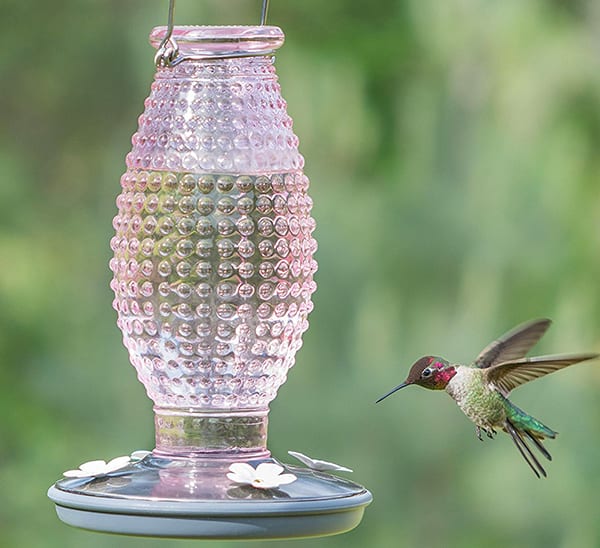
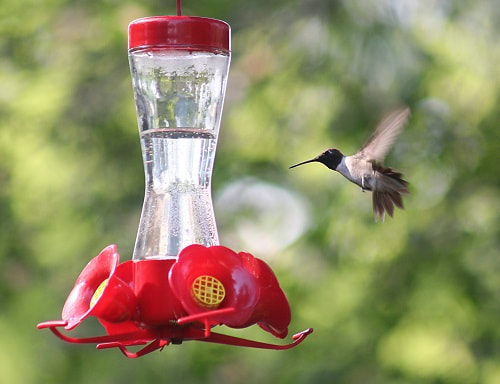
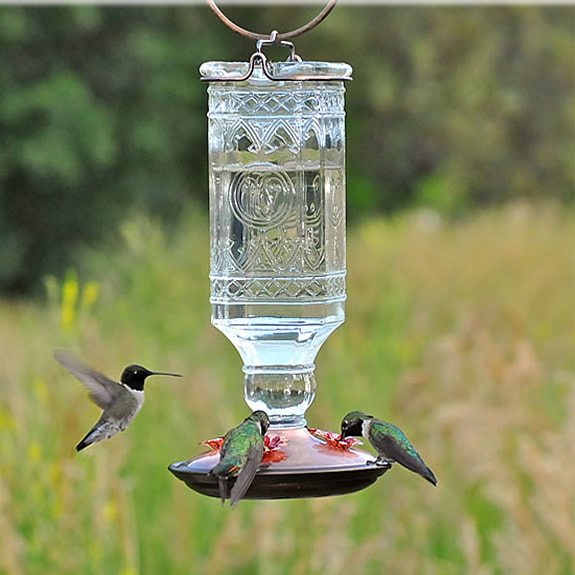
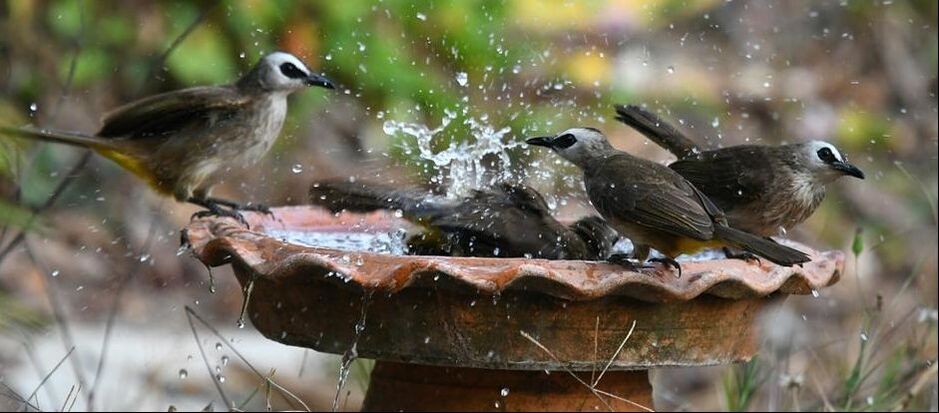
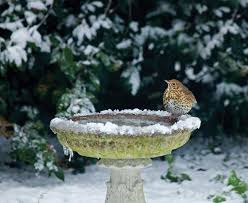
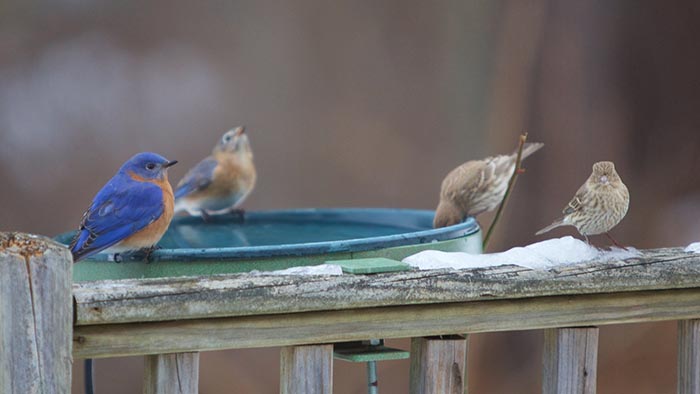
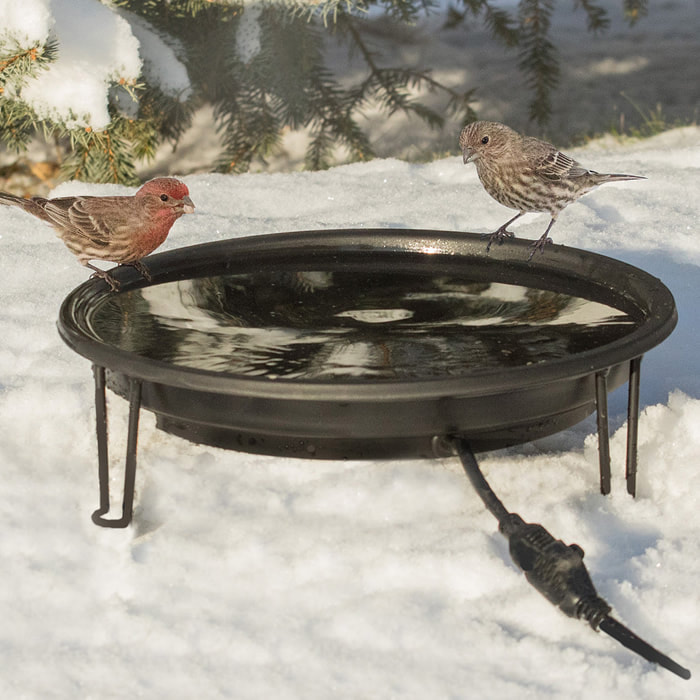
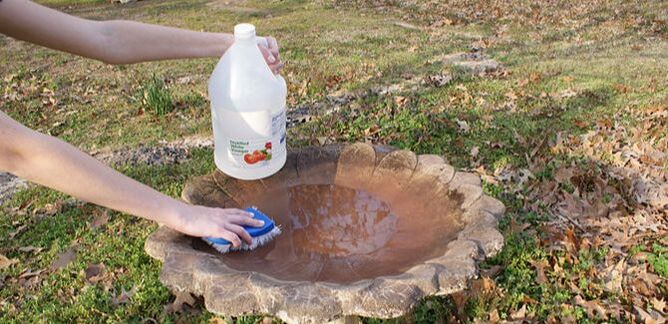

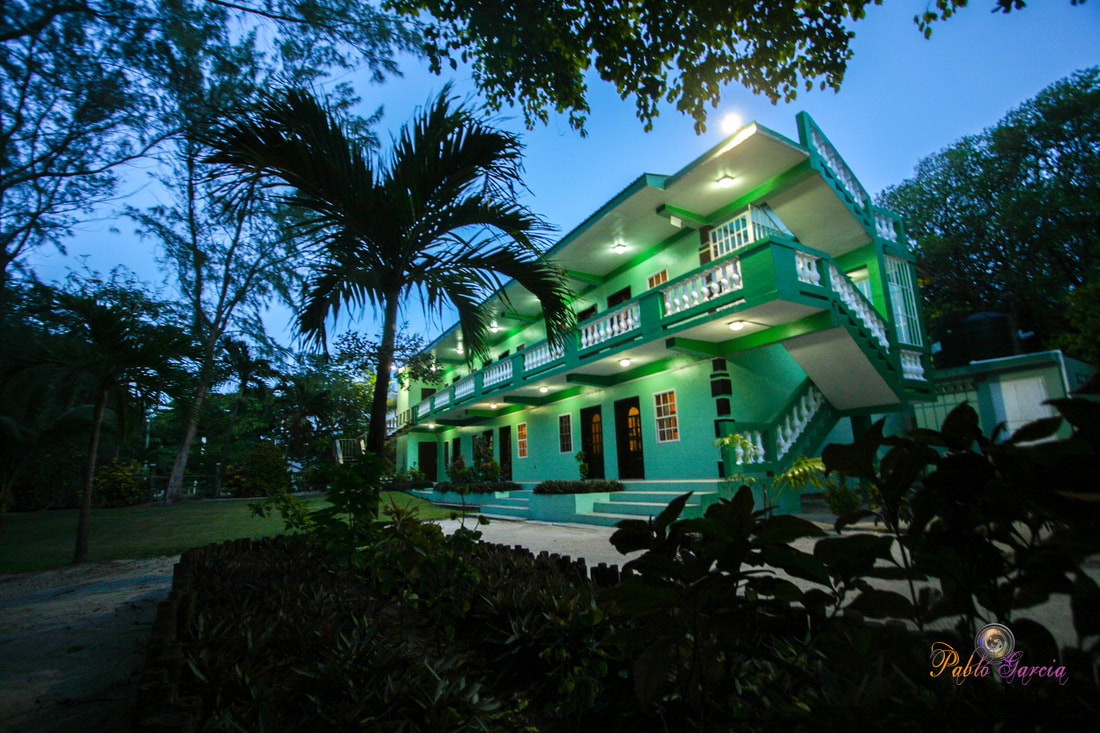
 RSS Feed
RSS Feed

